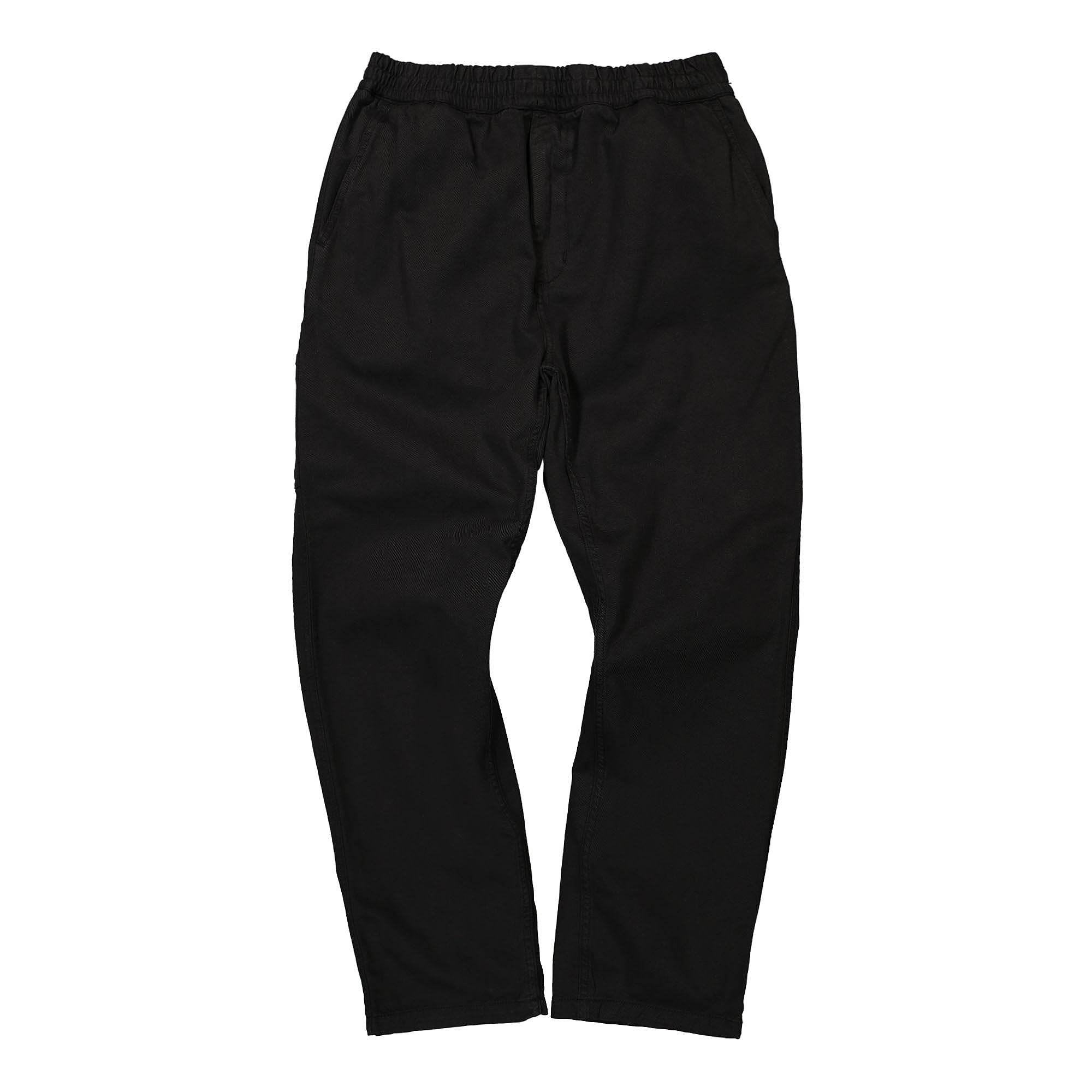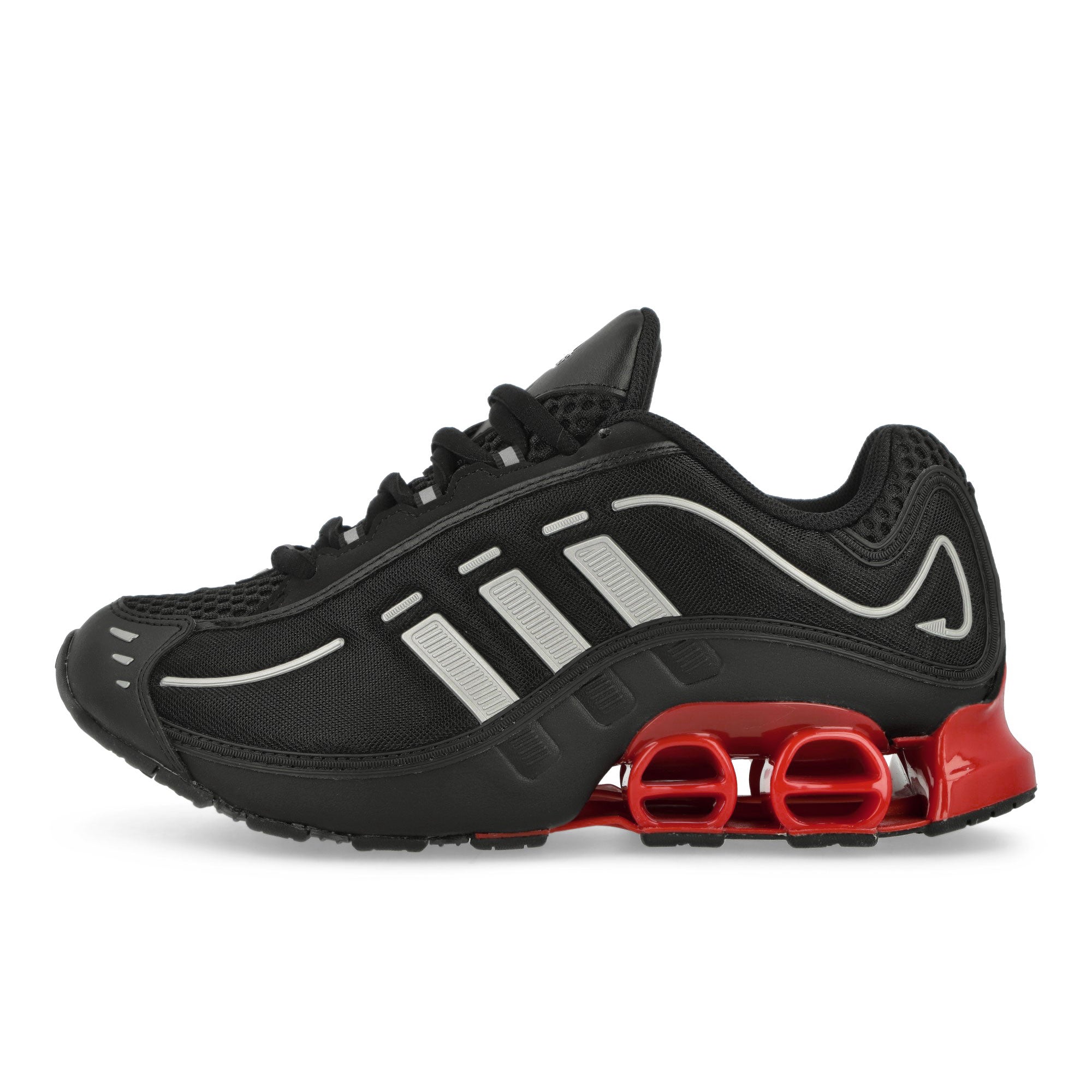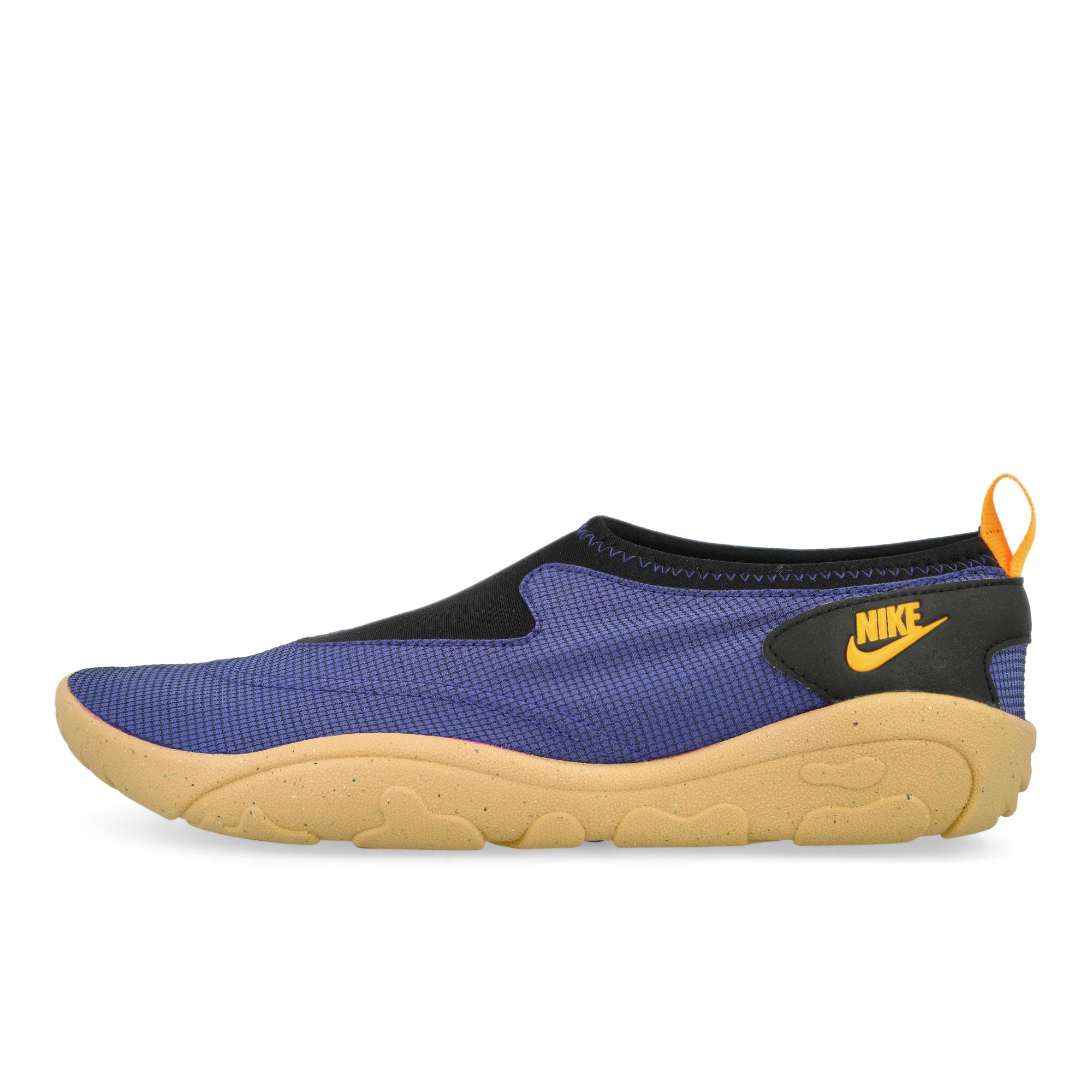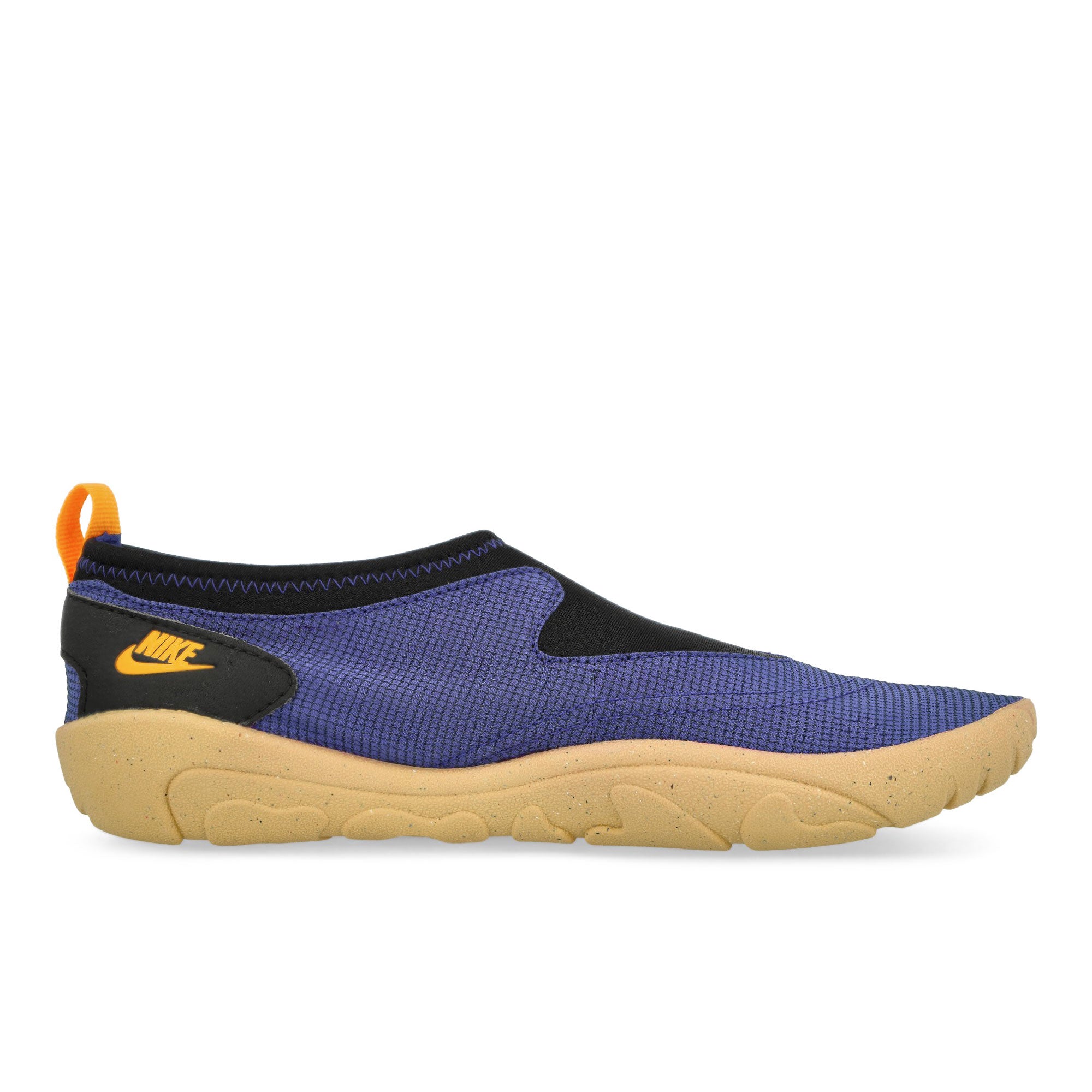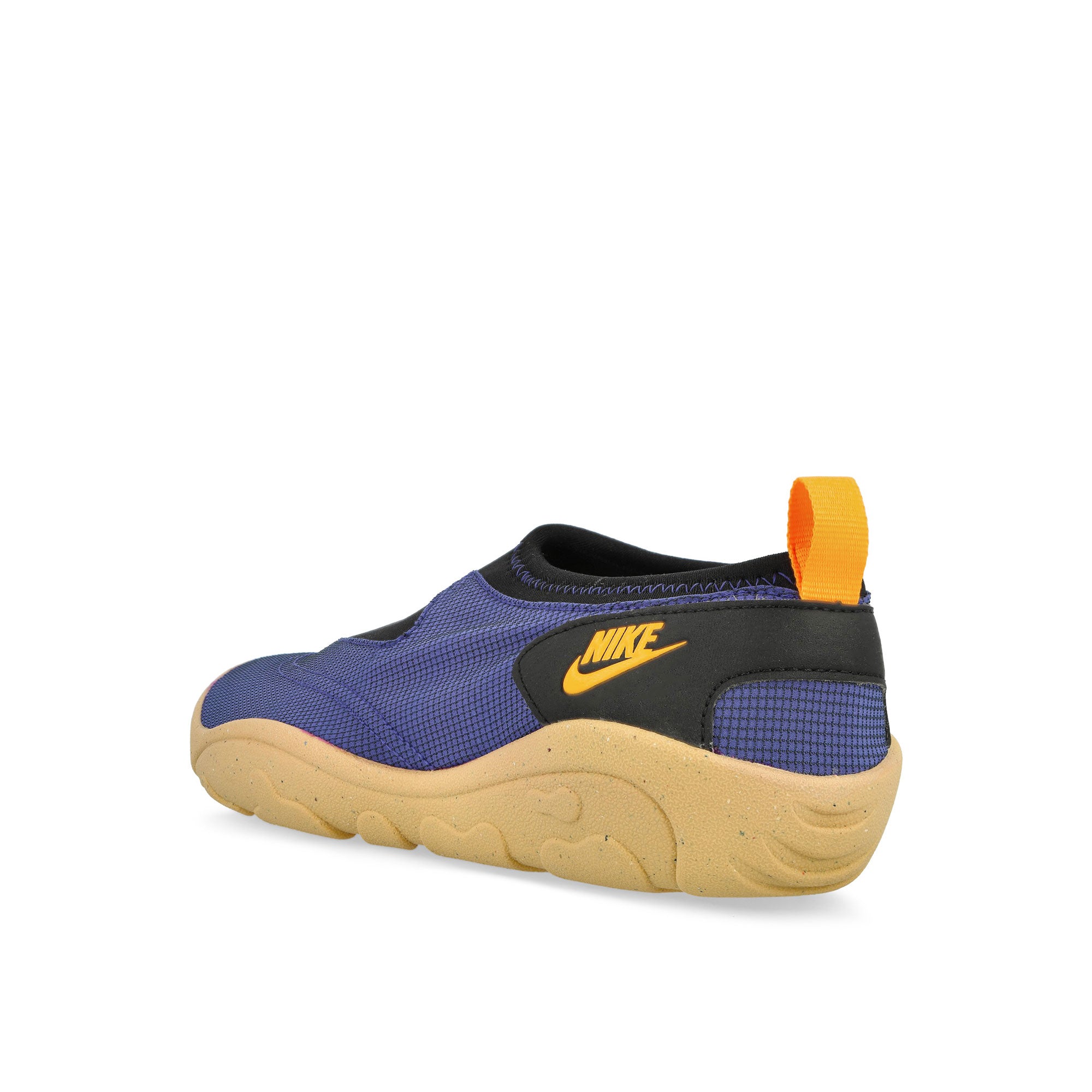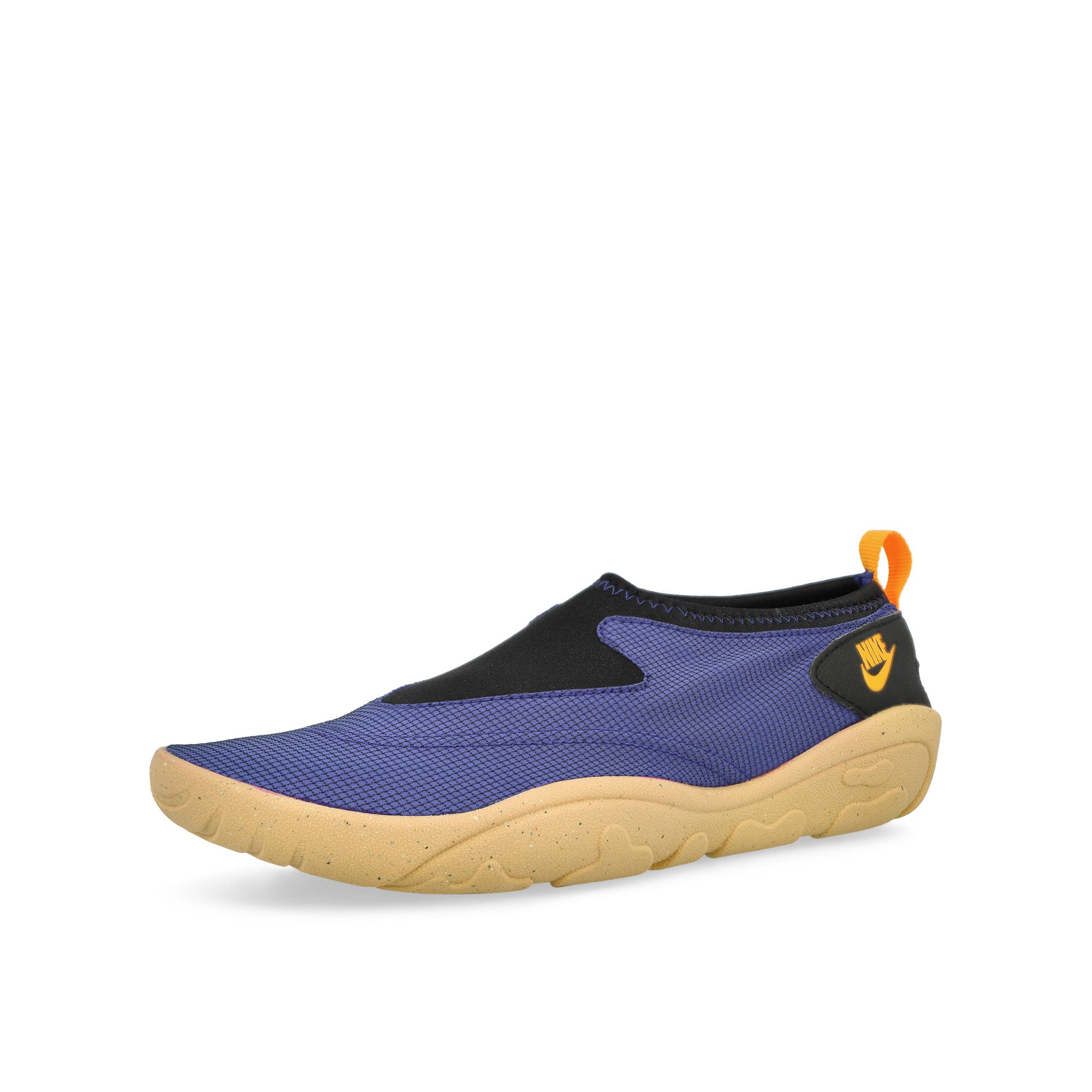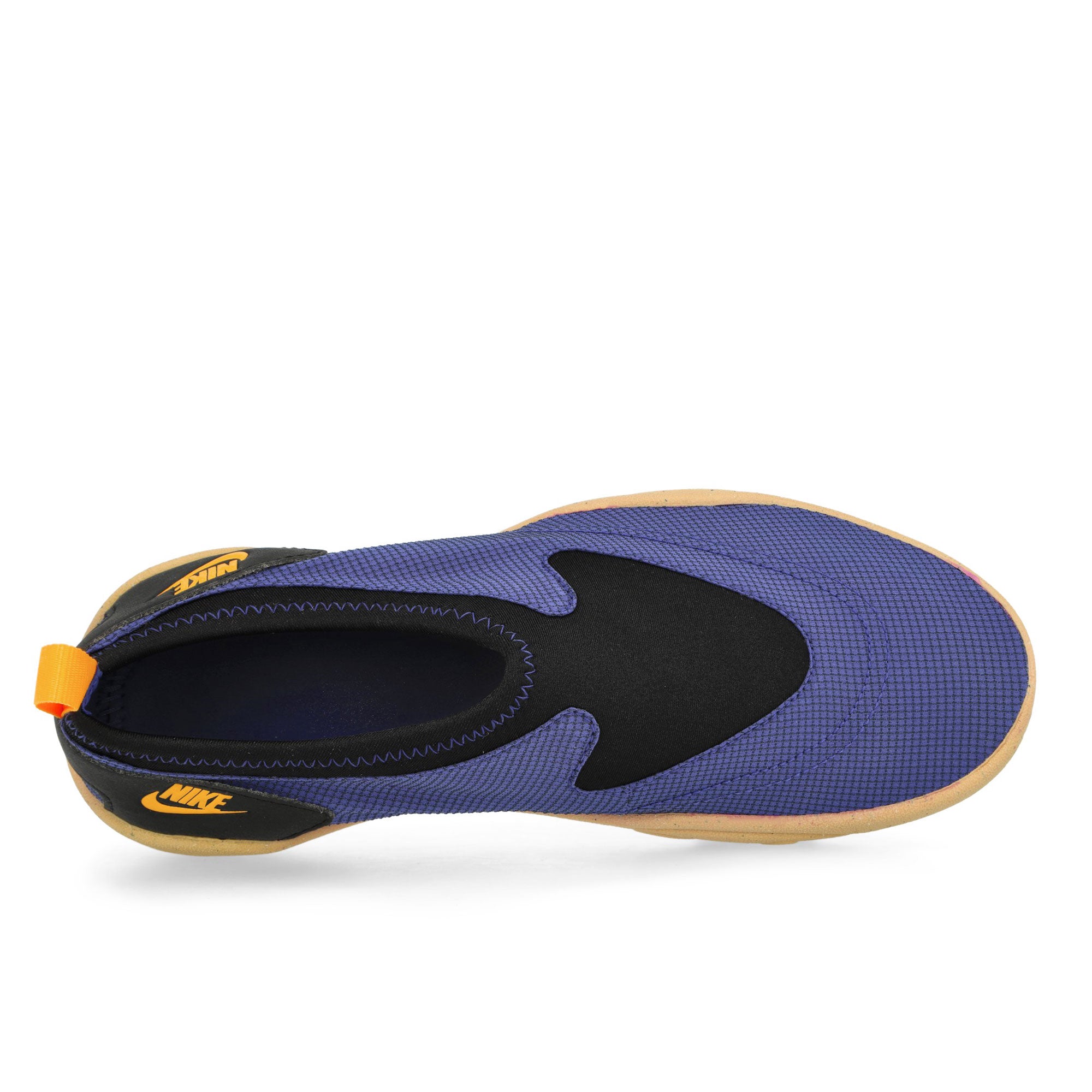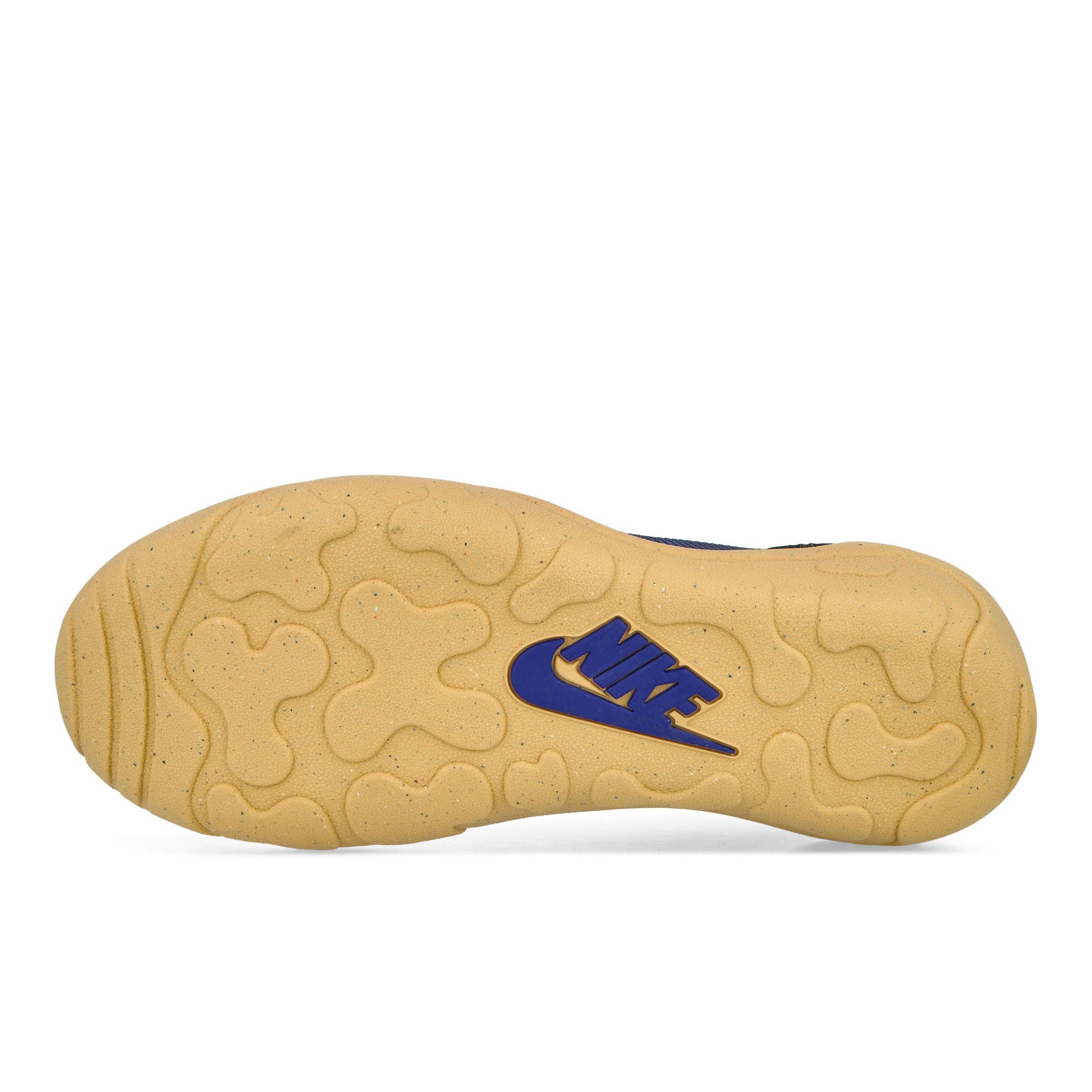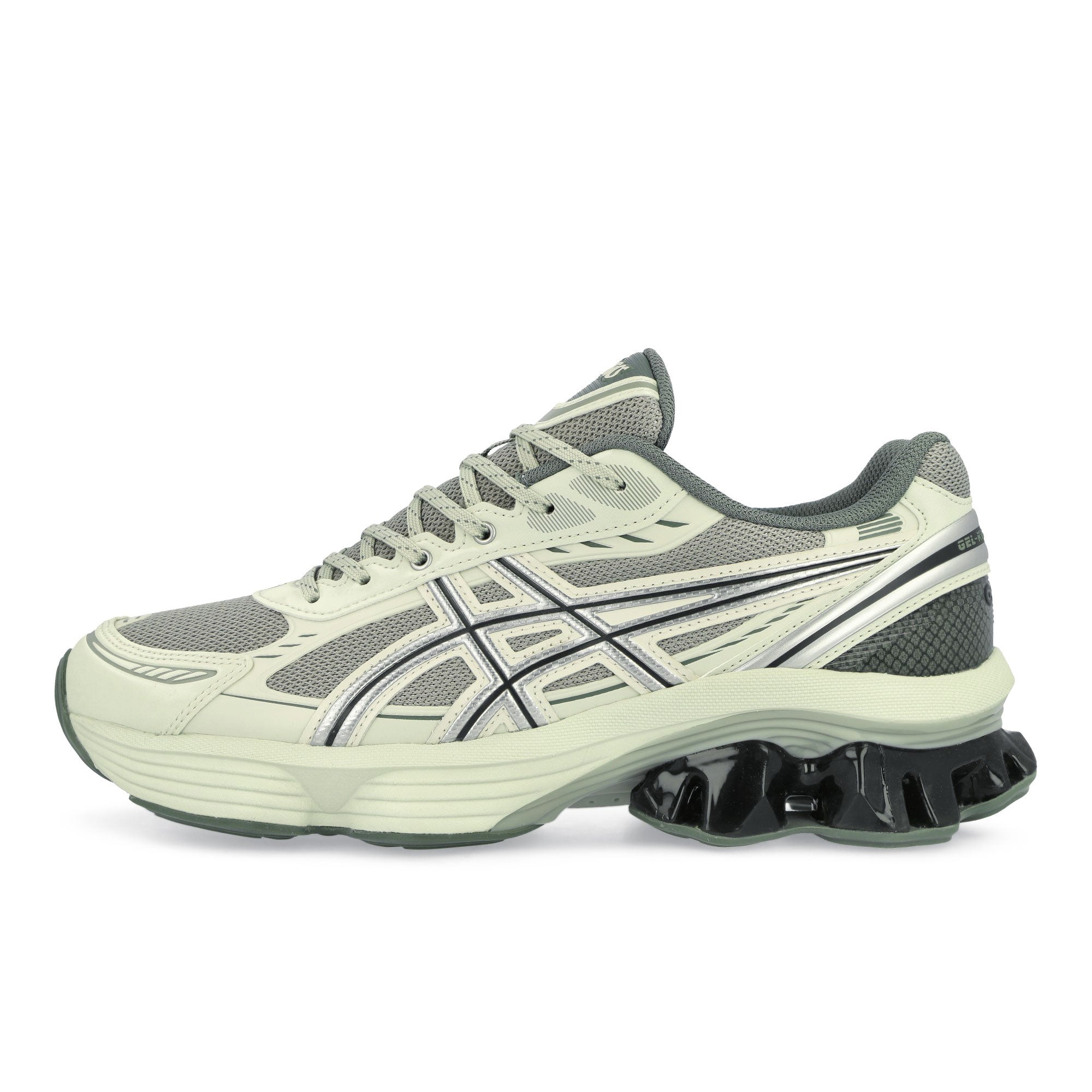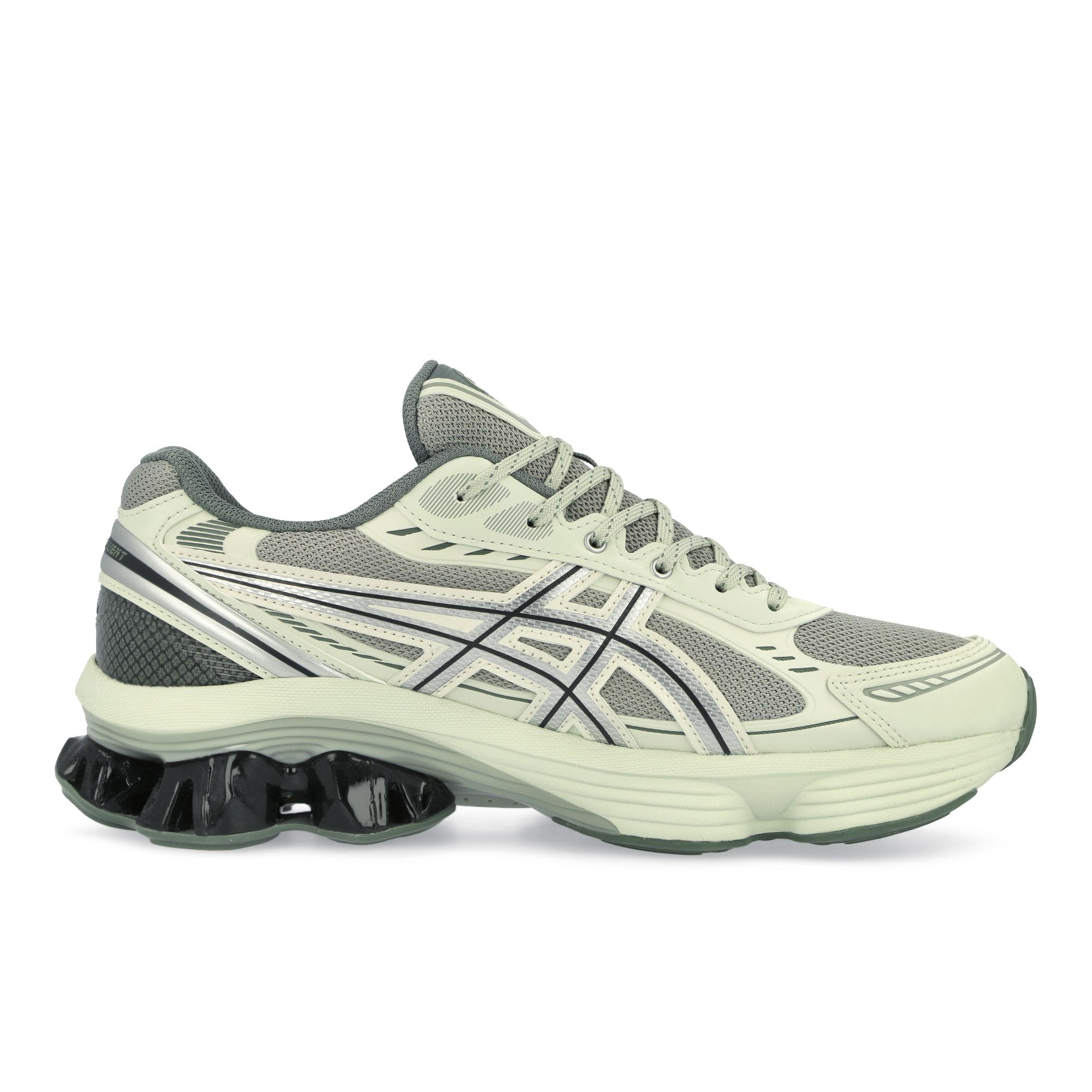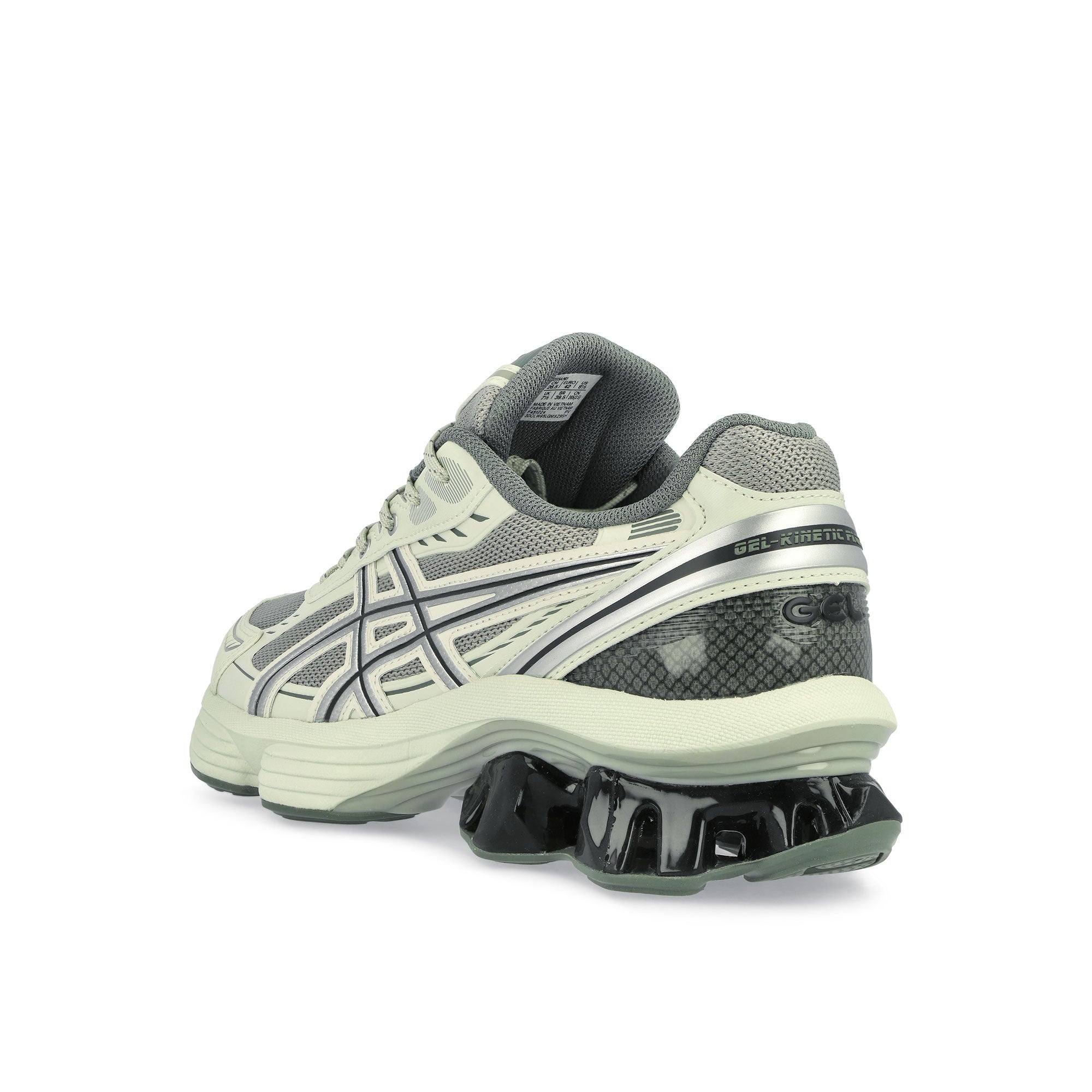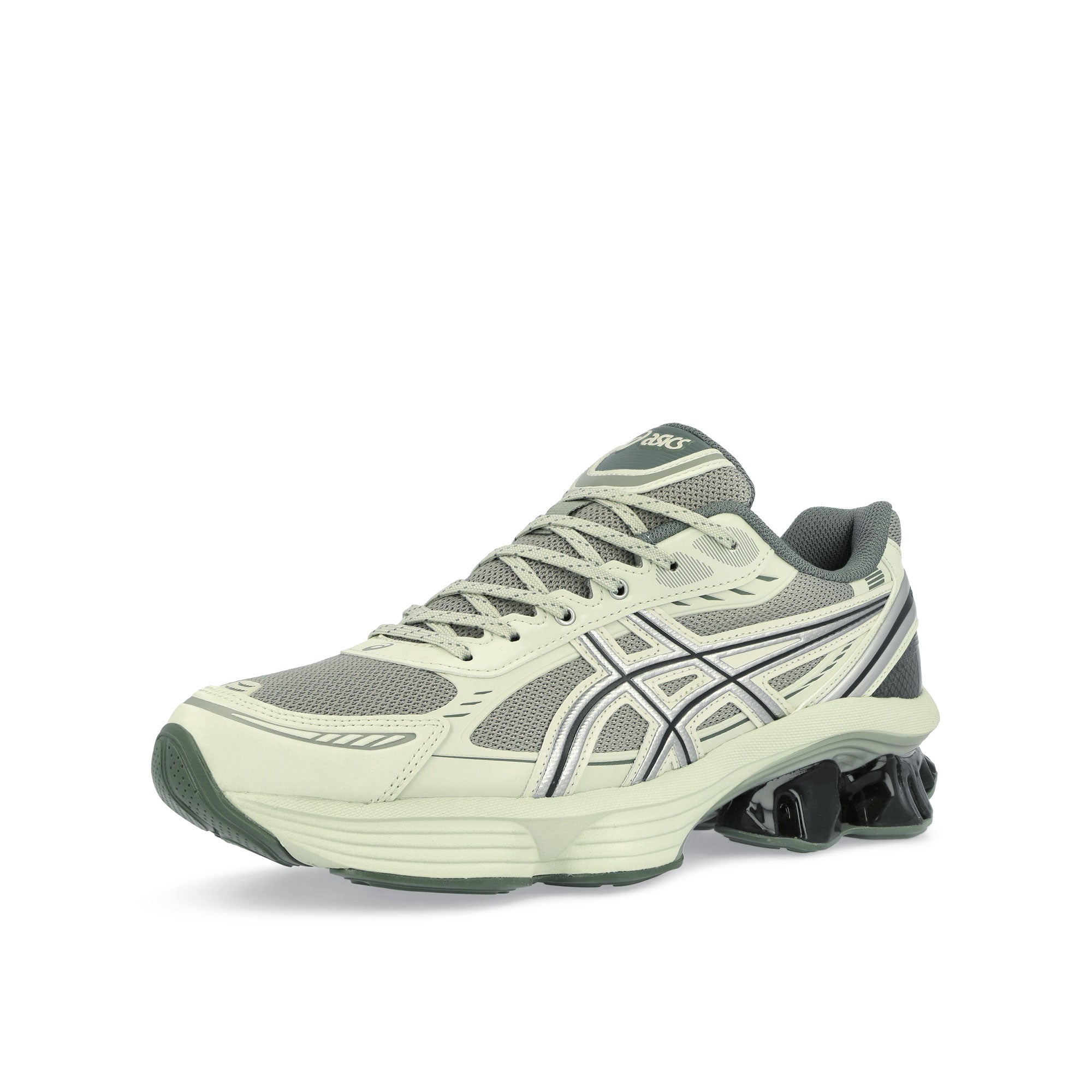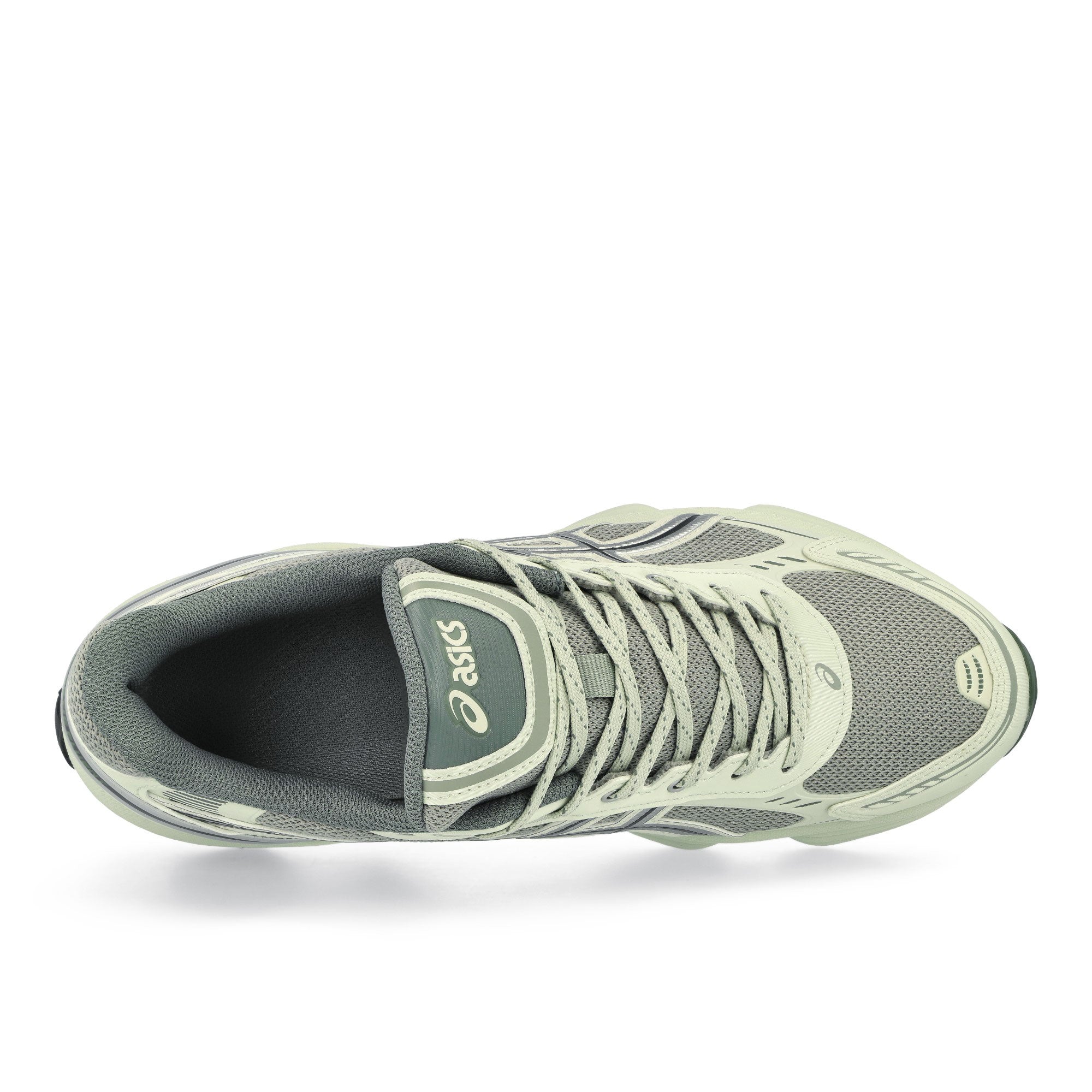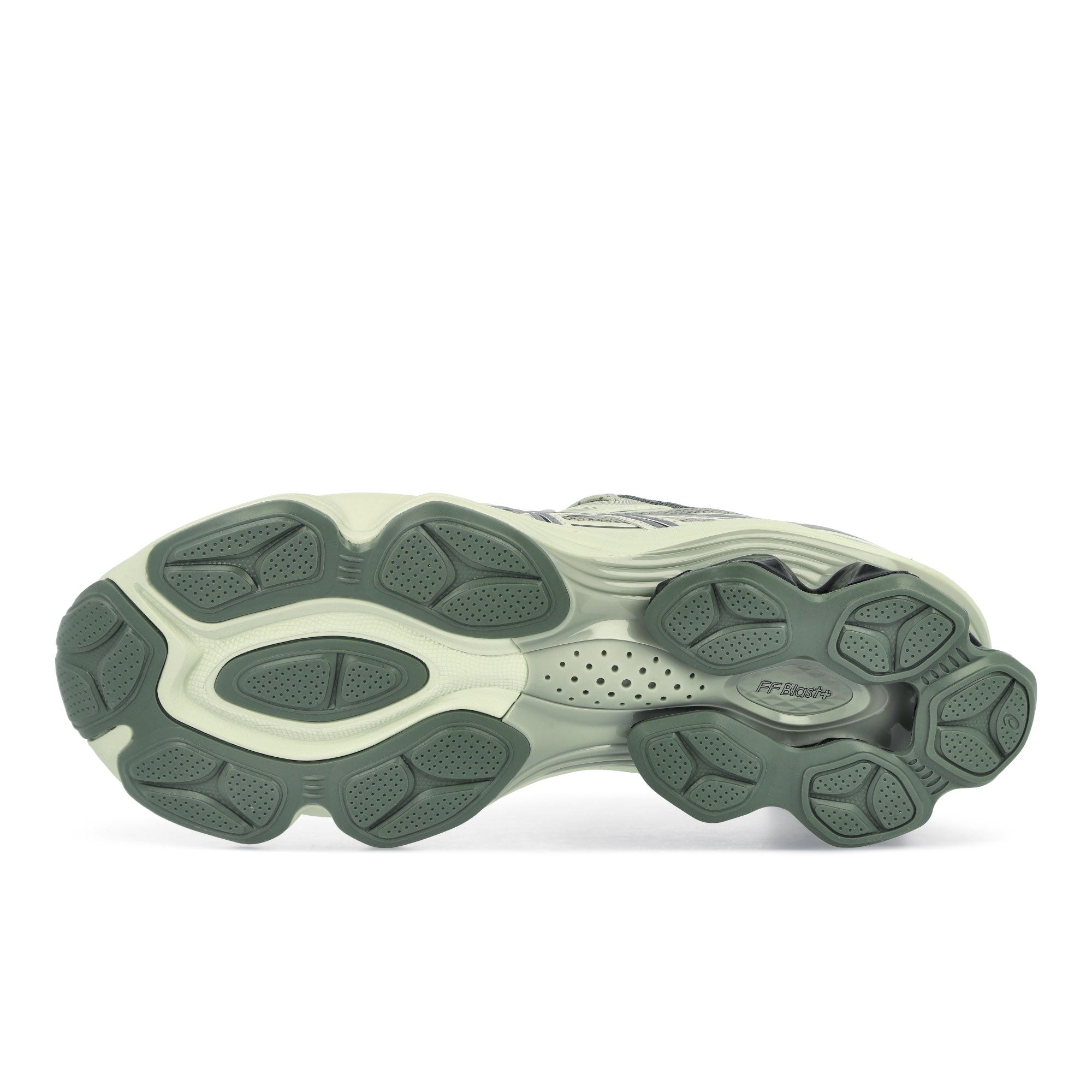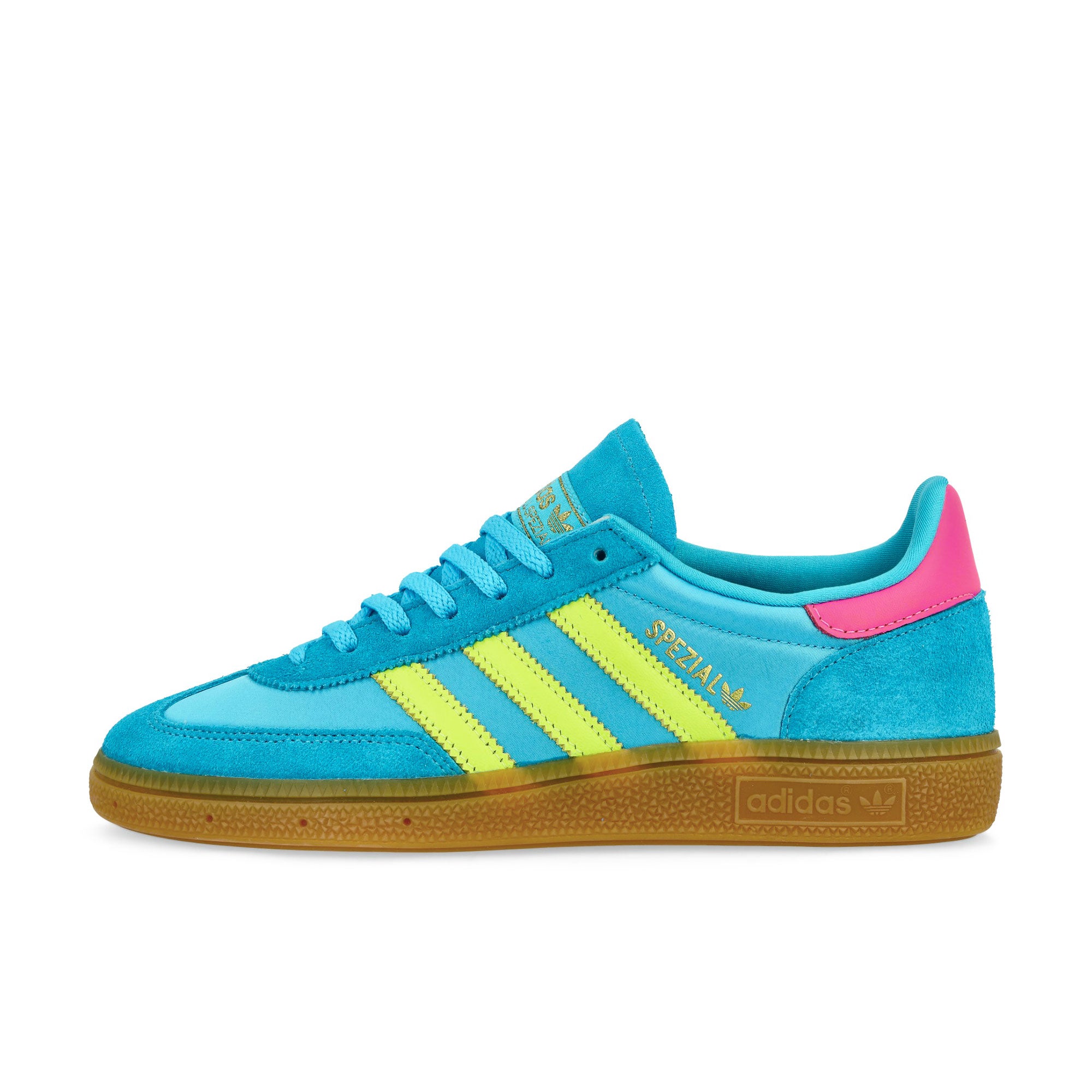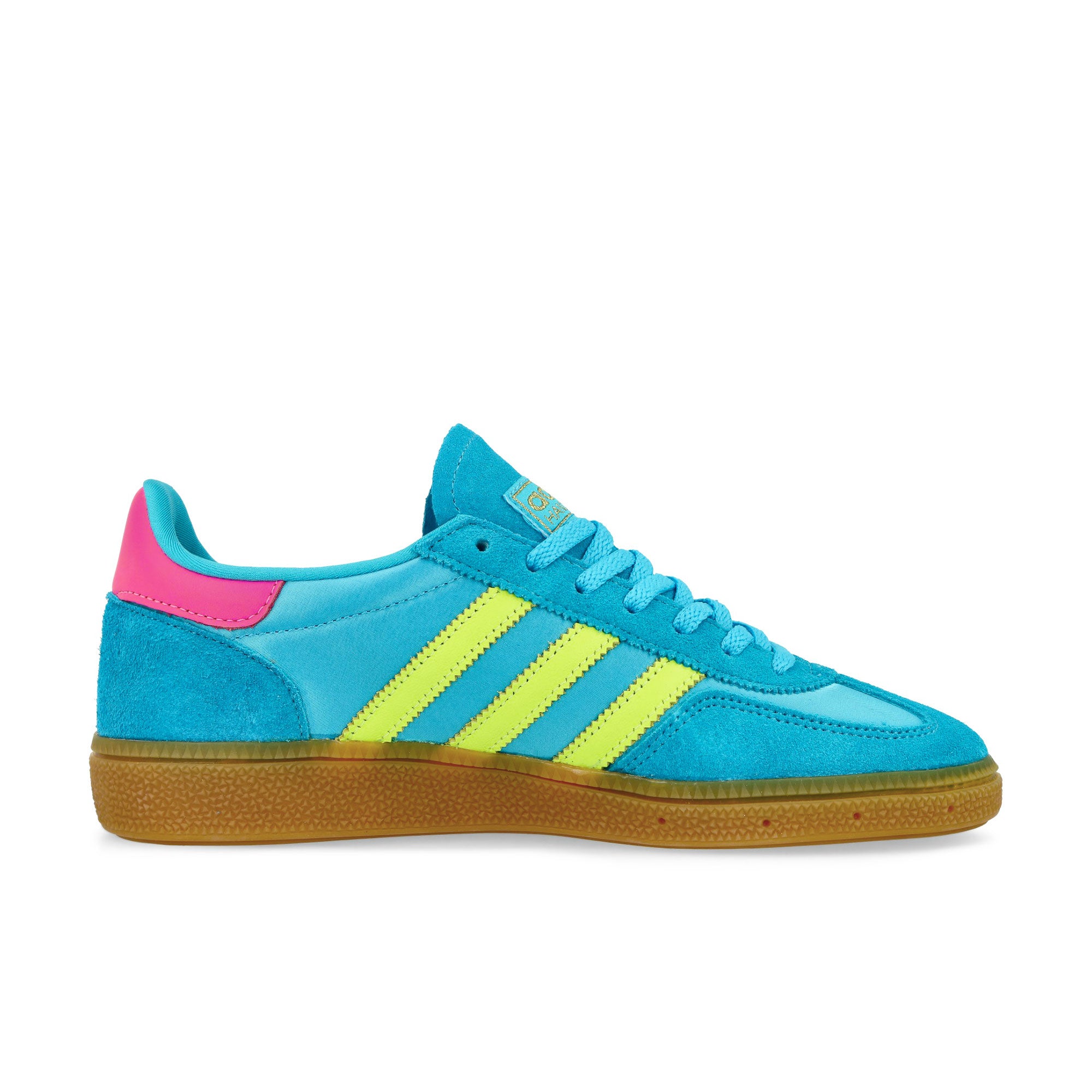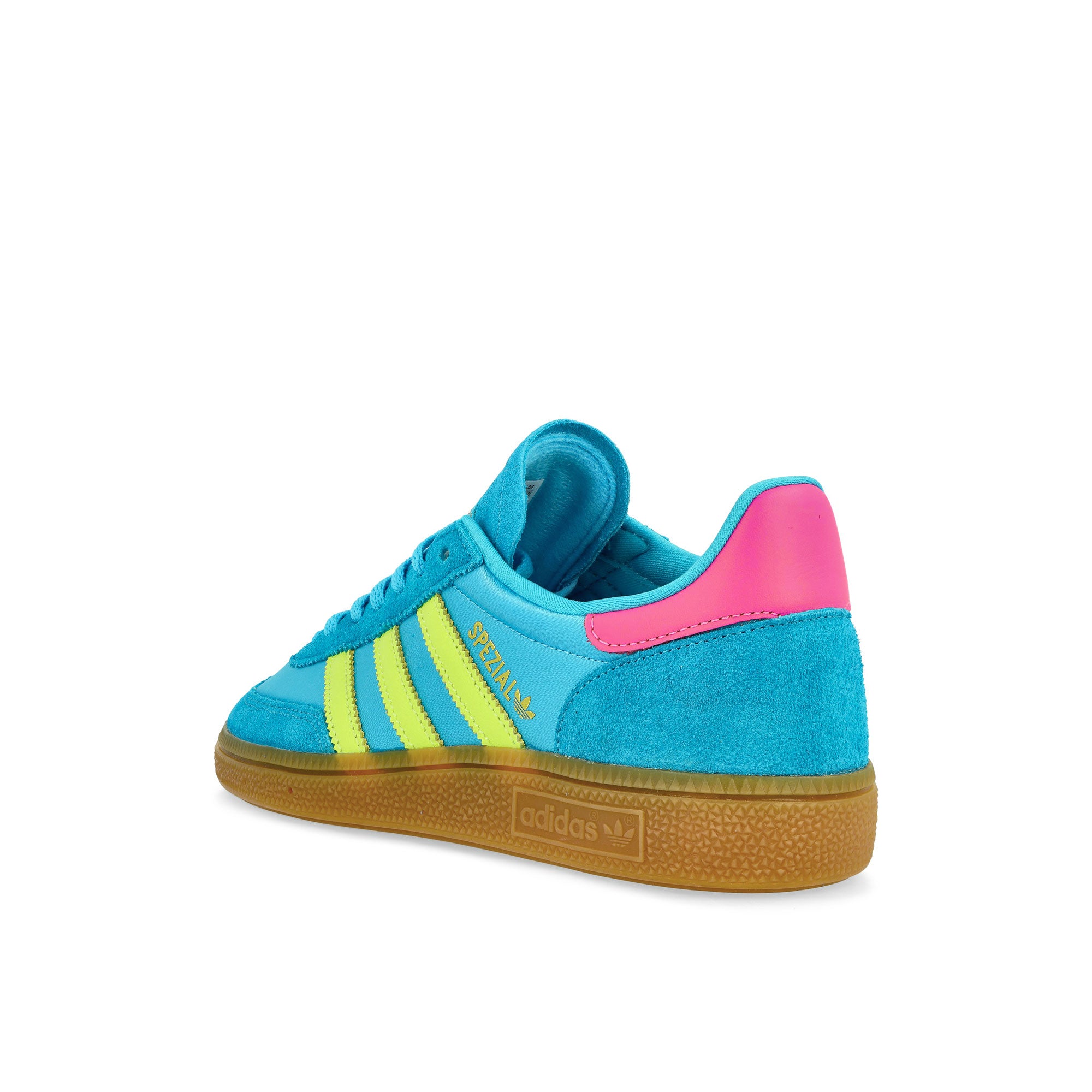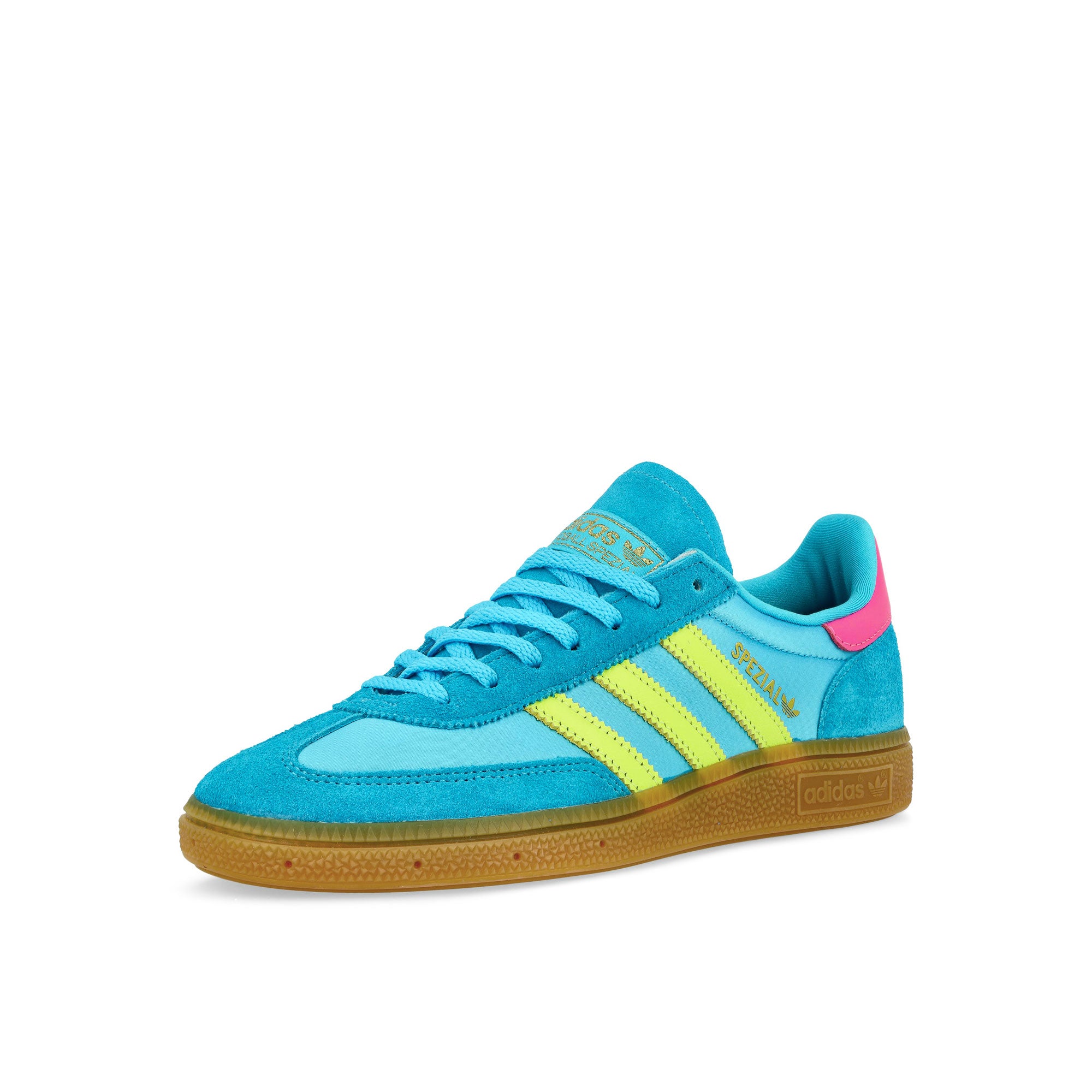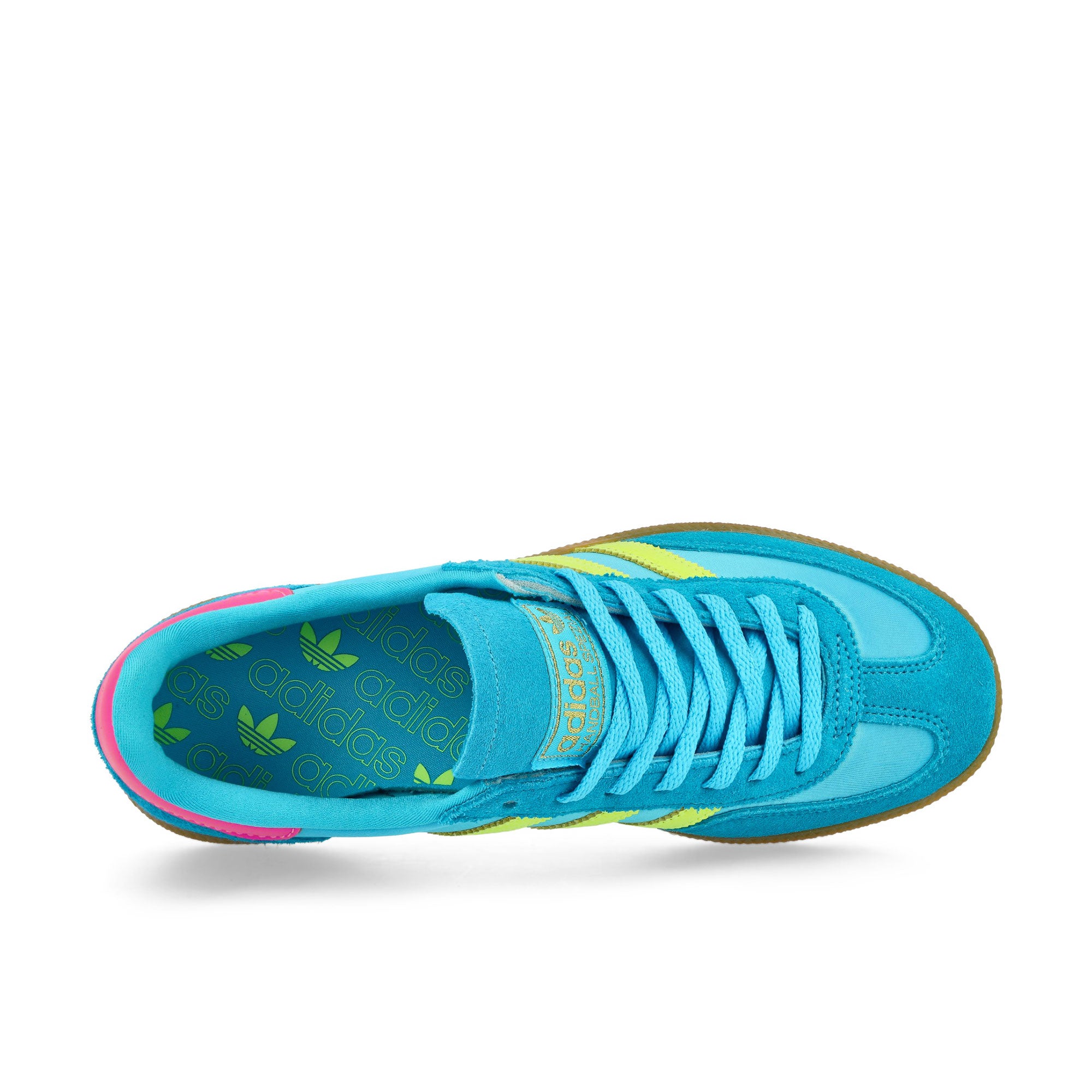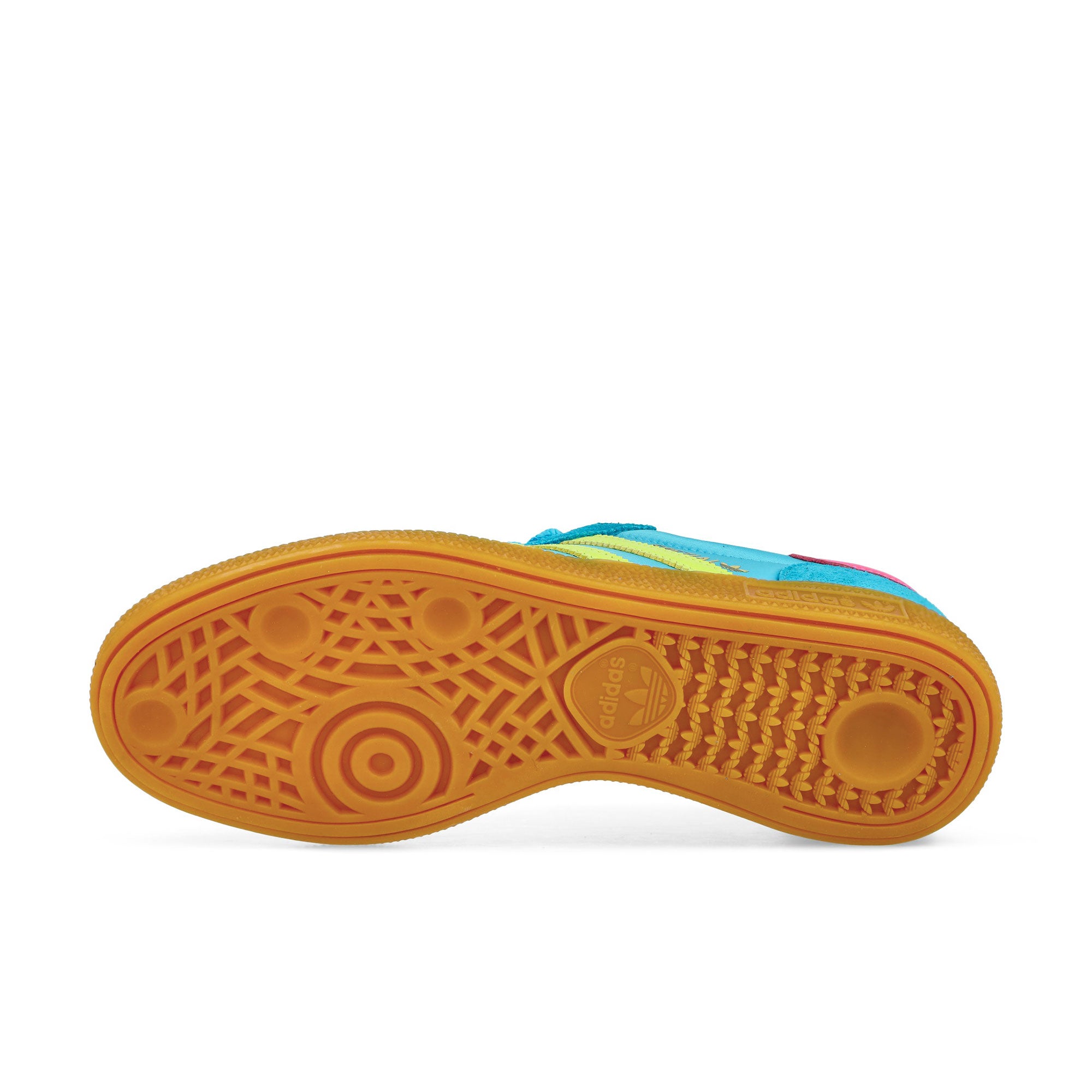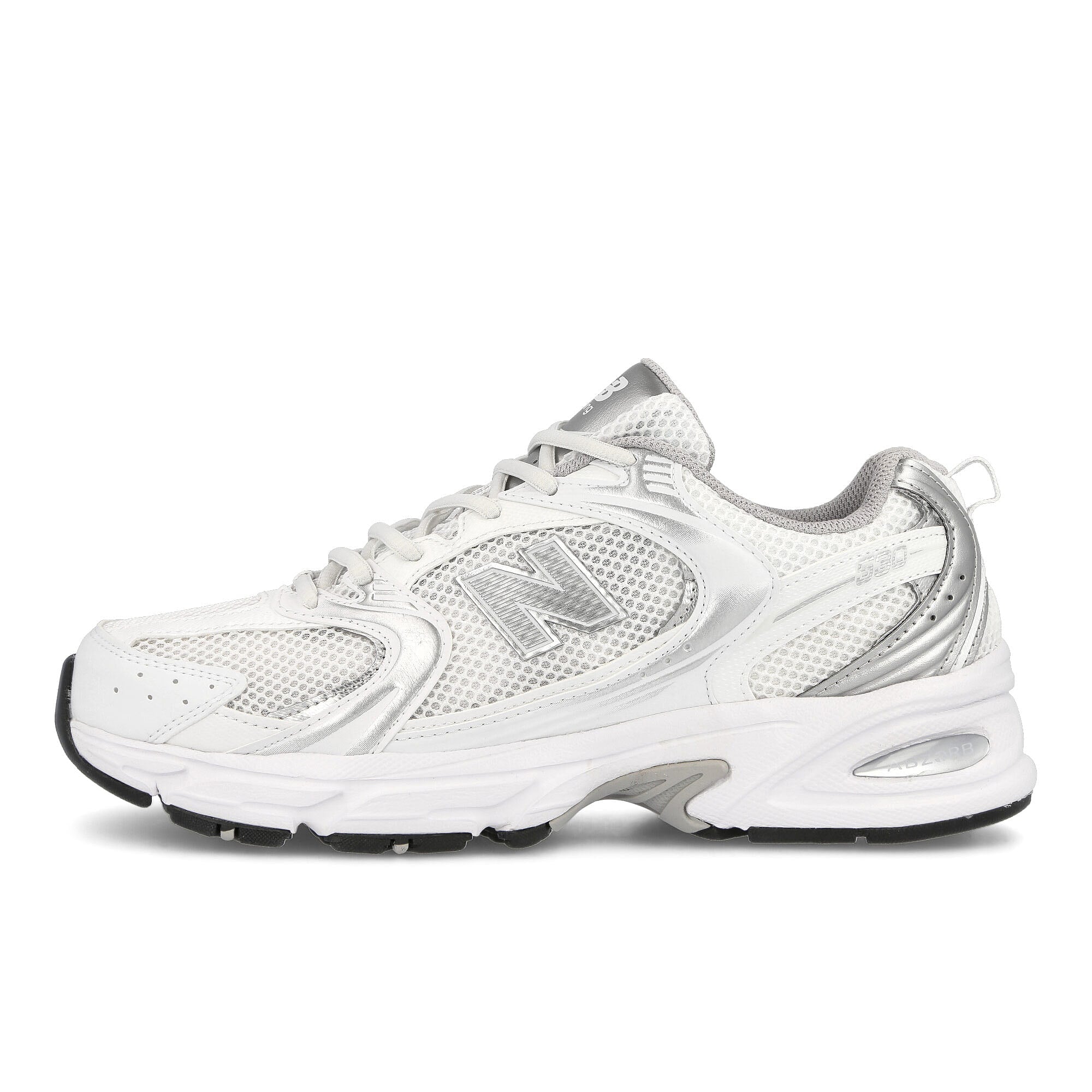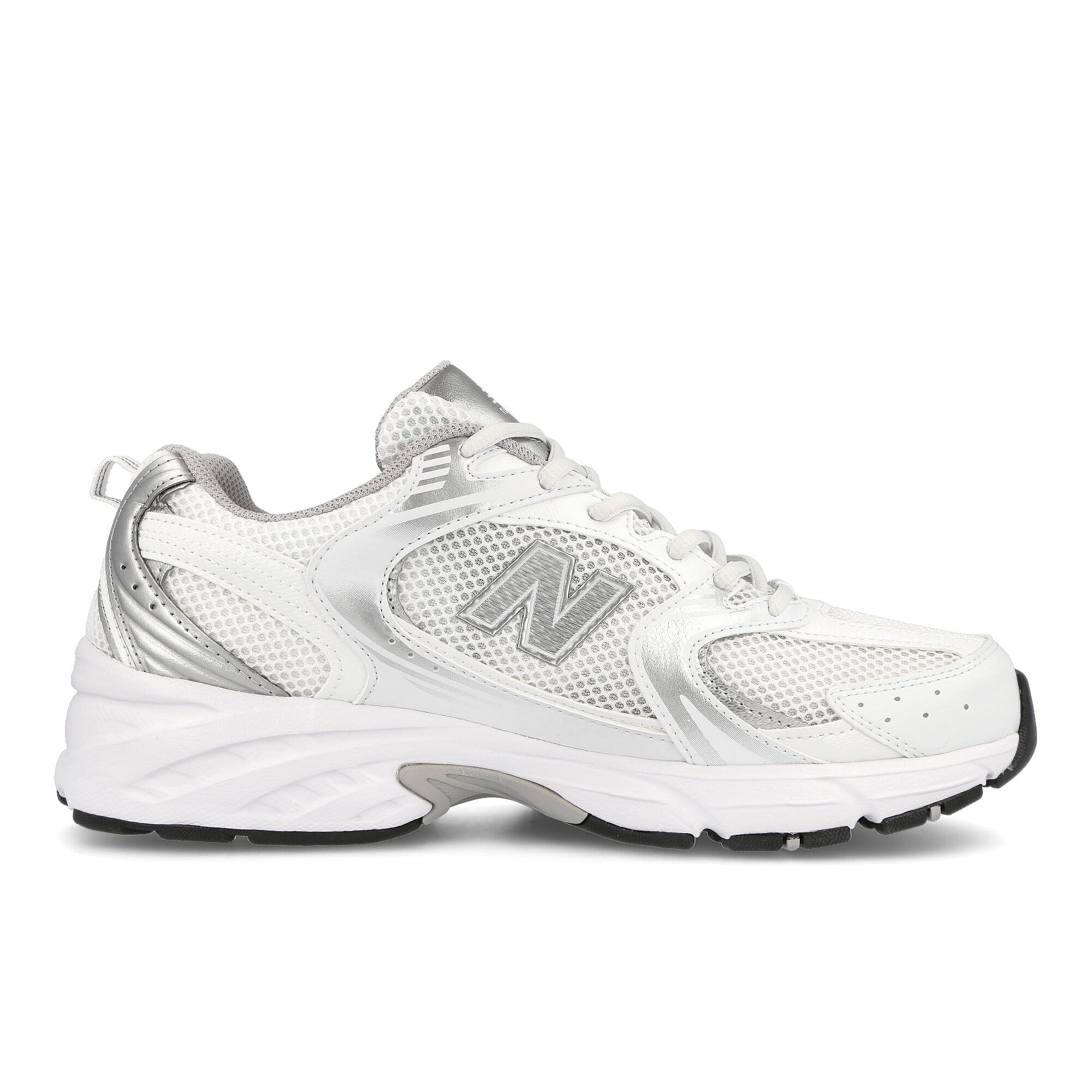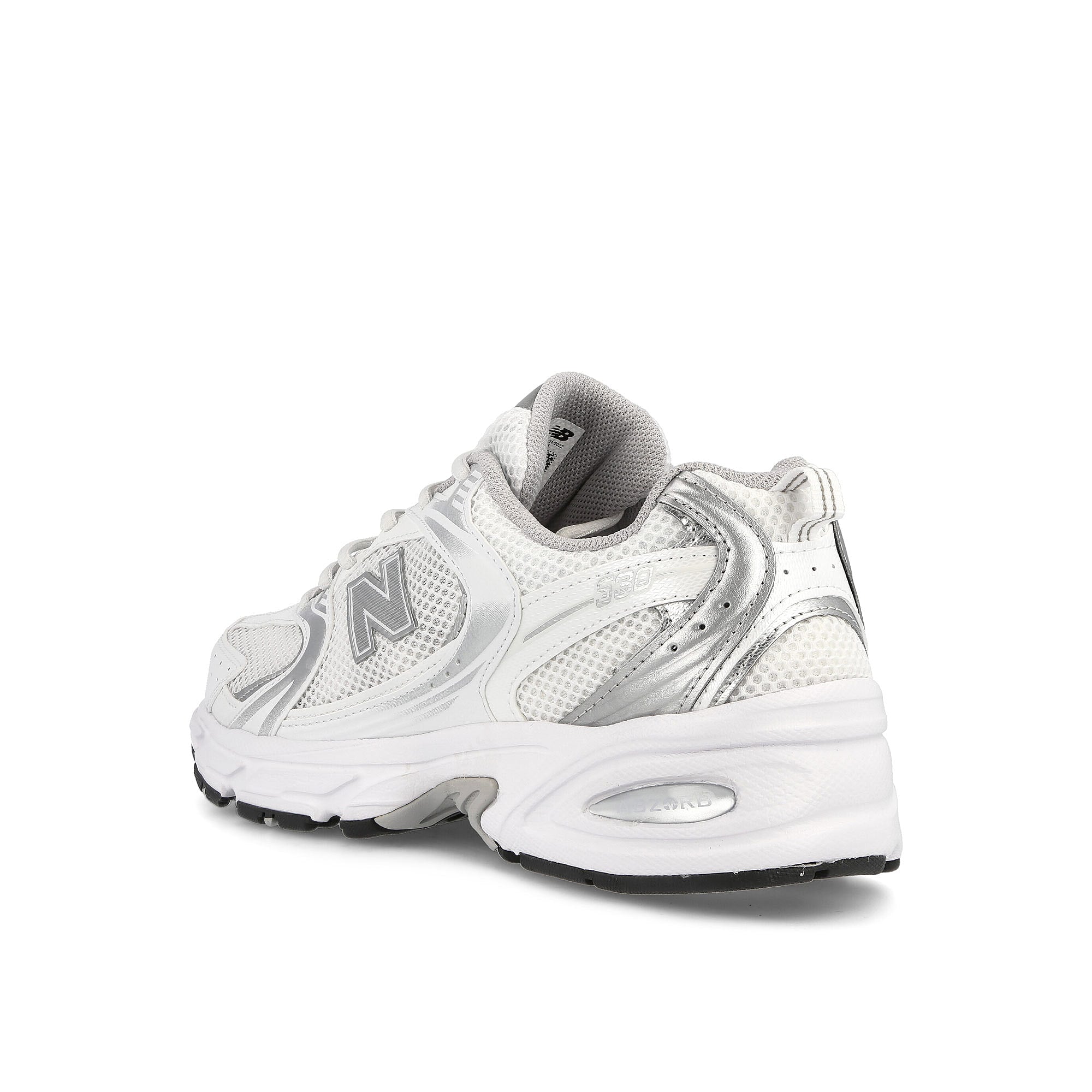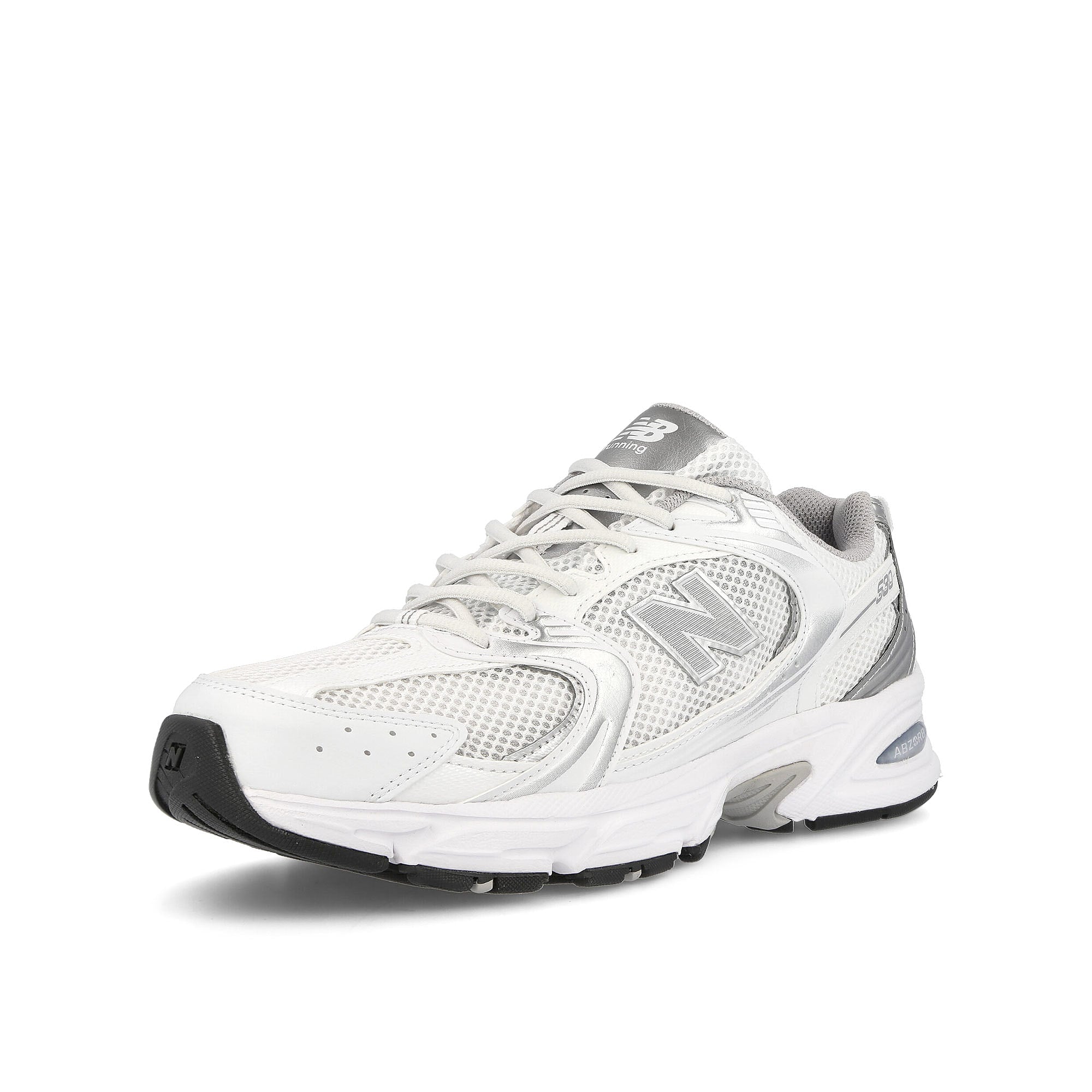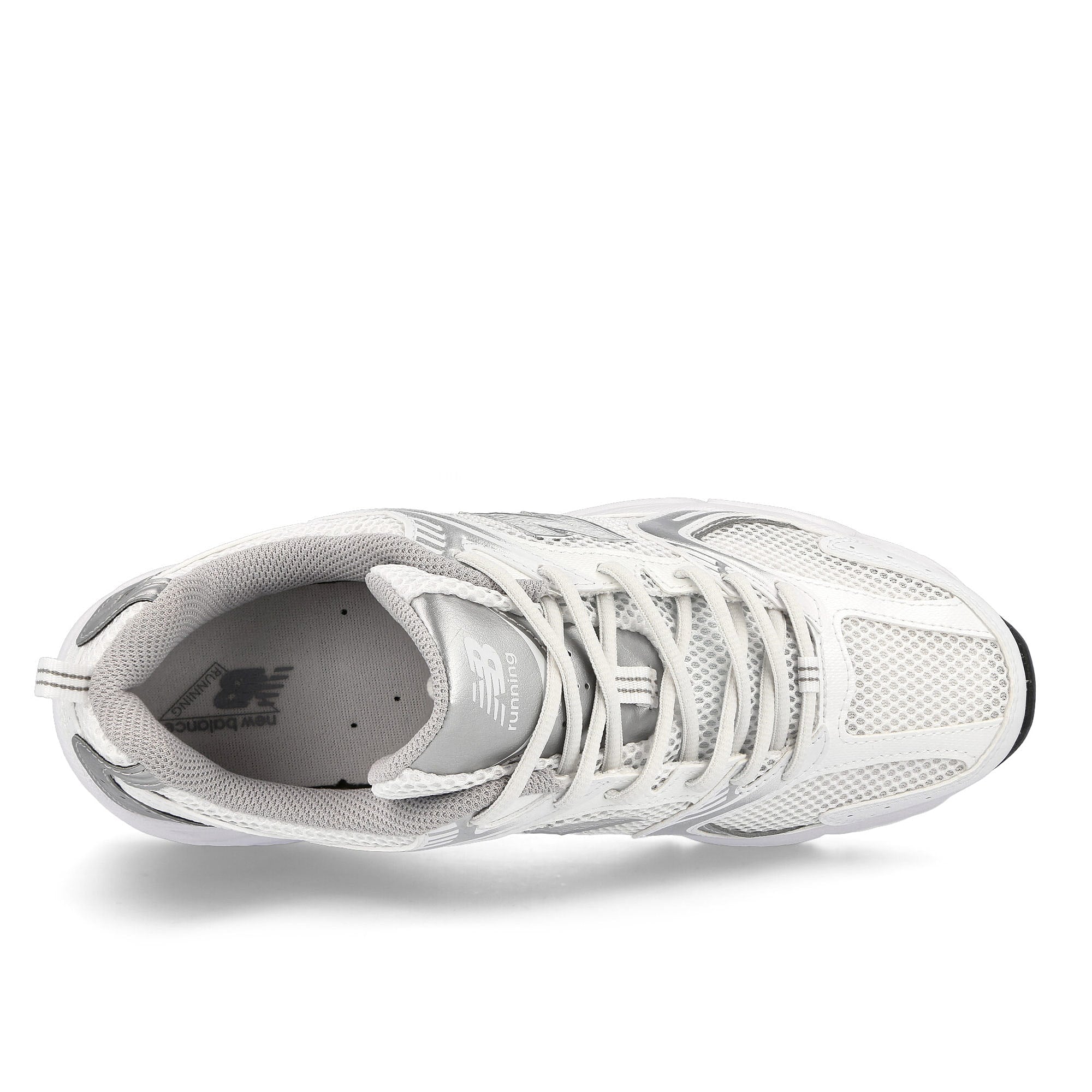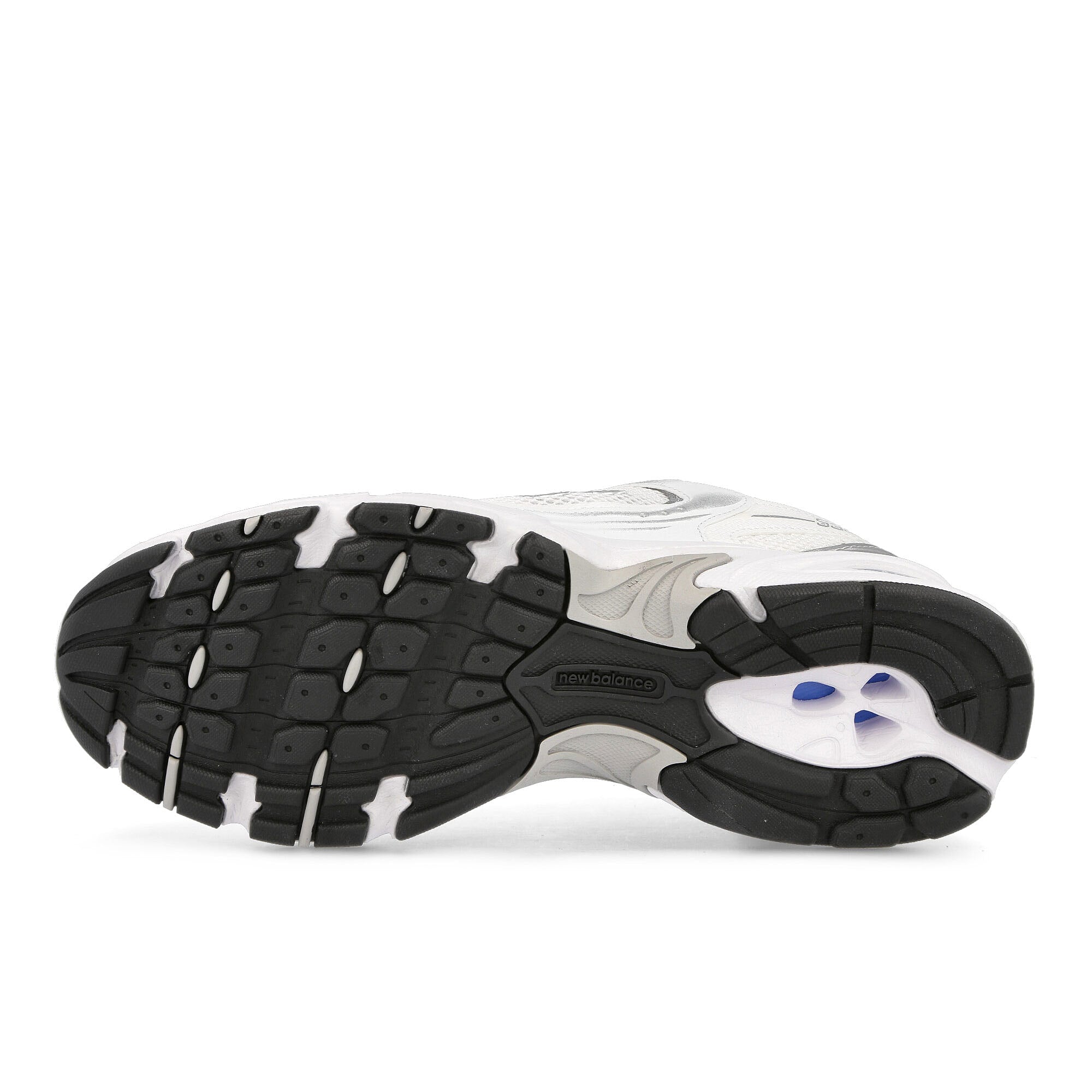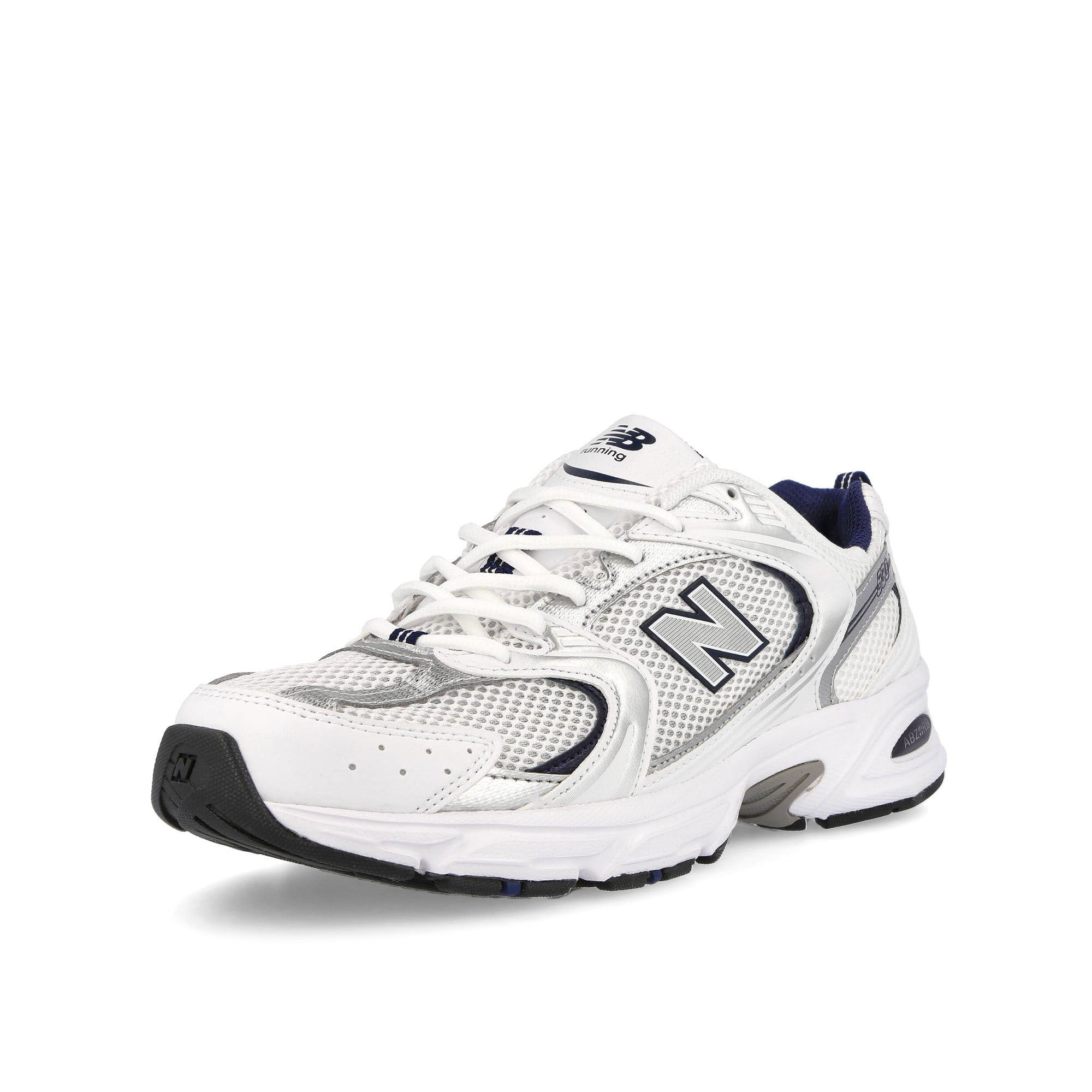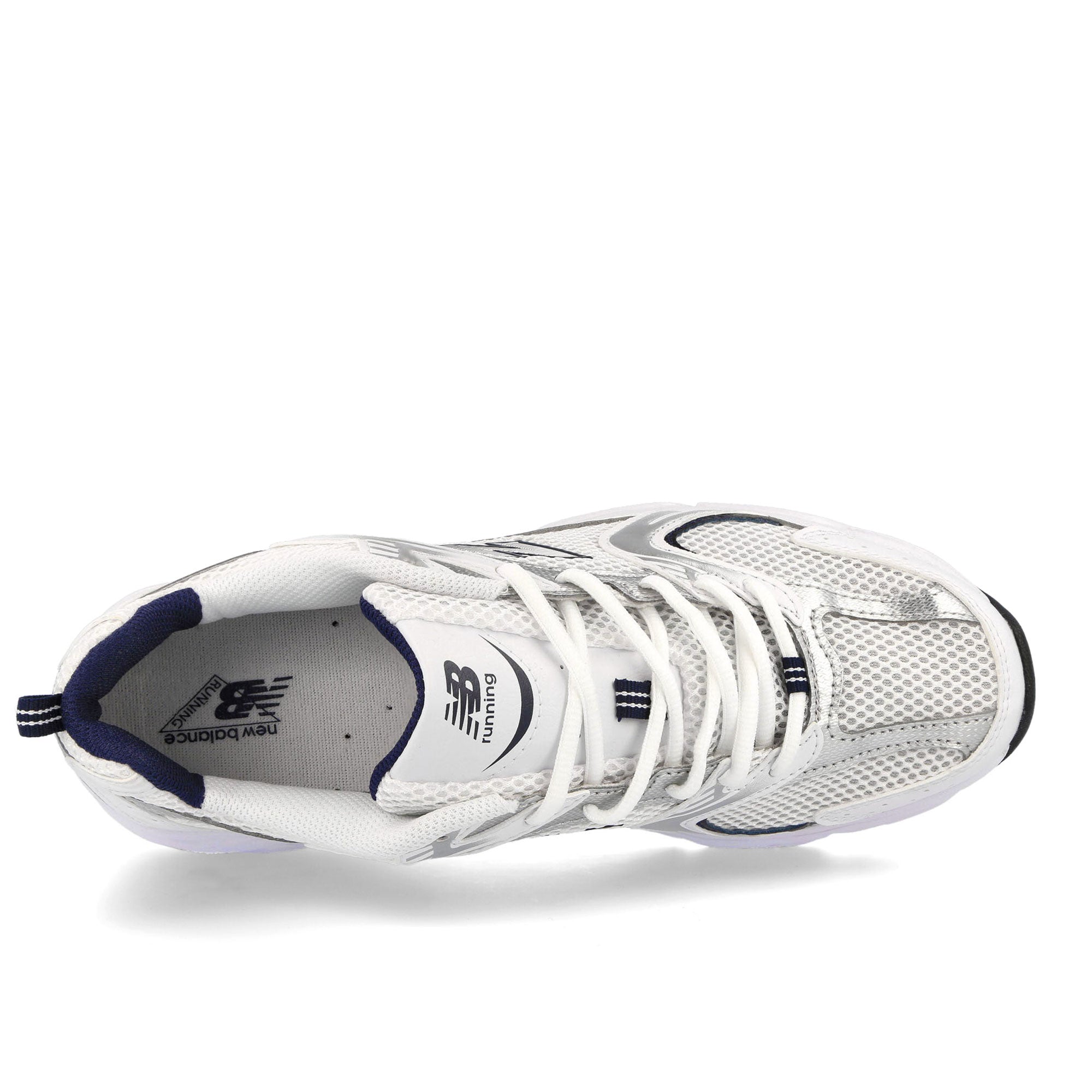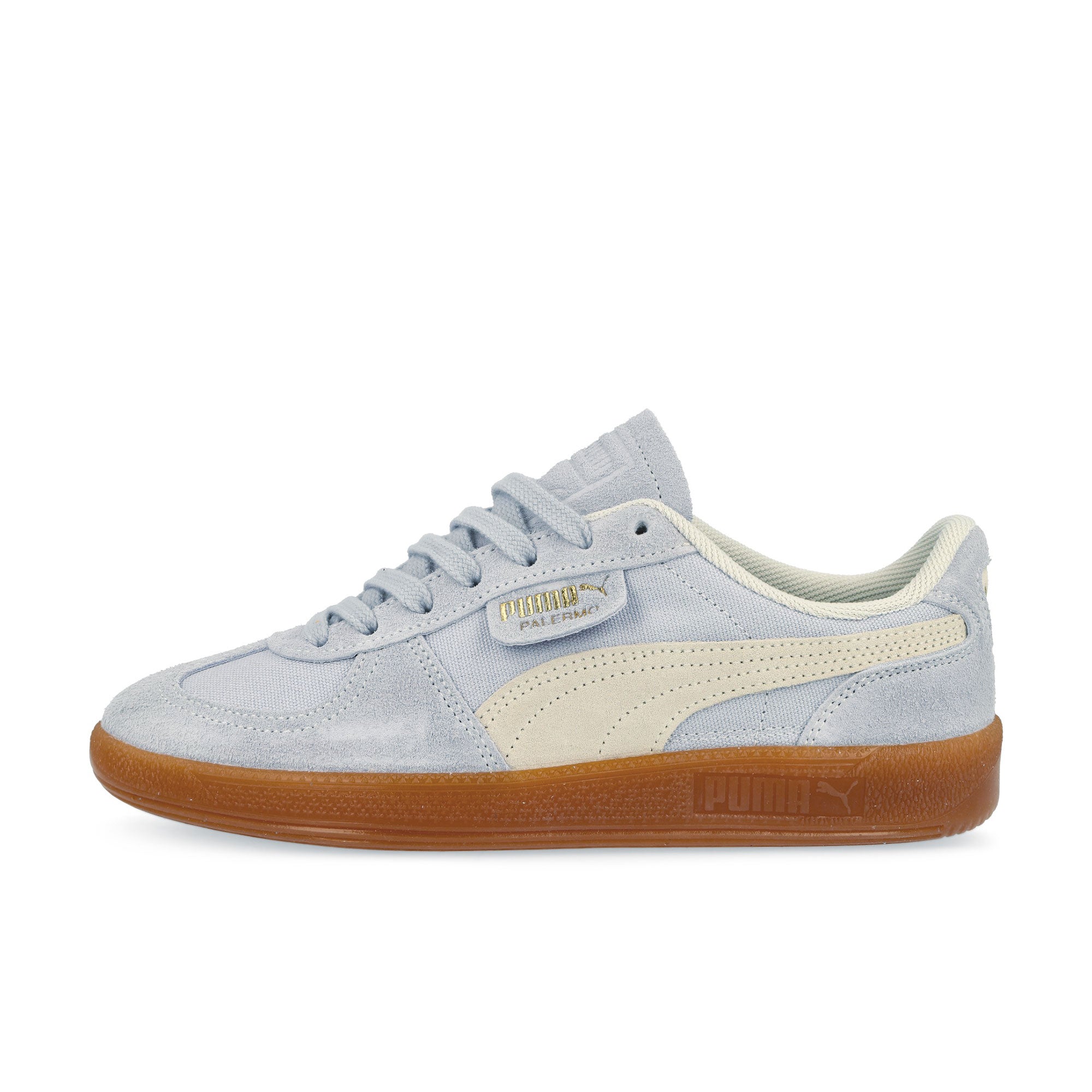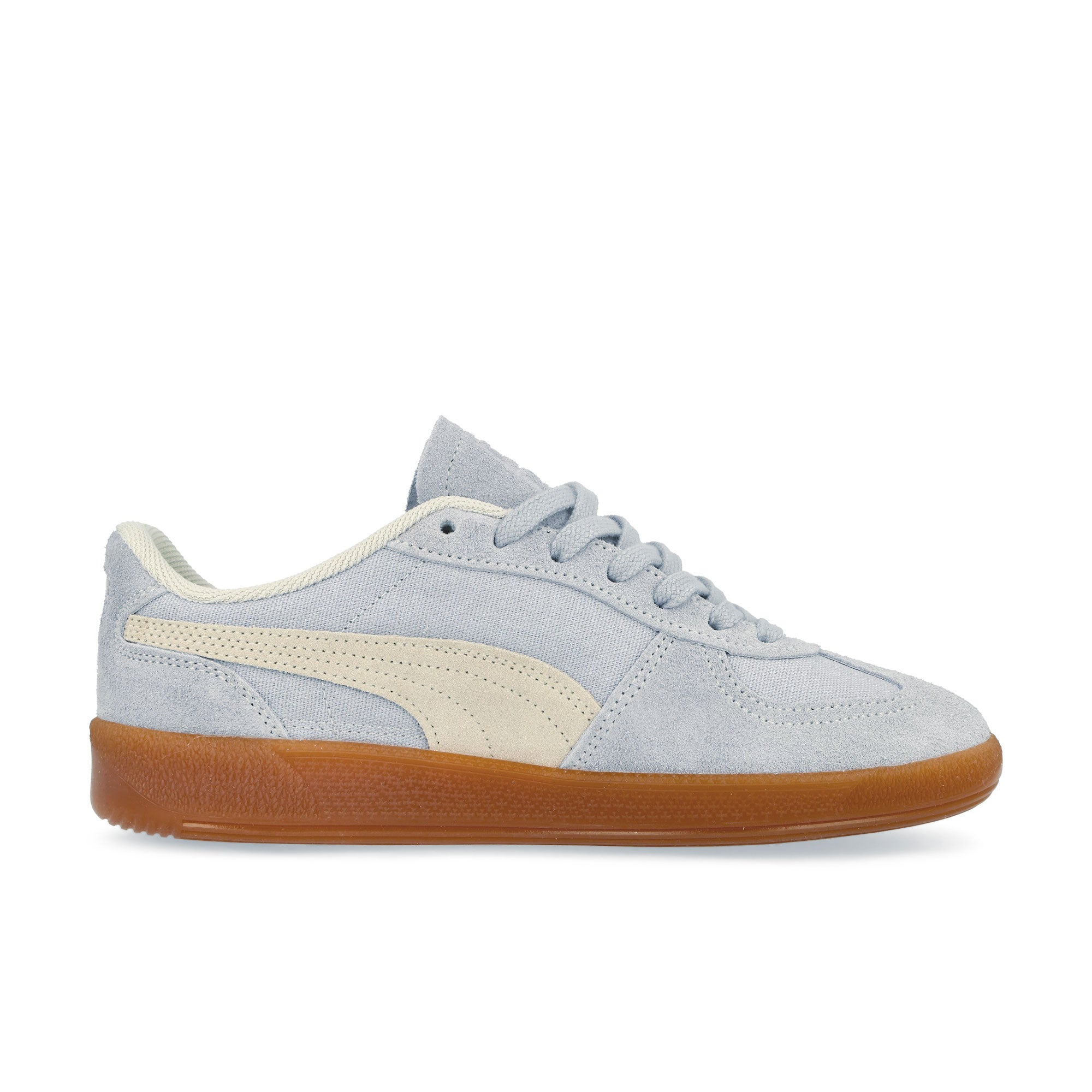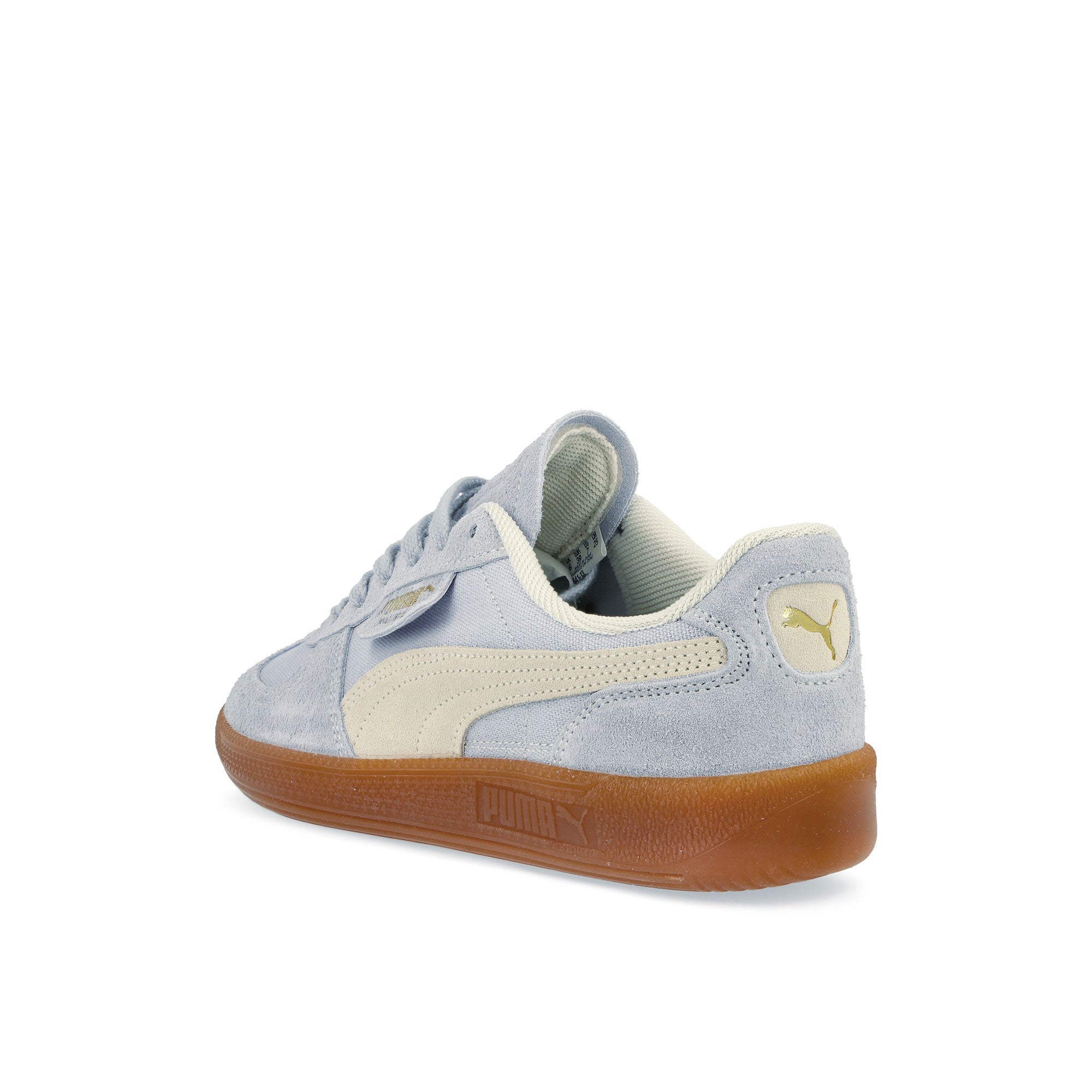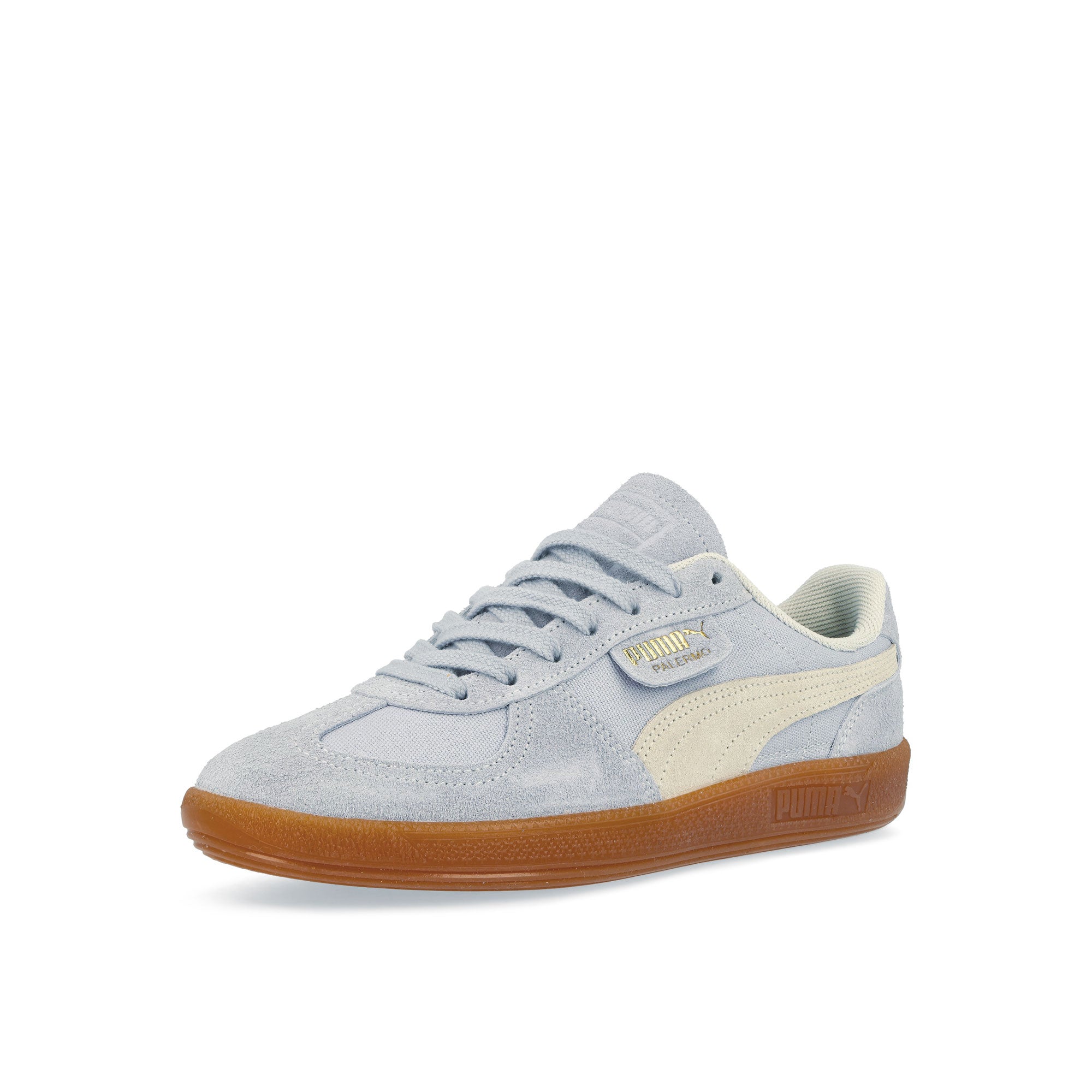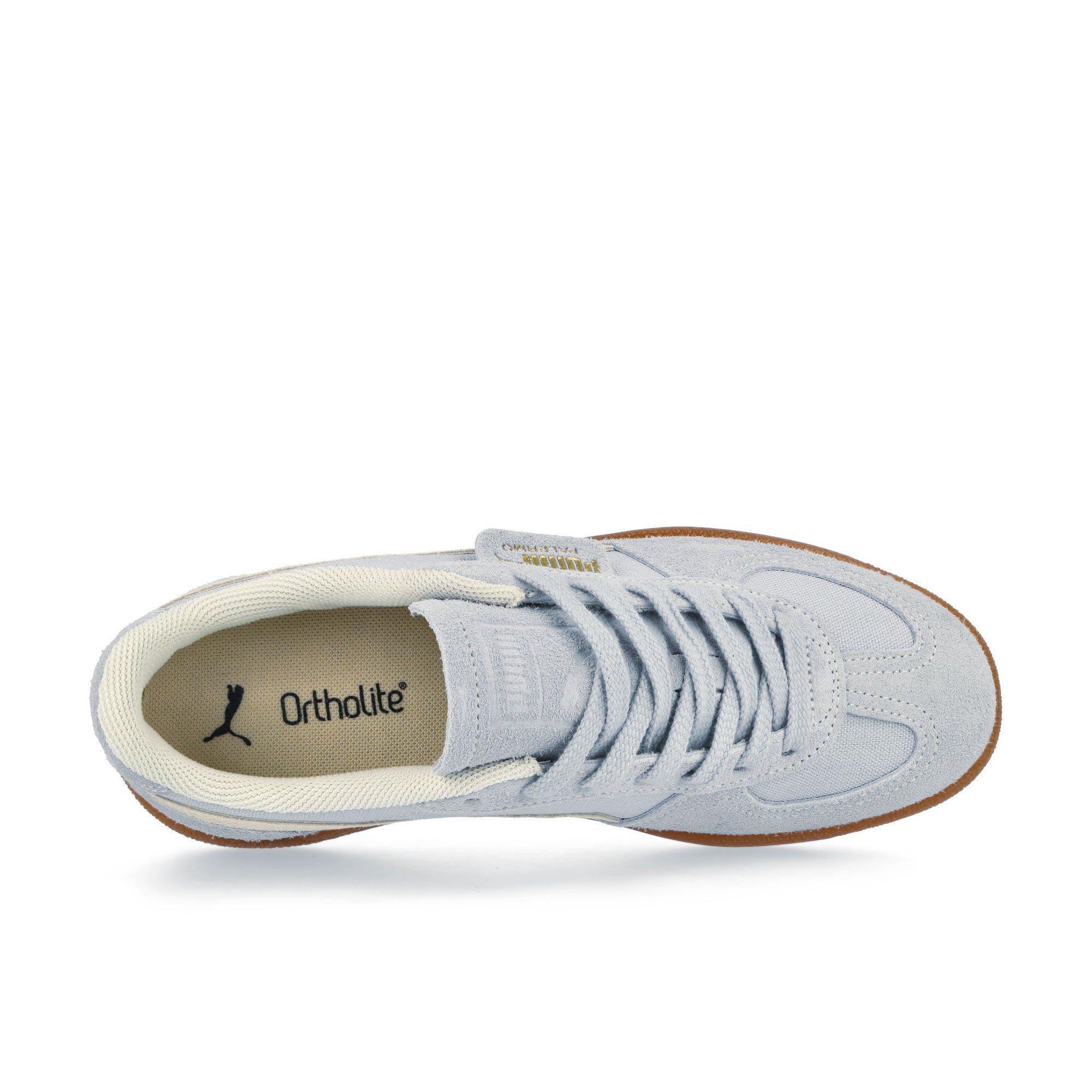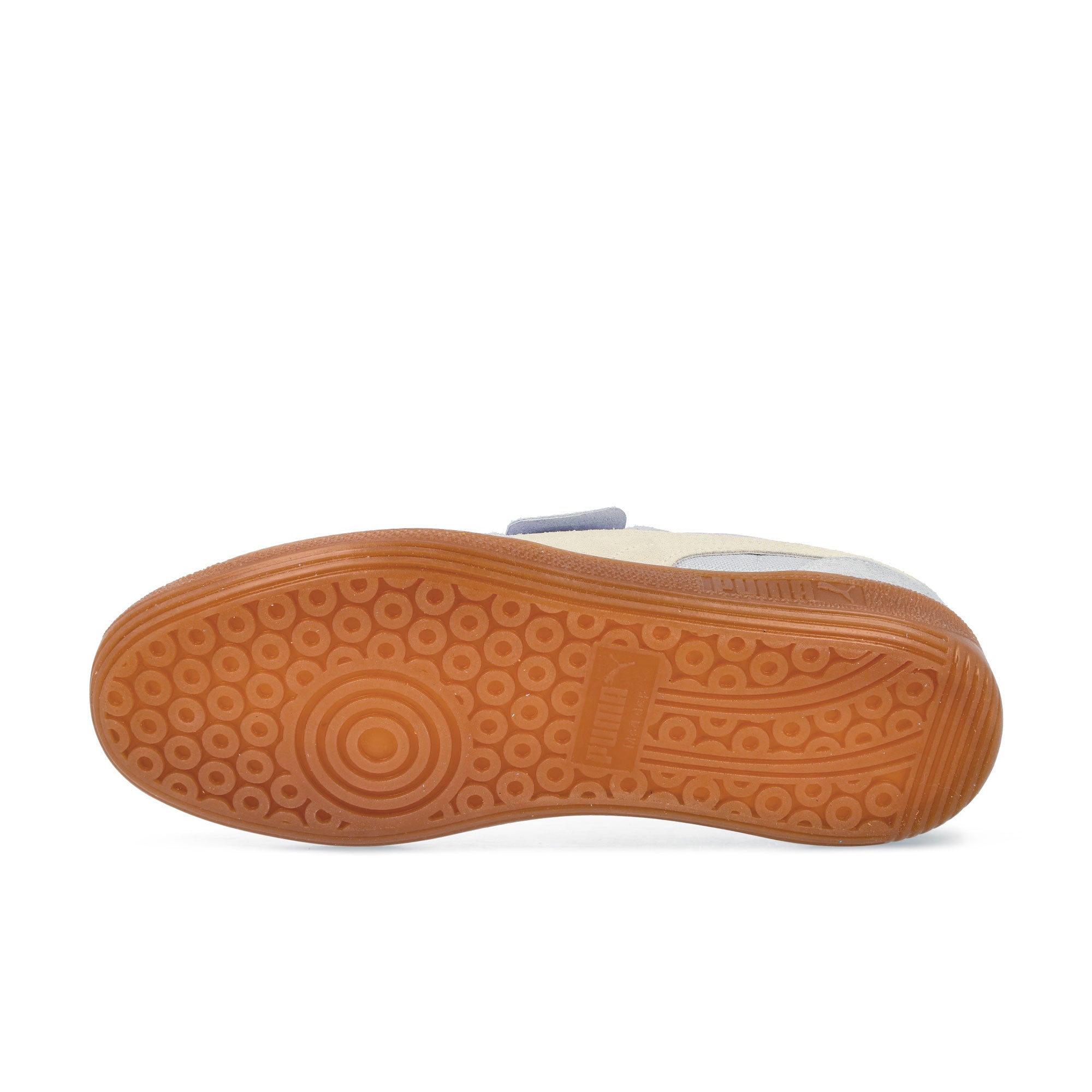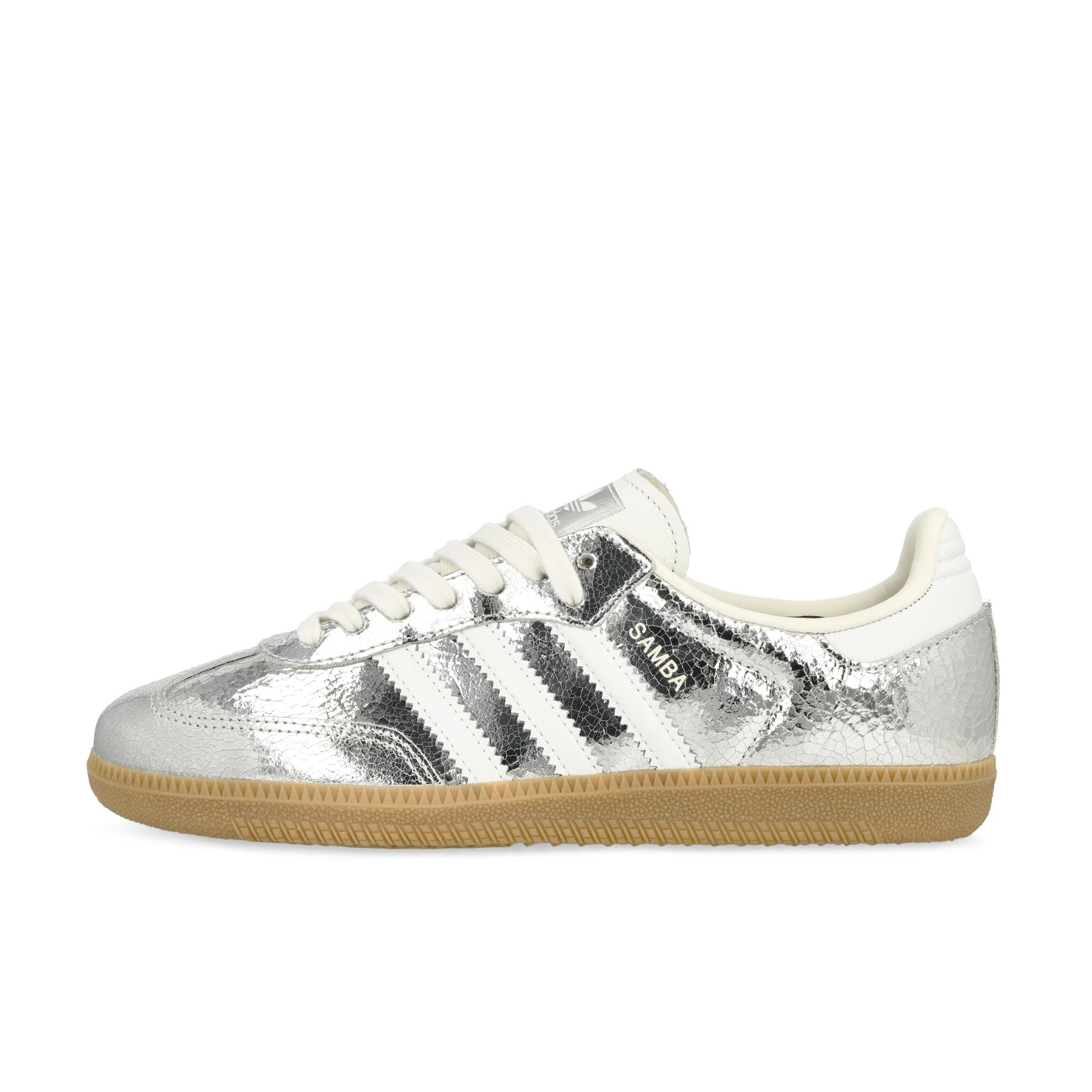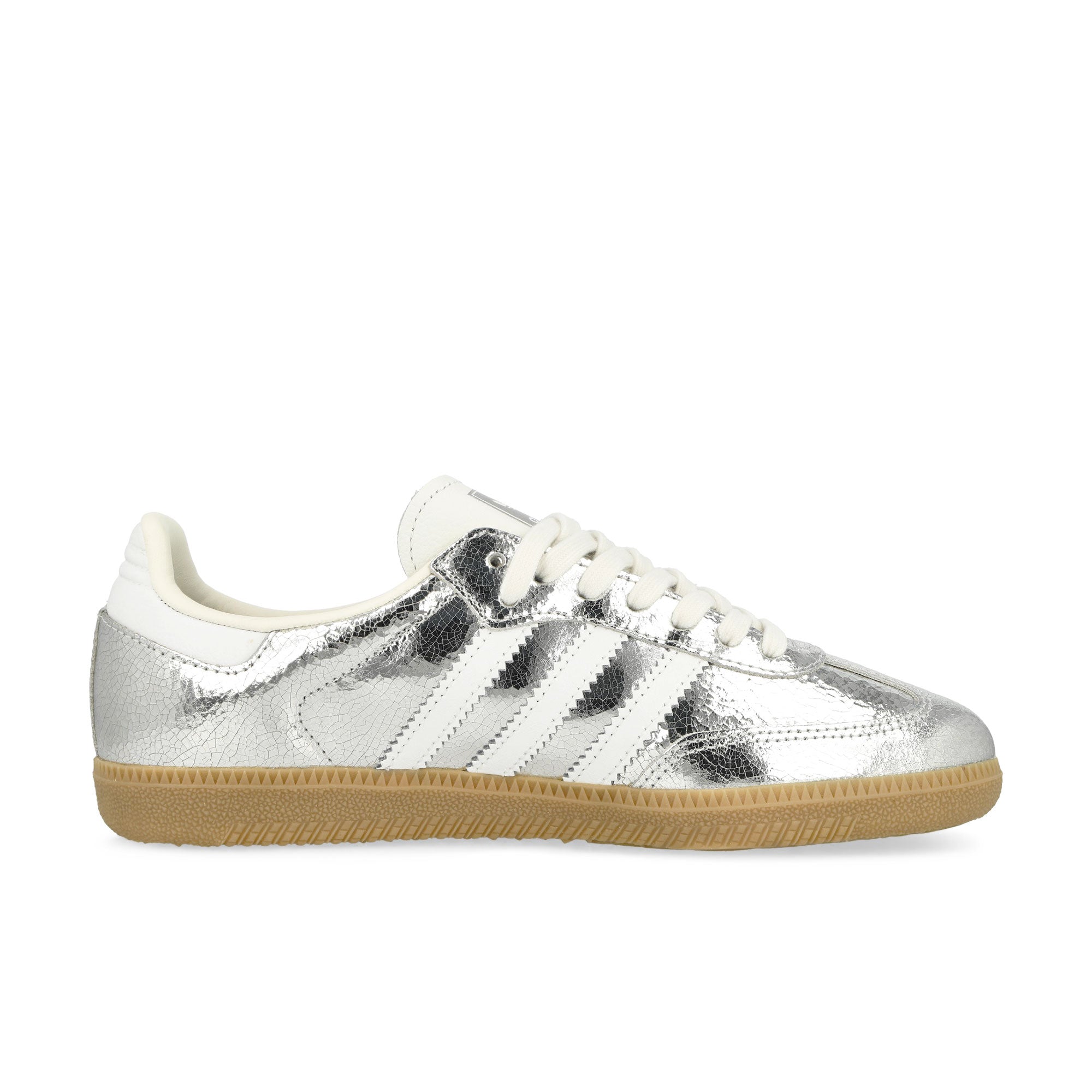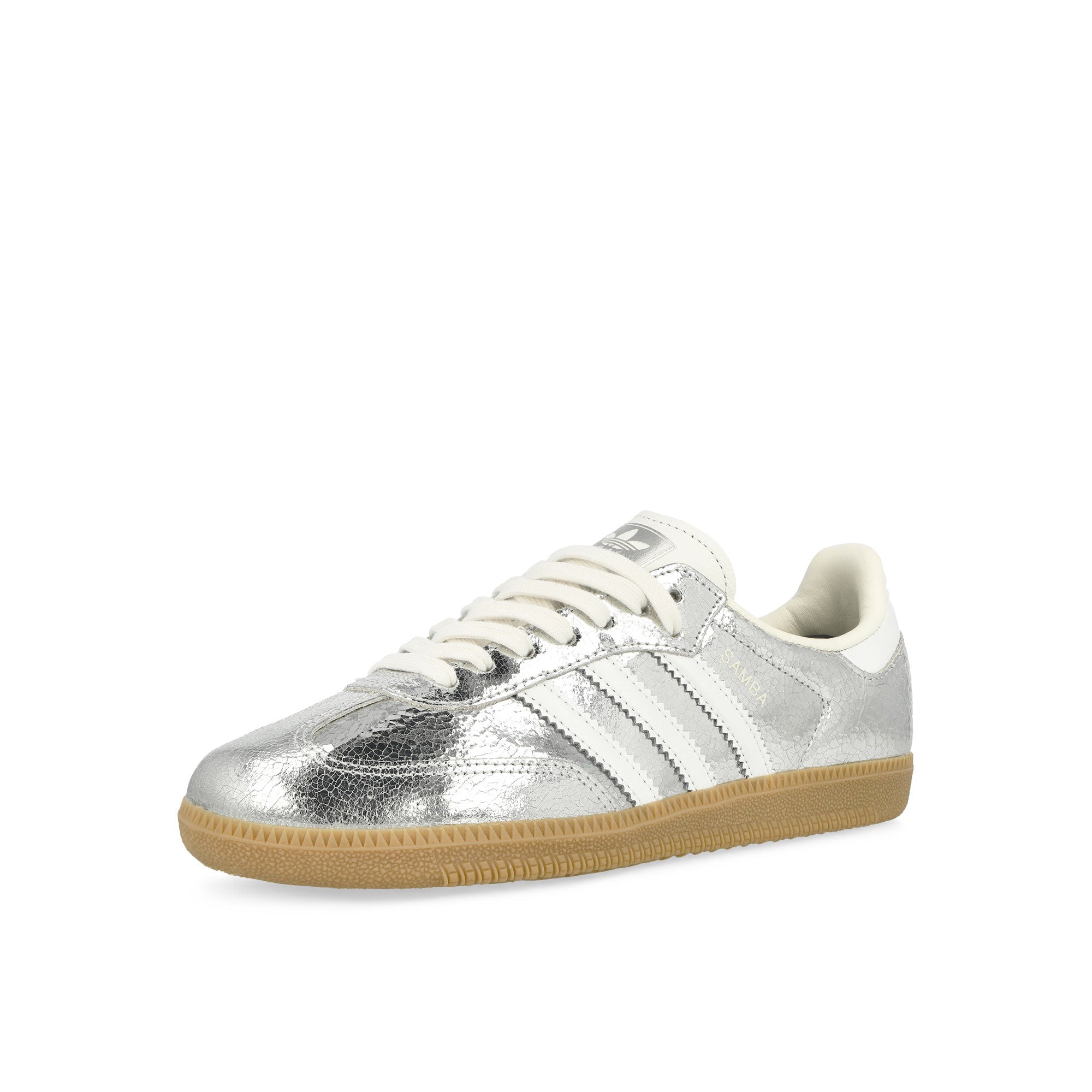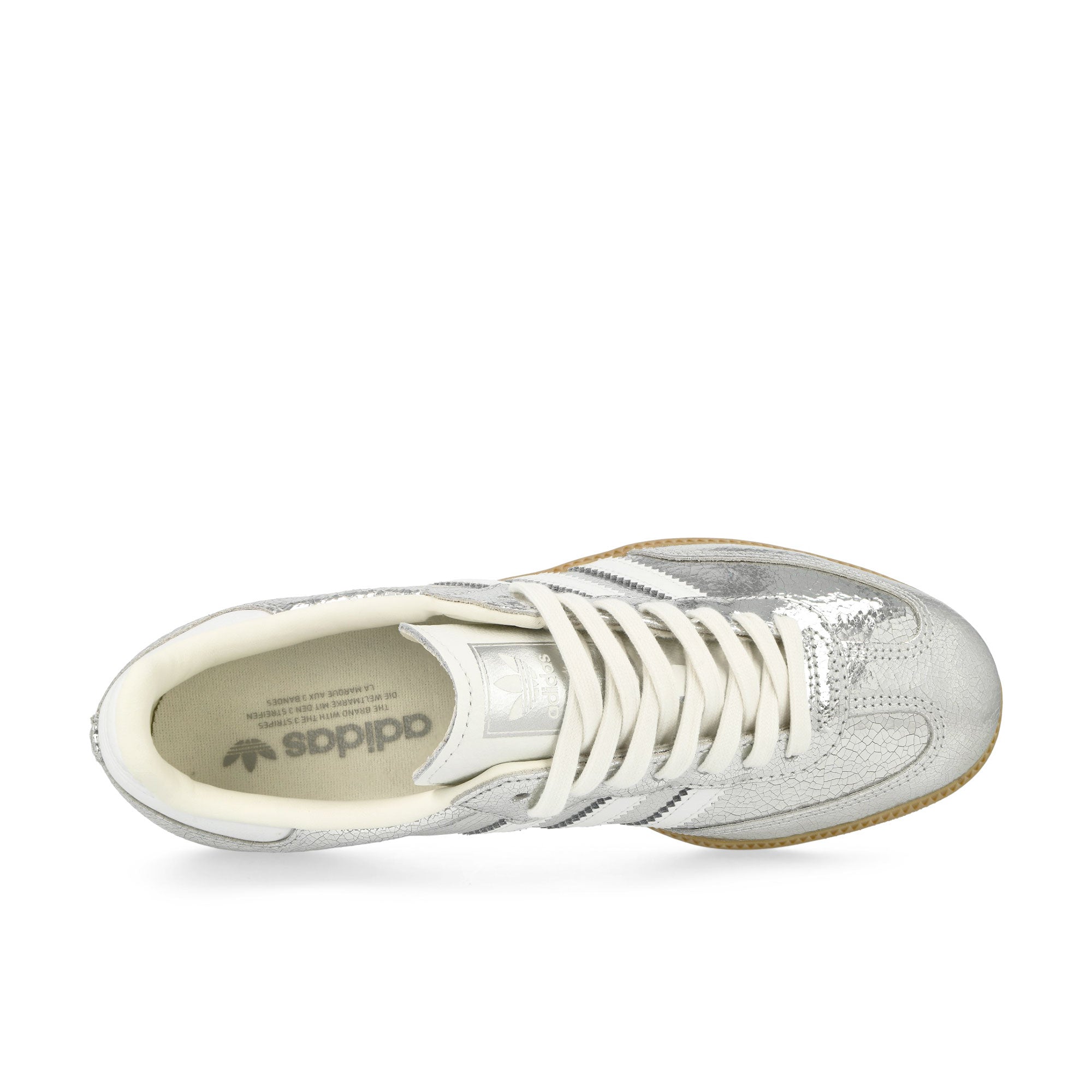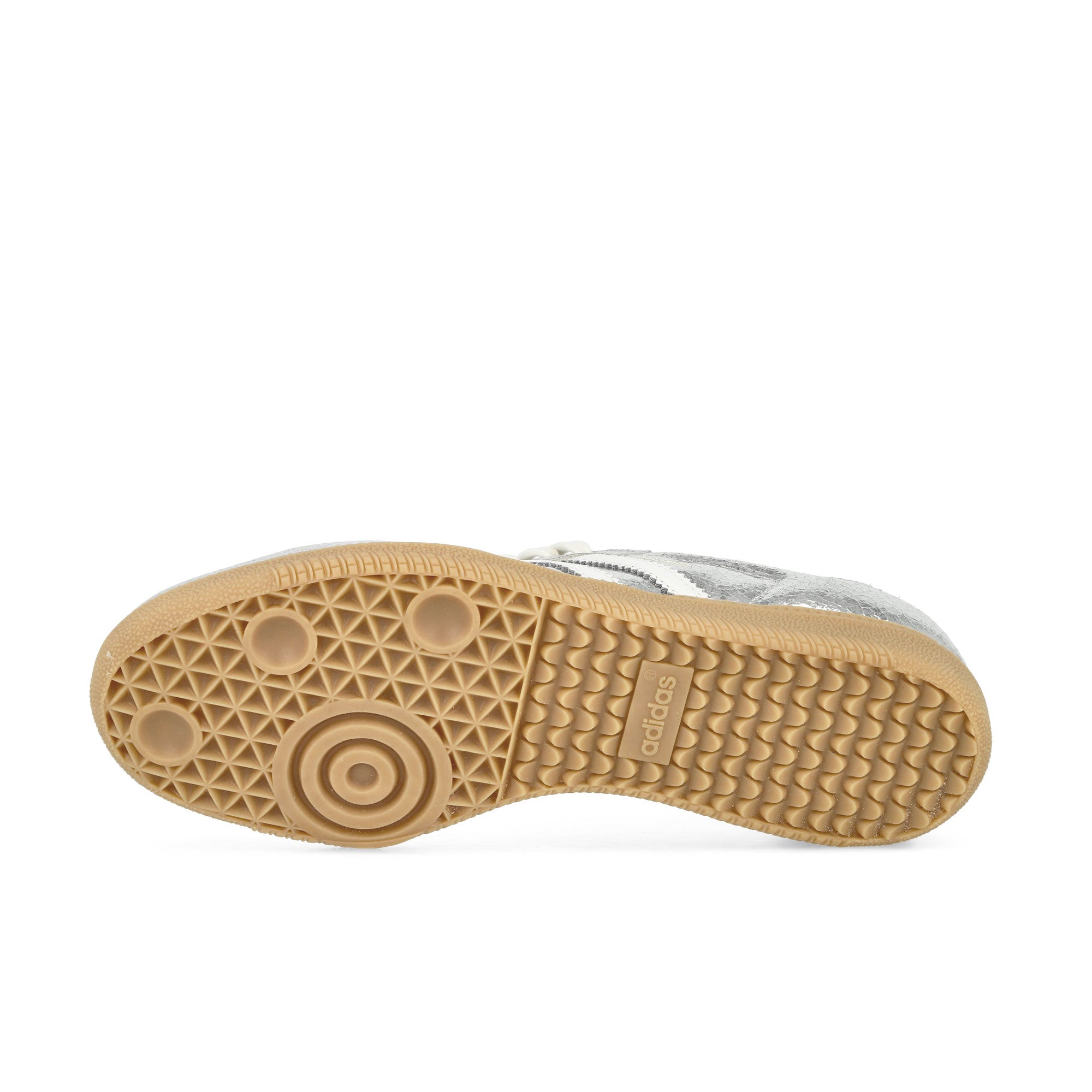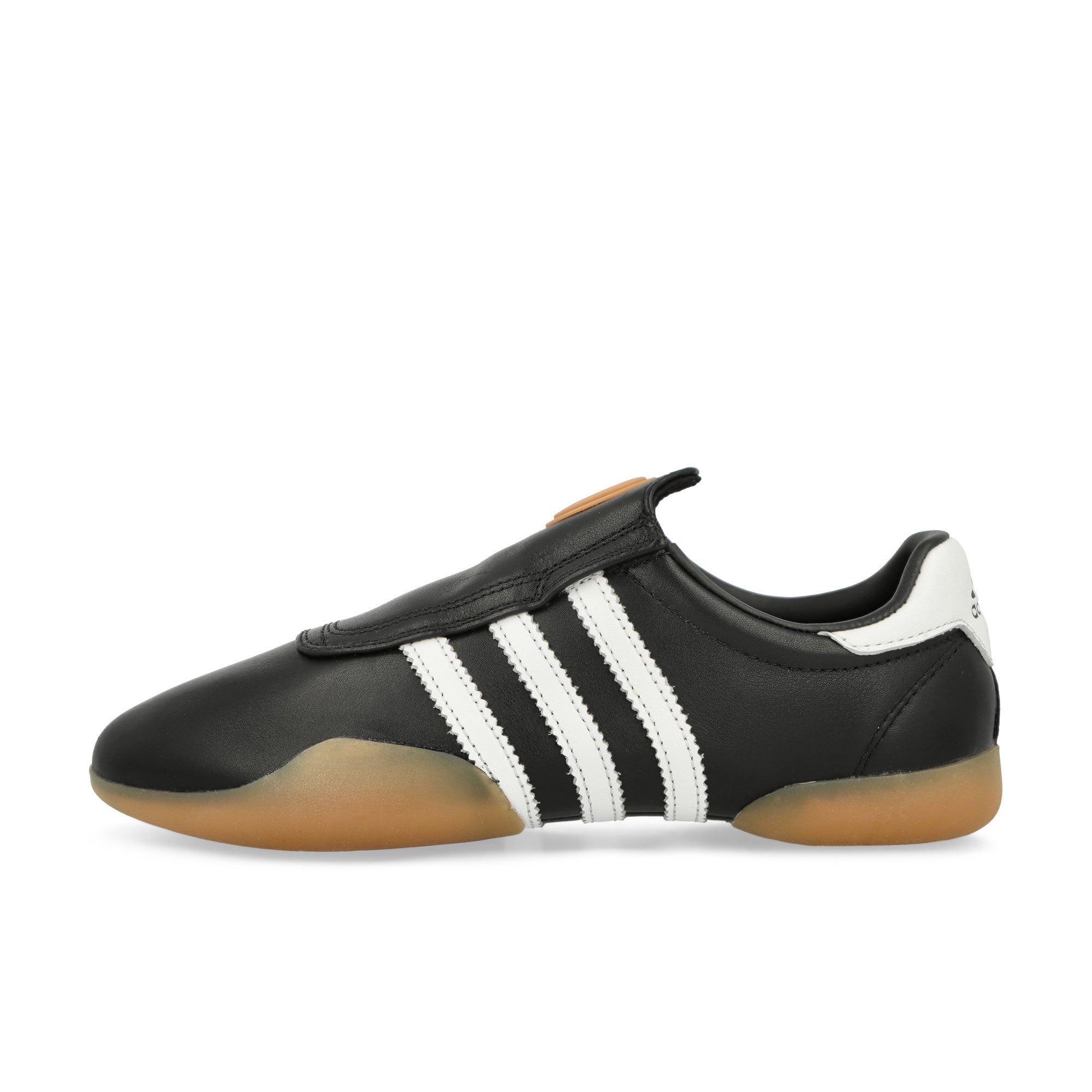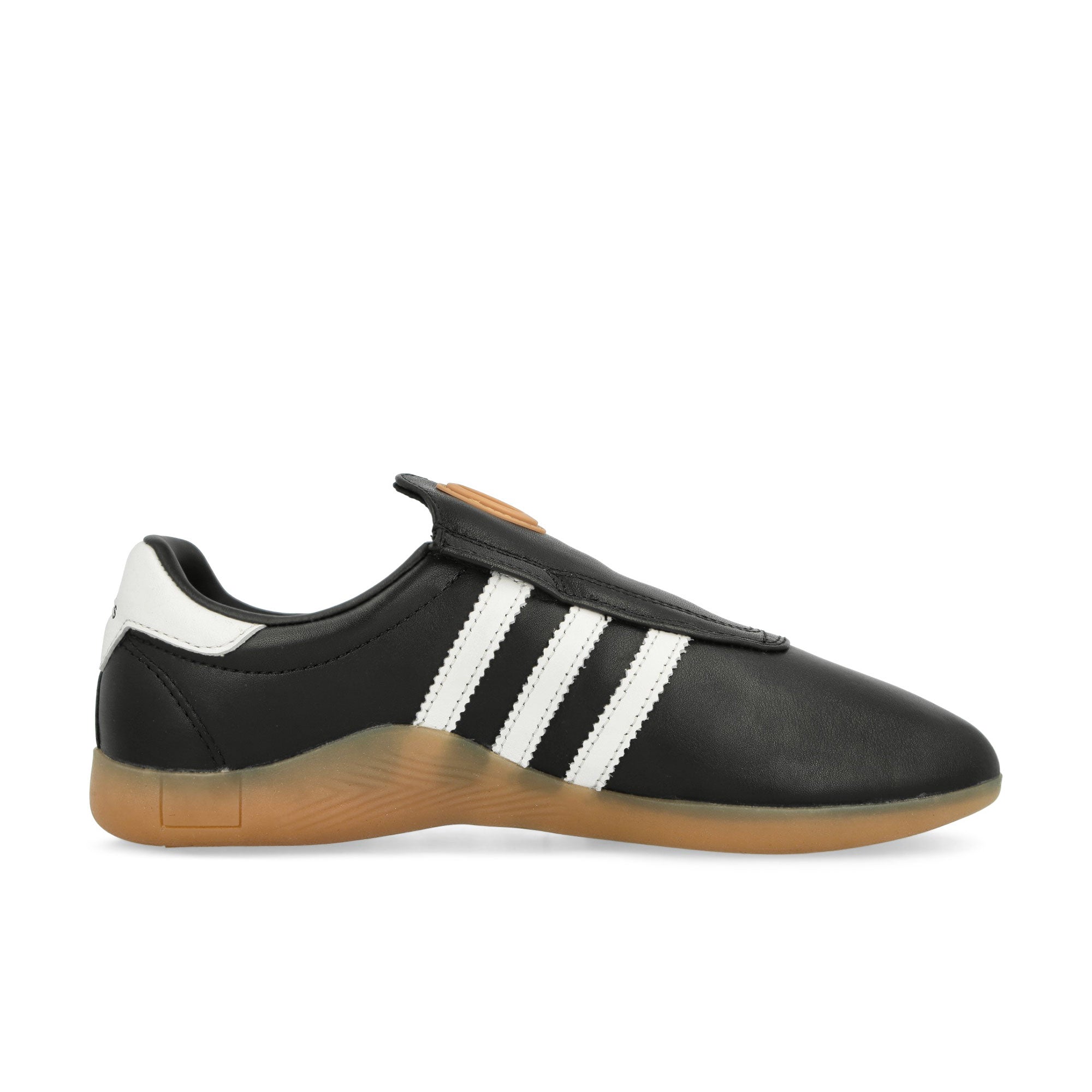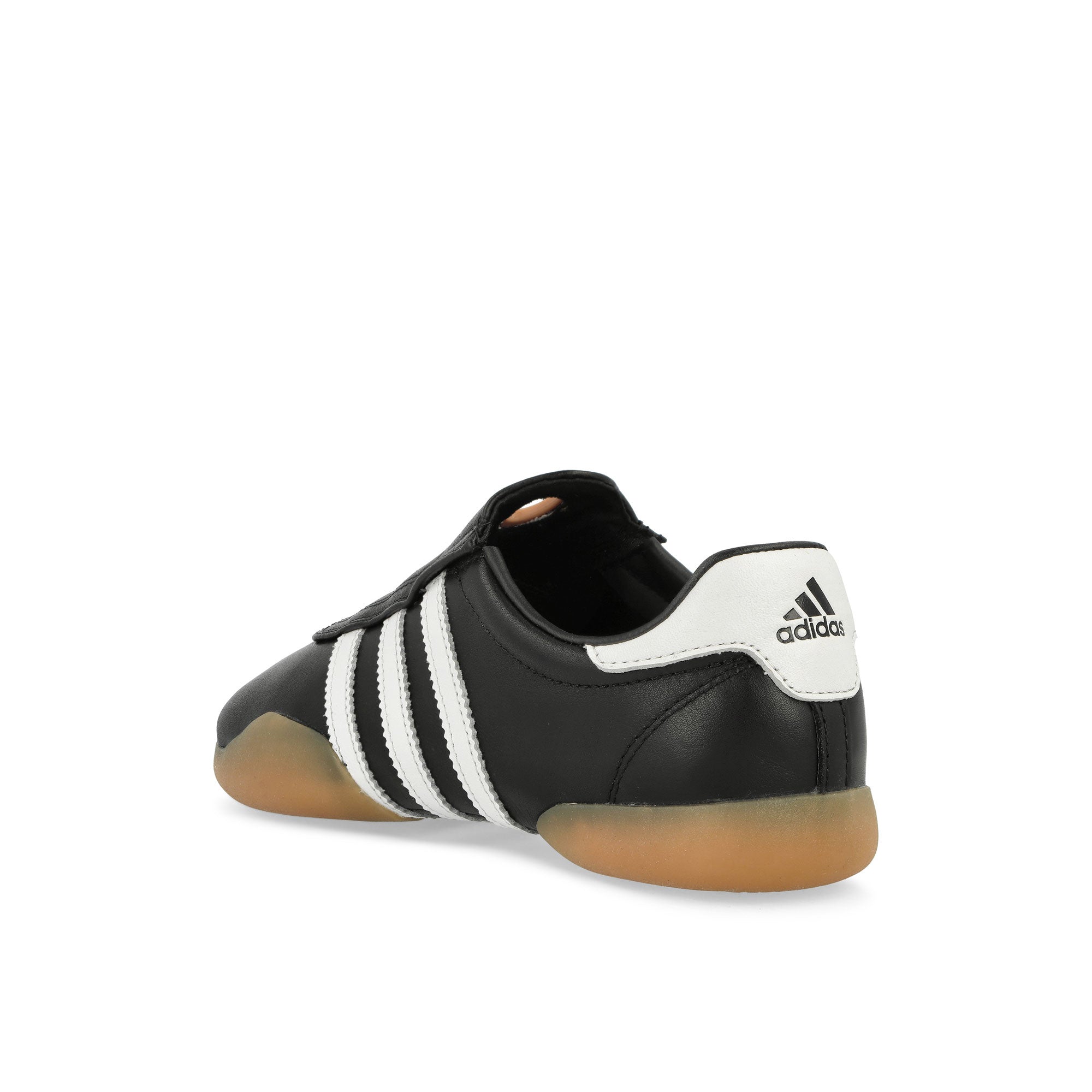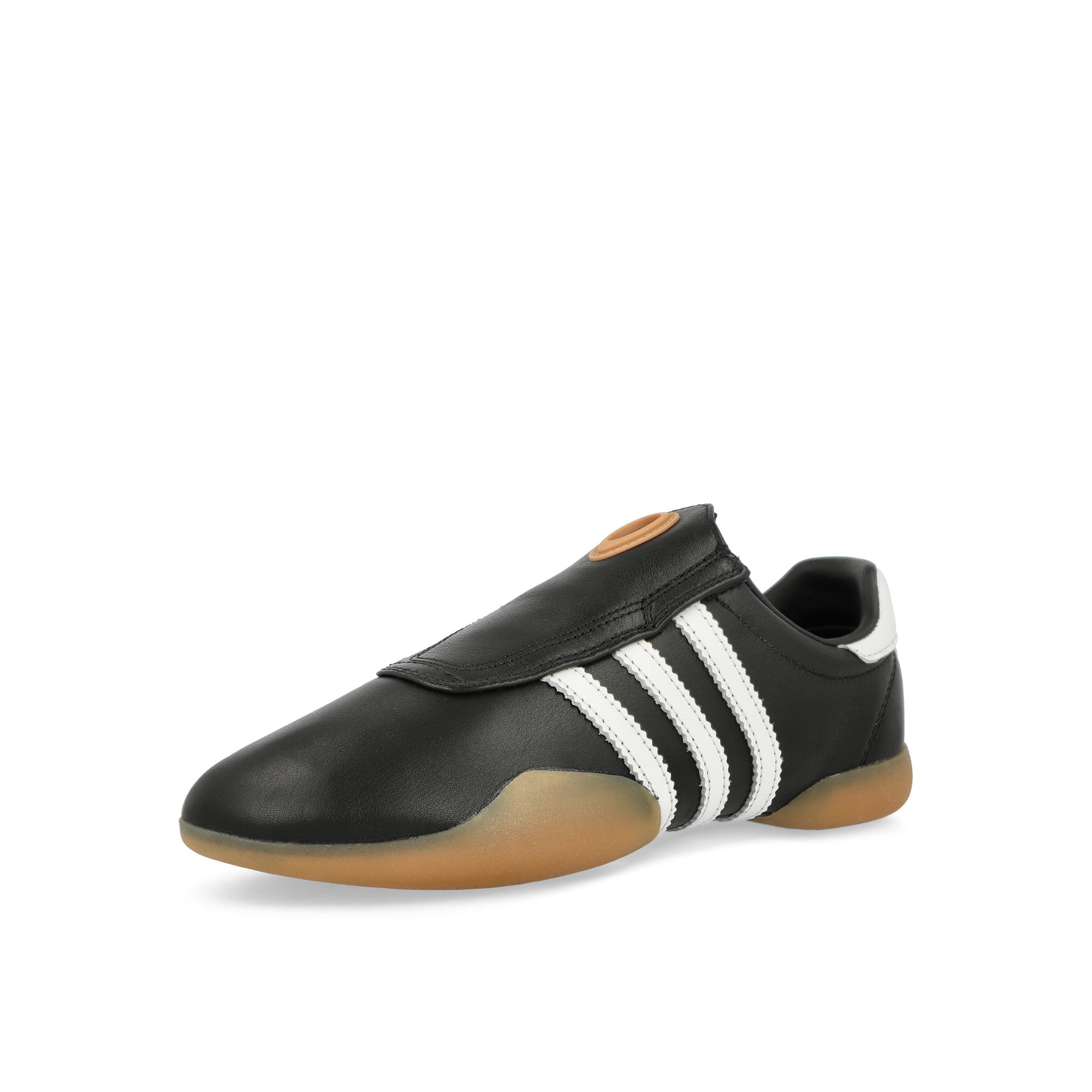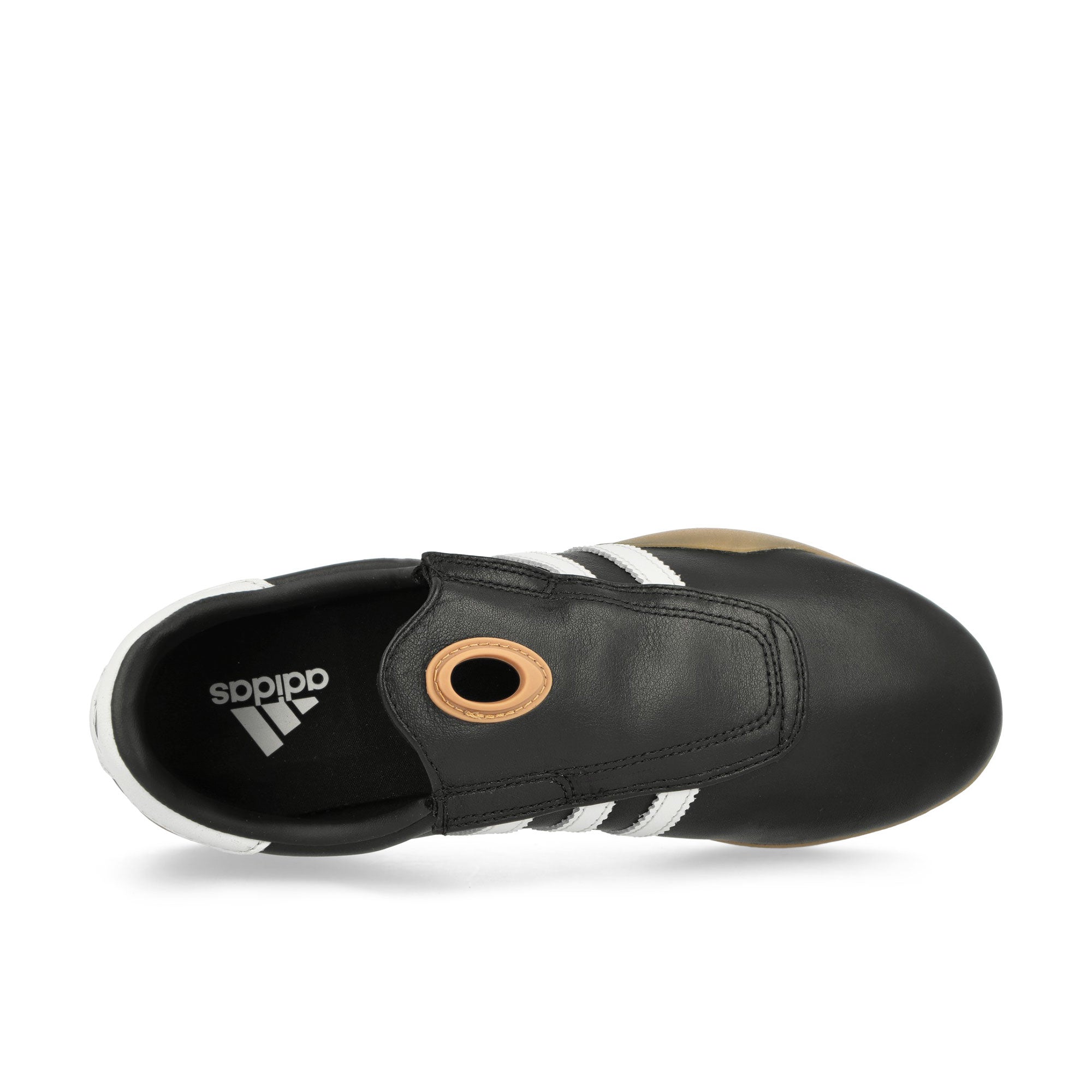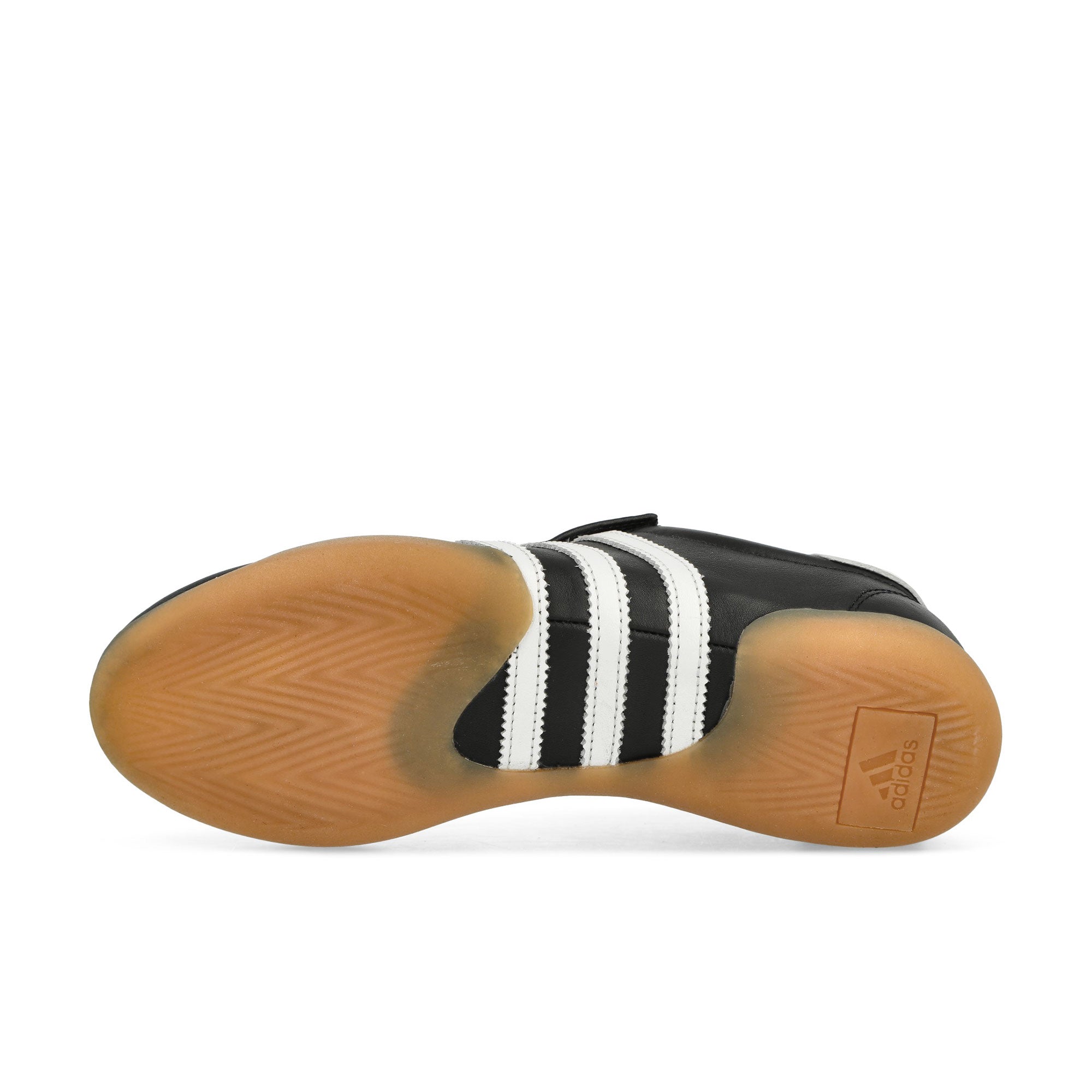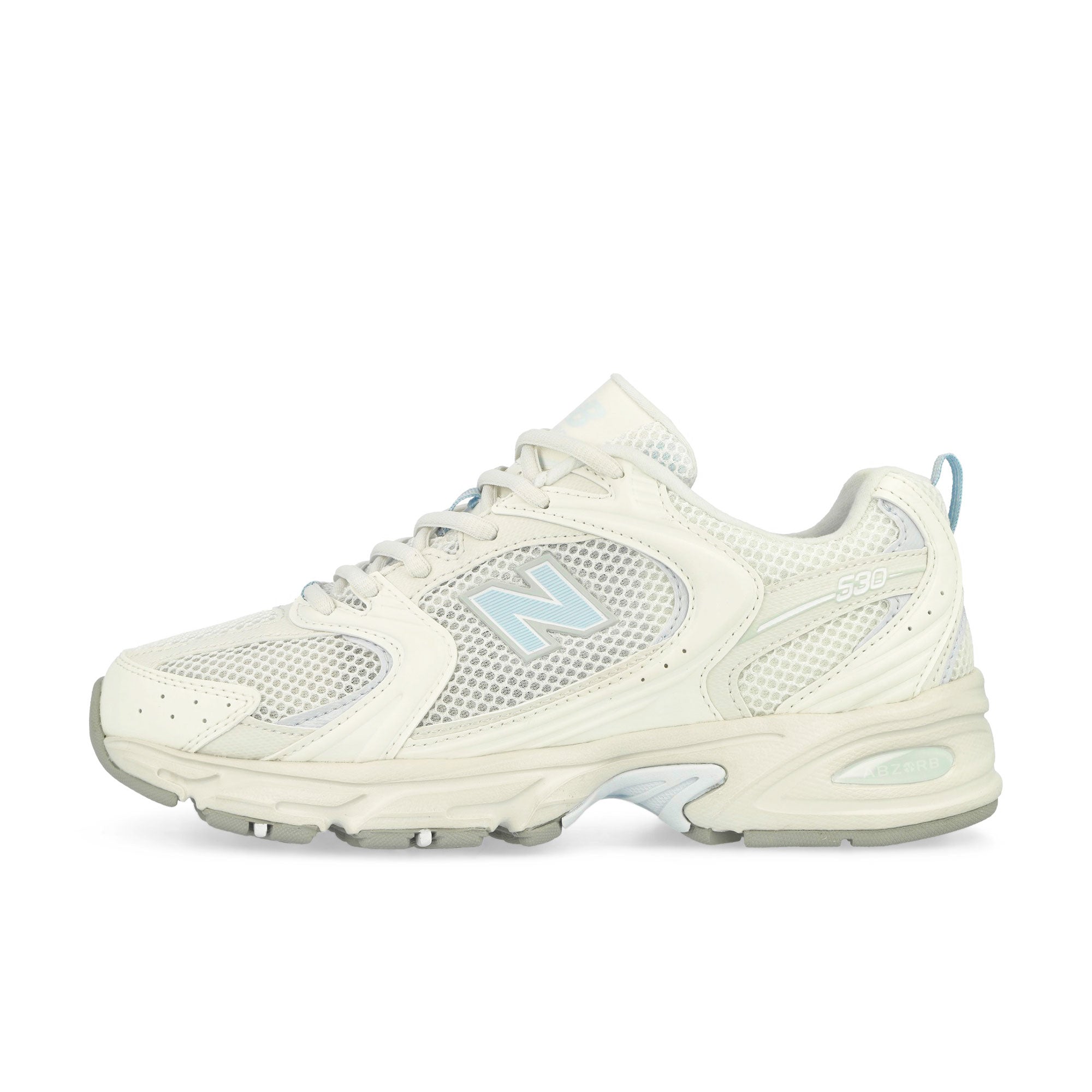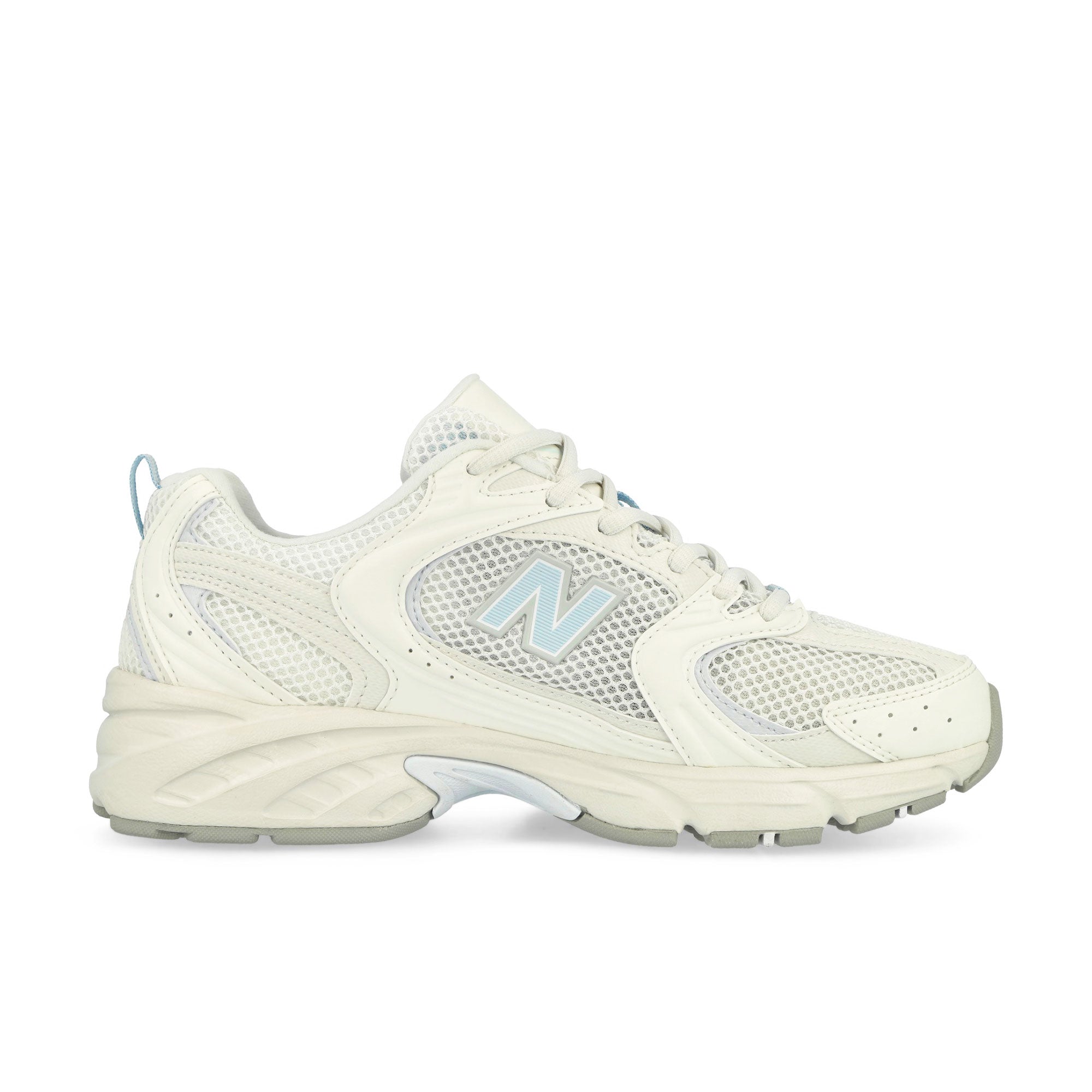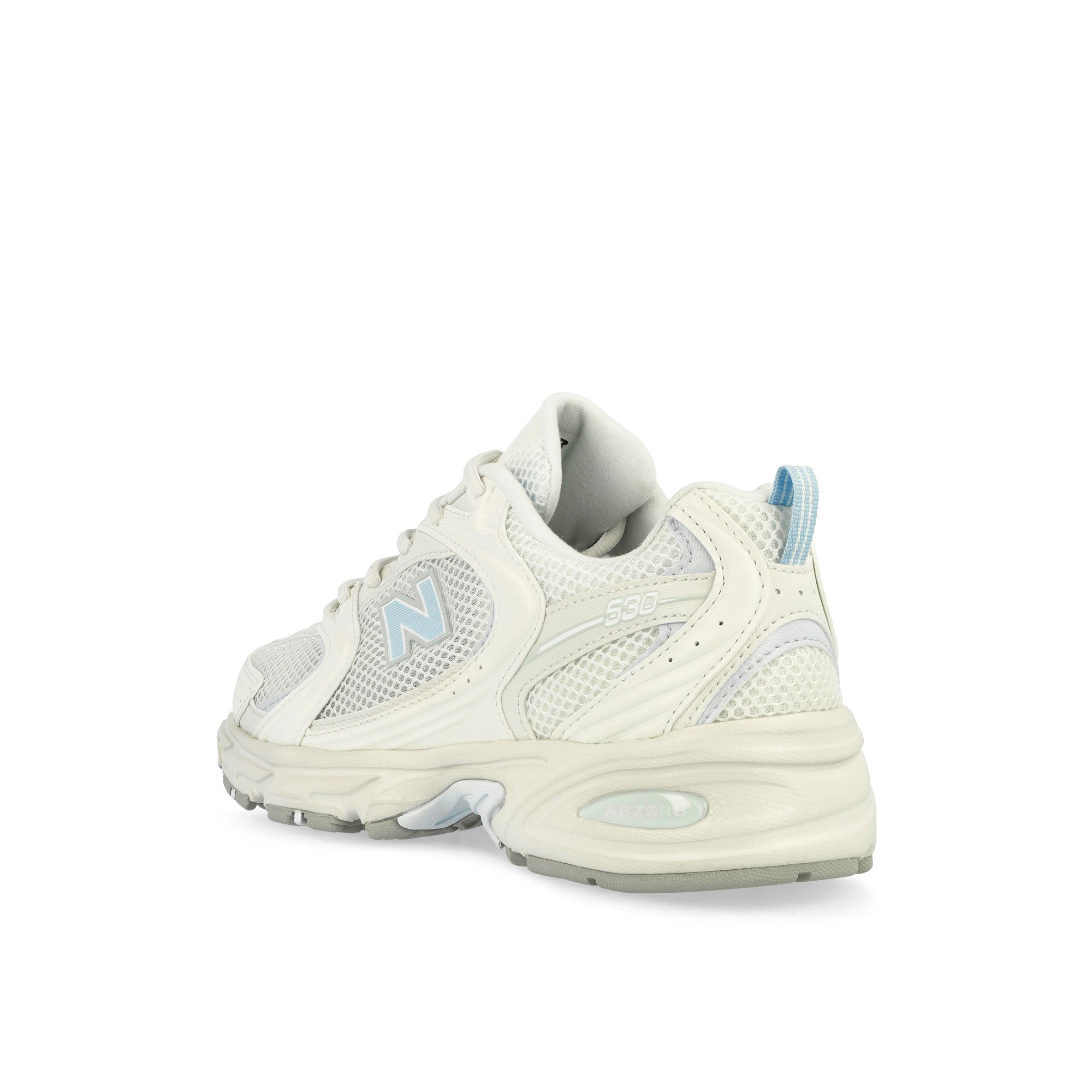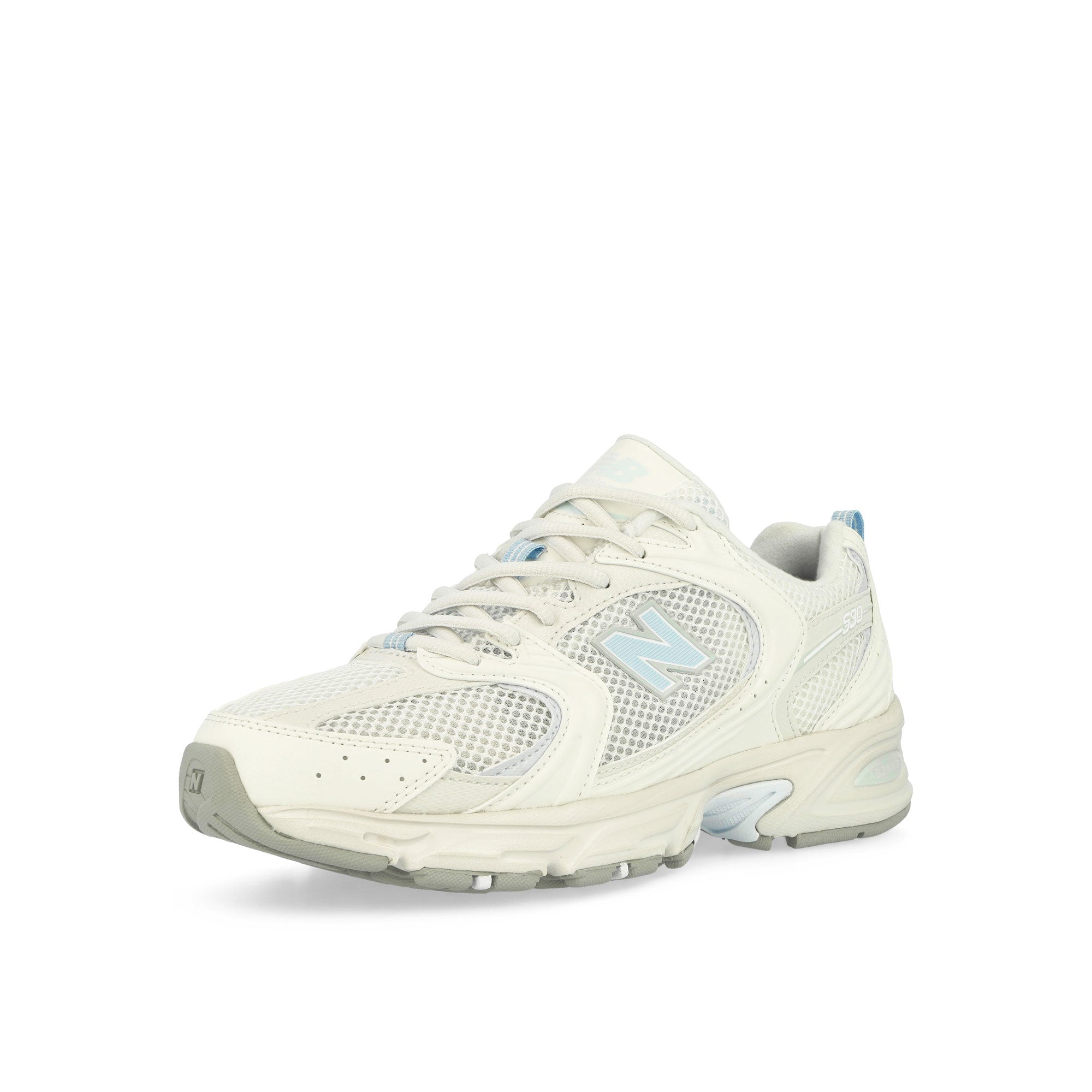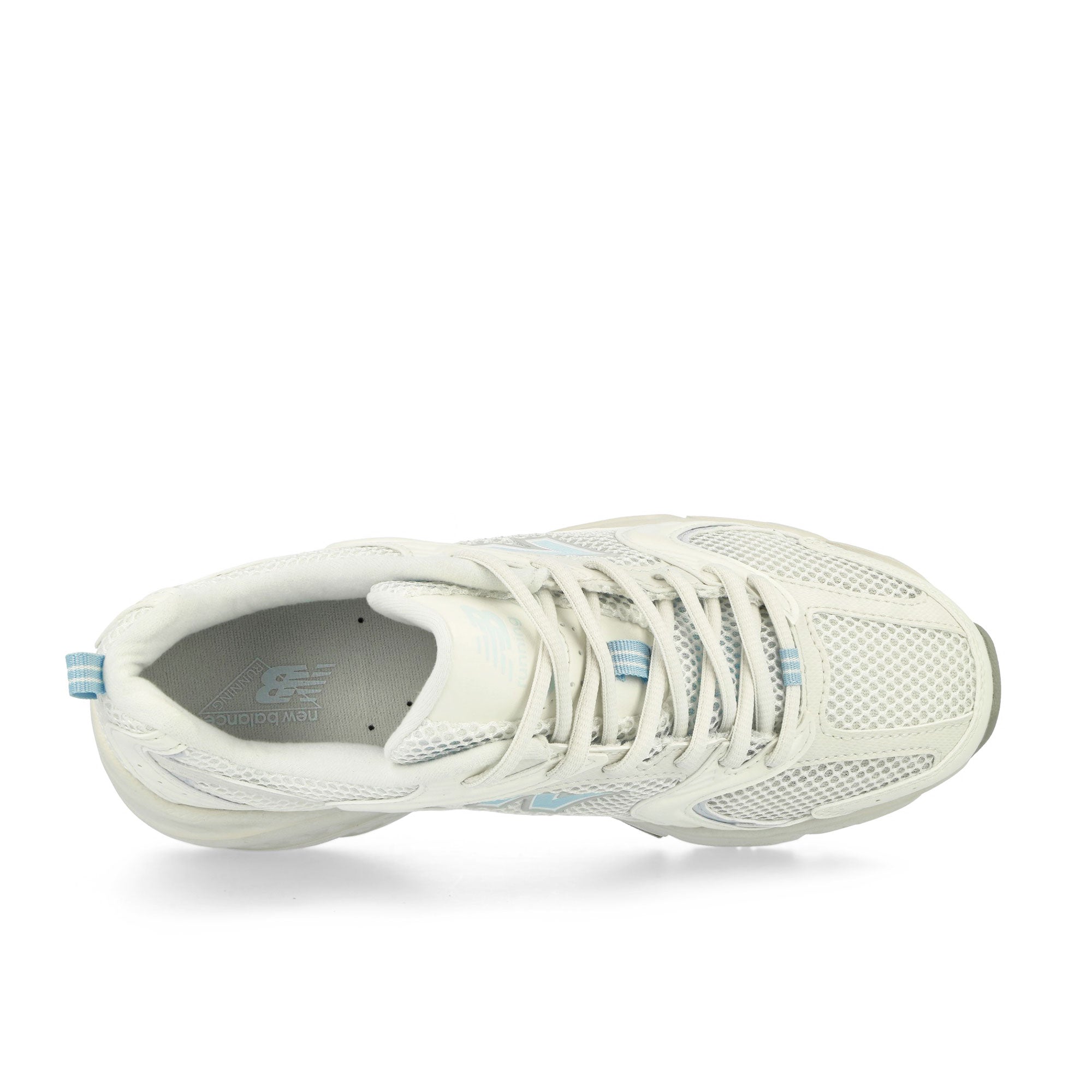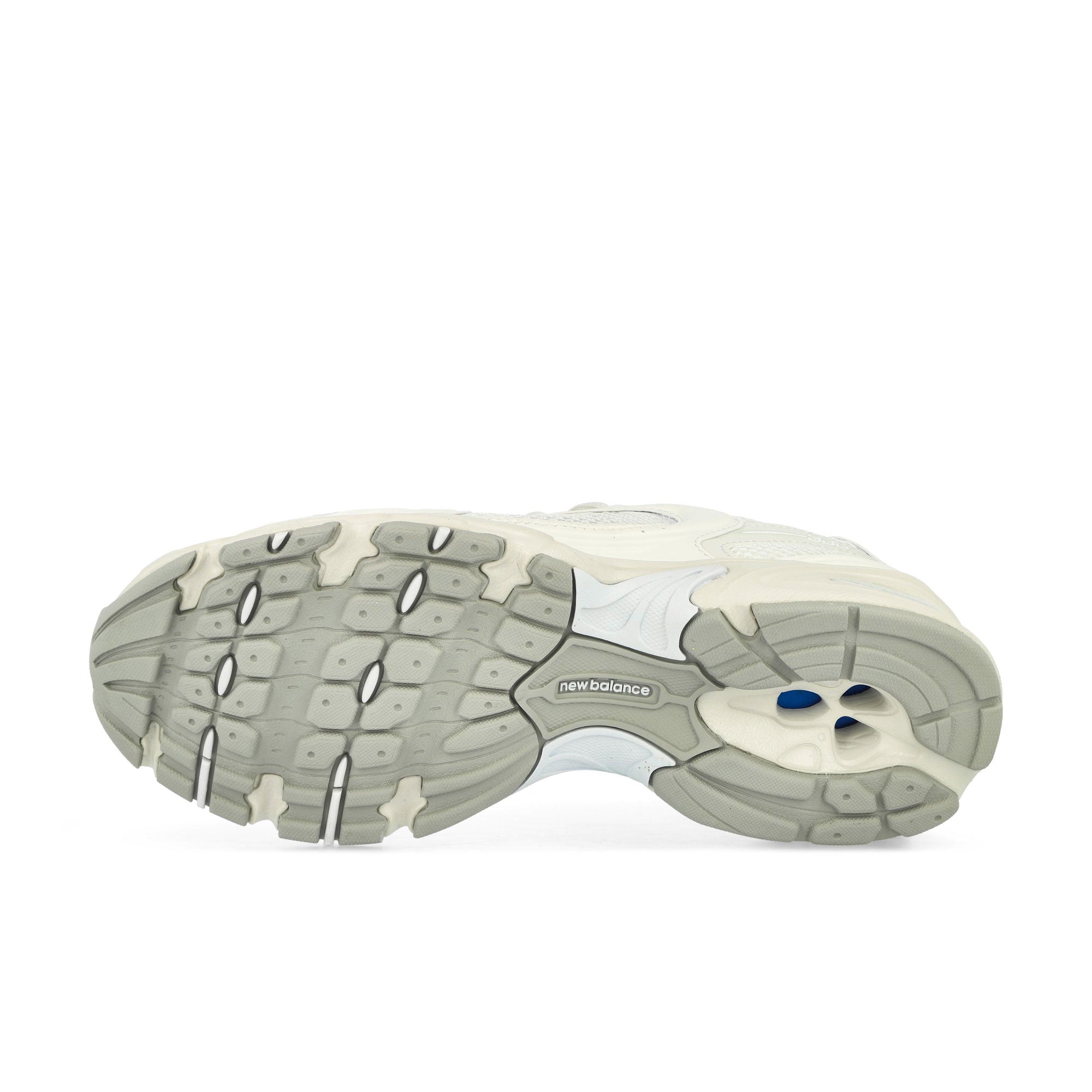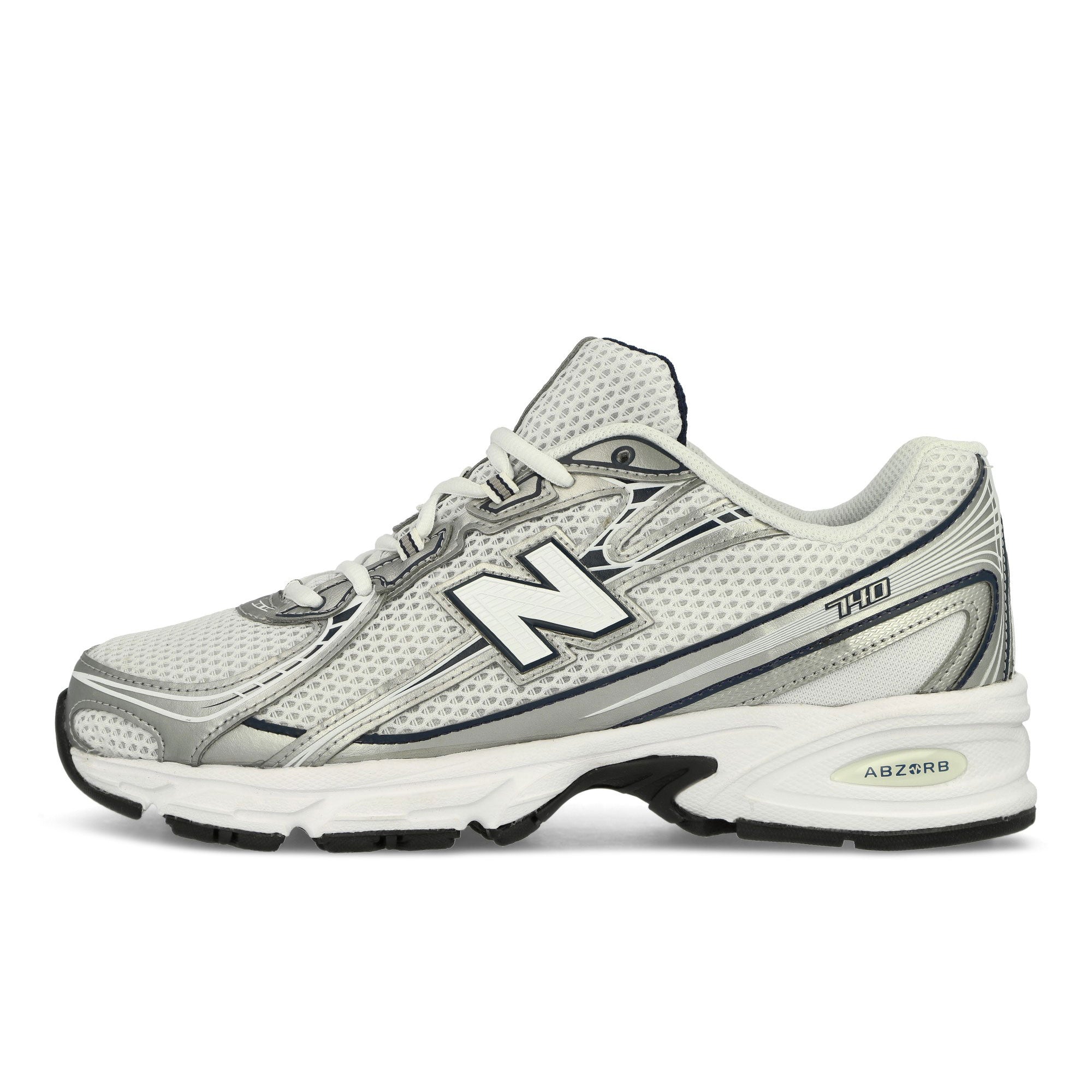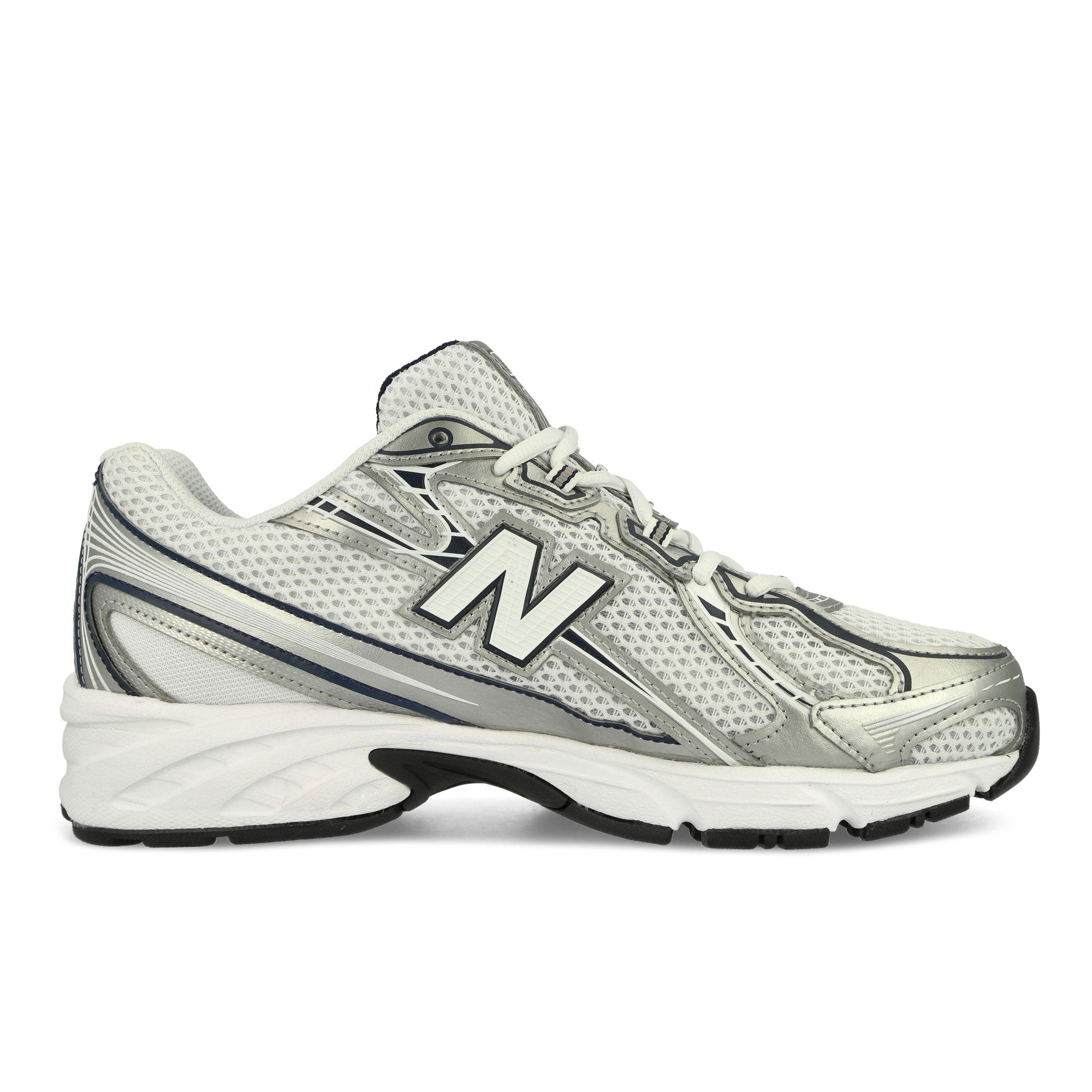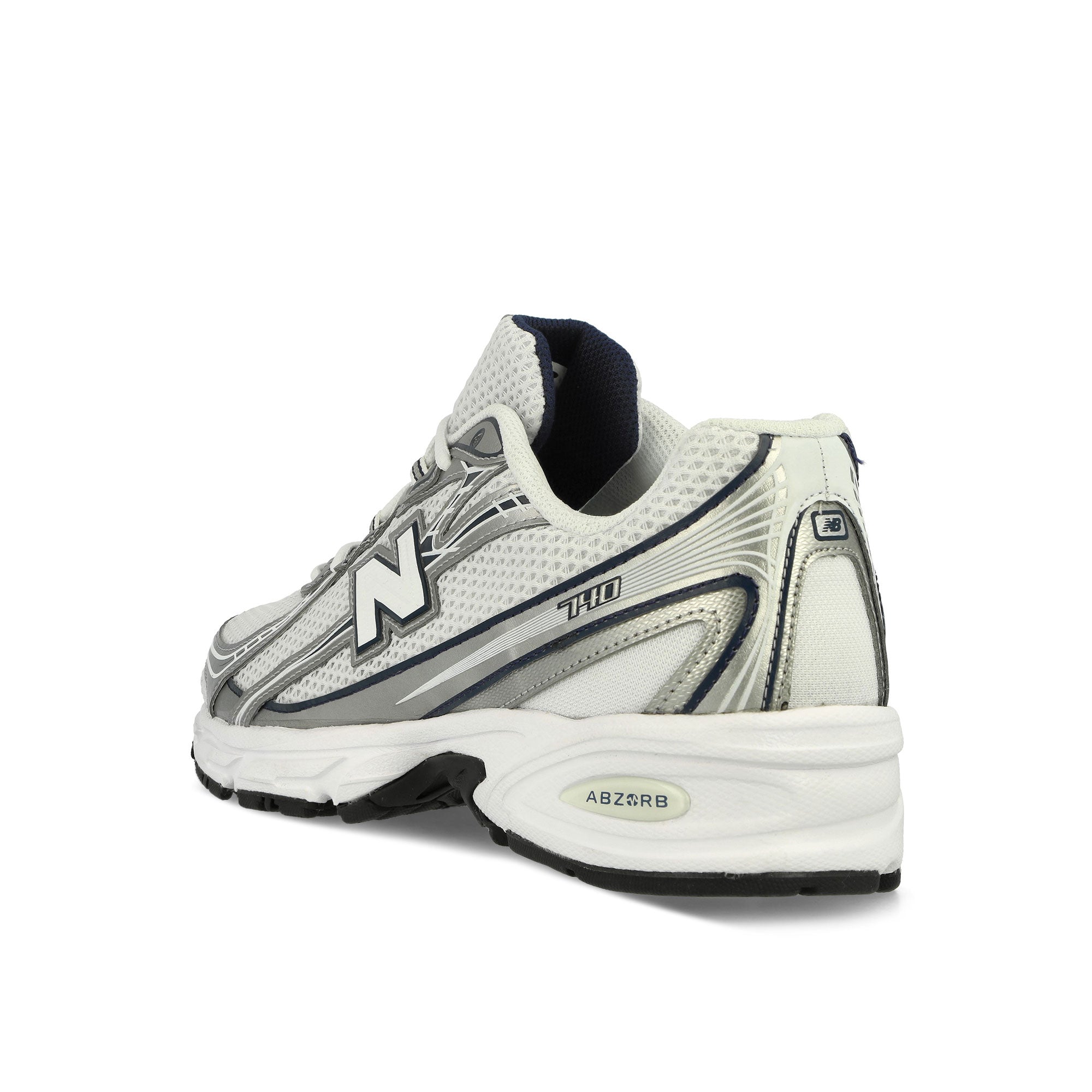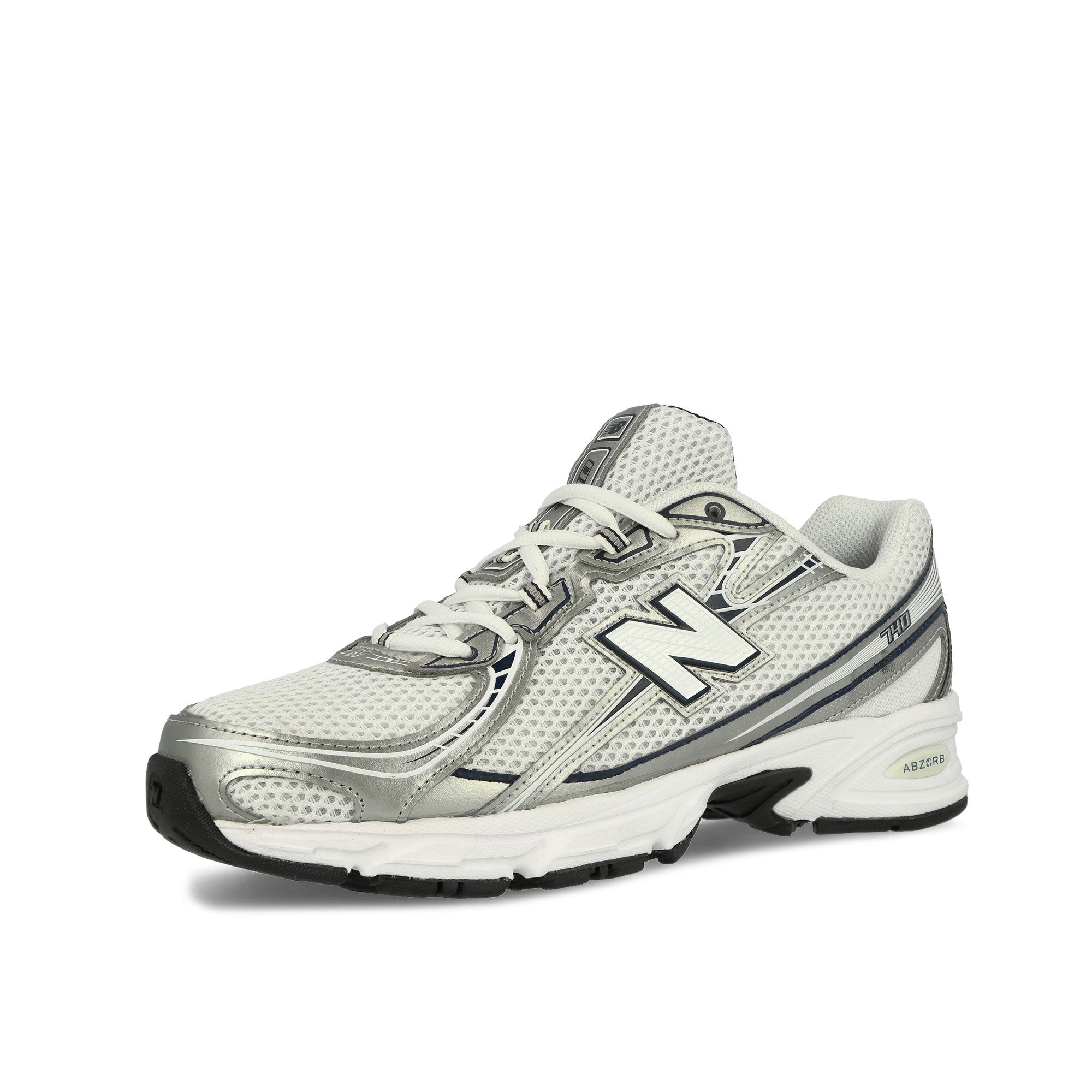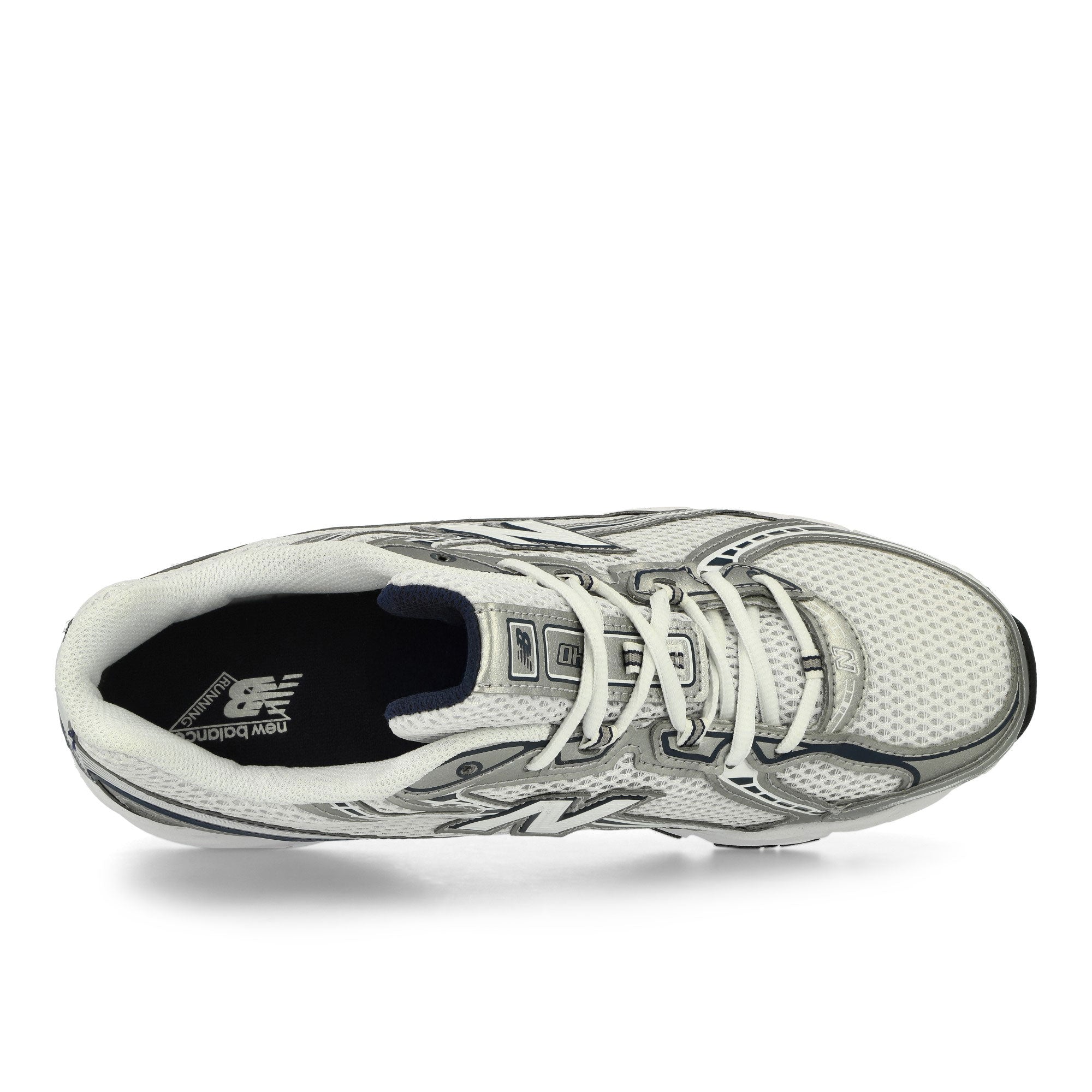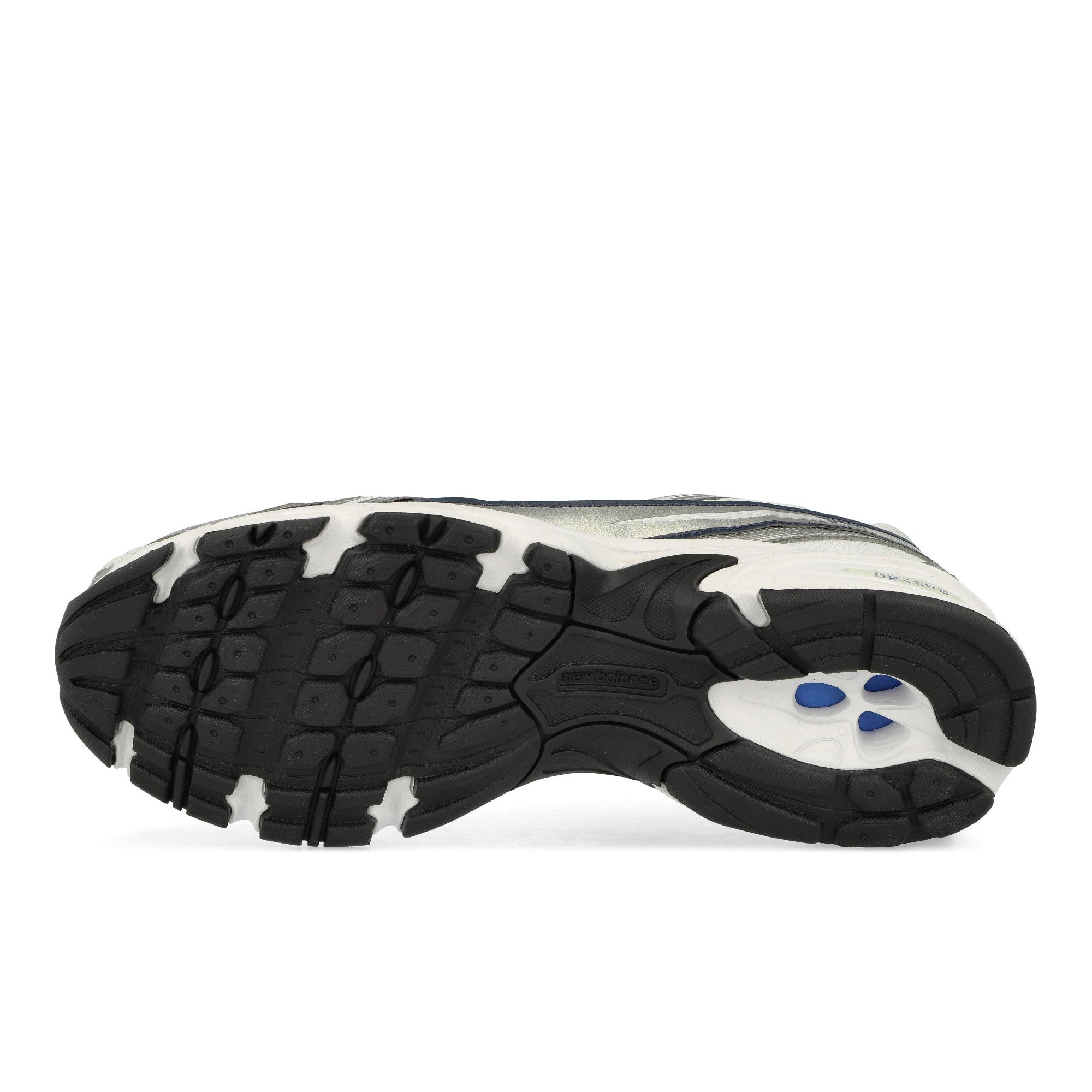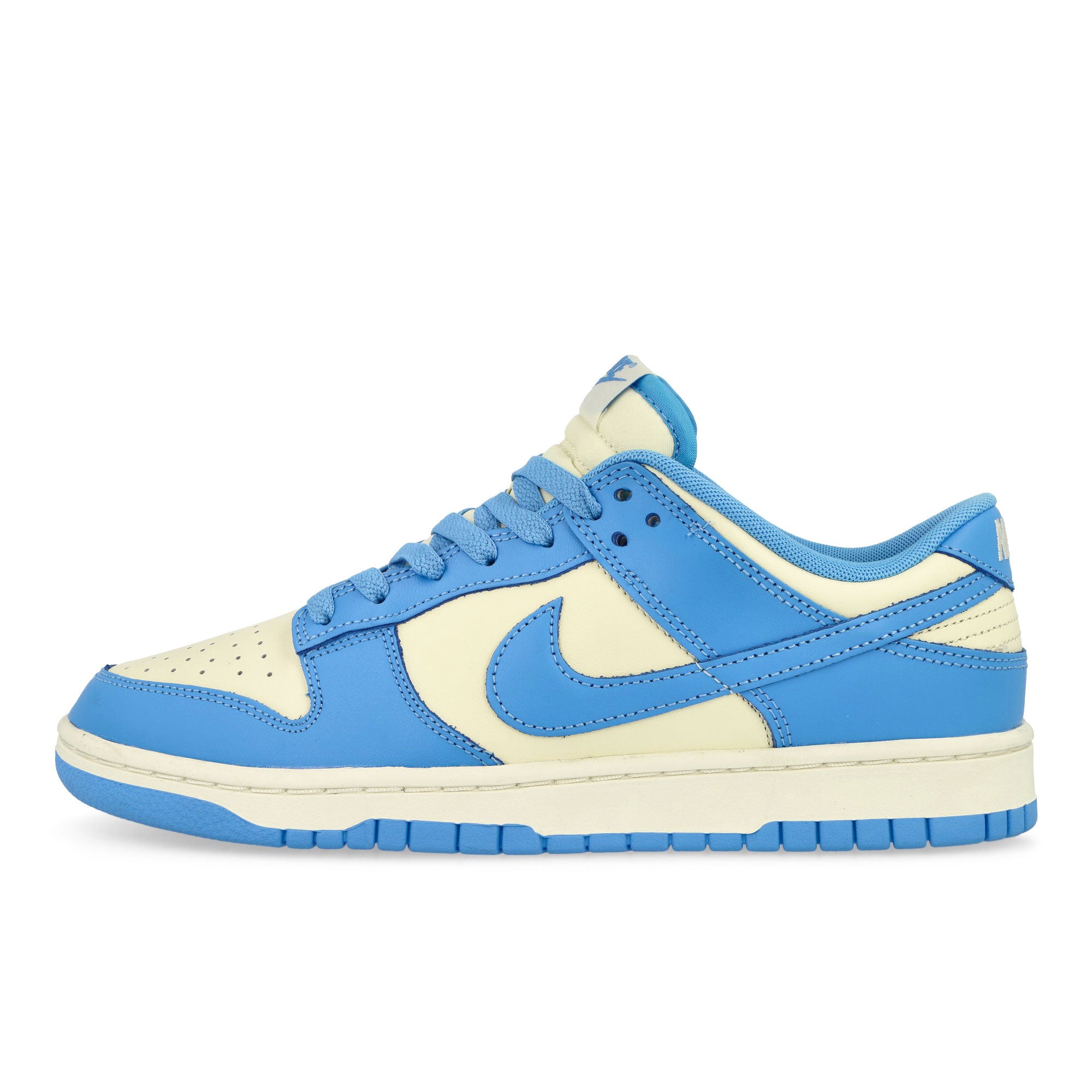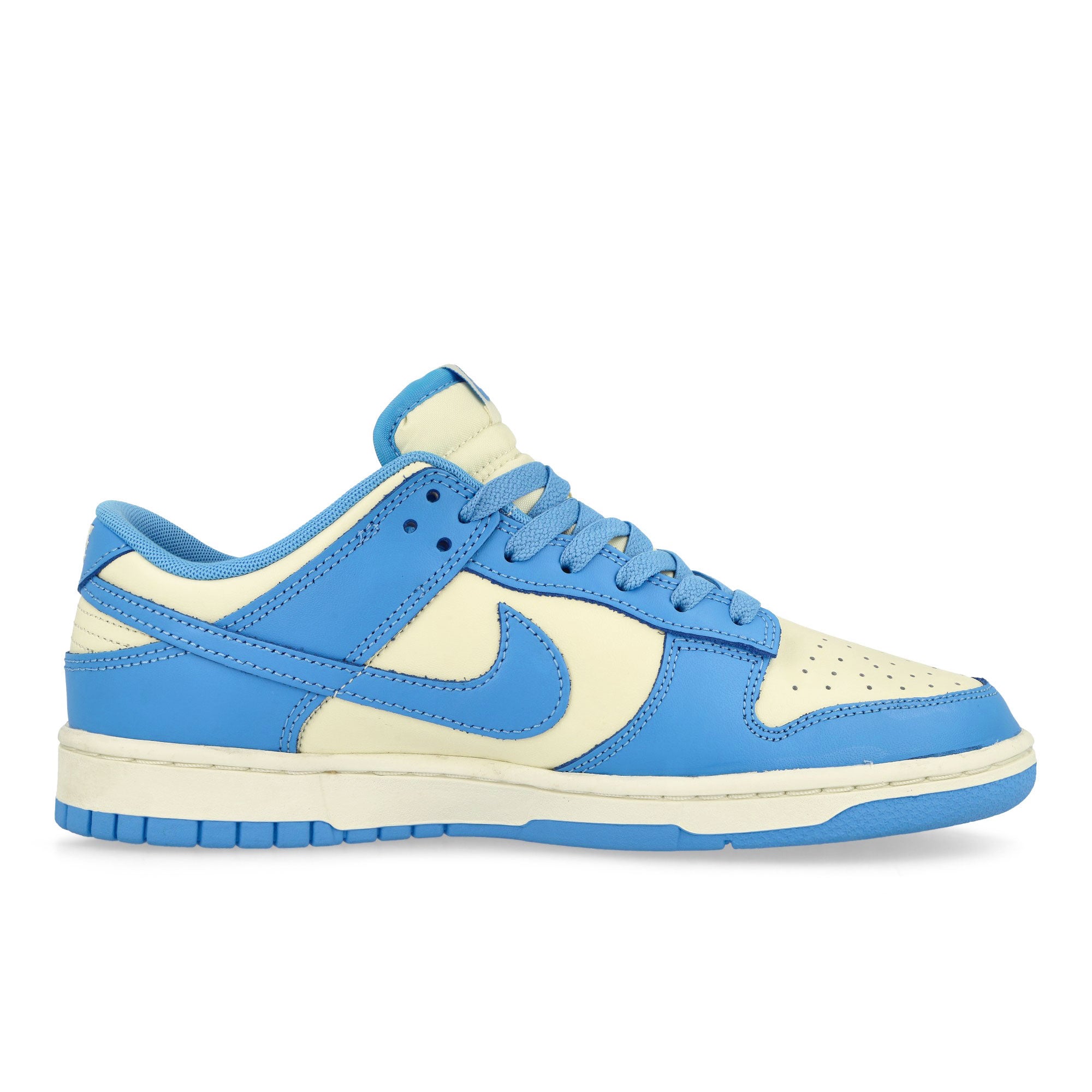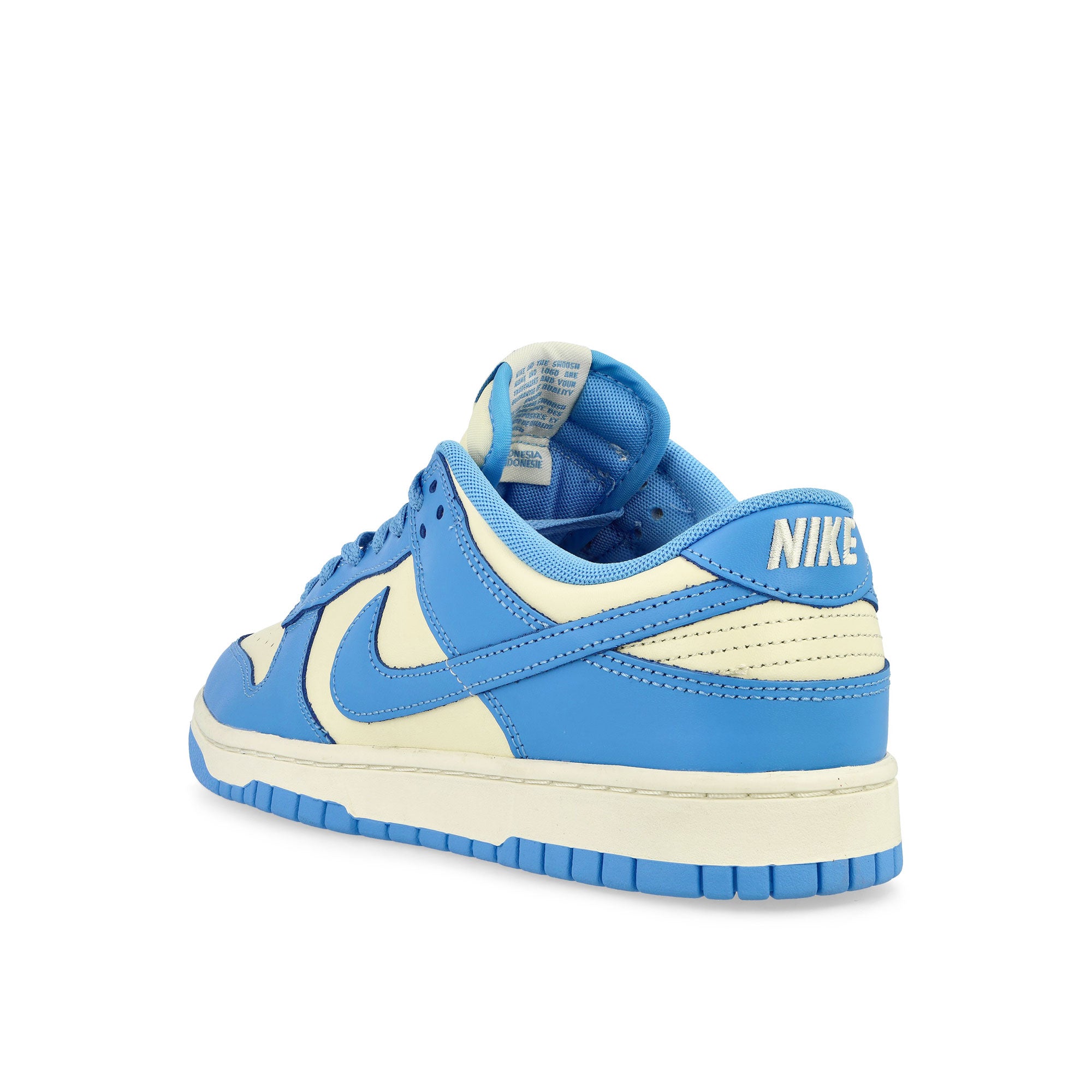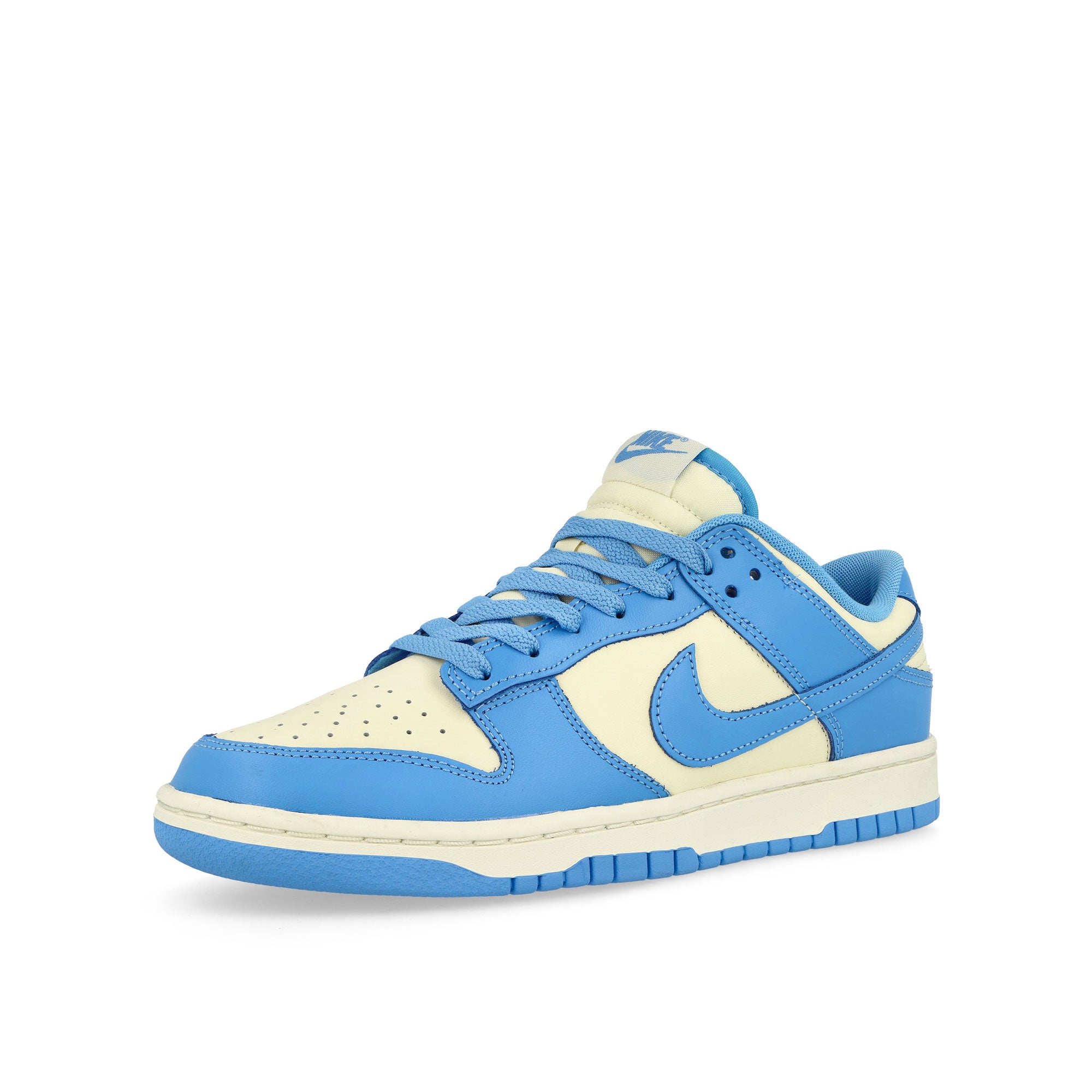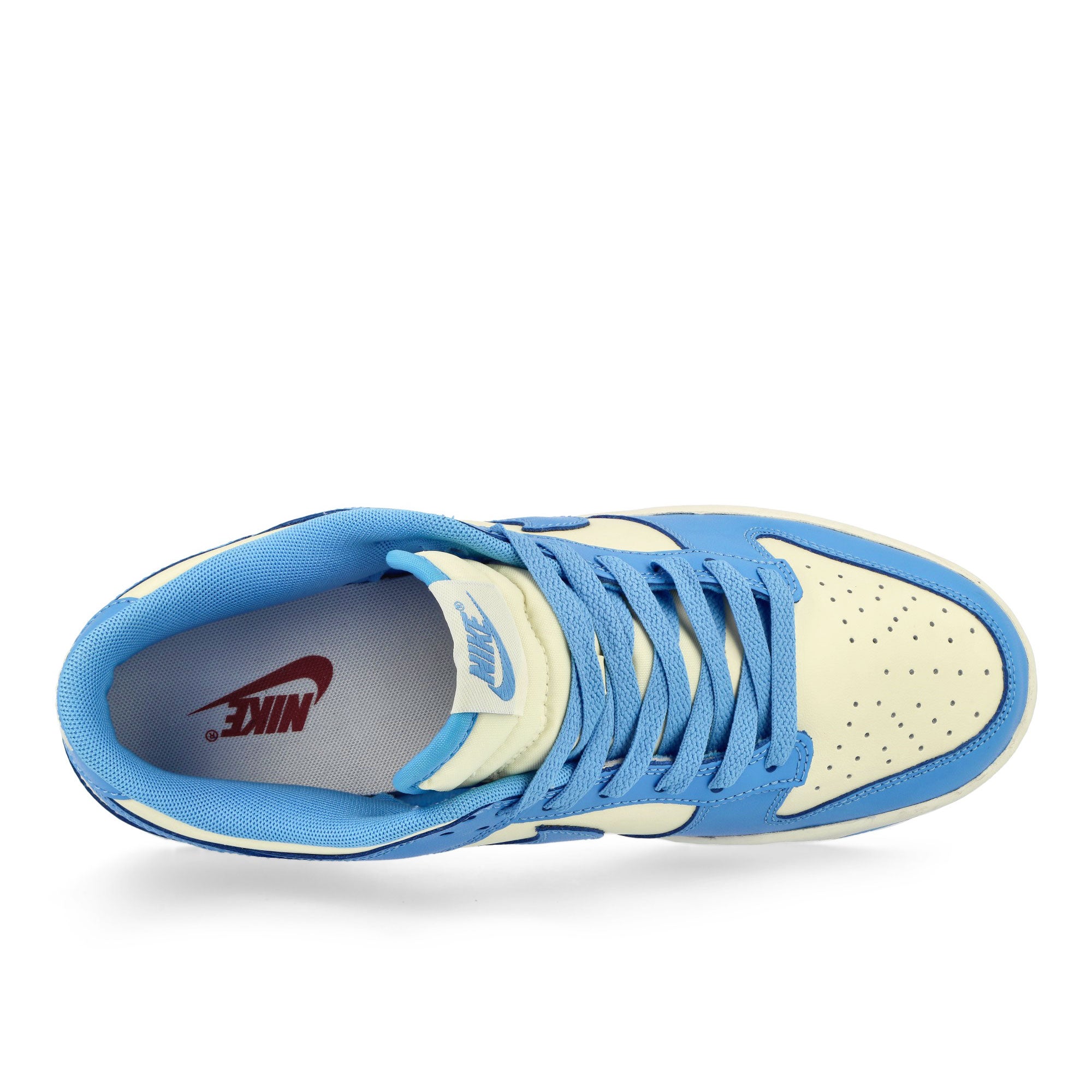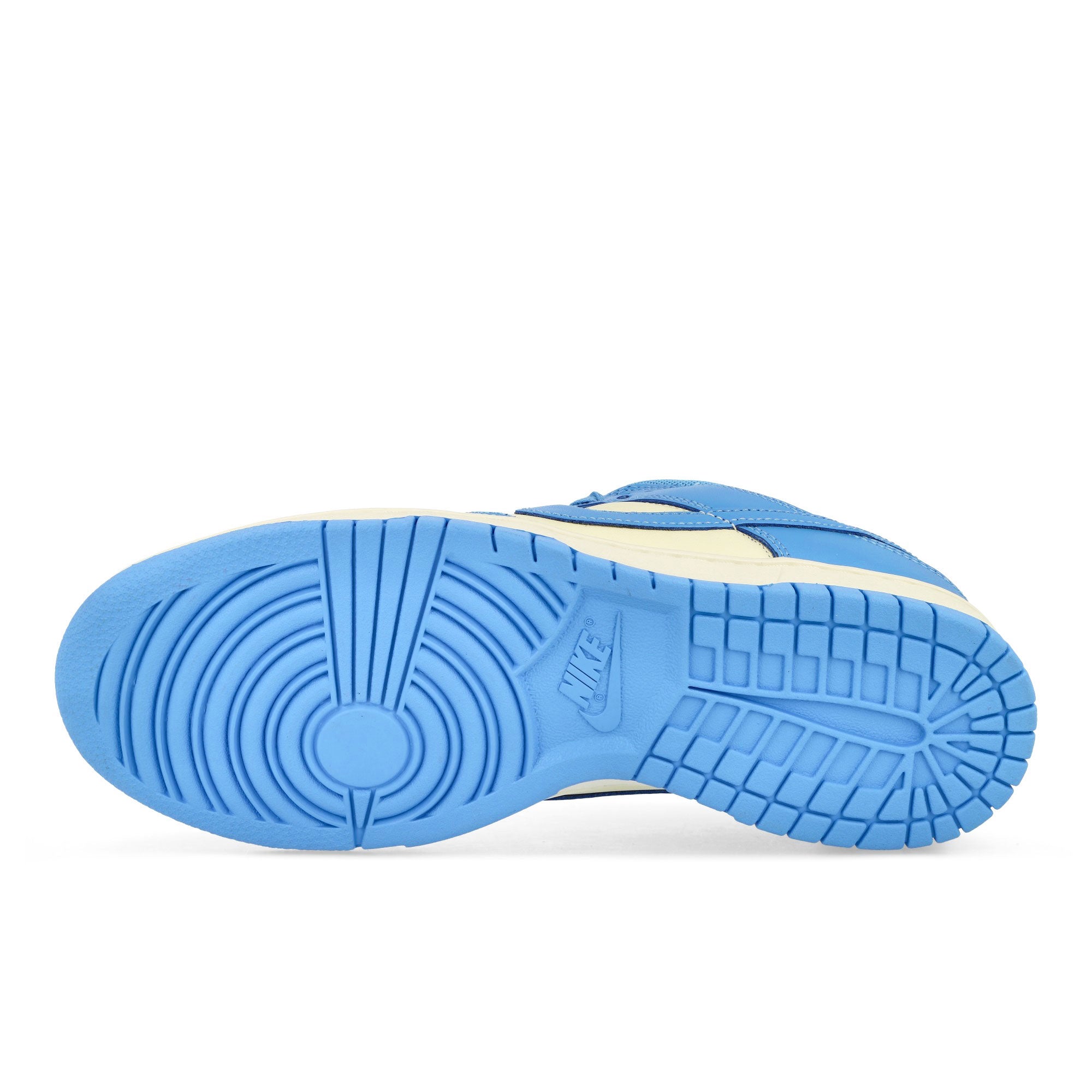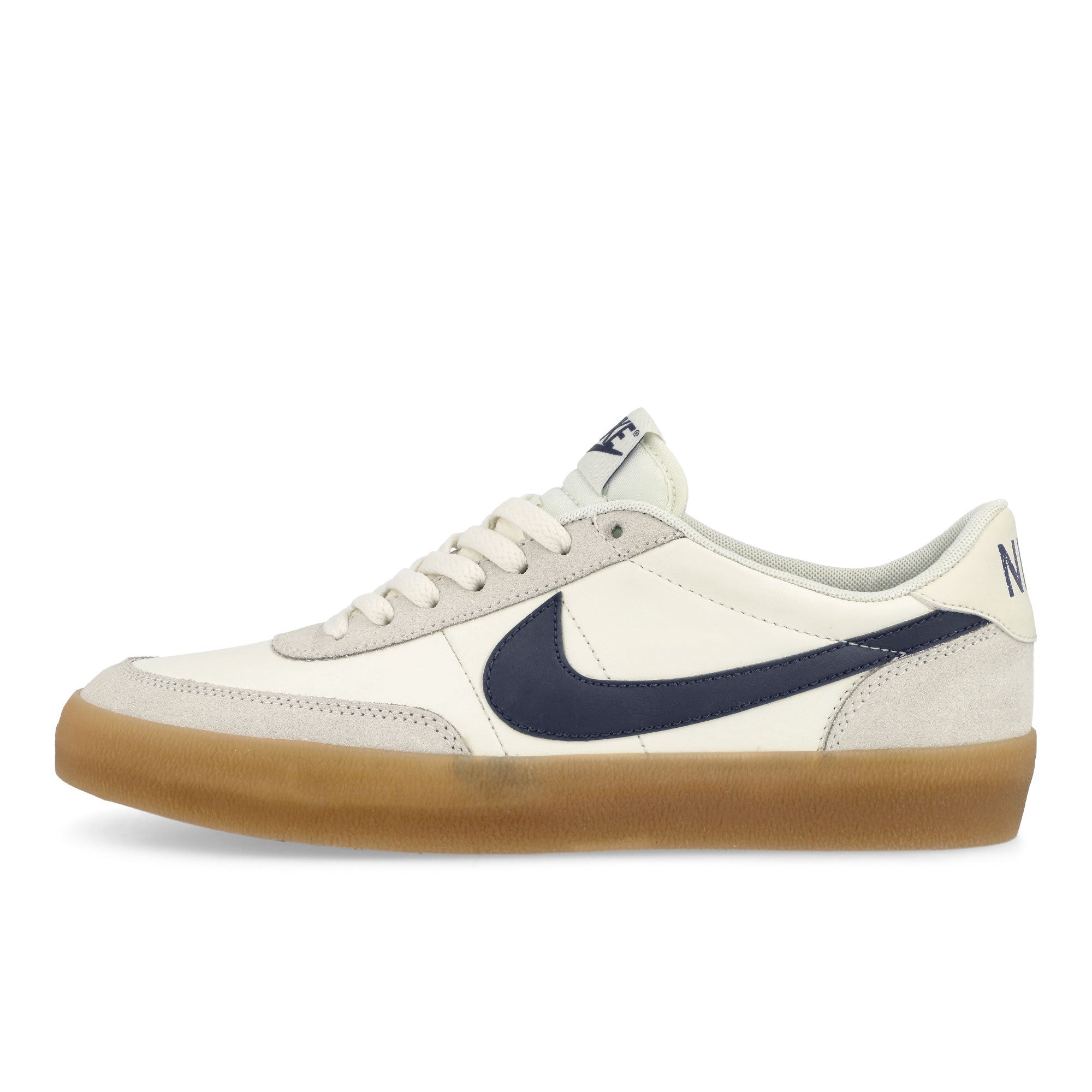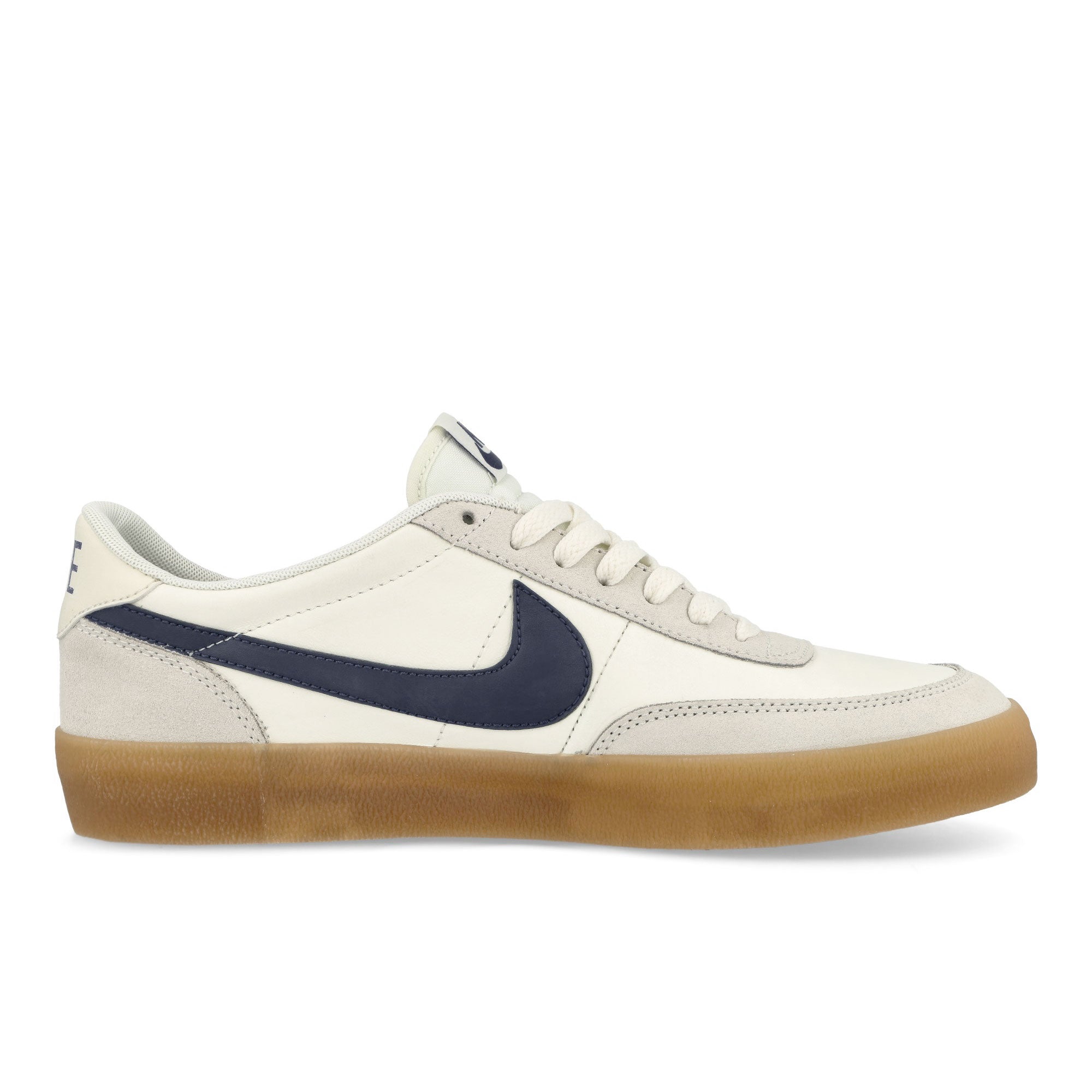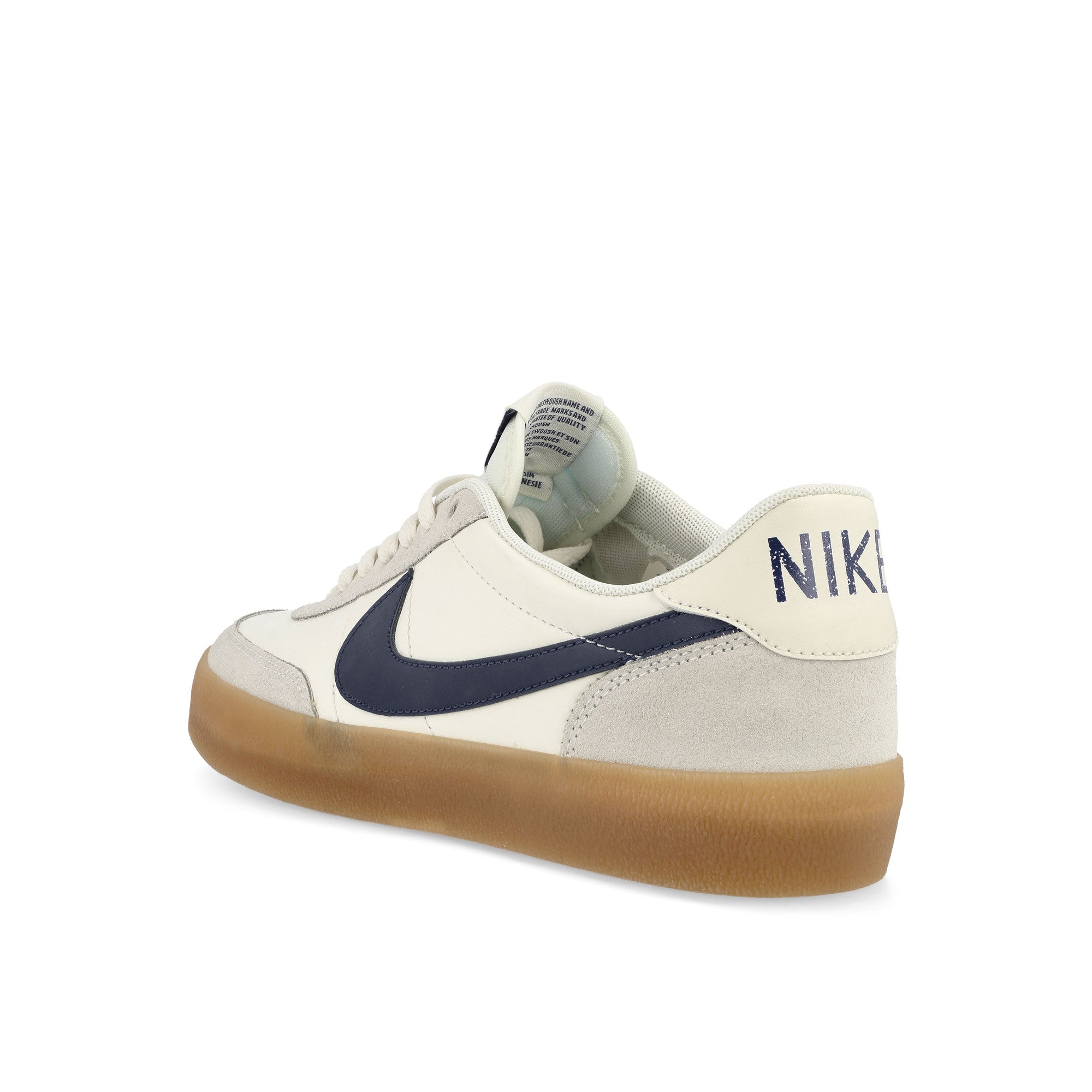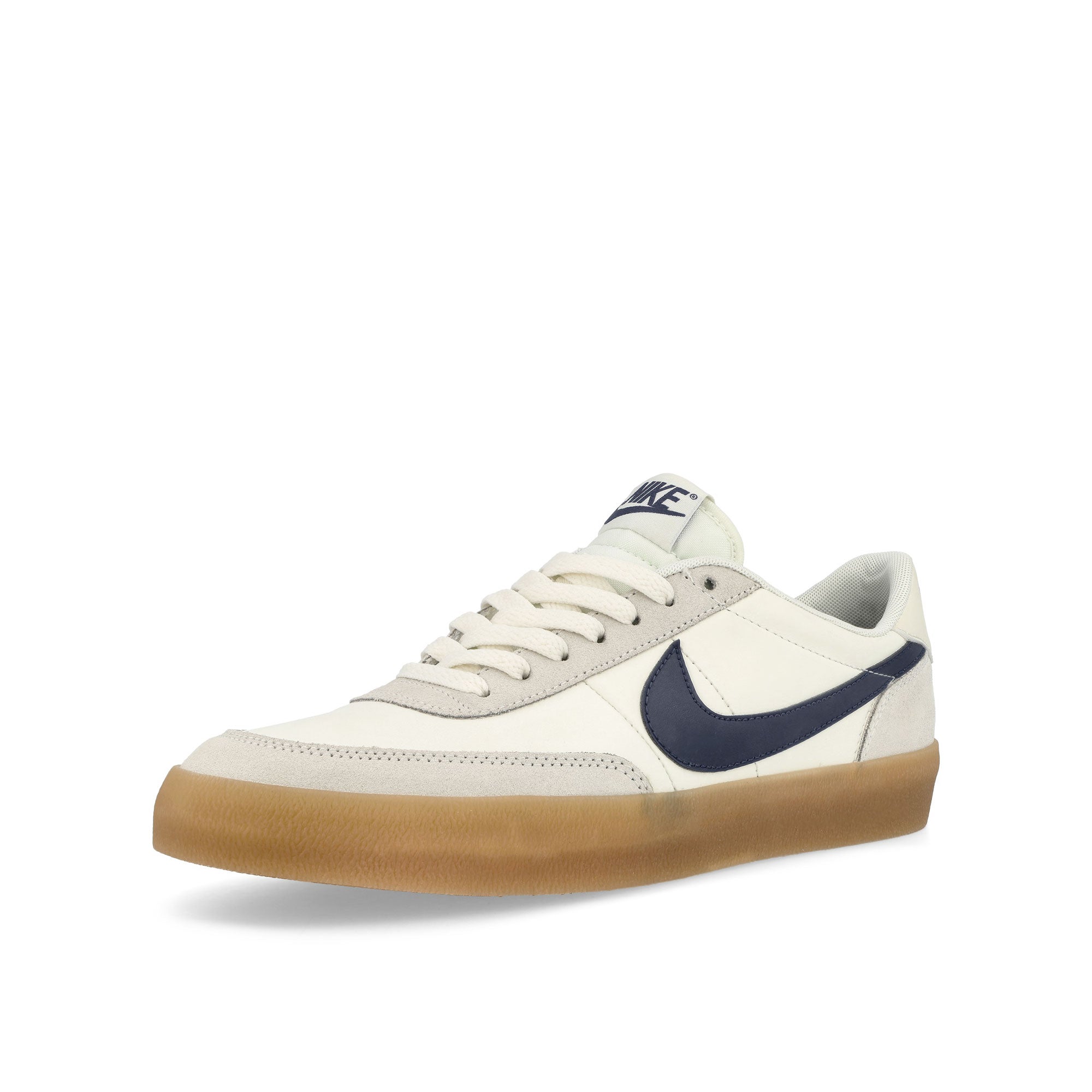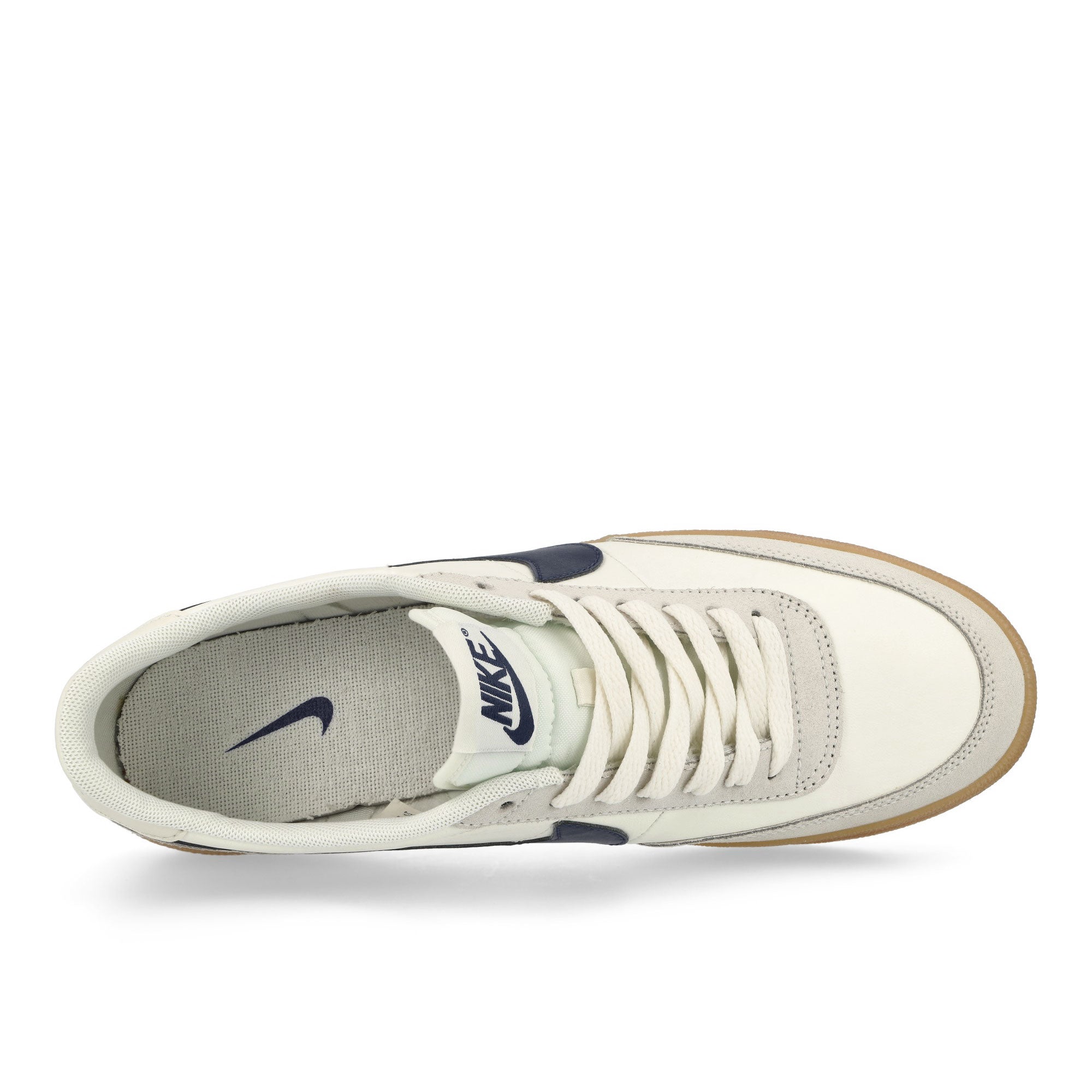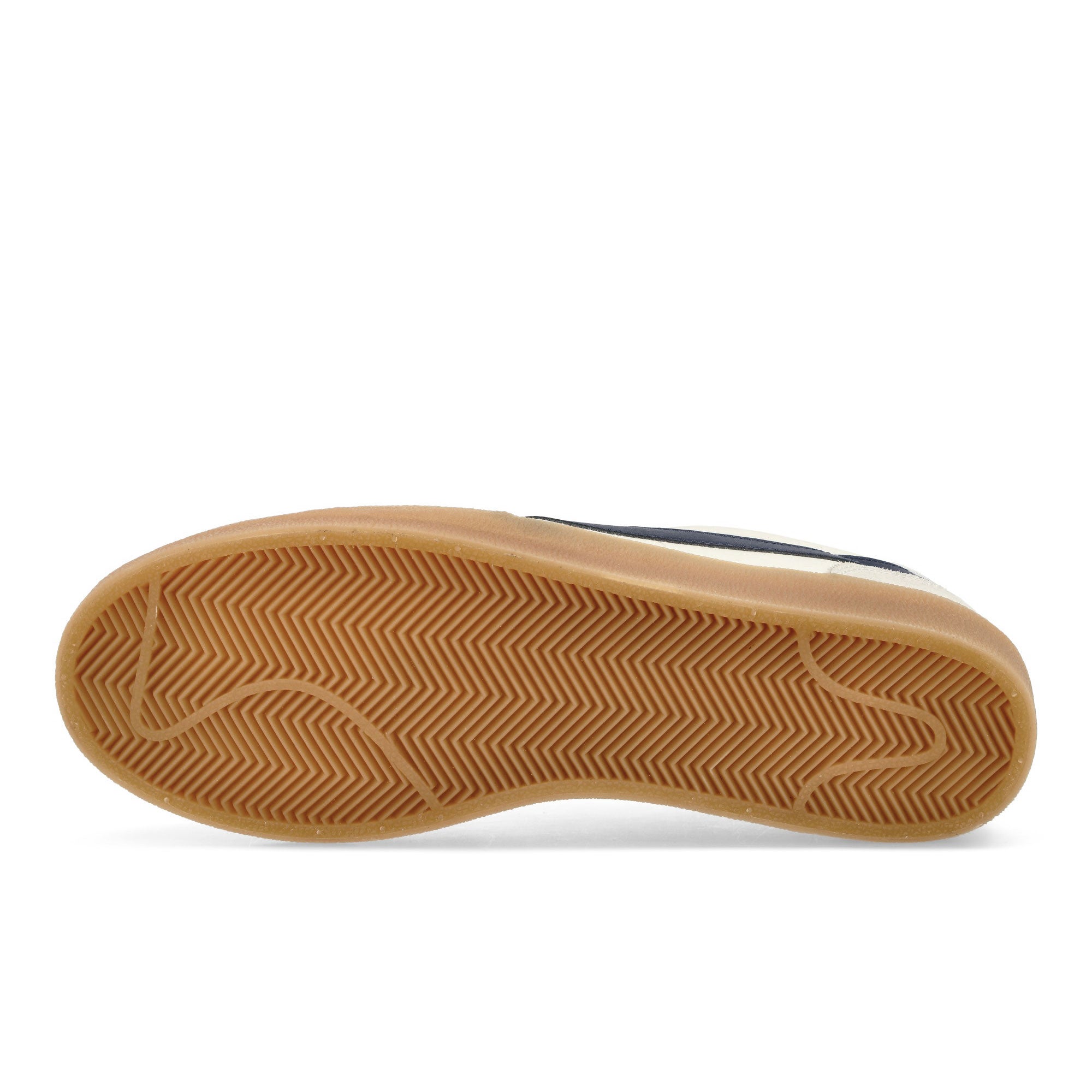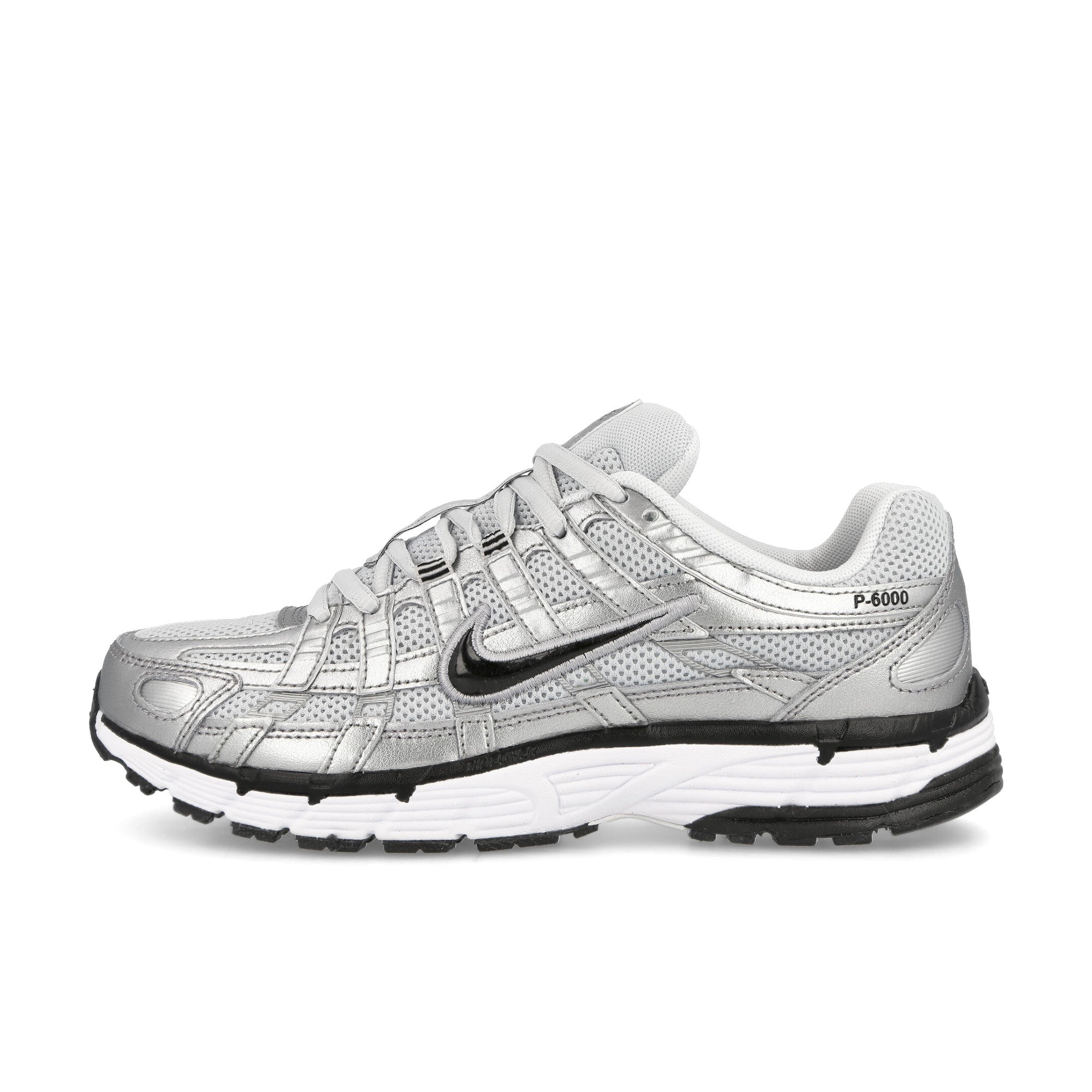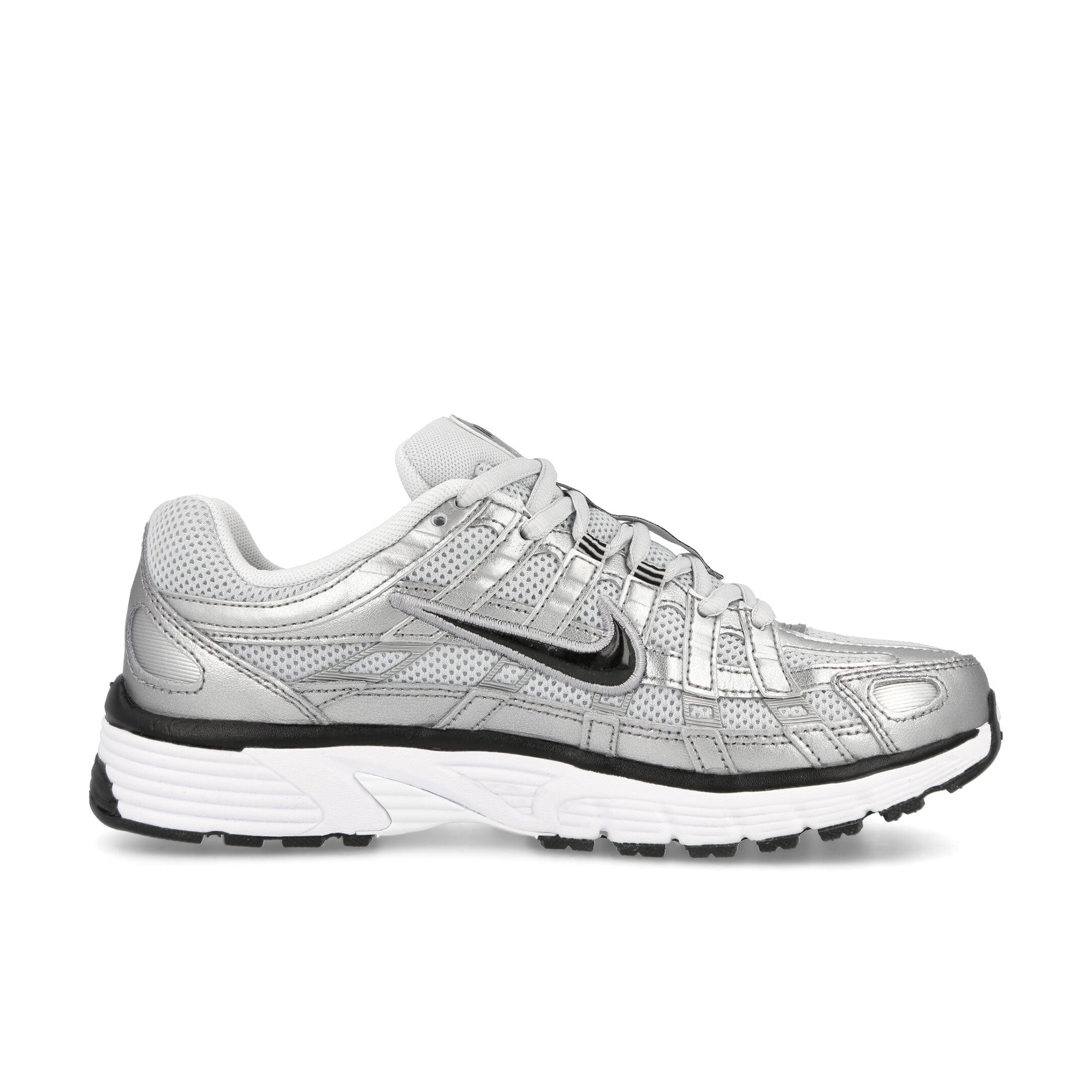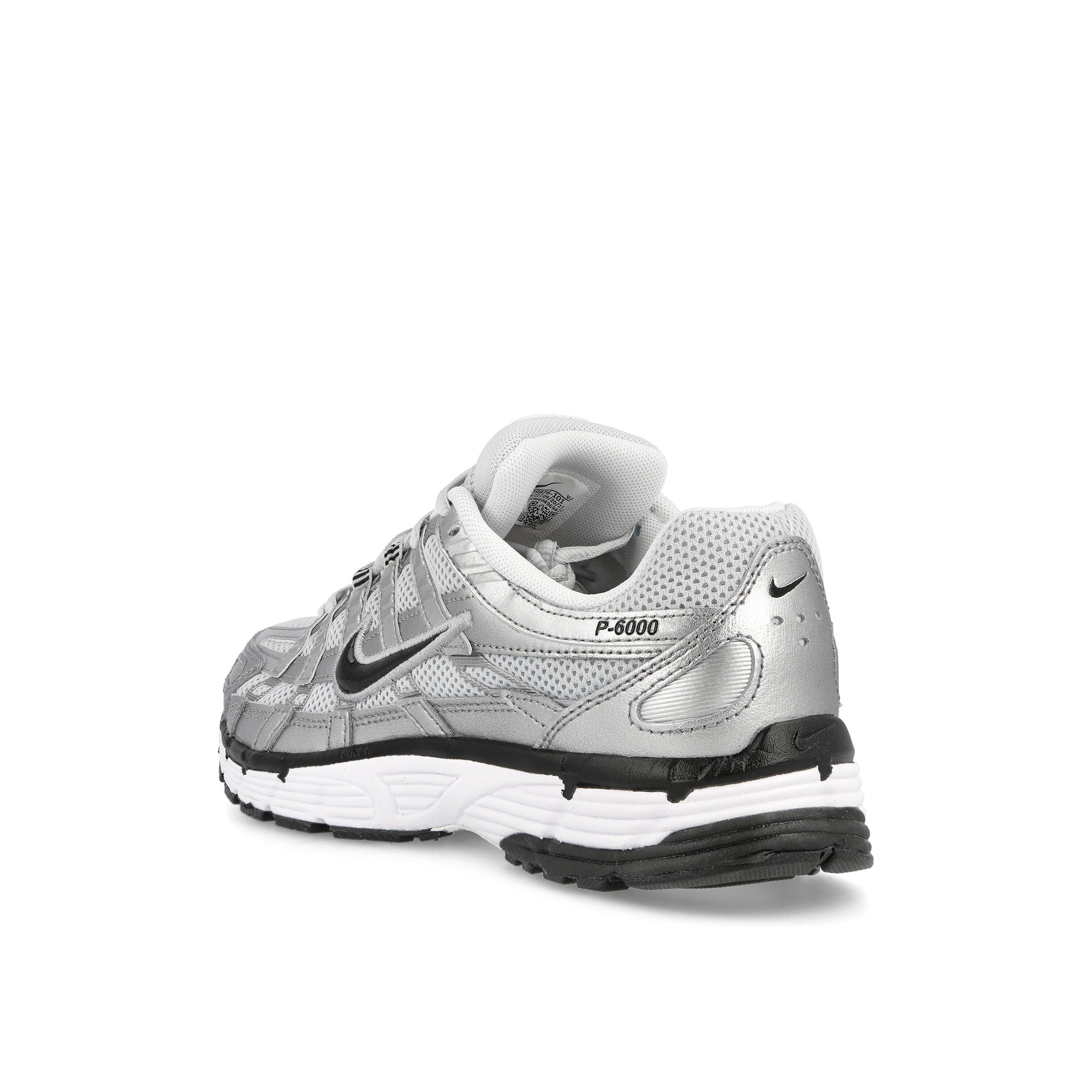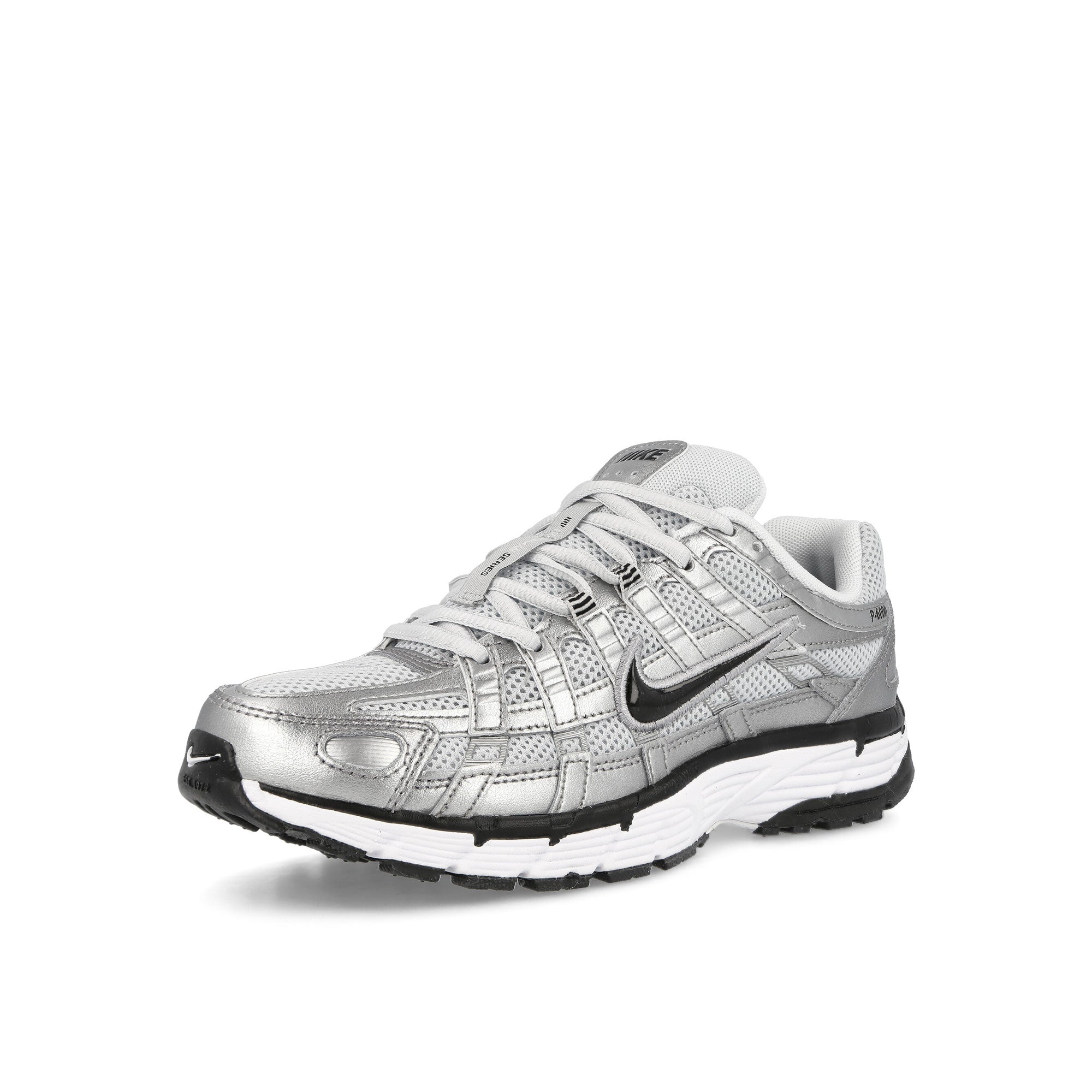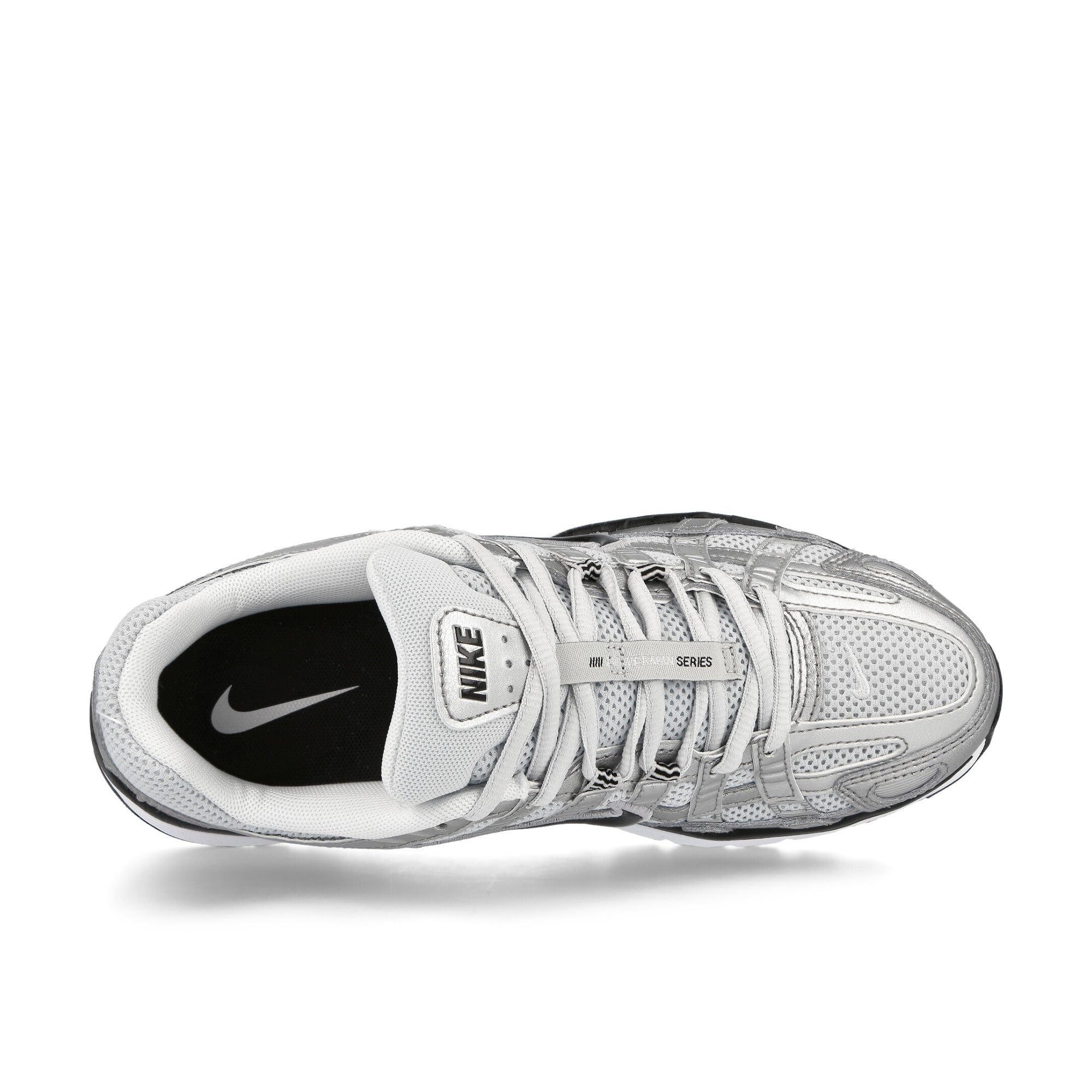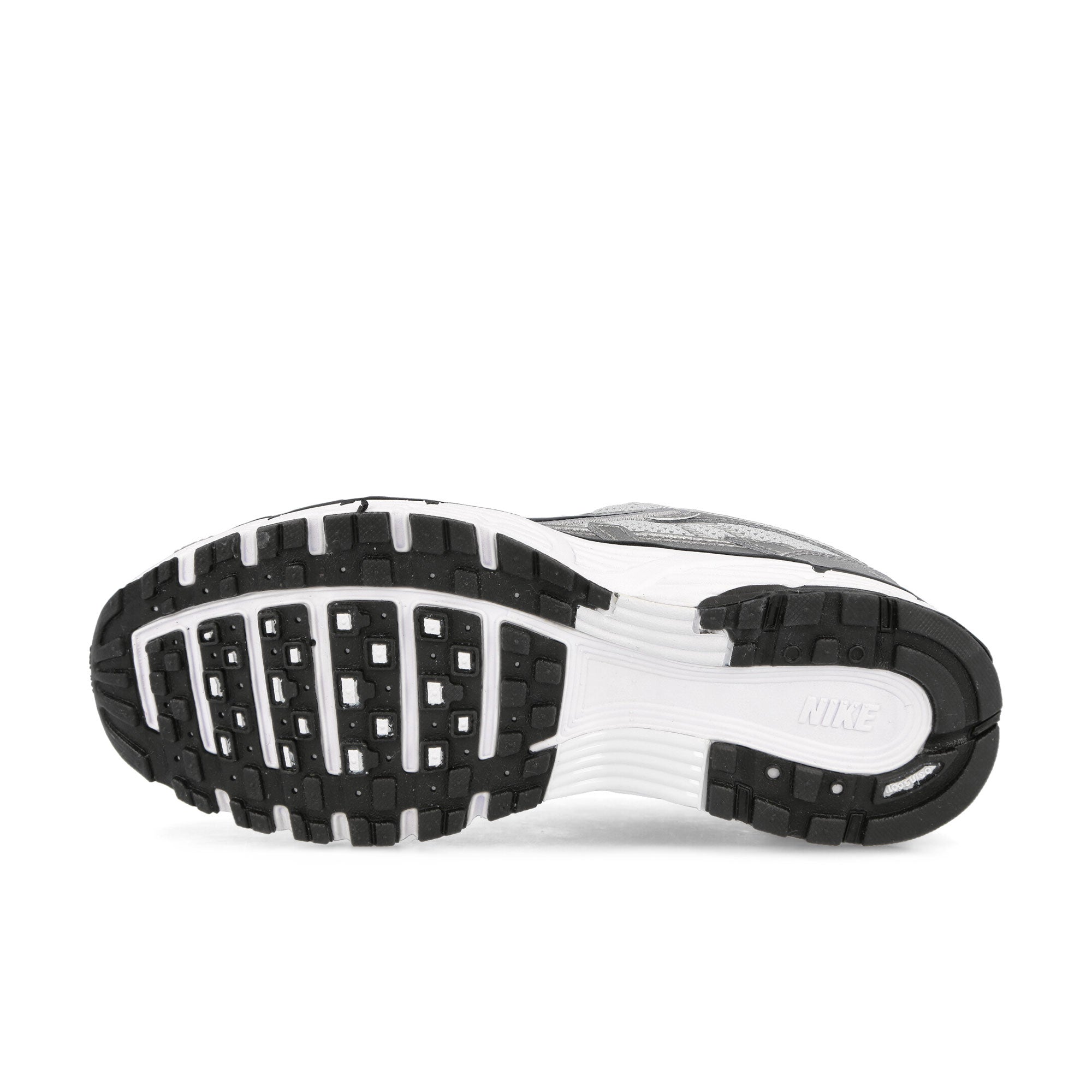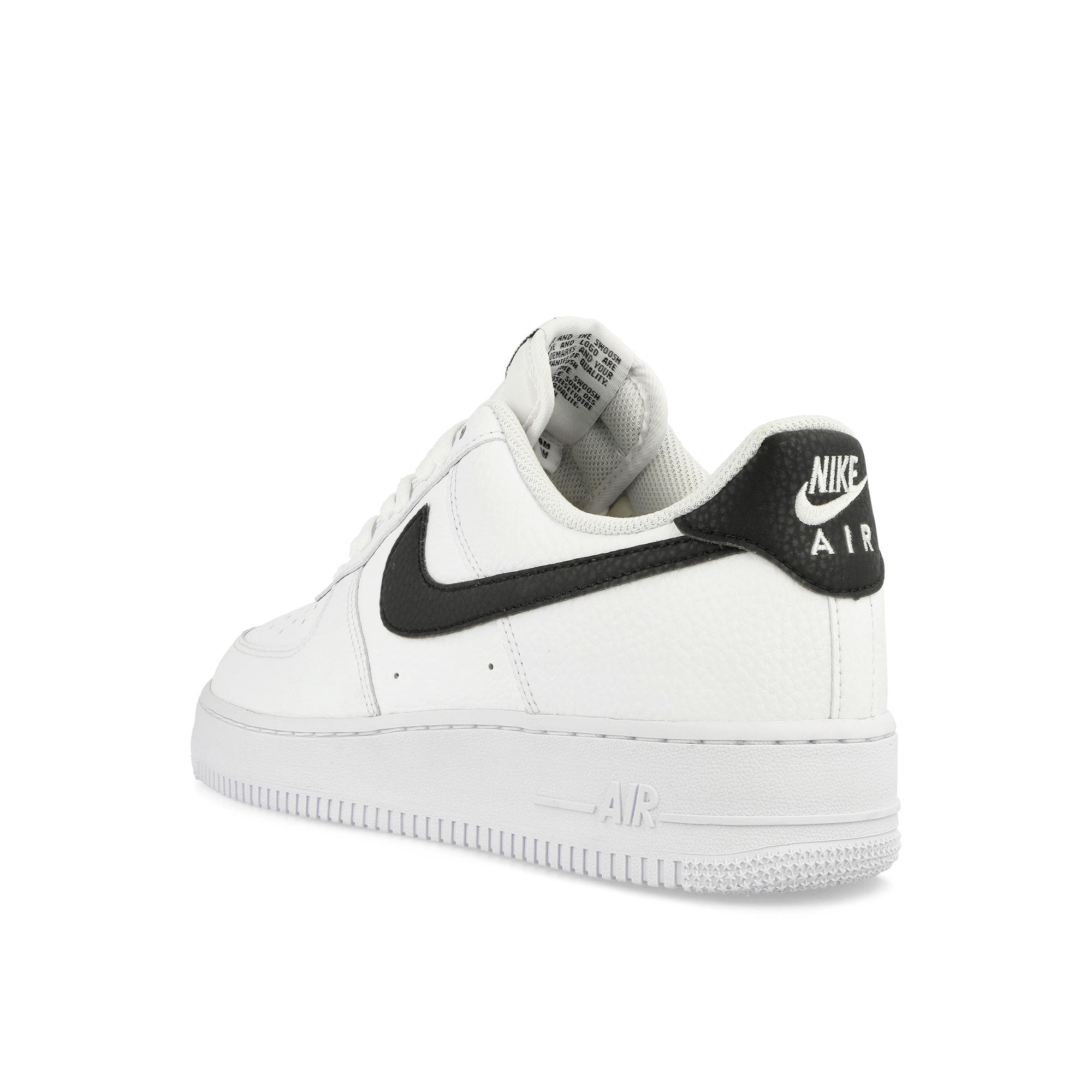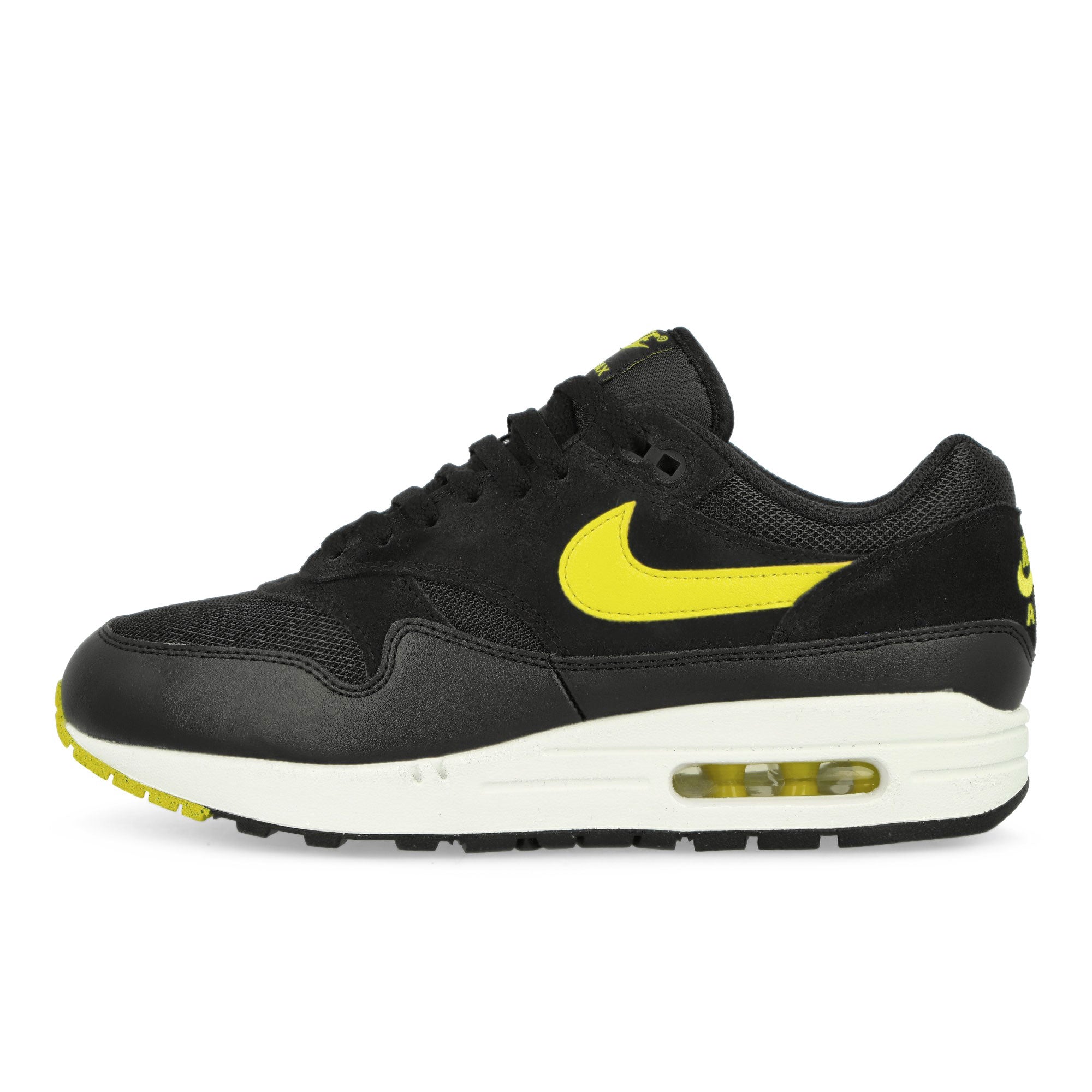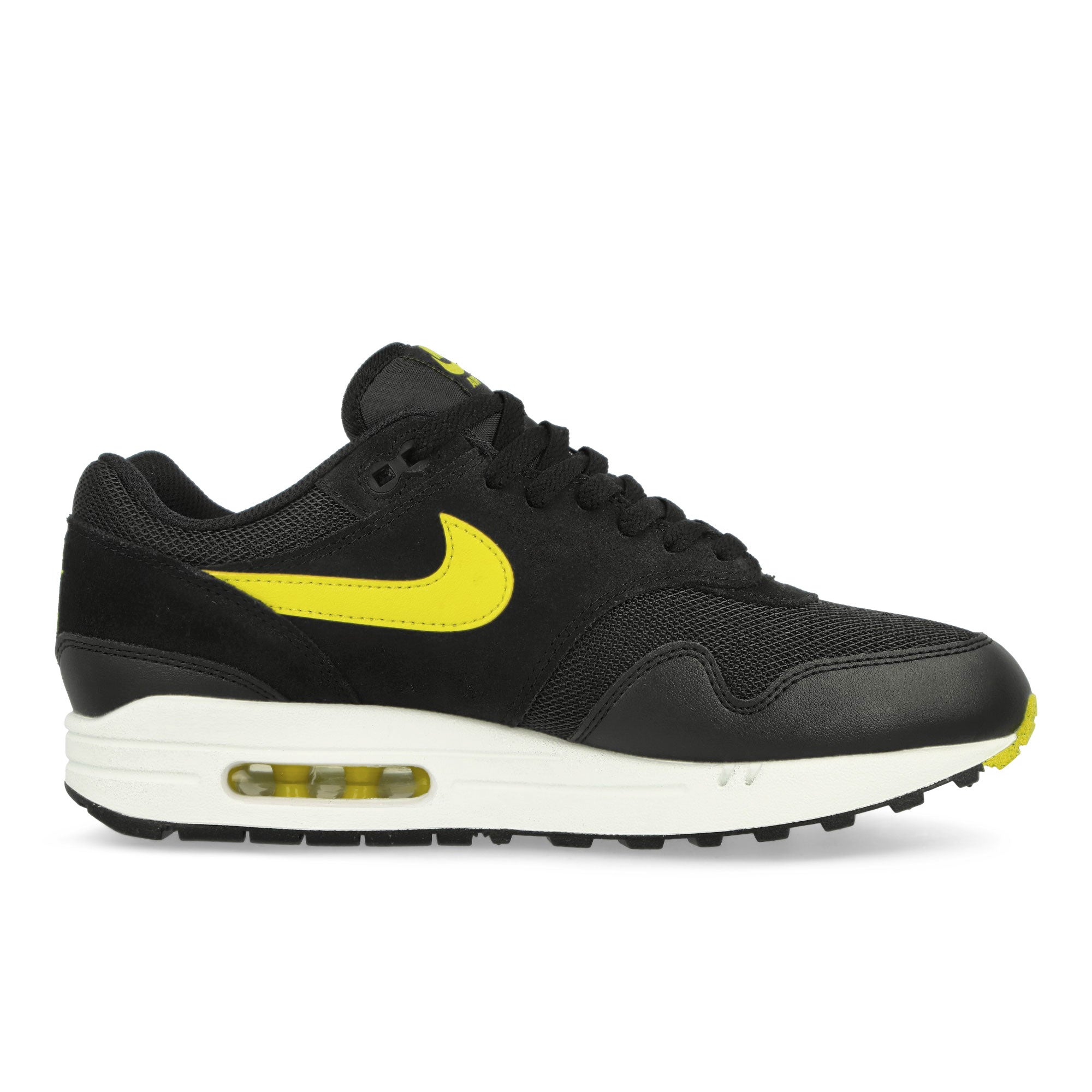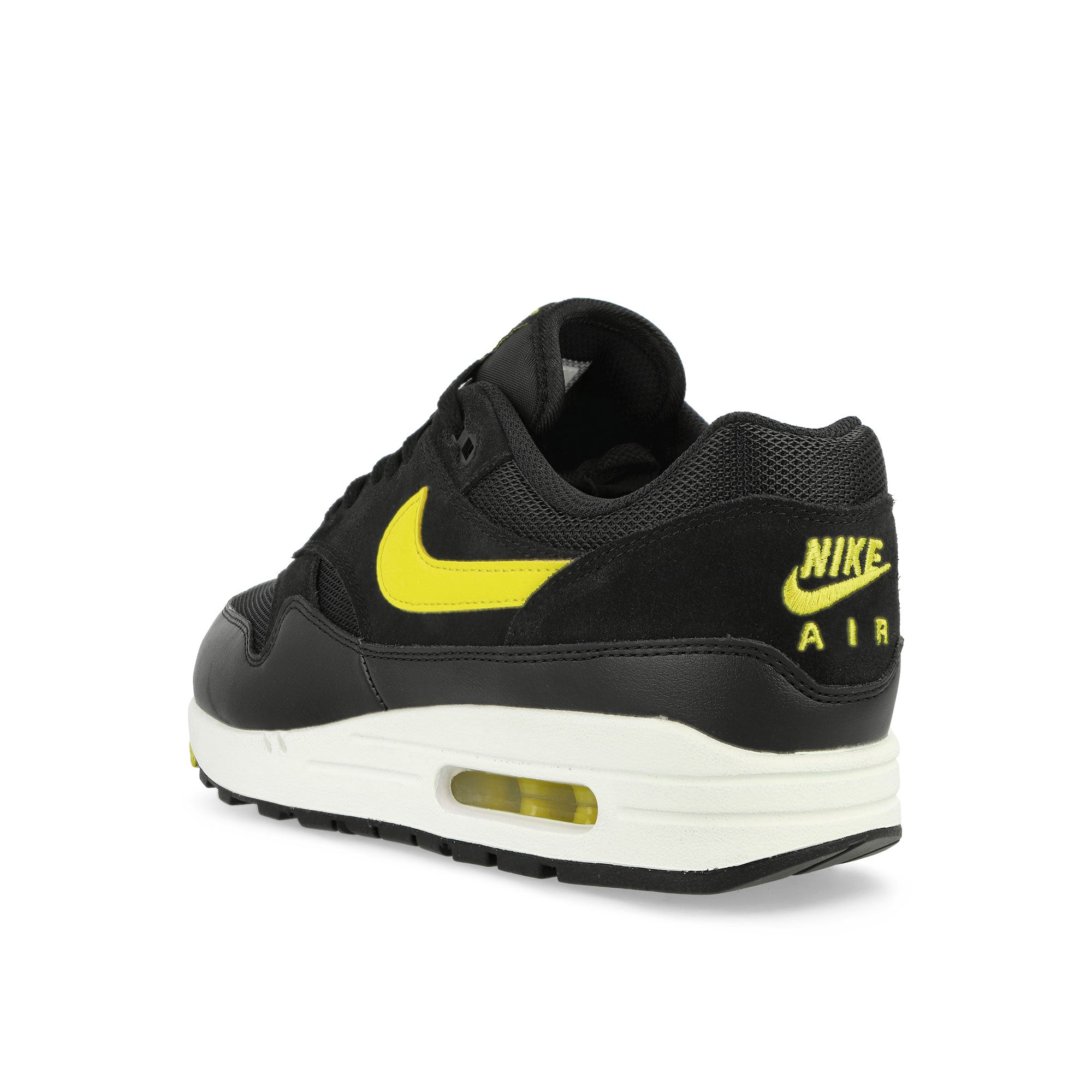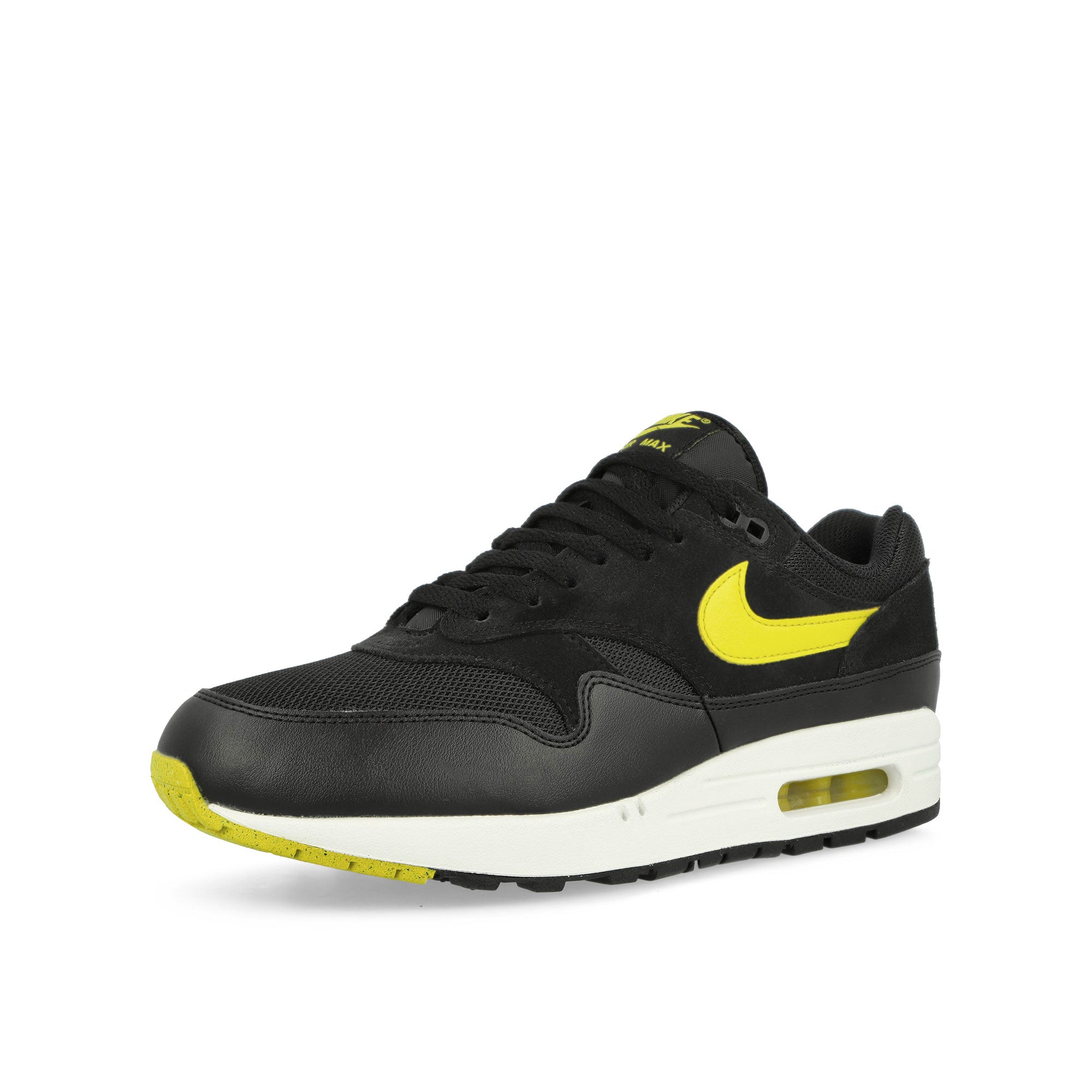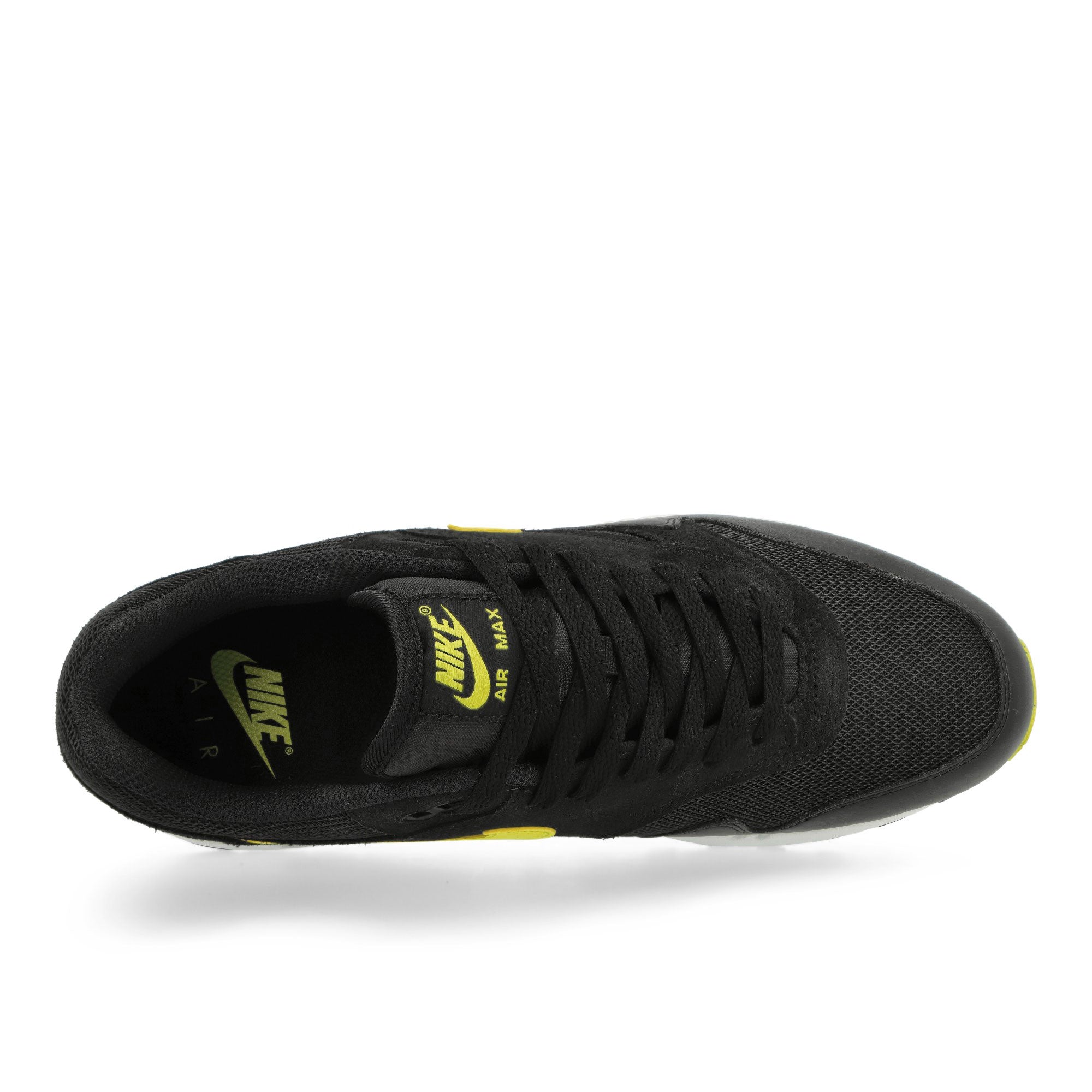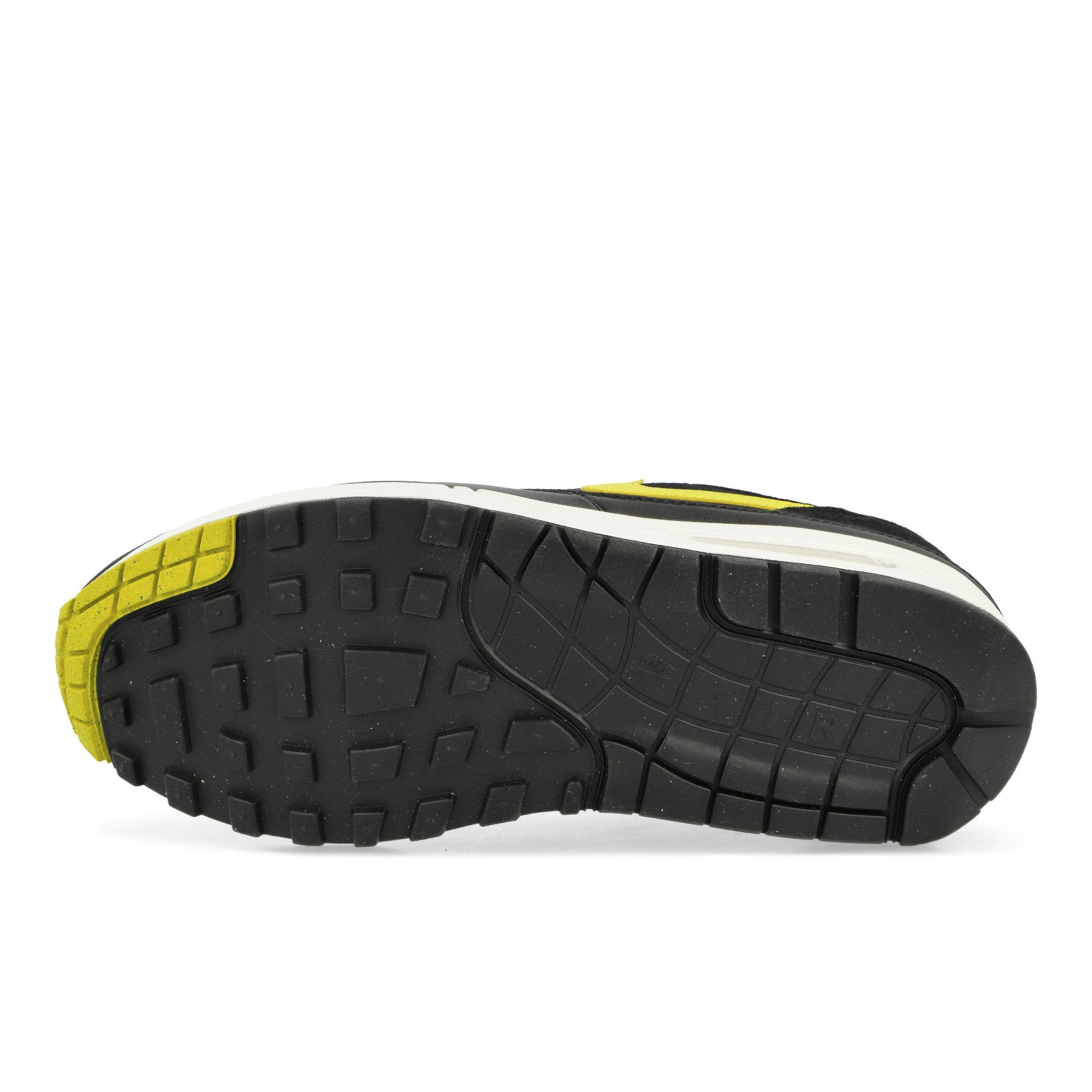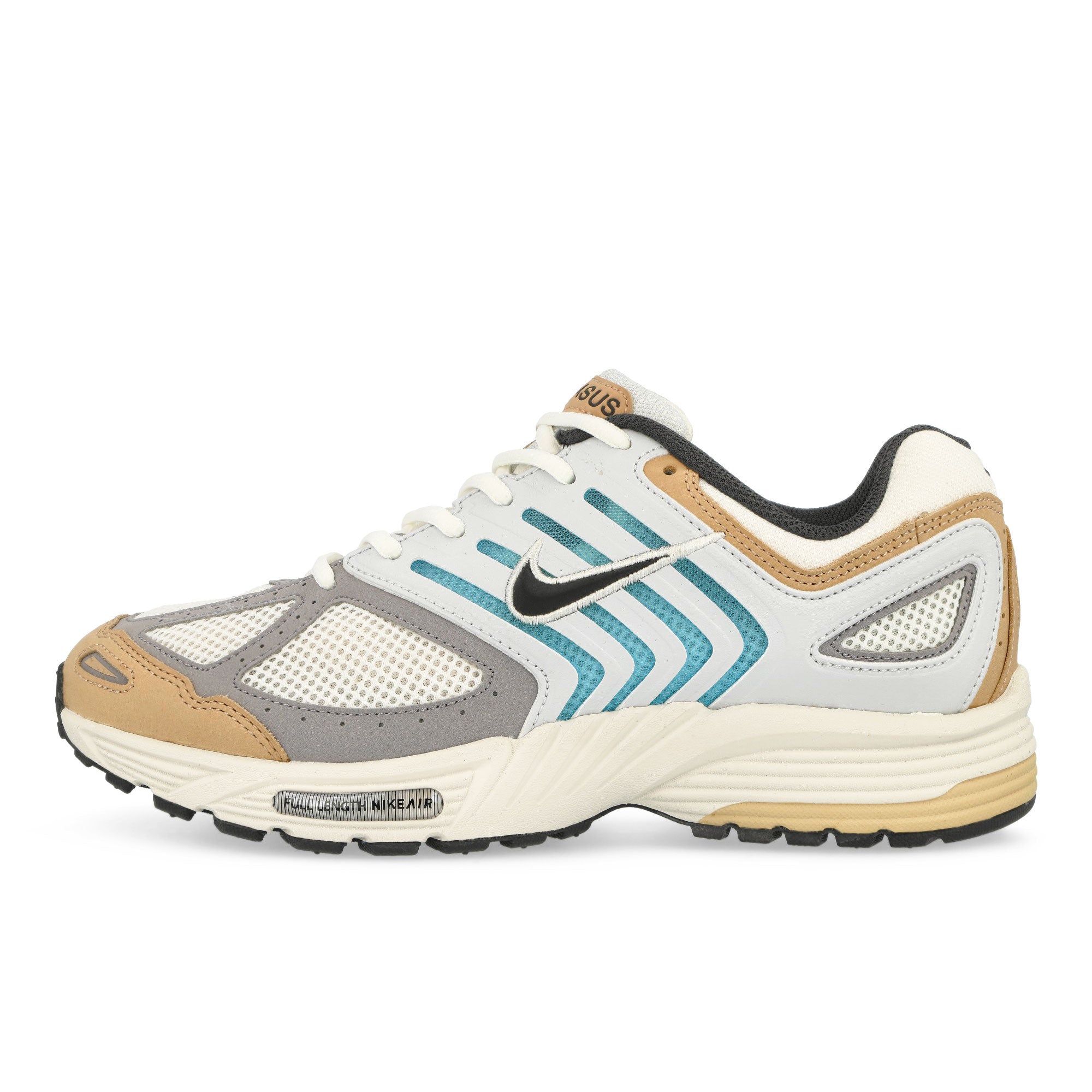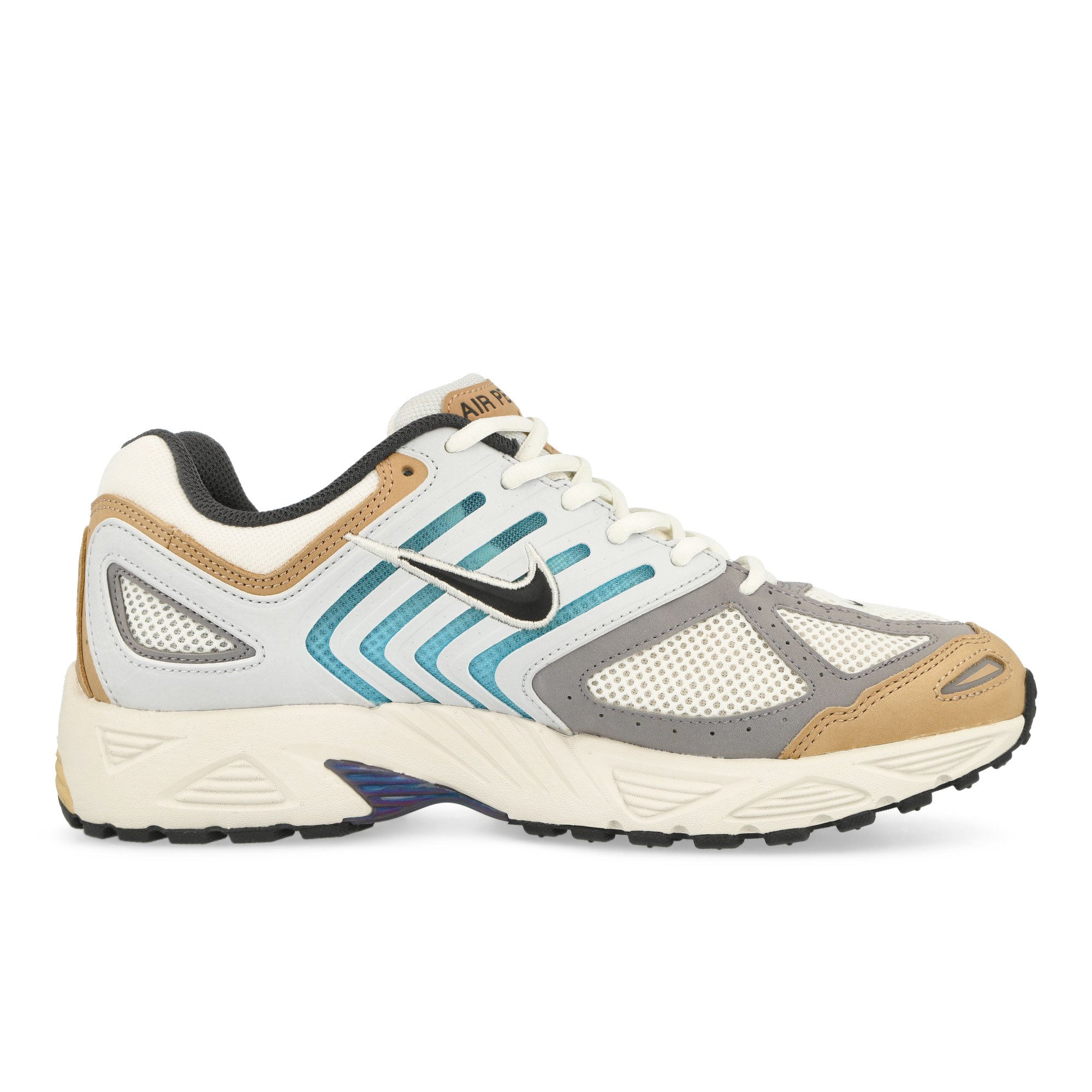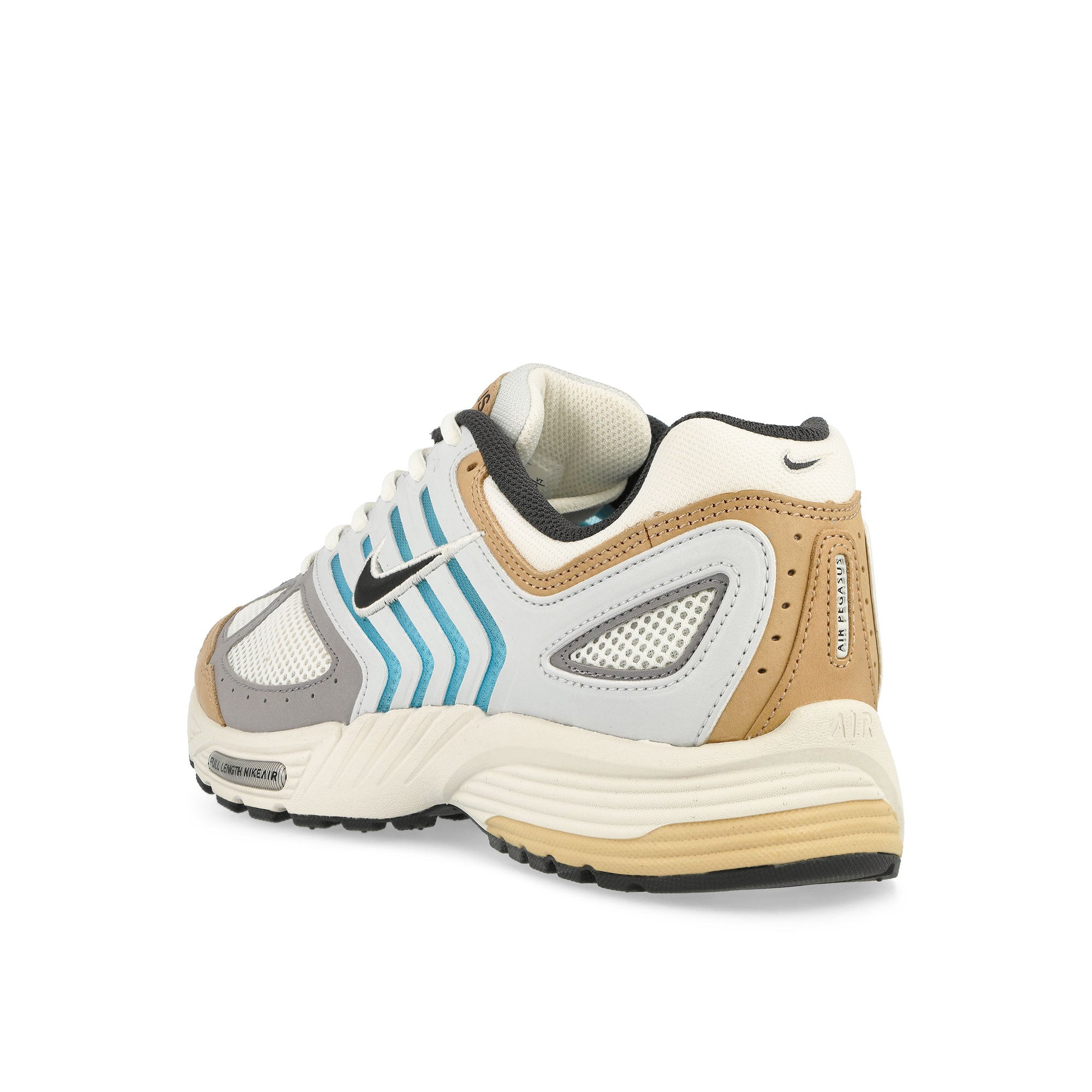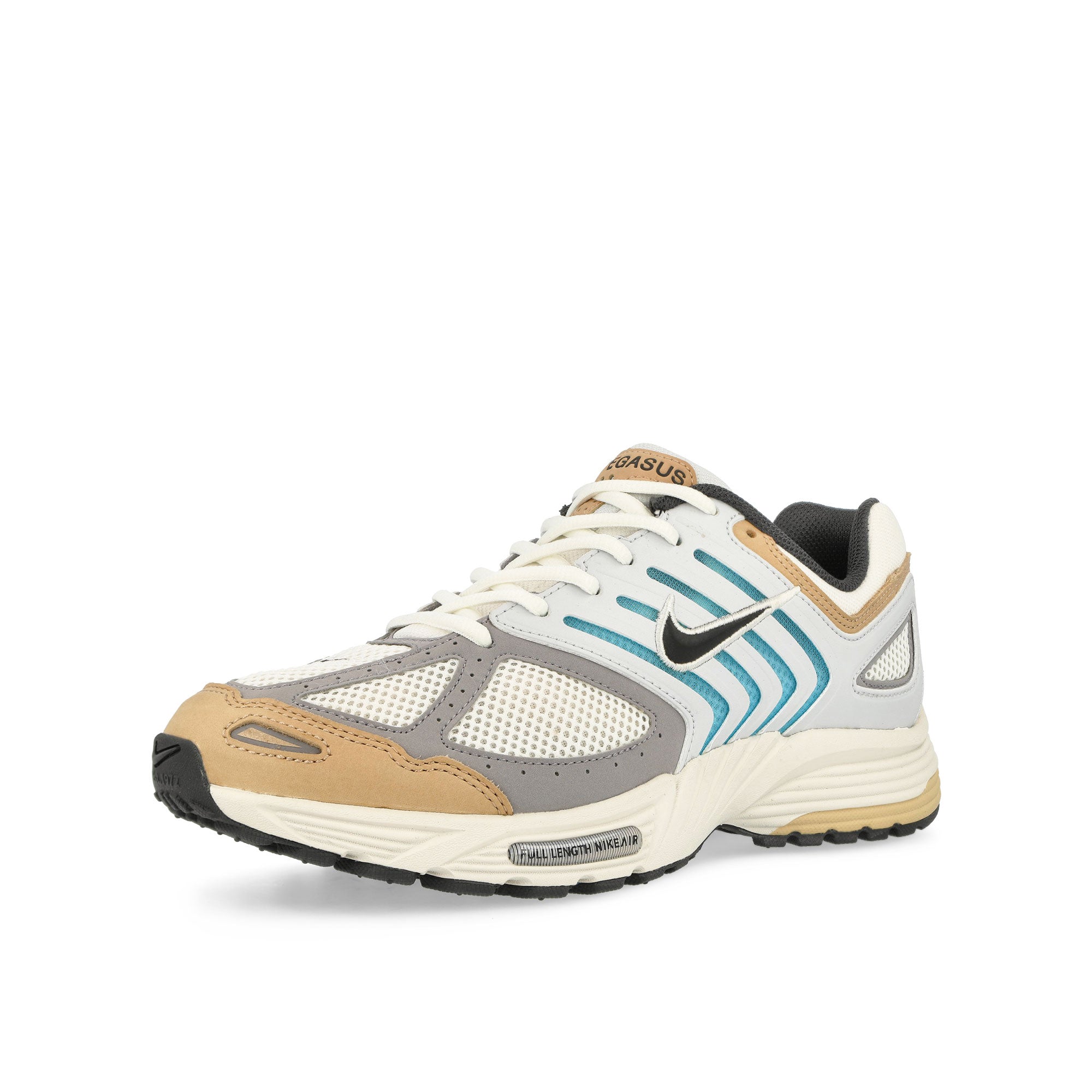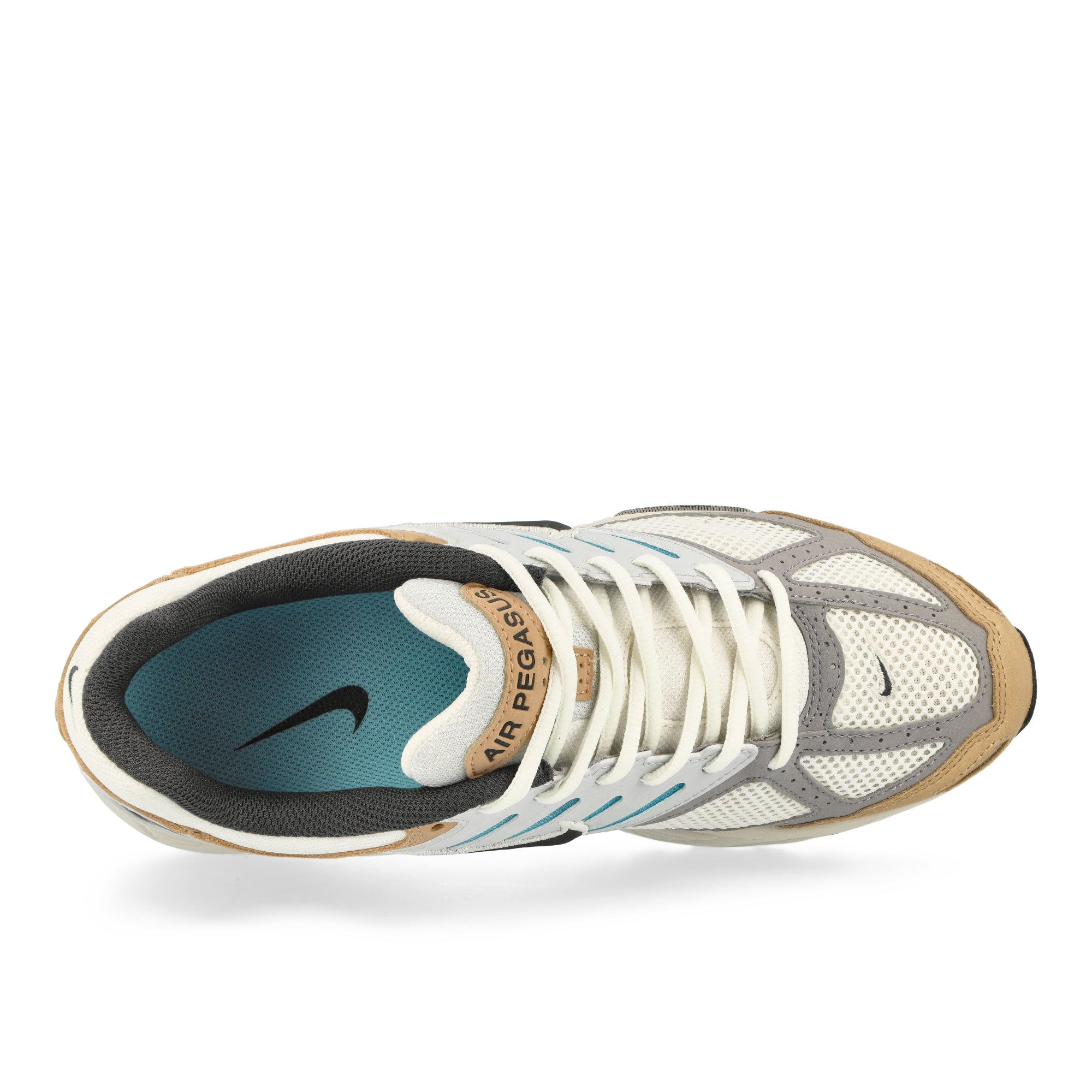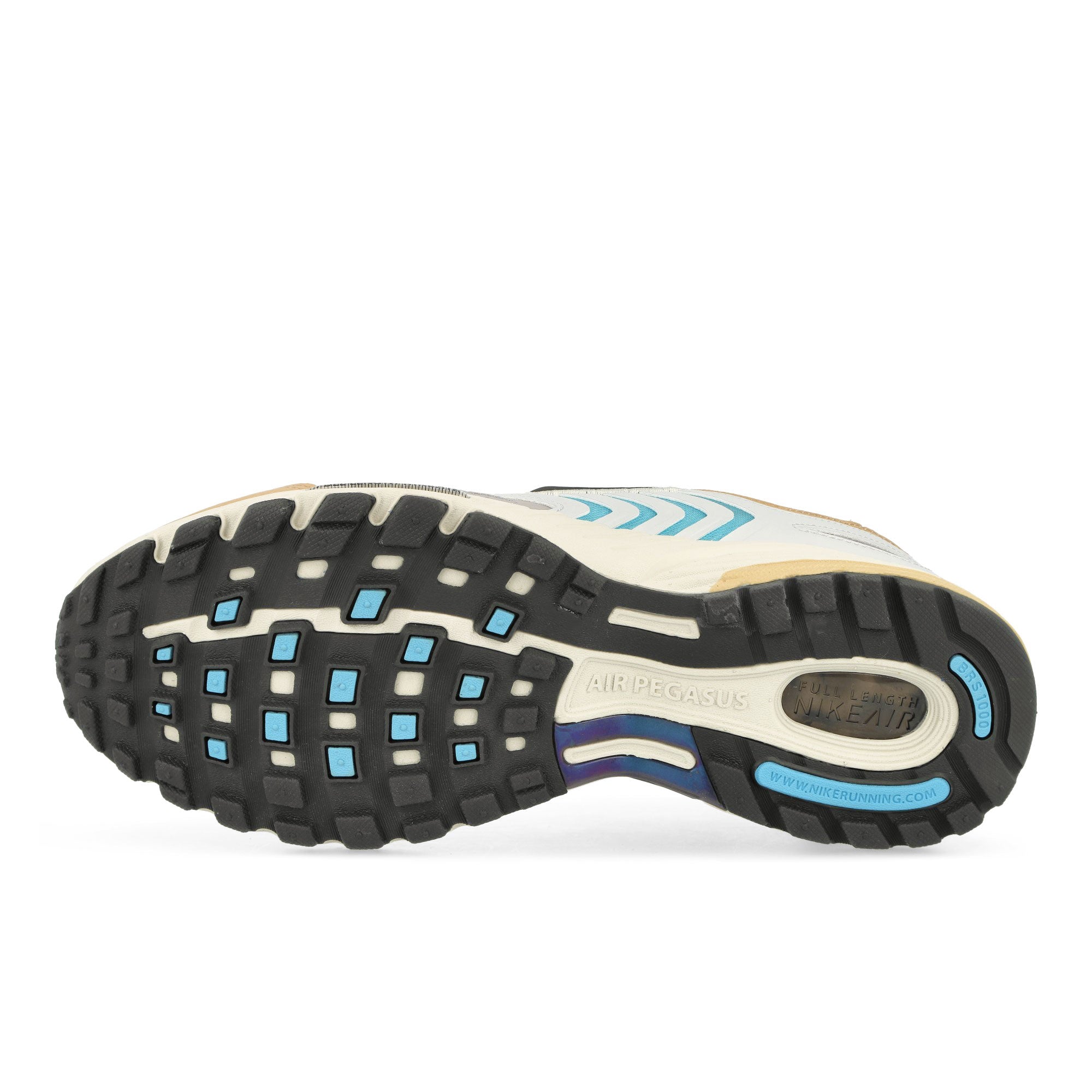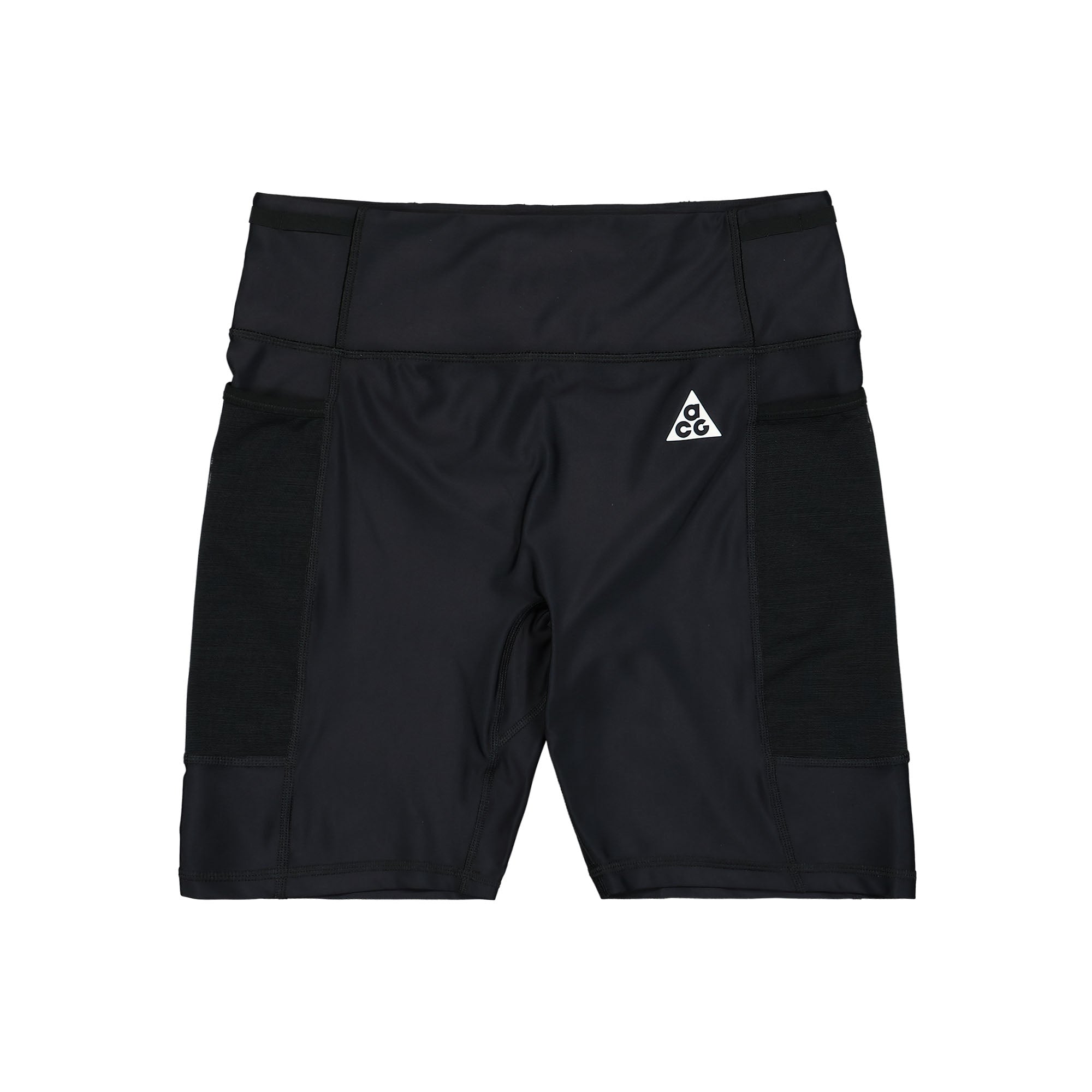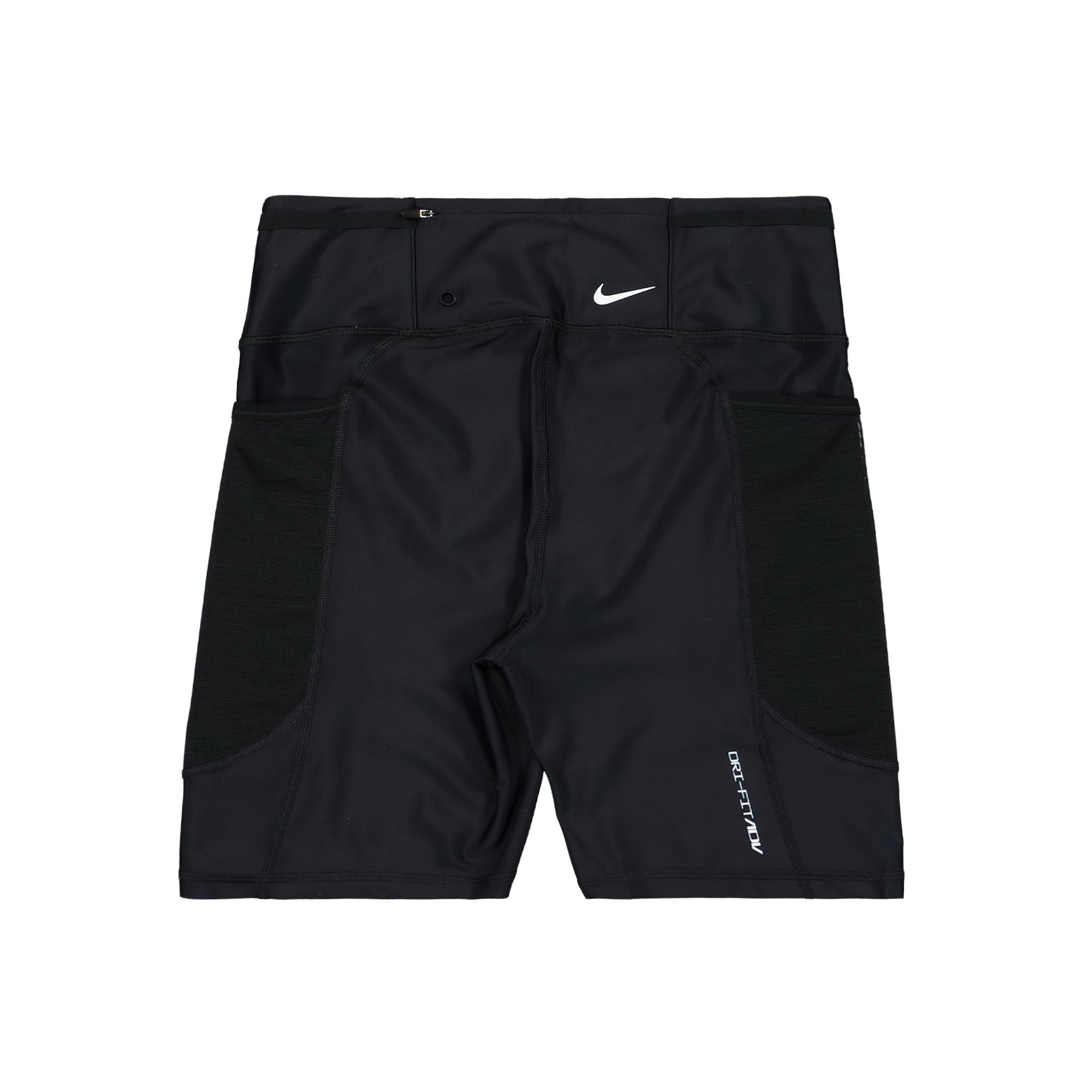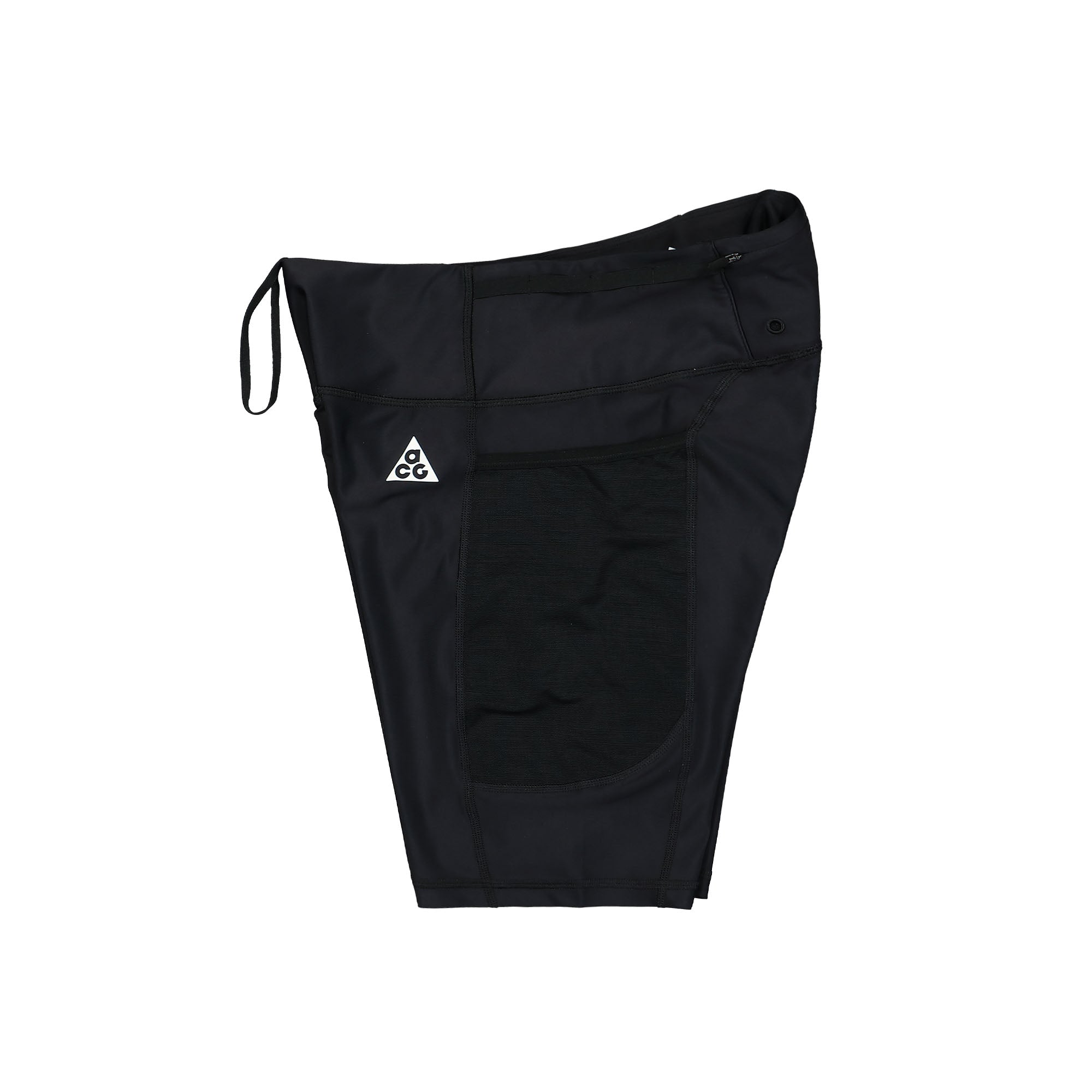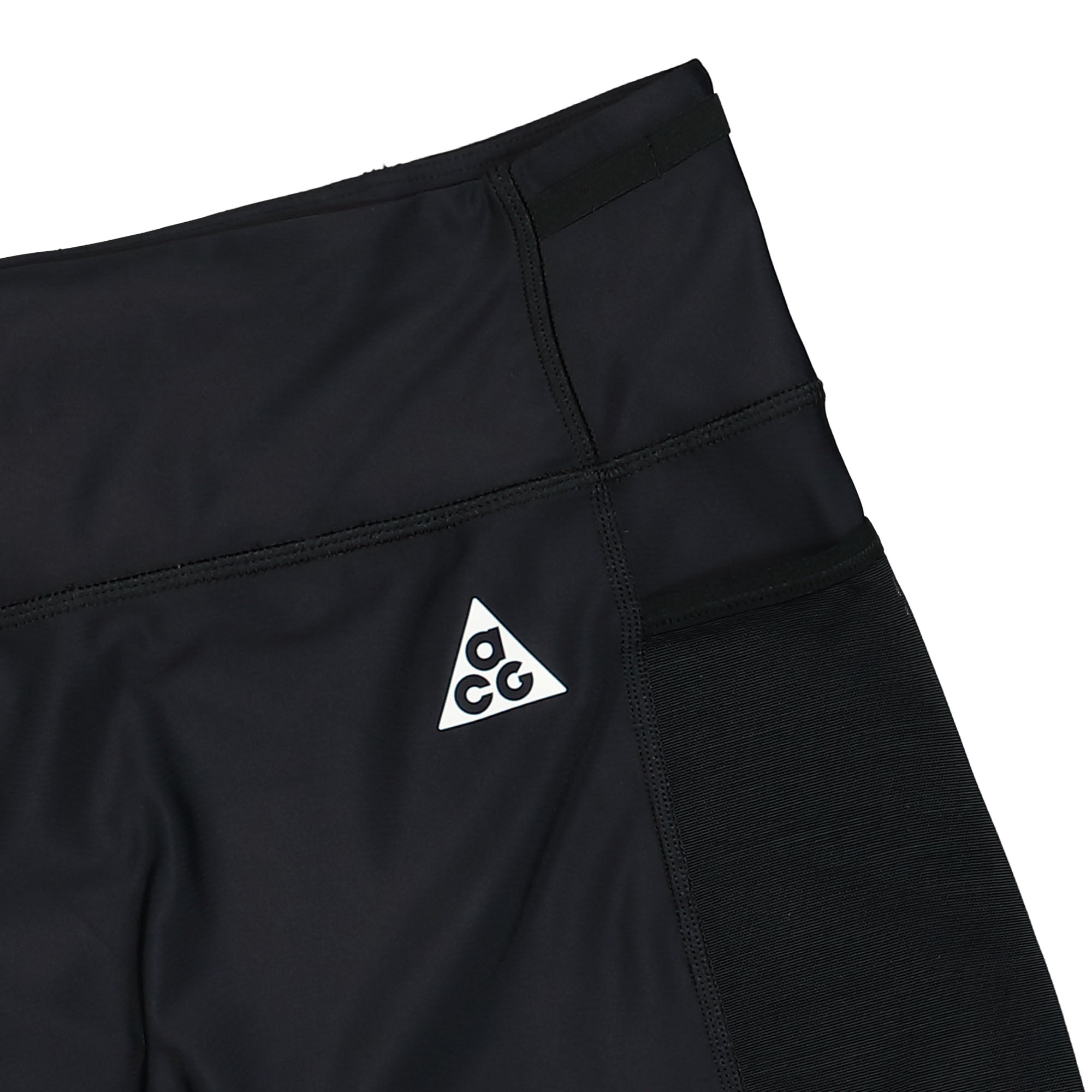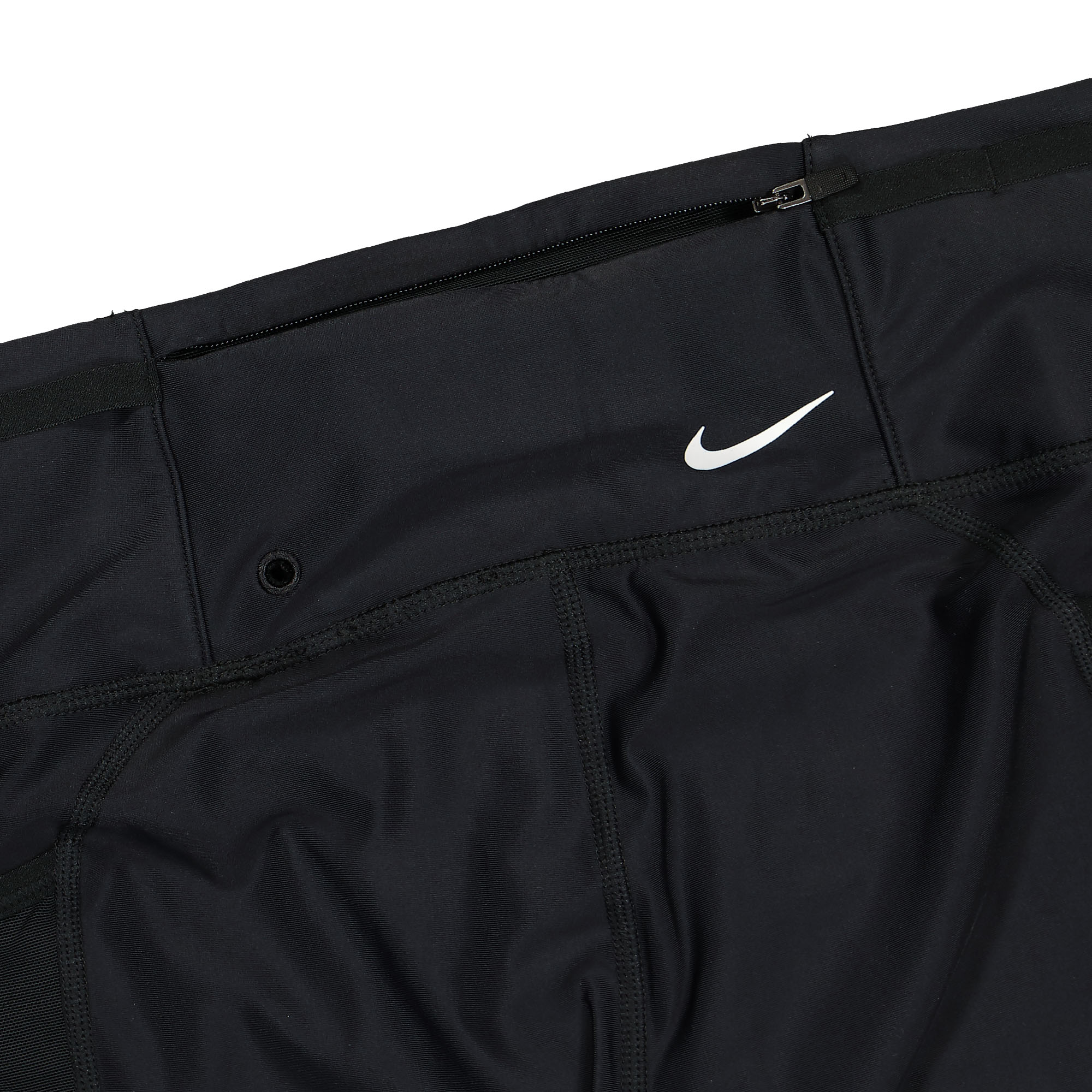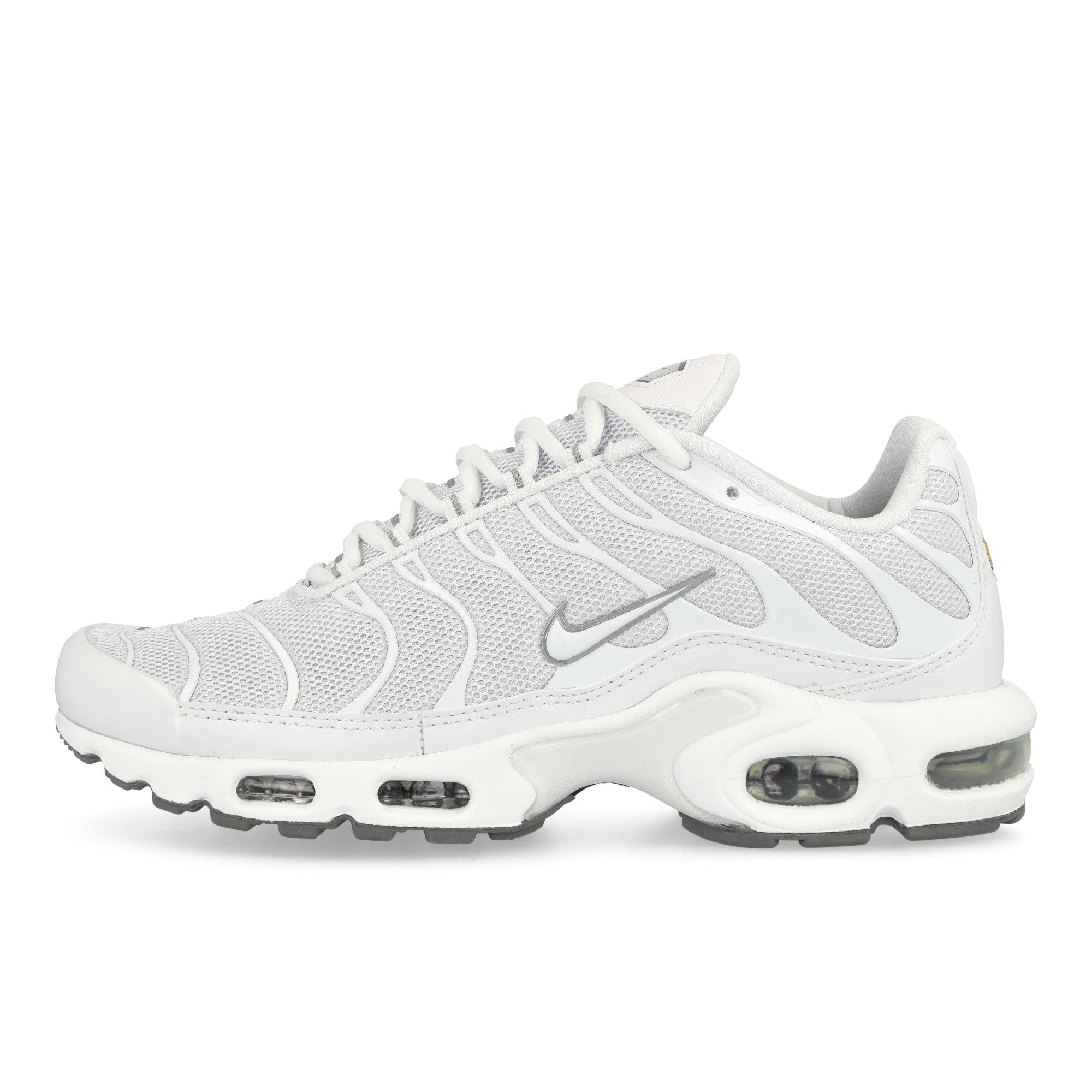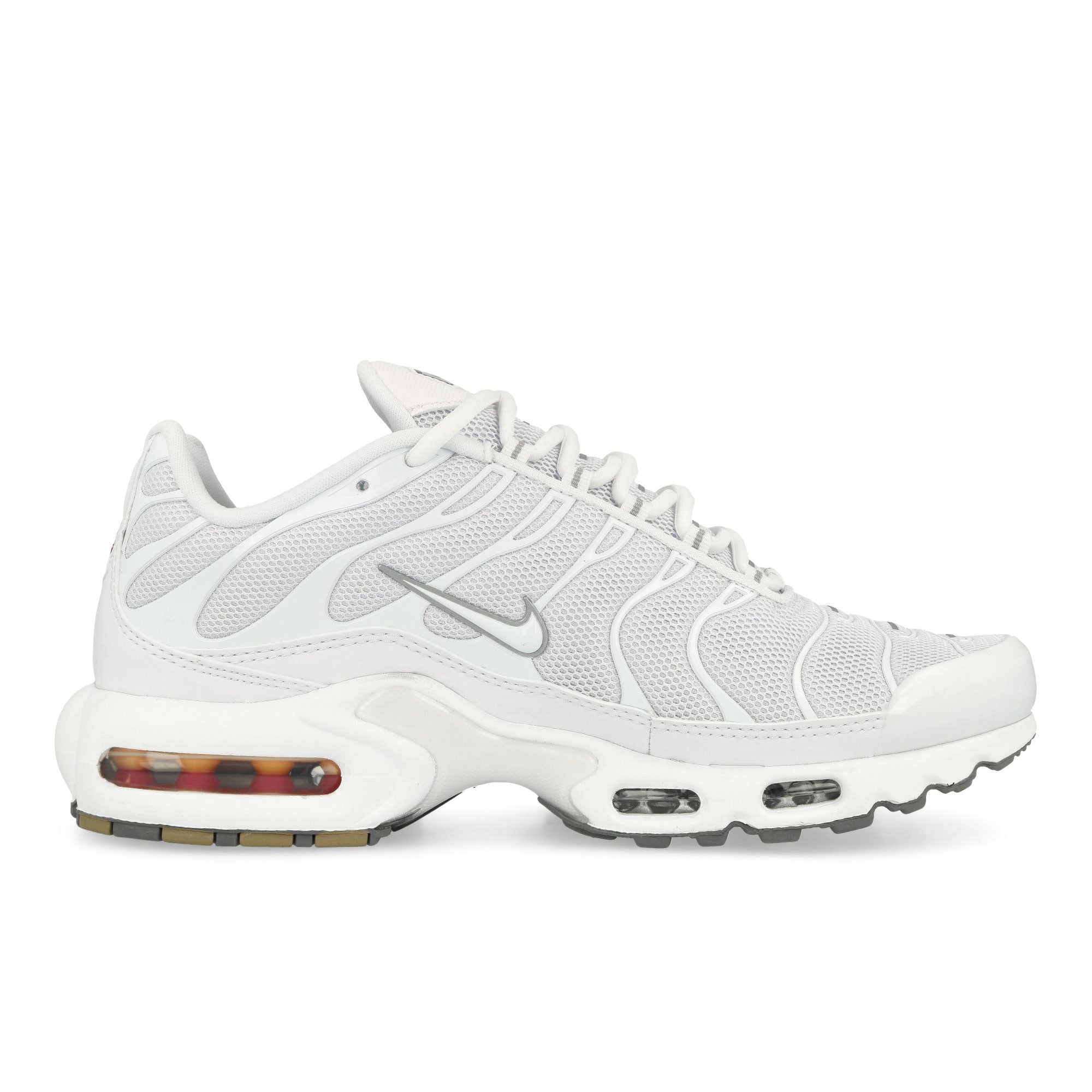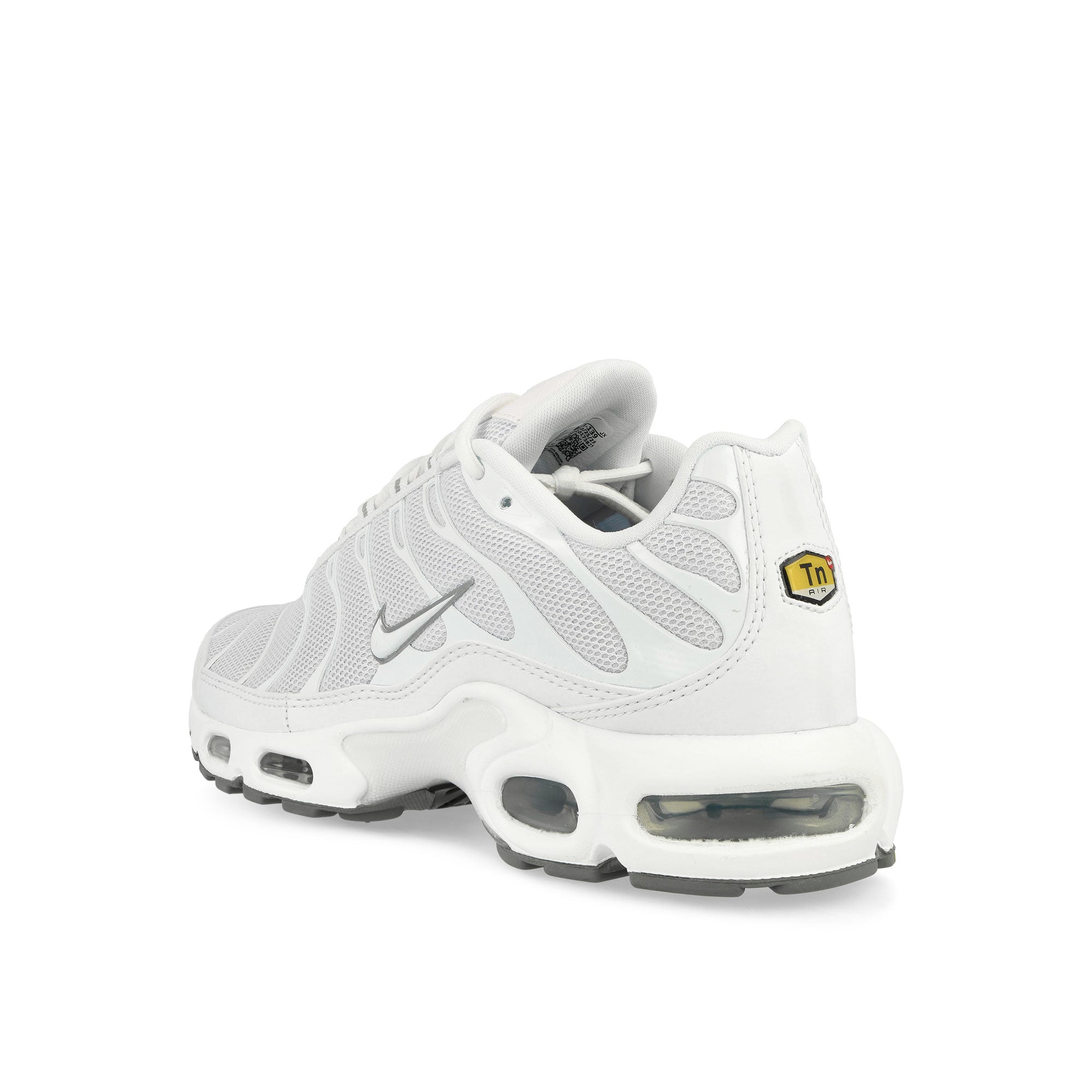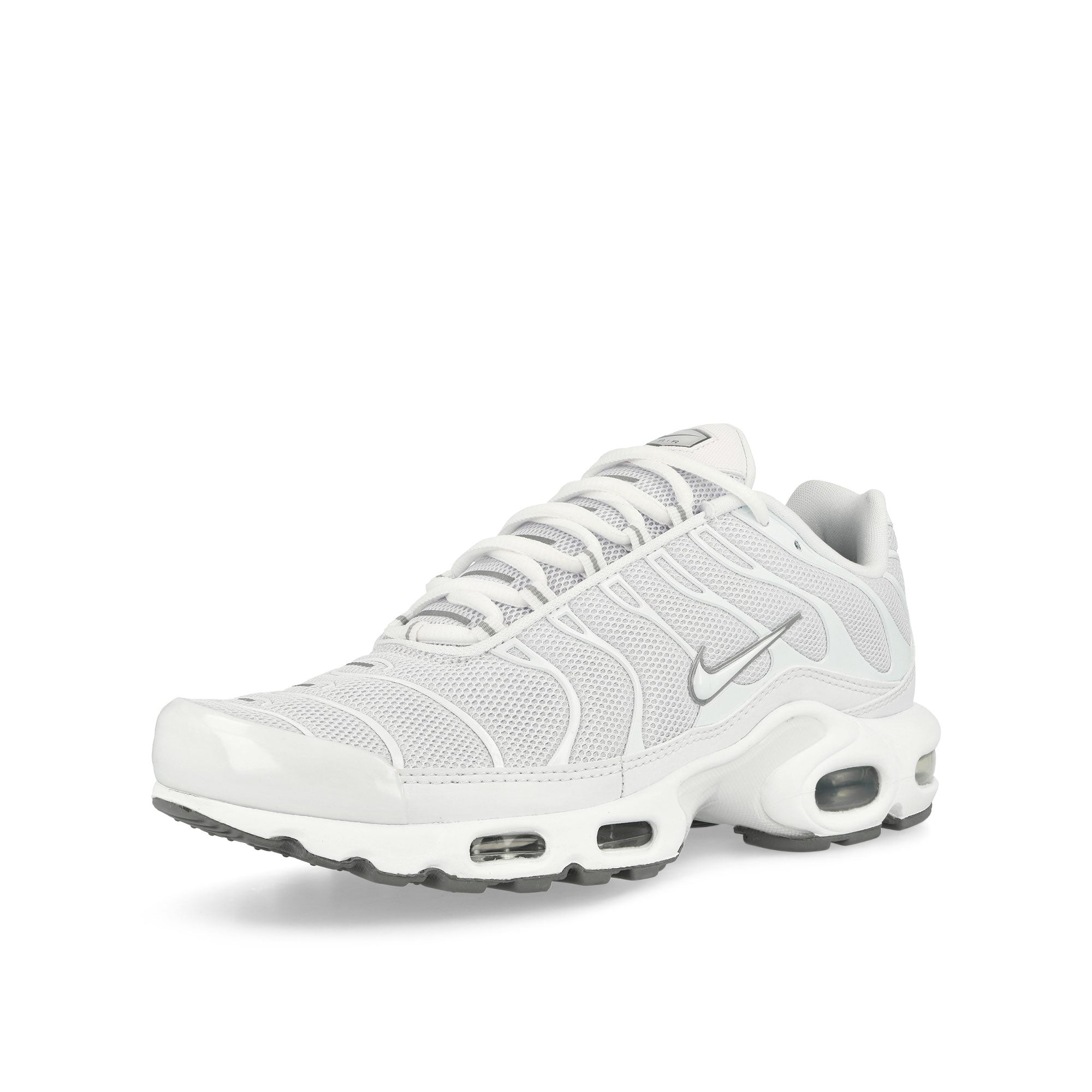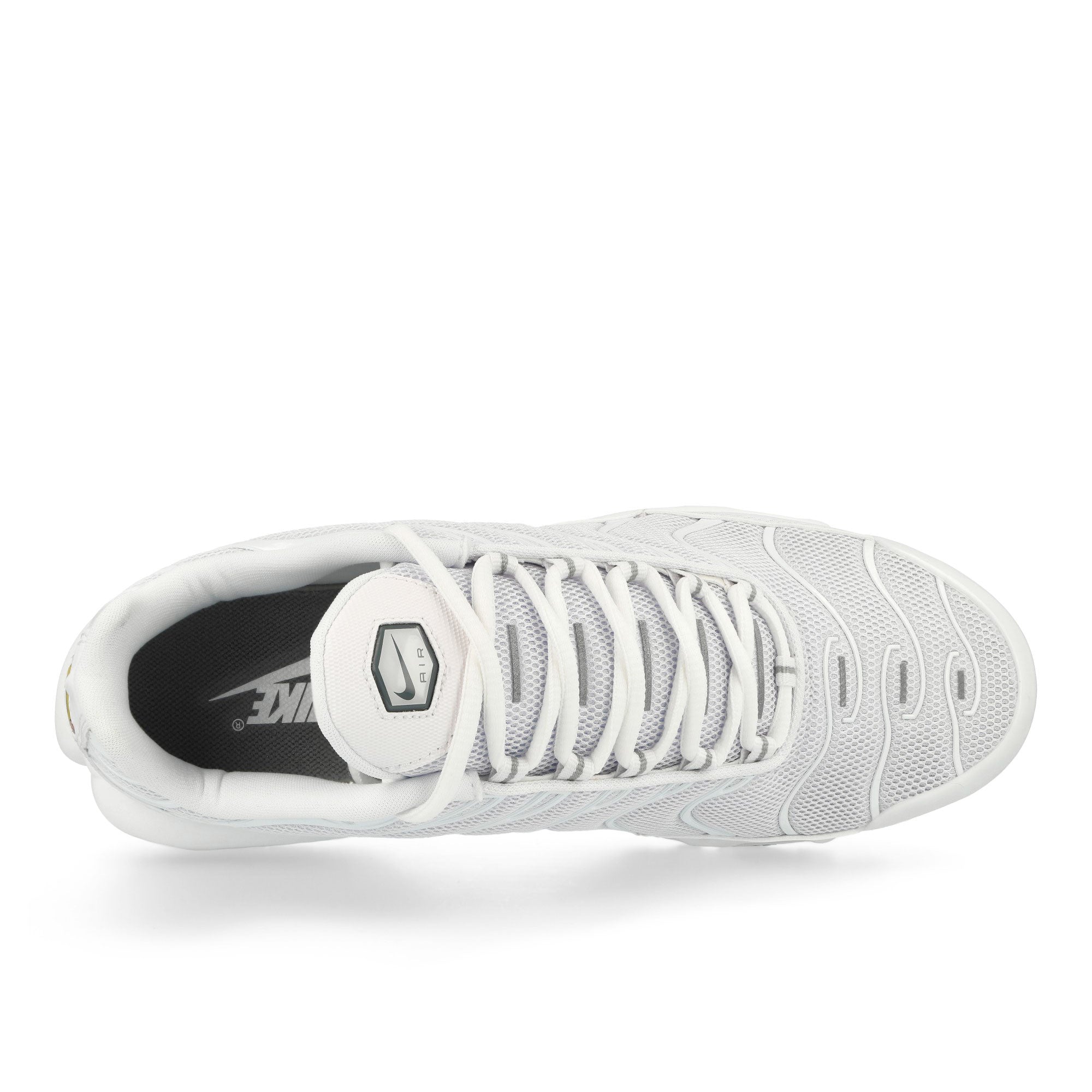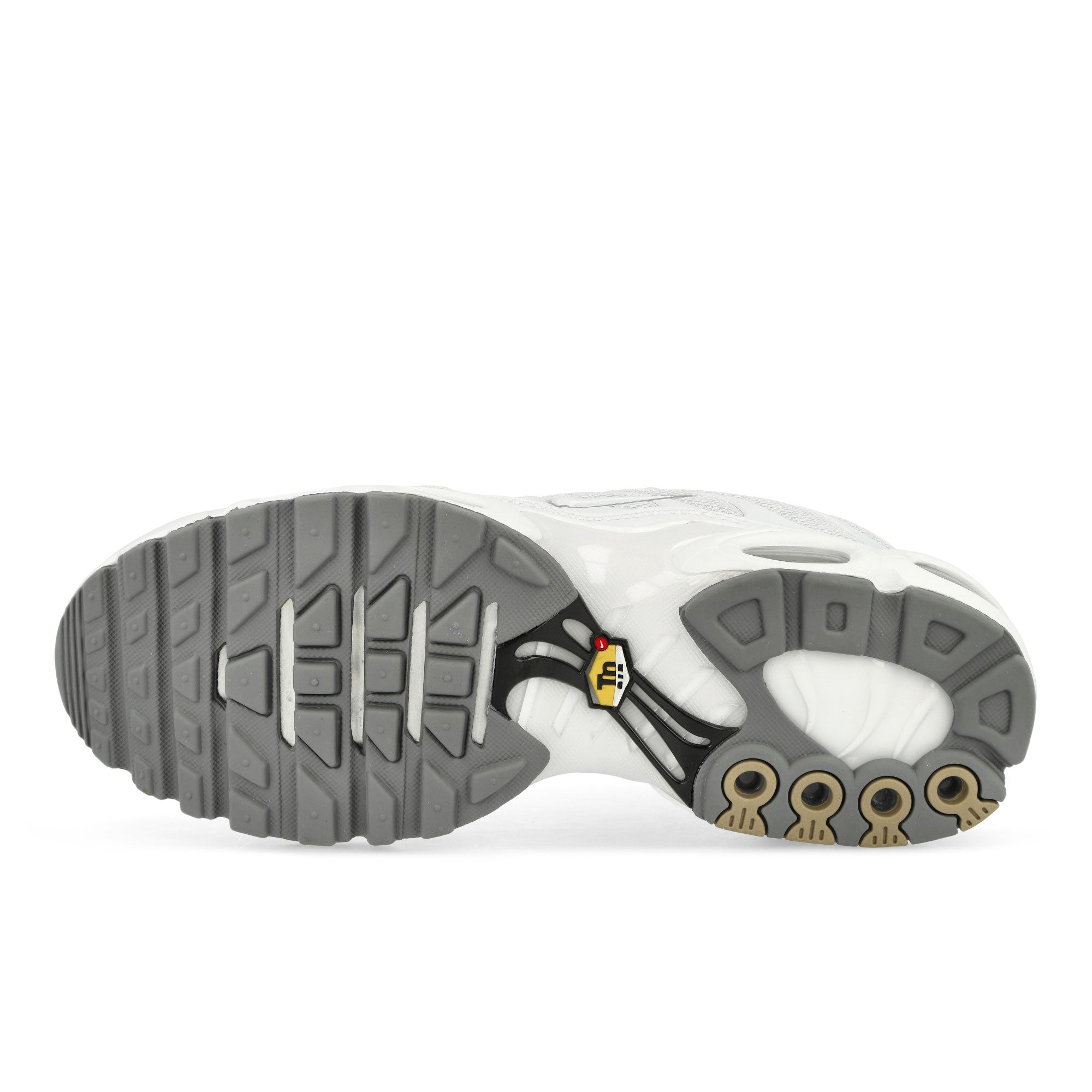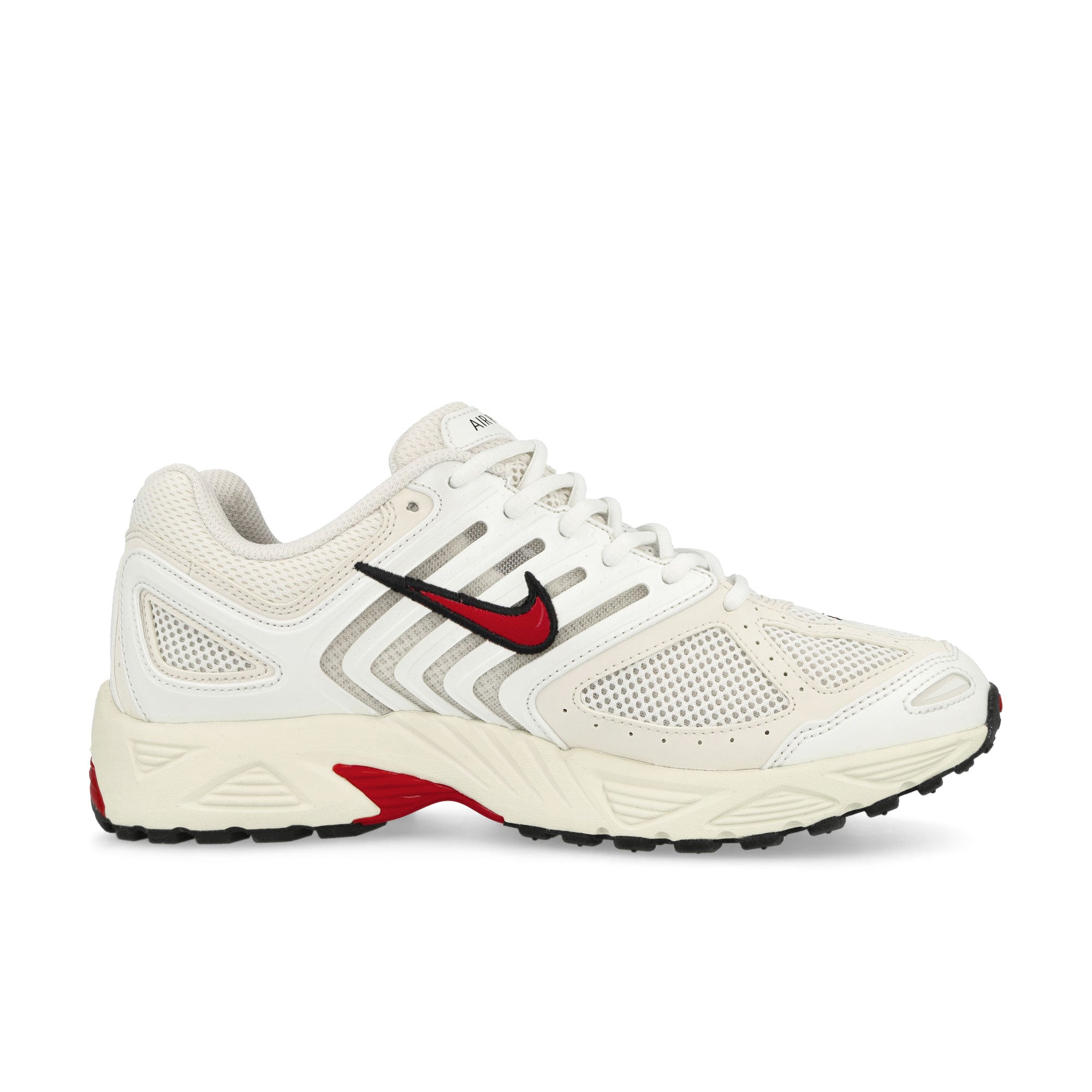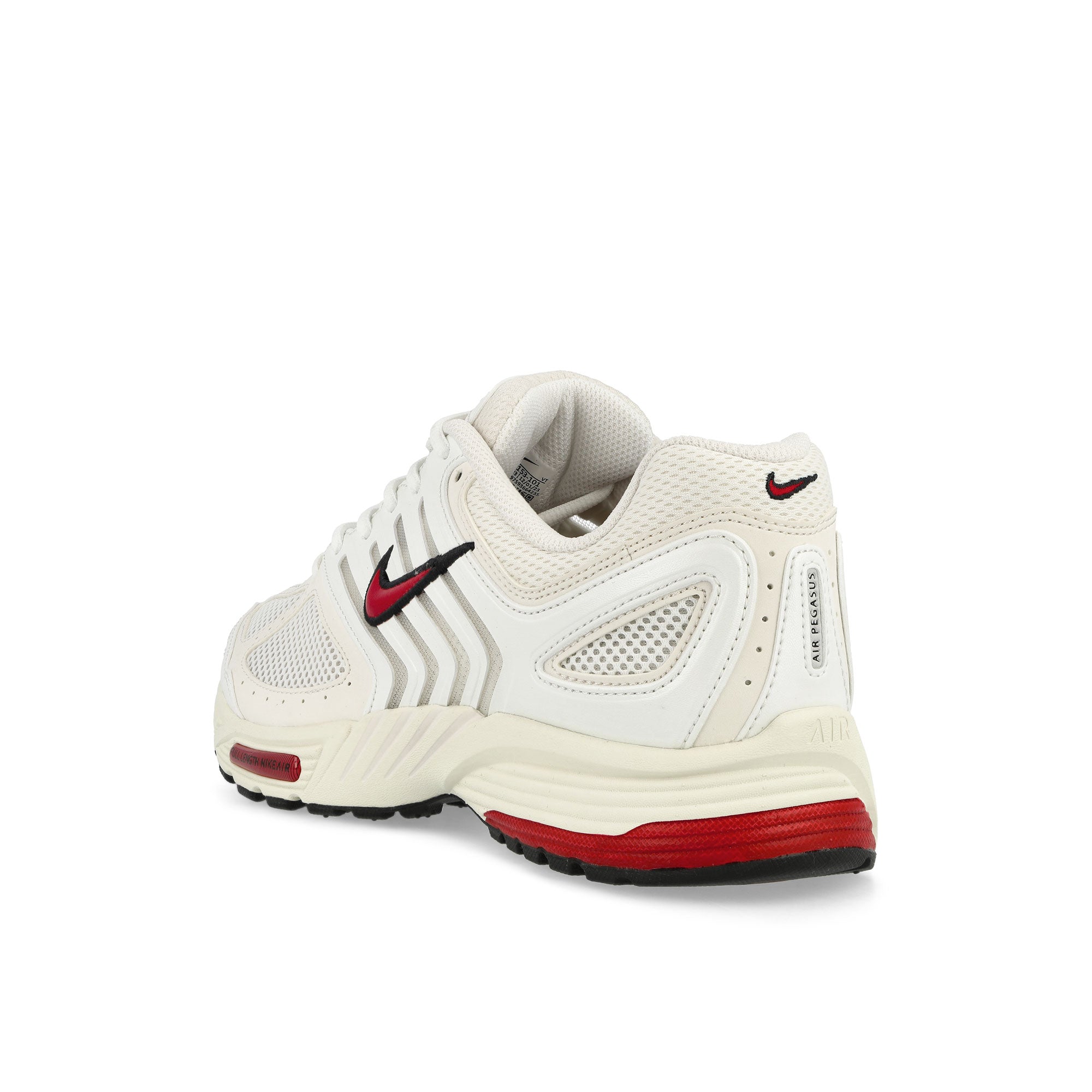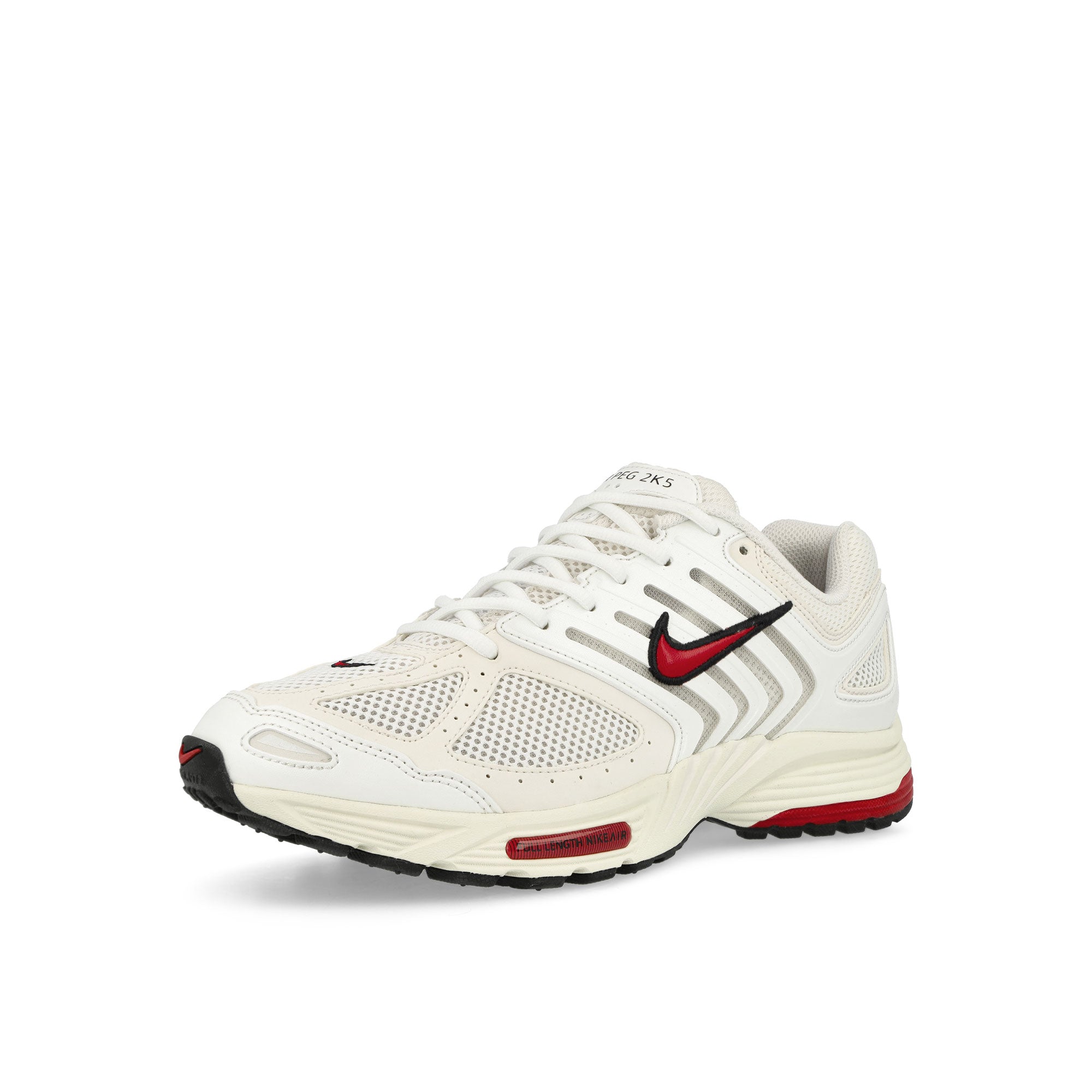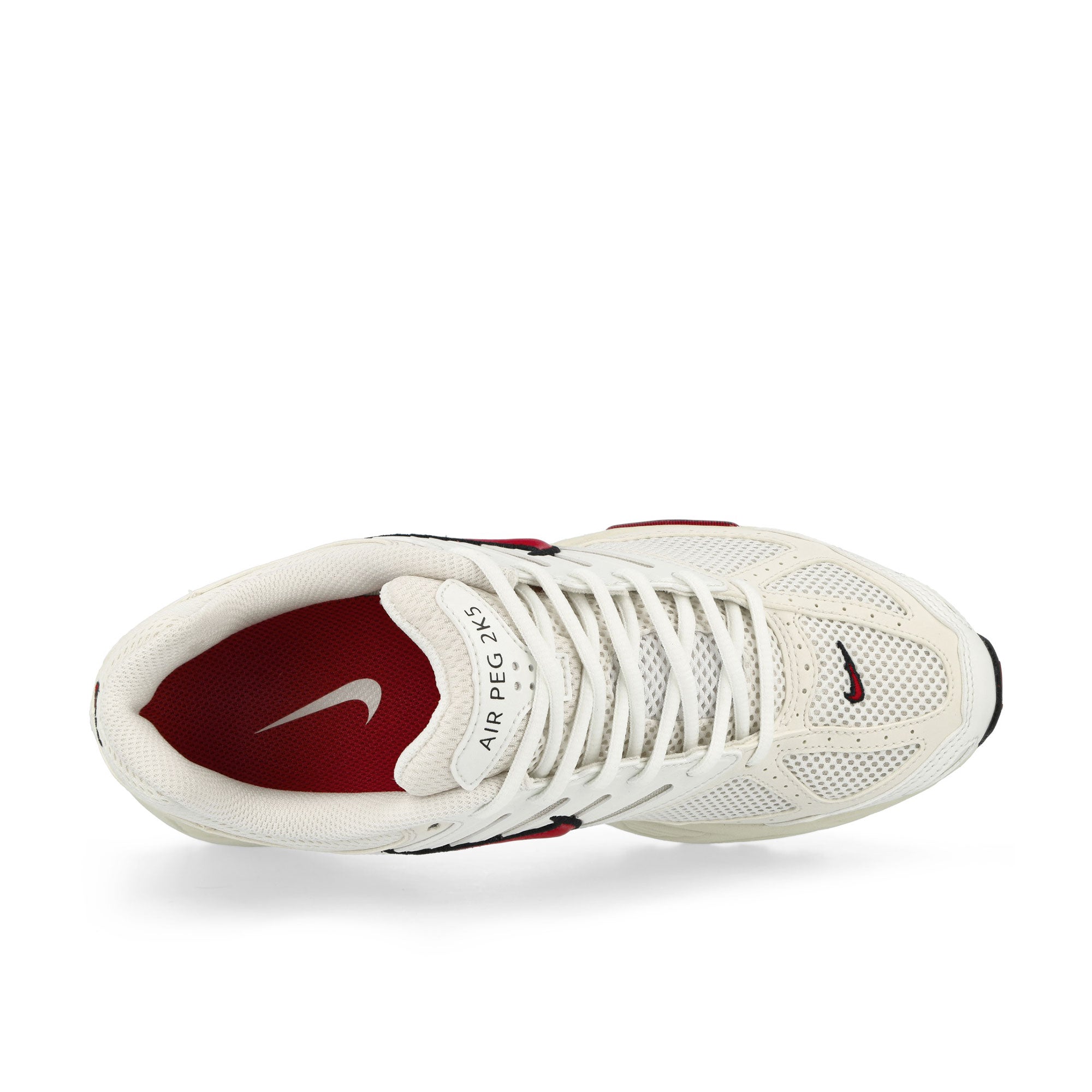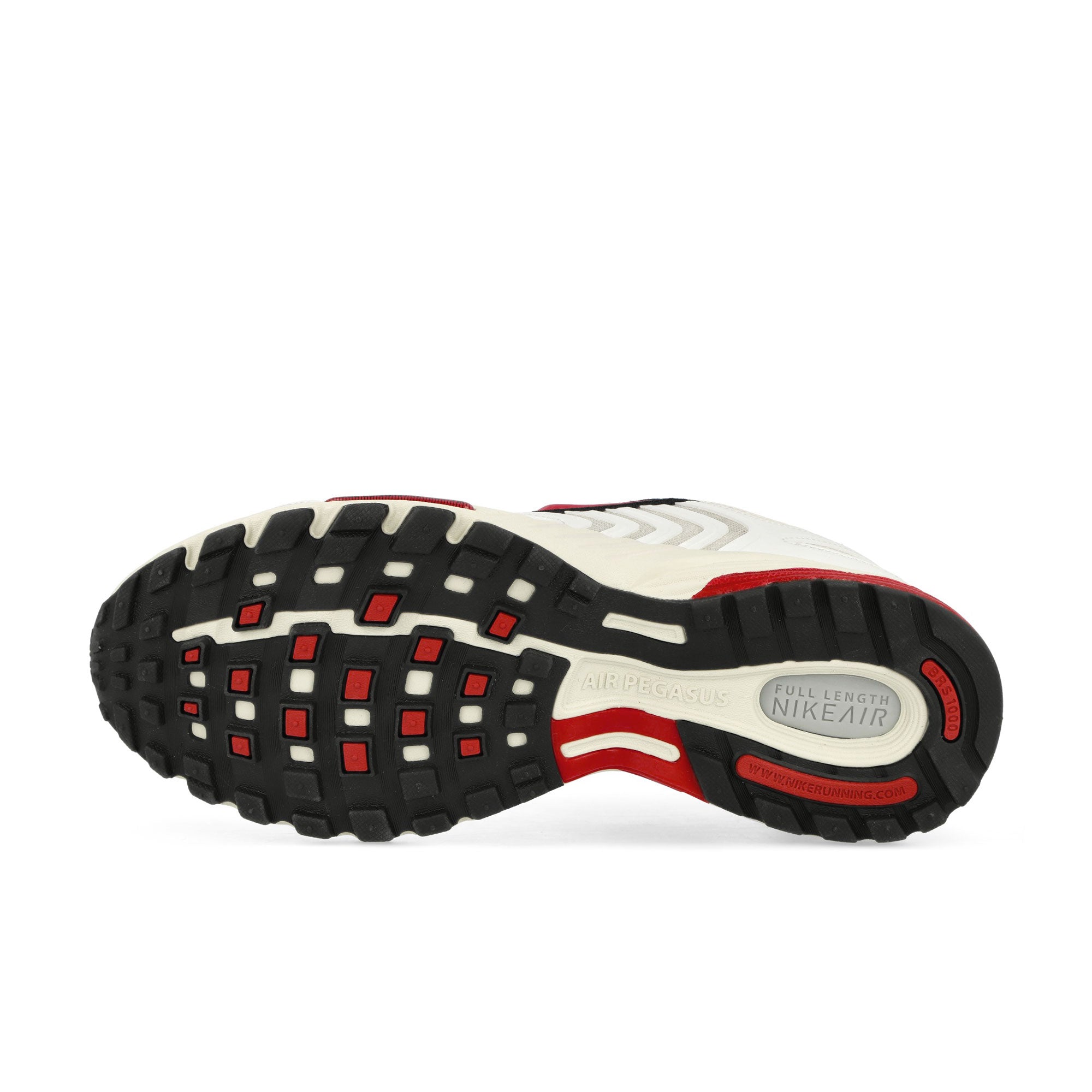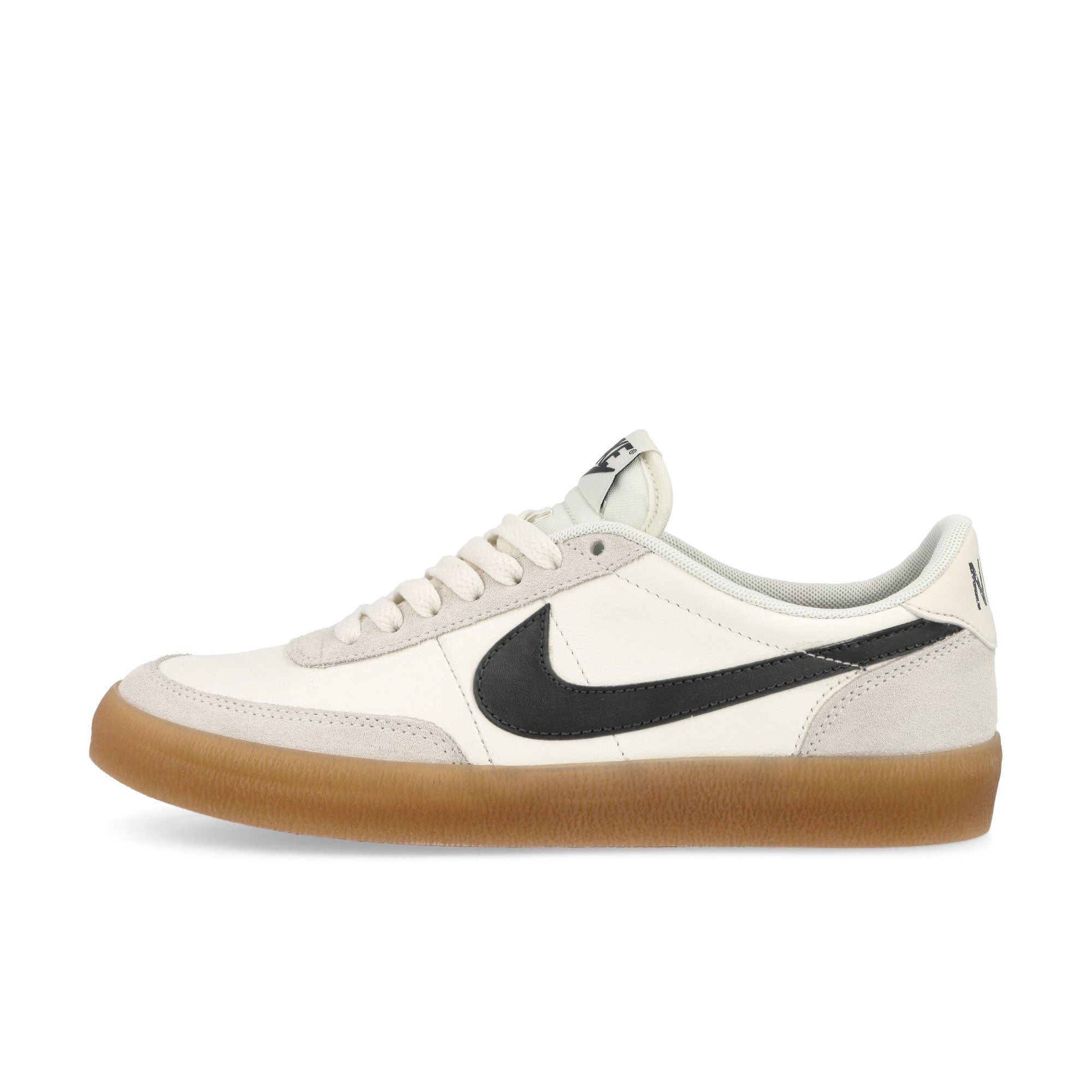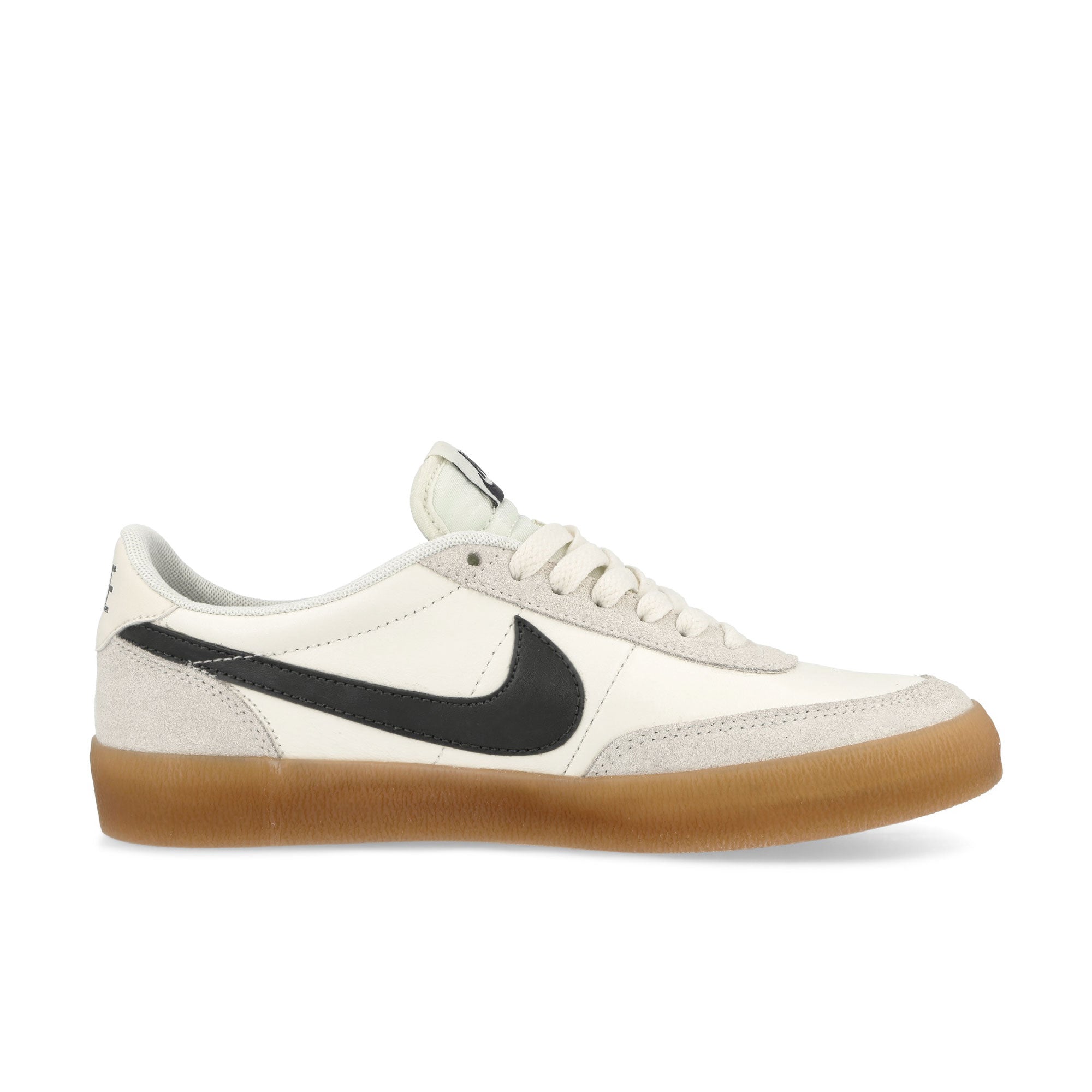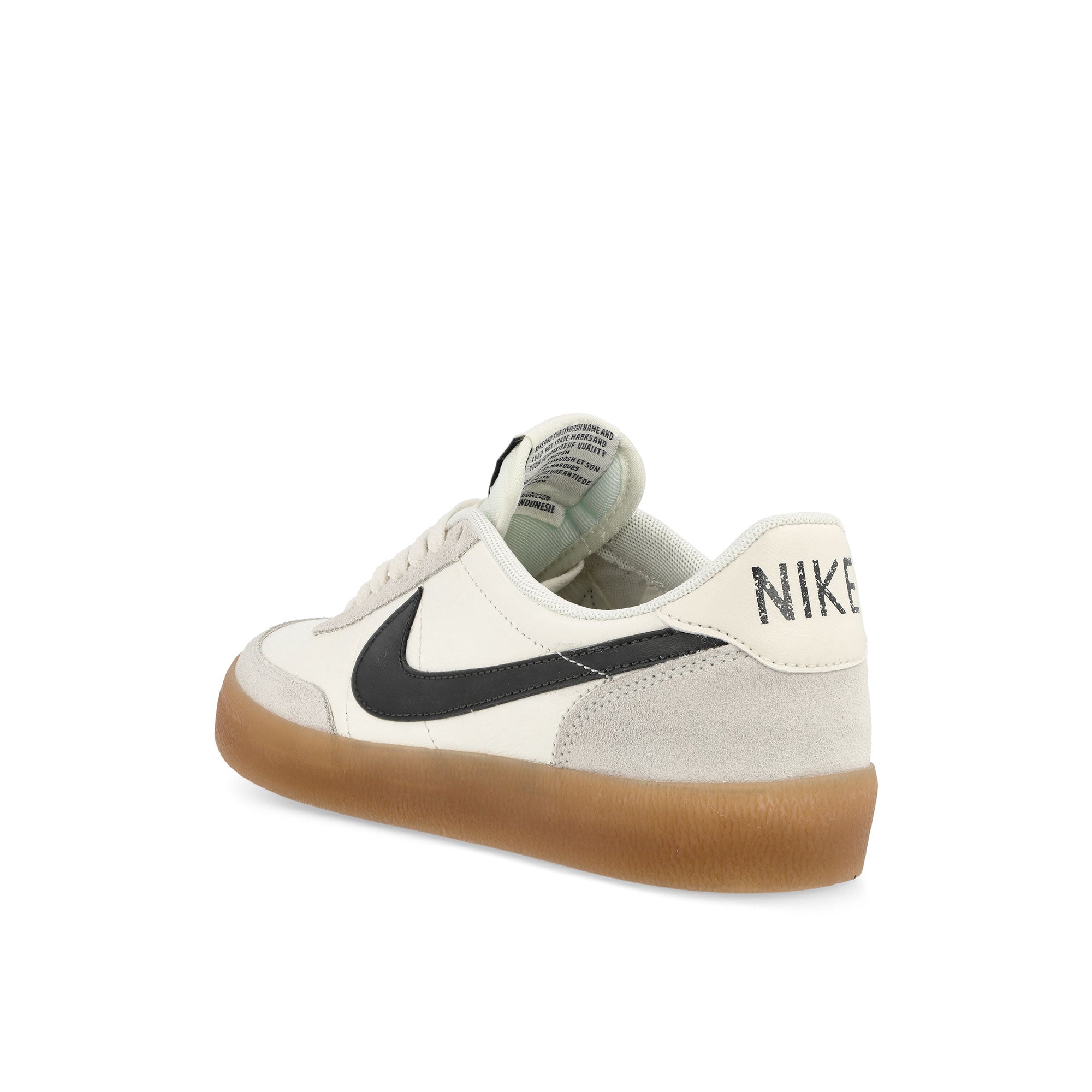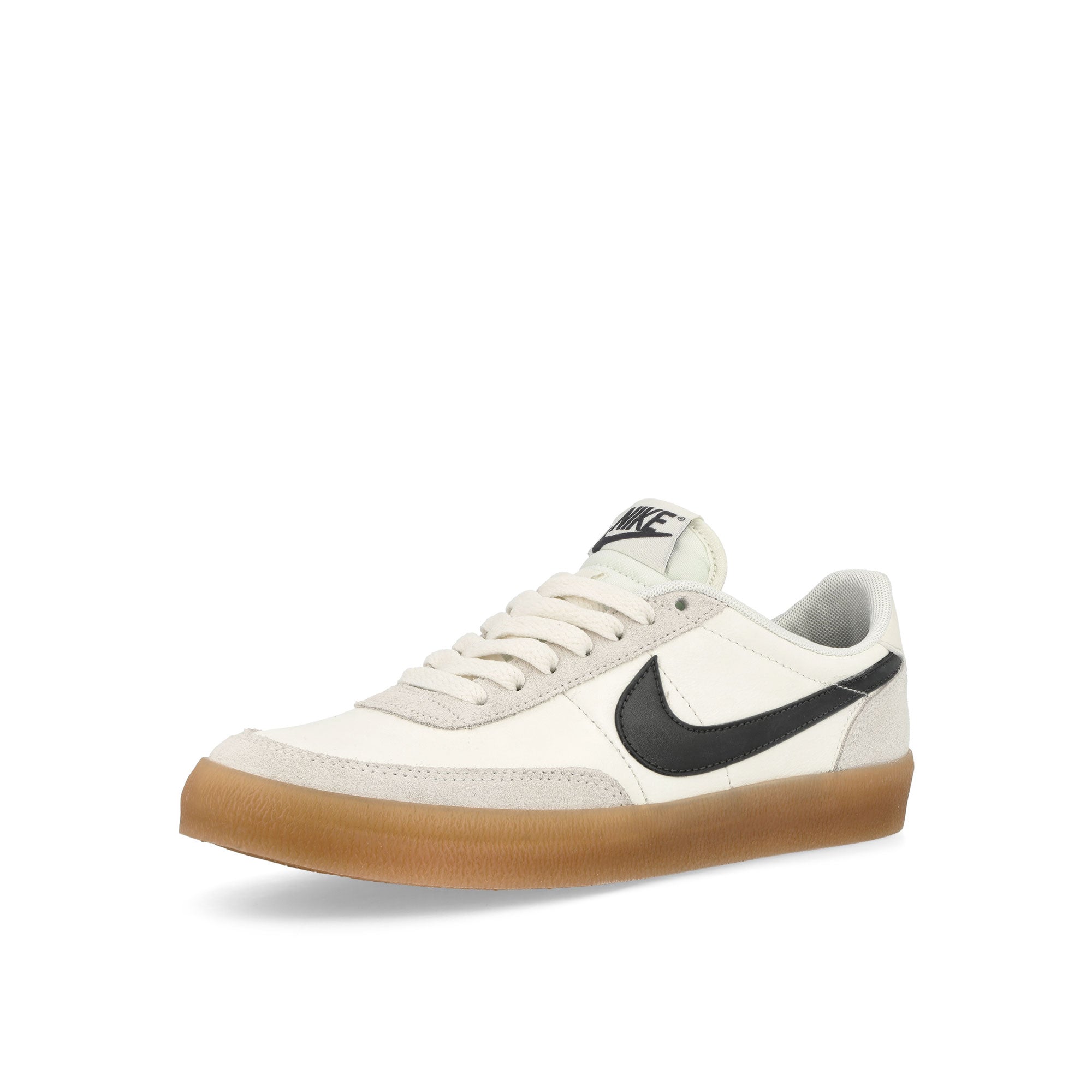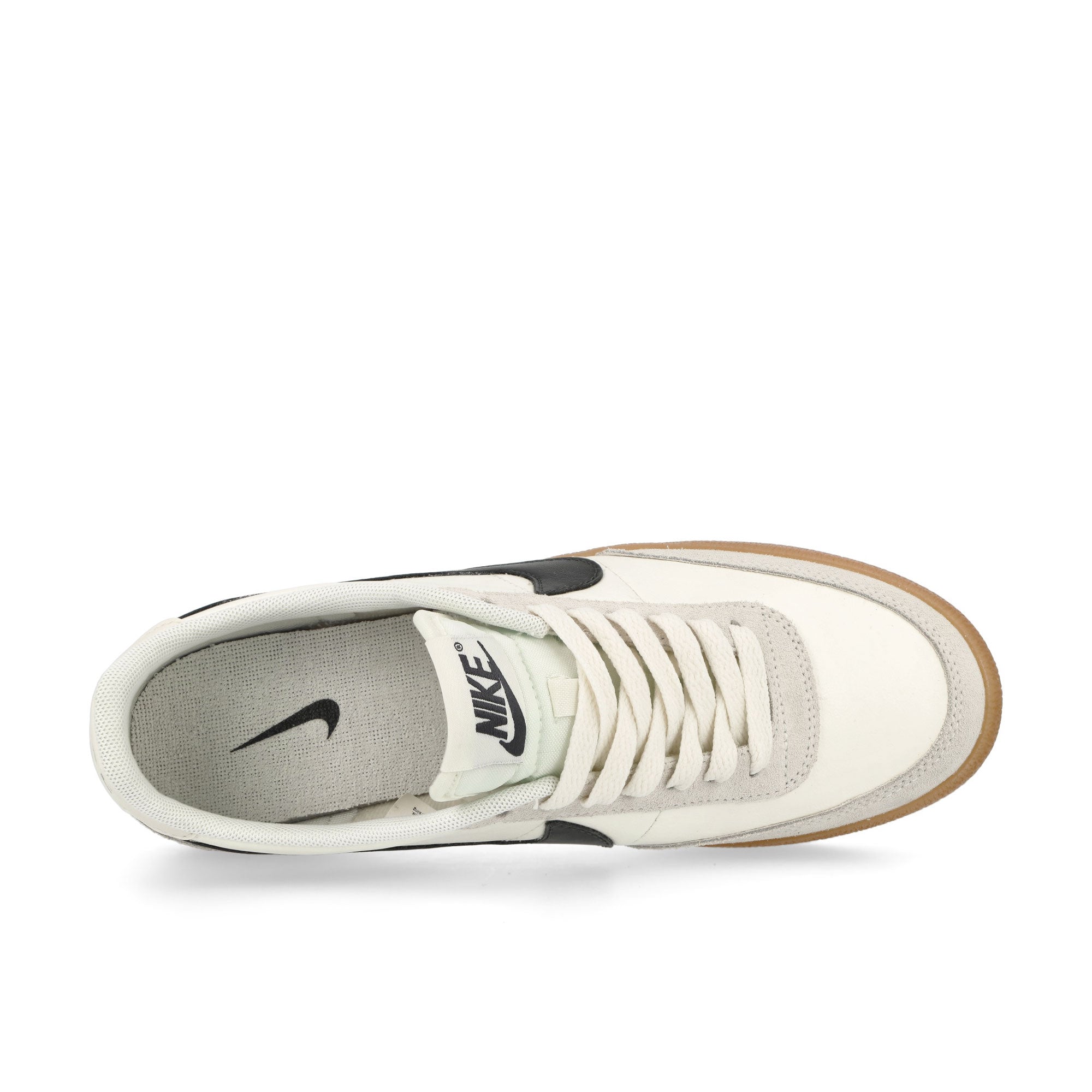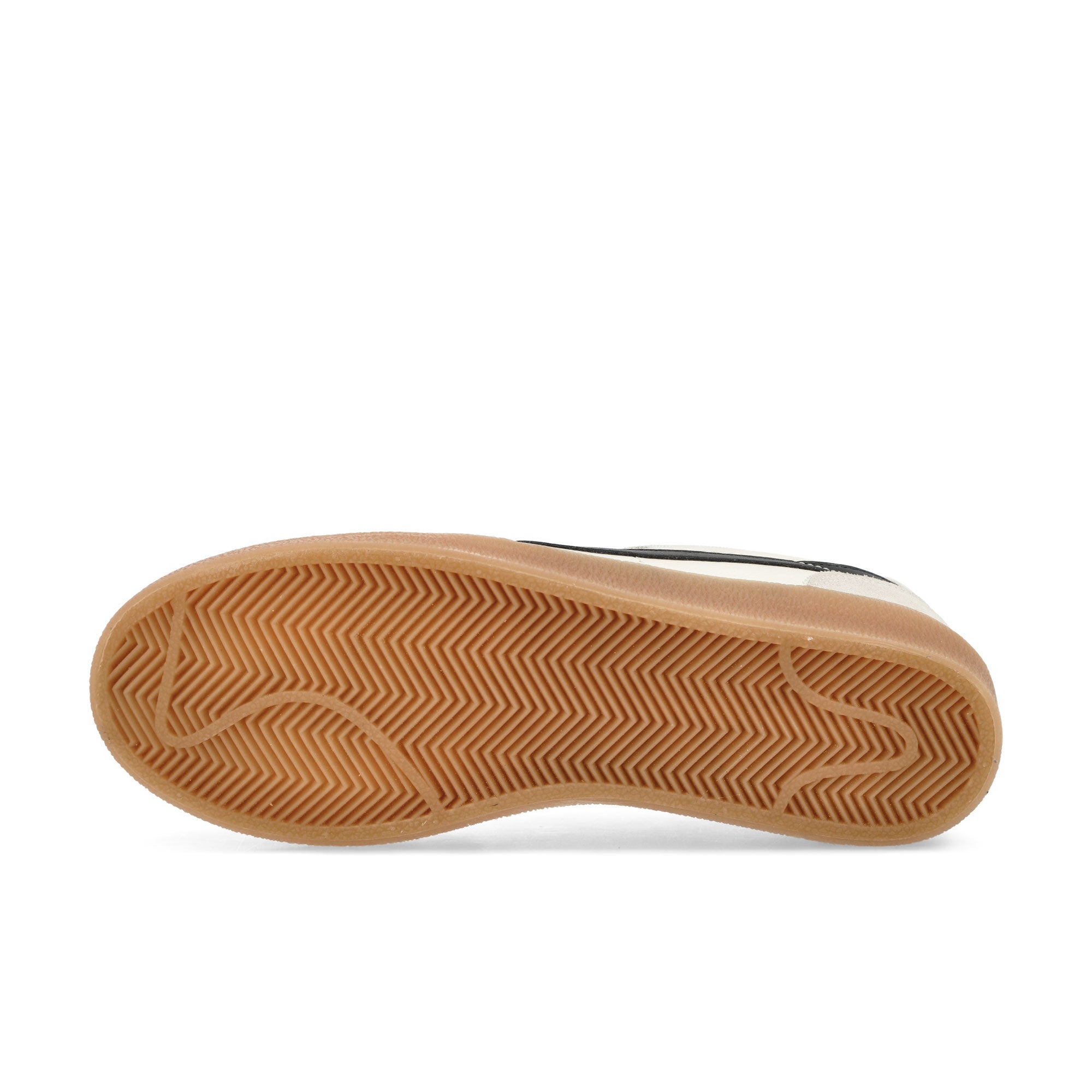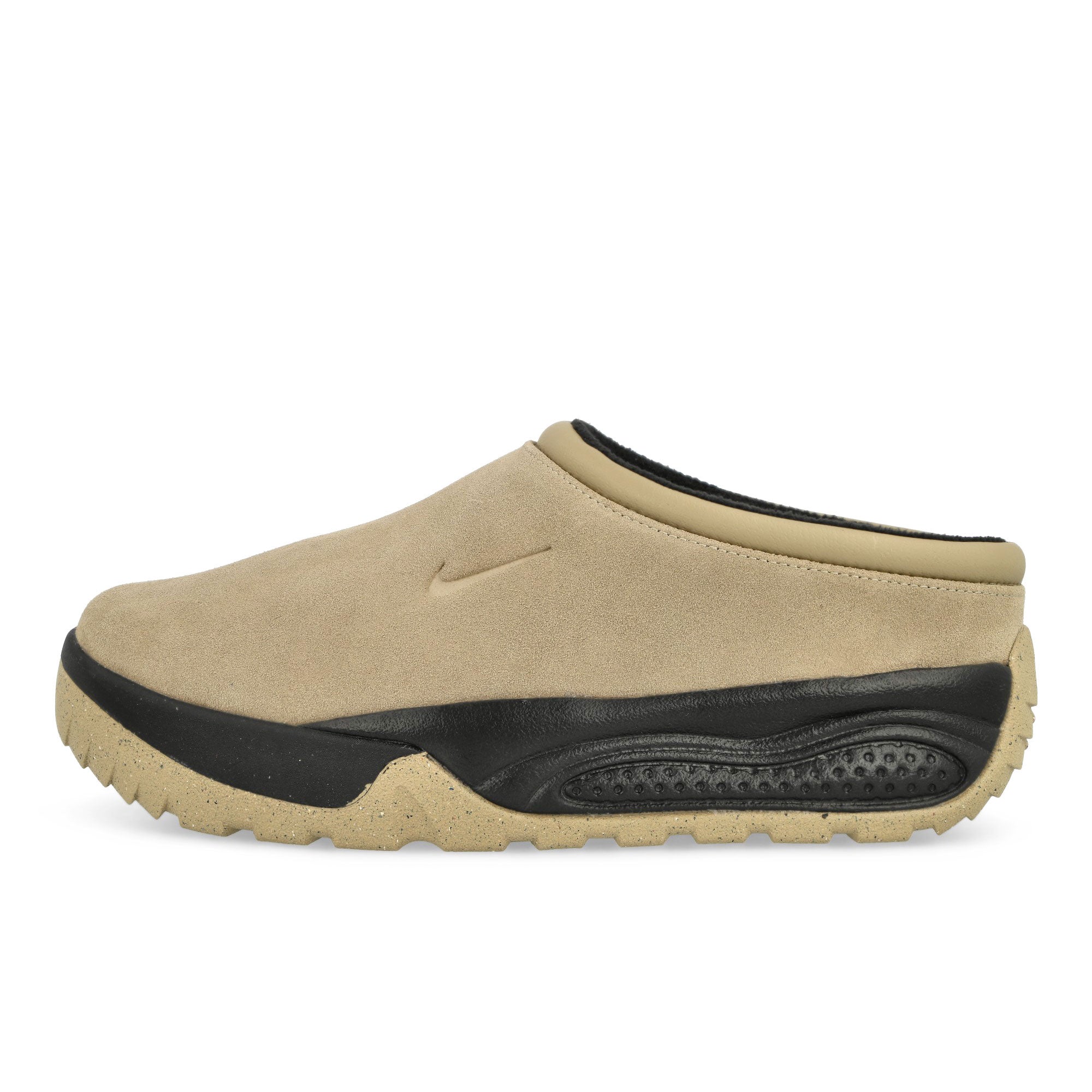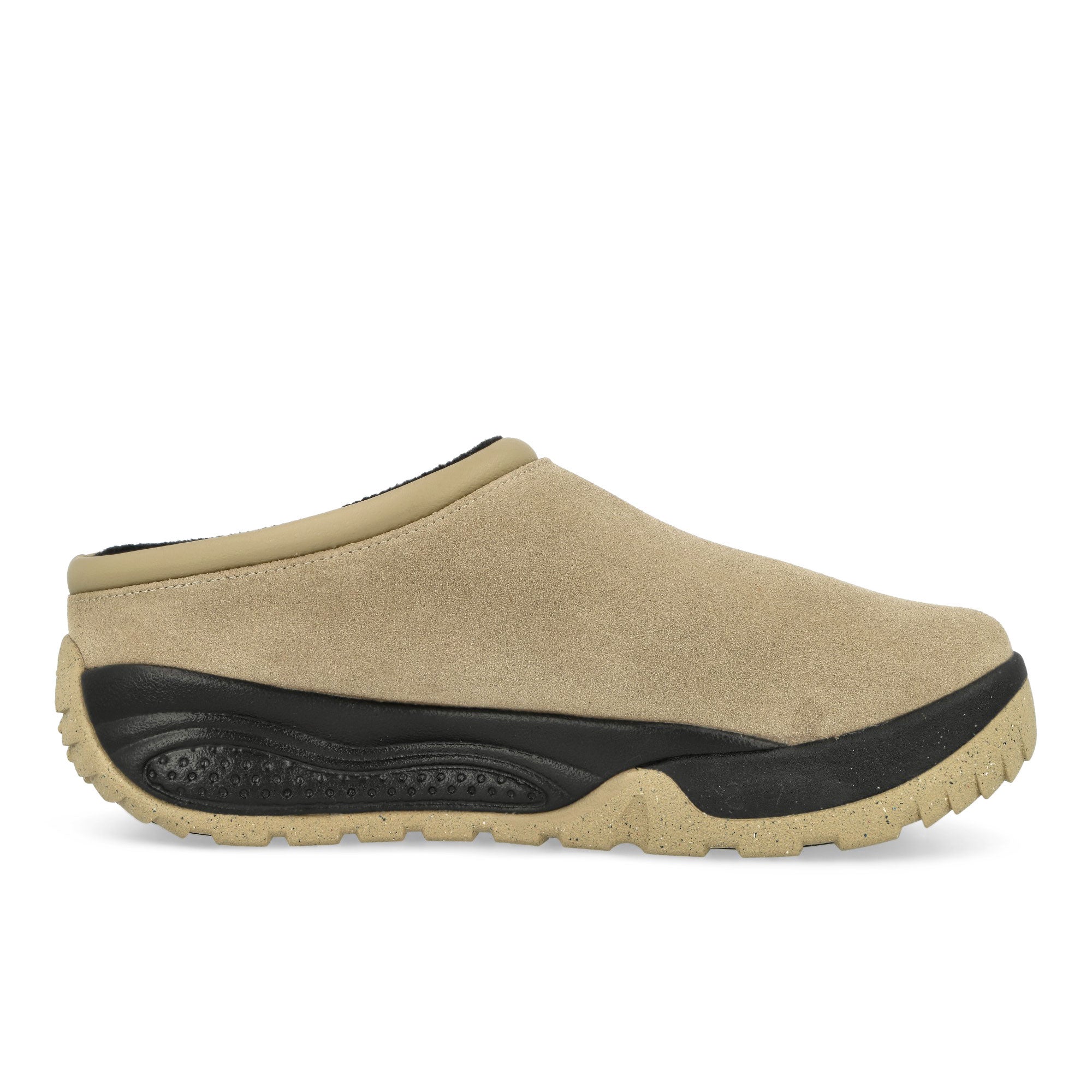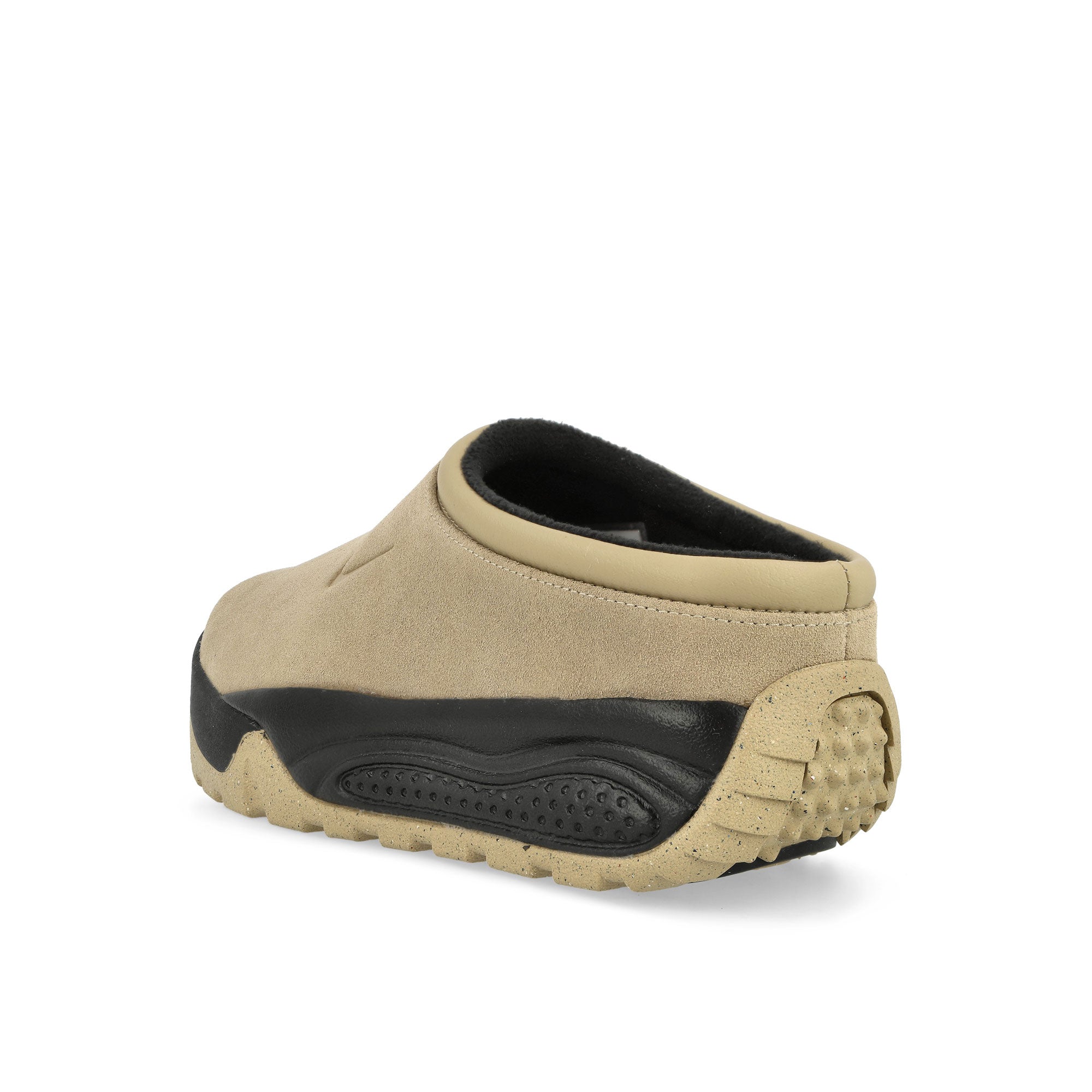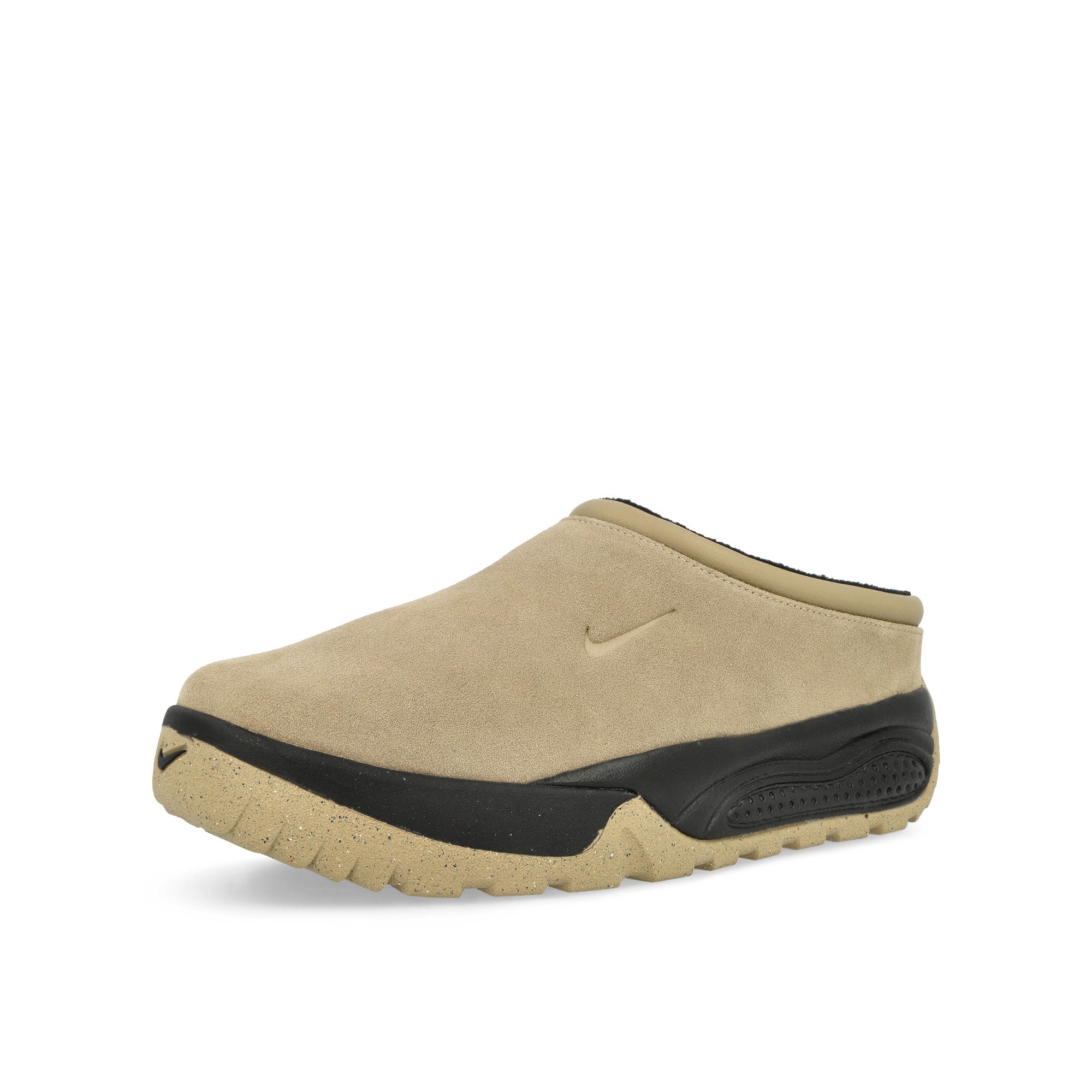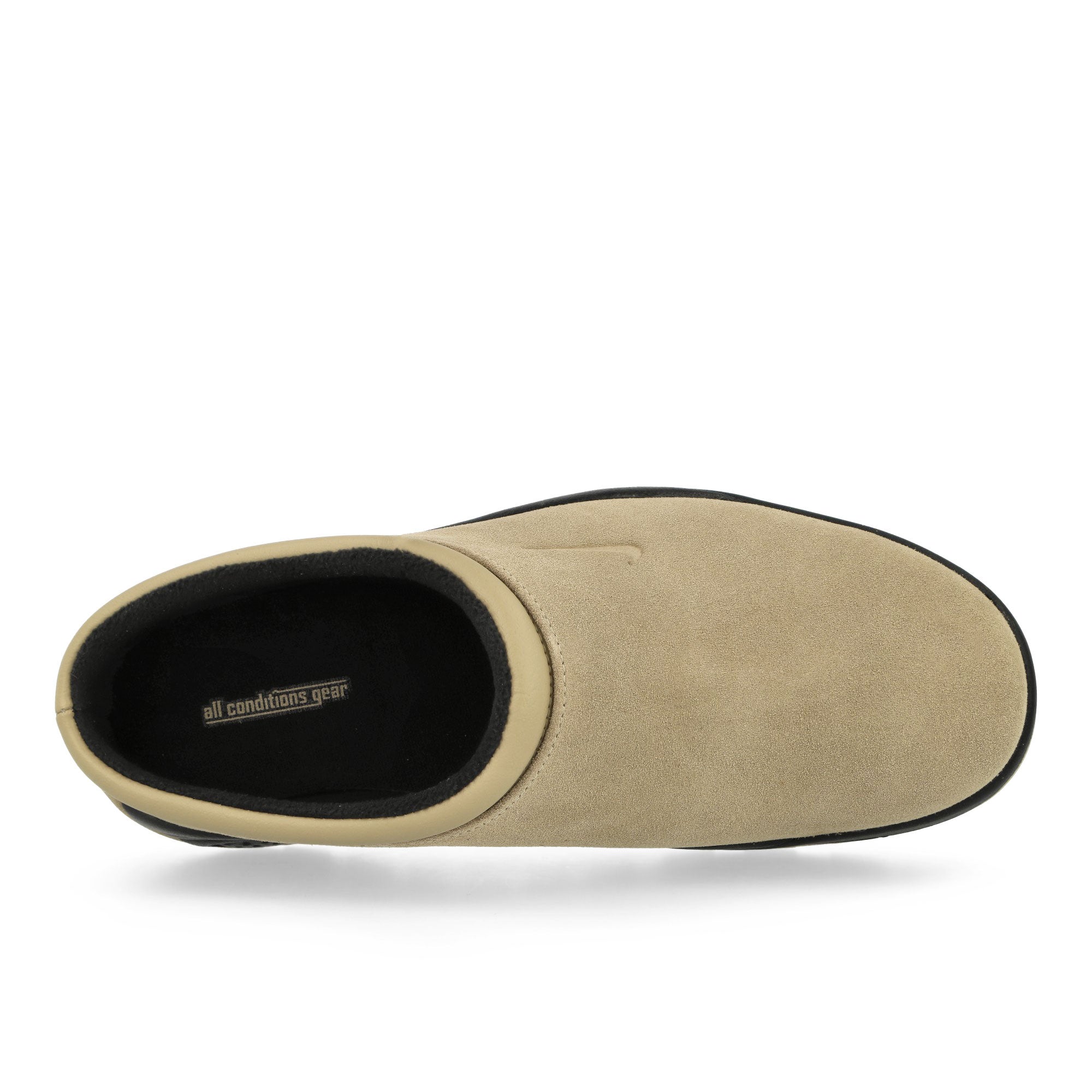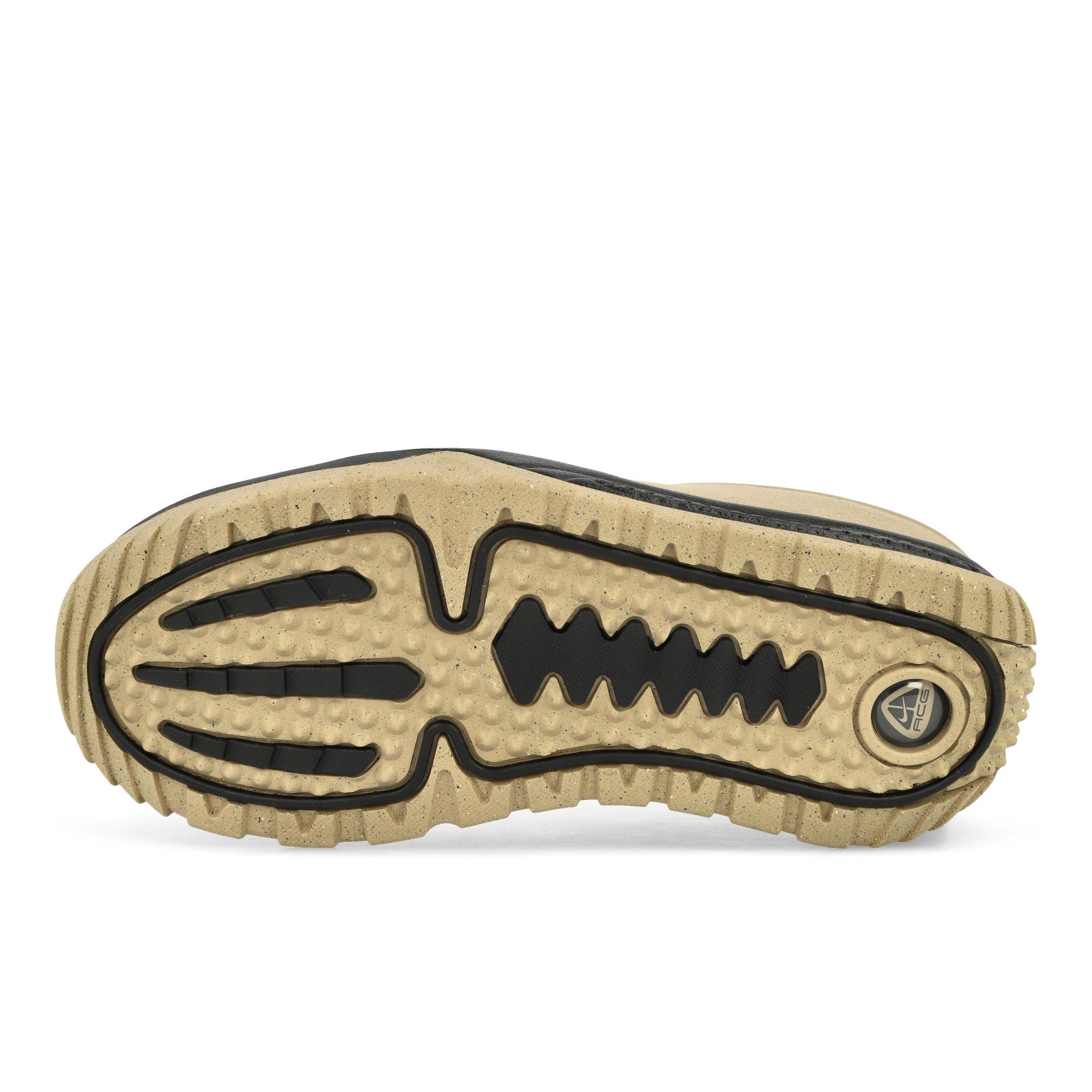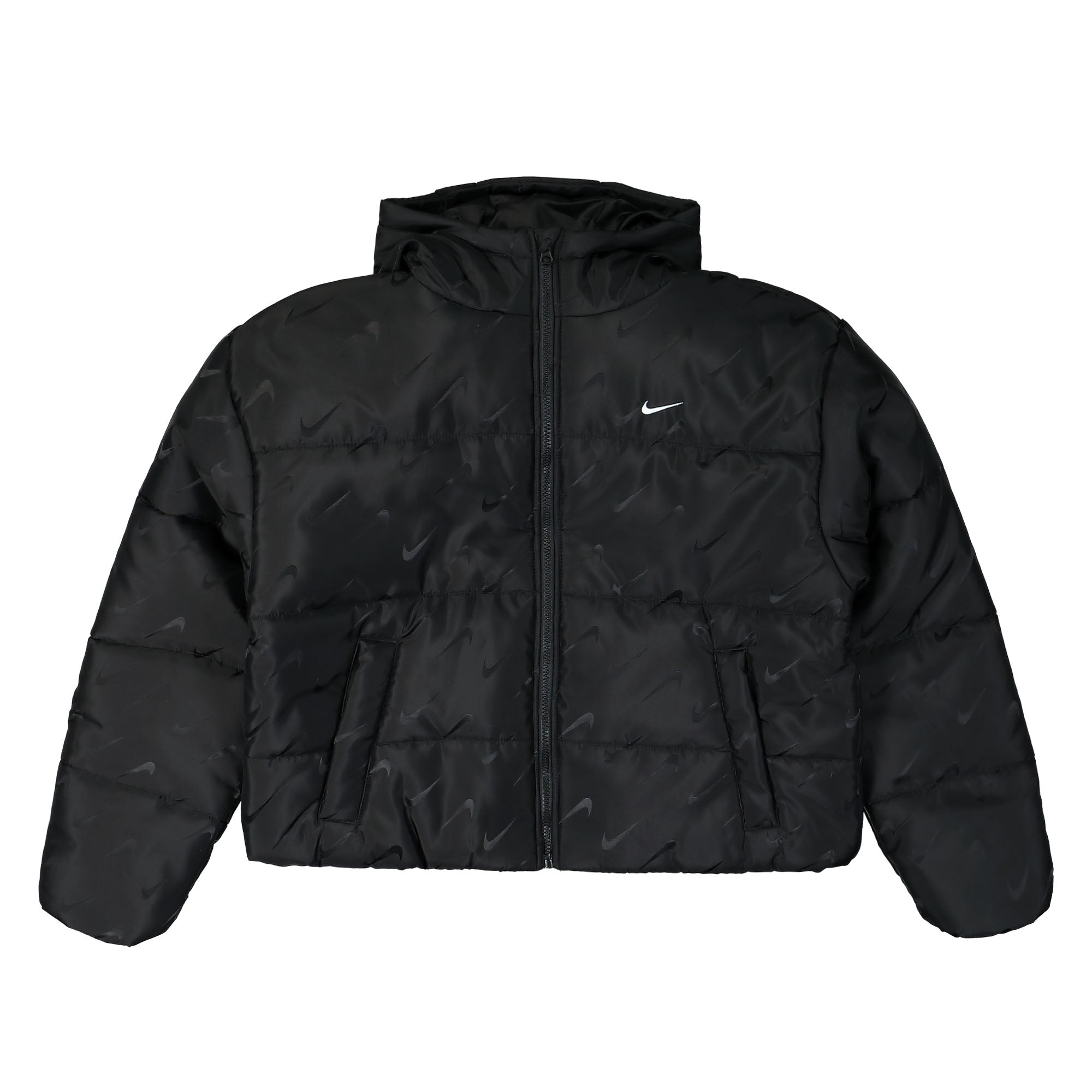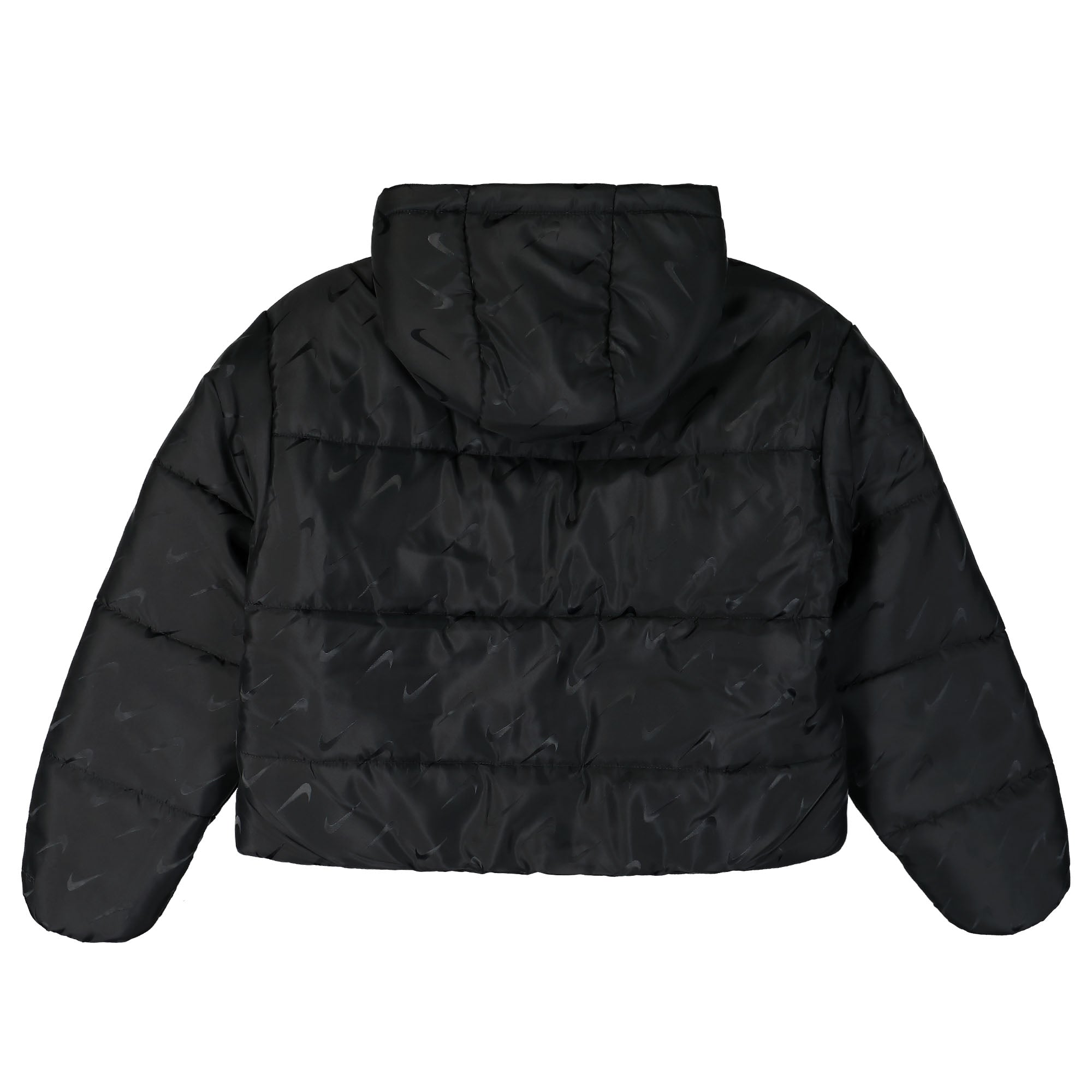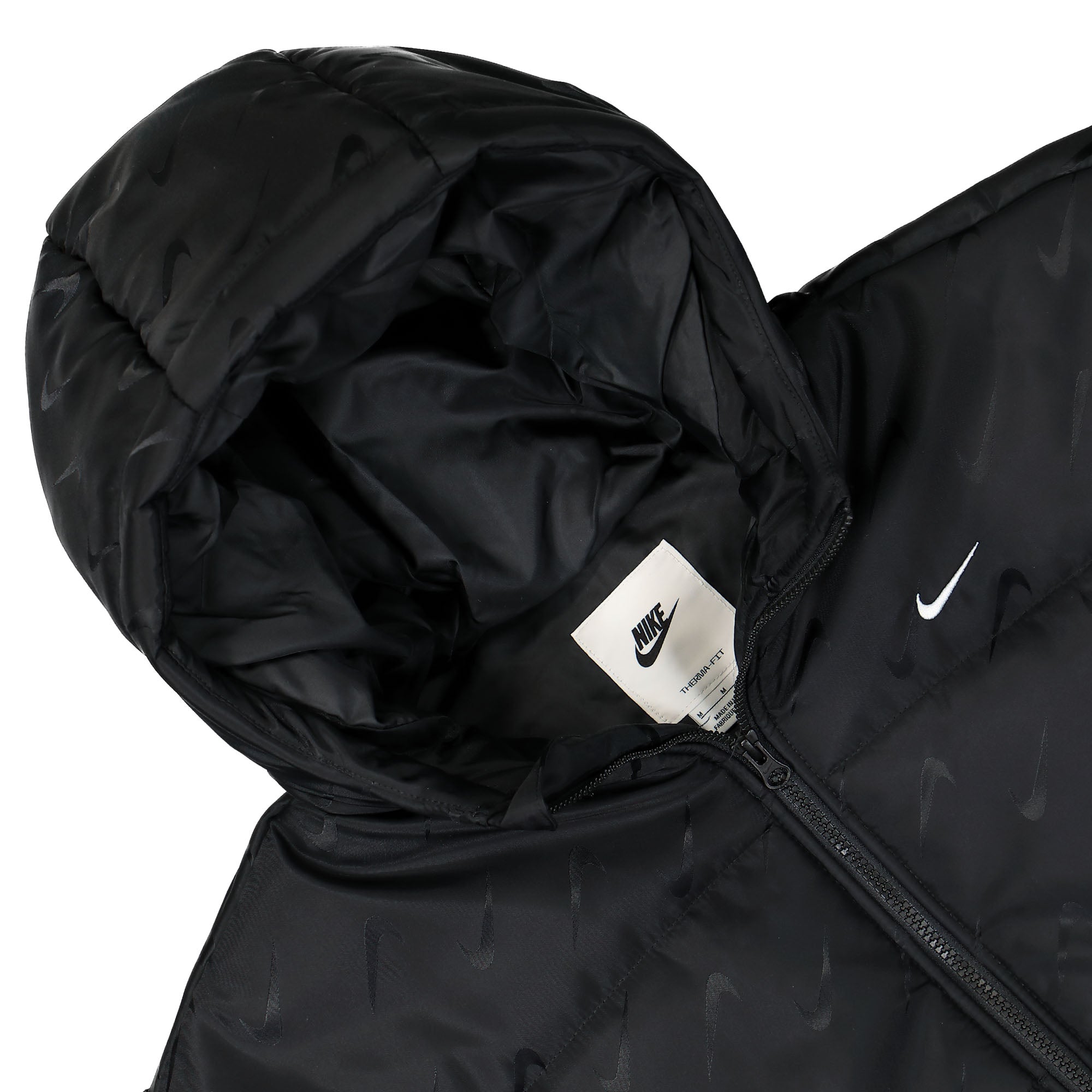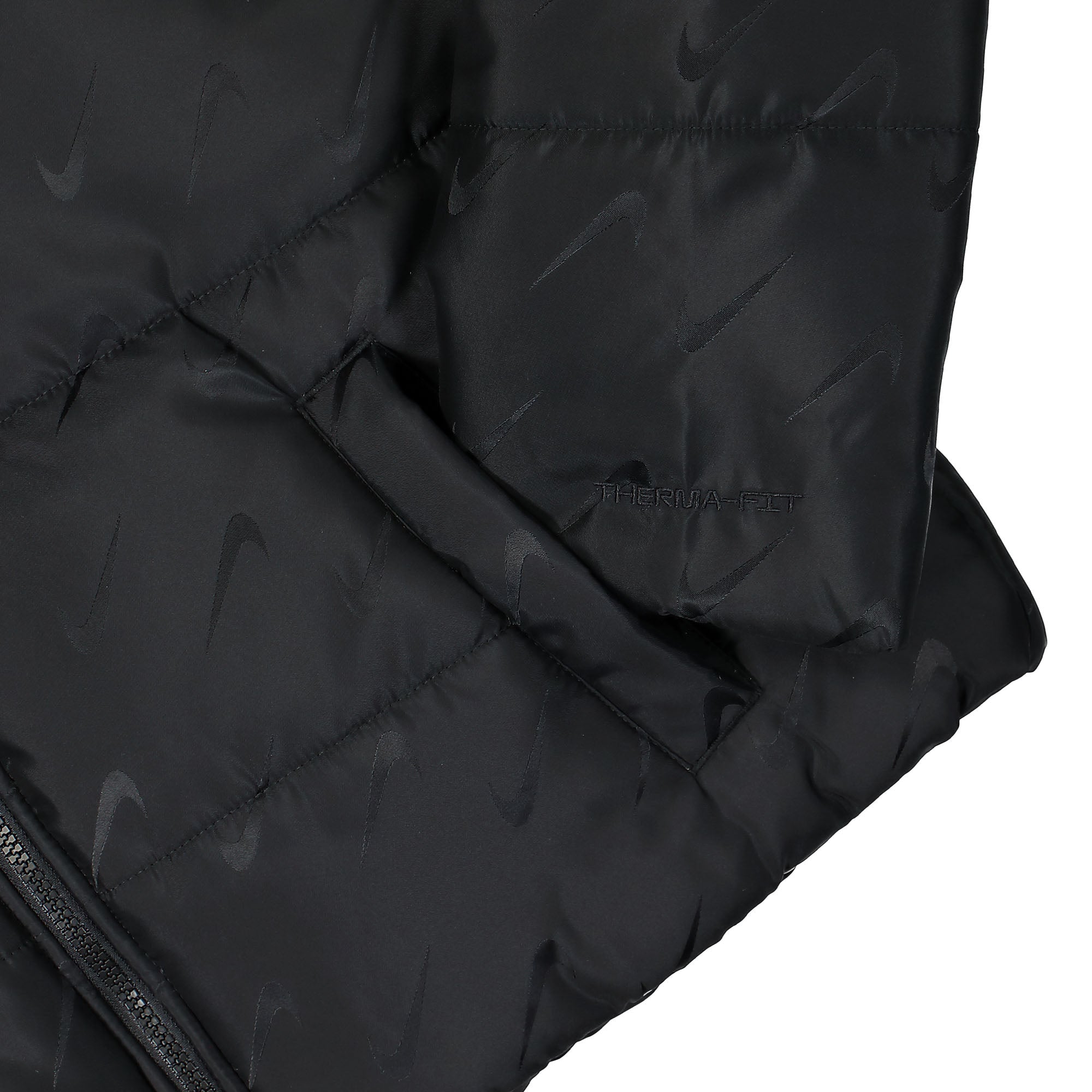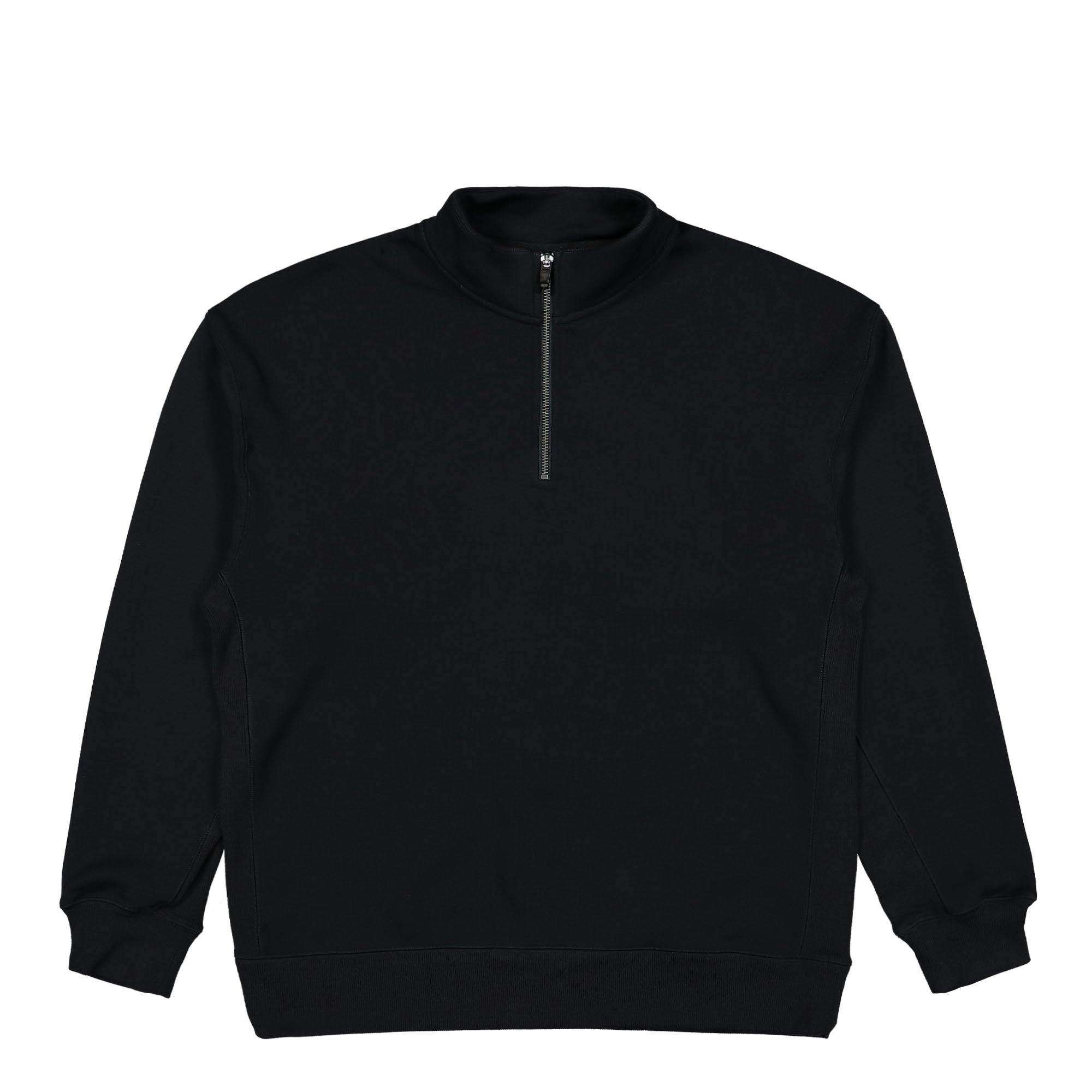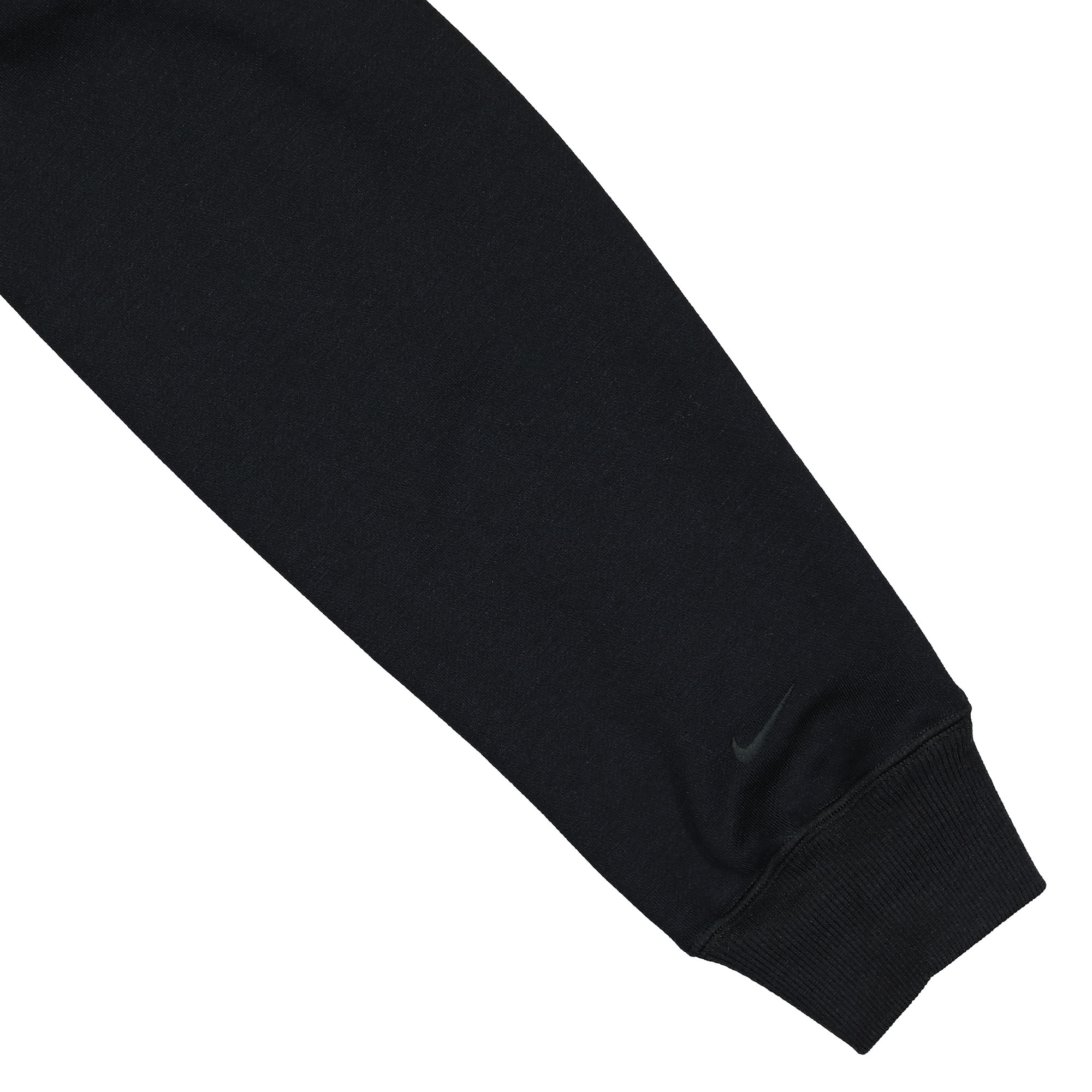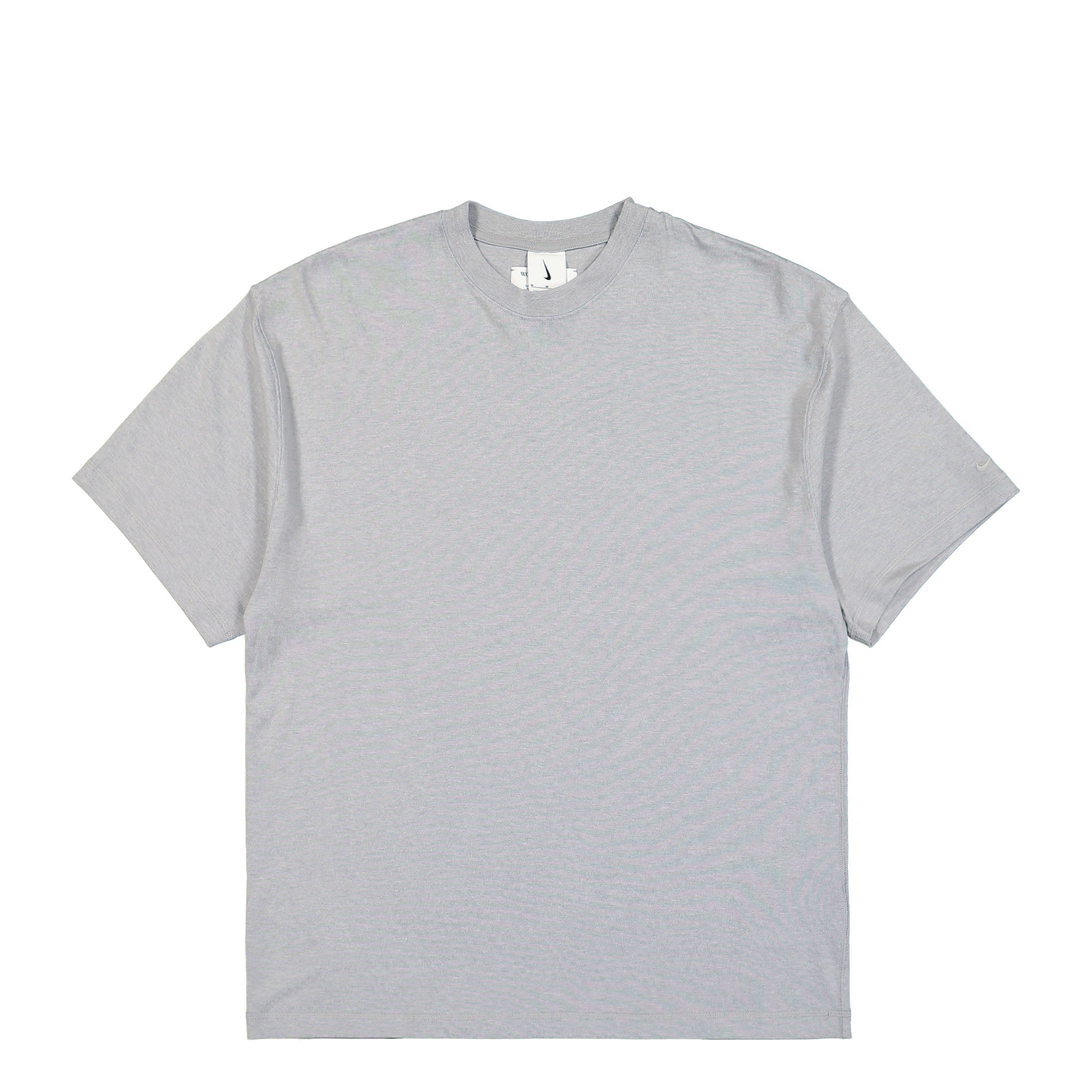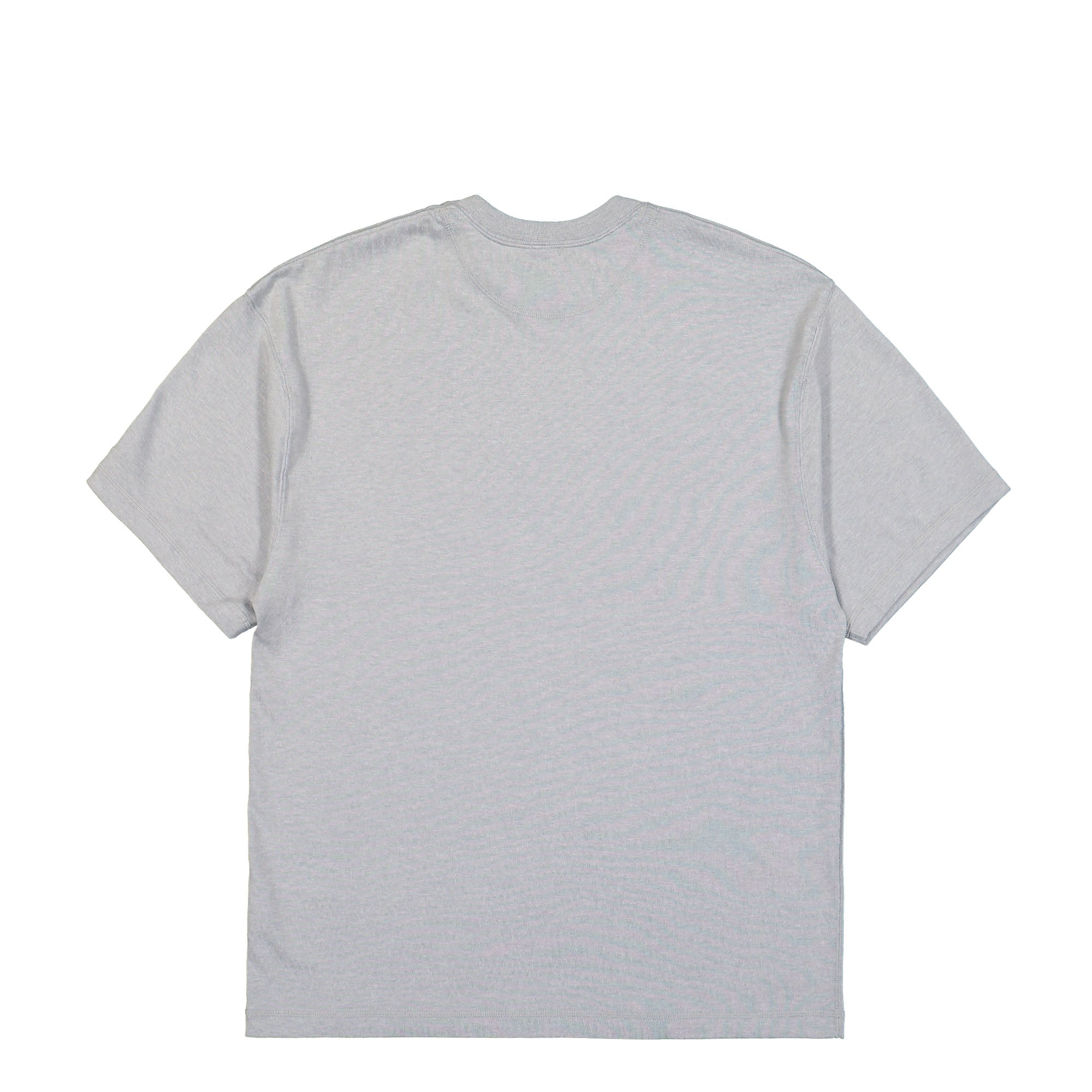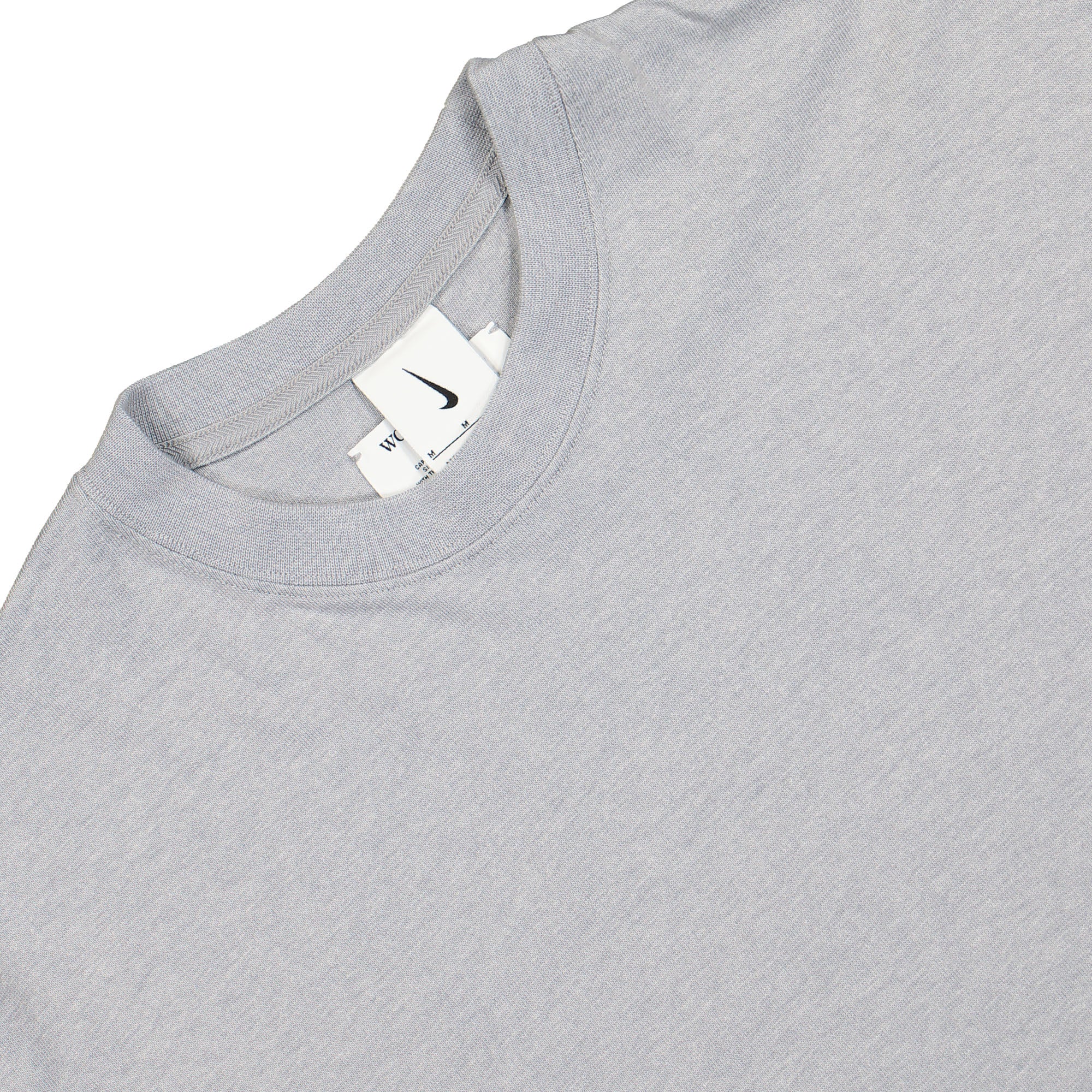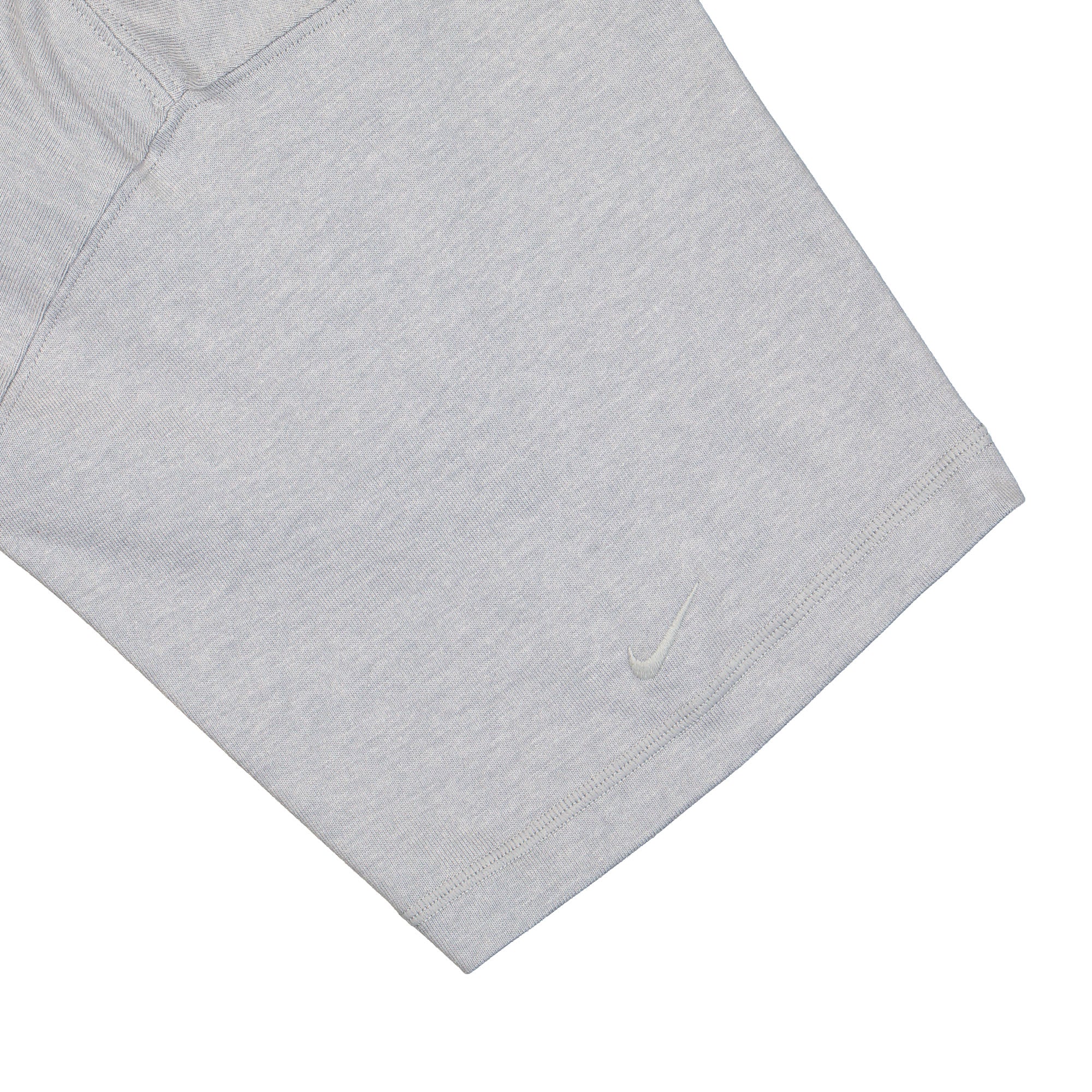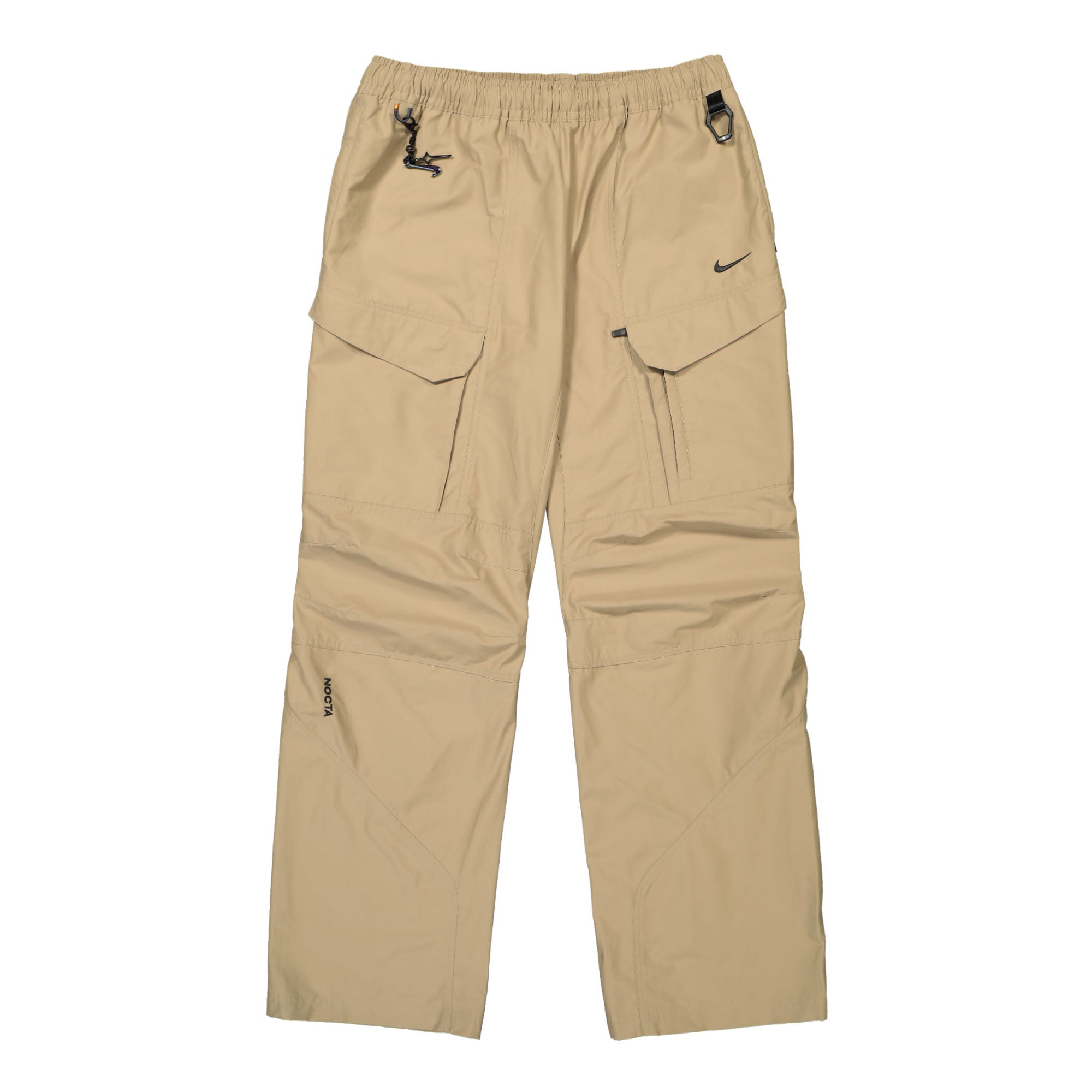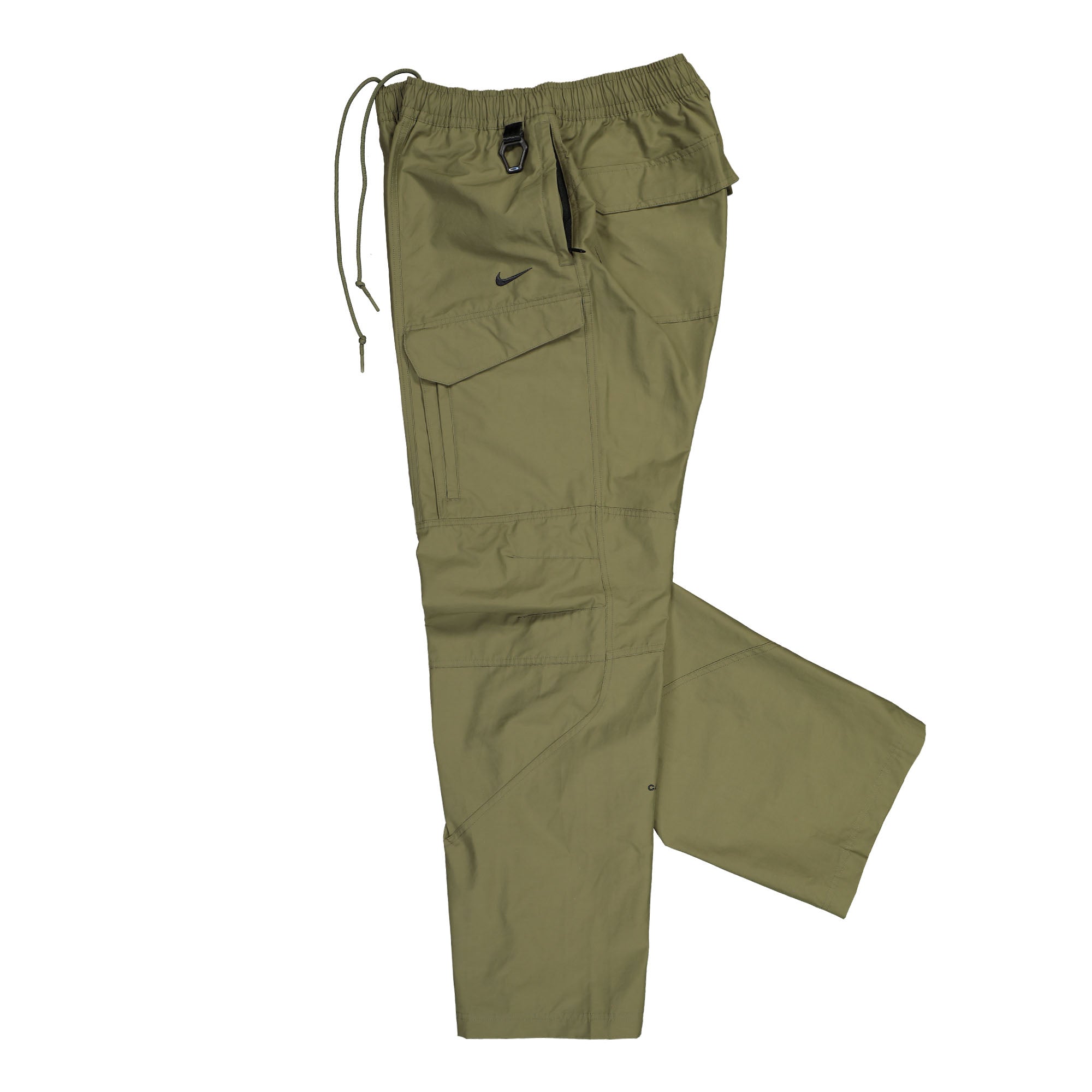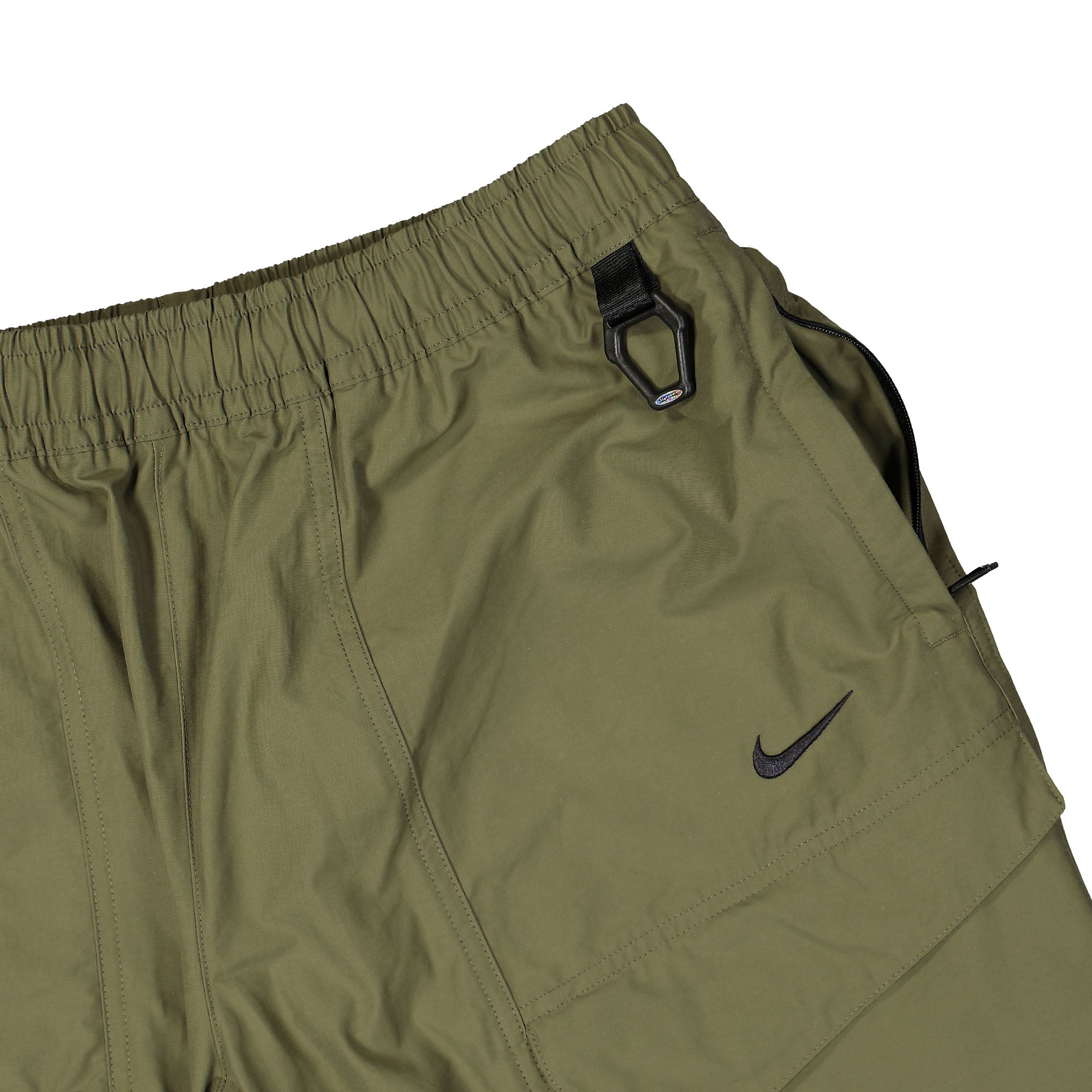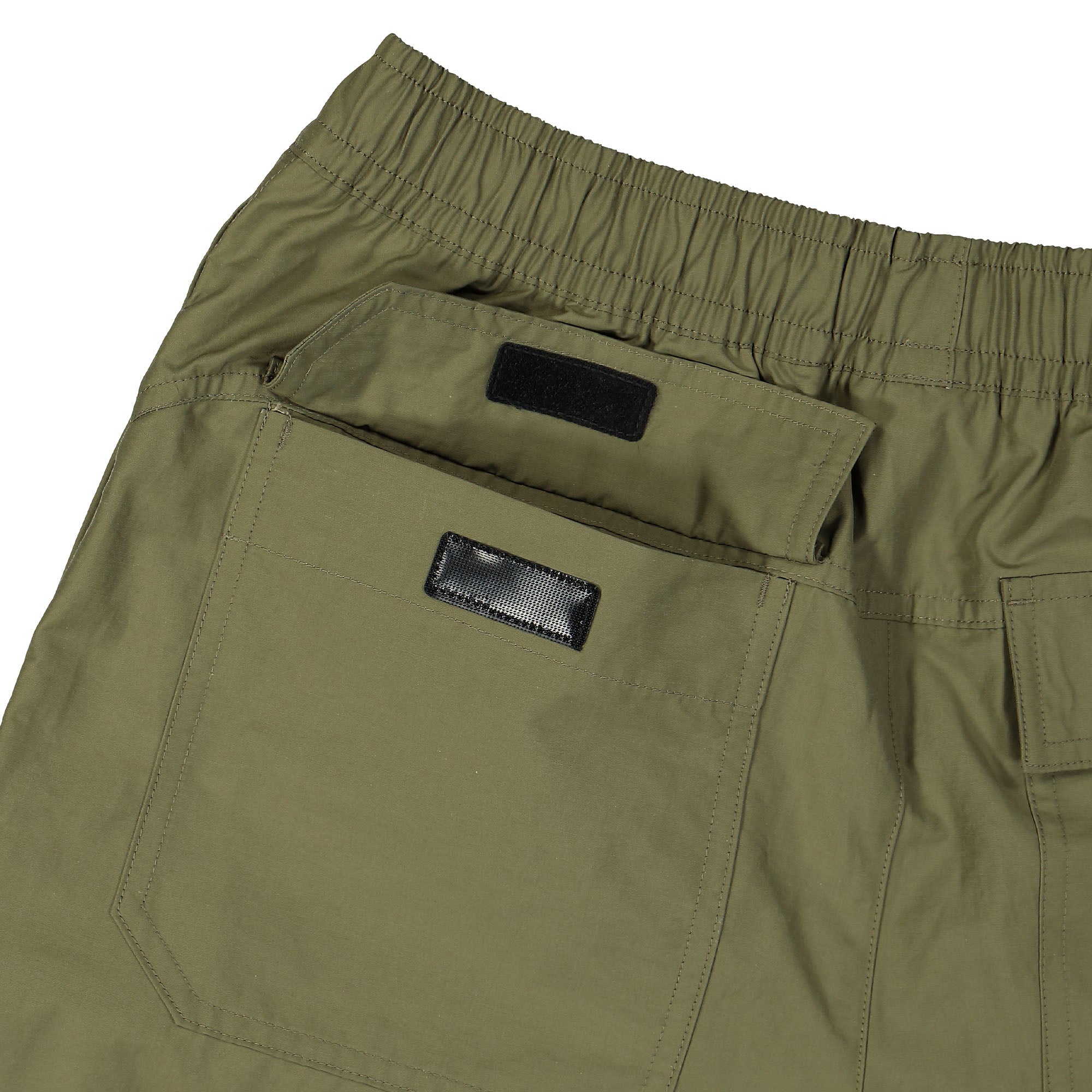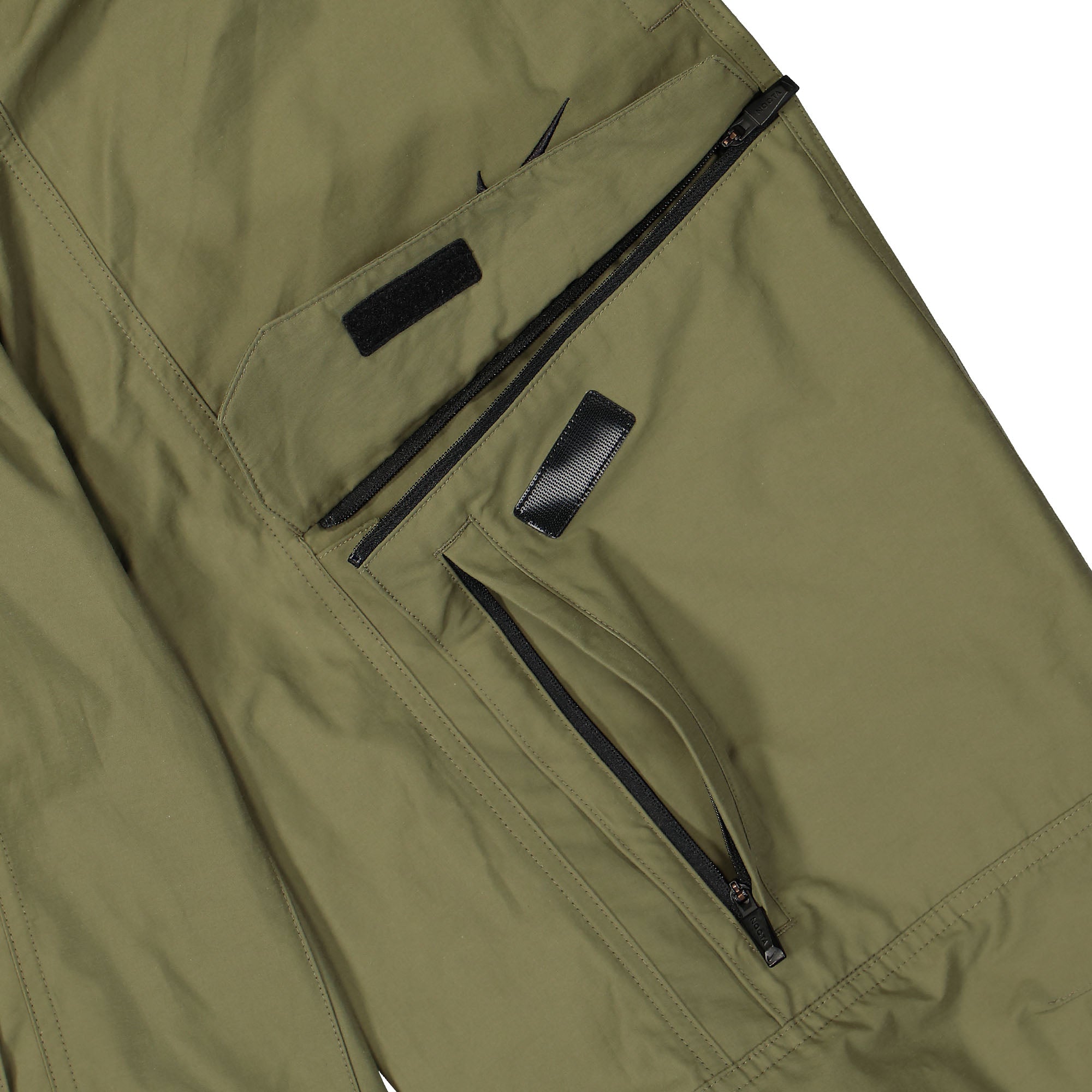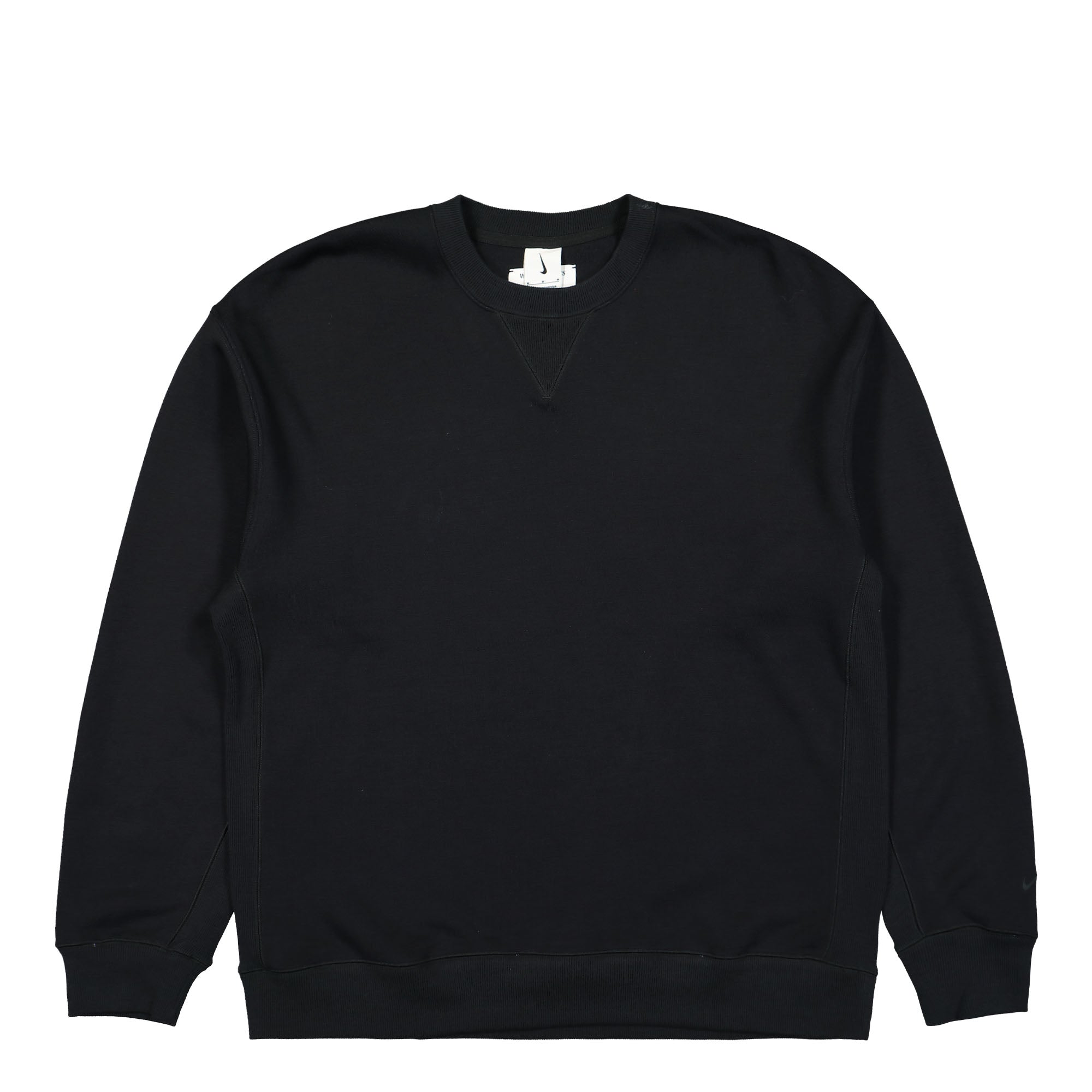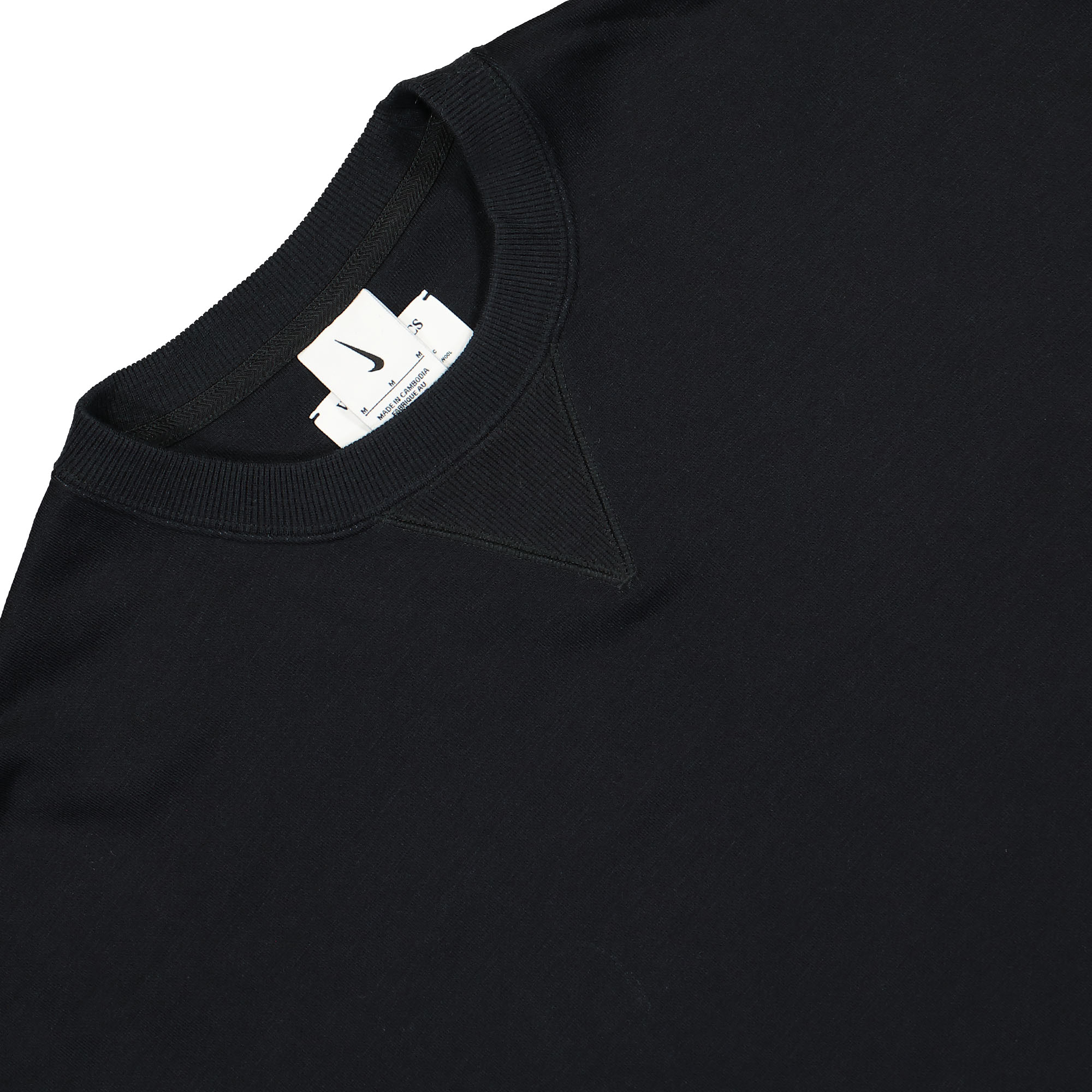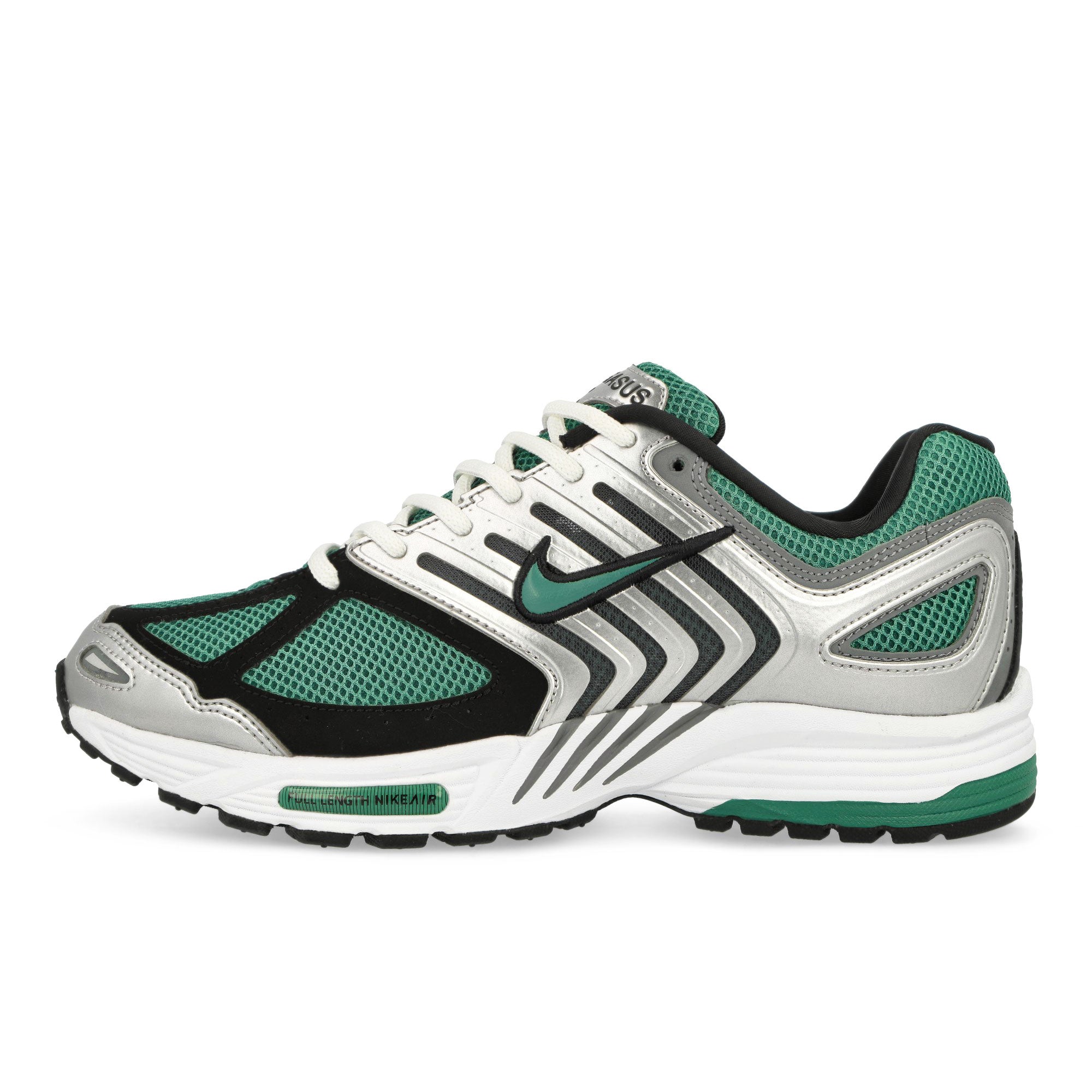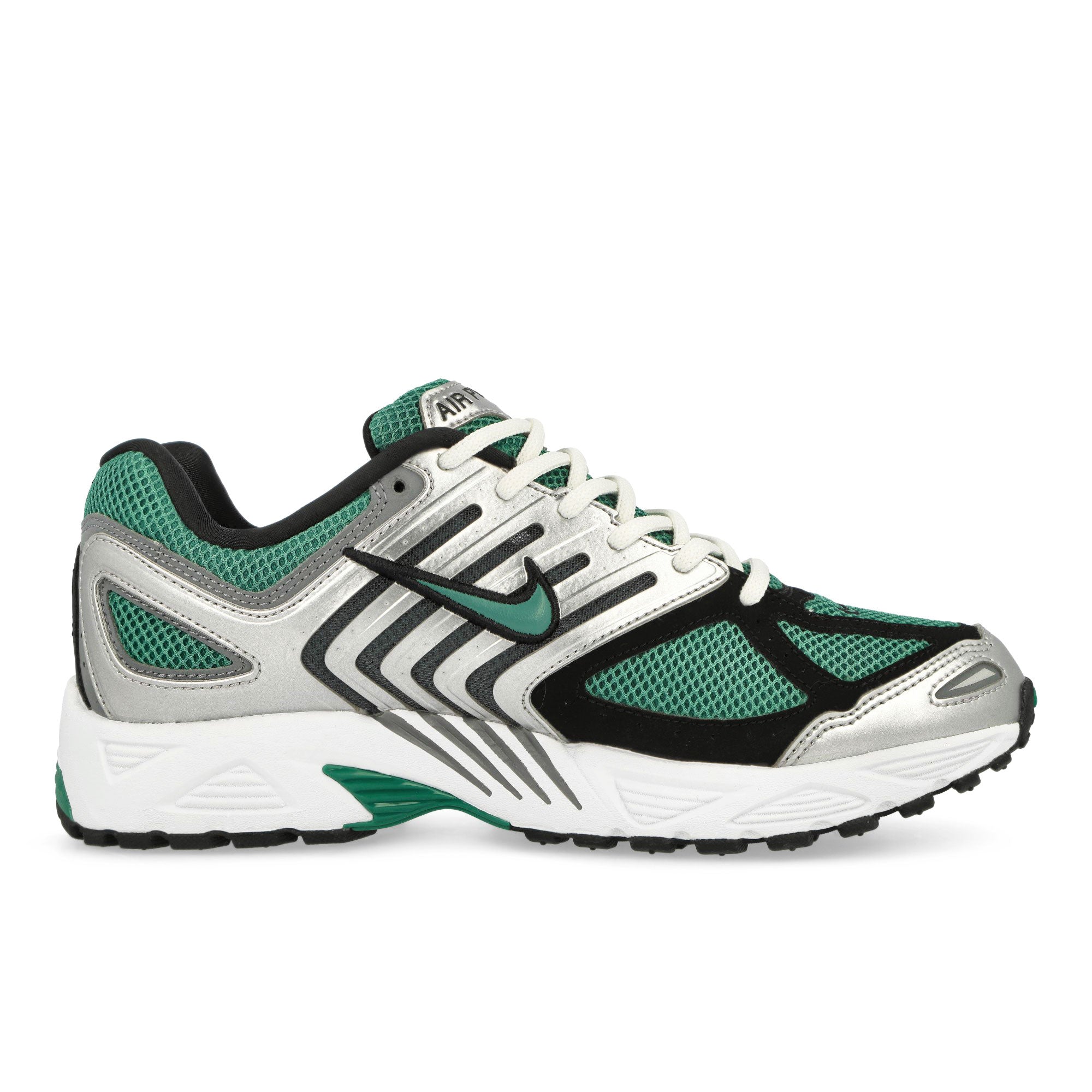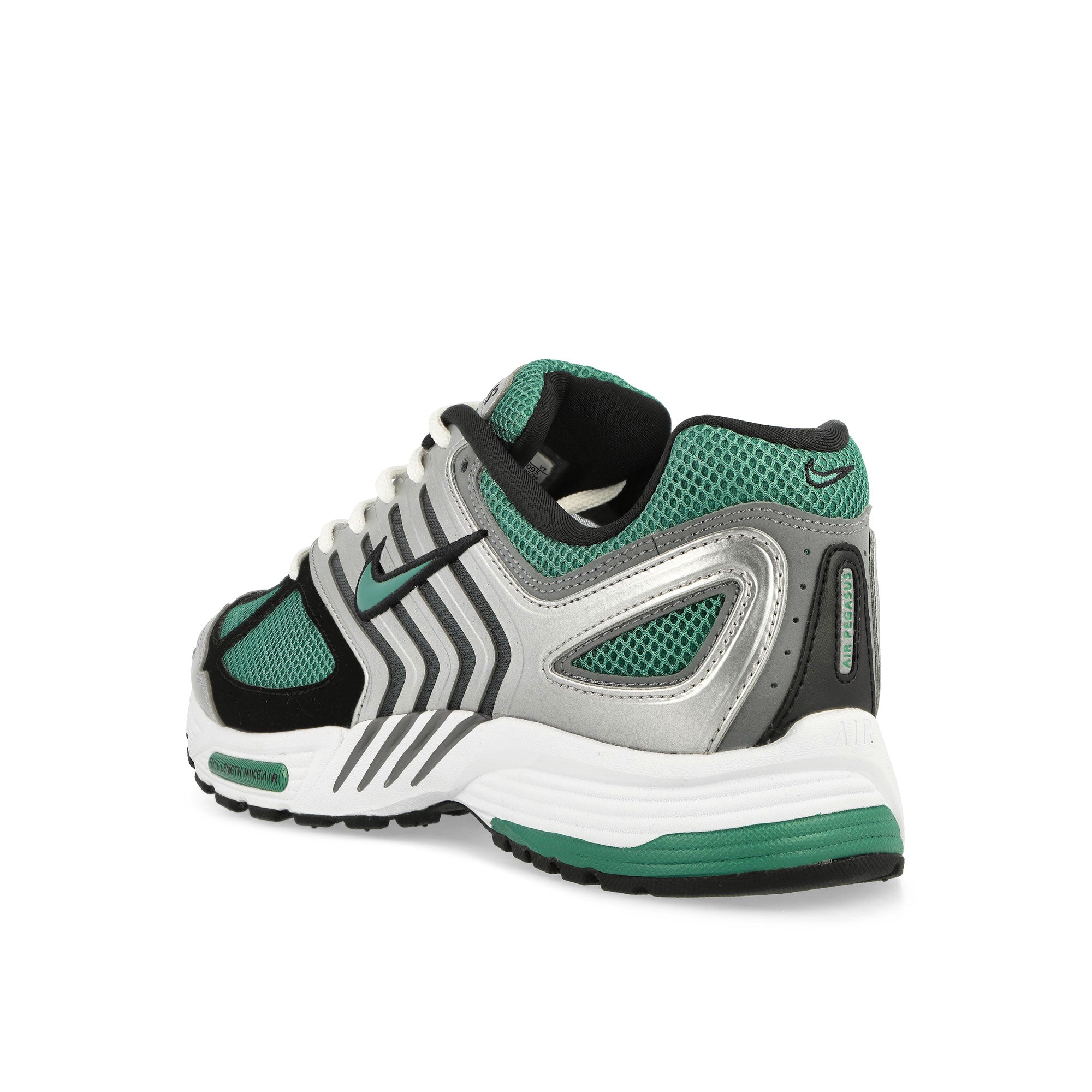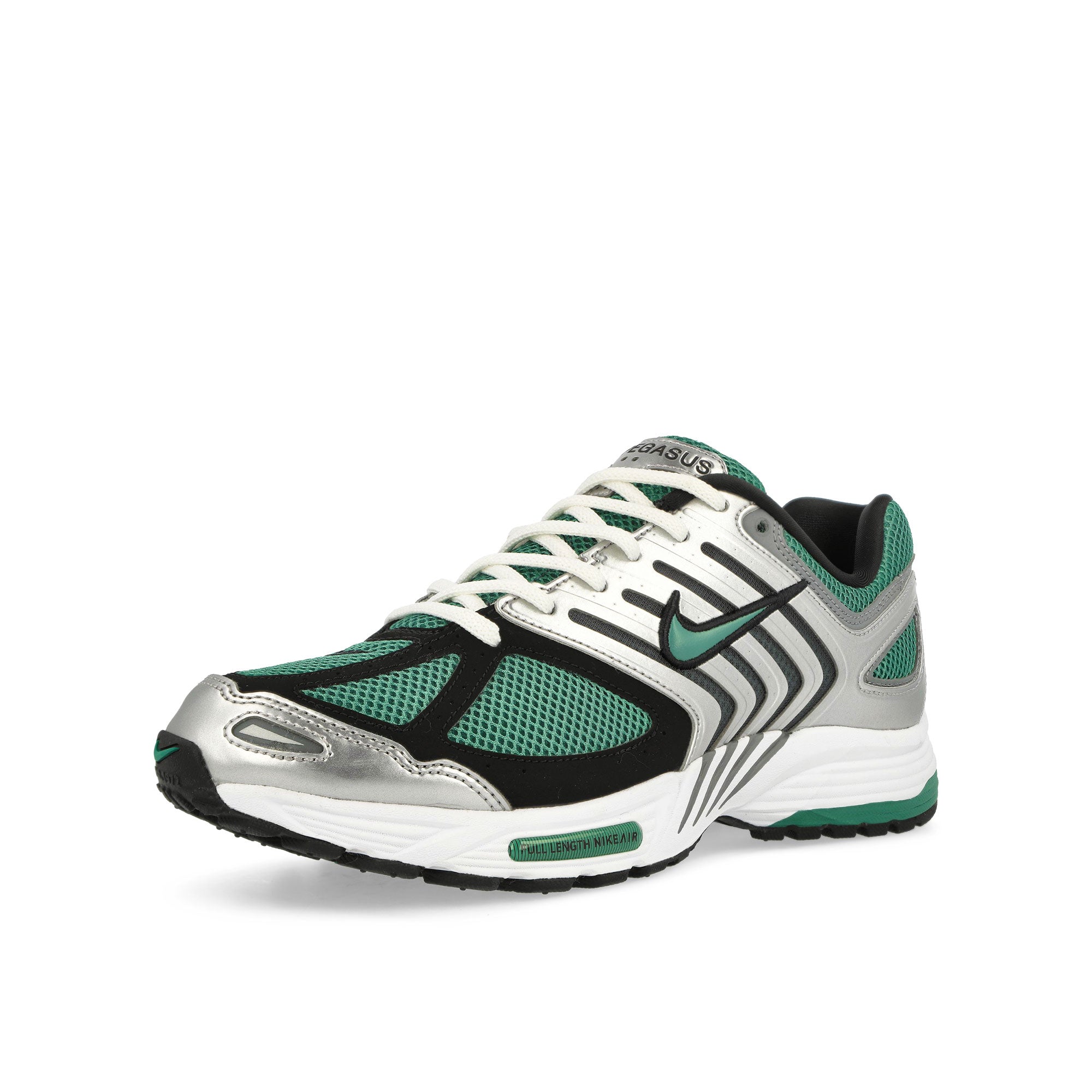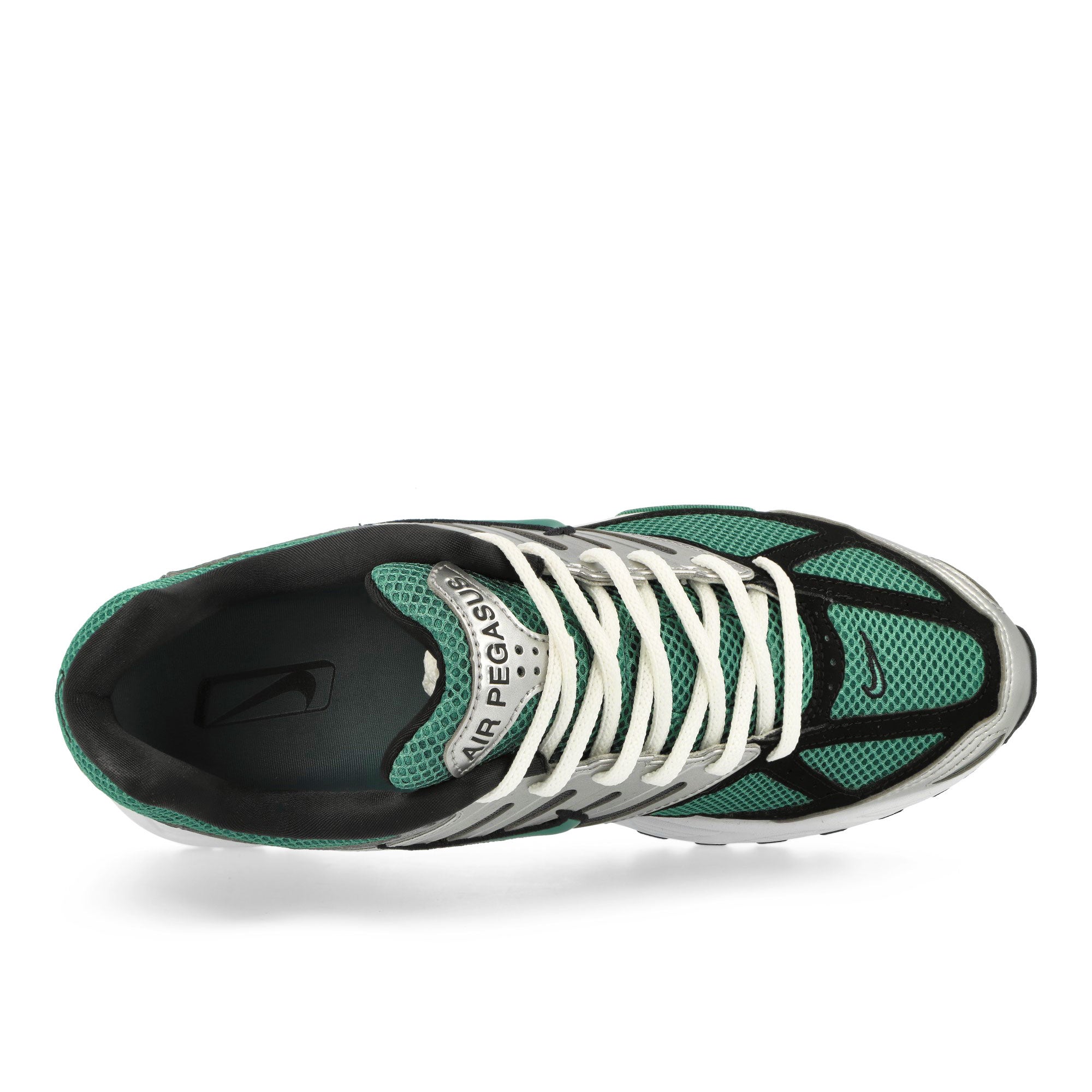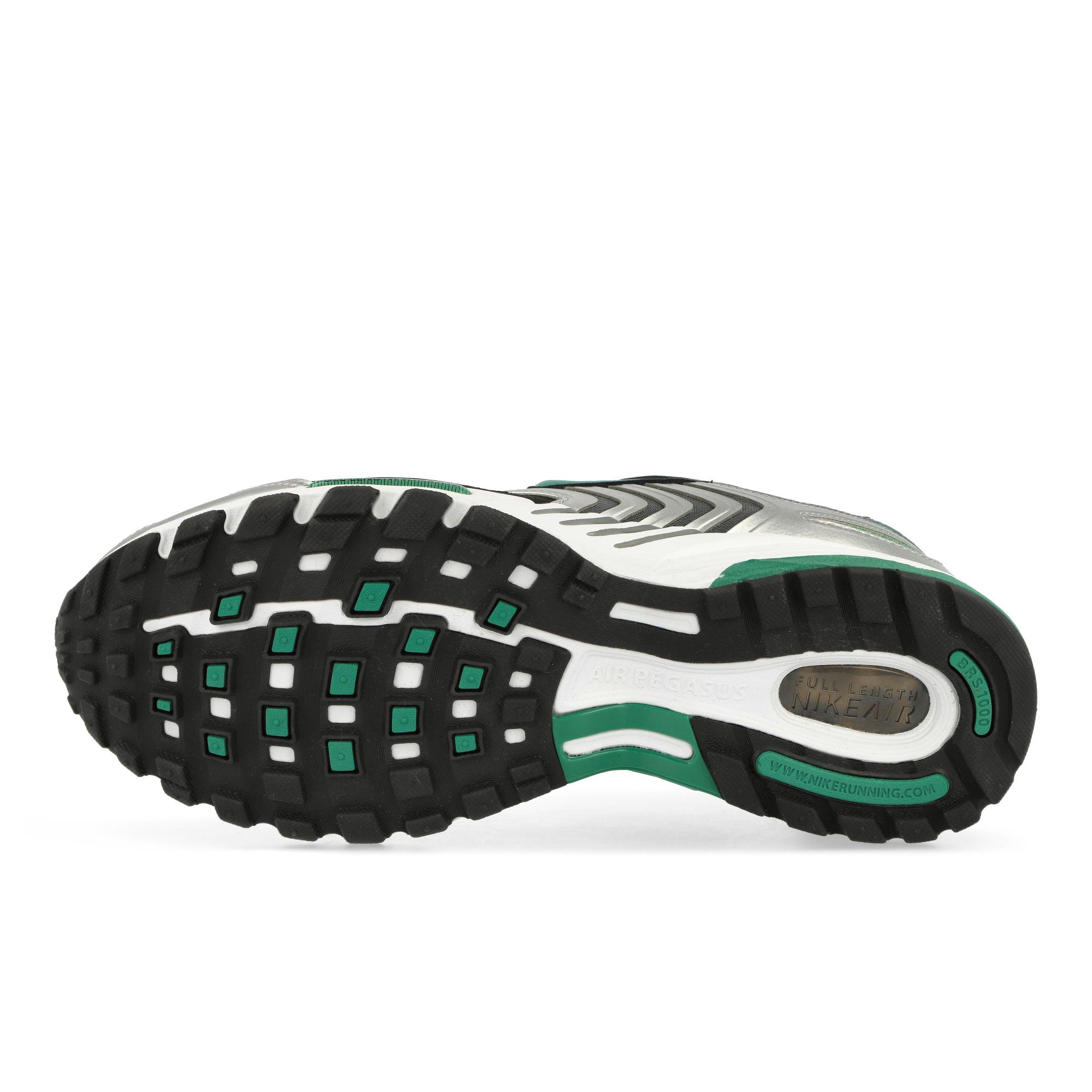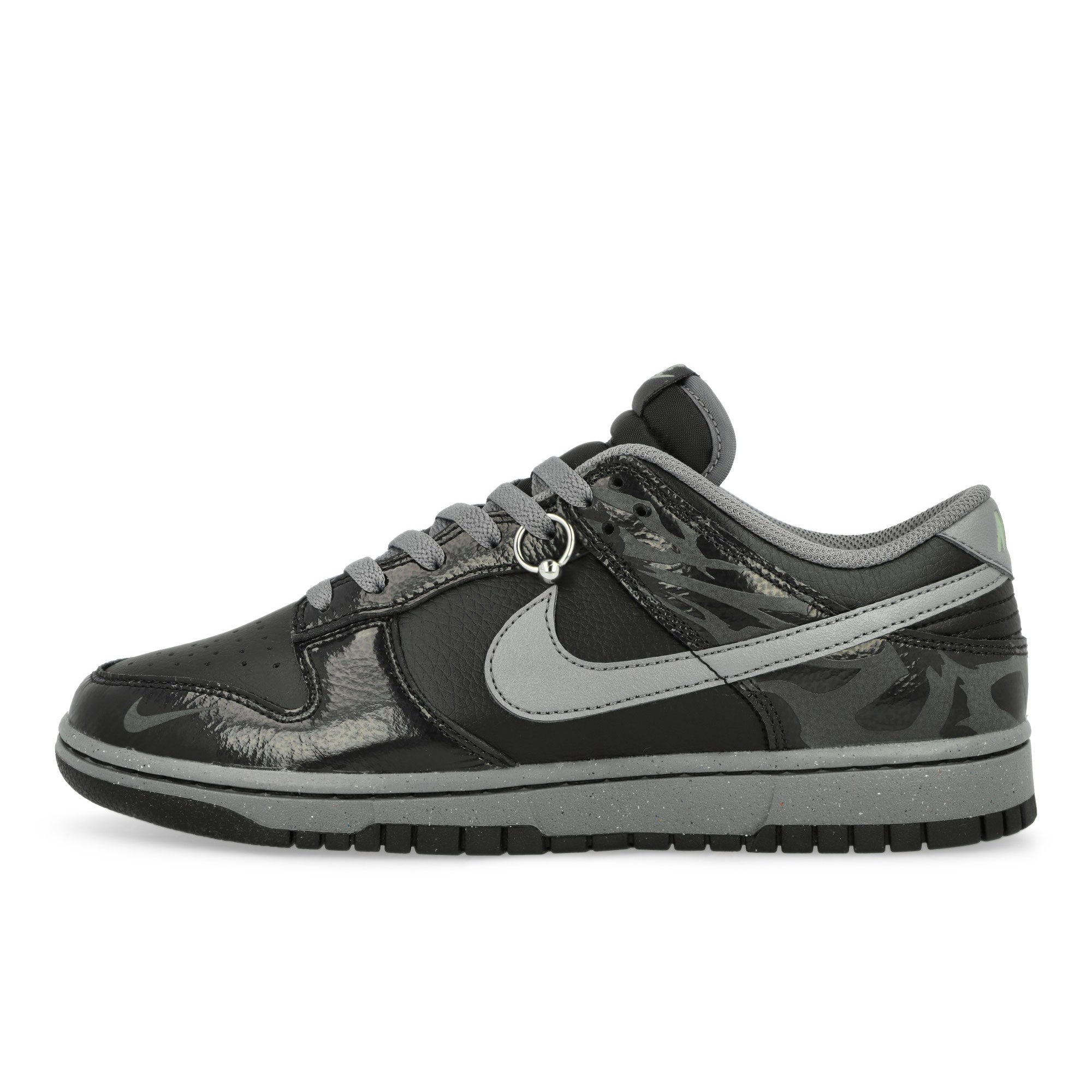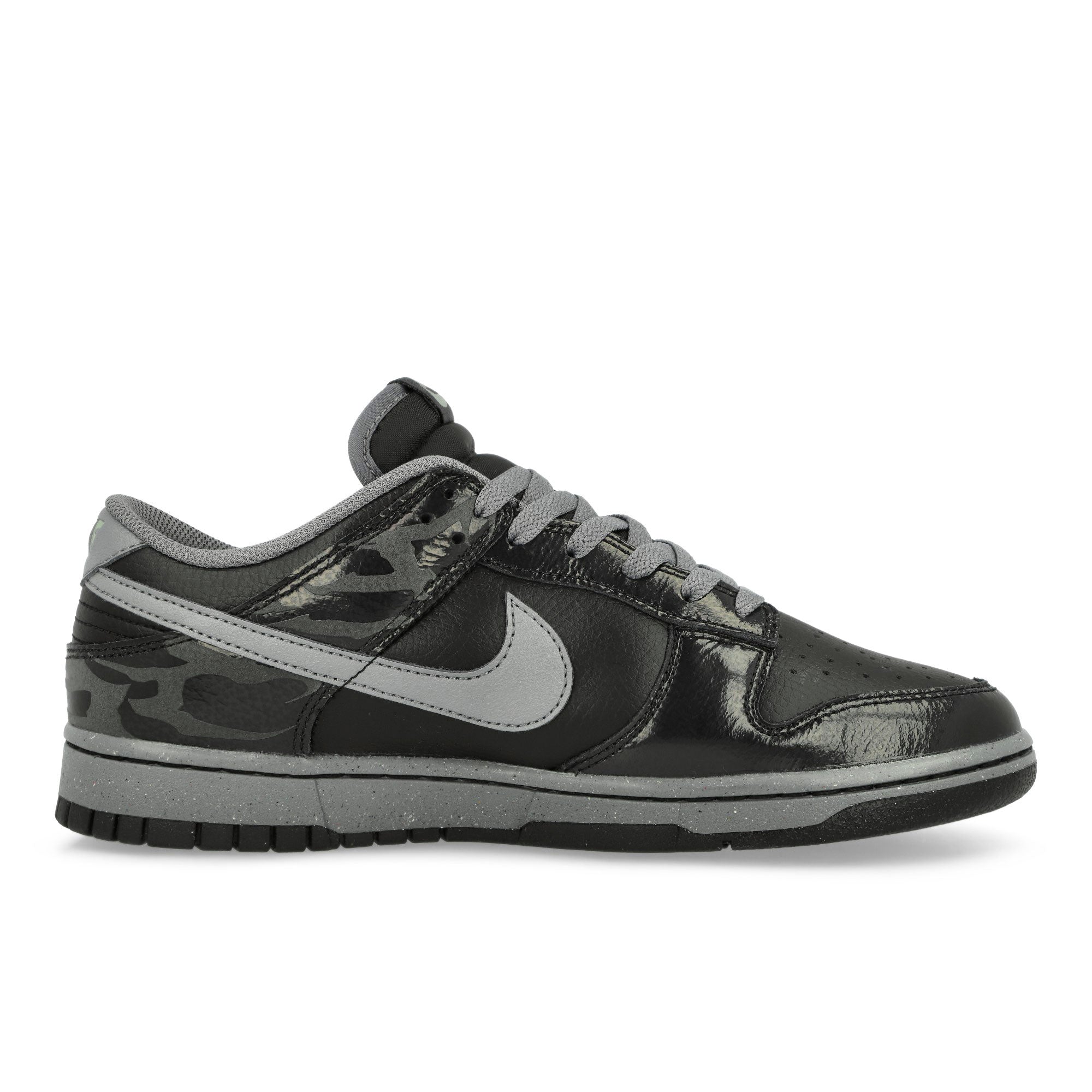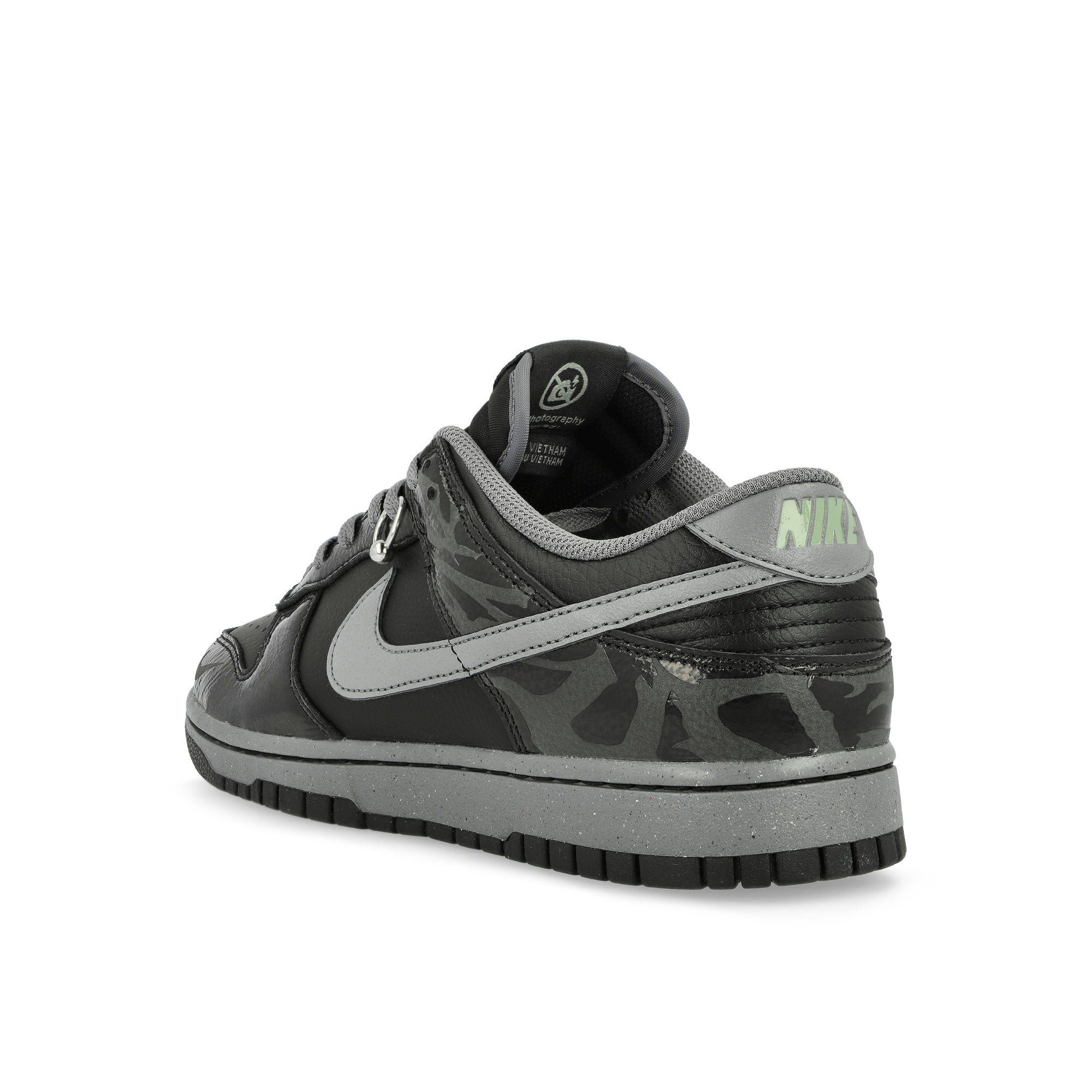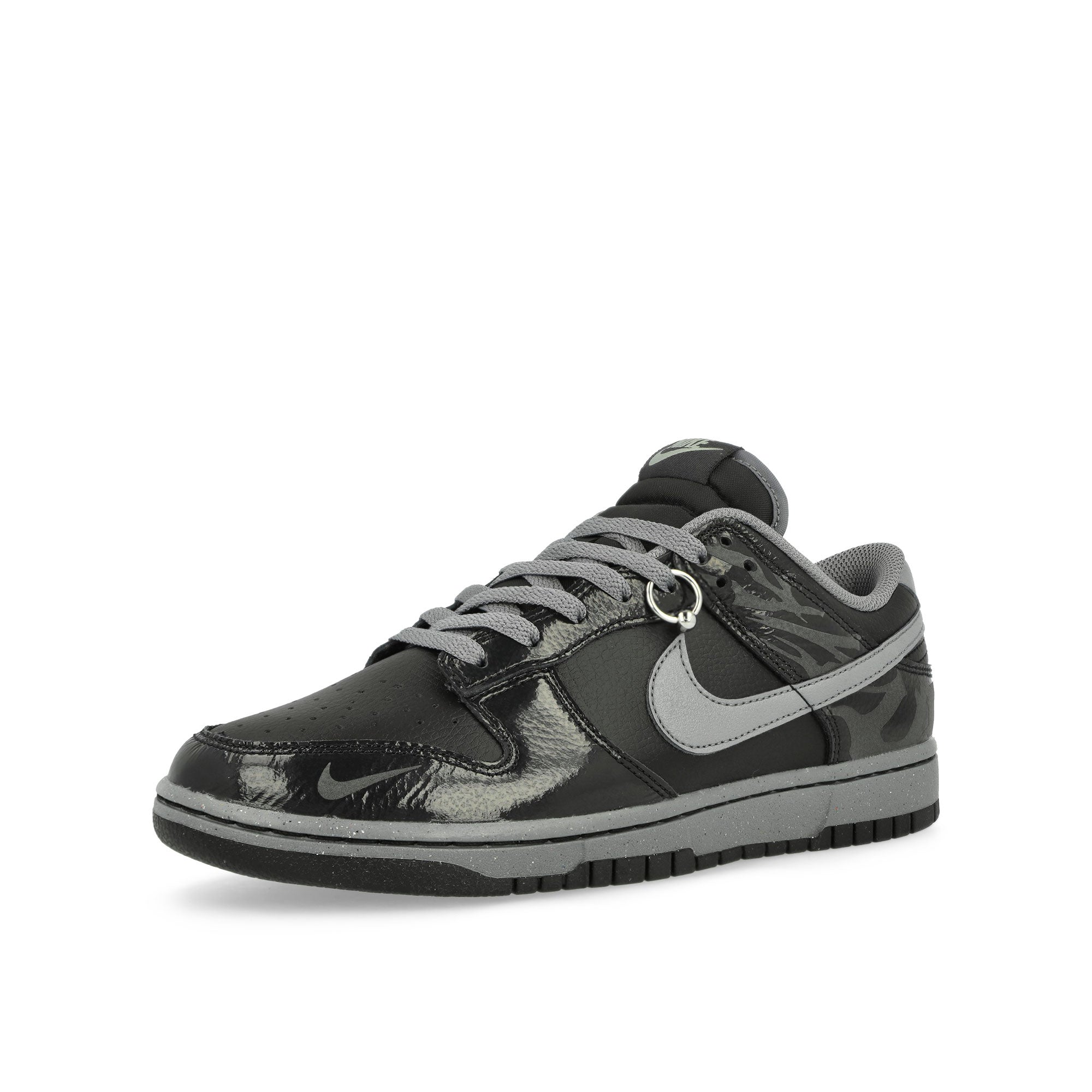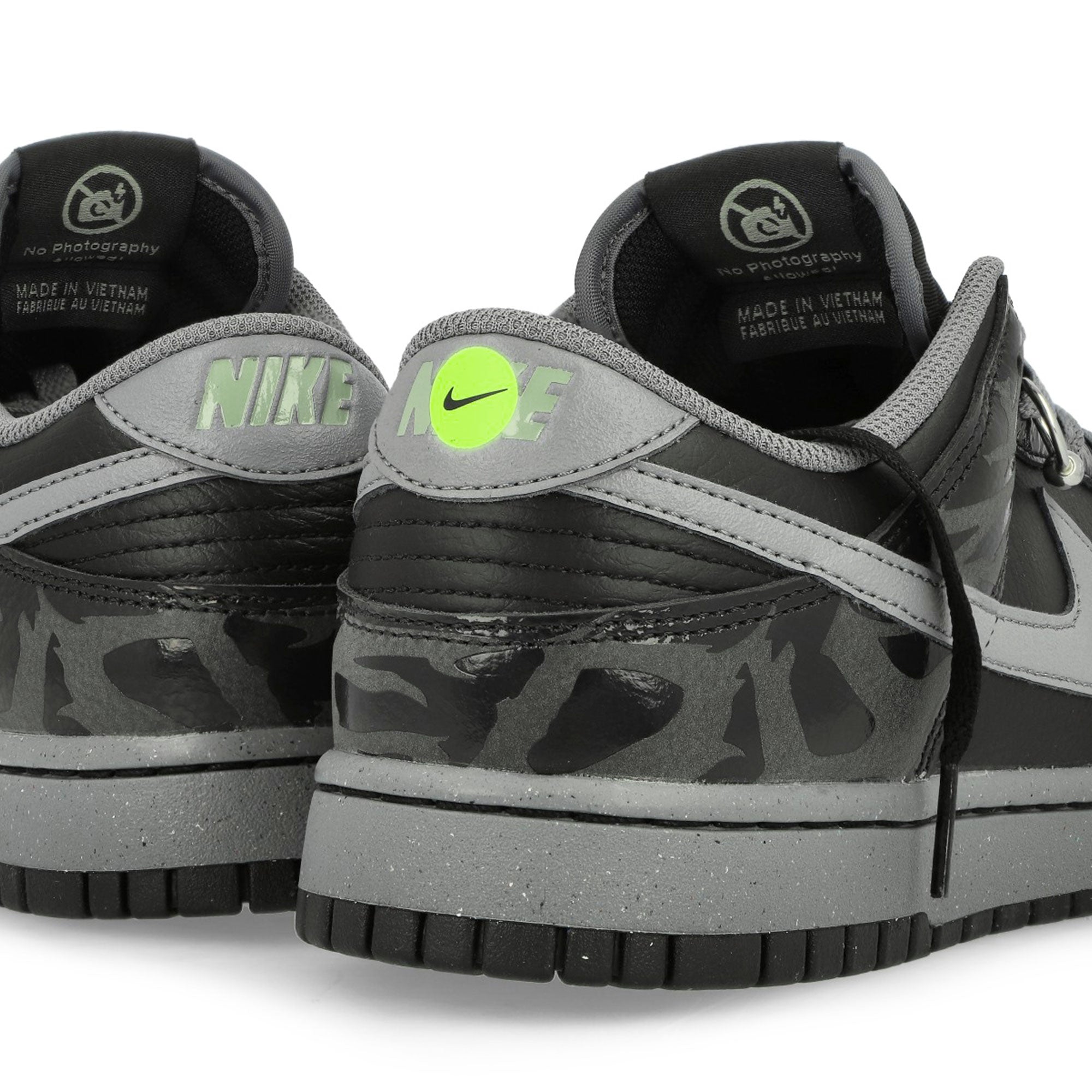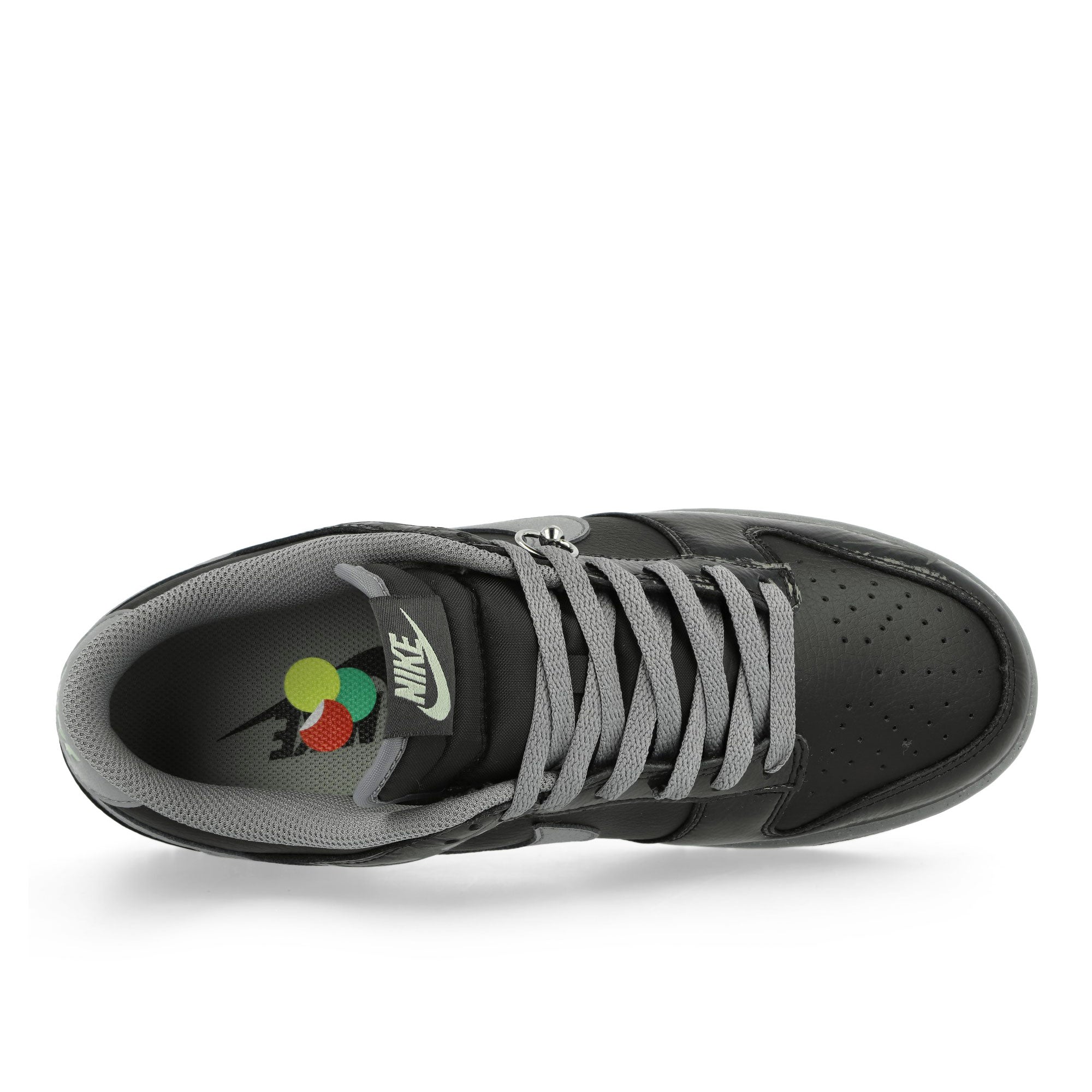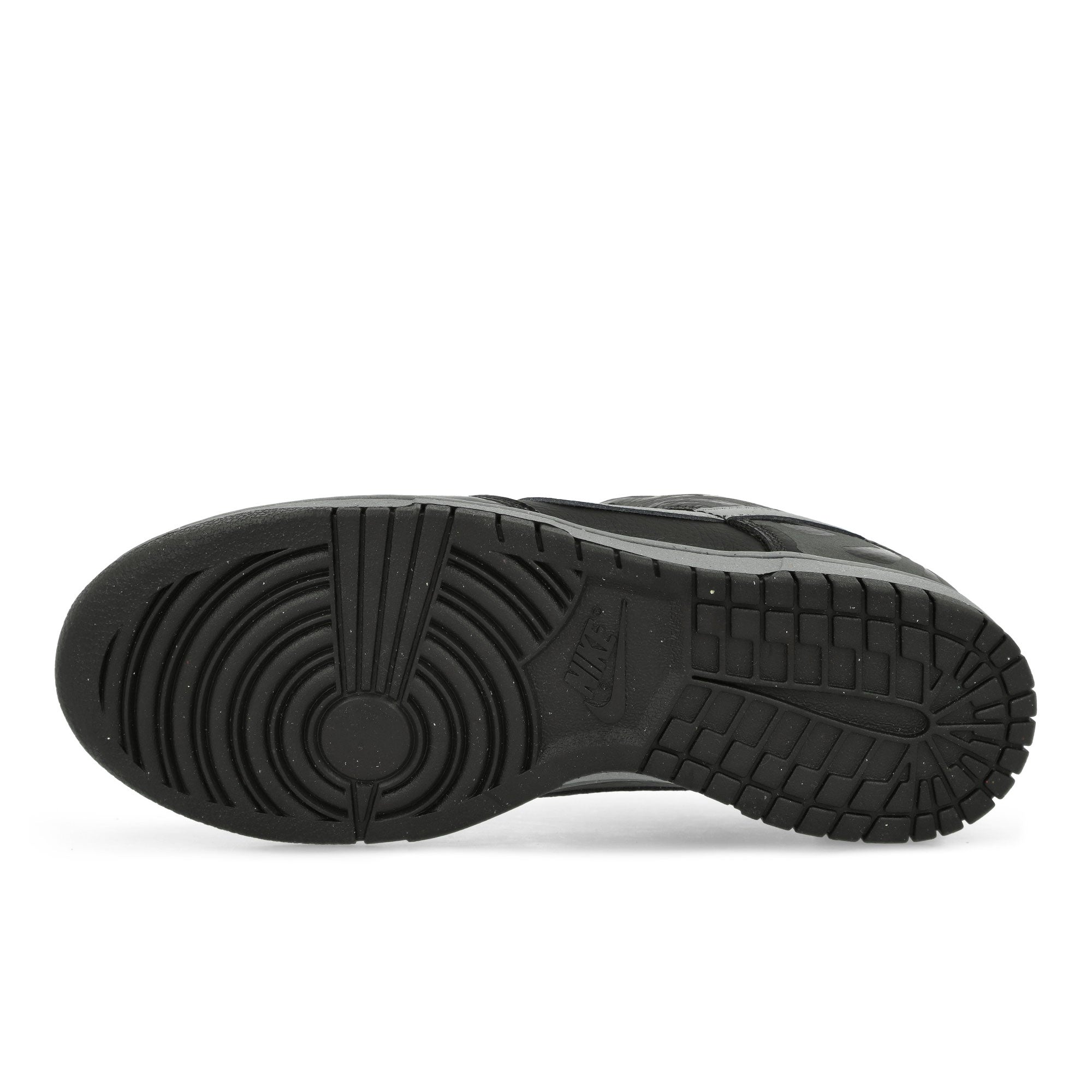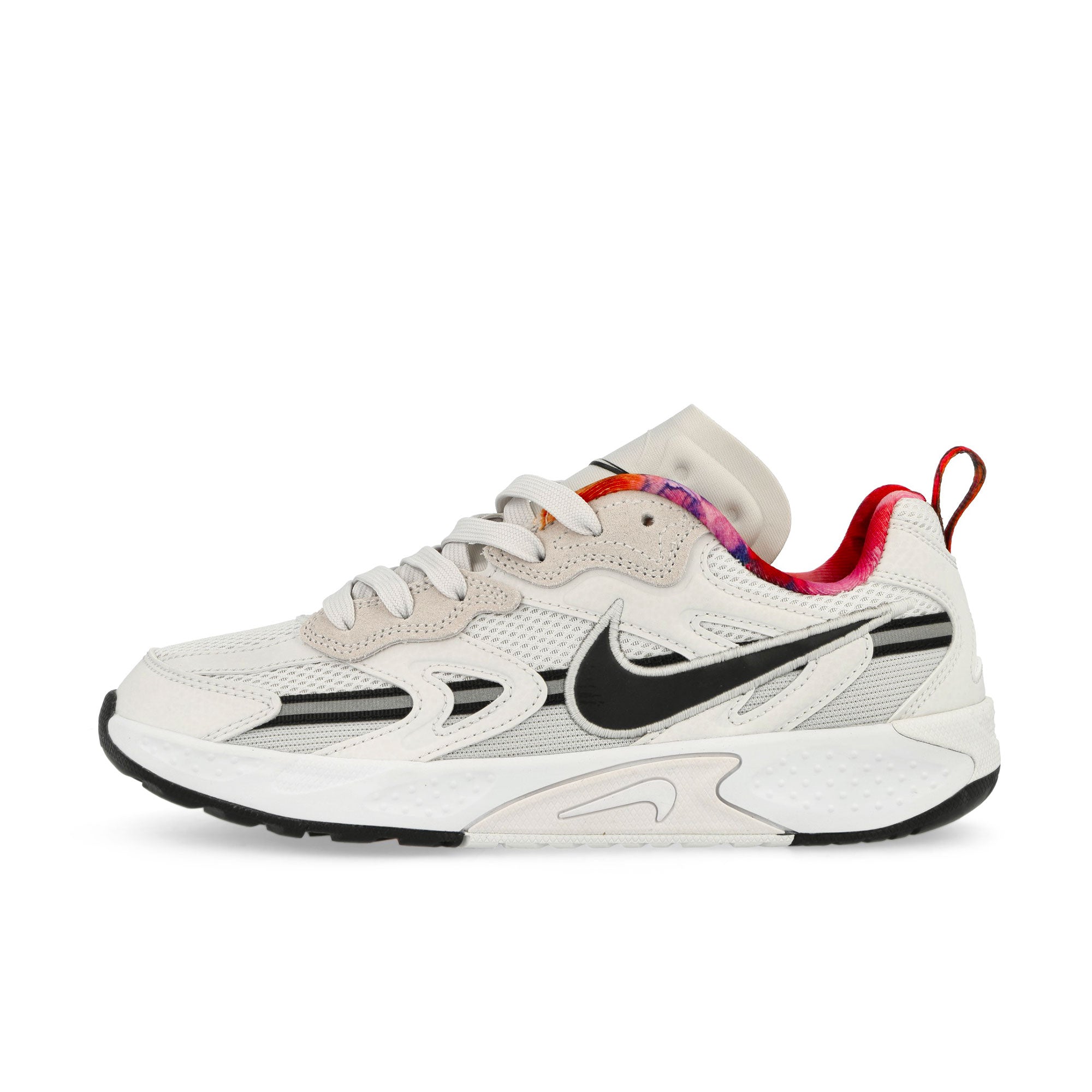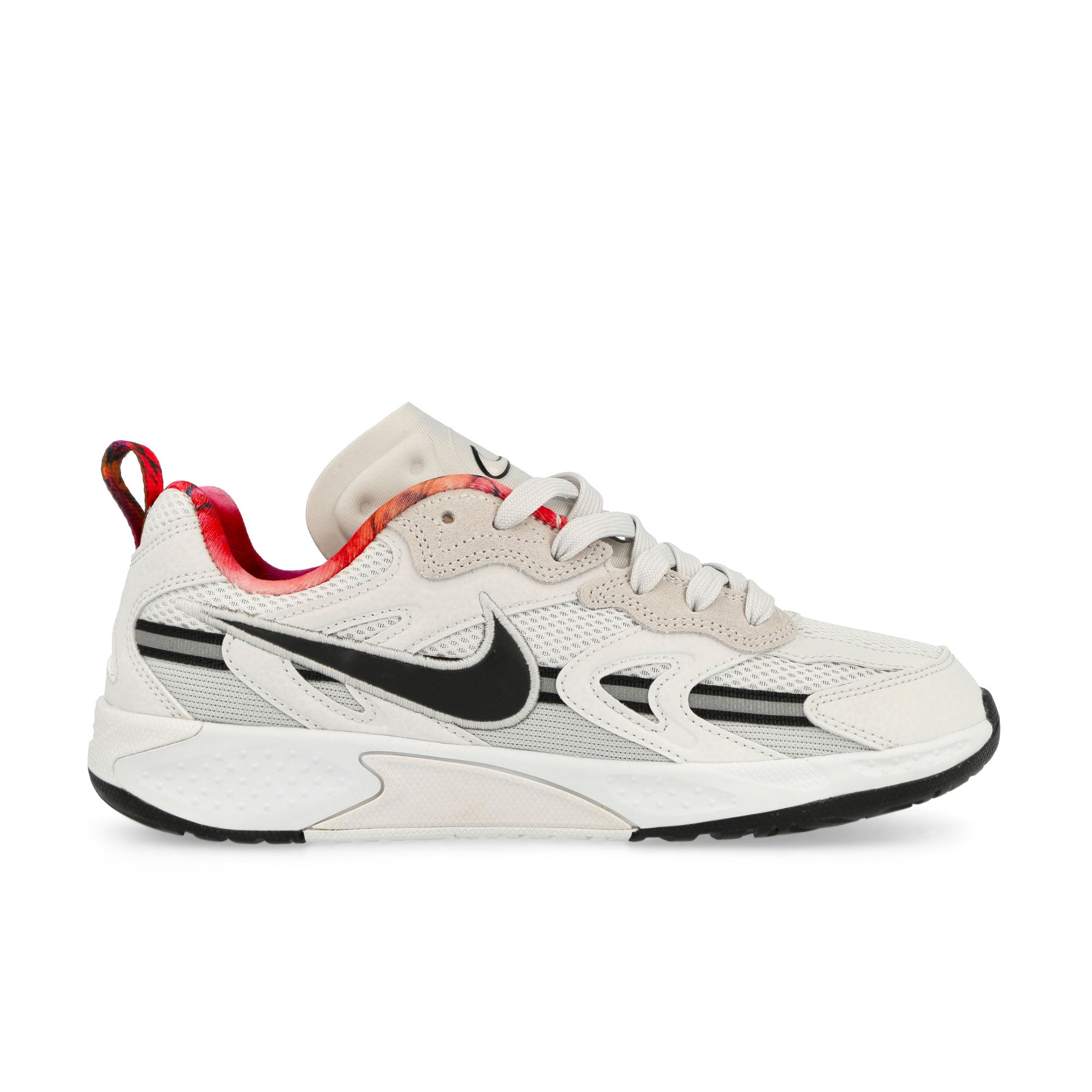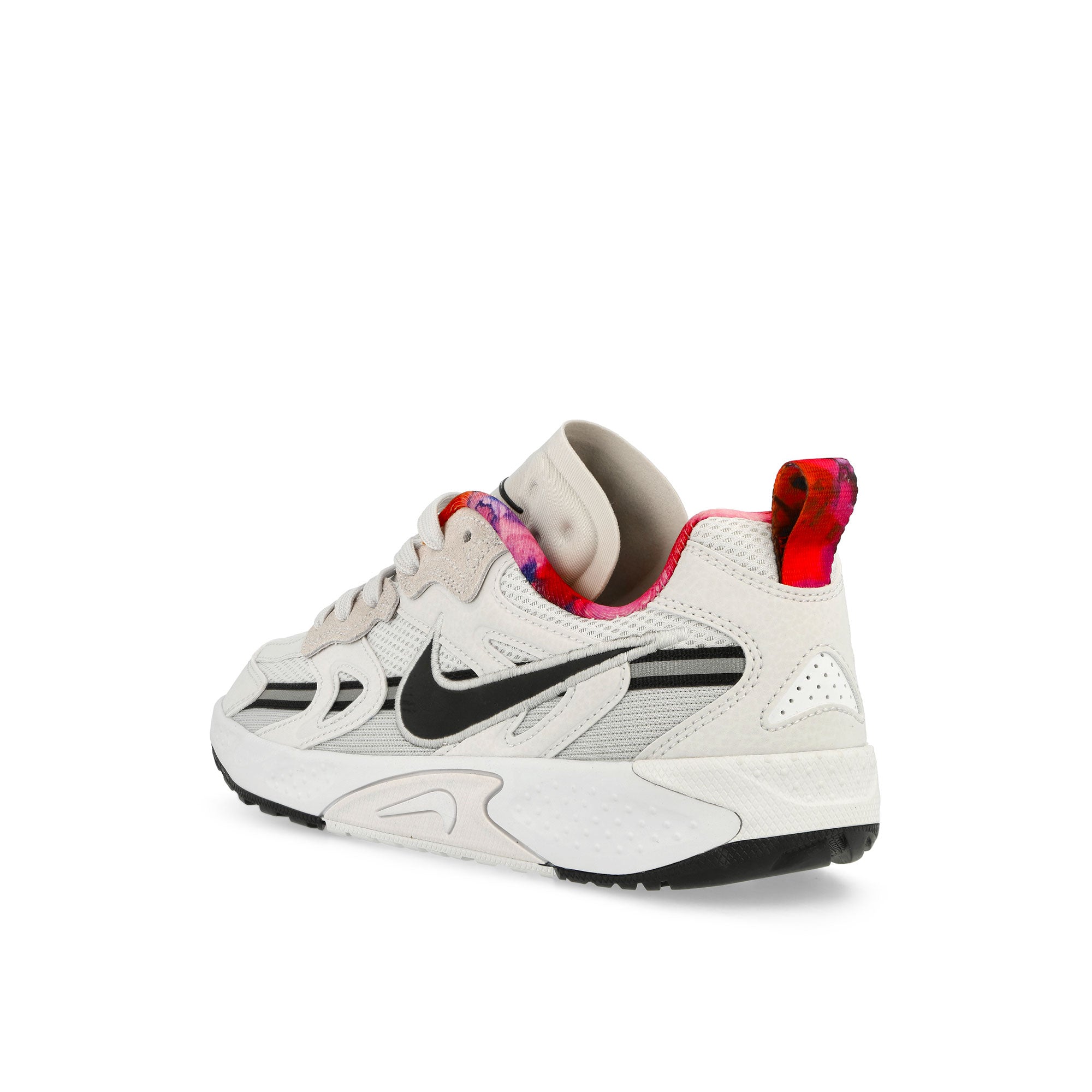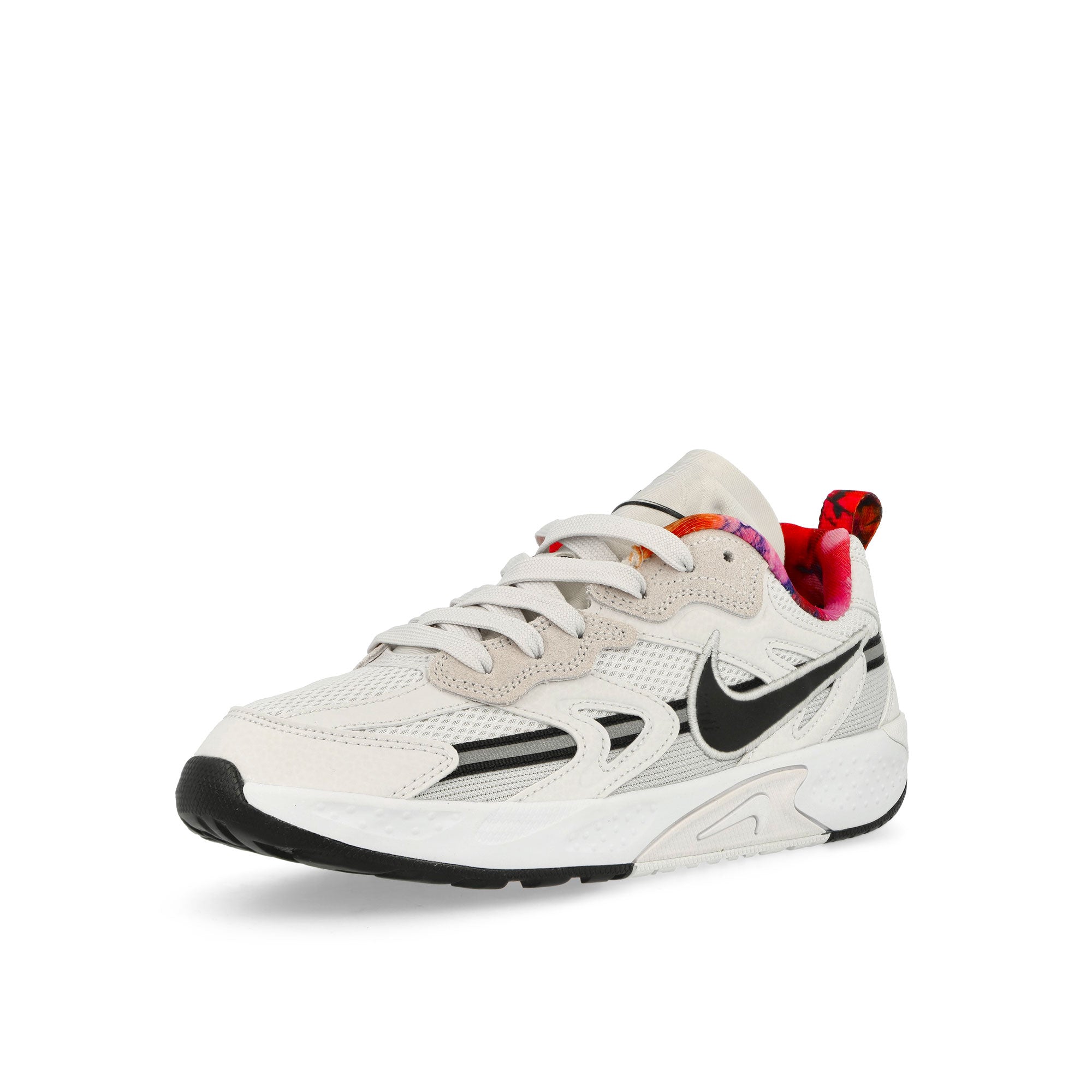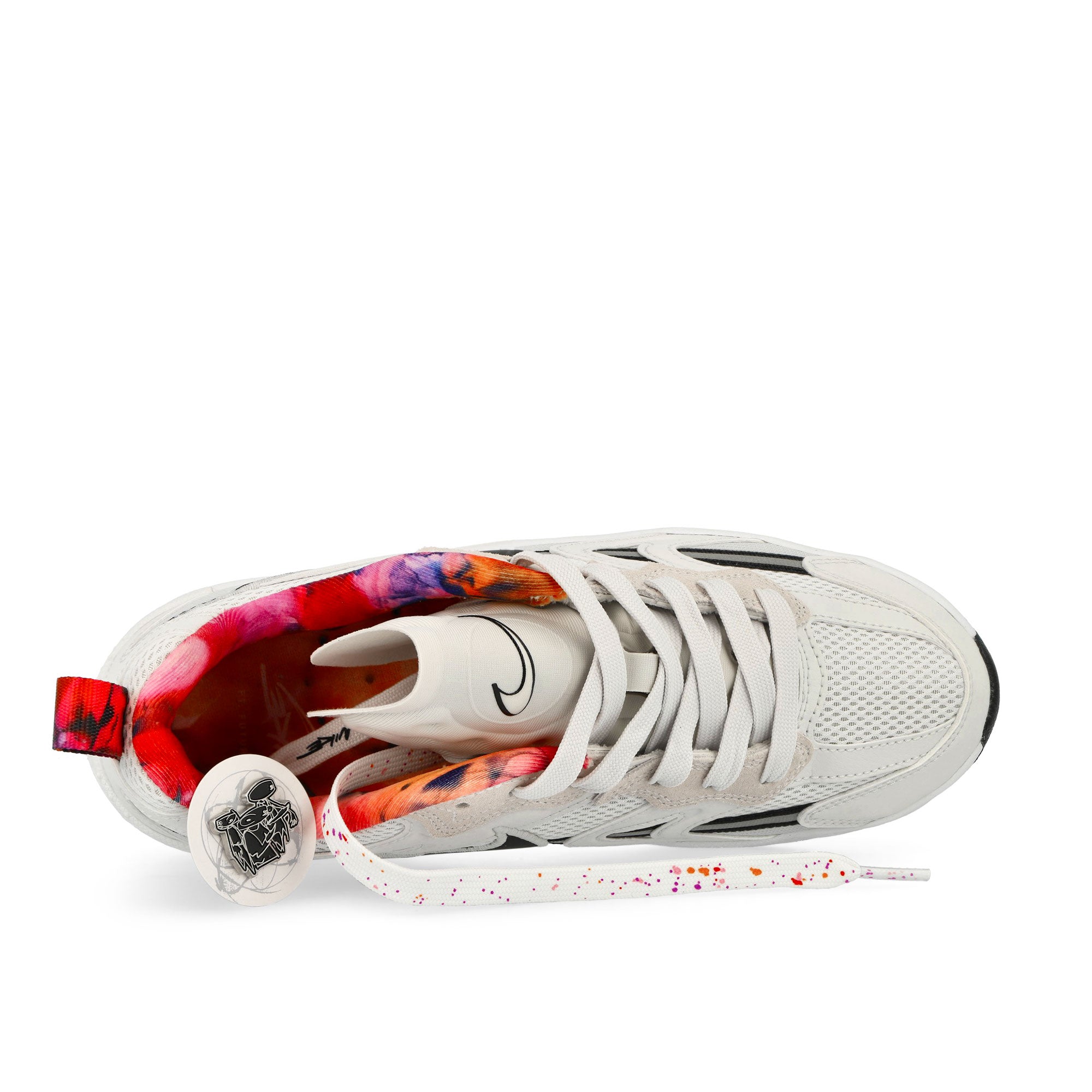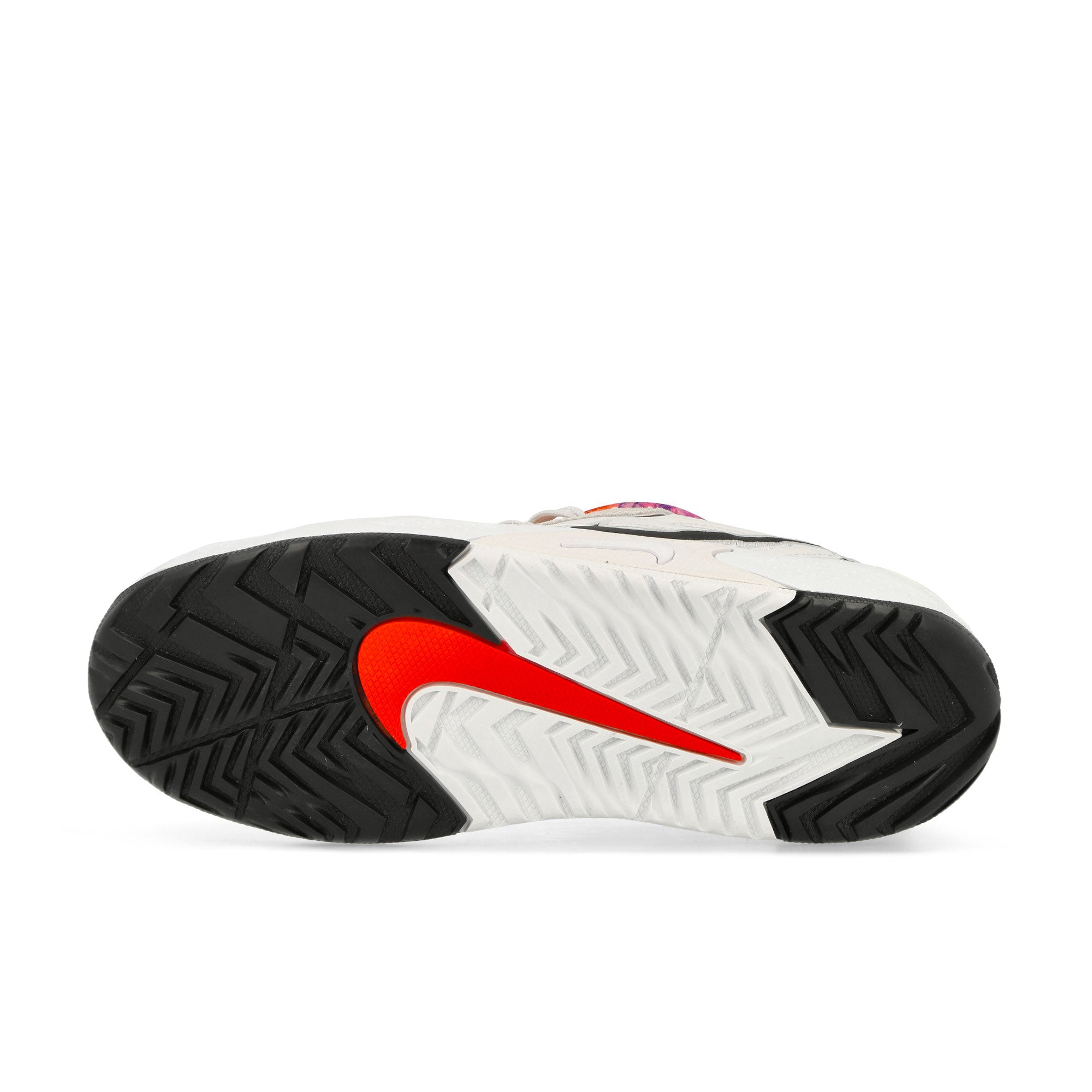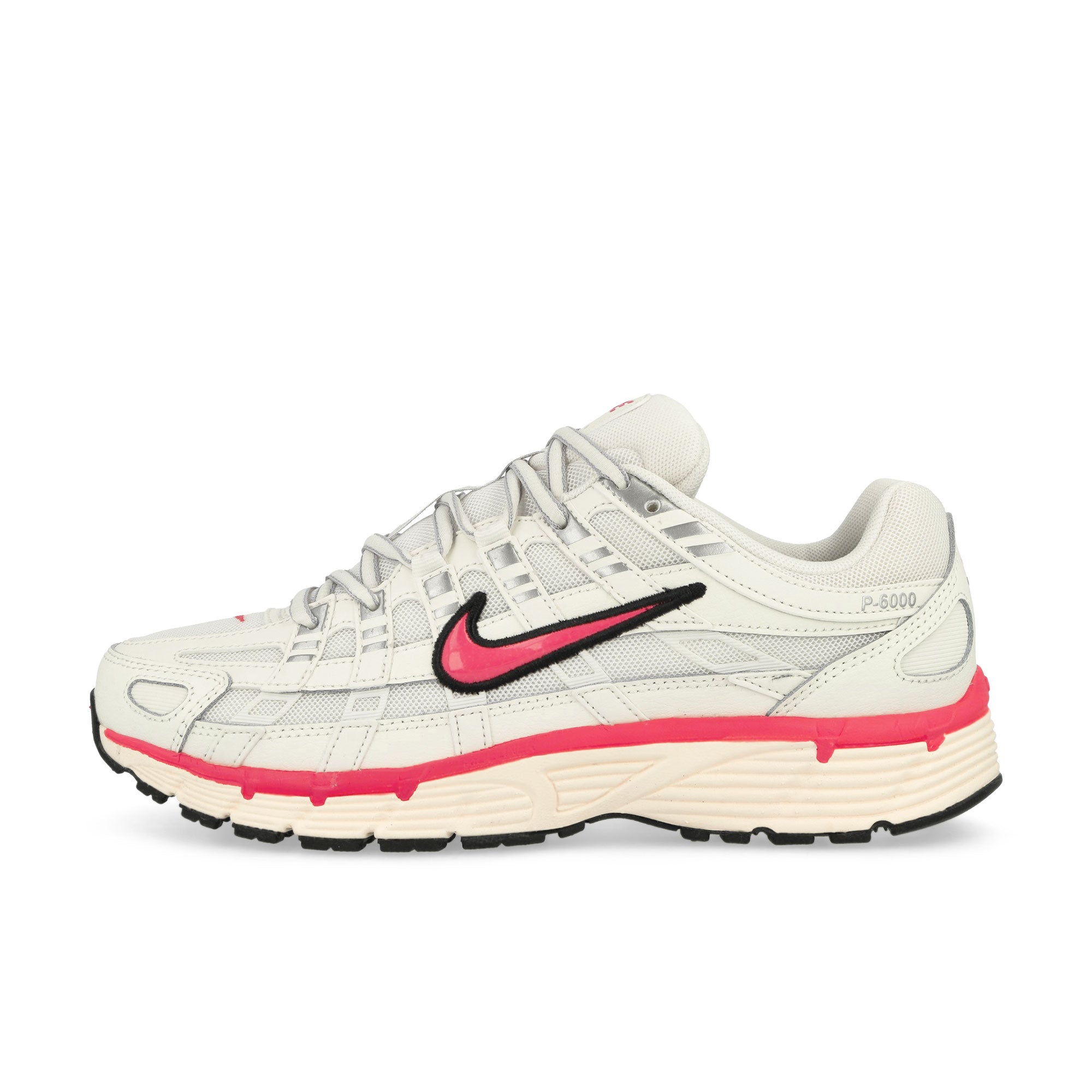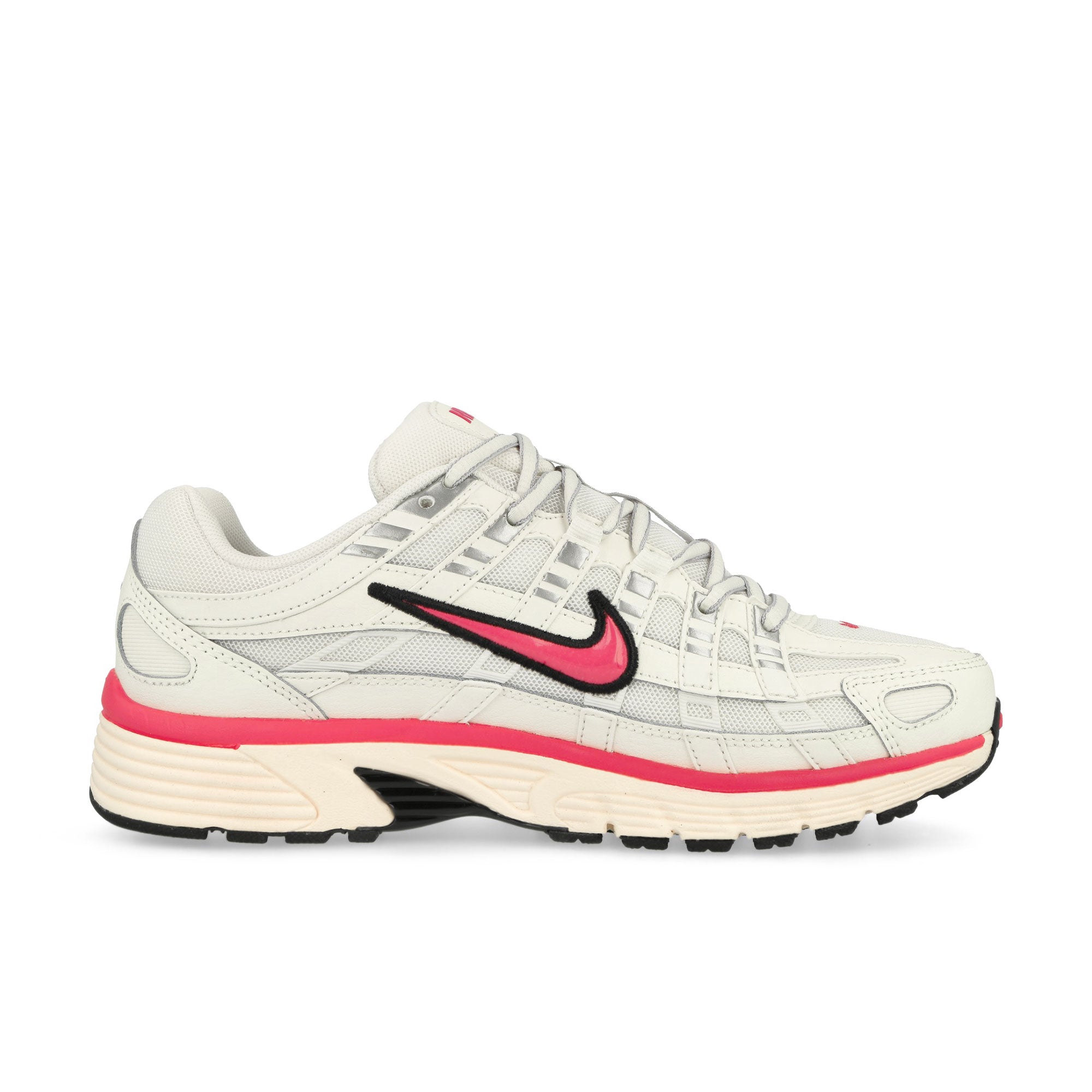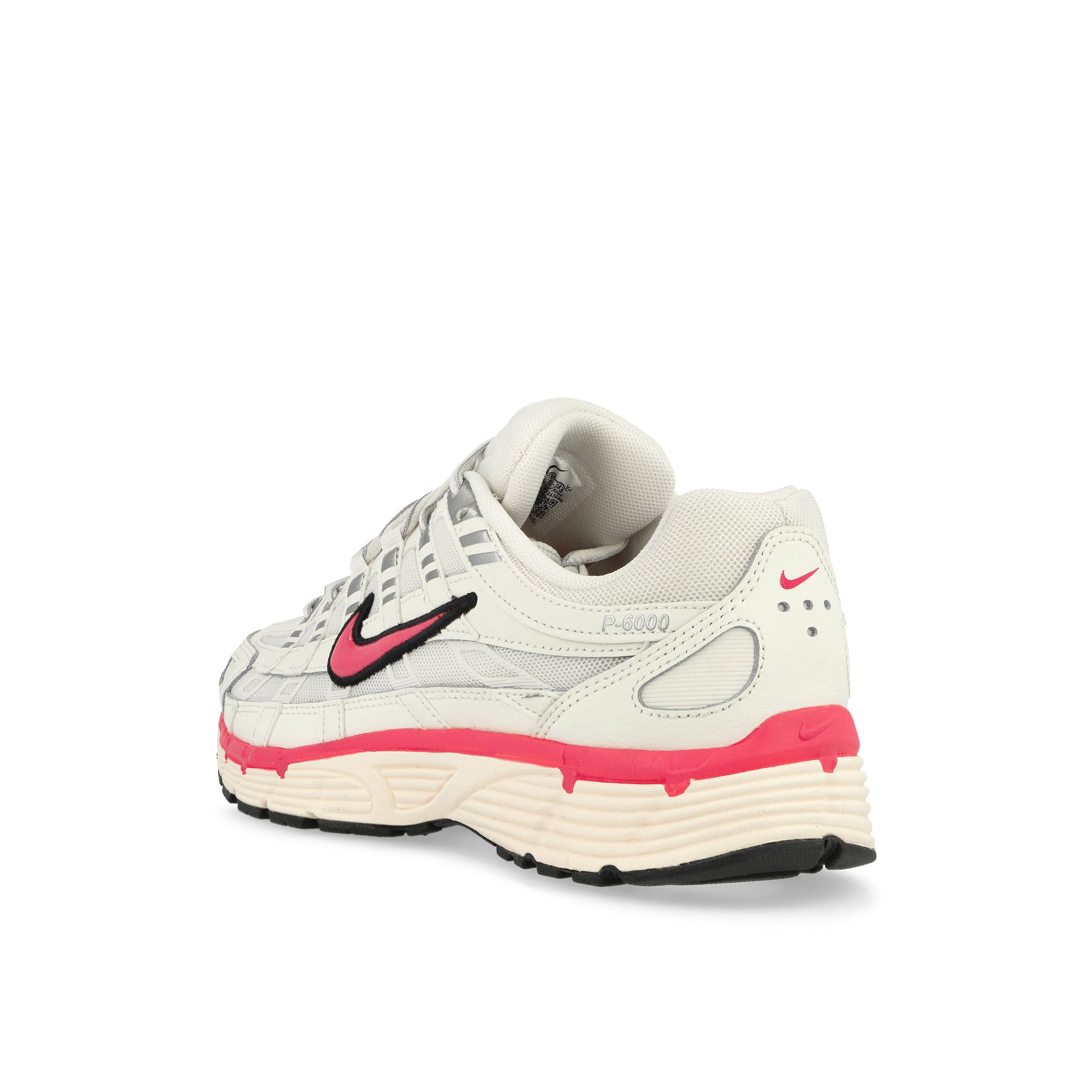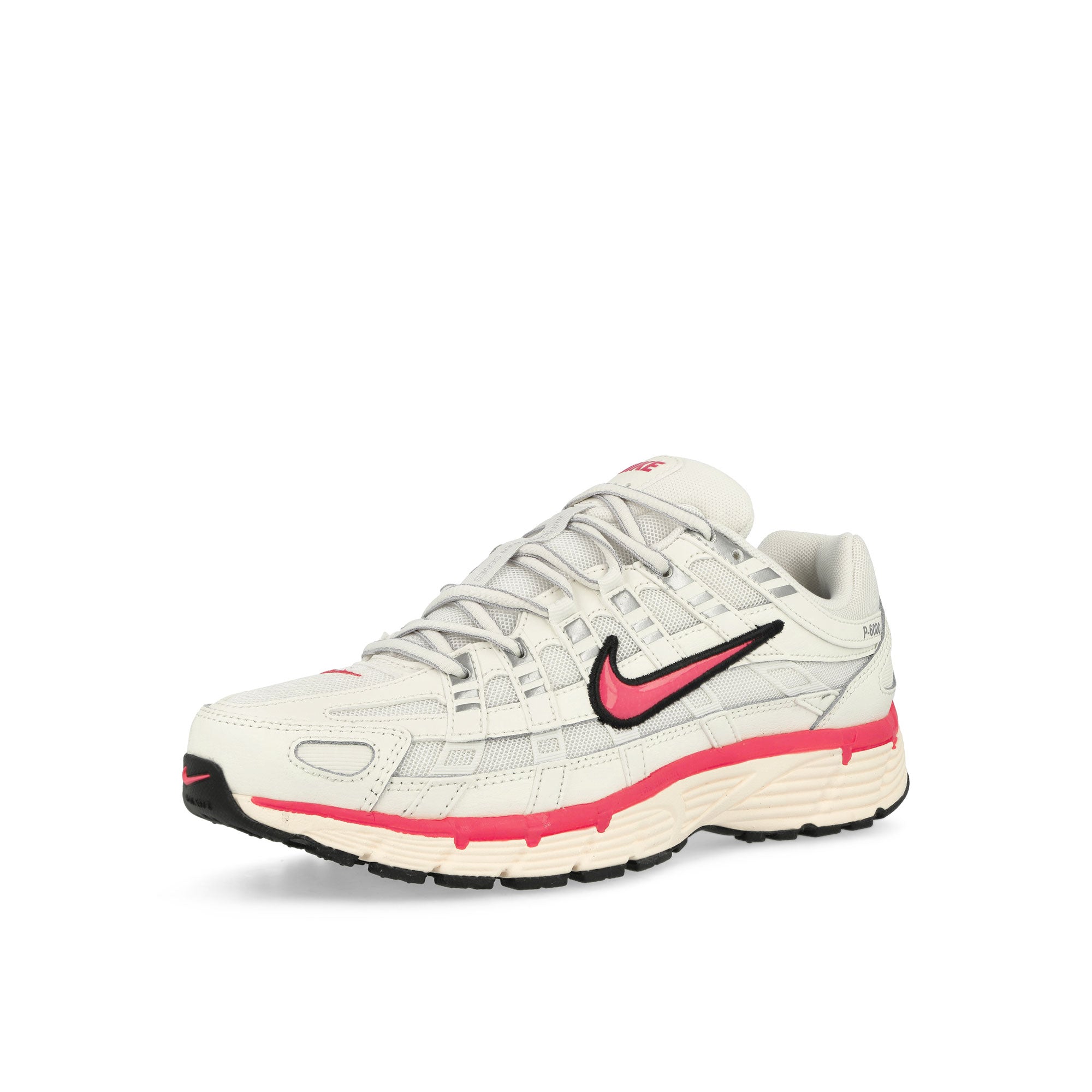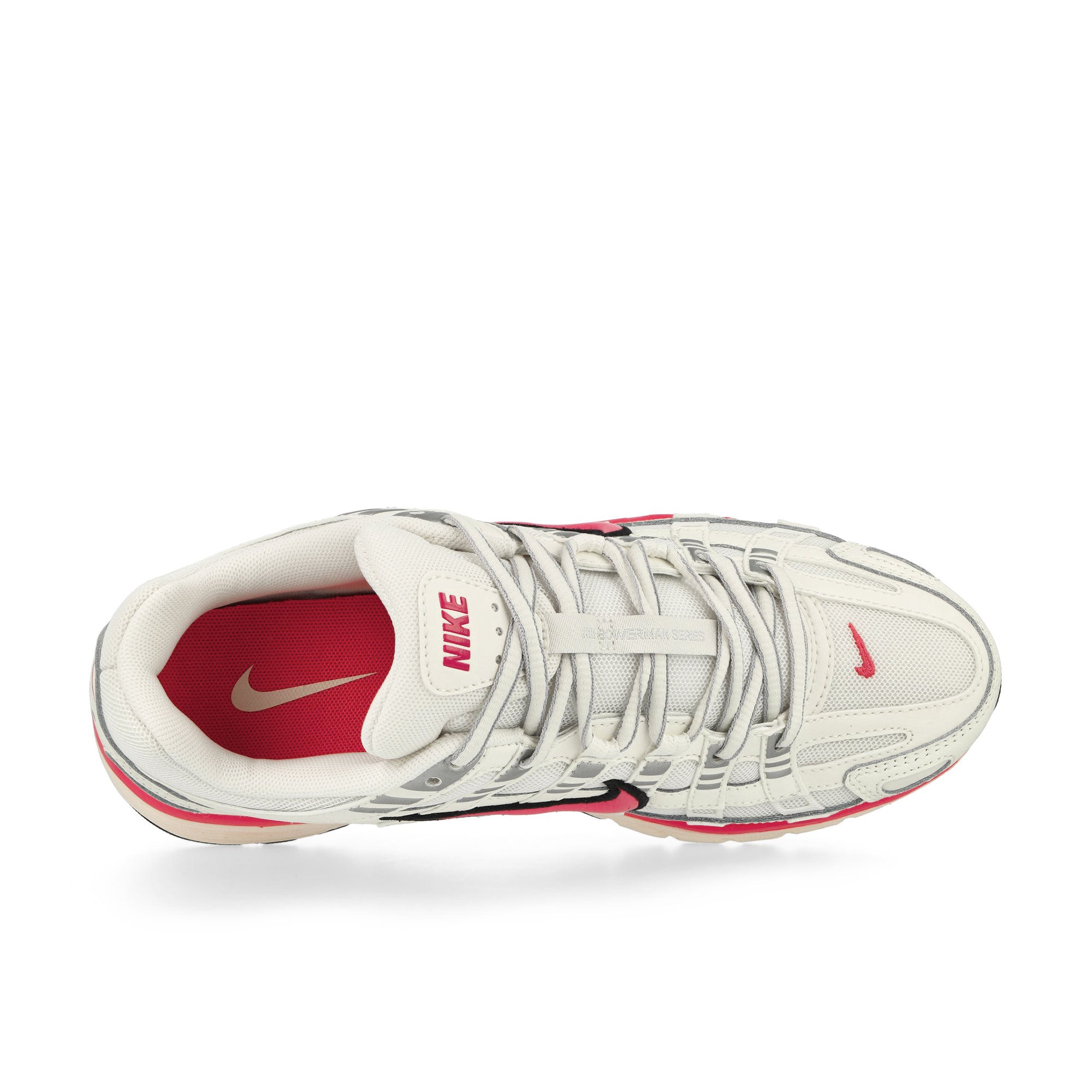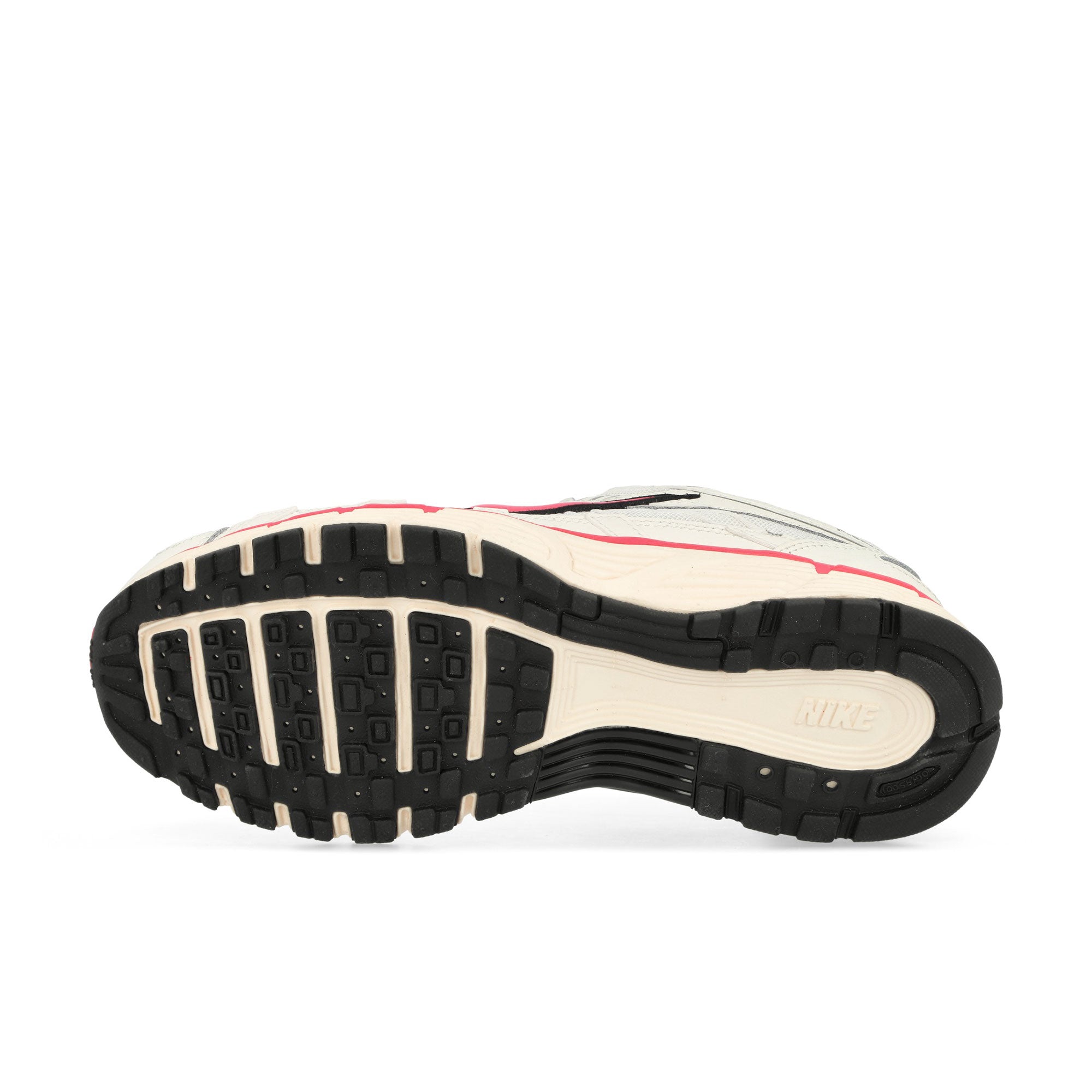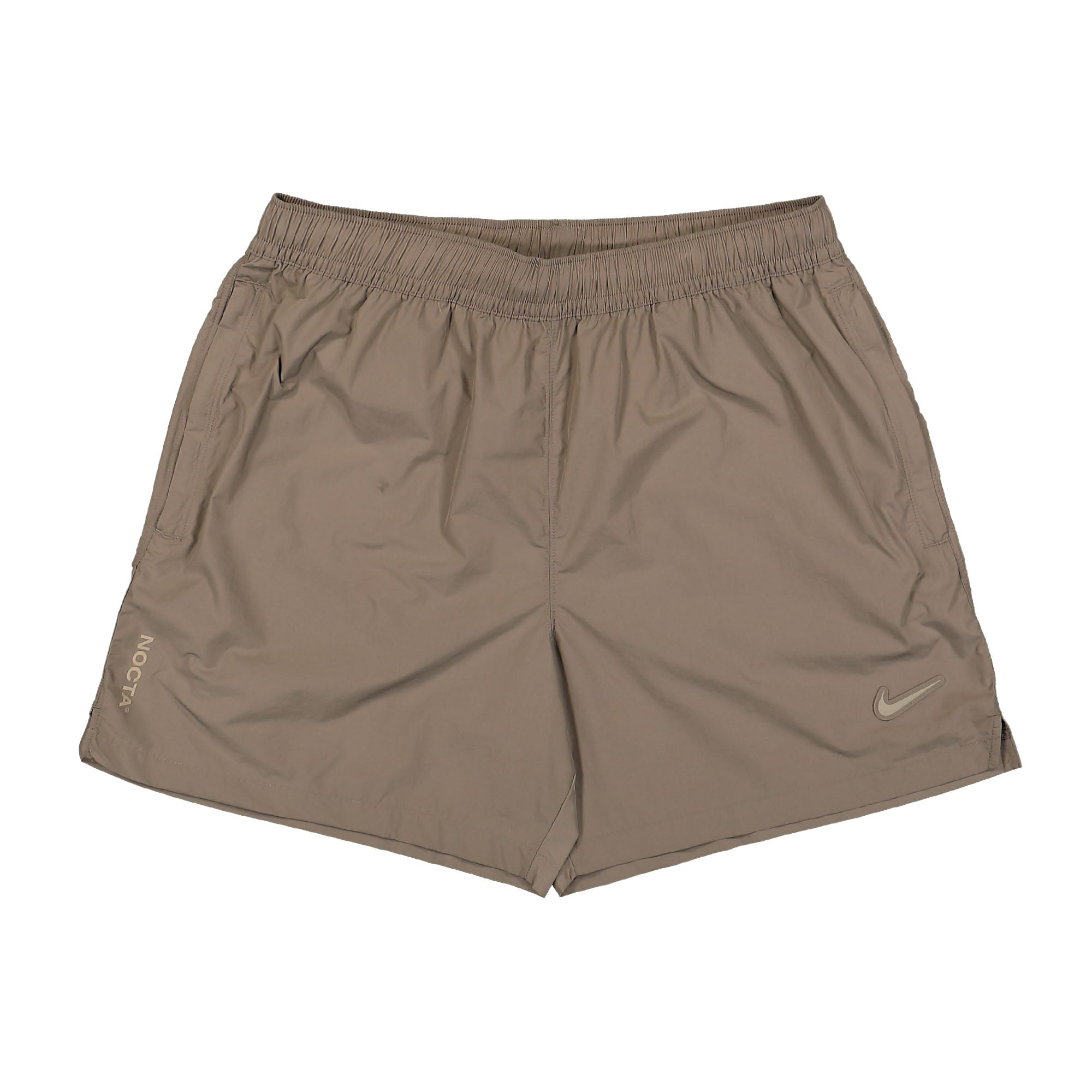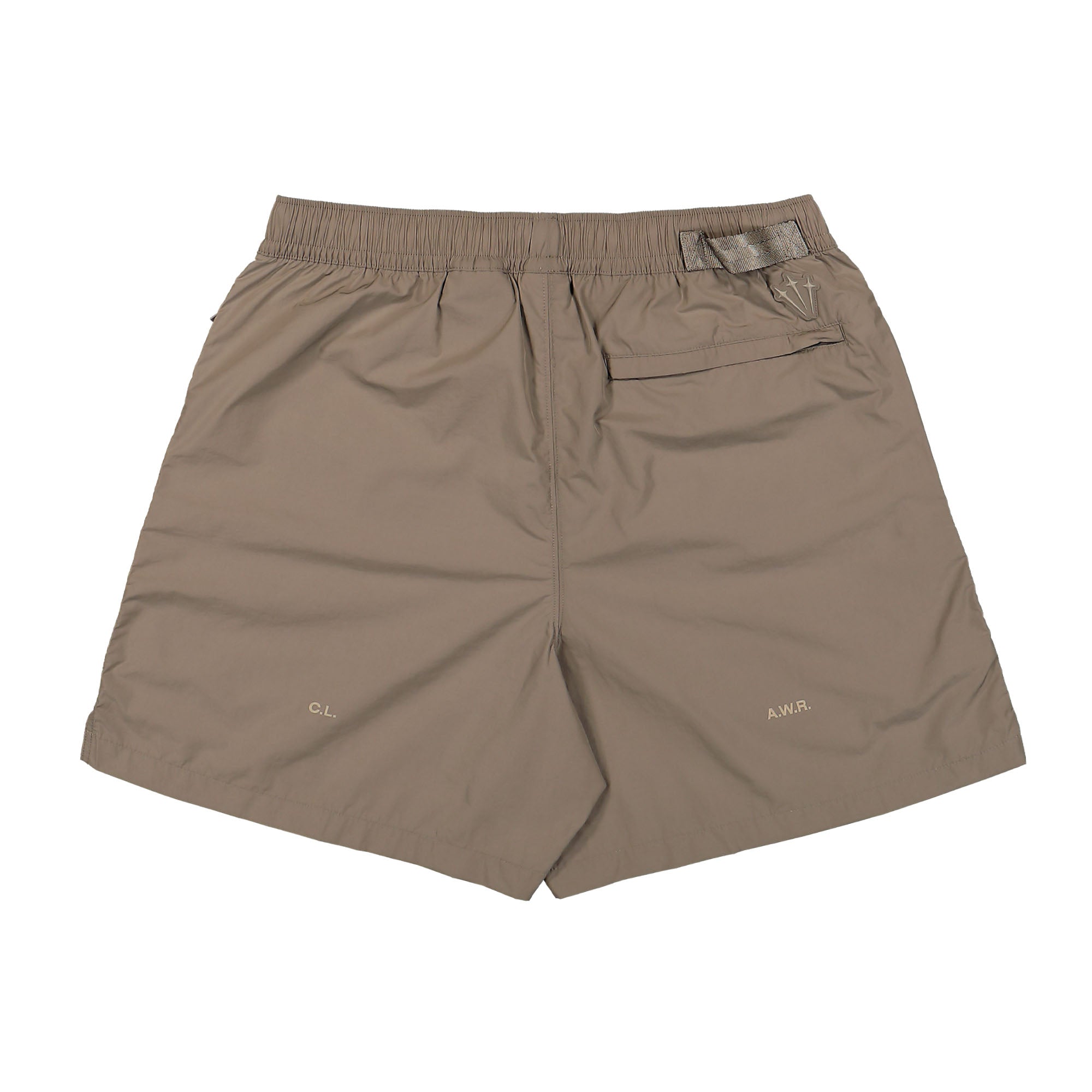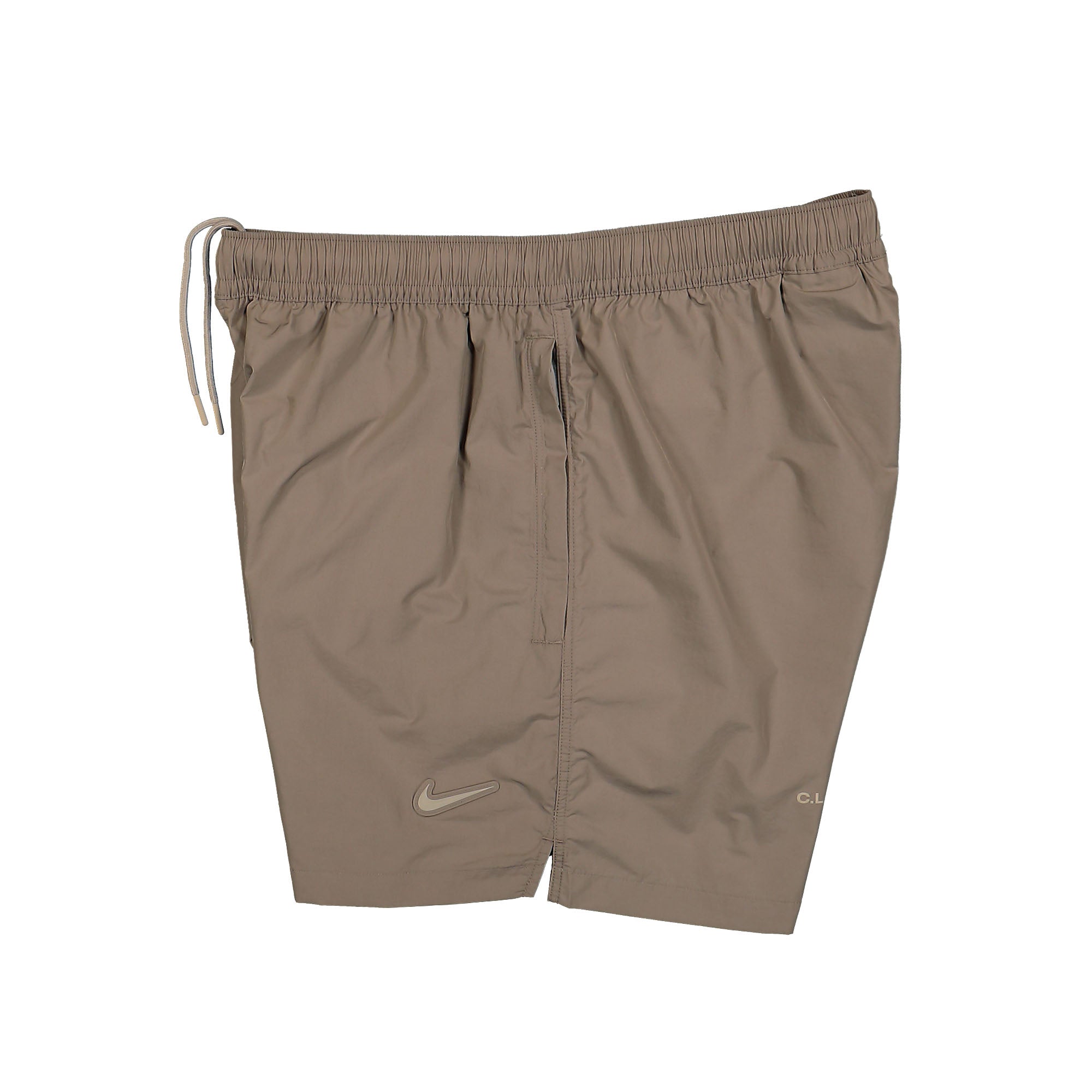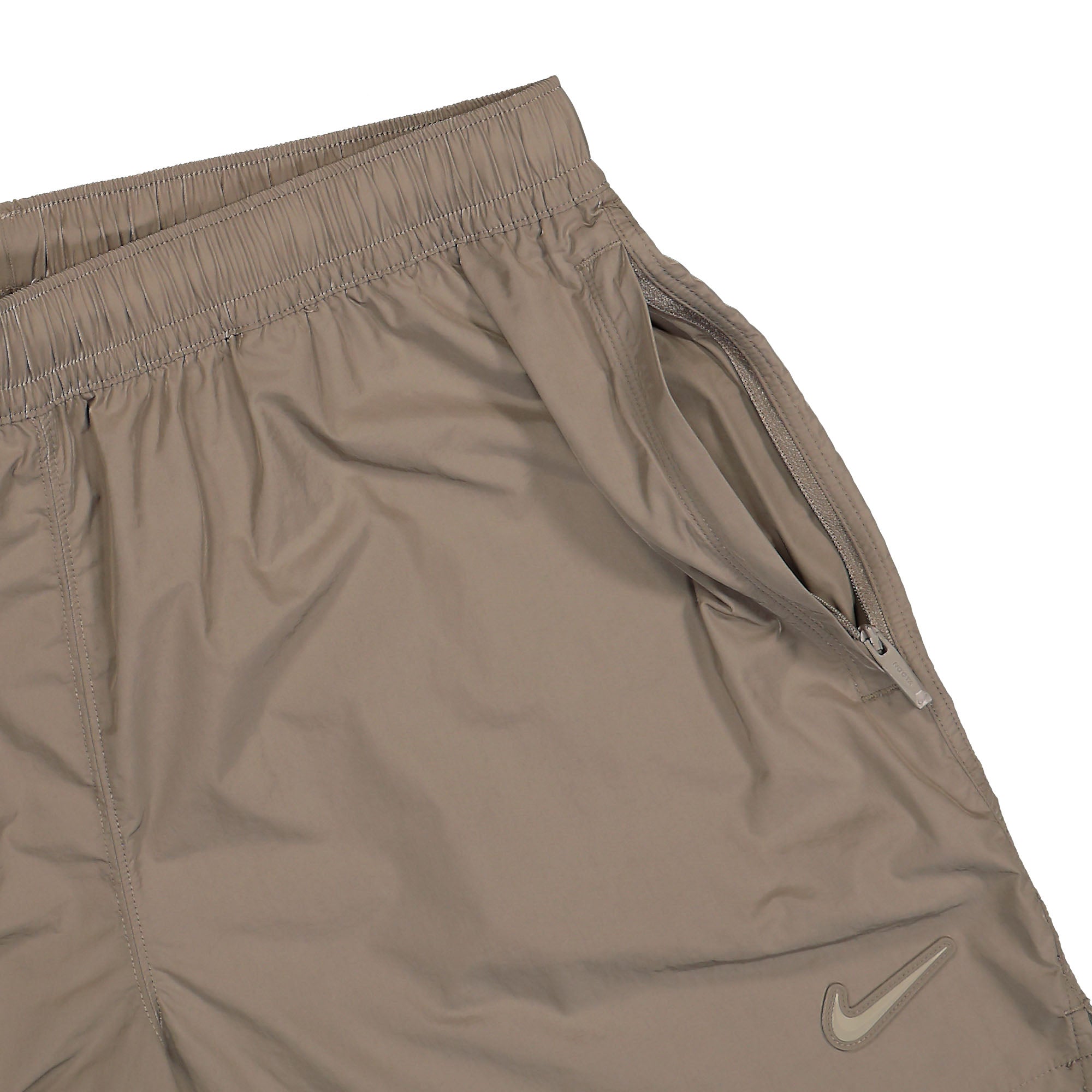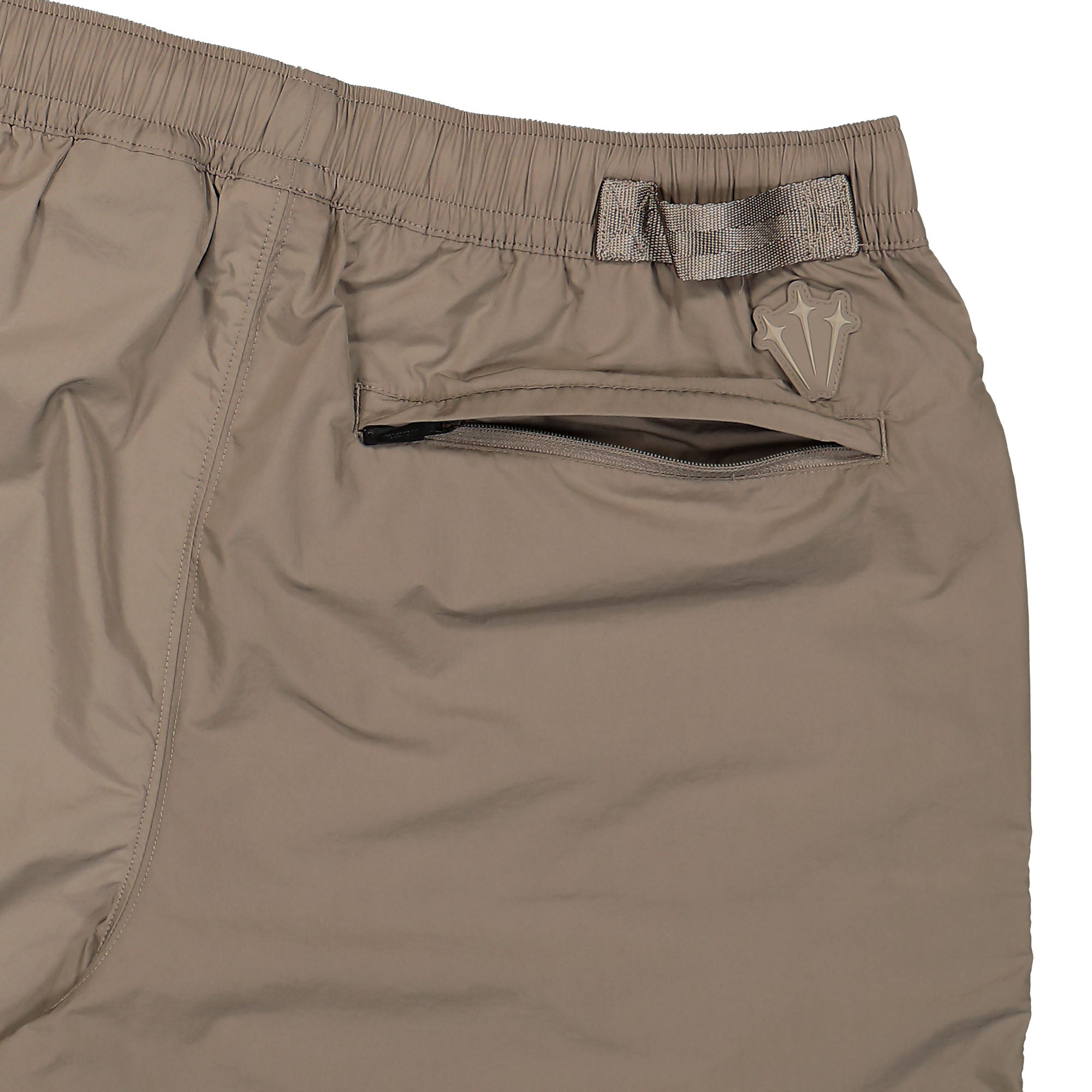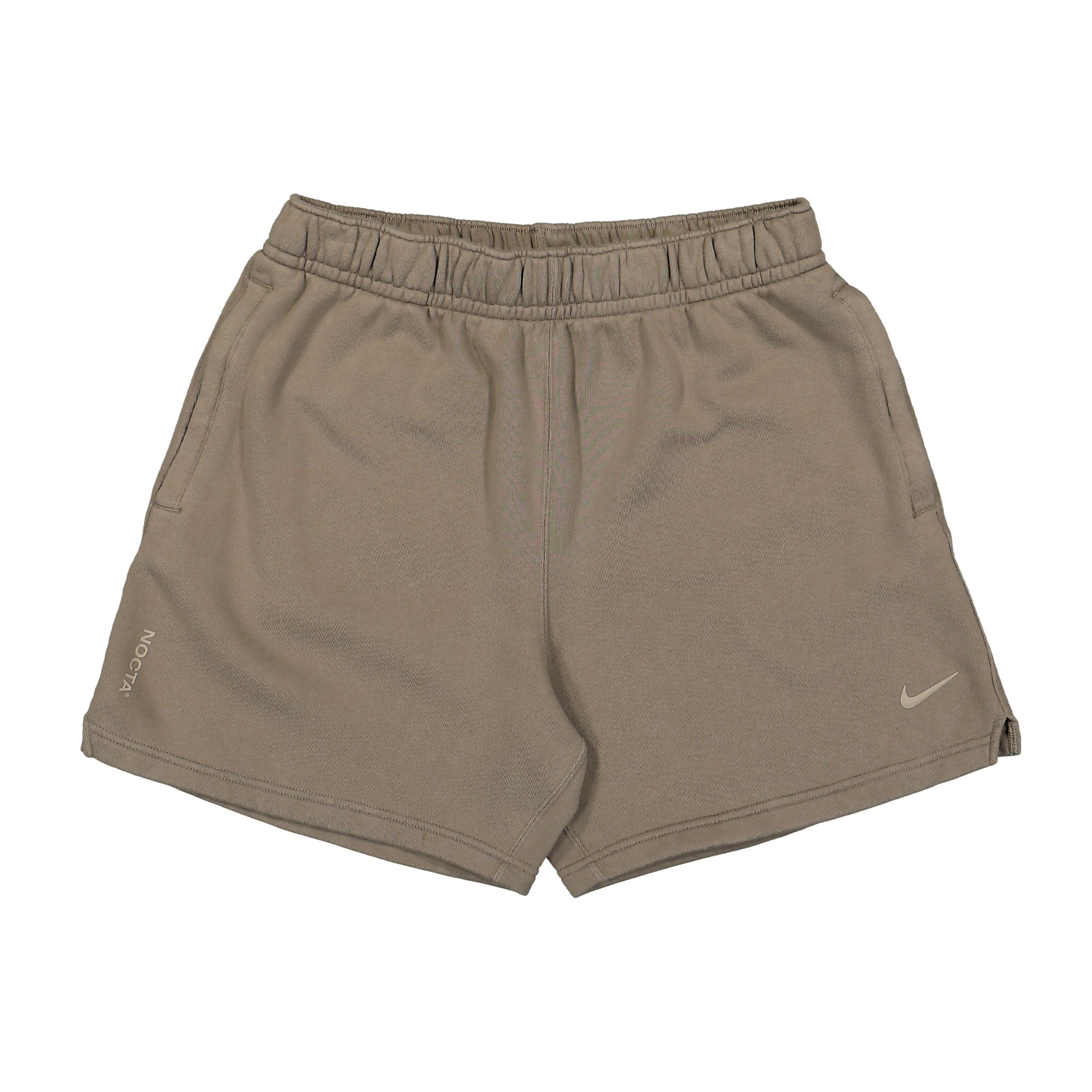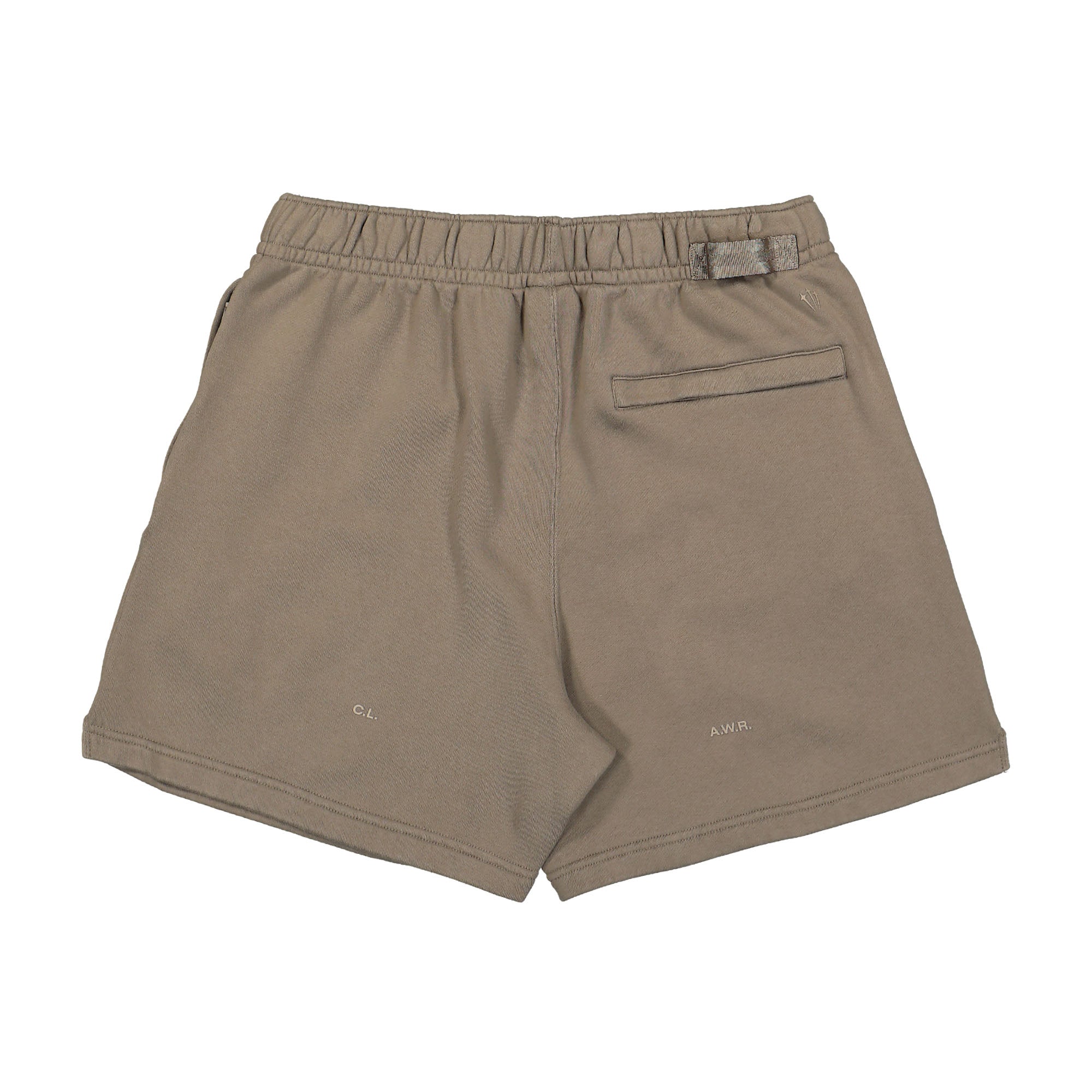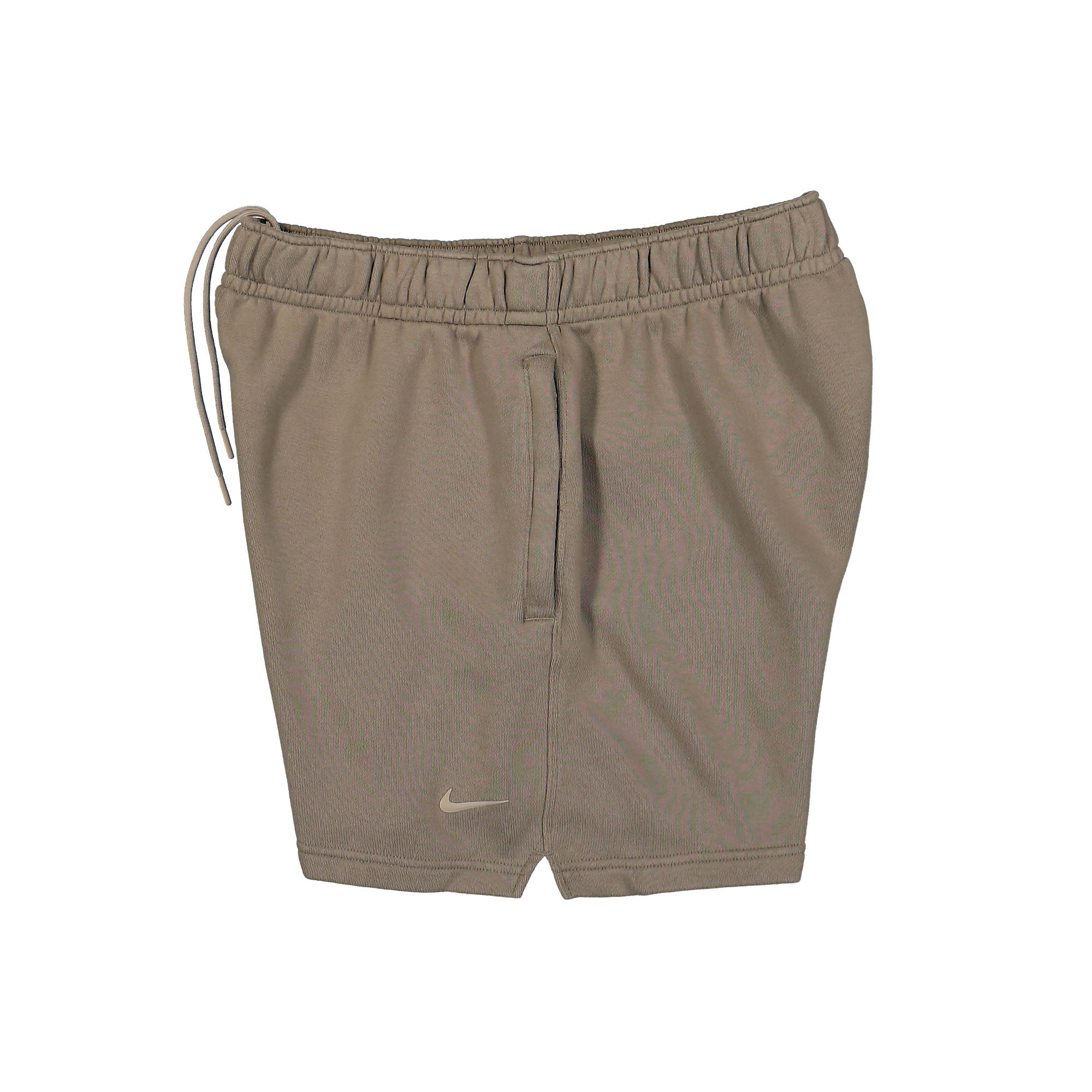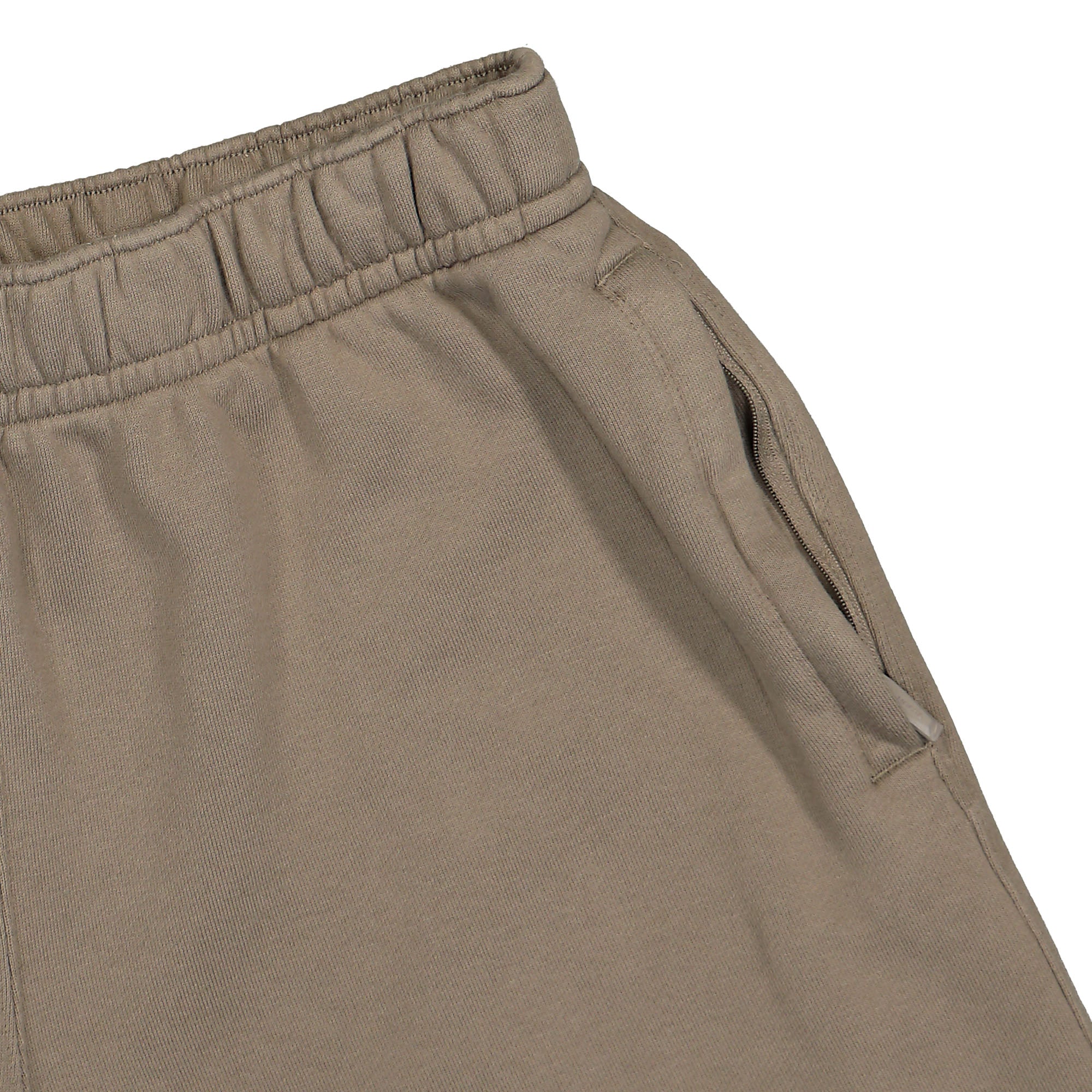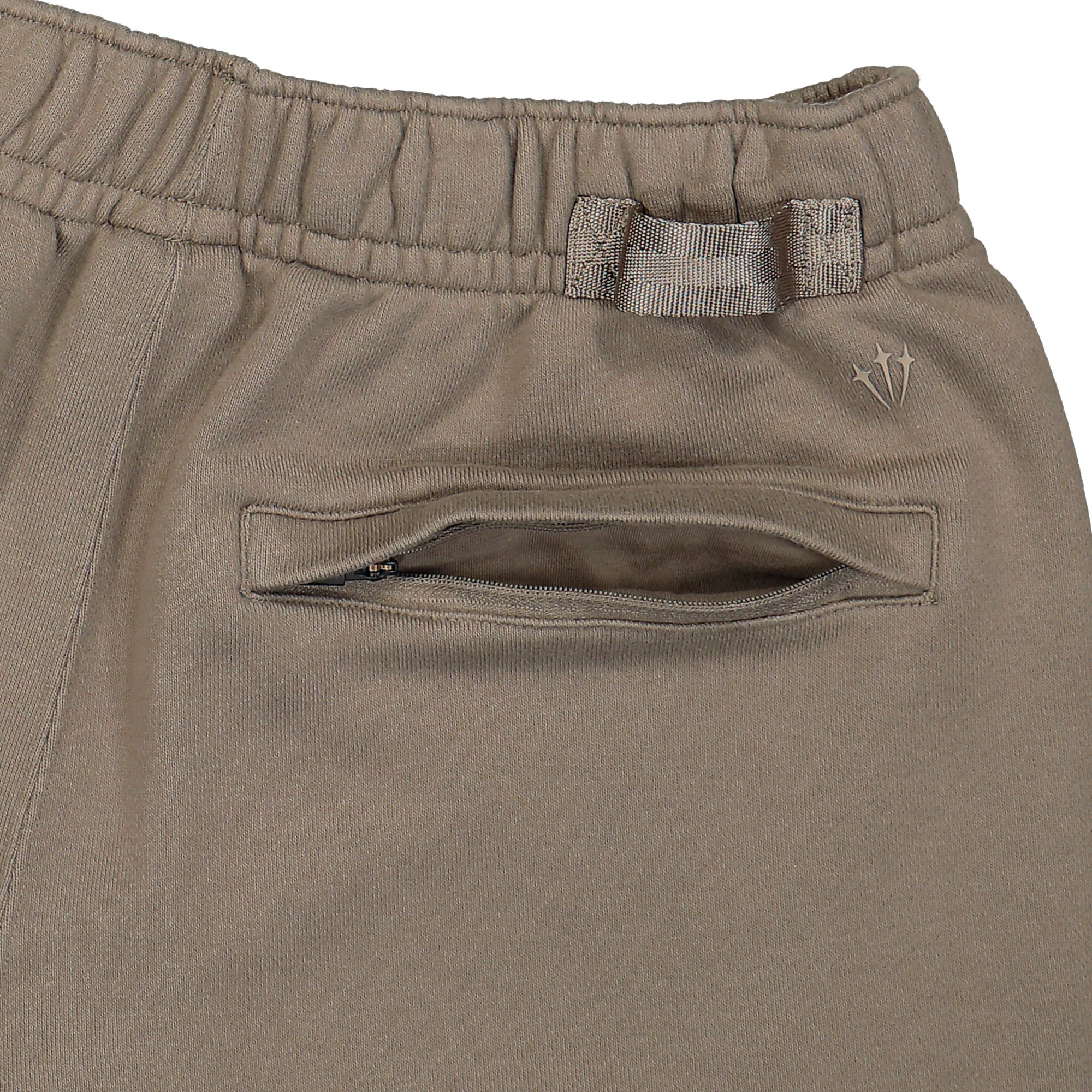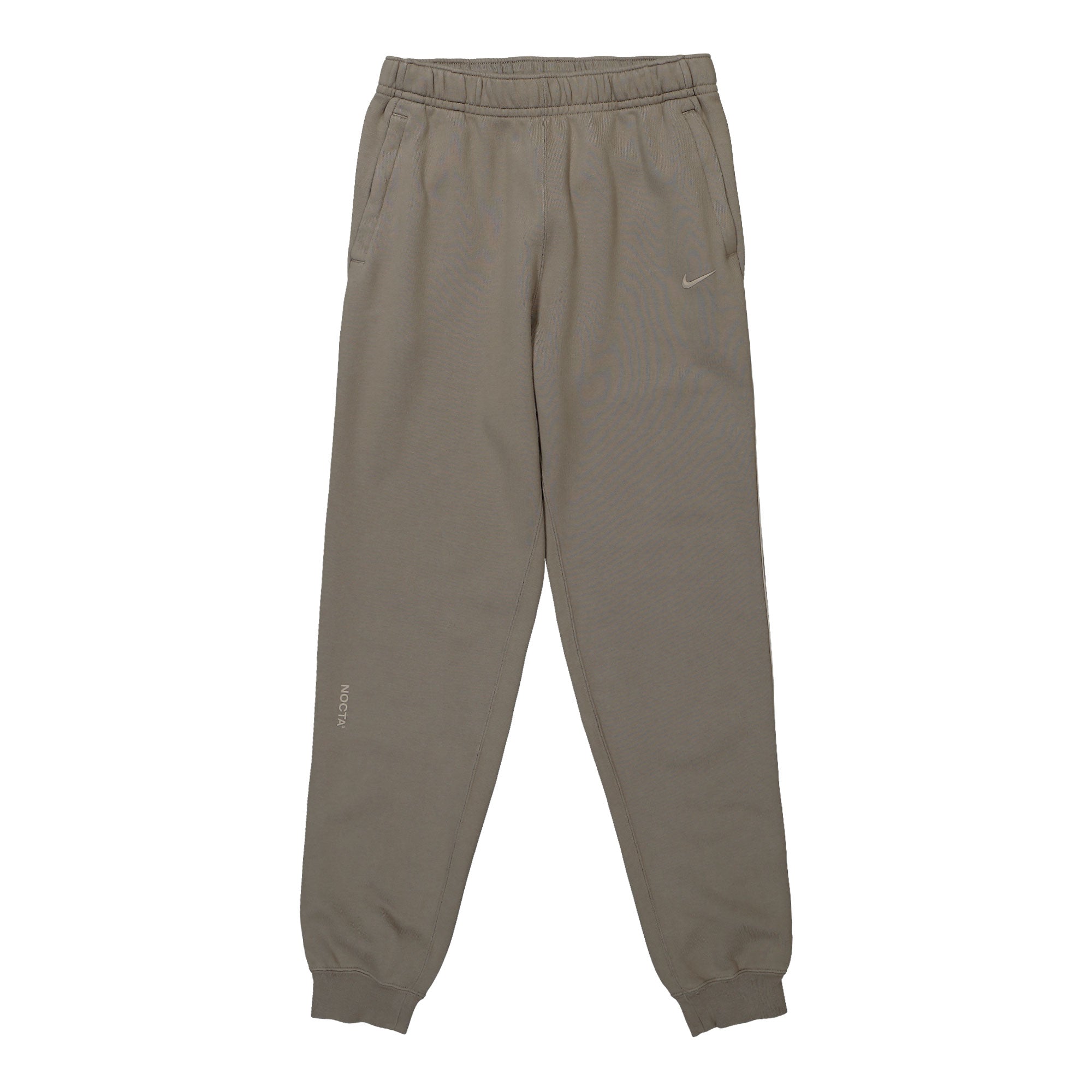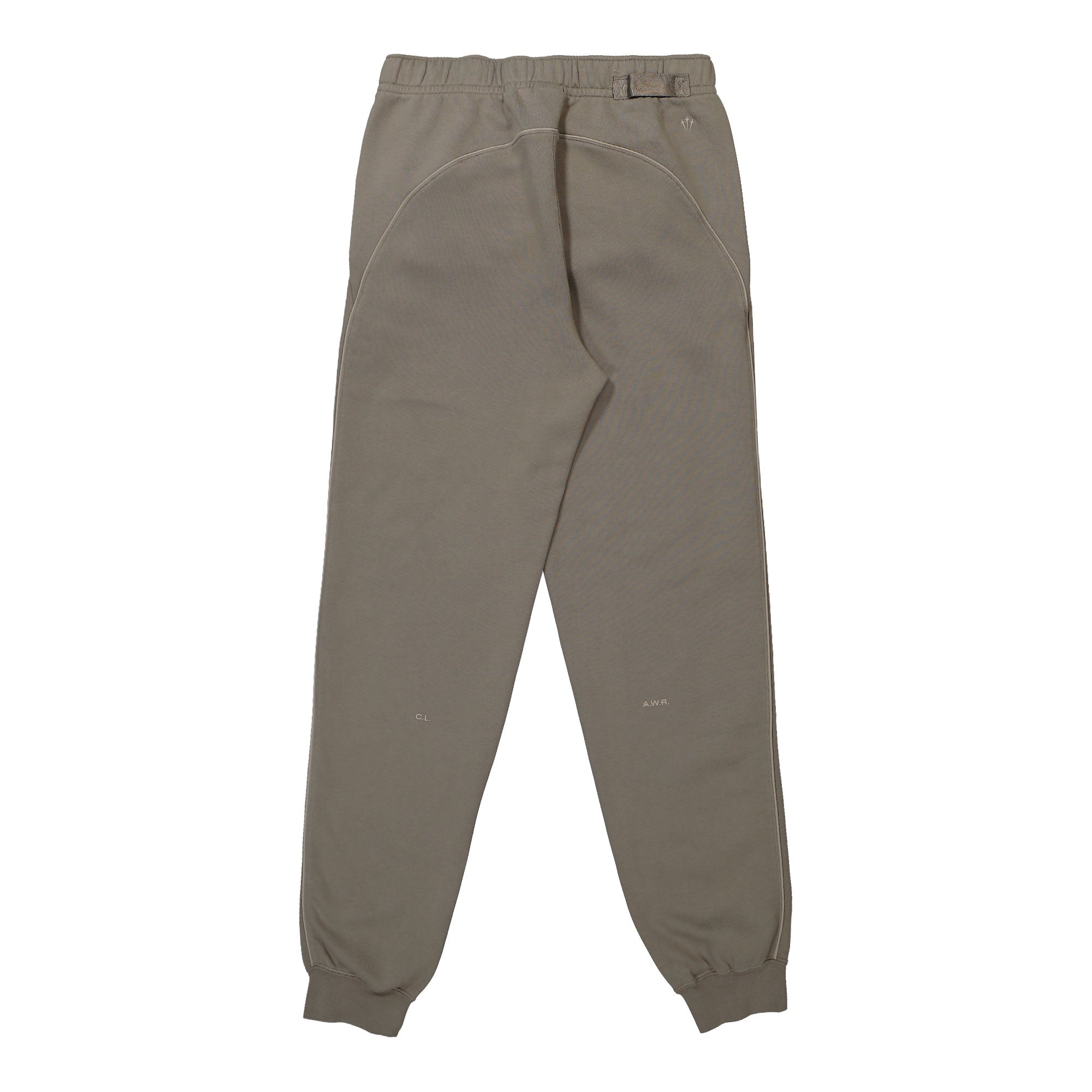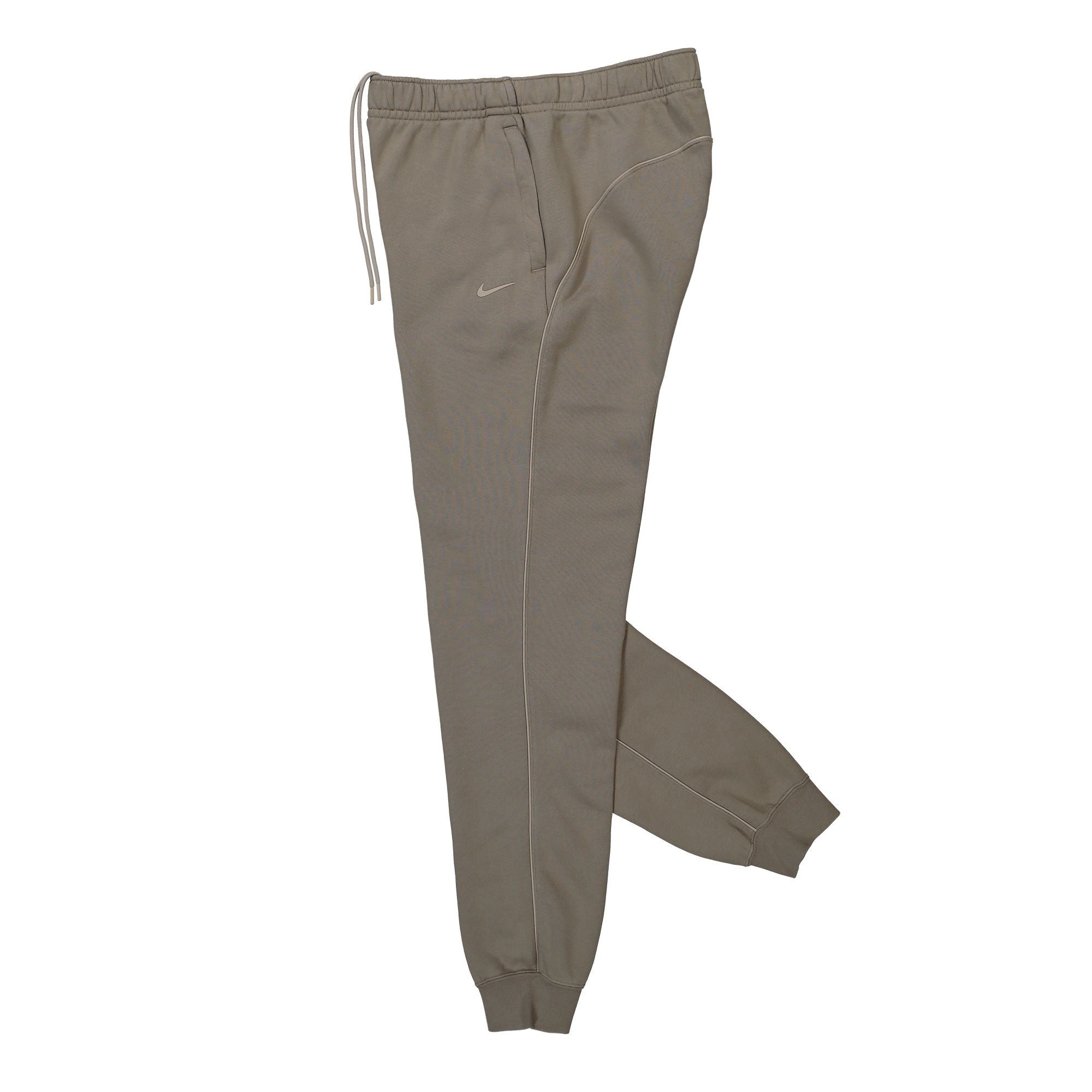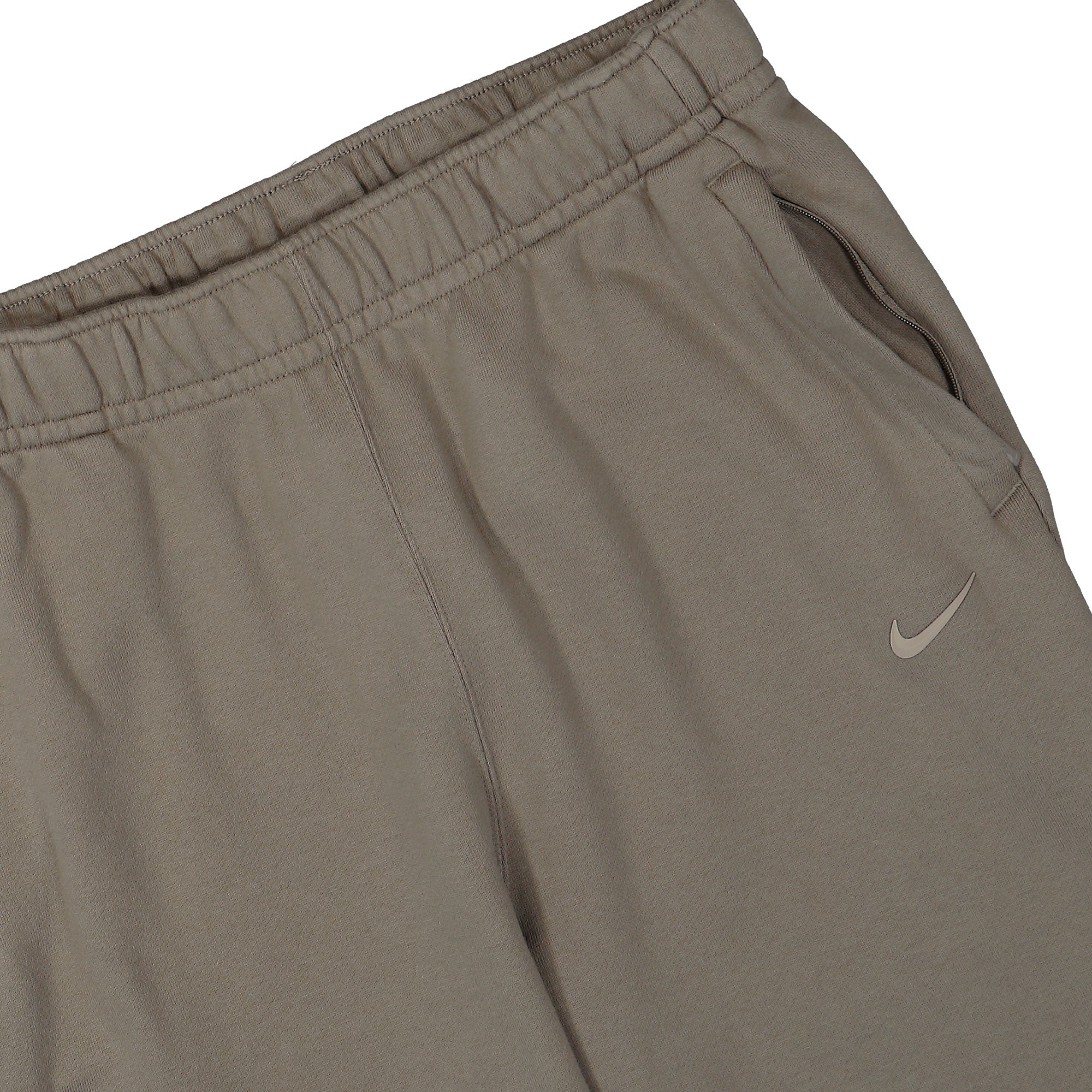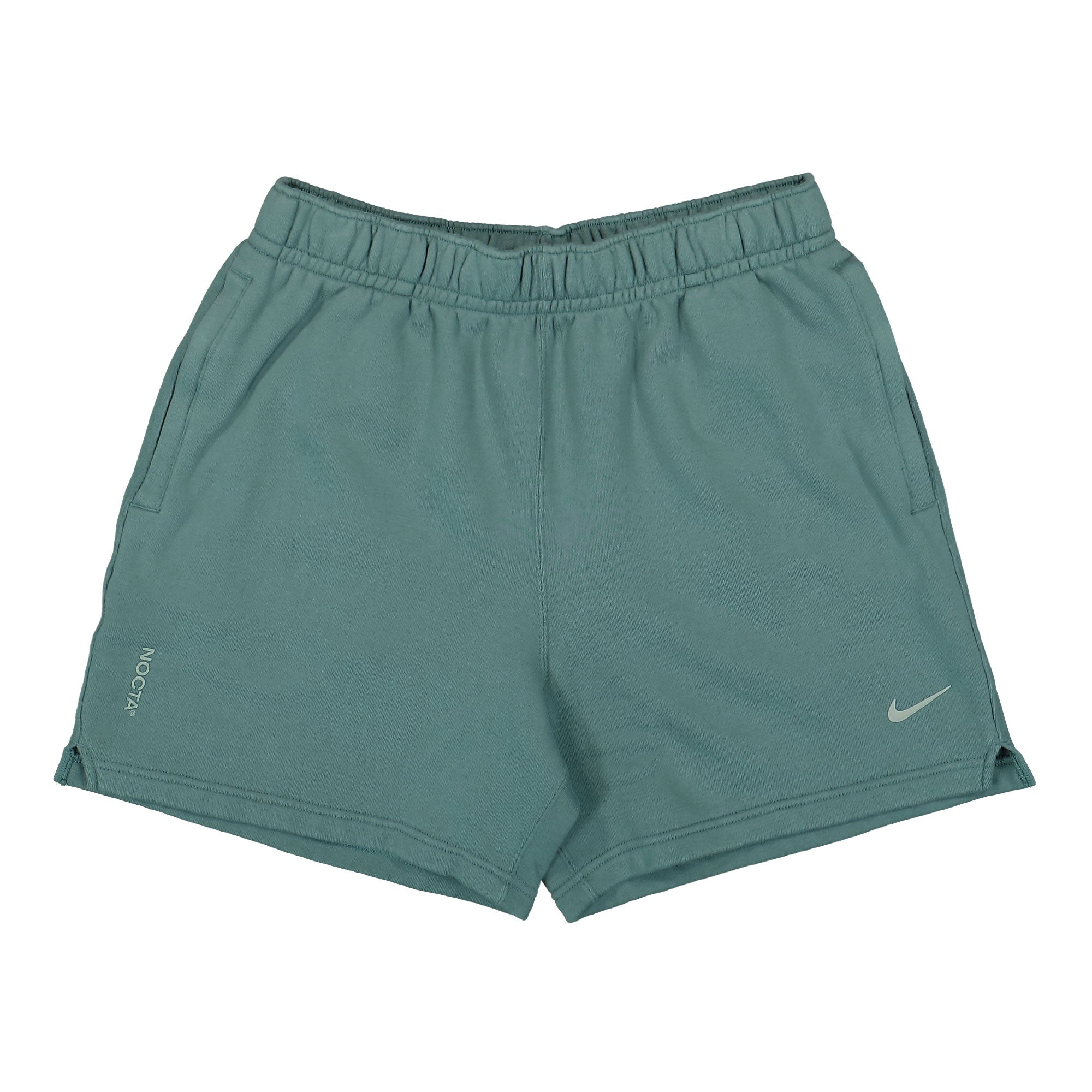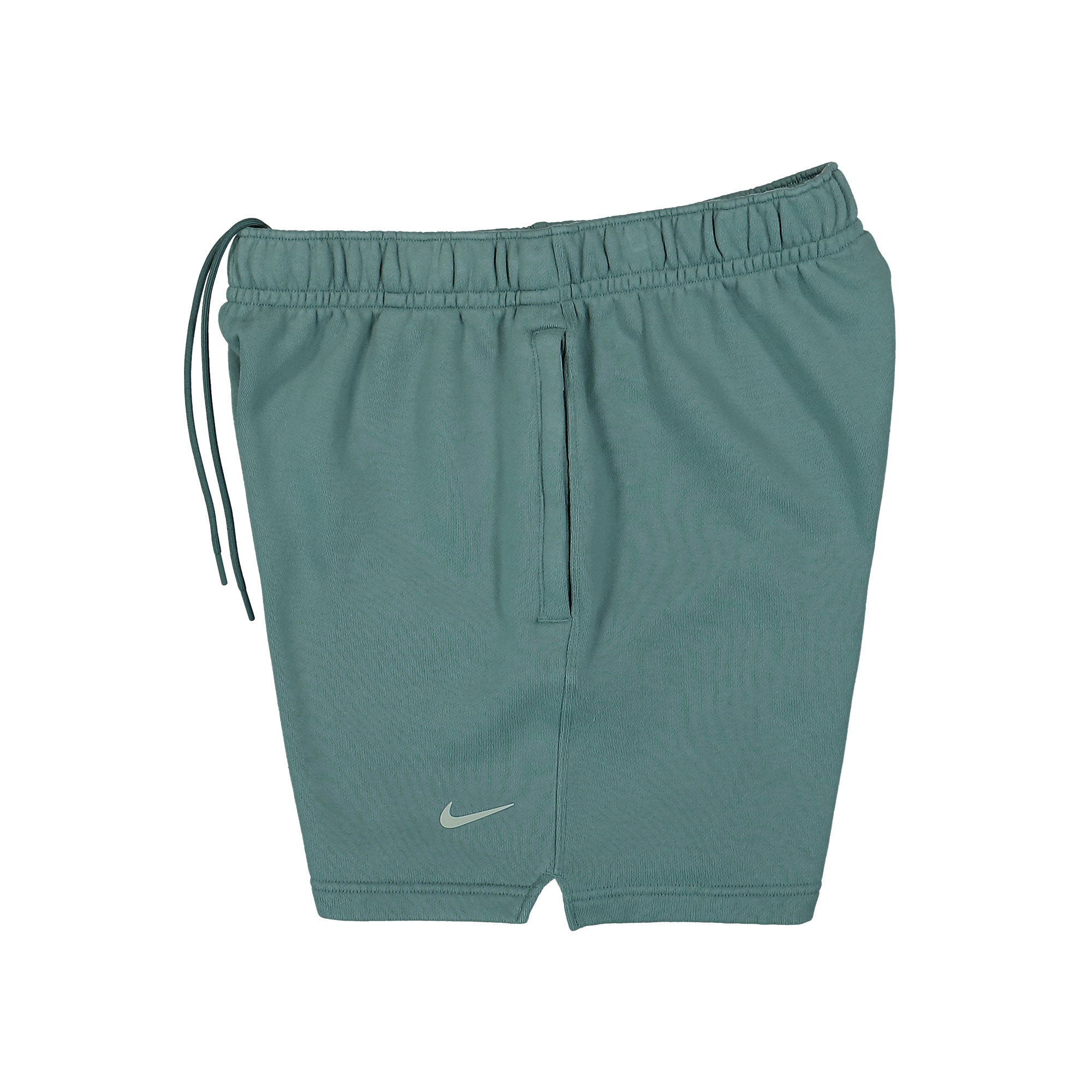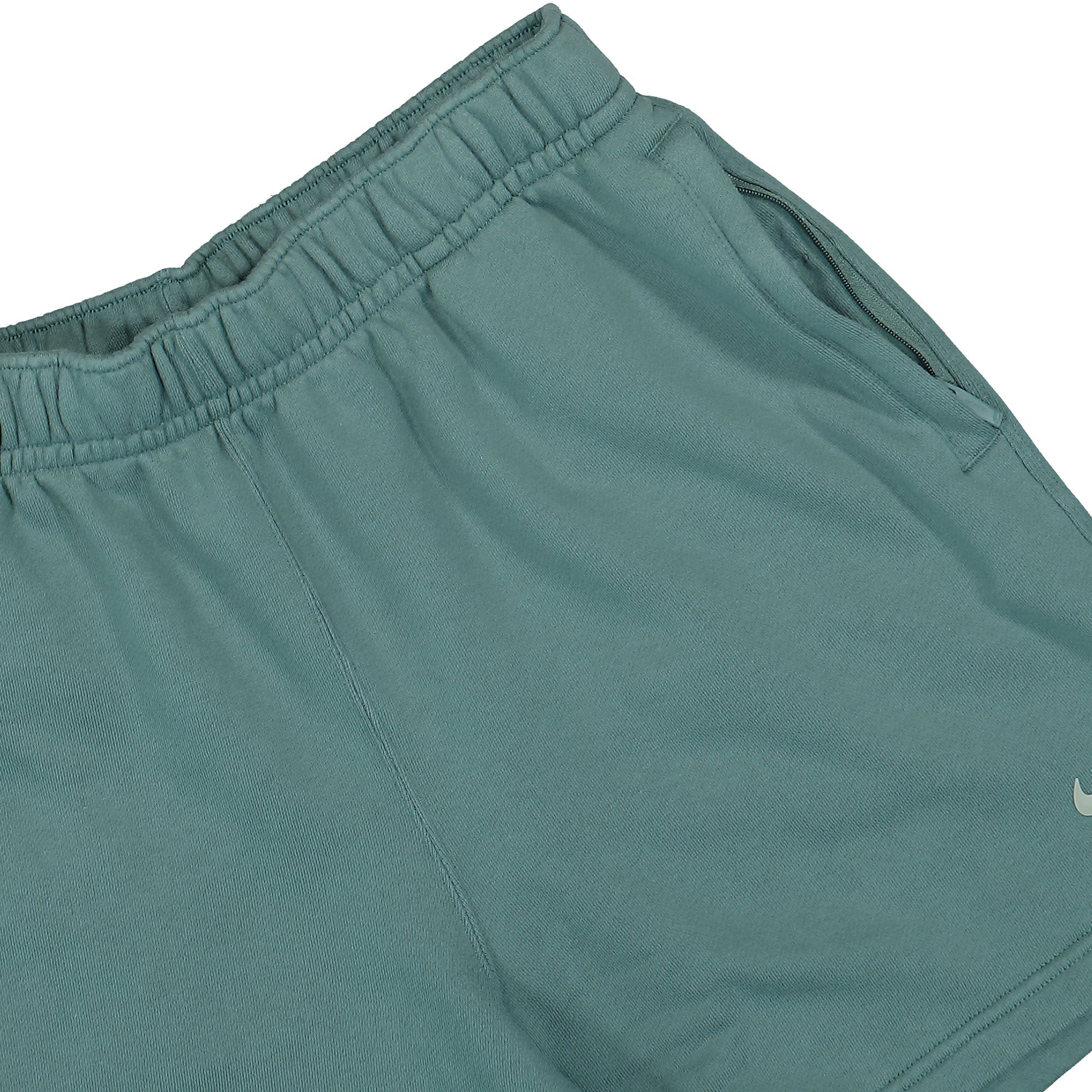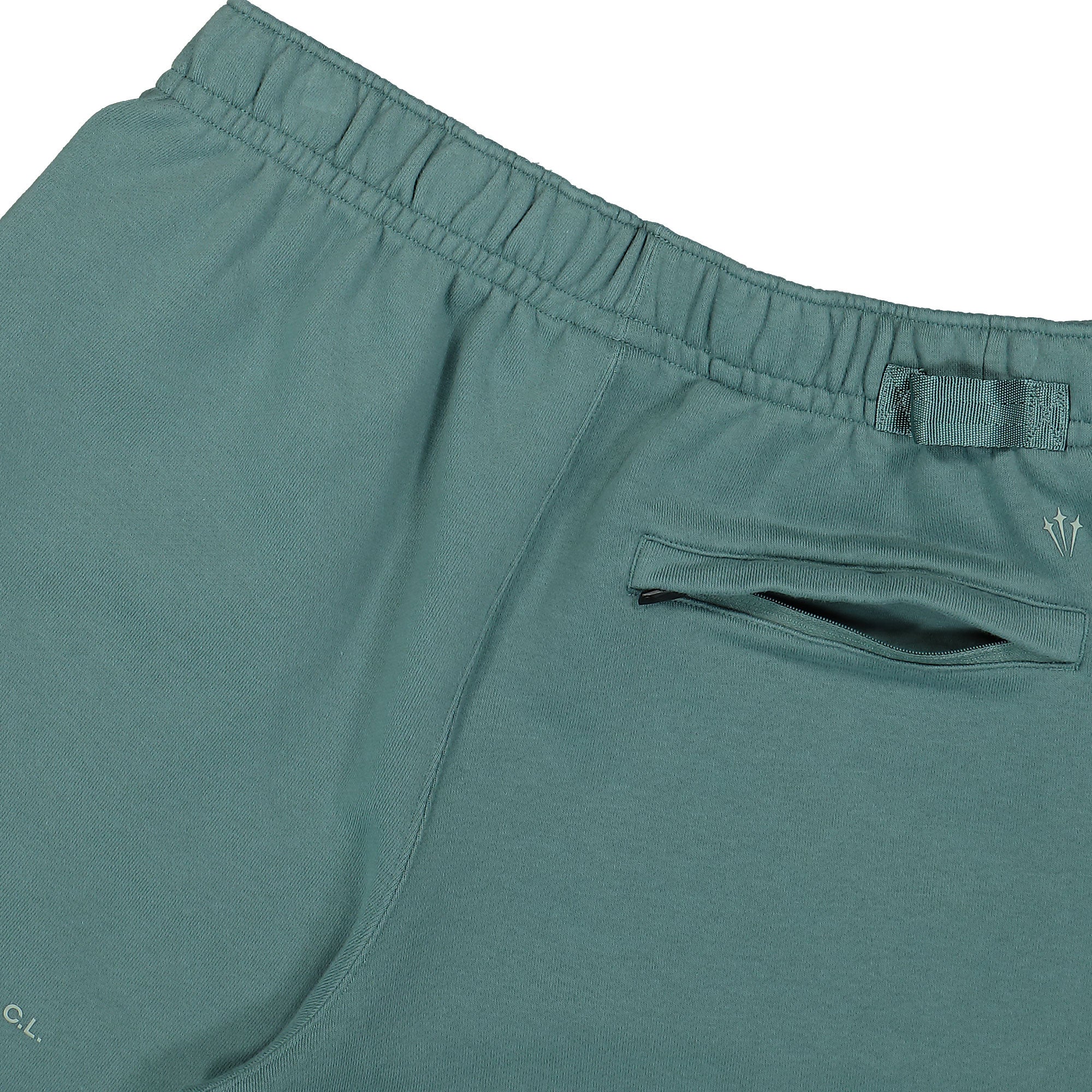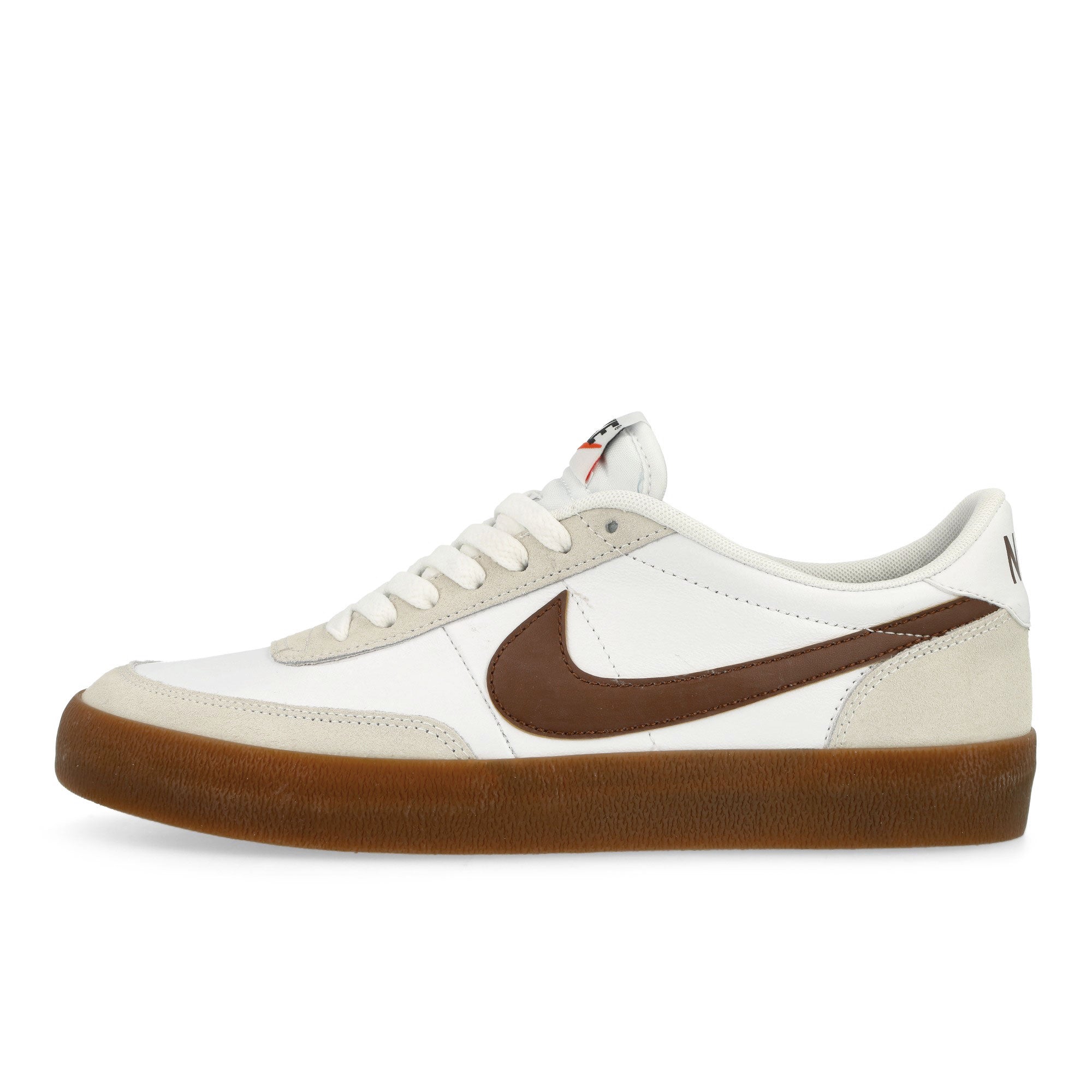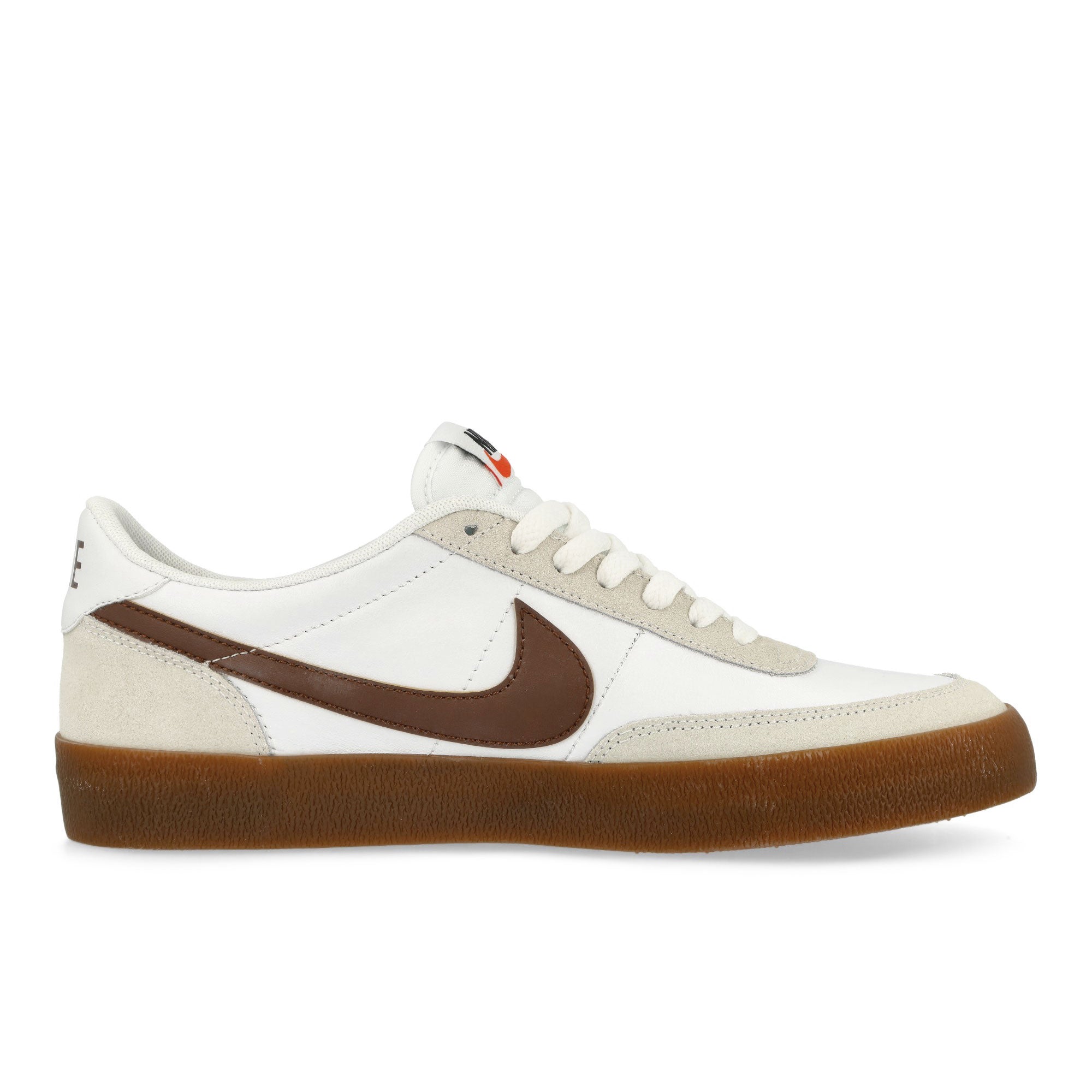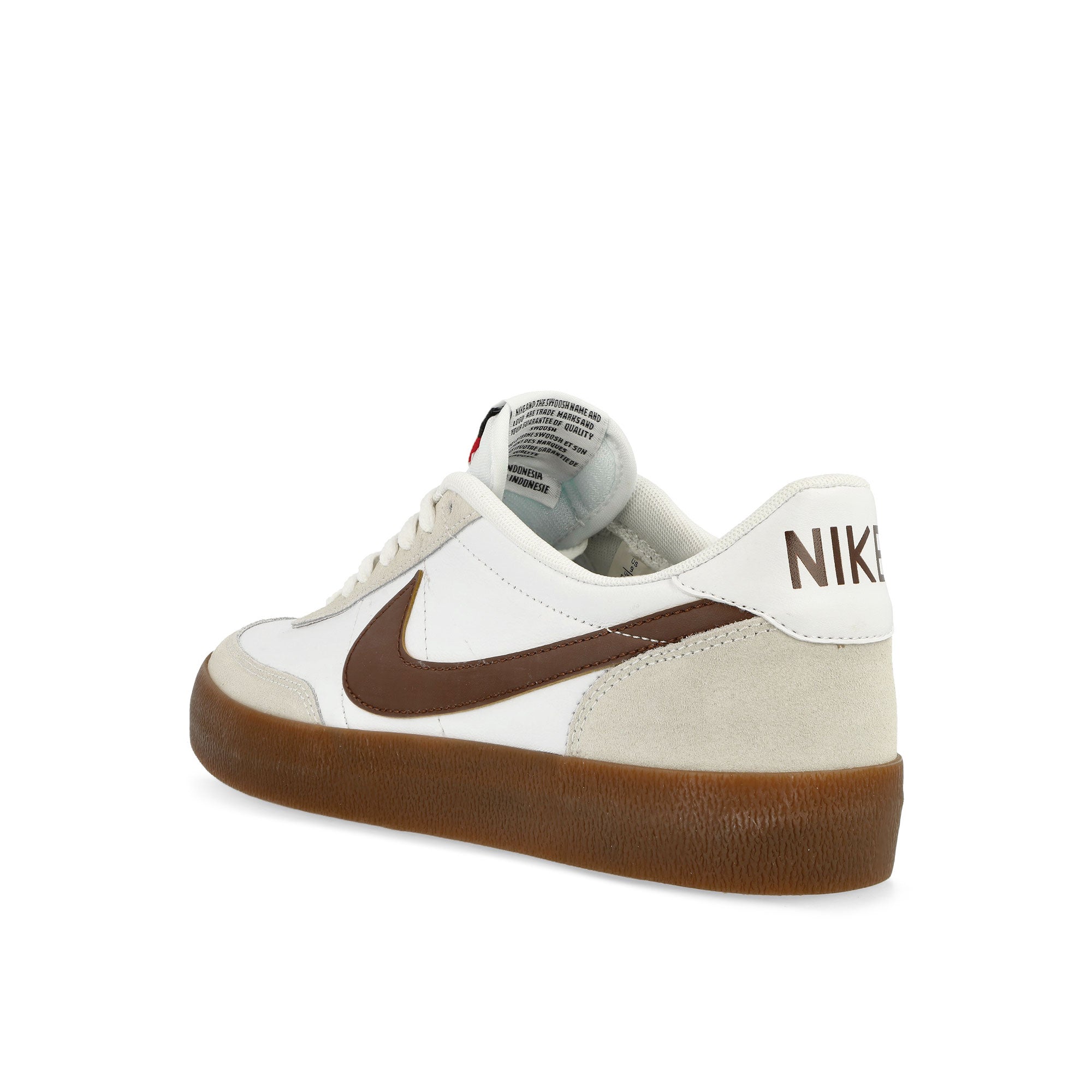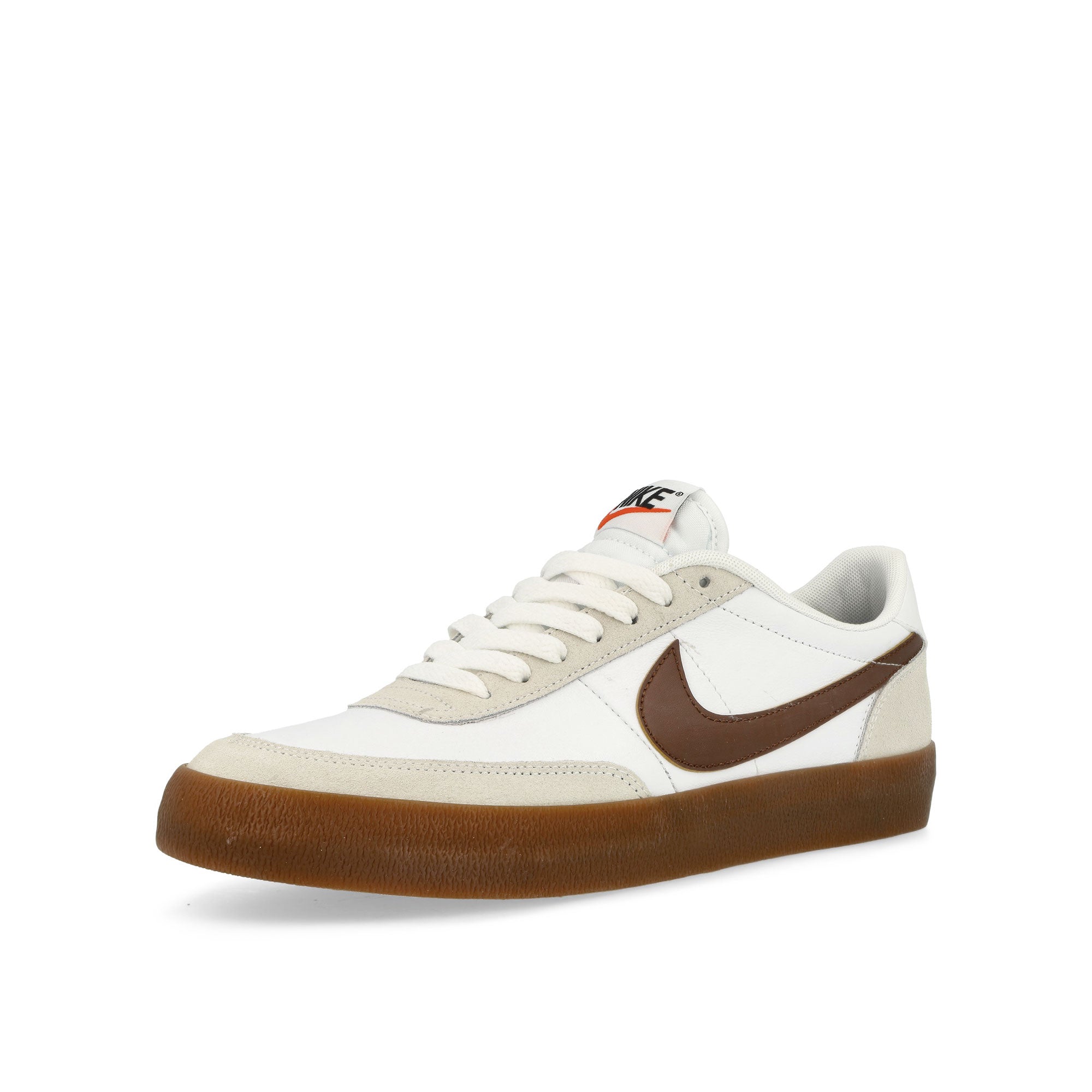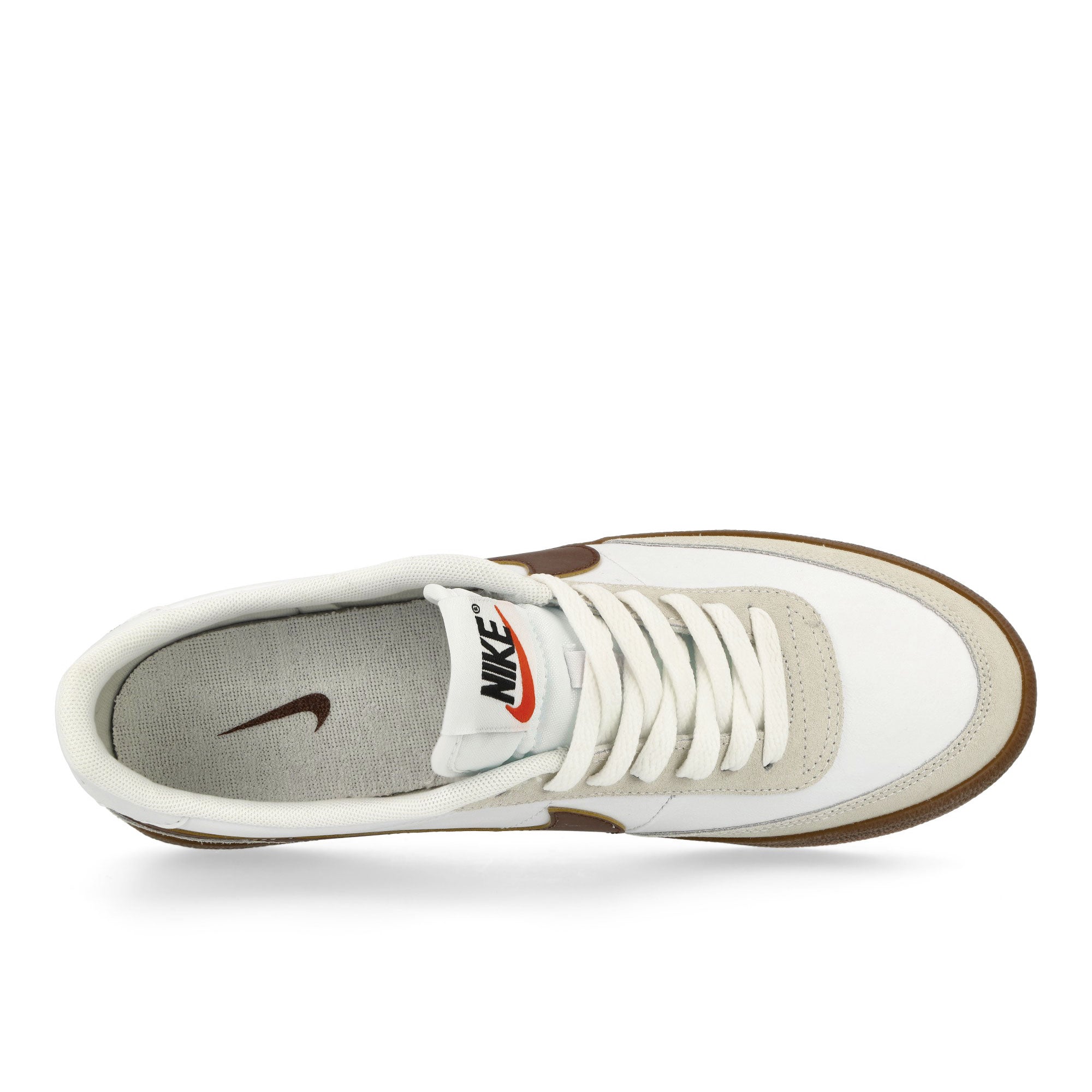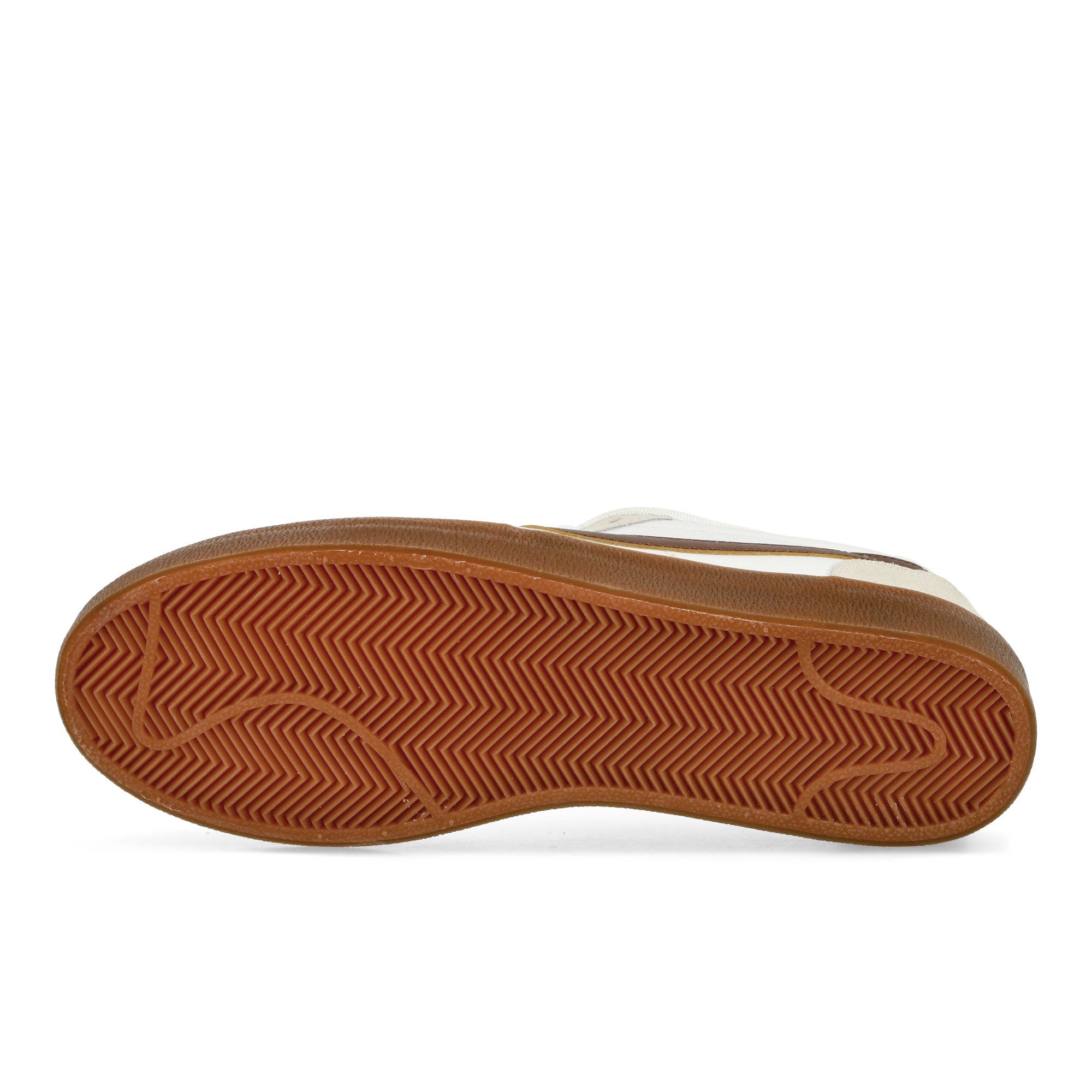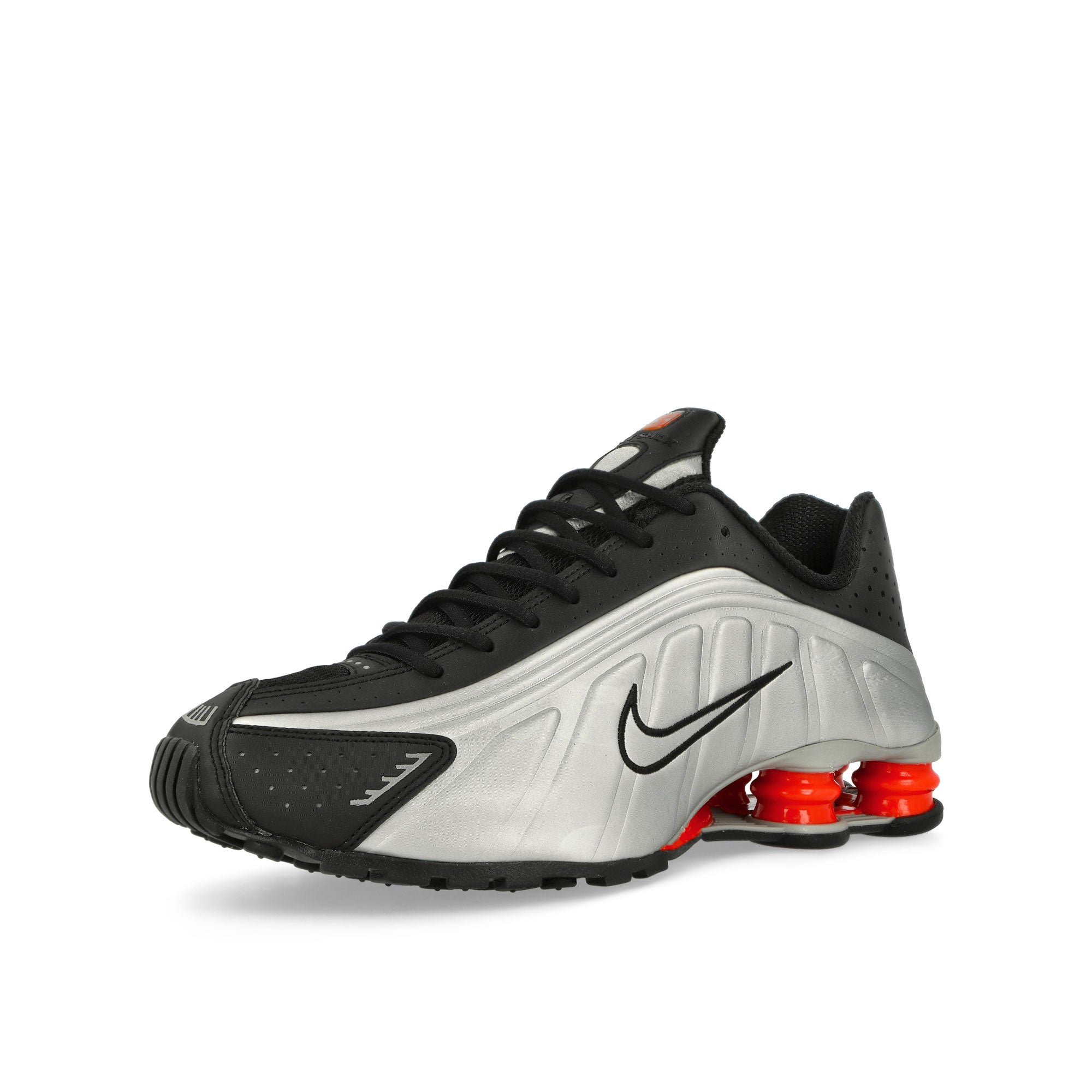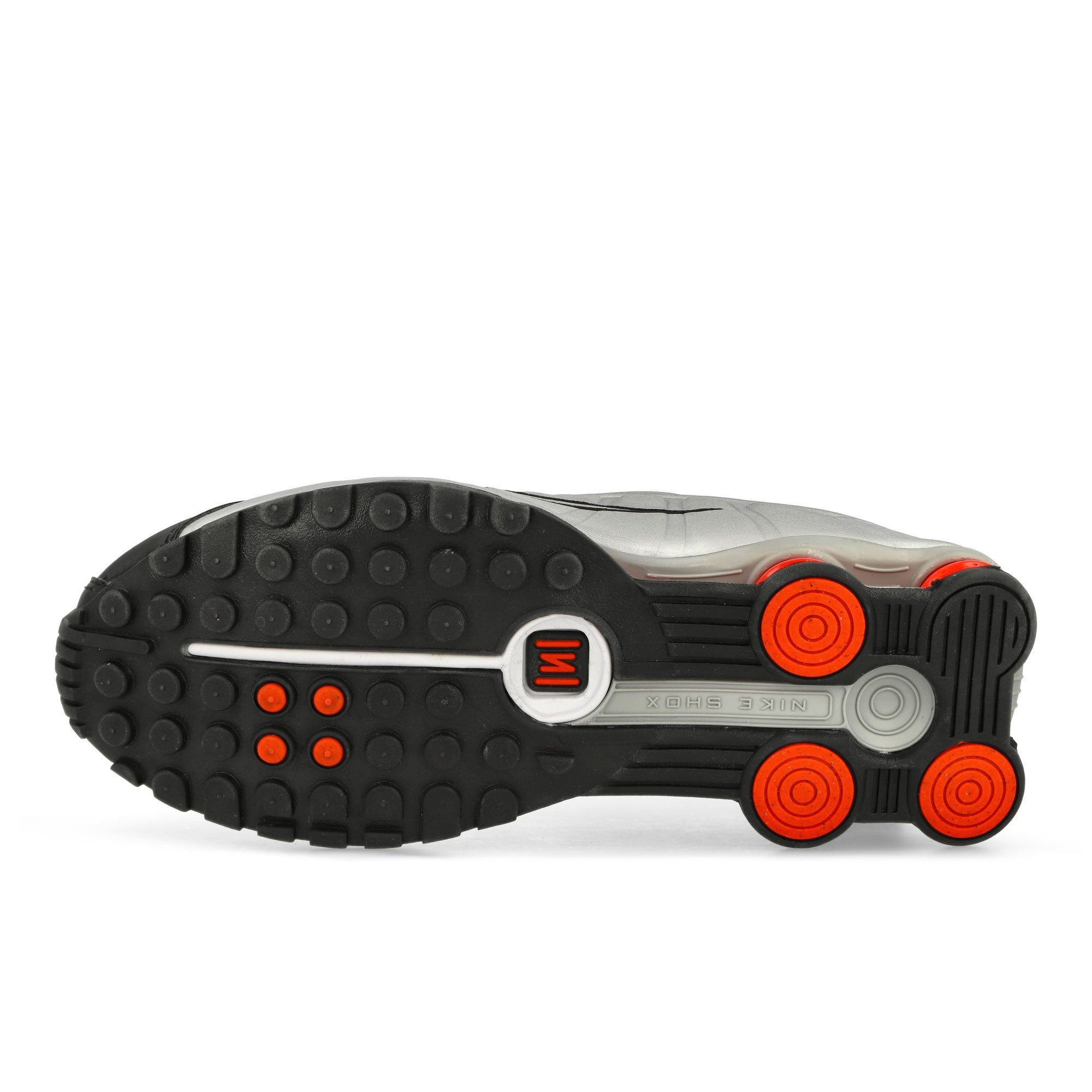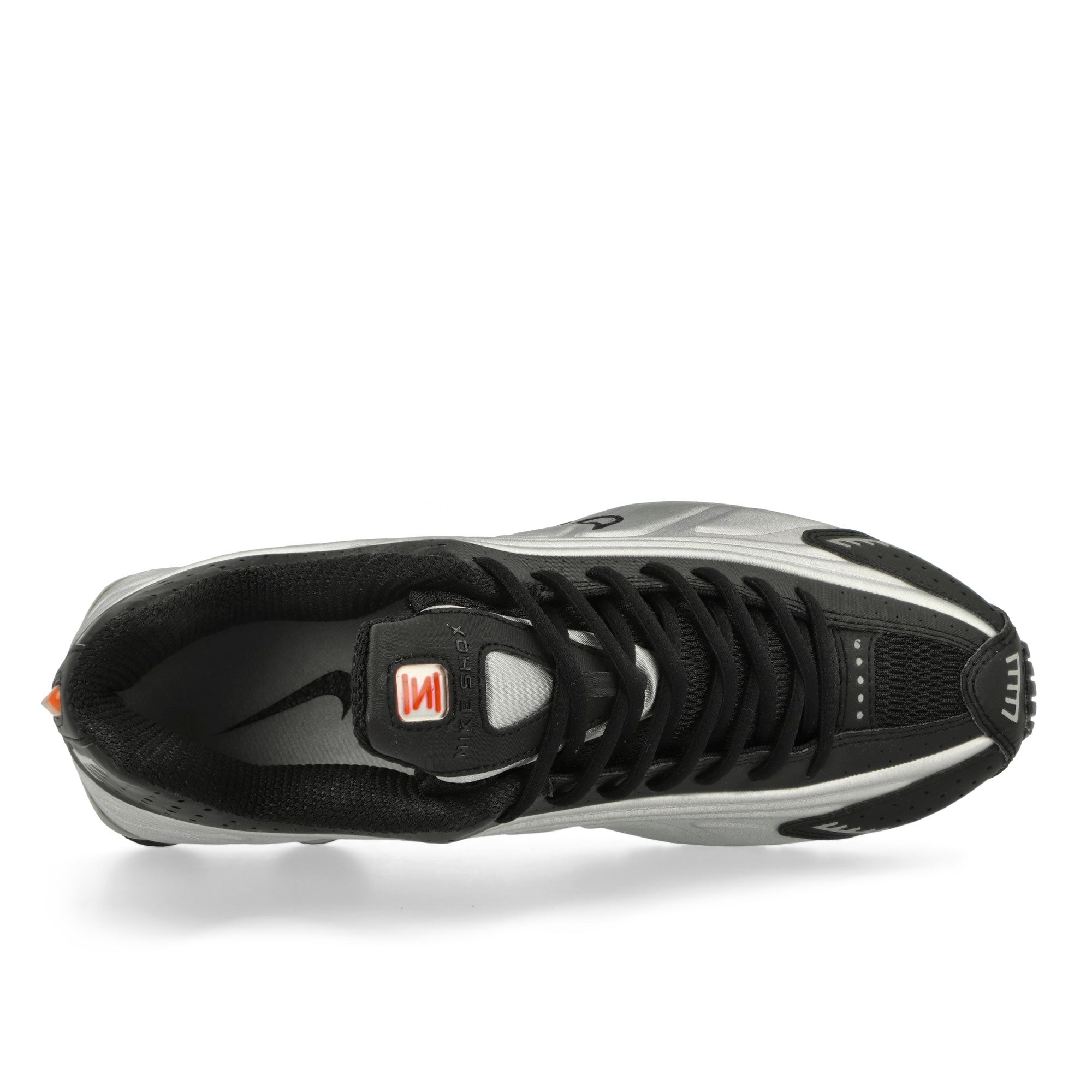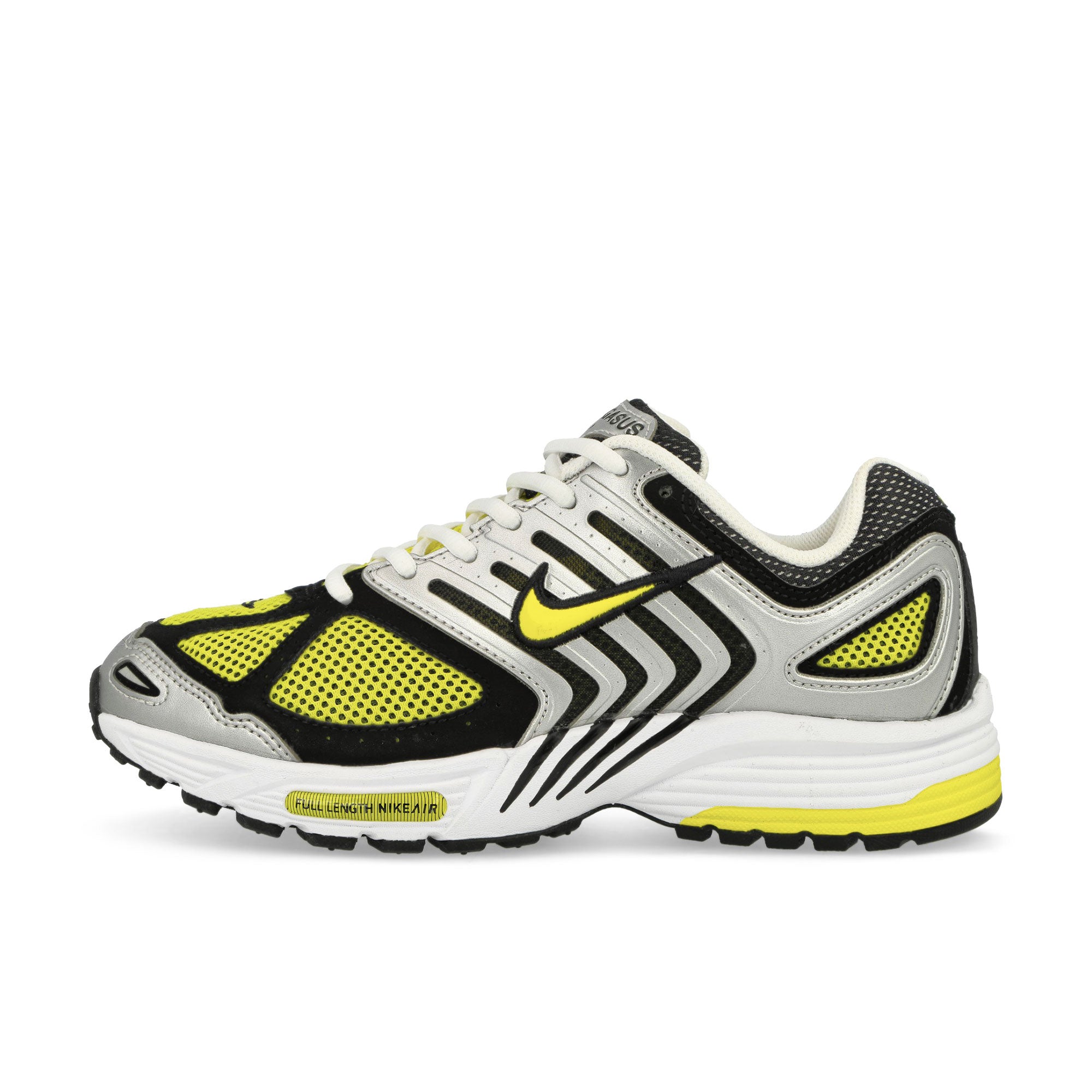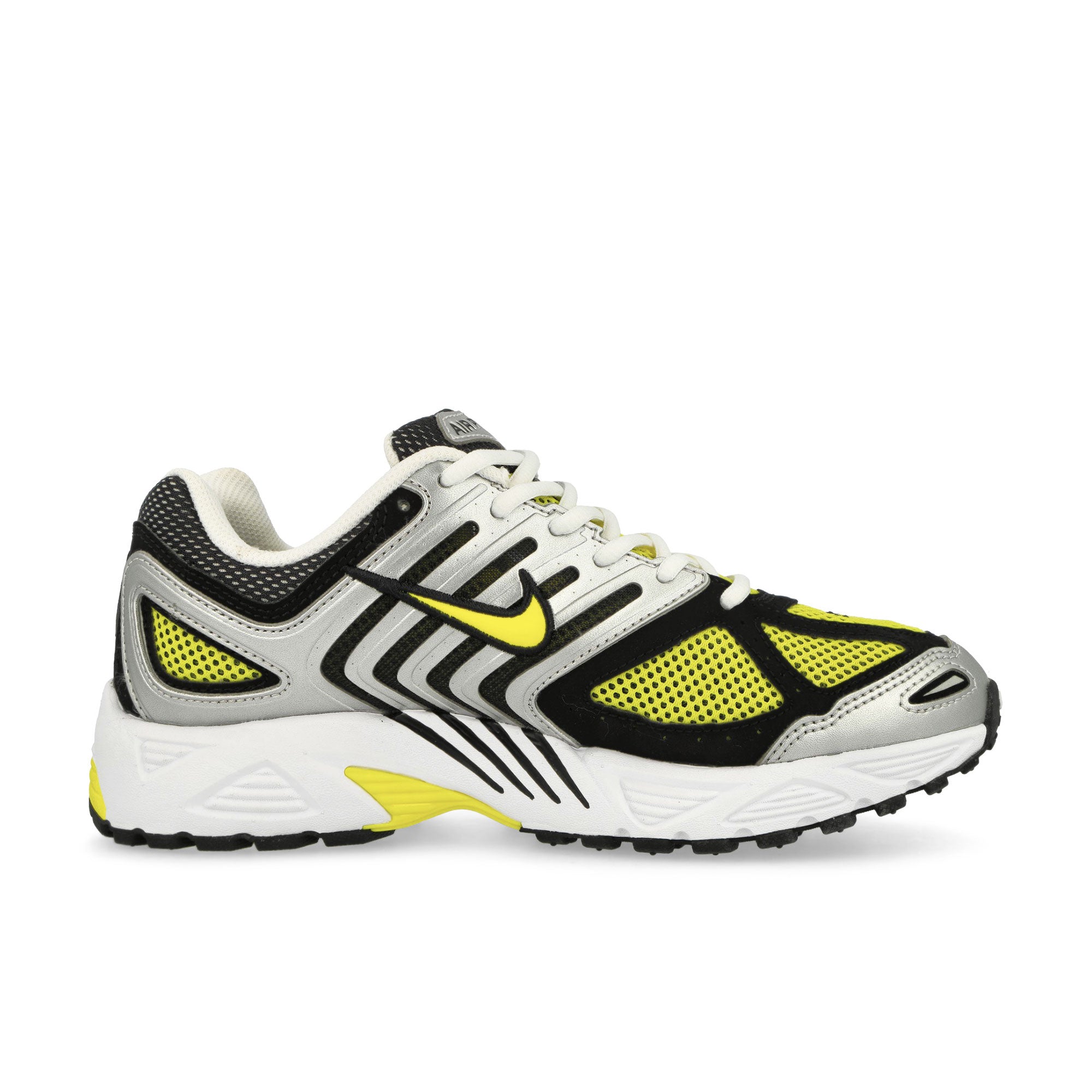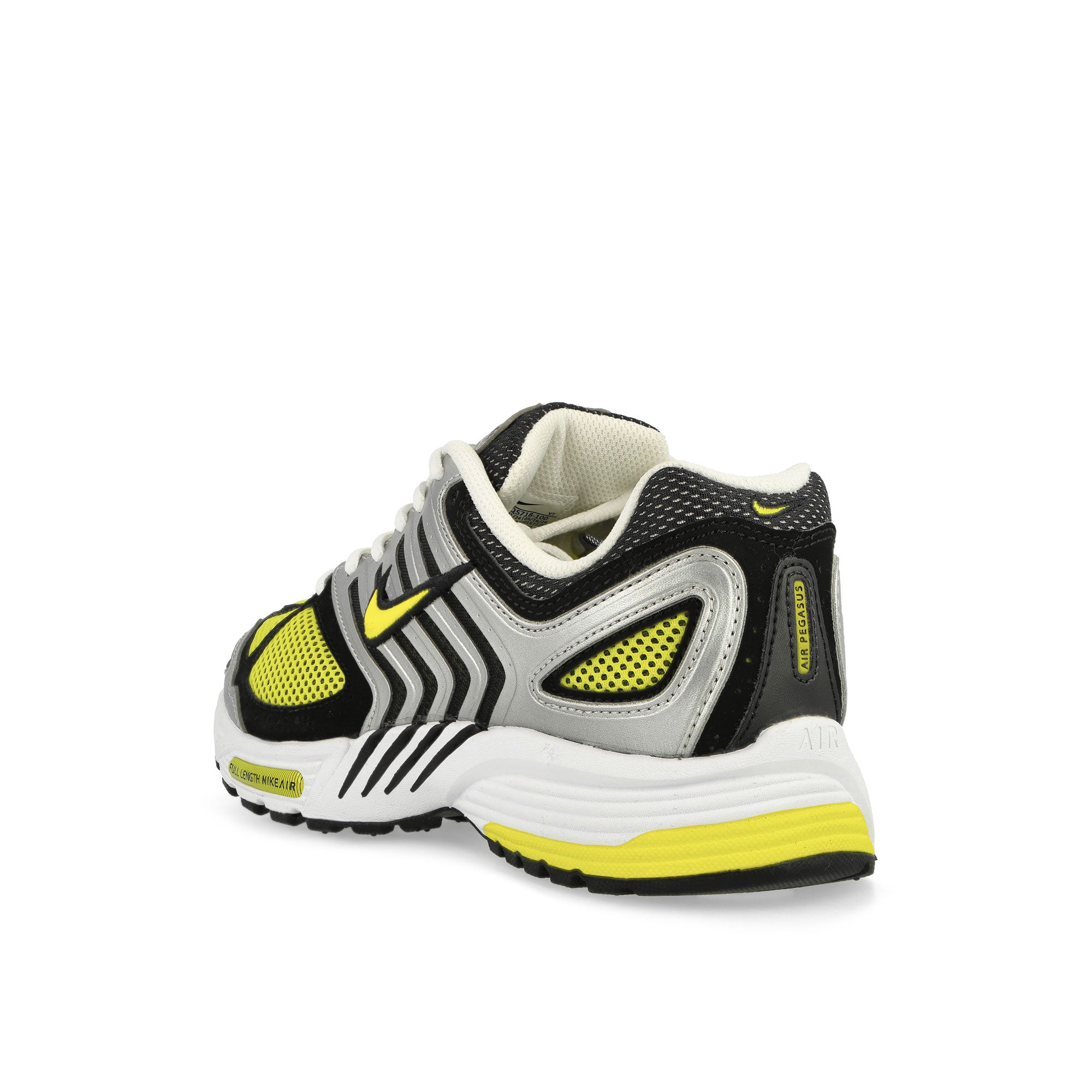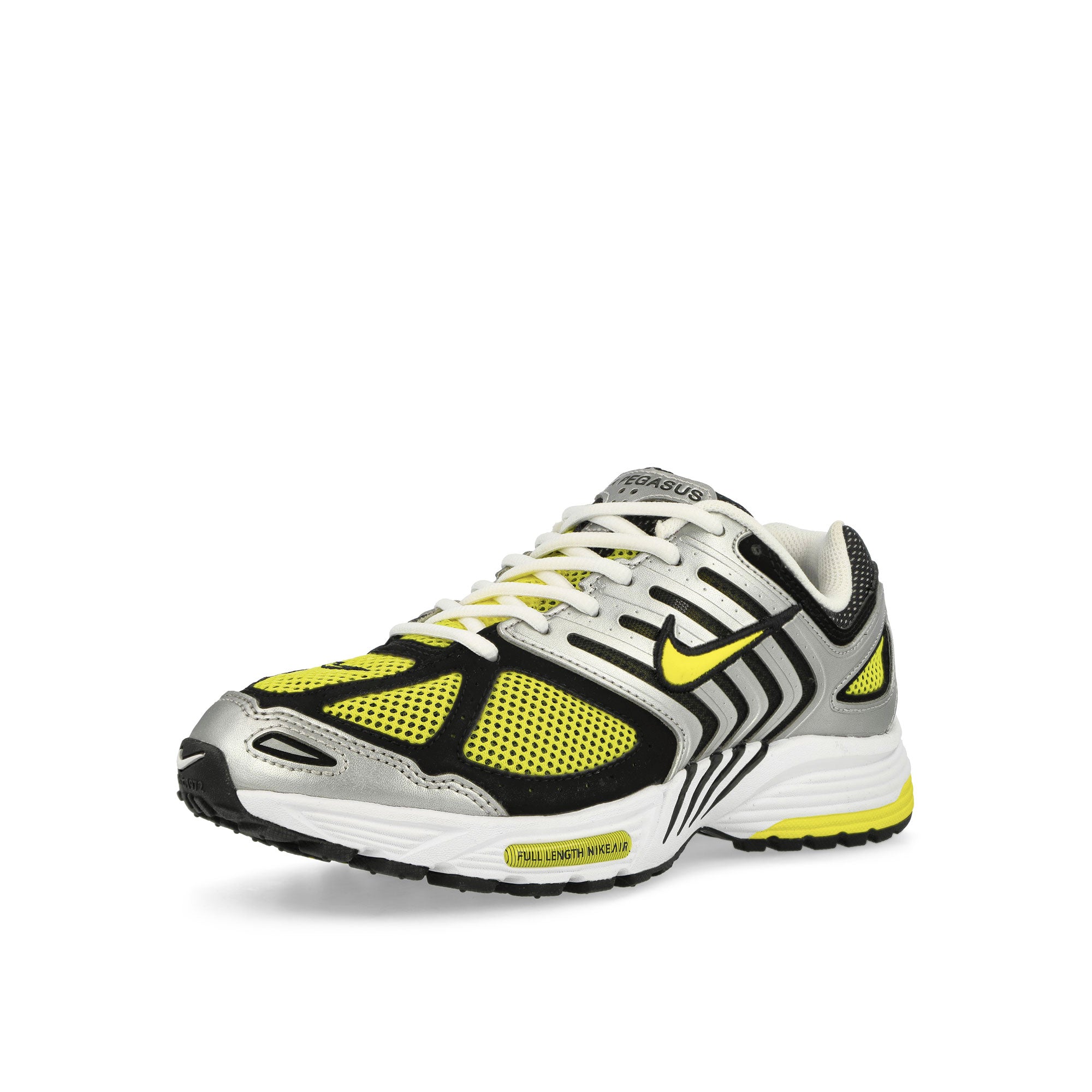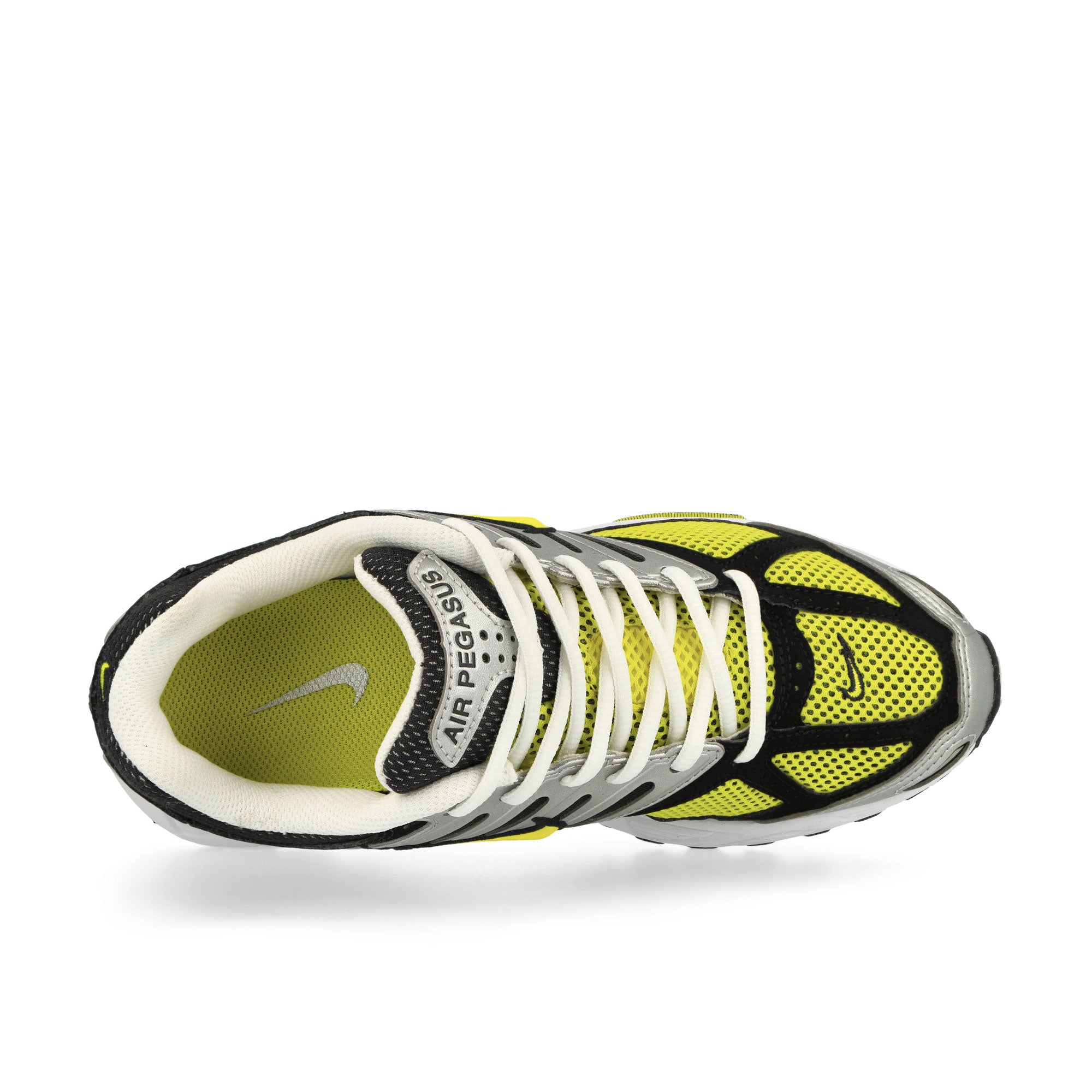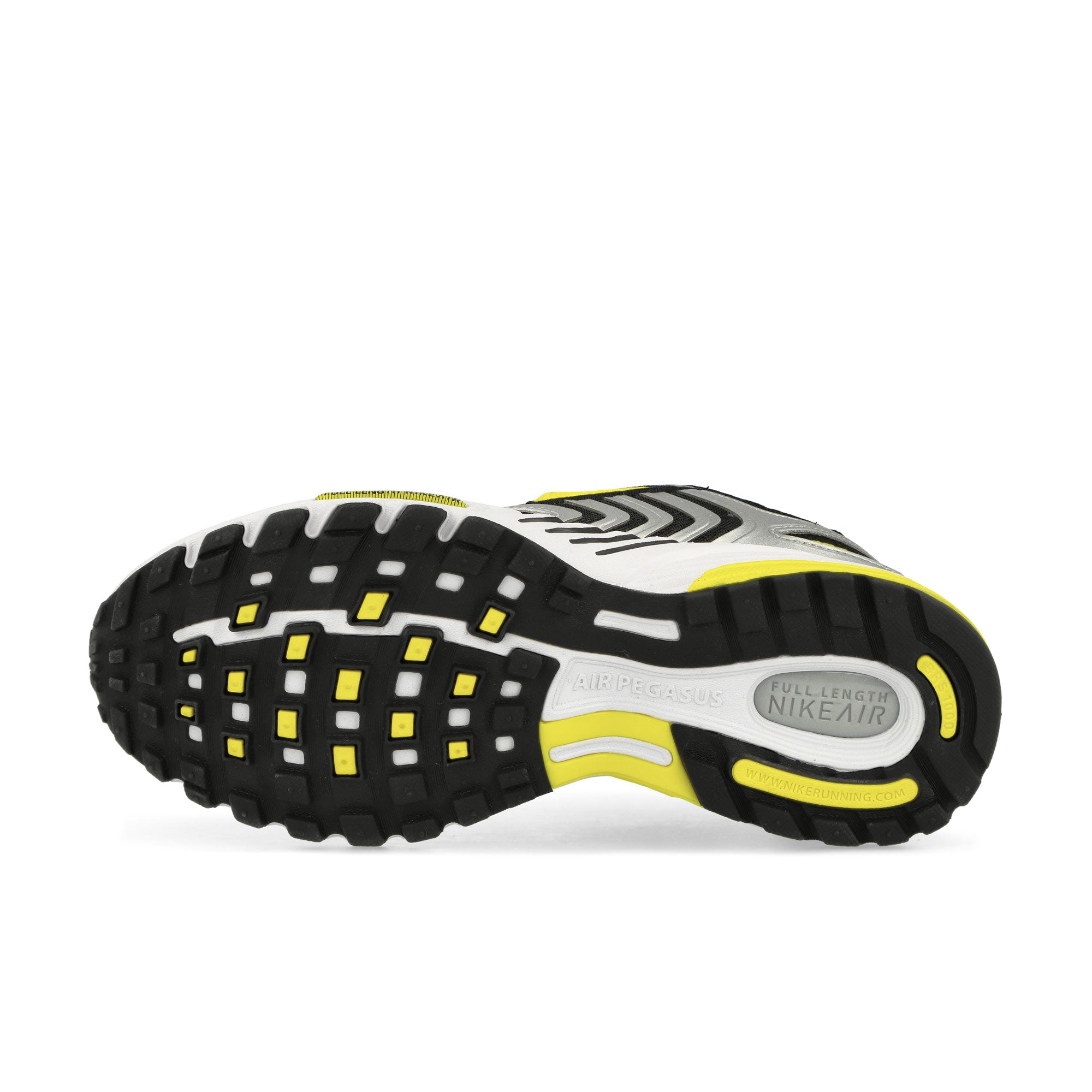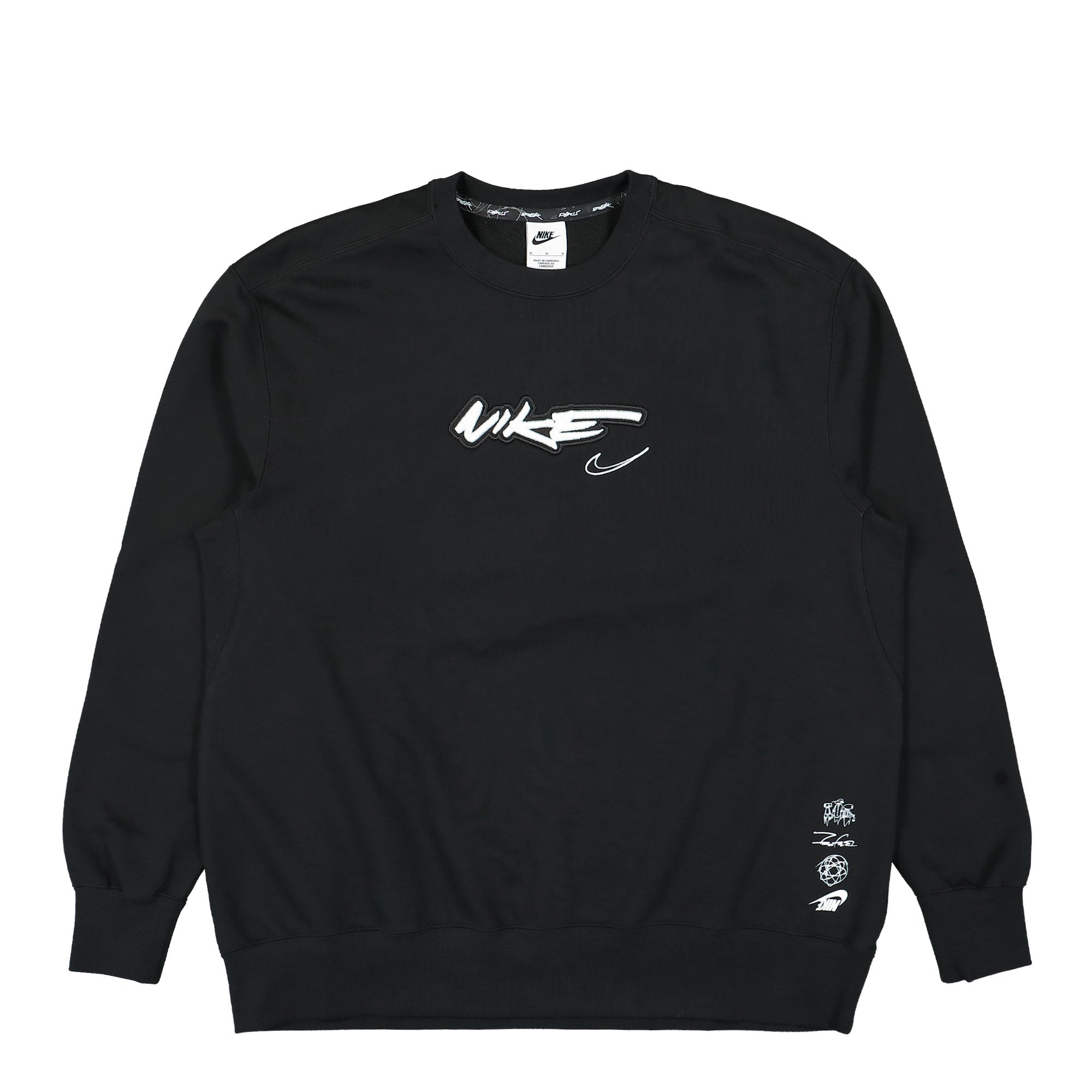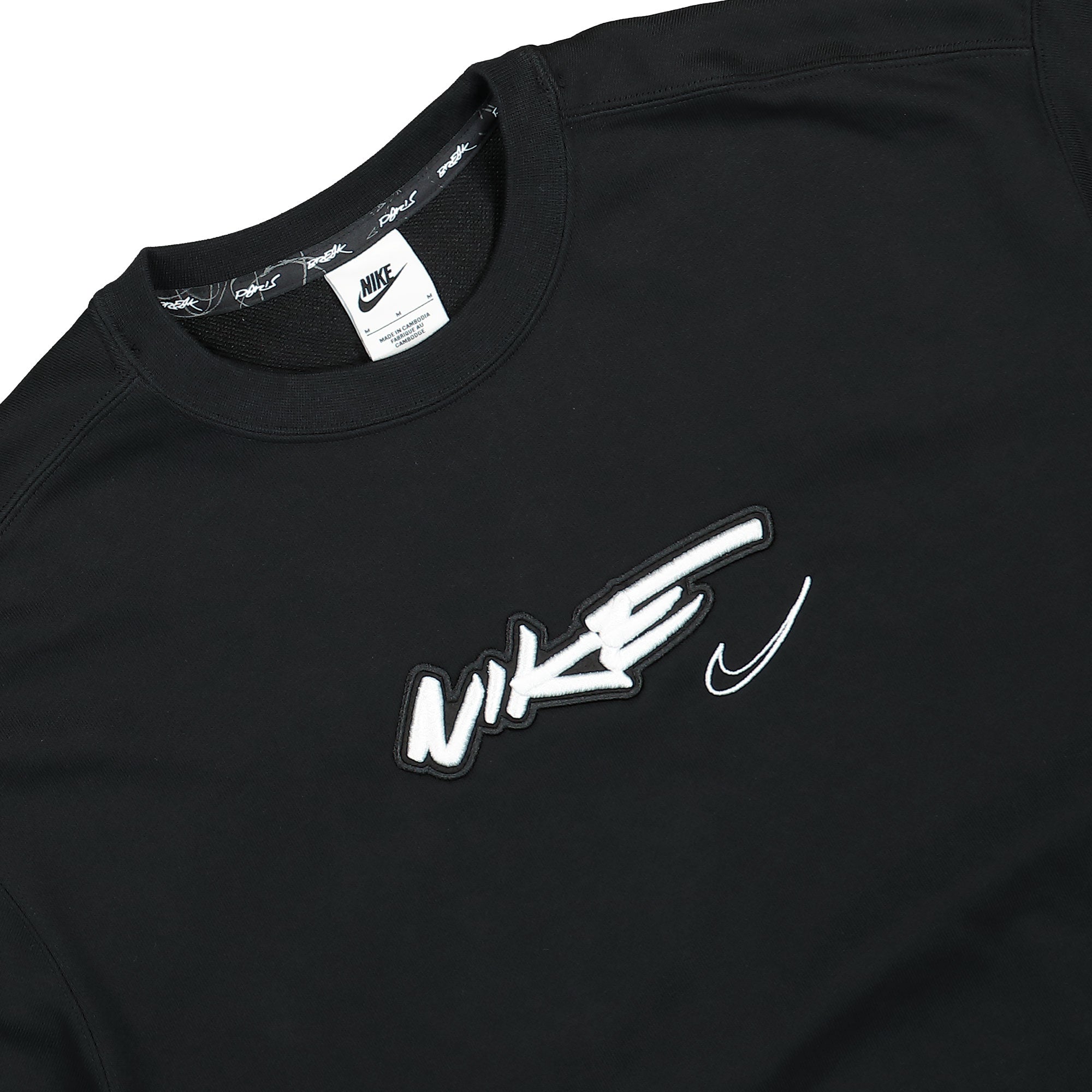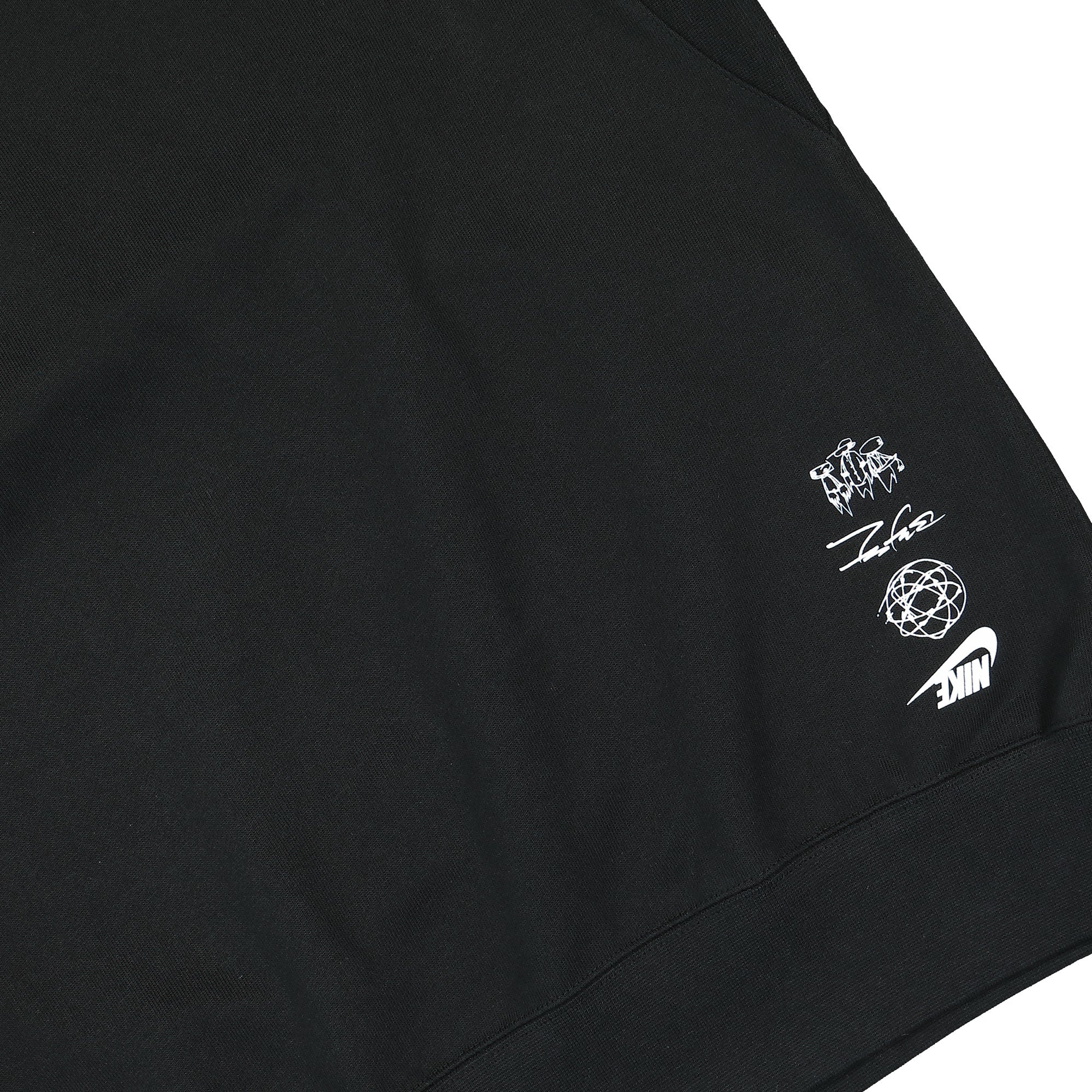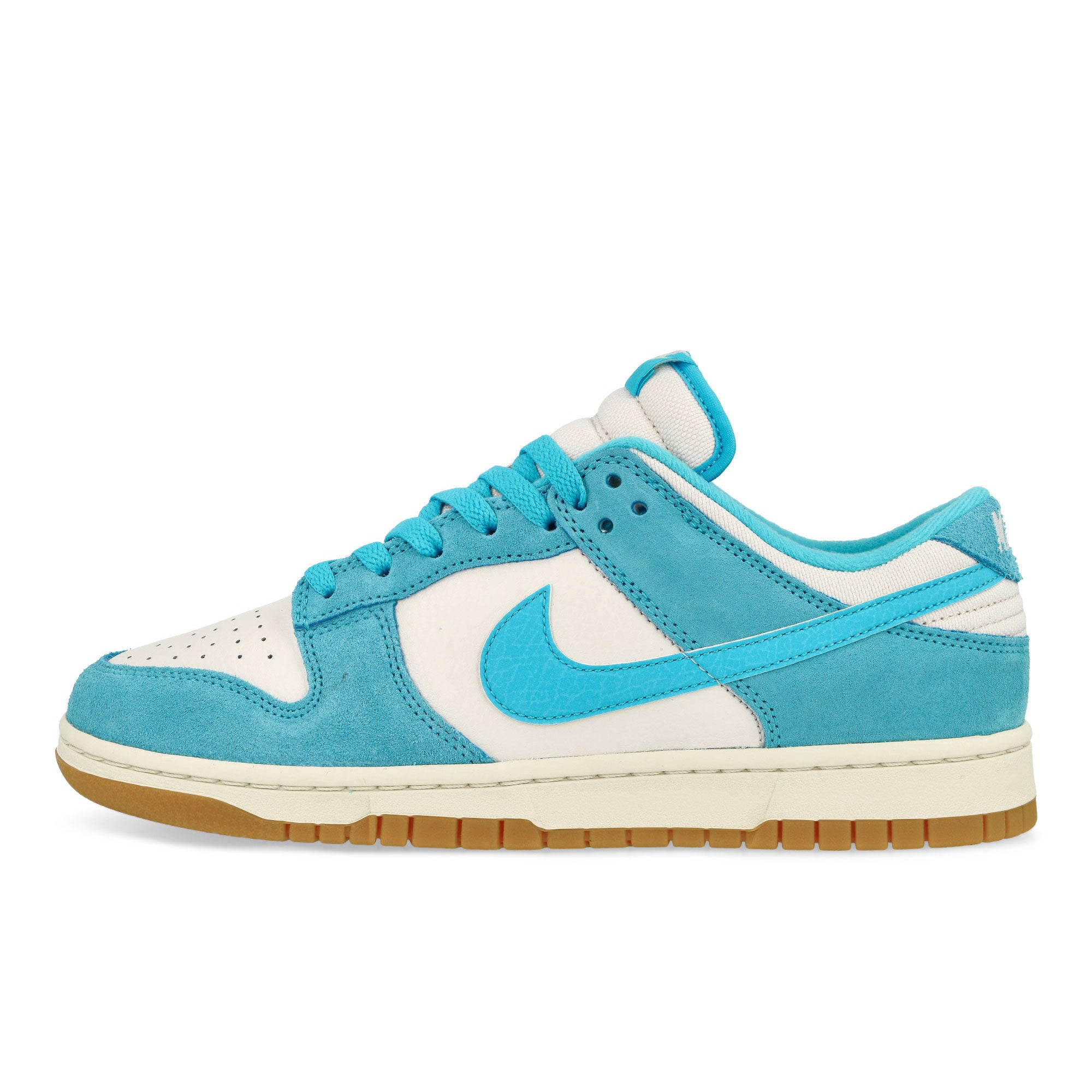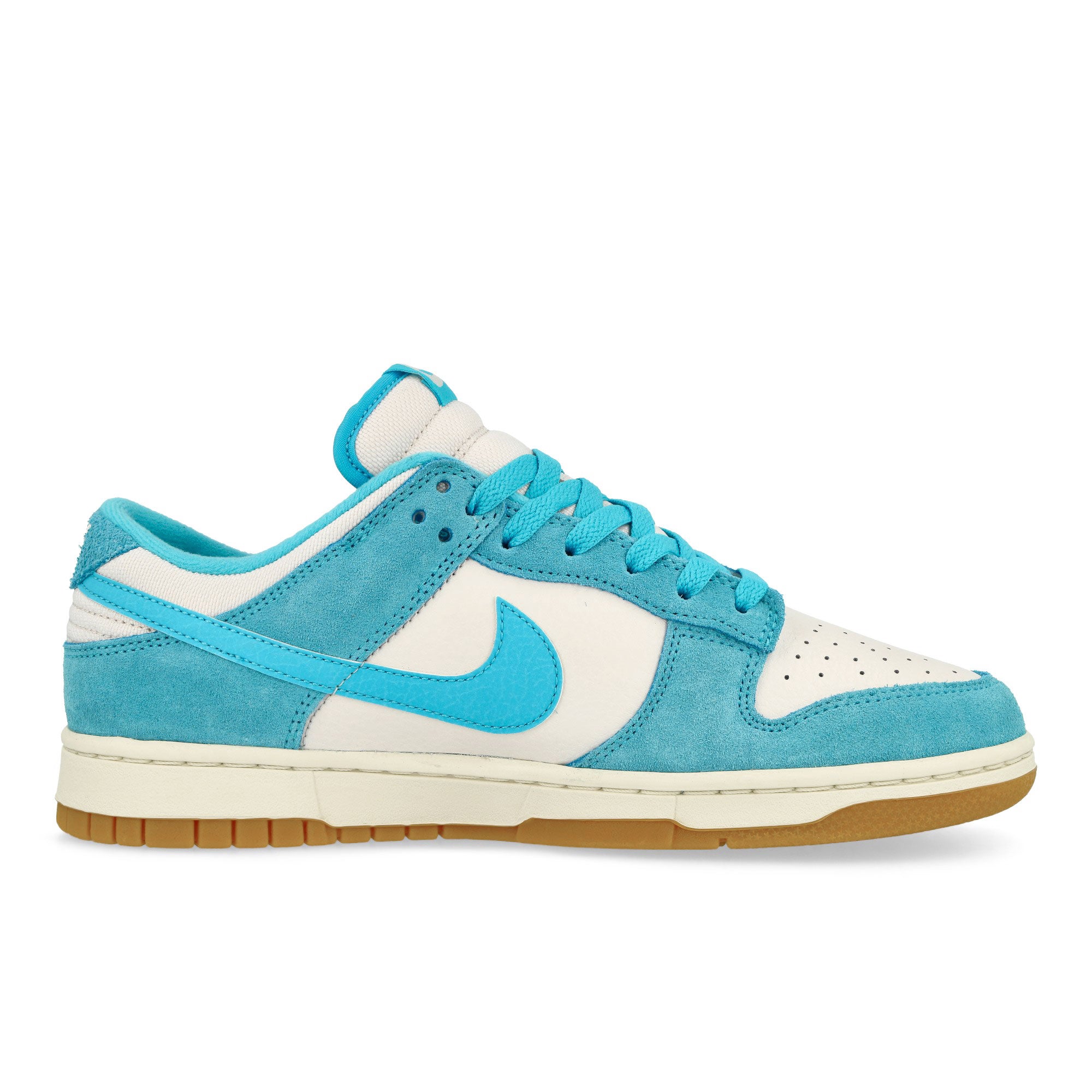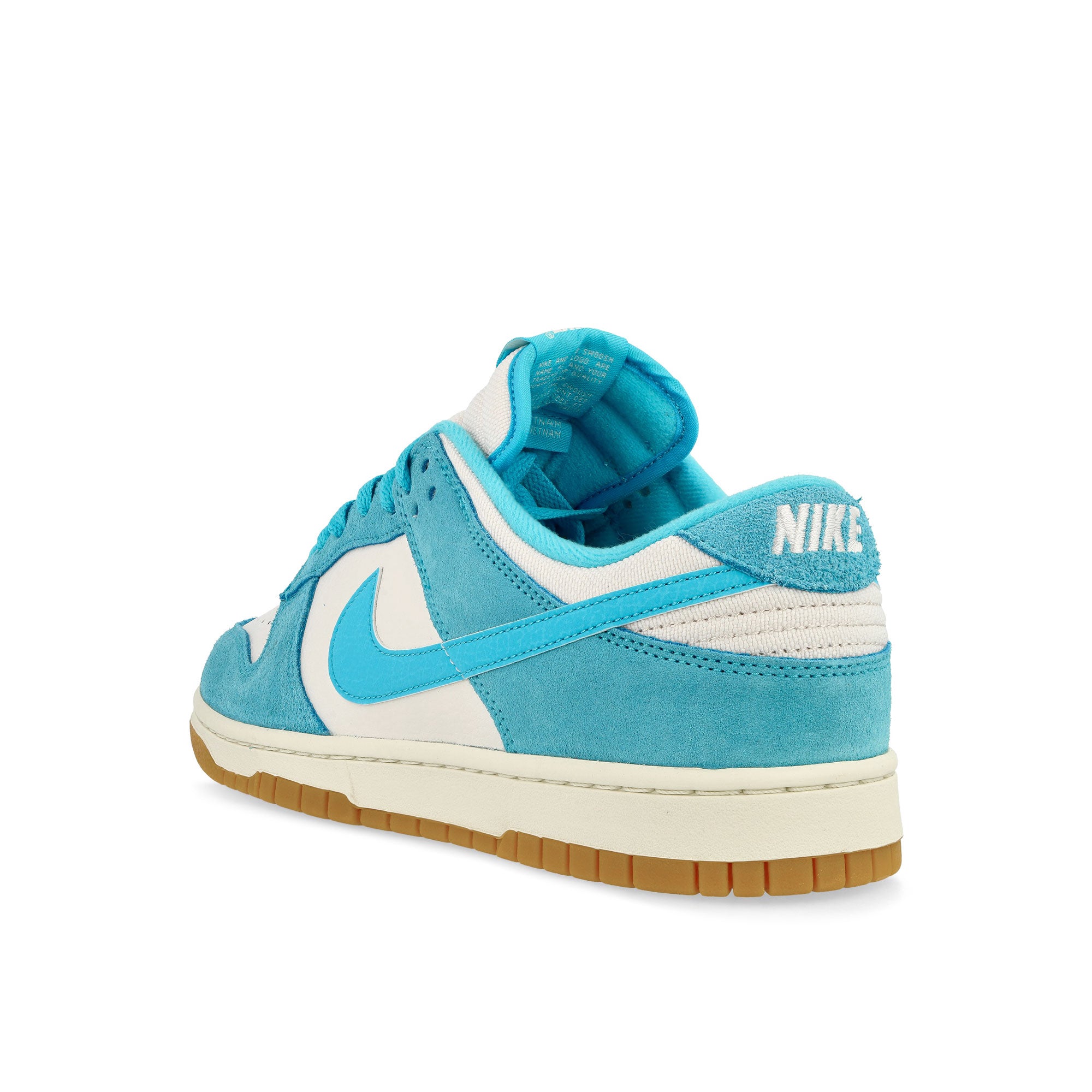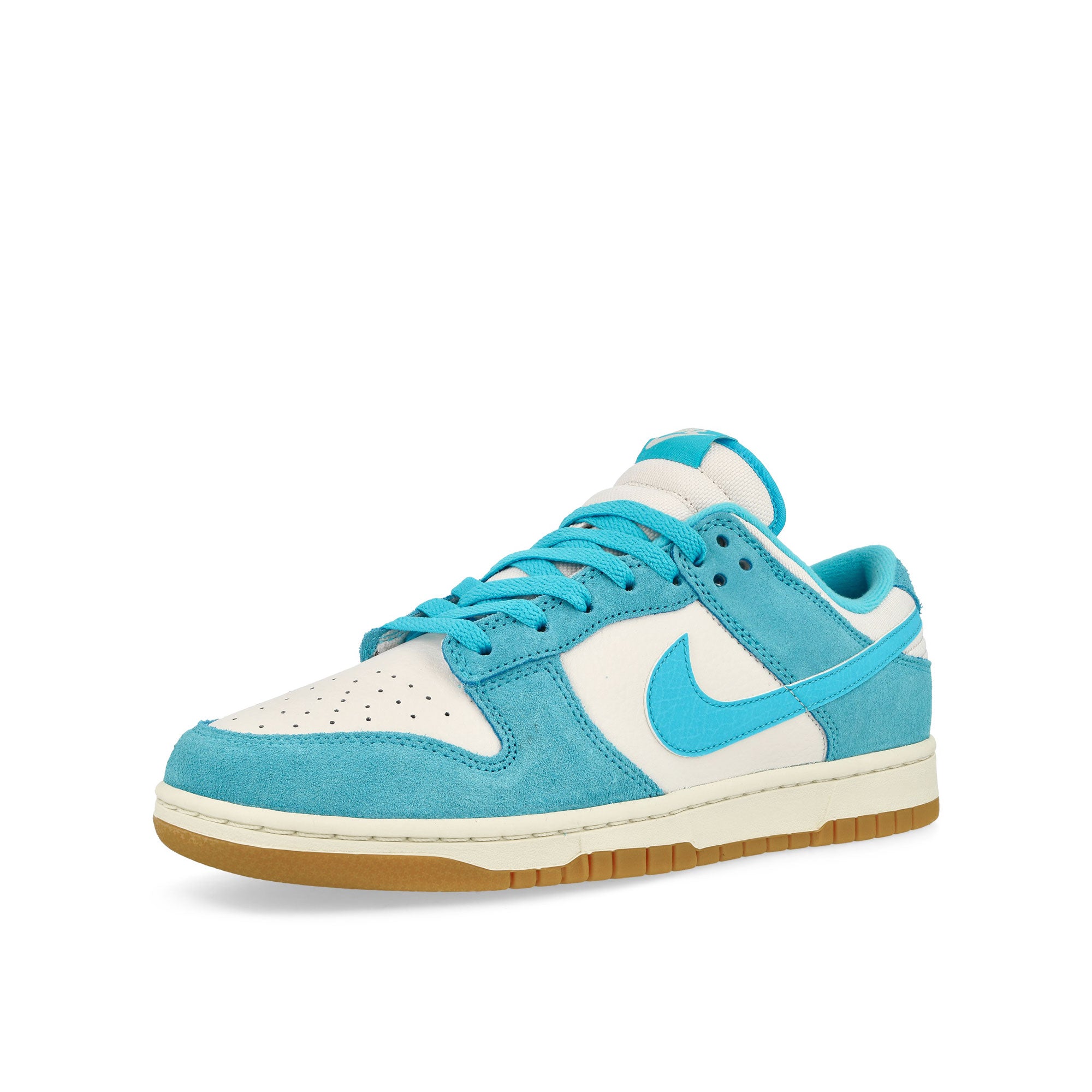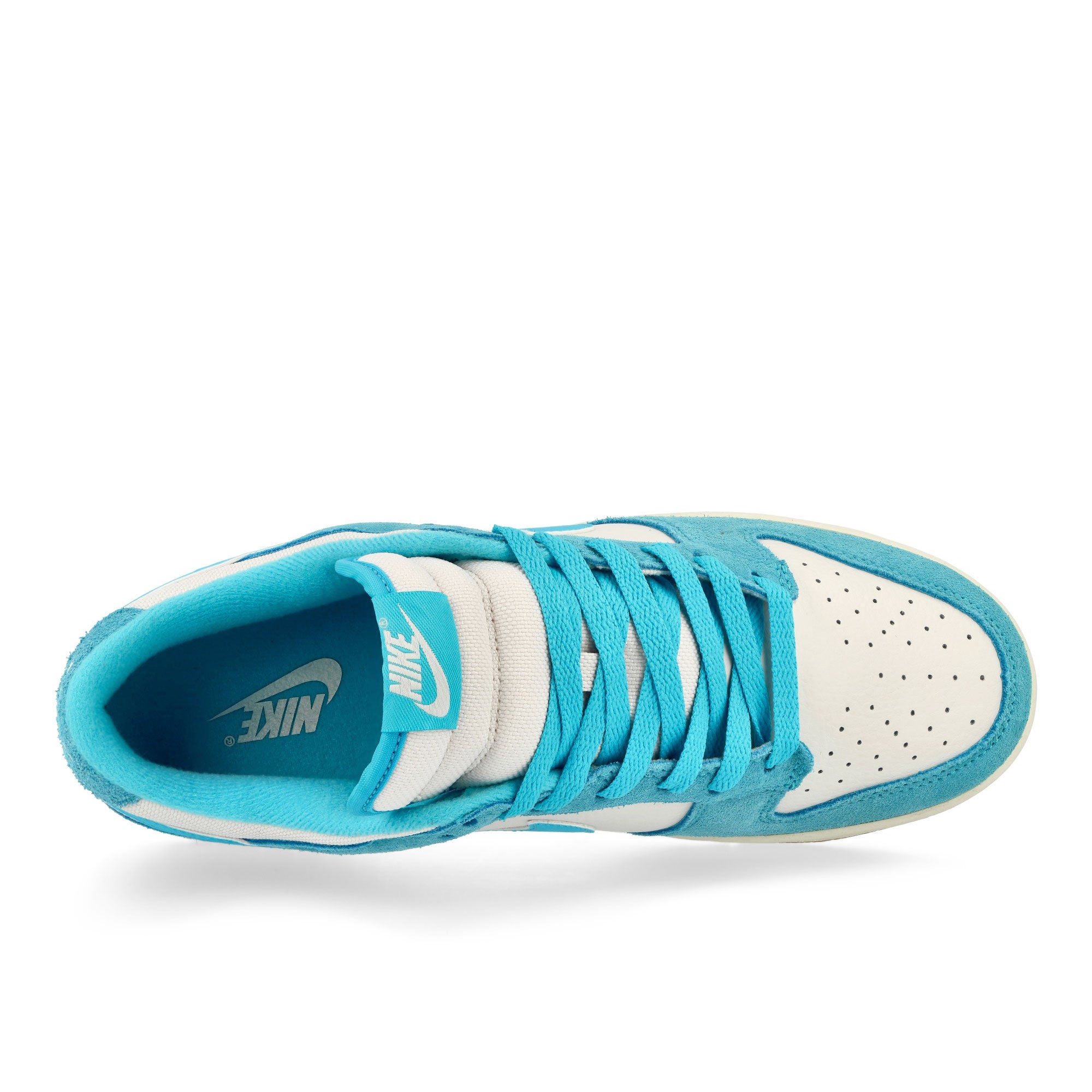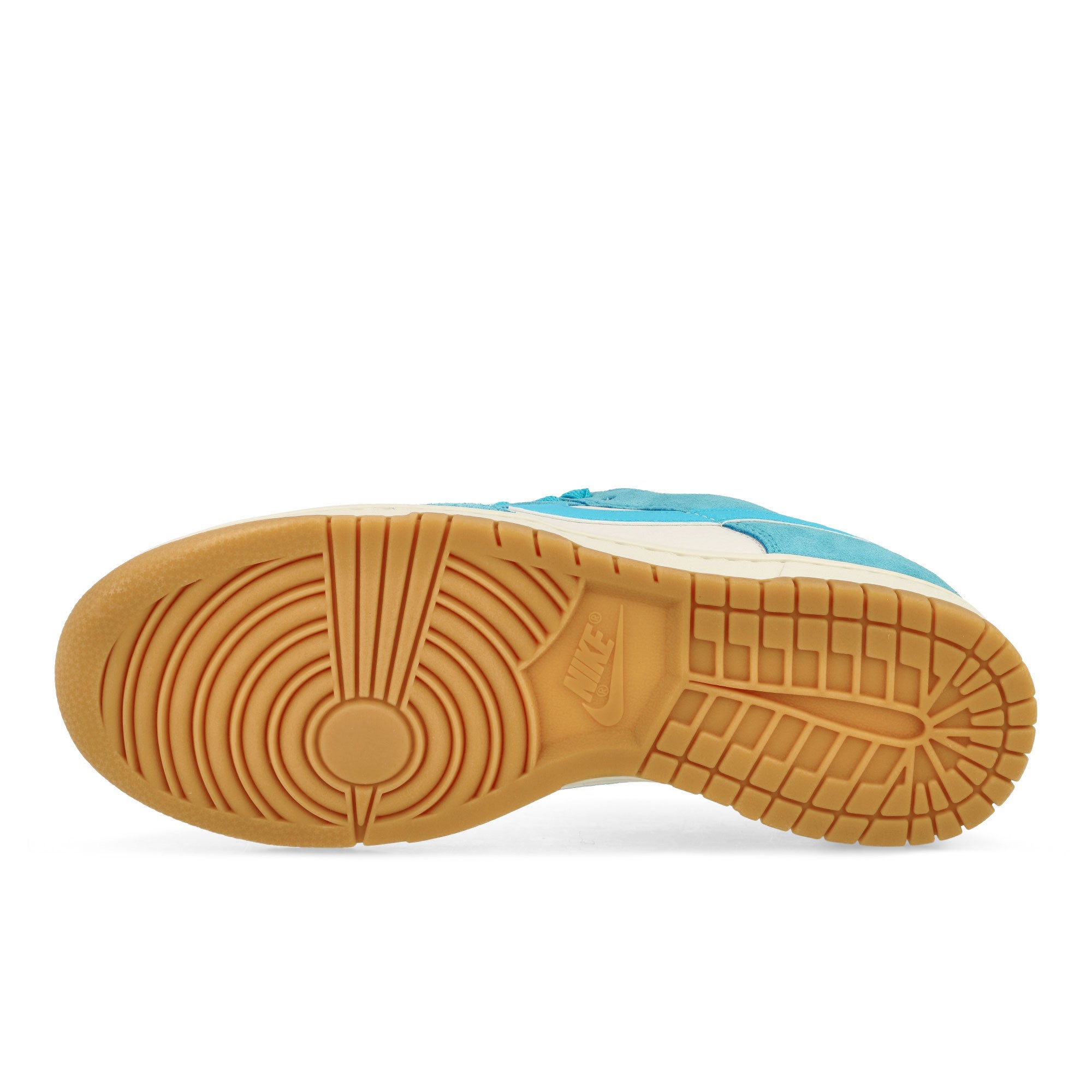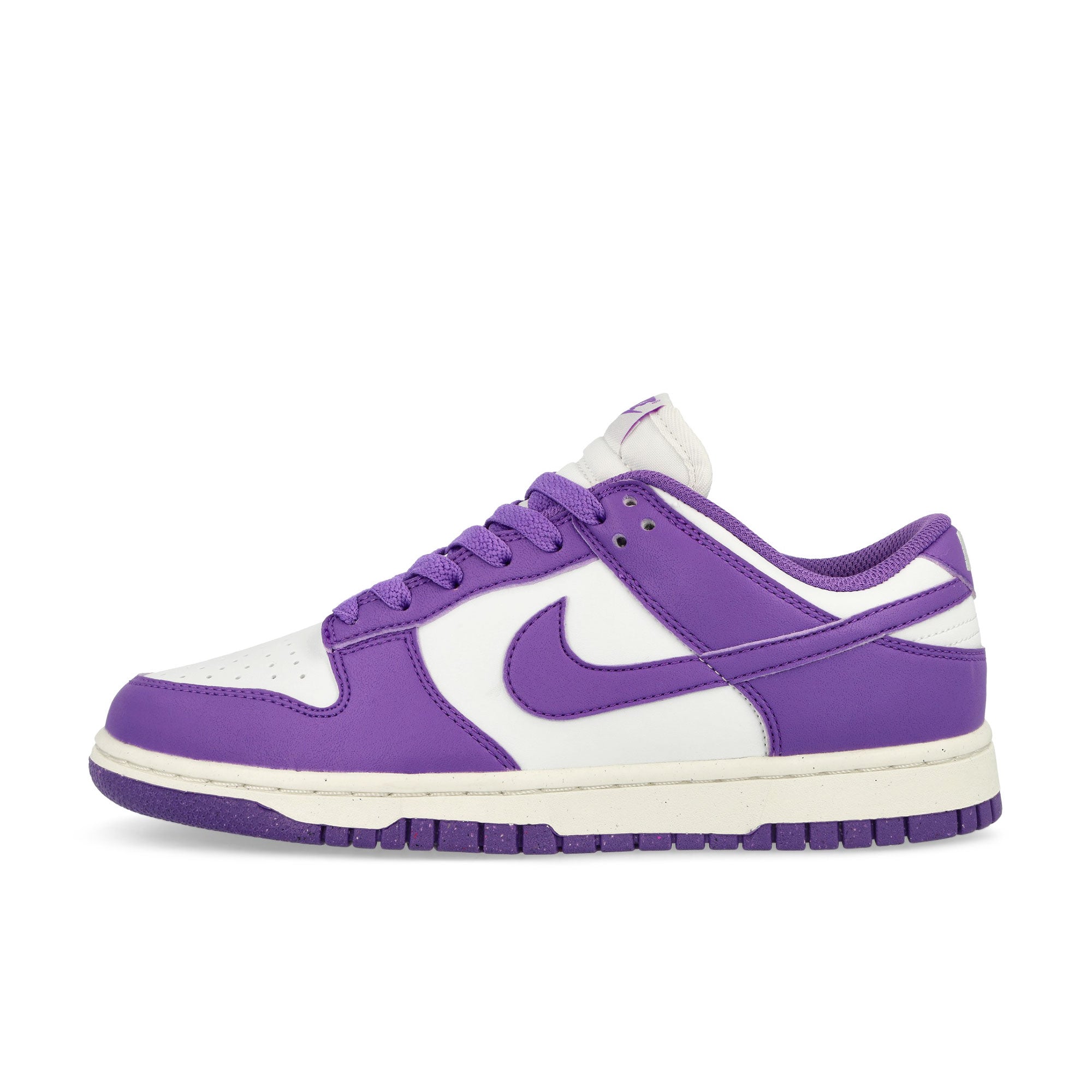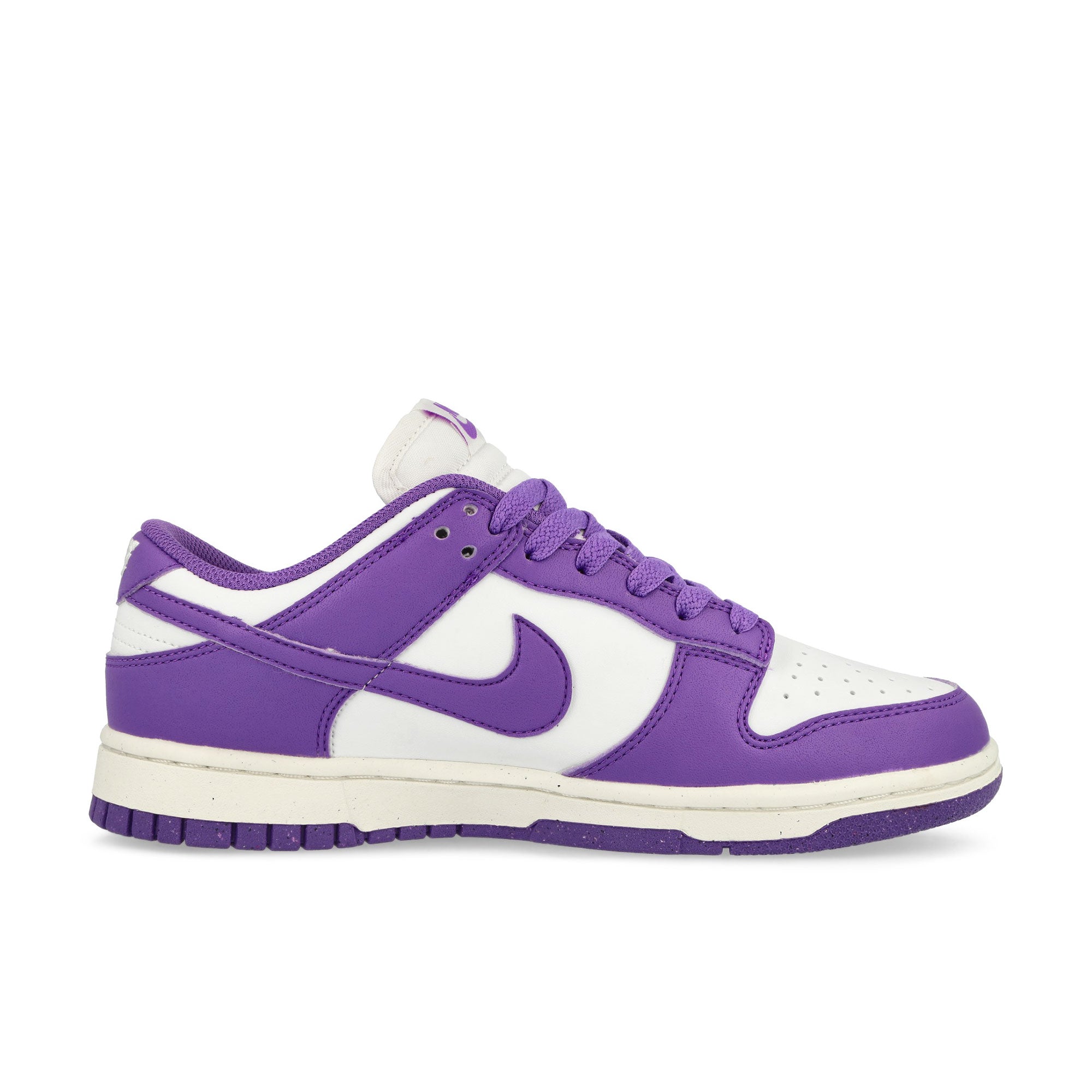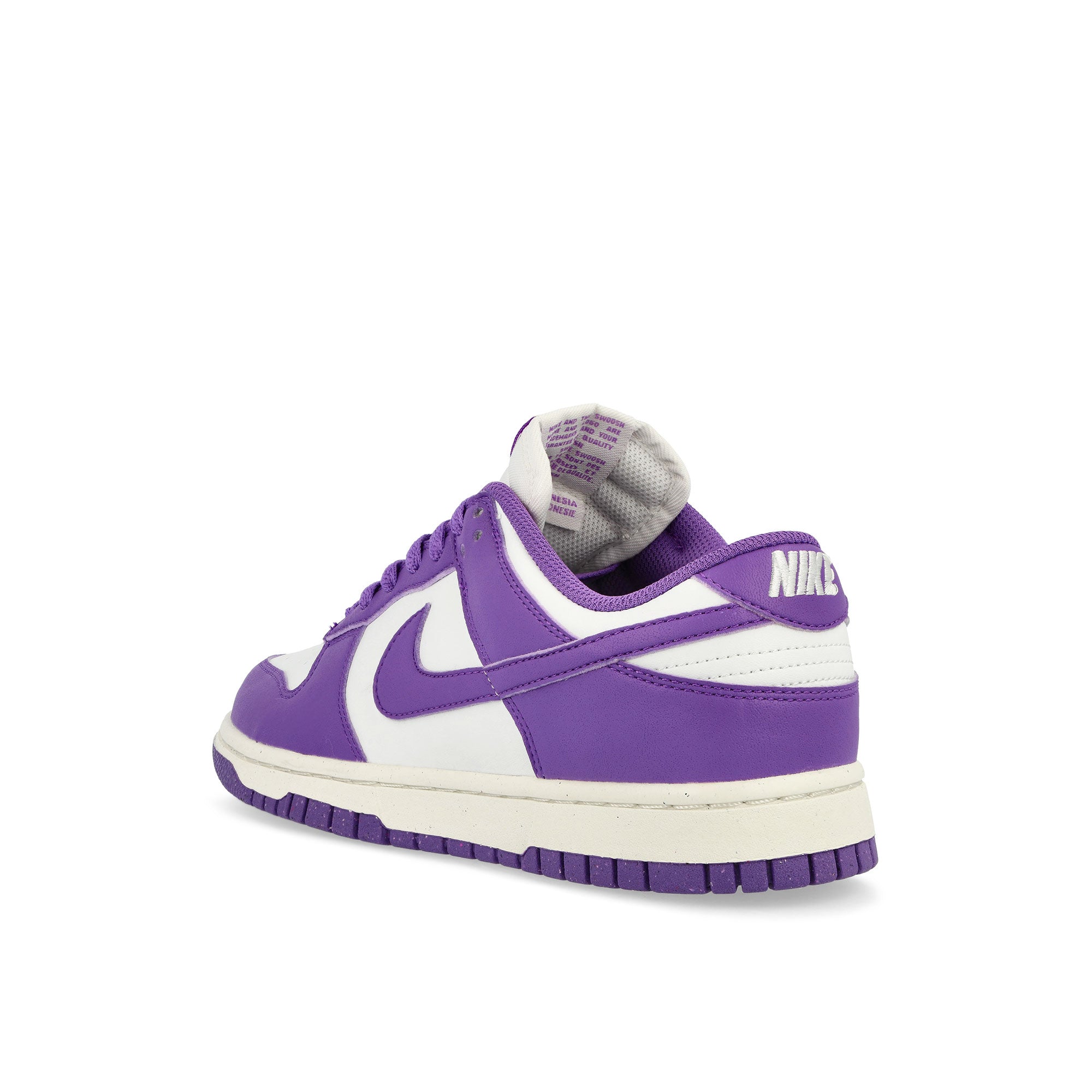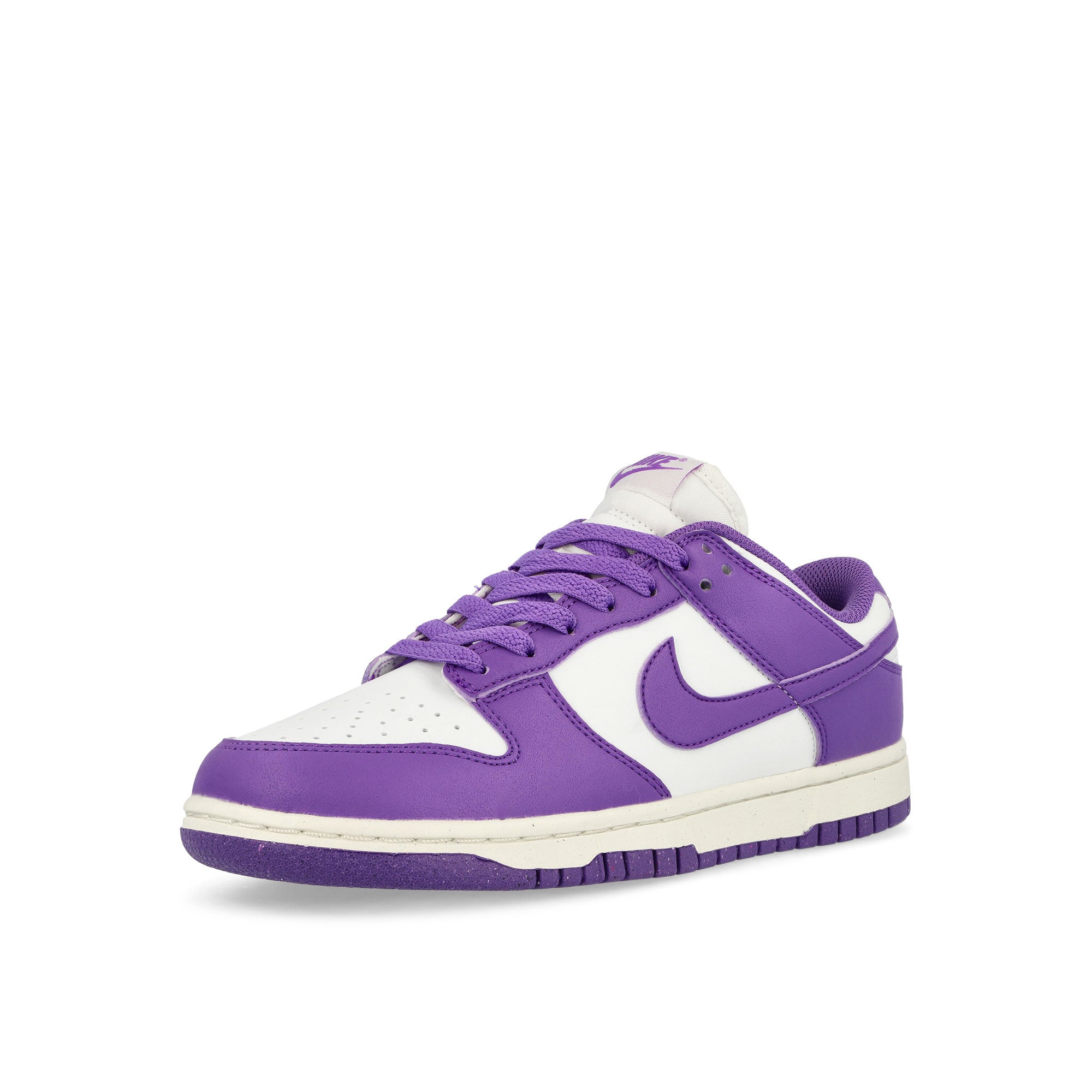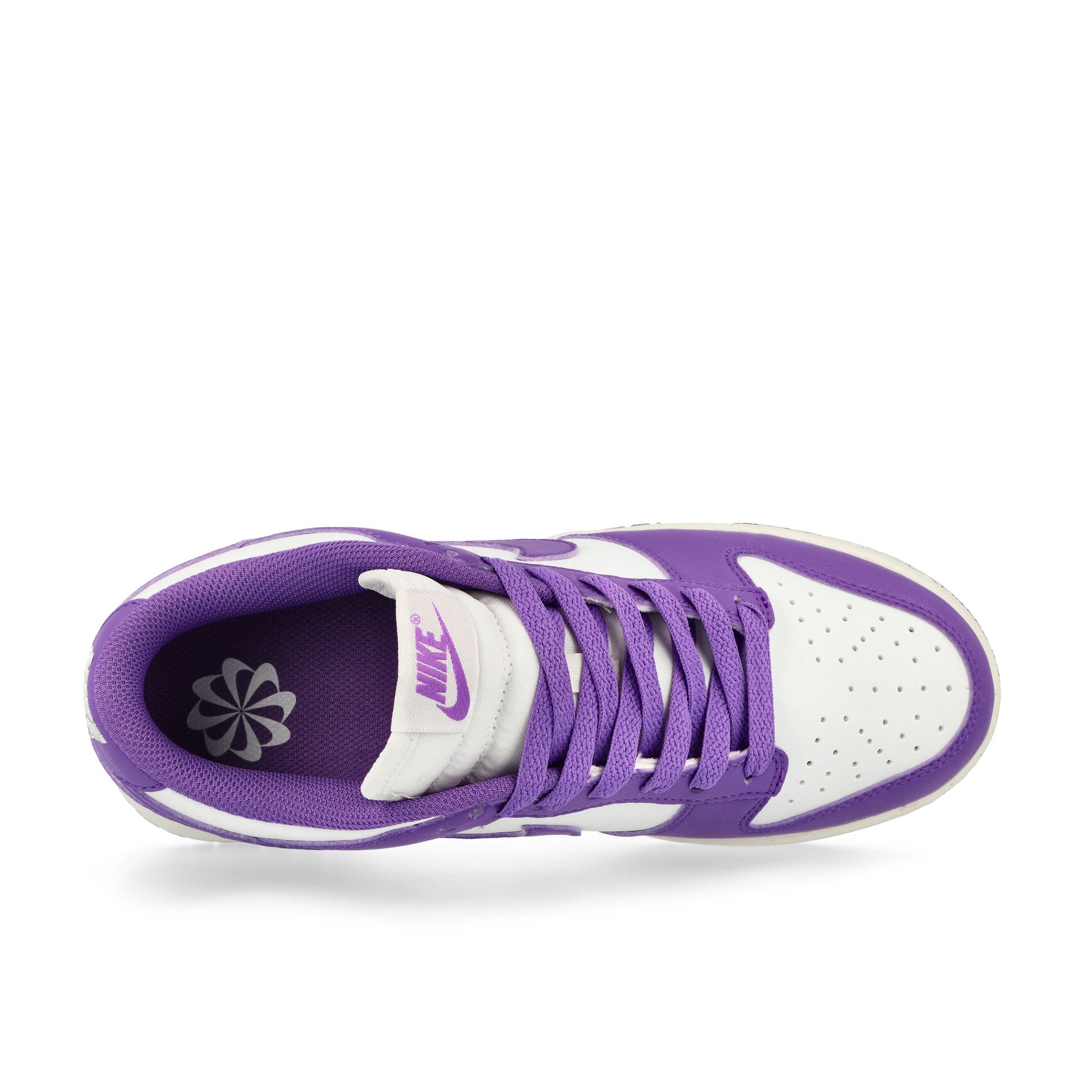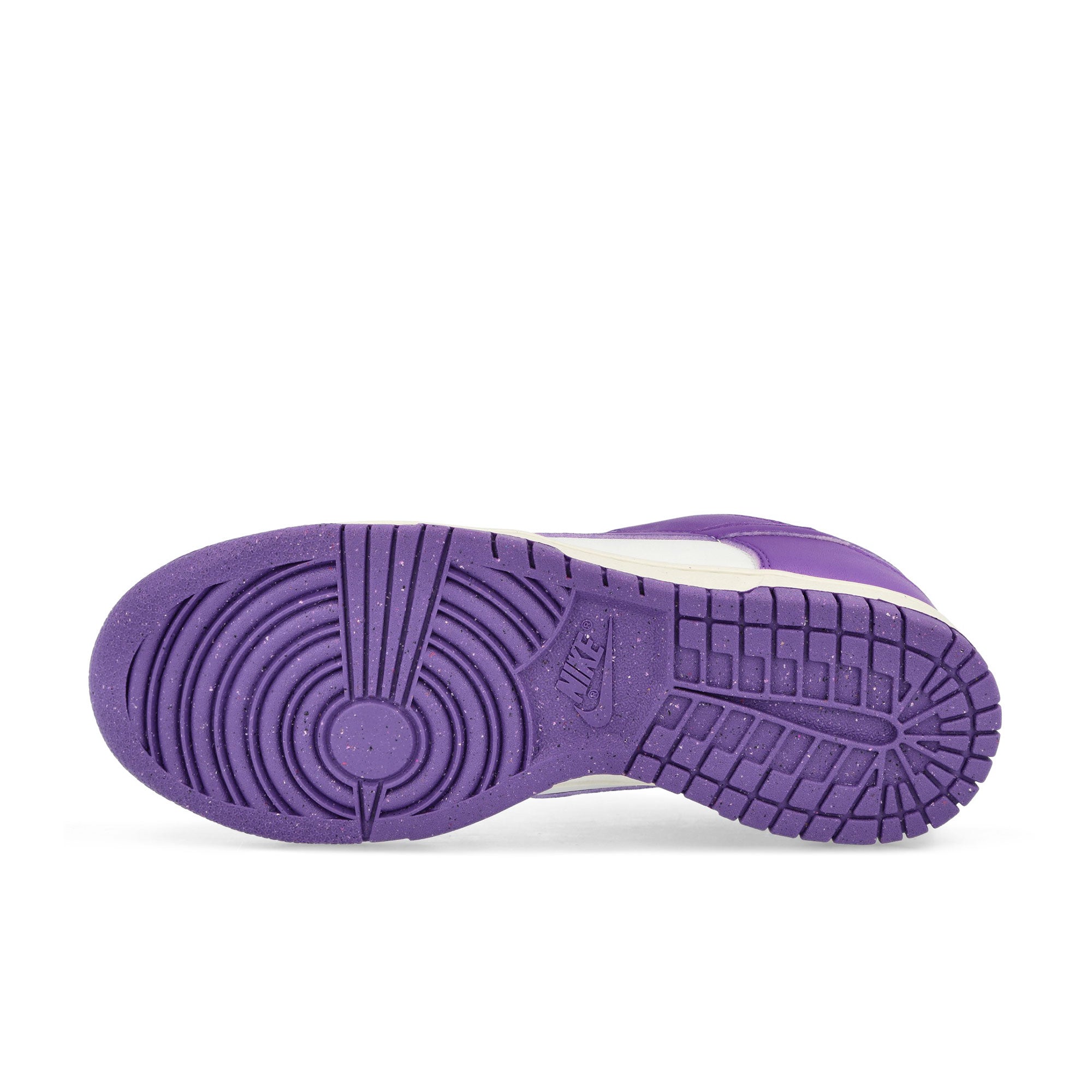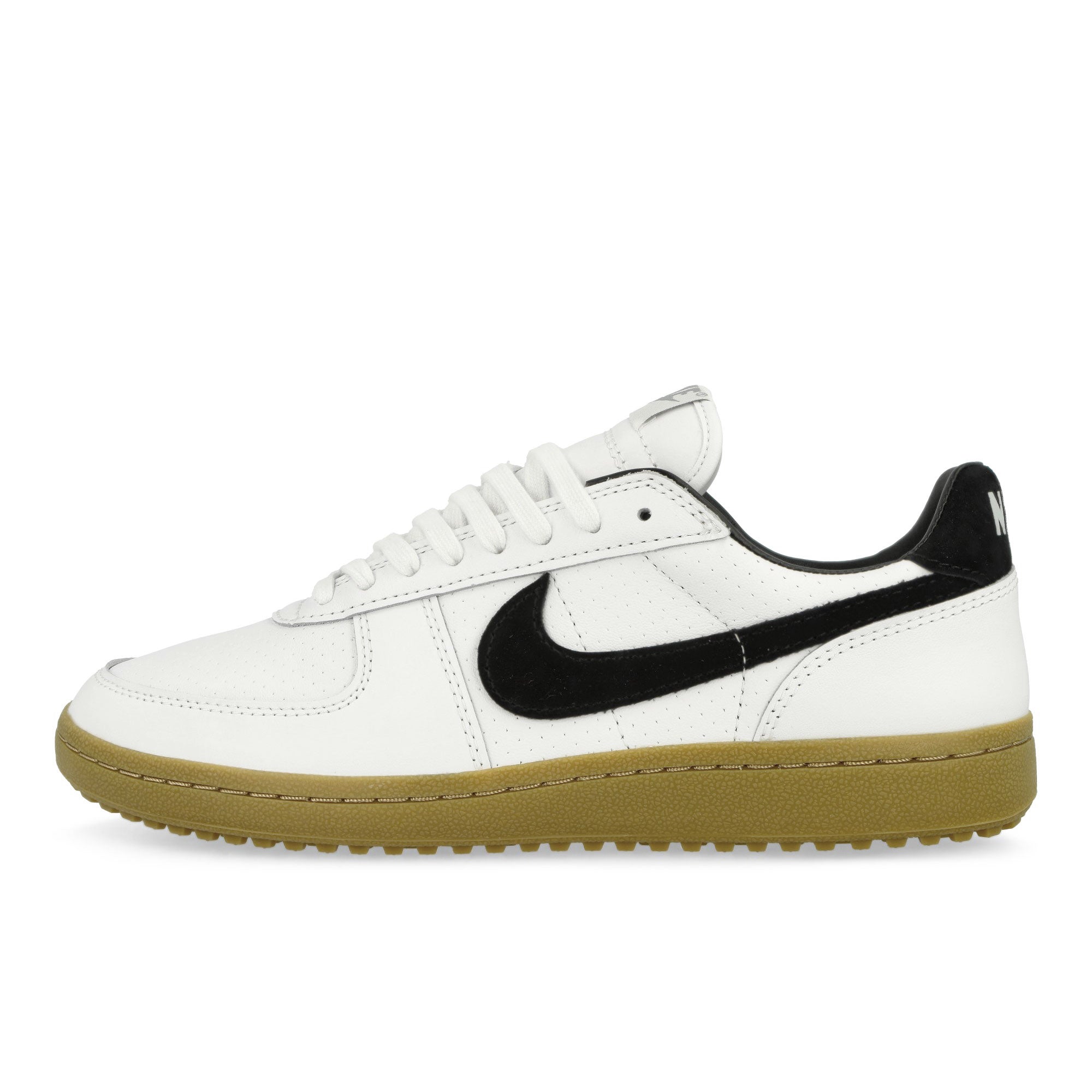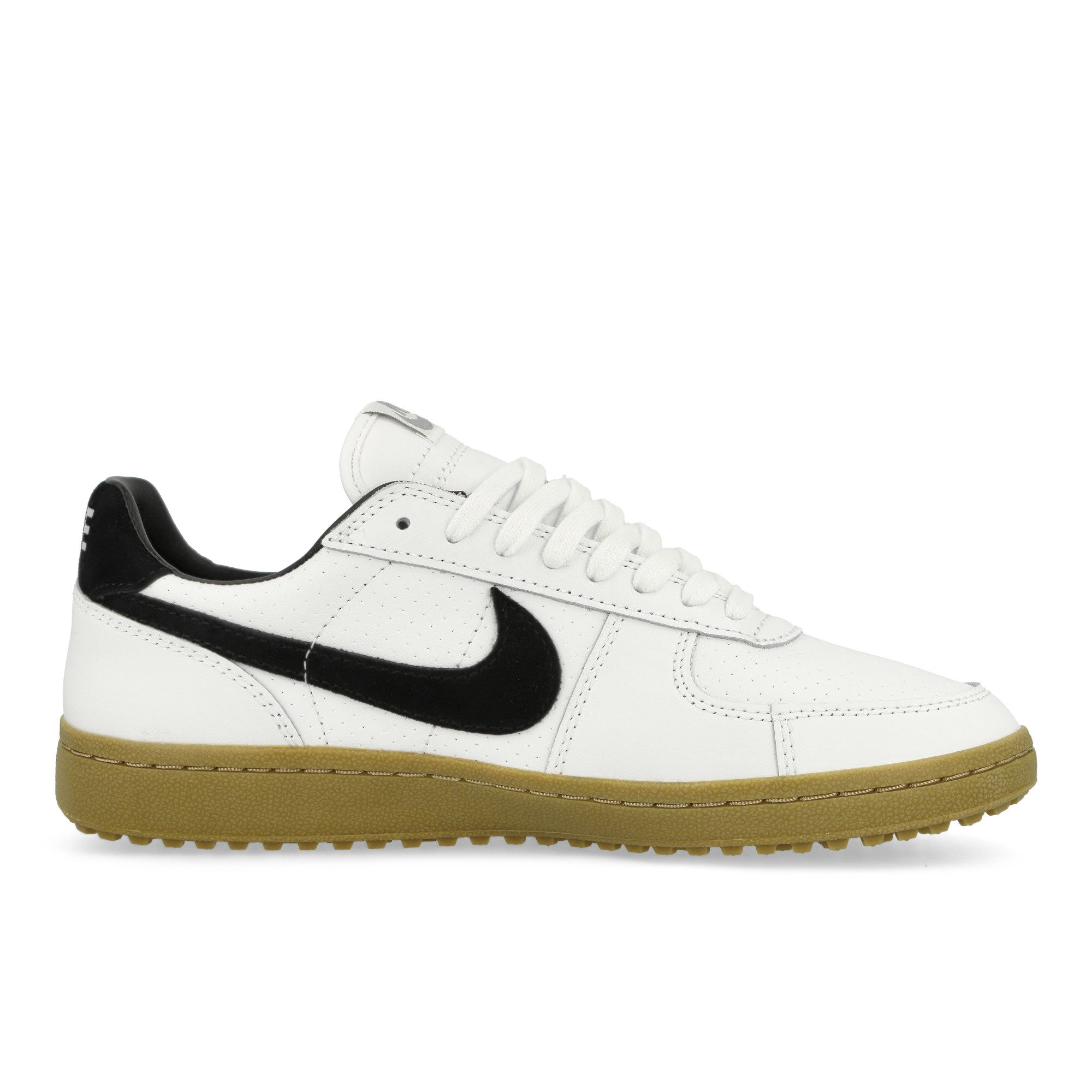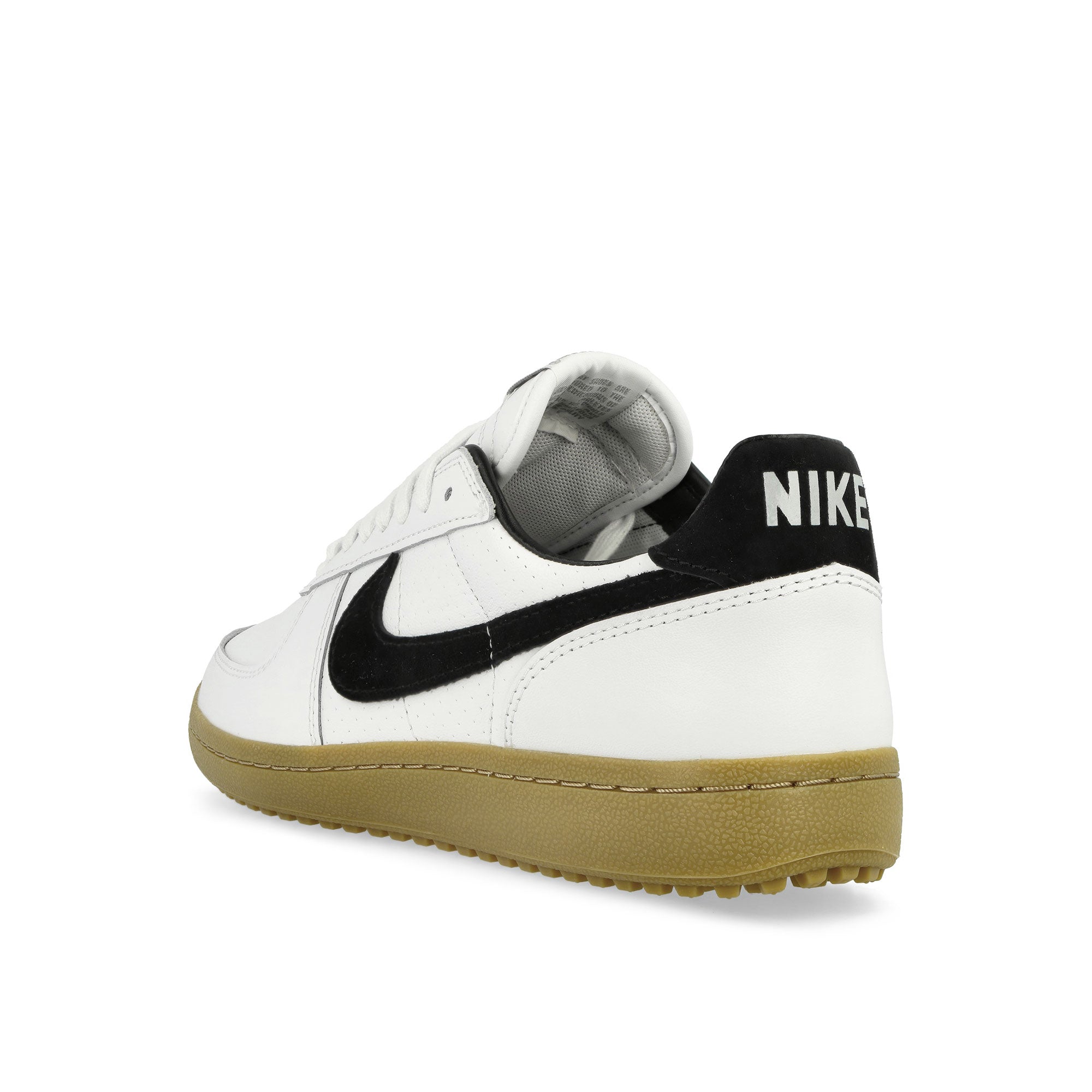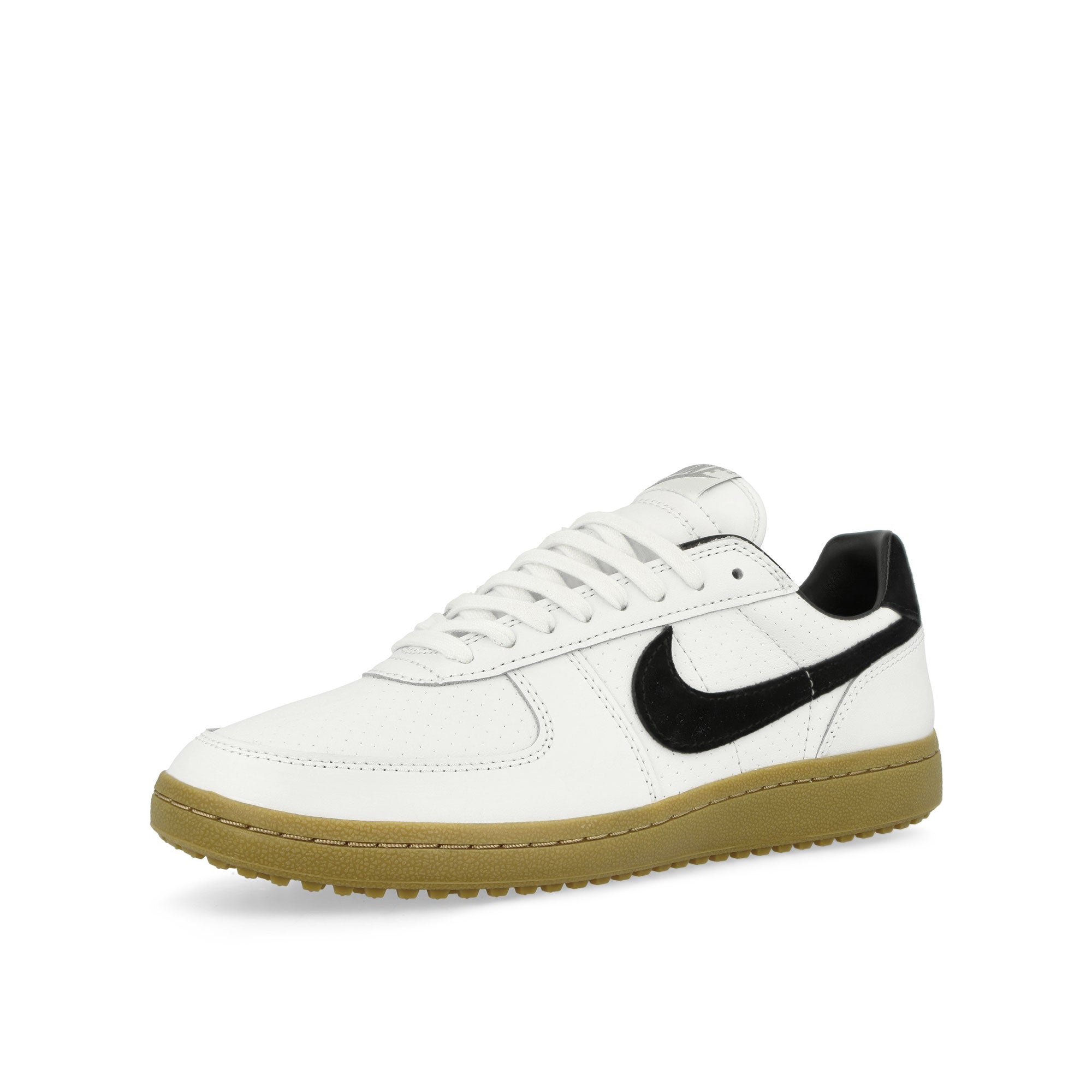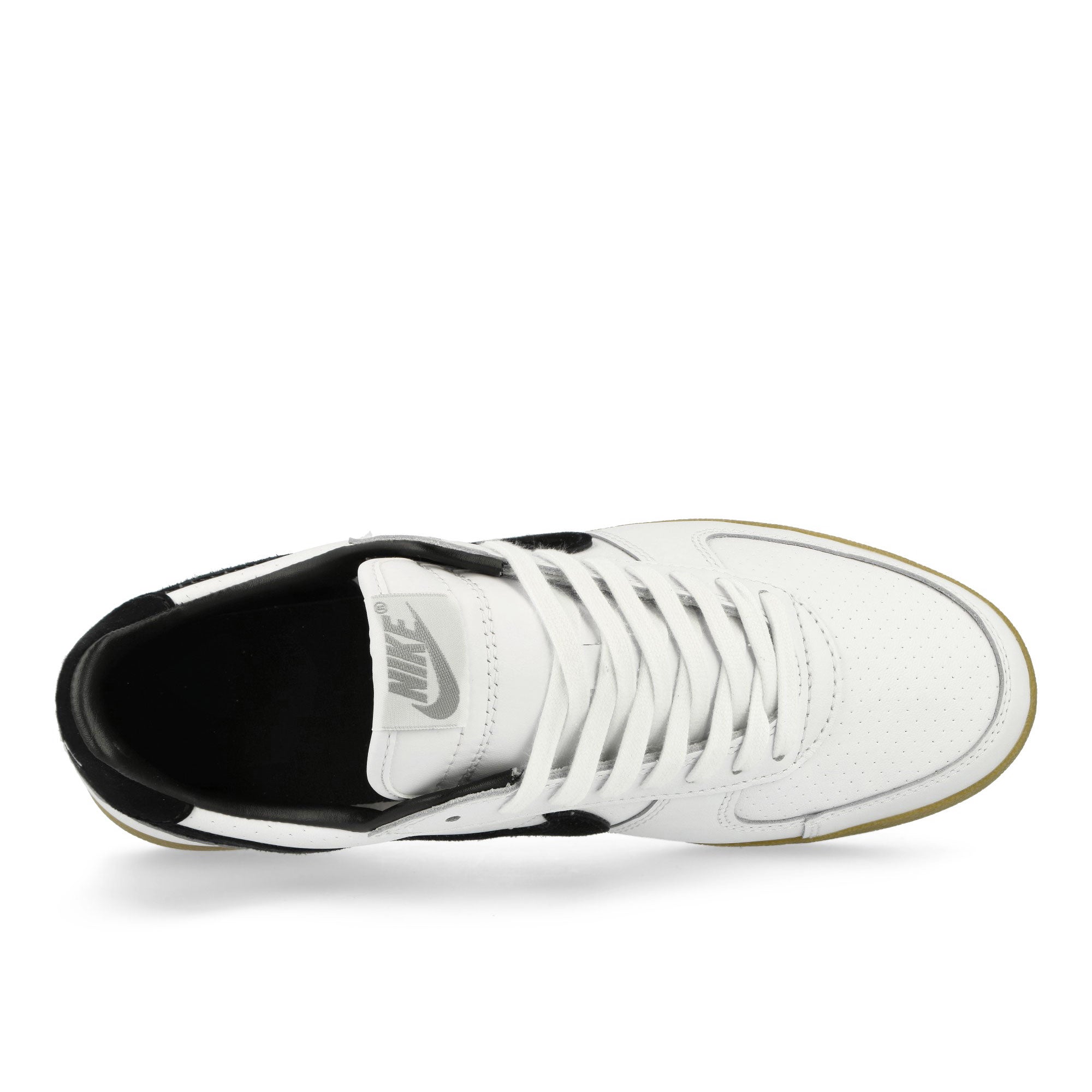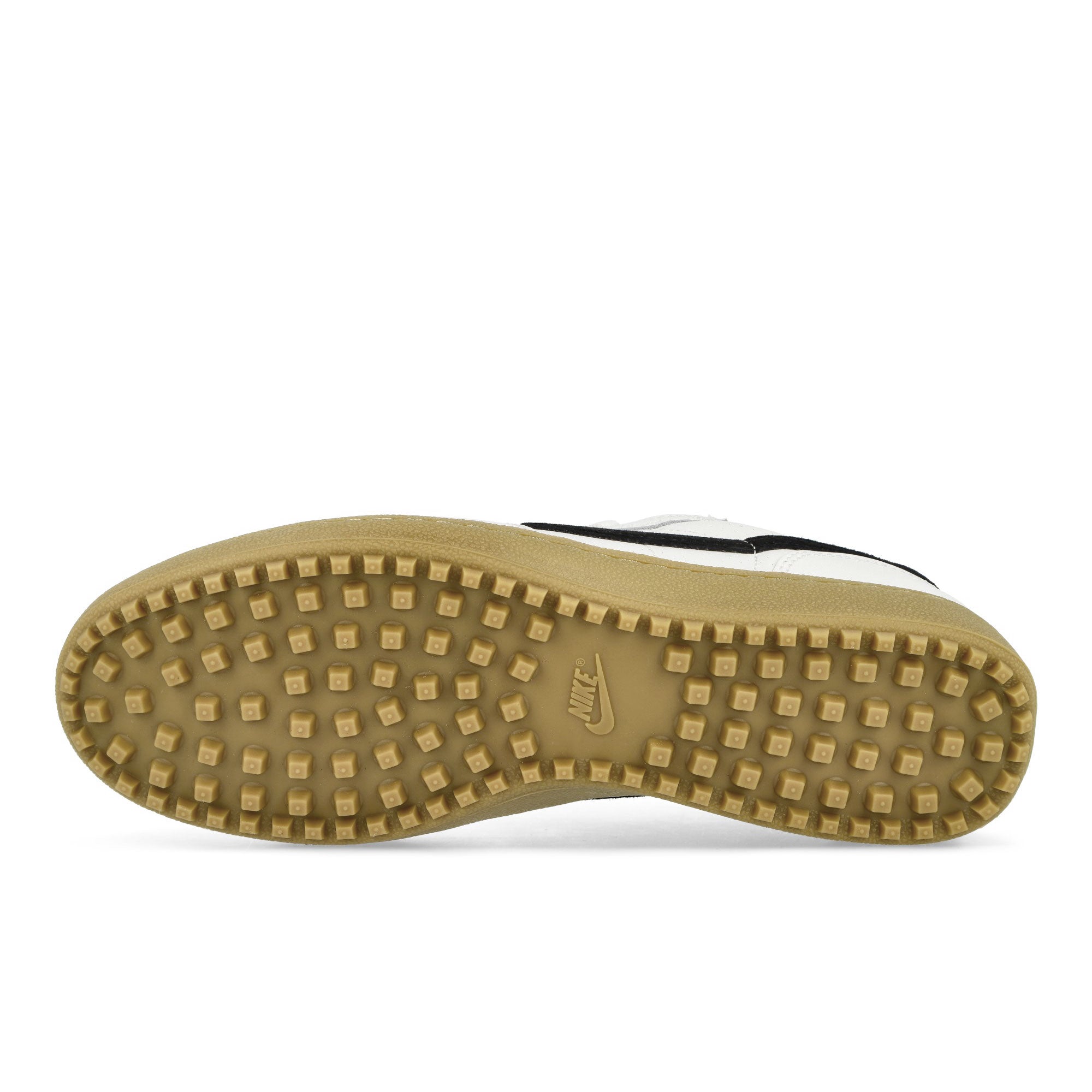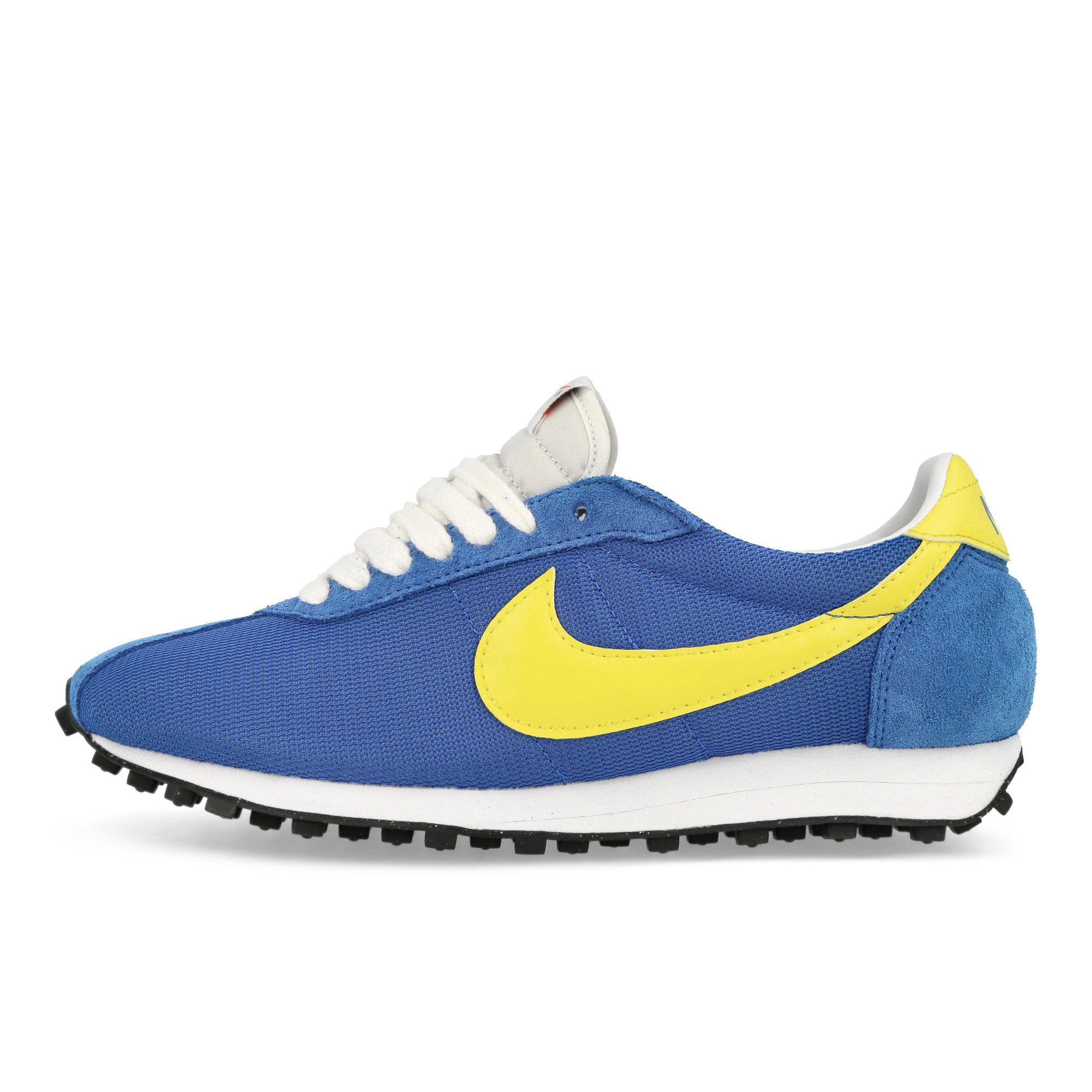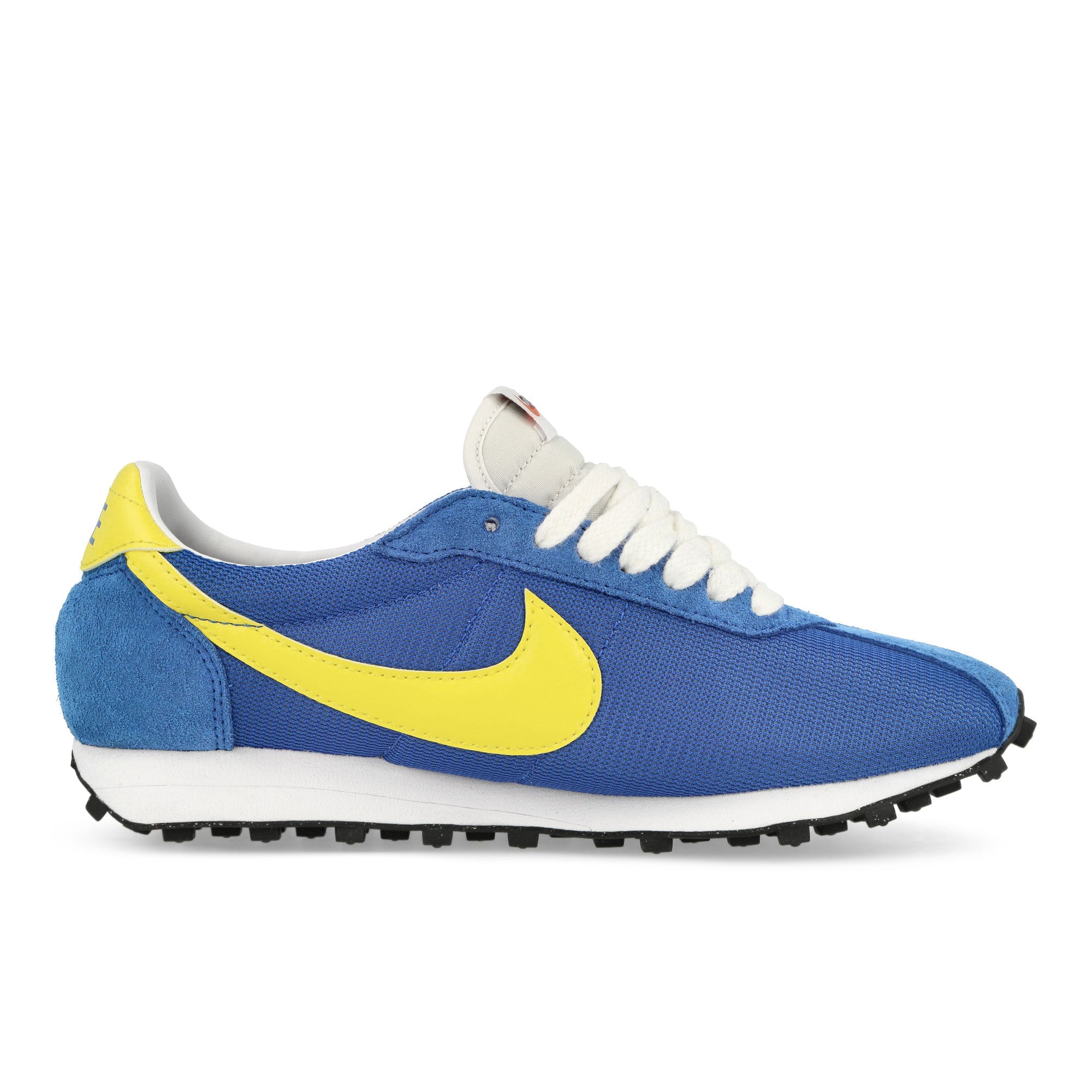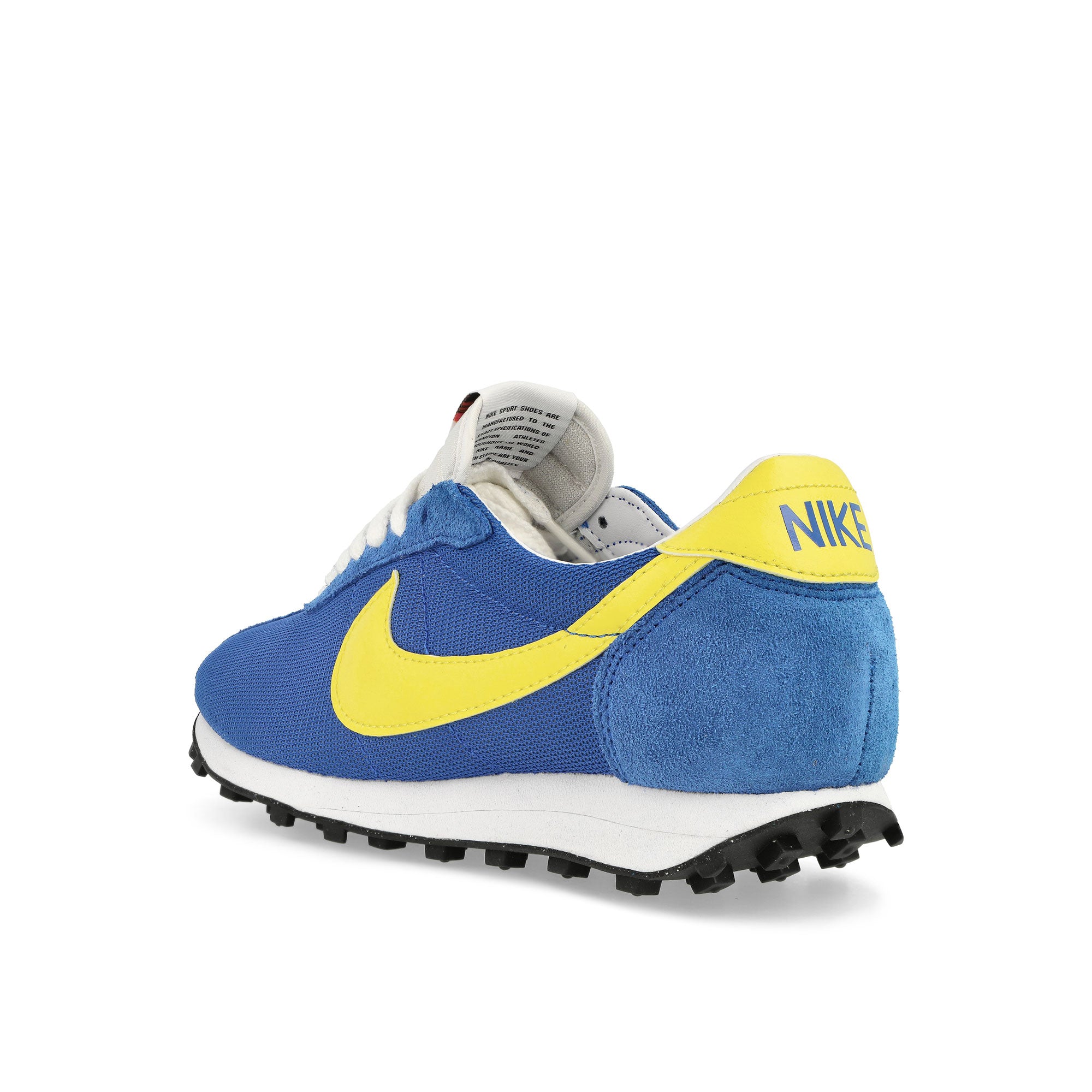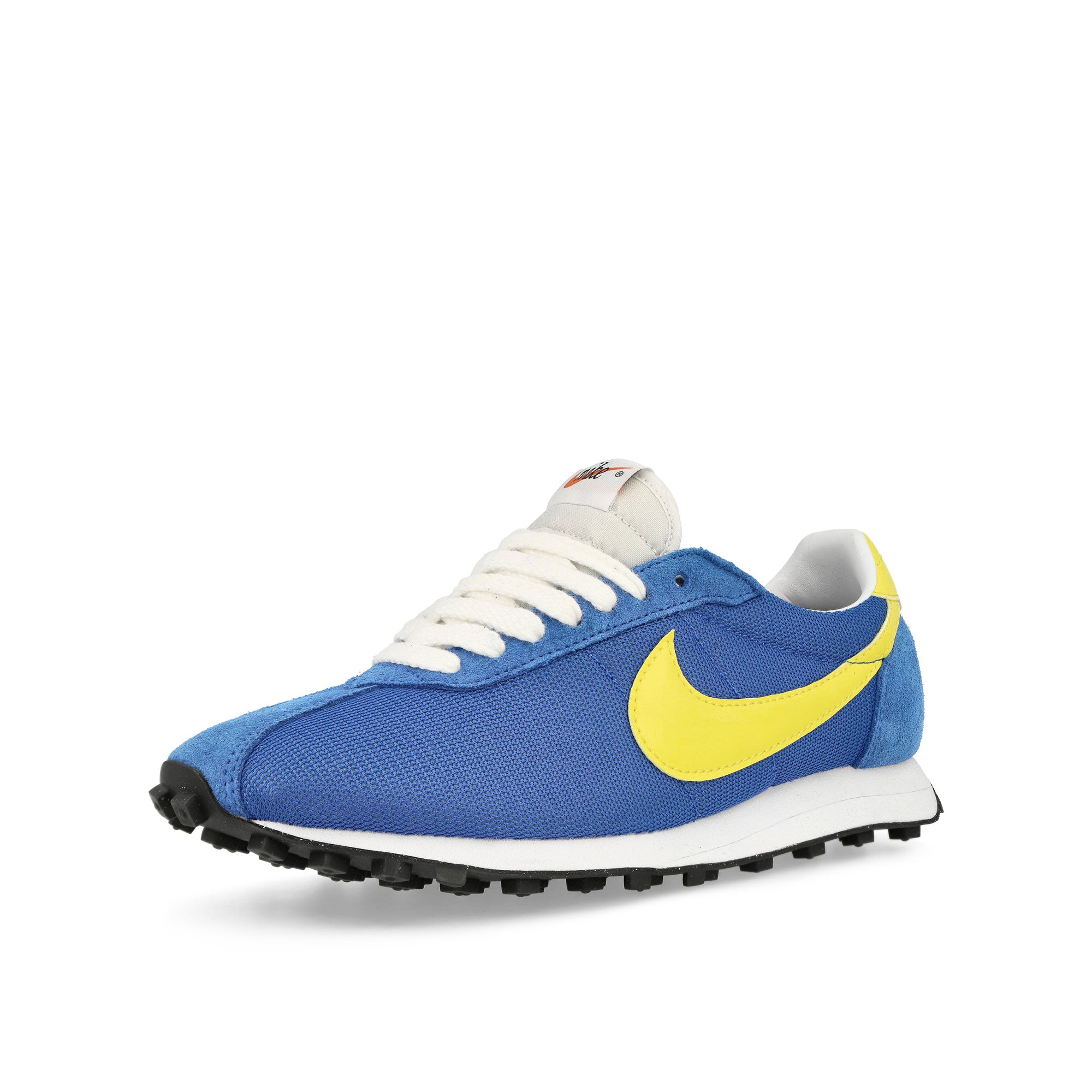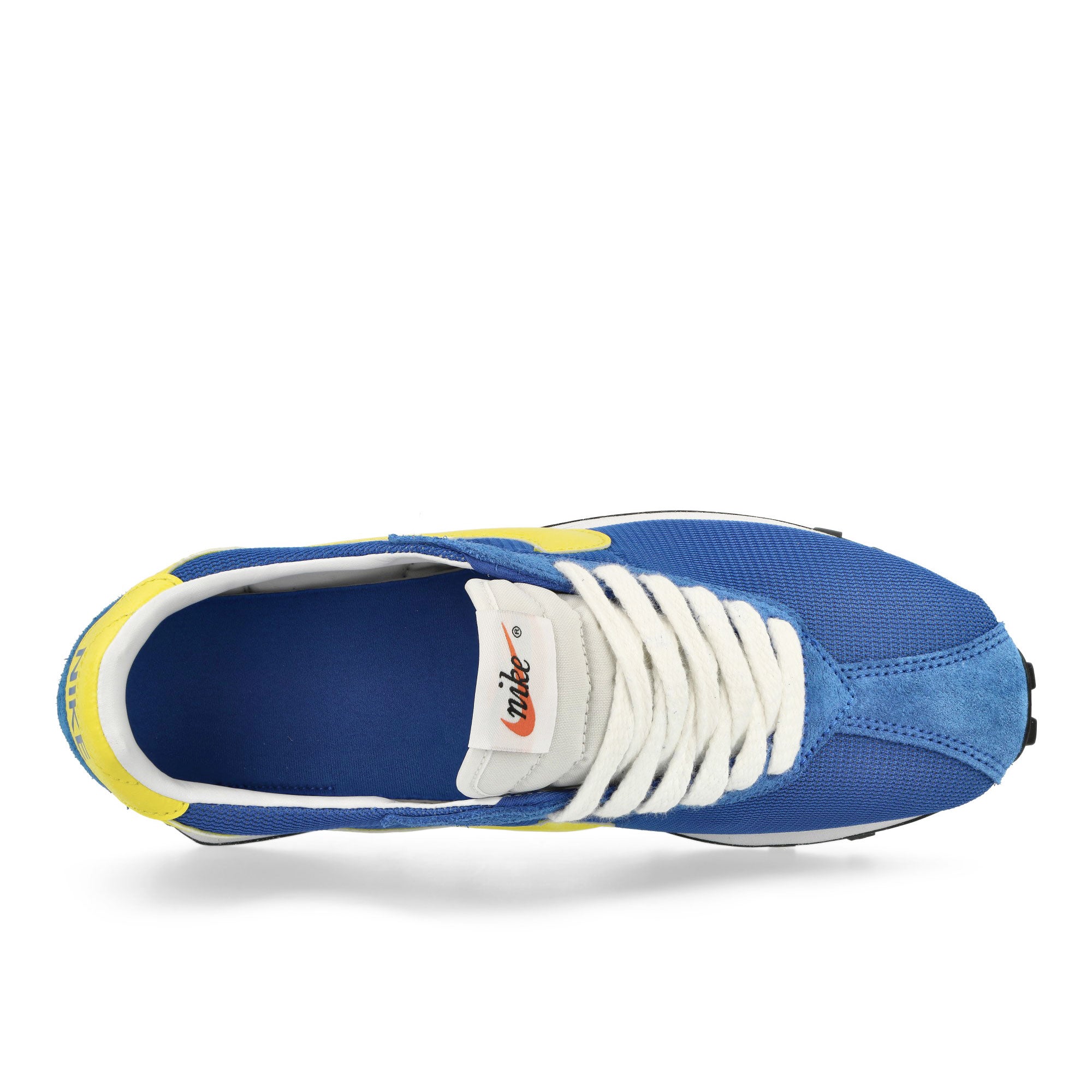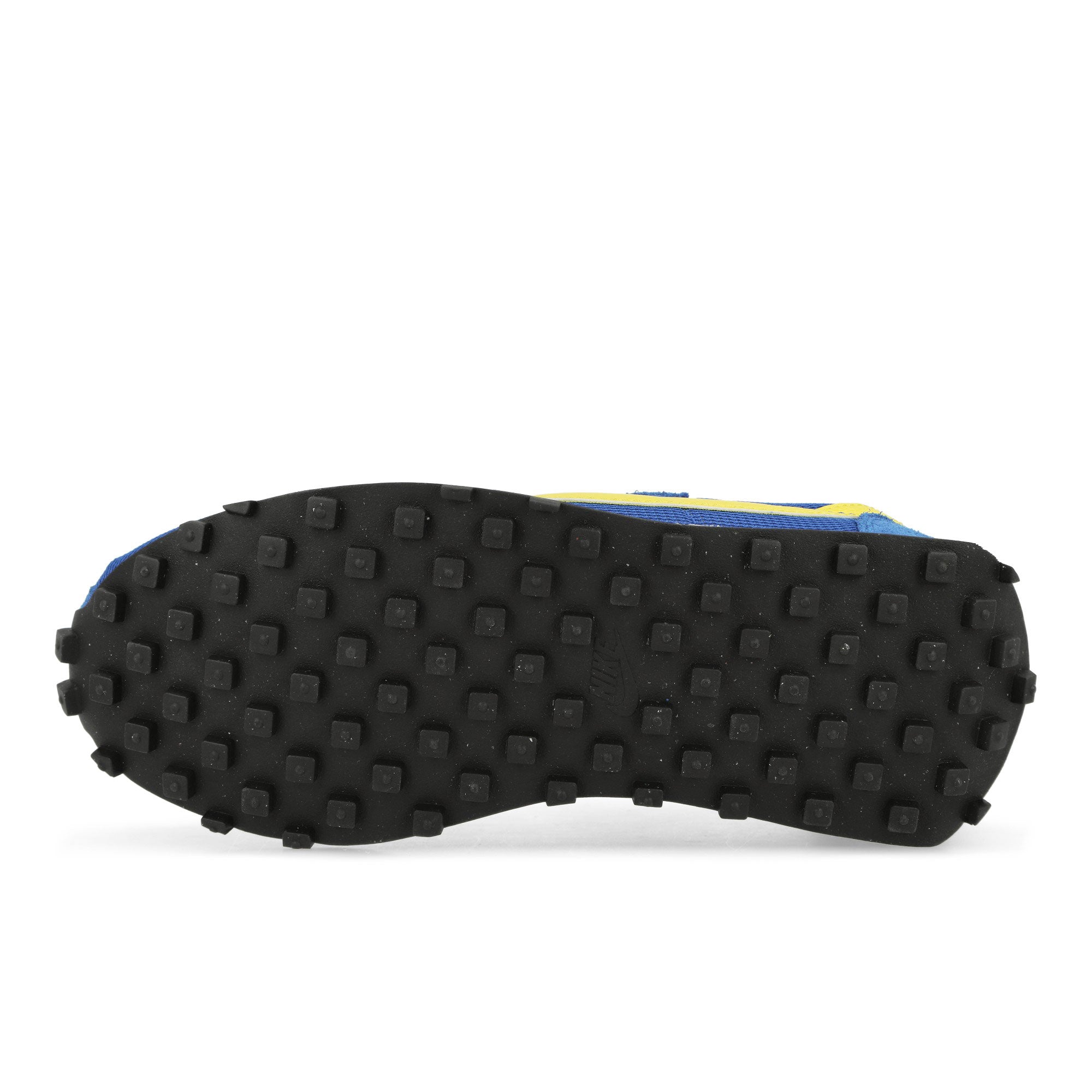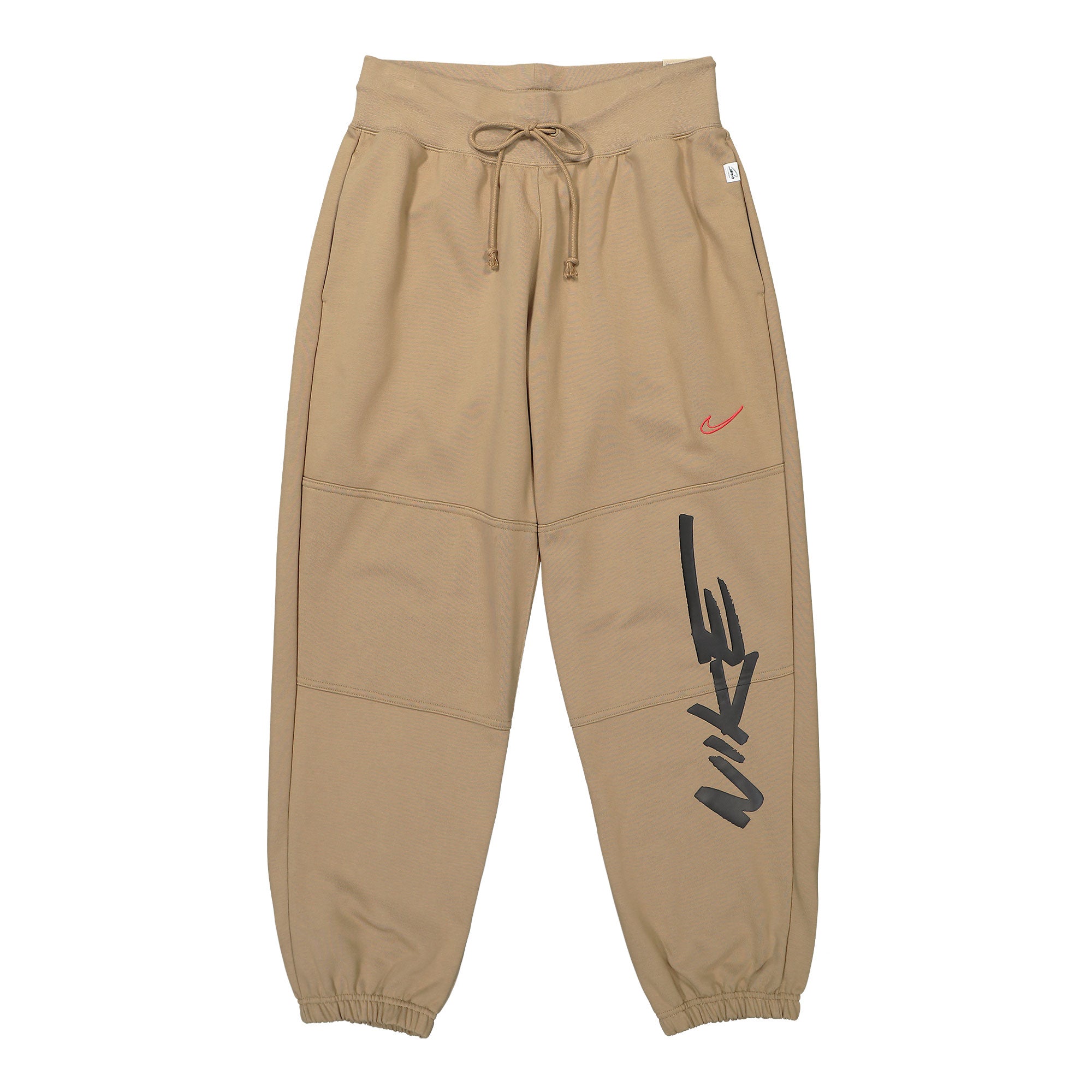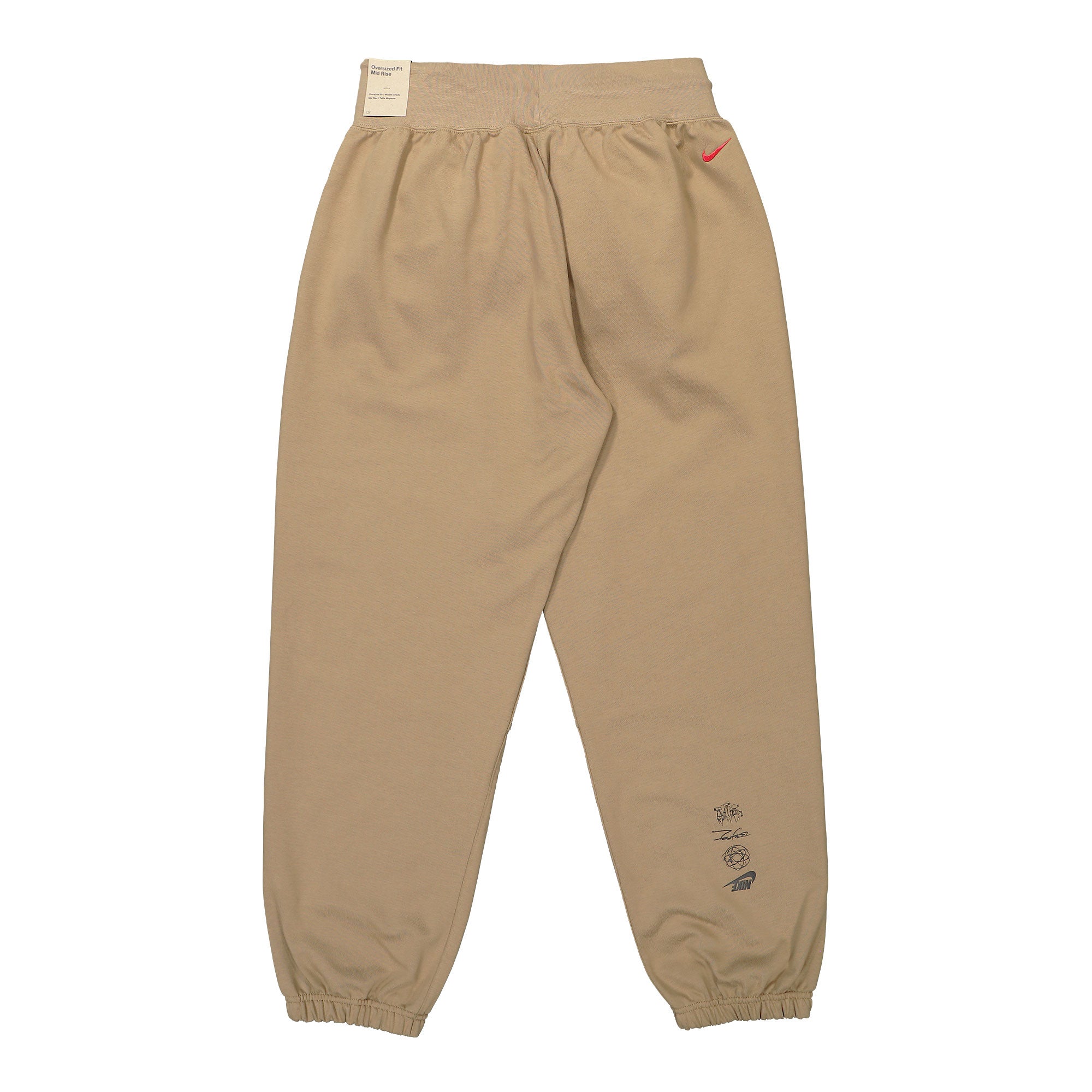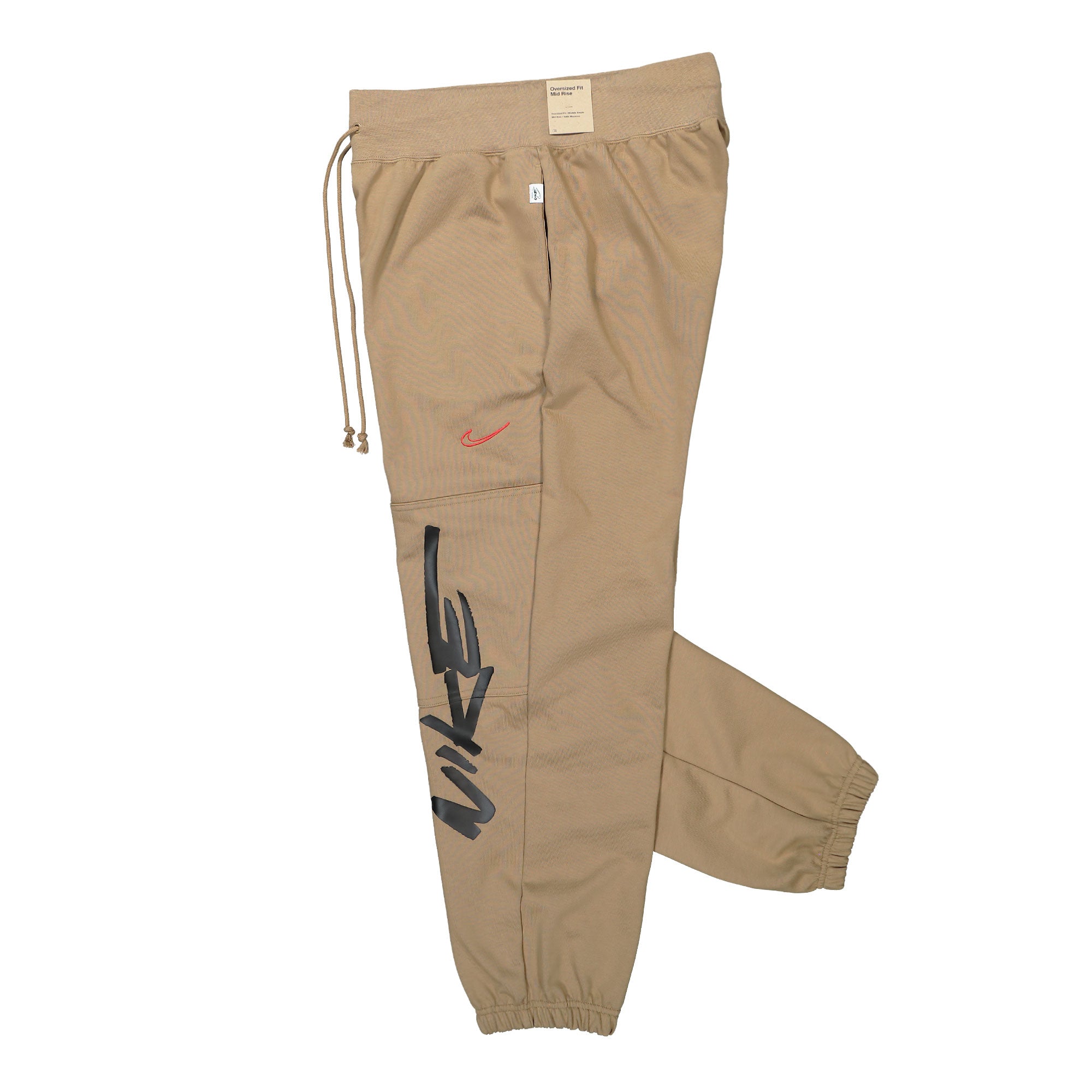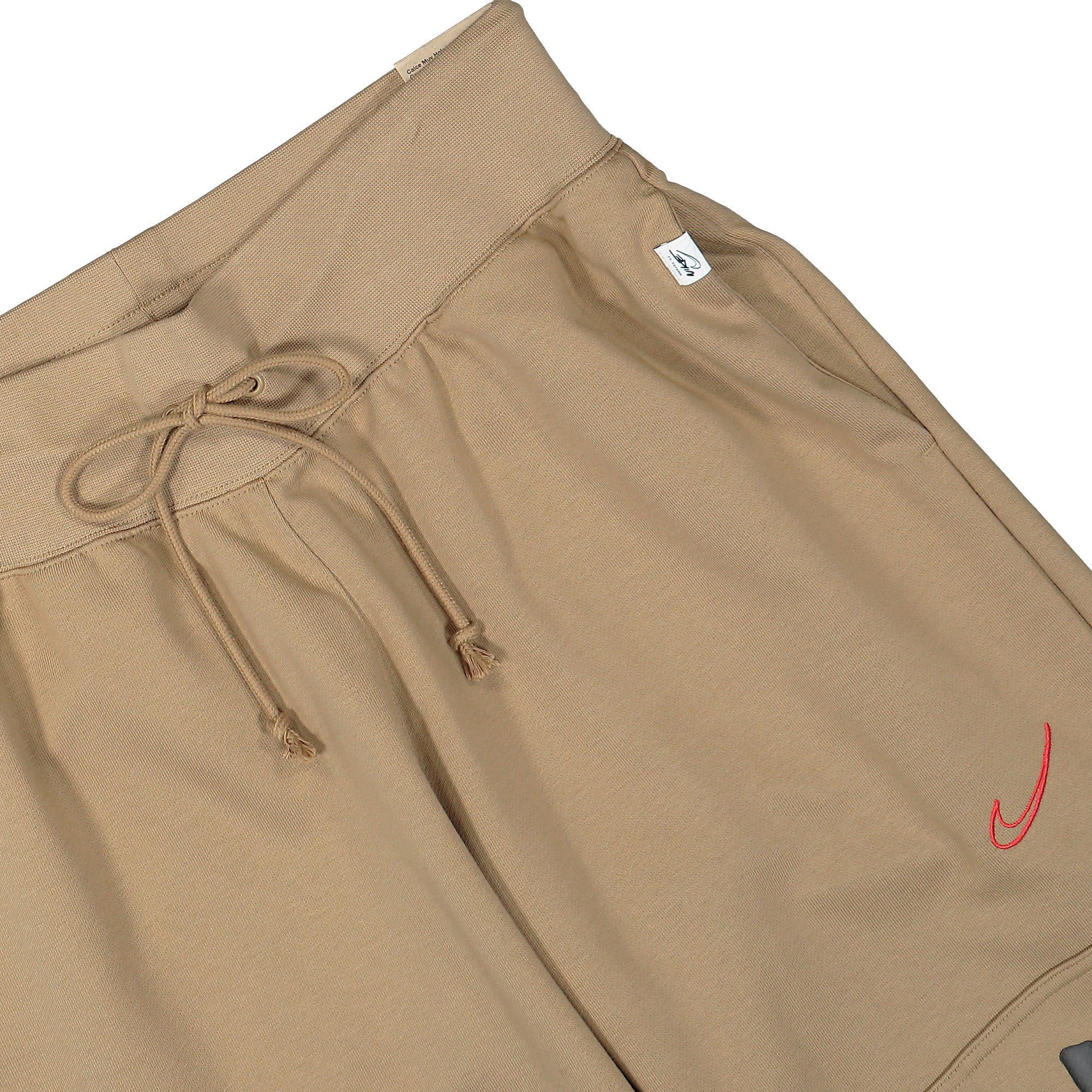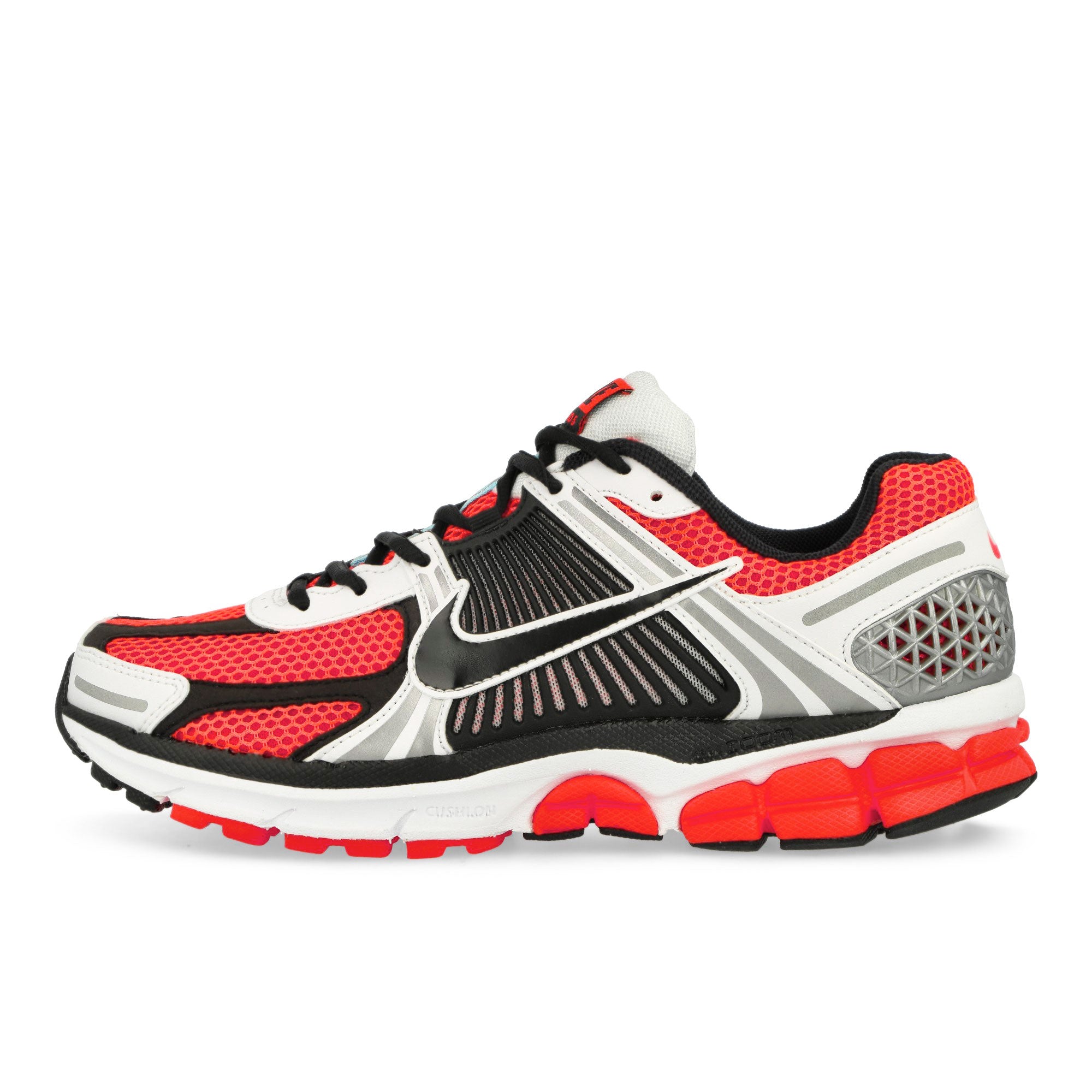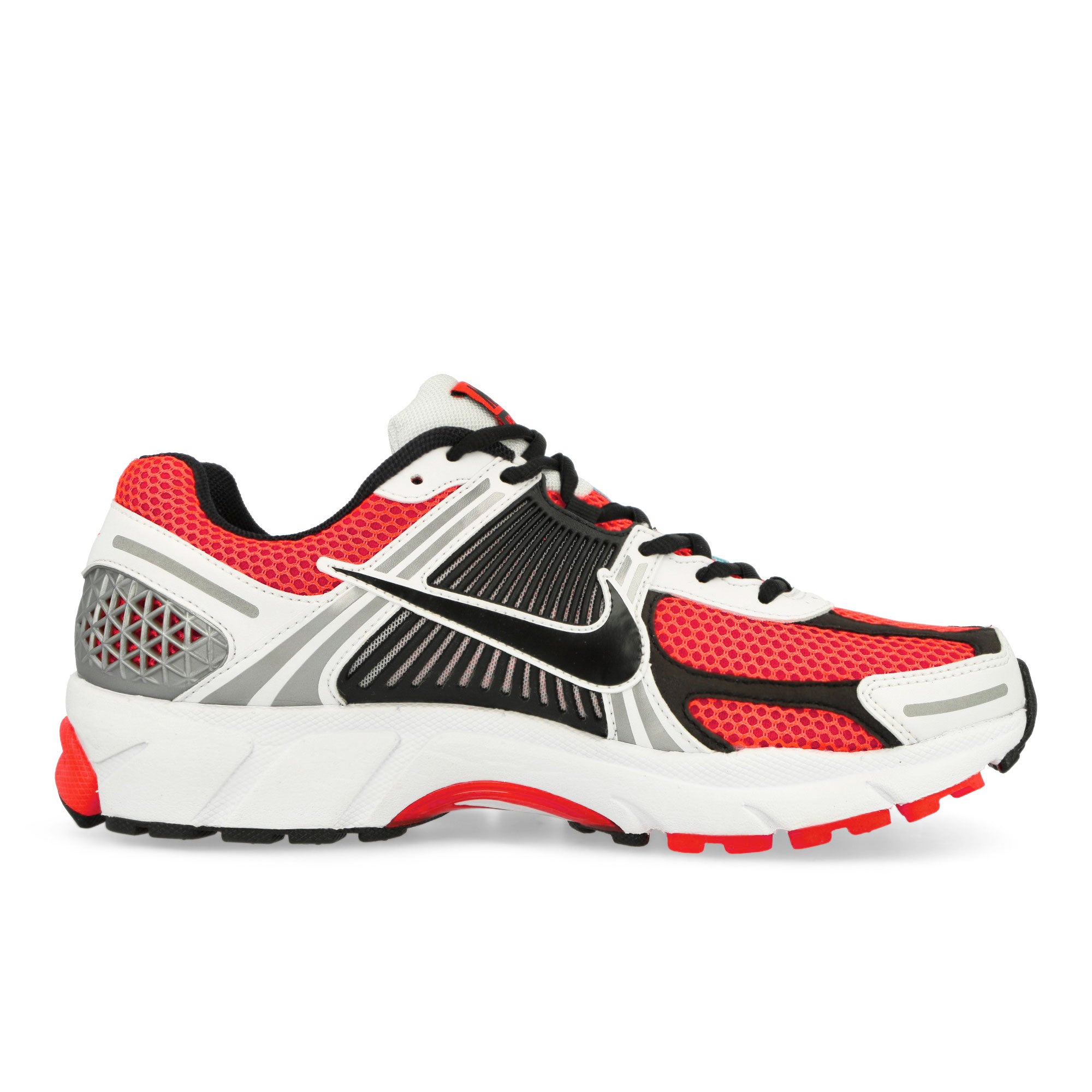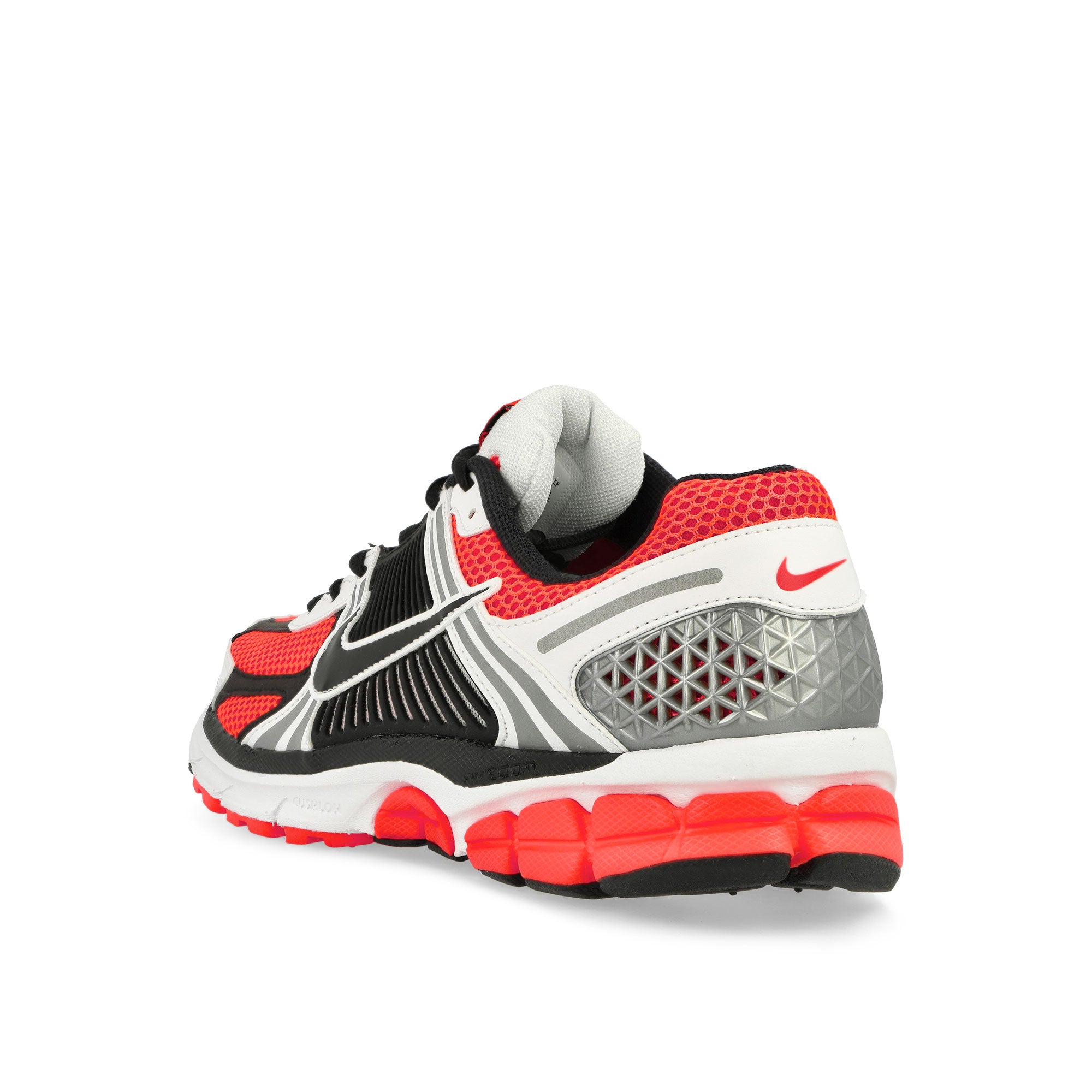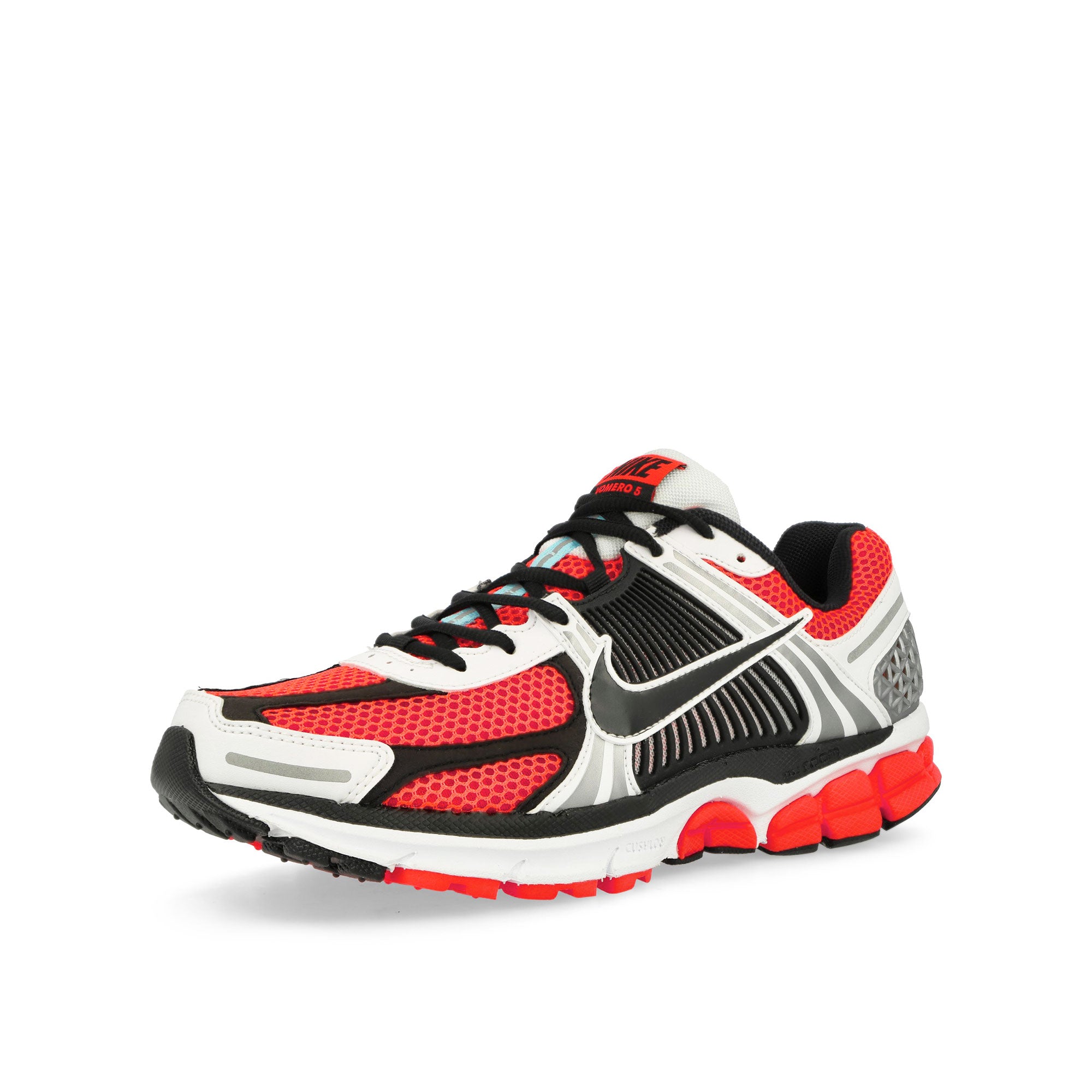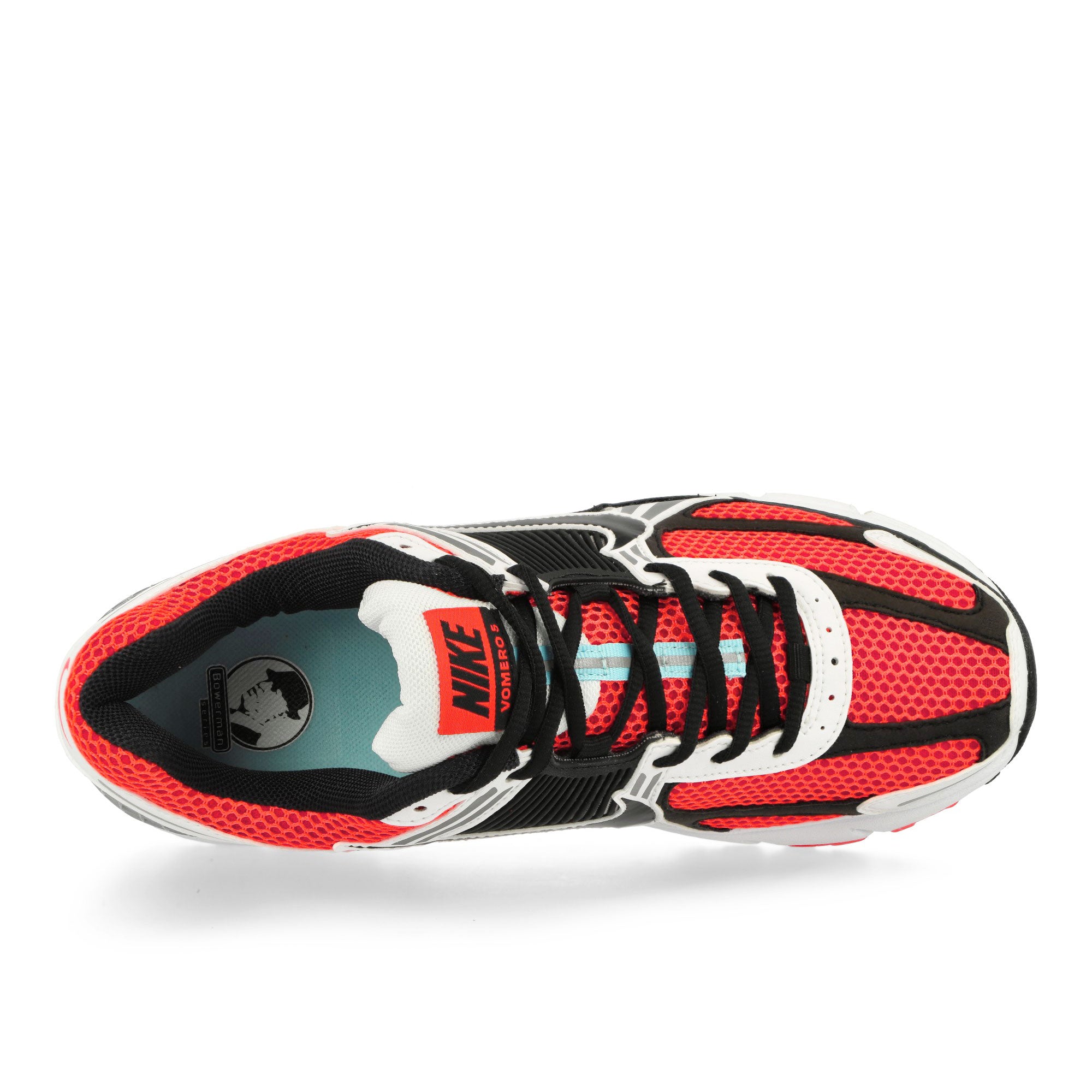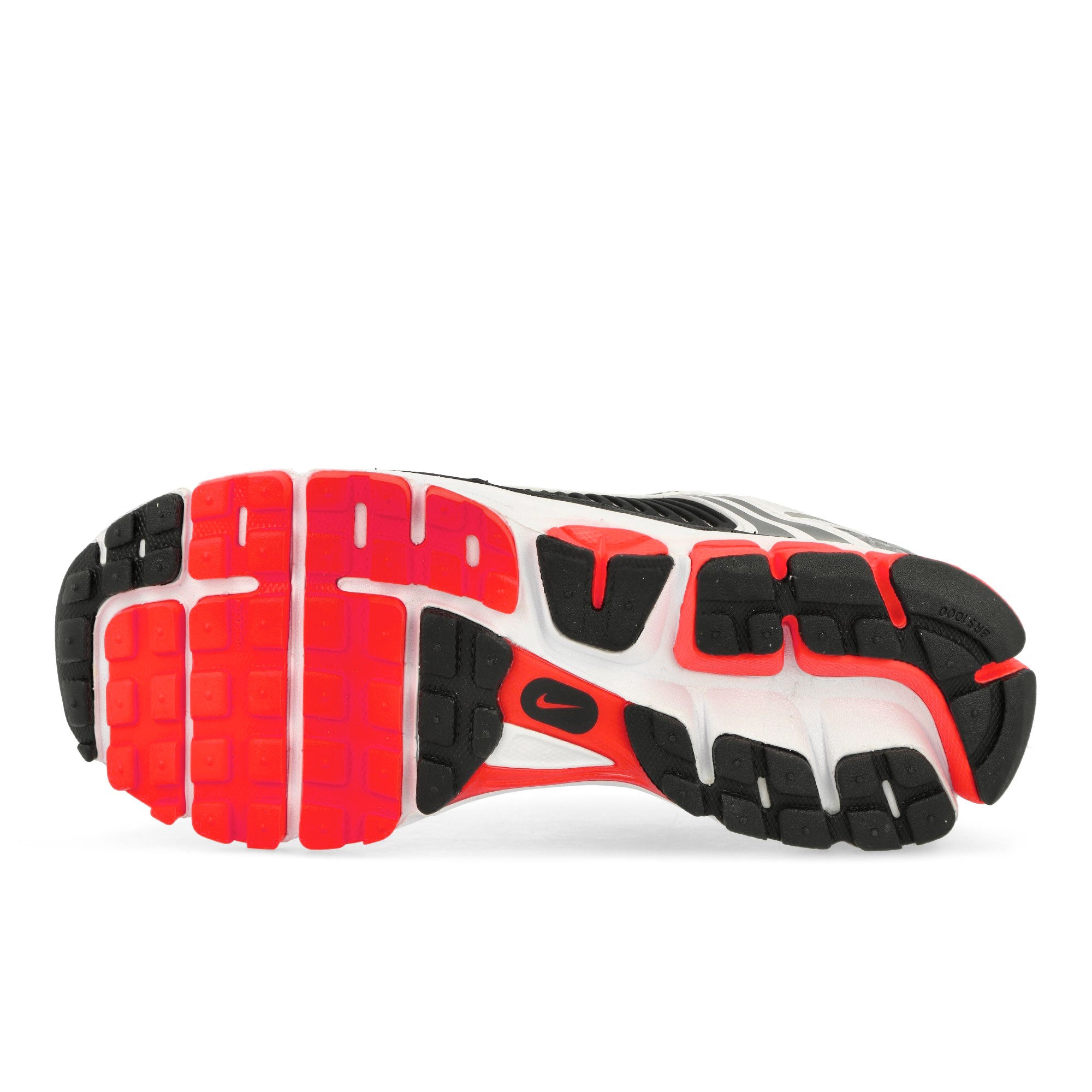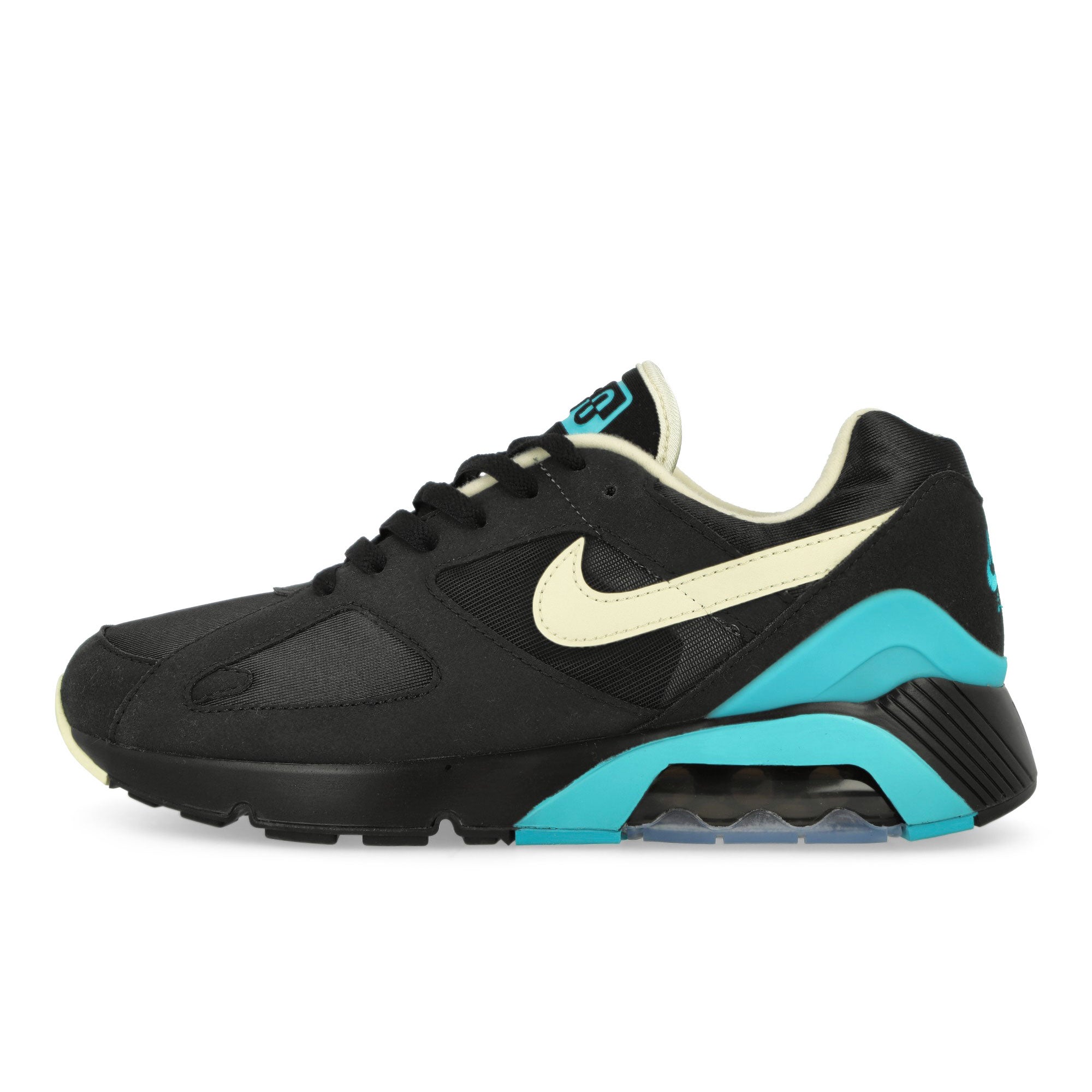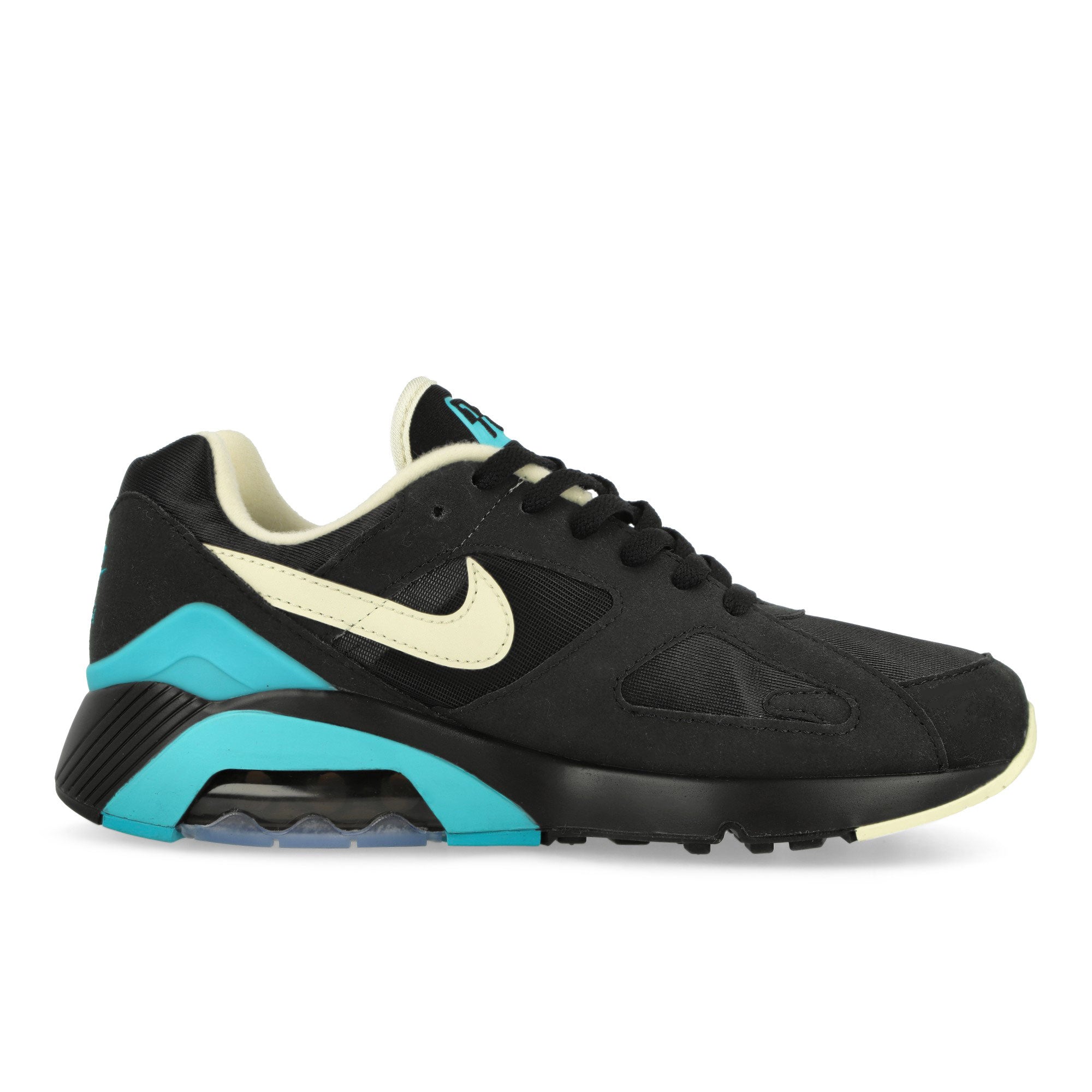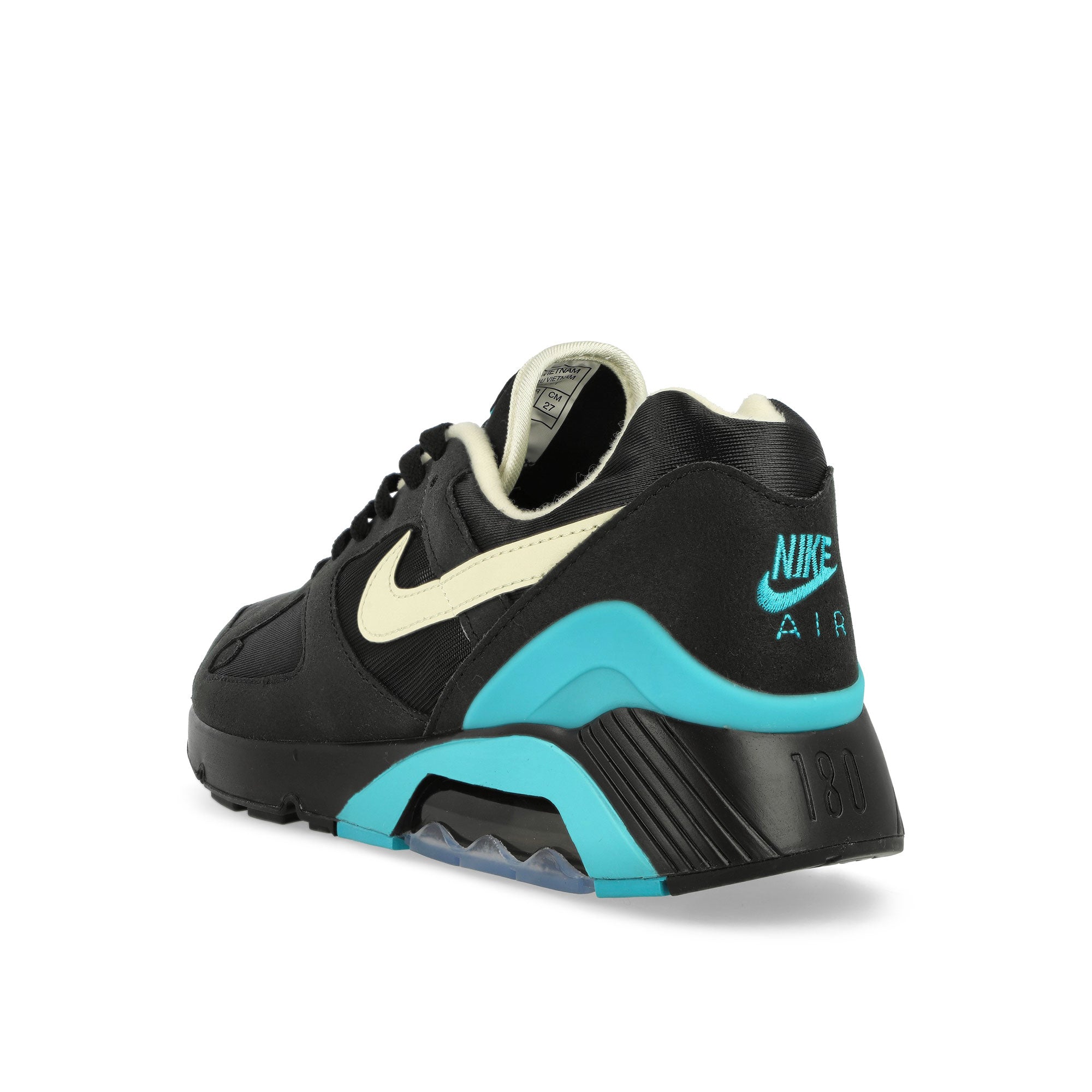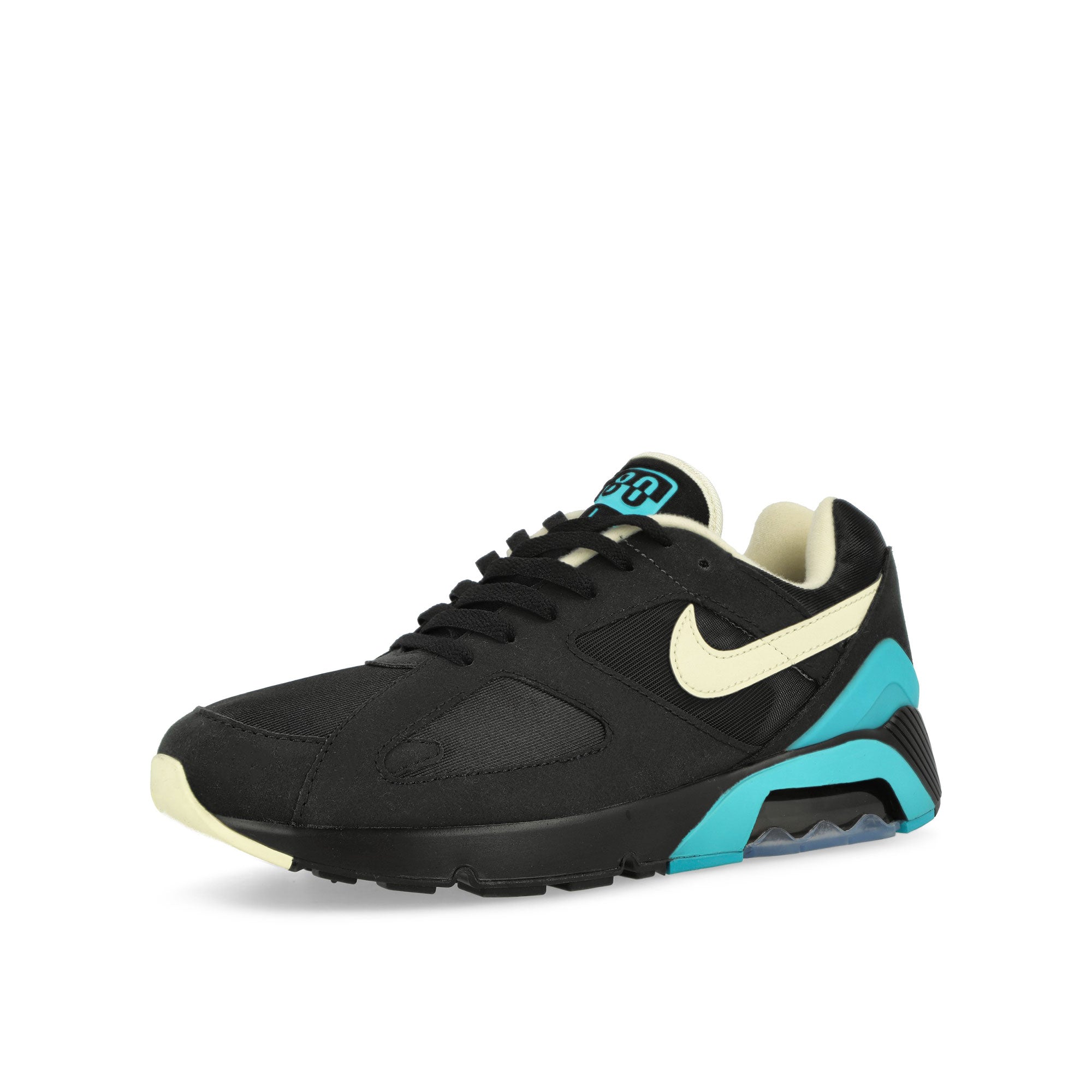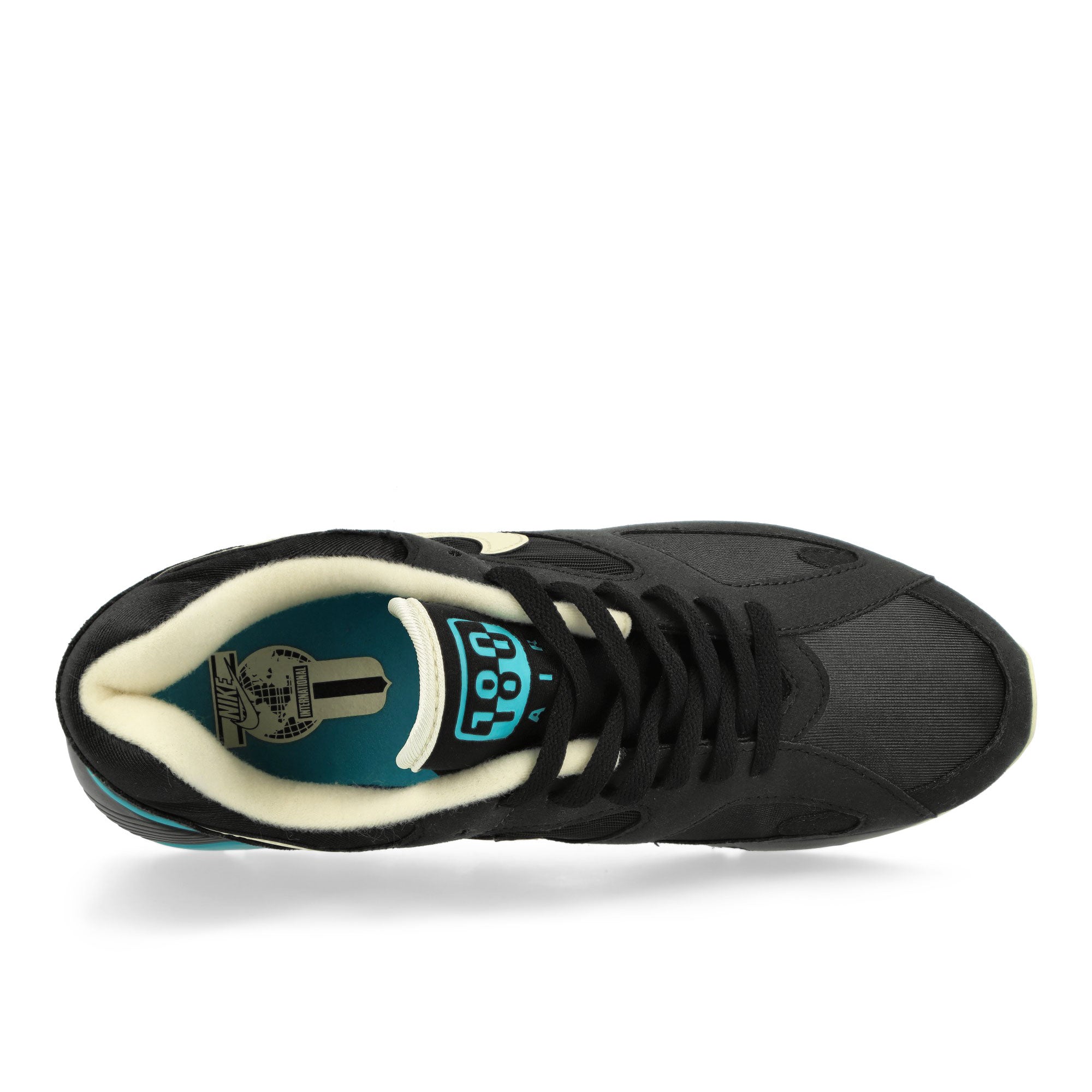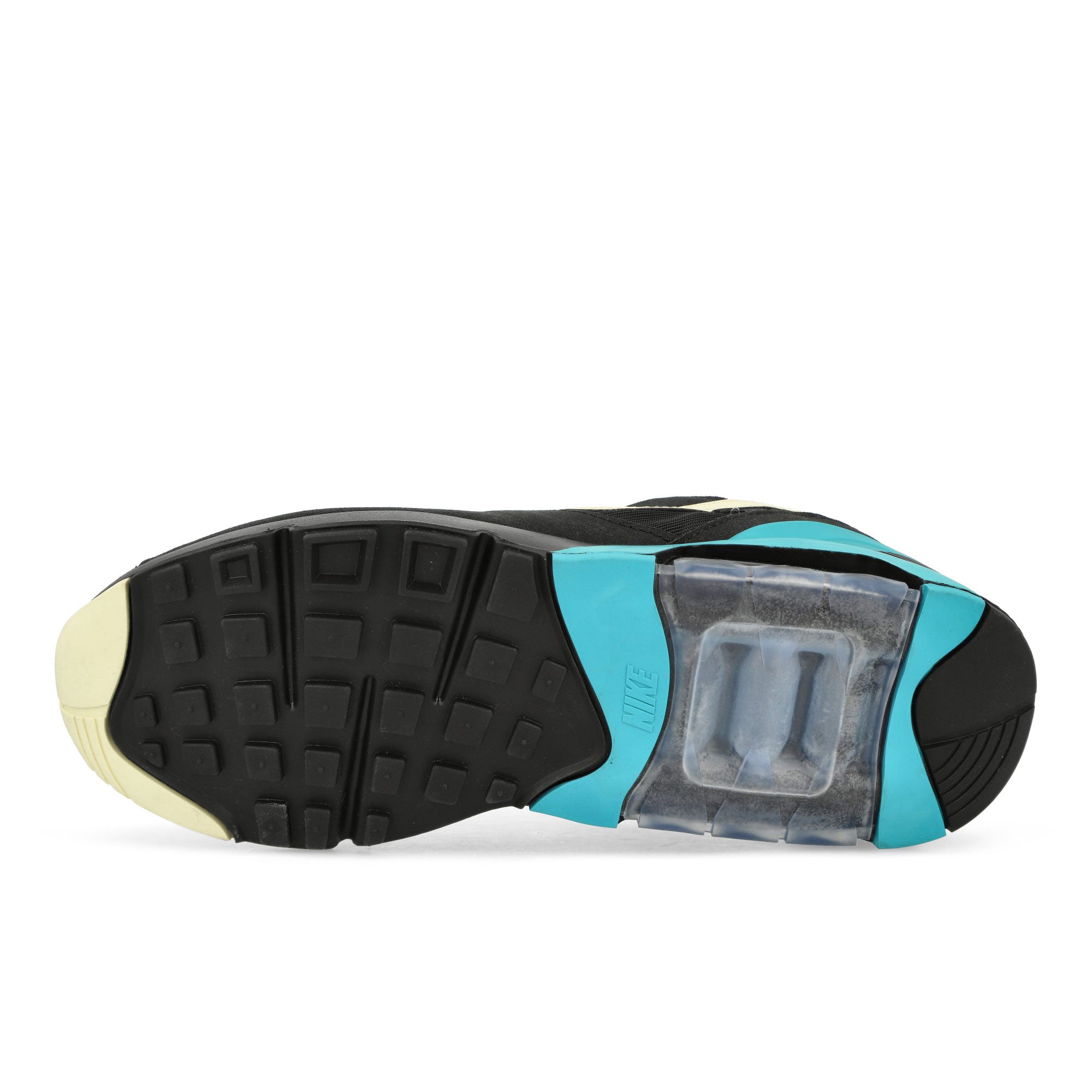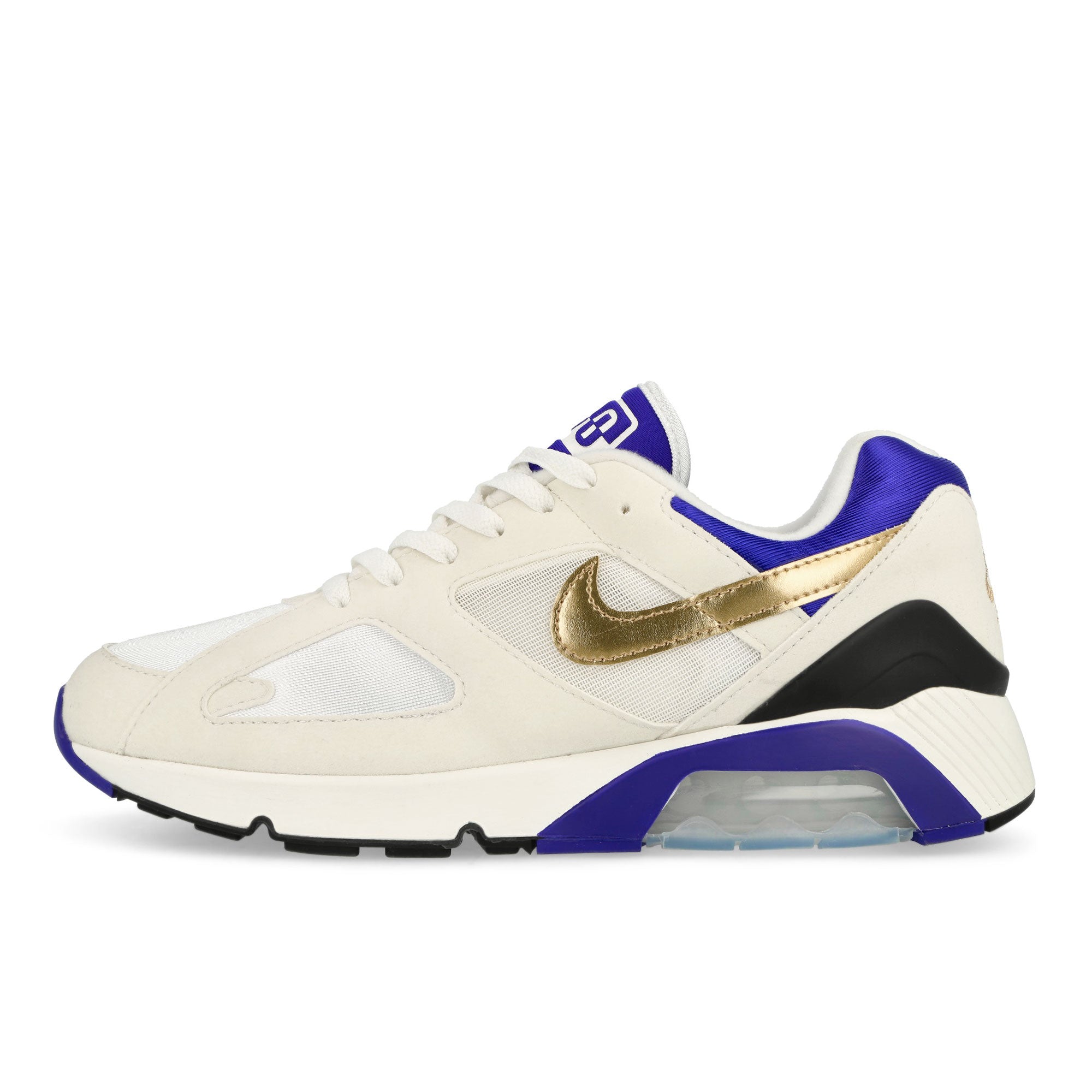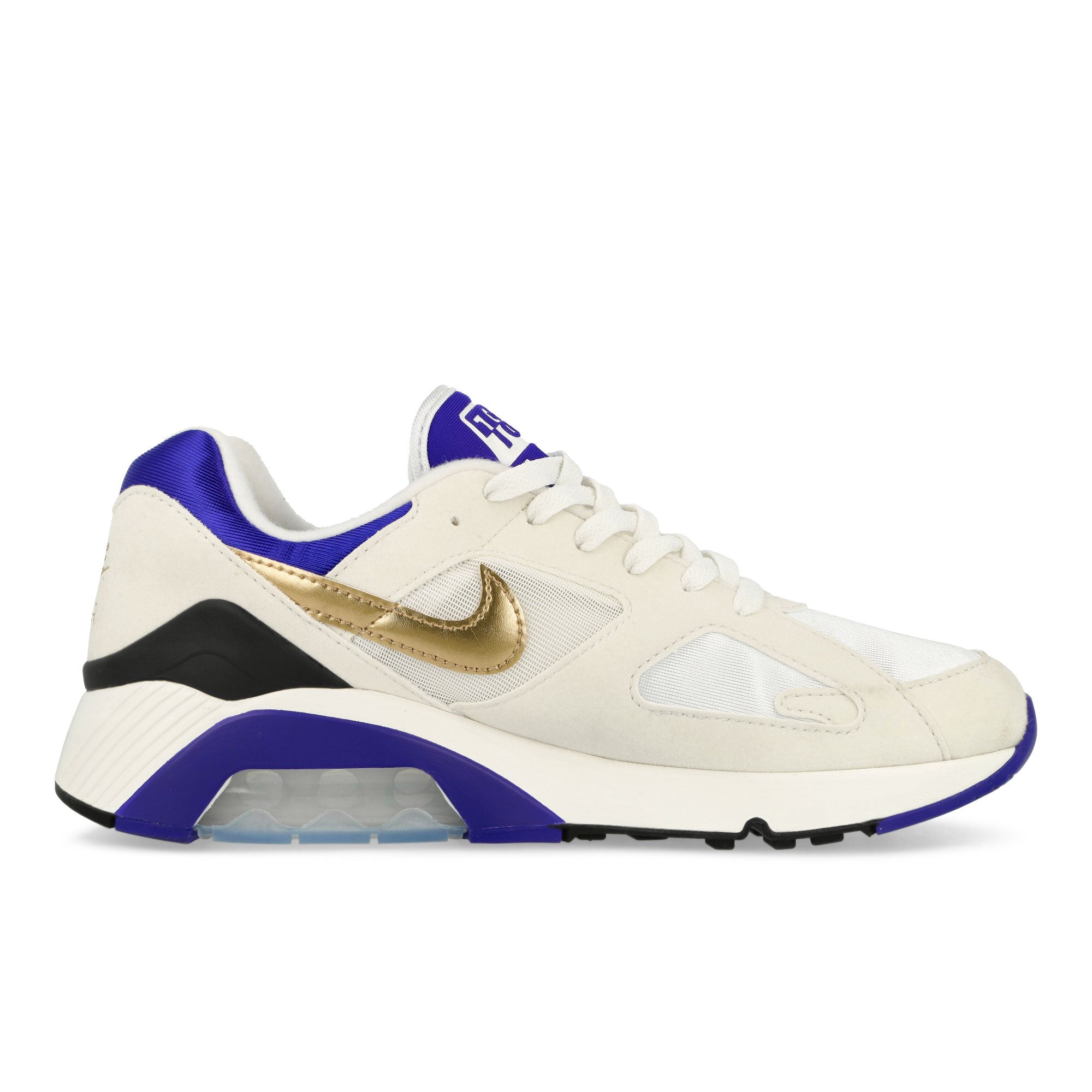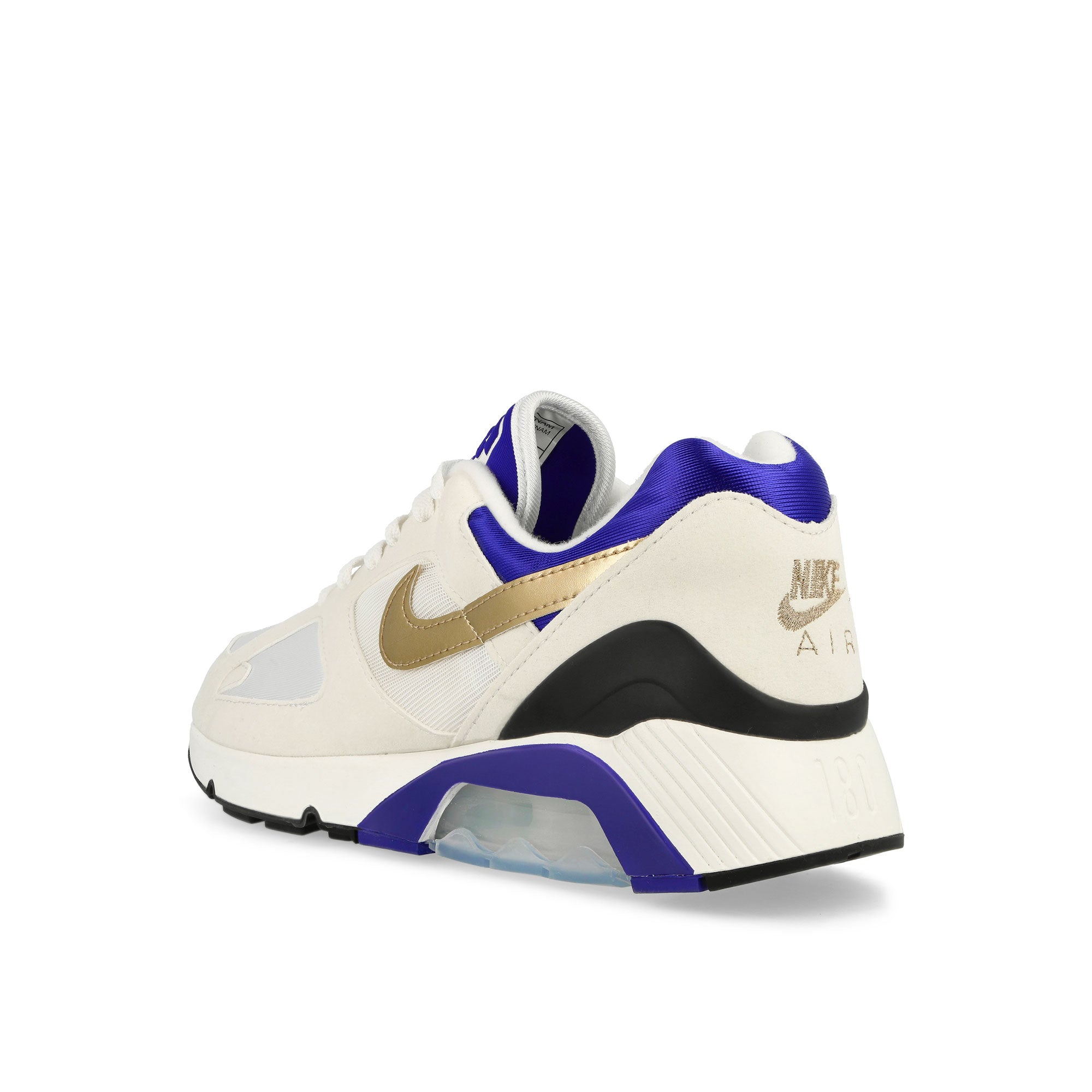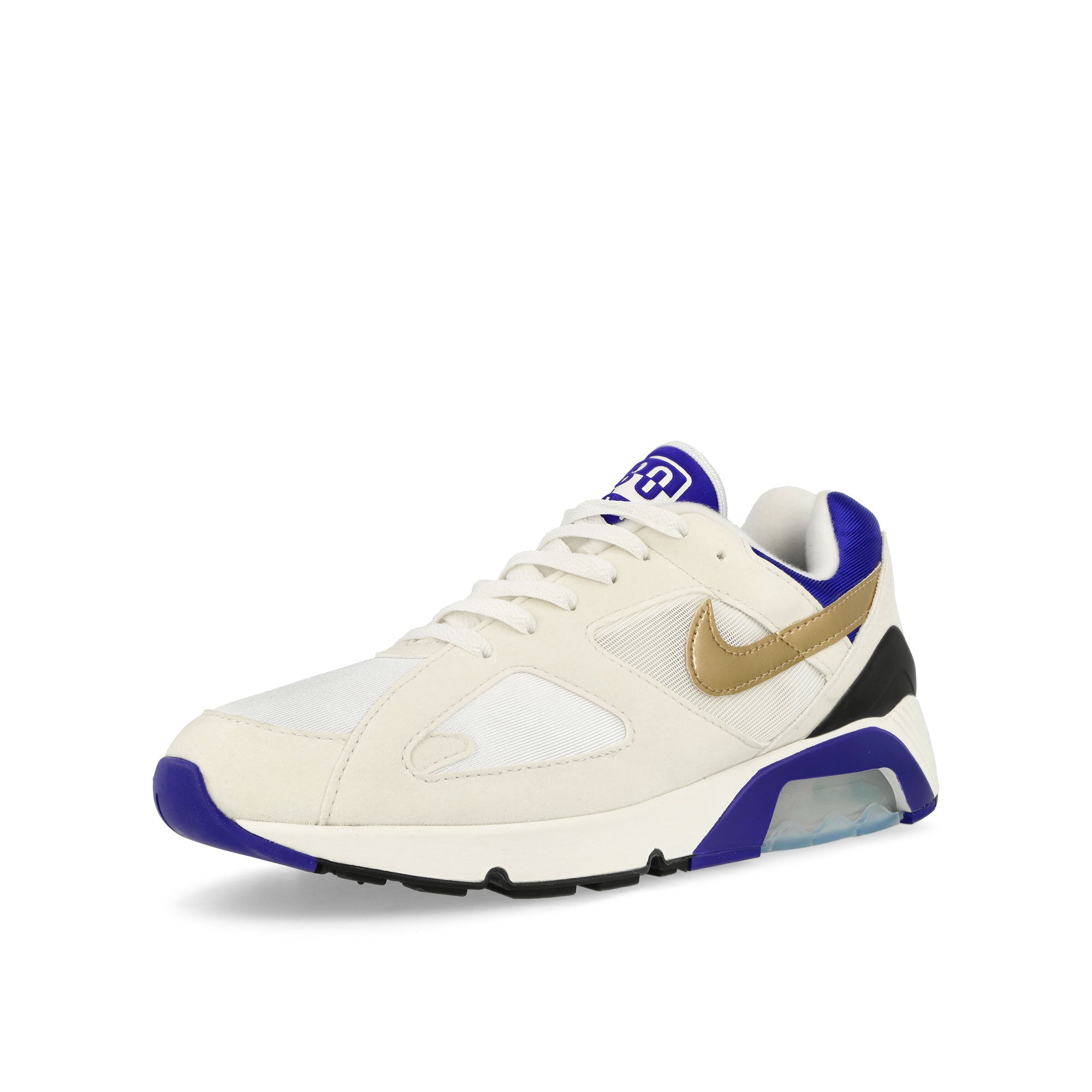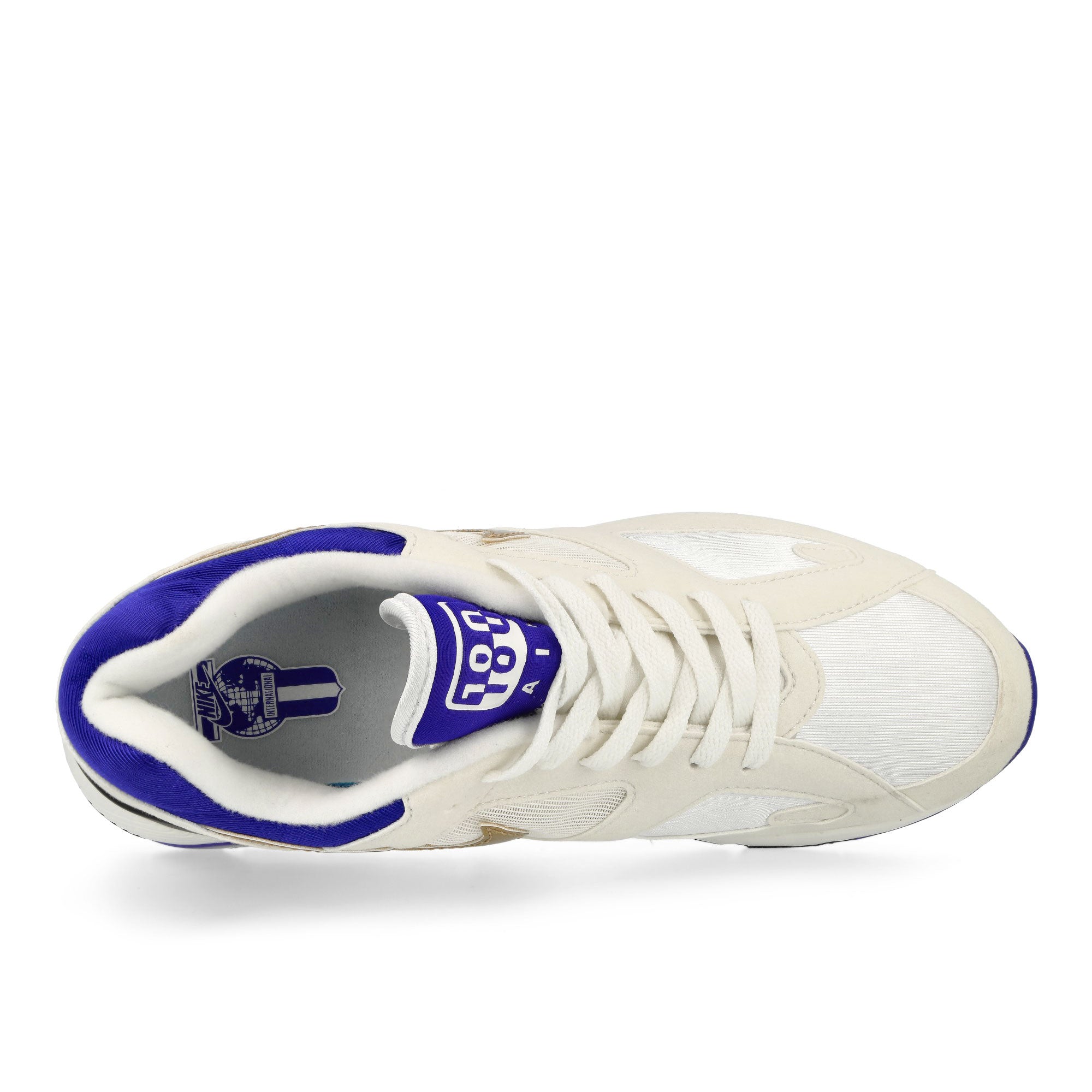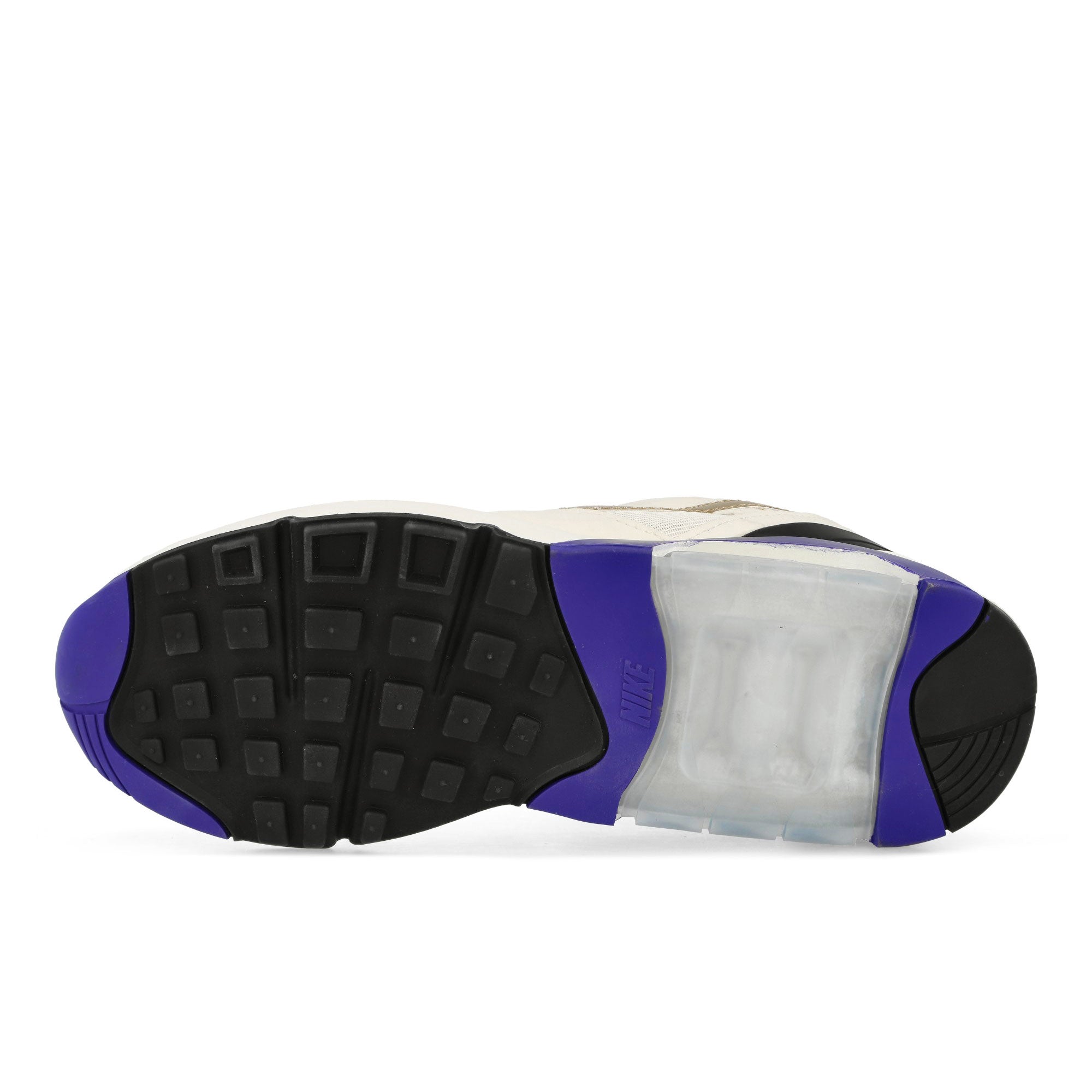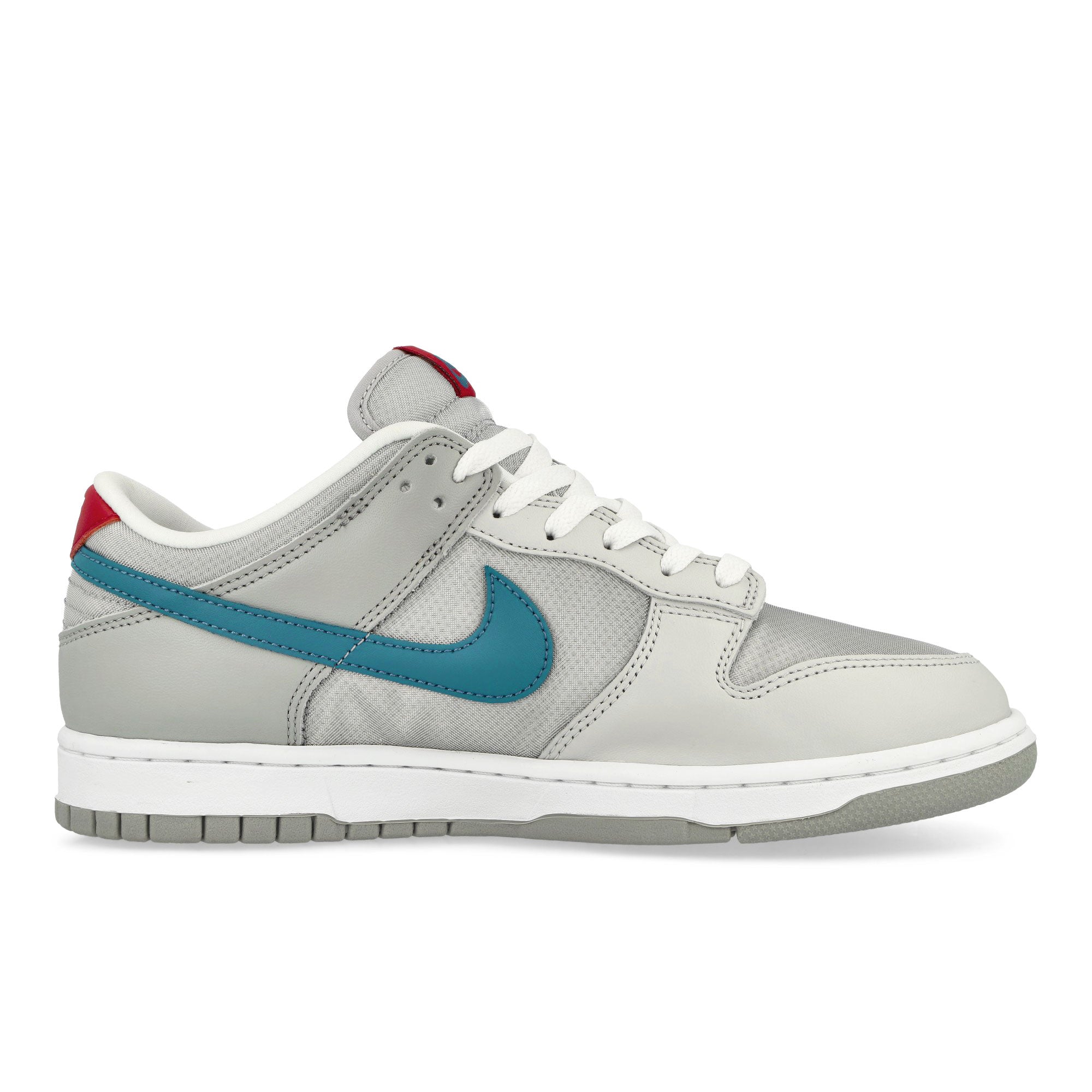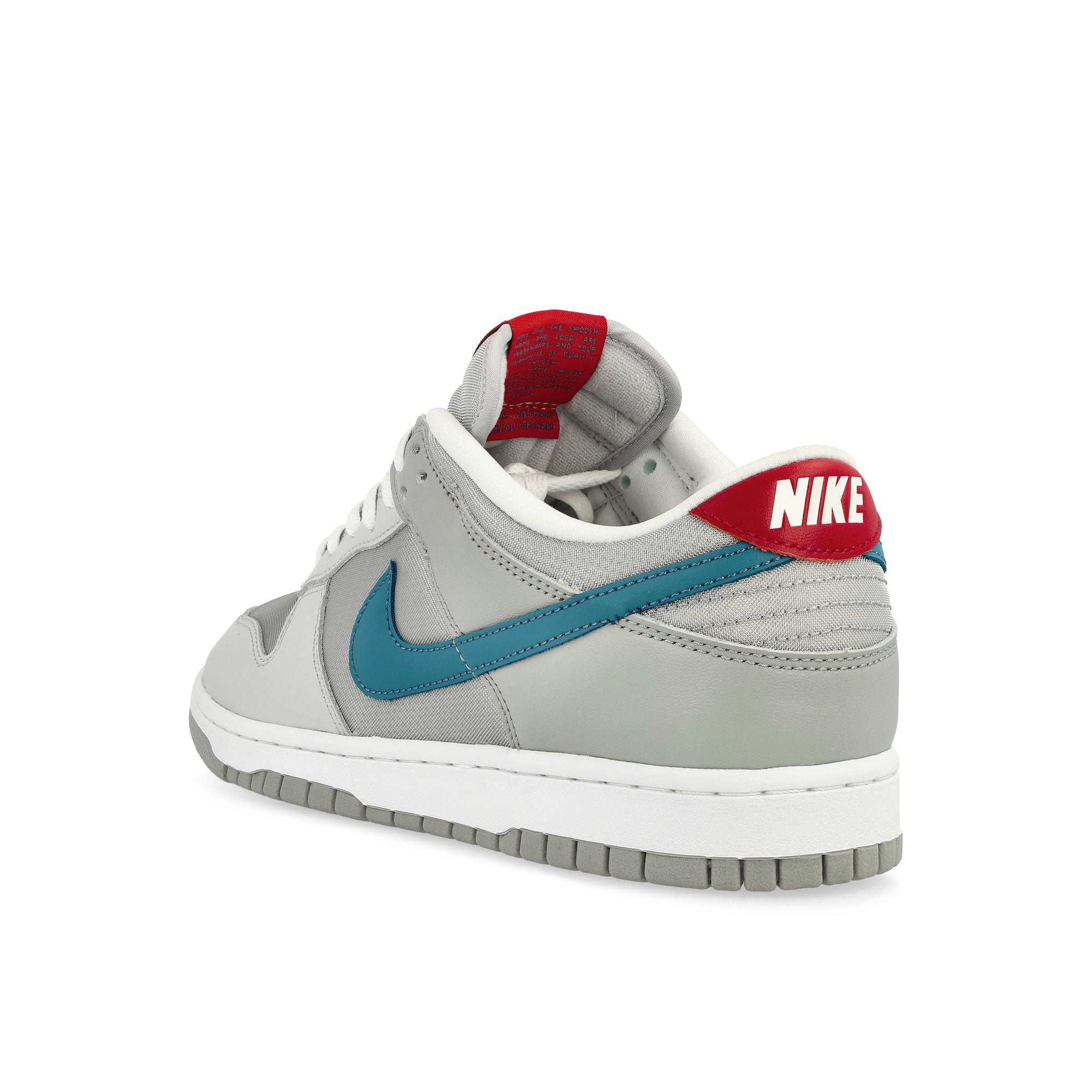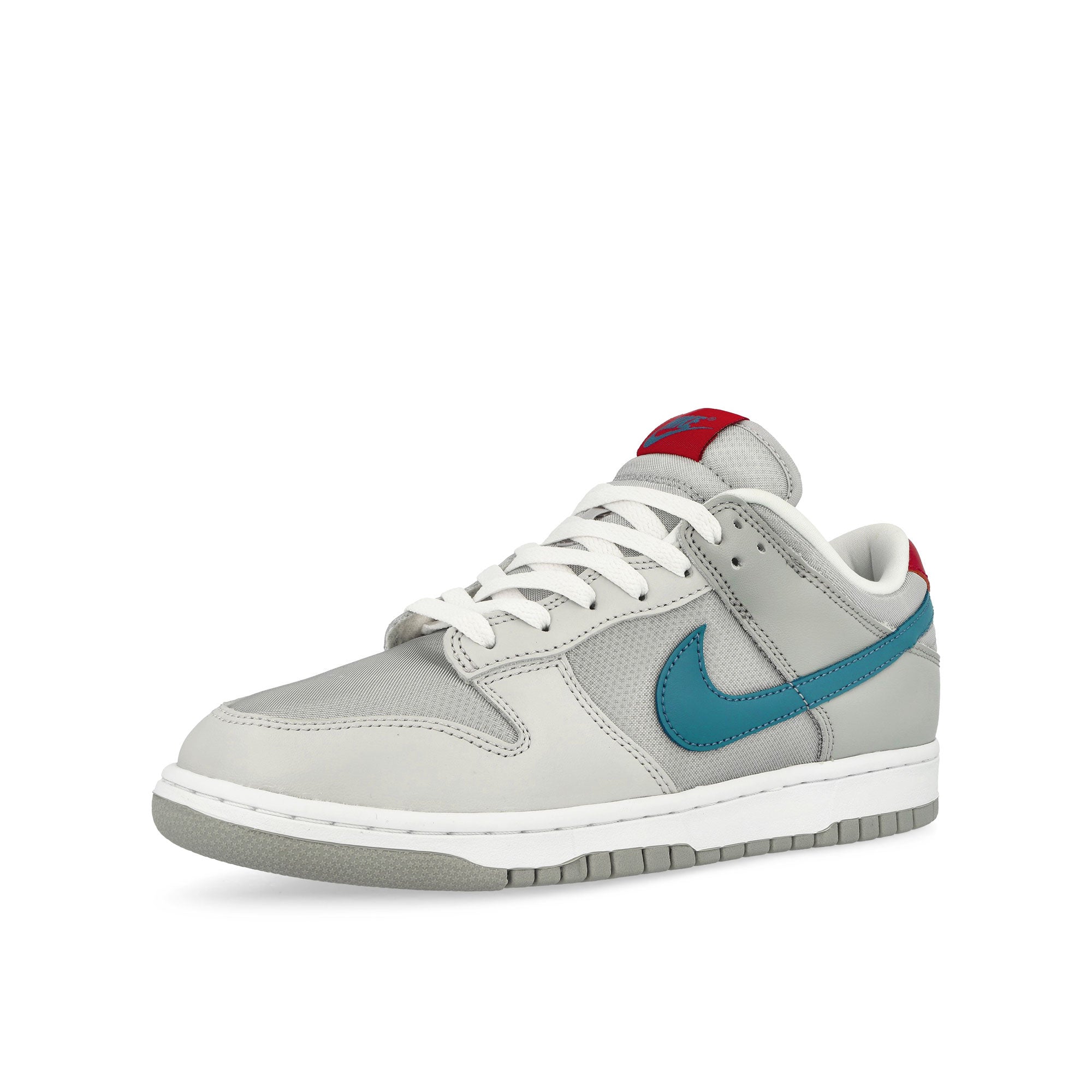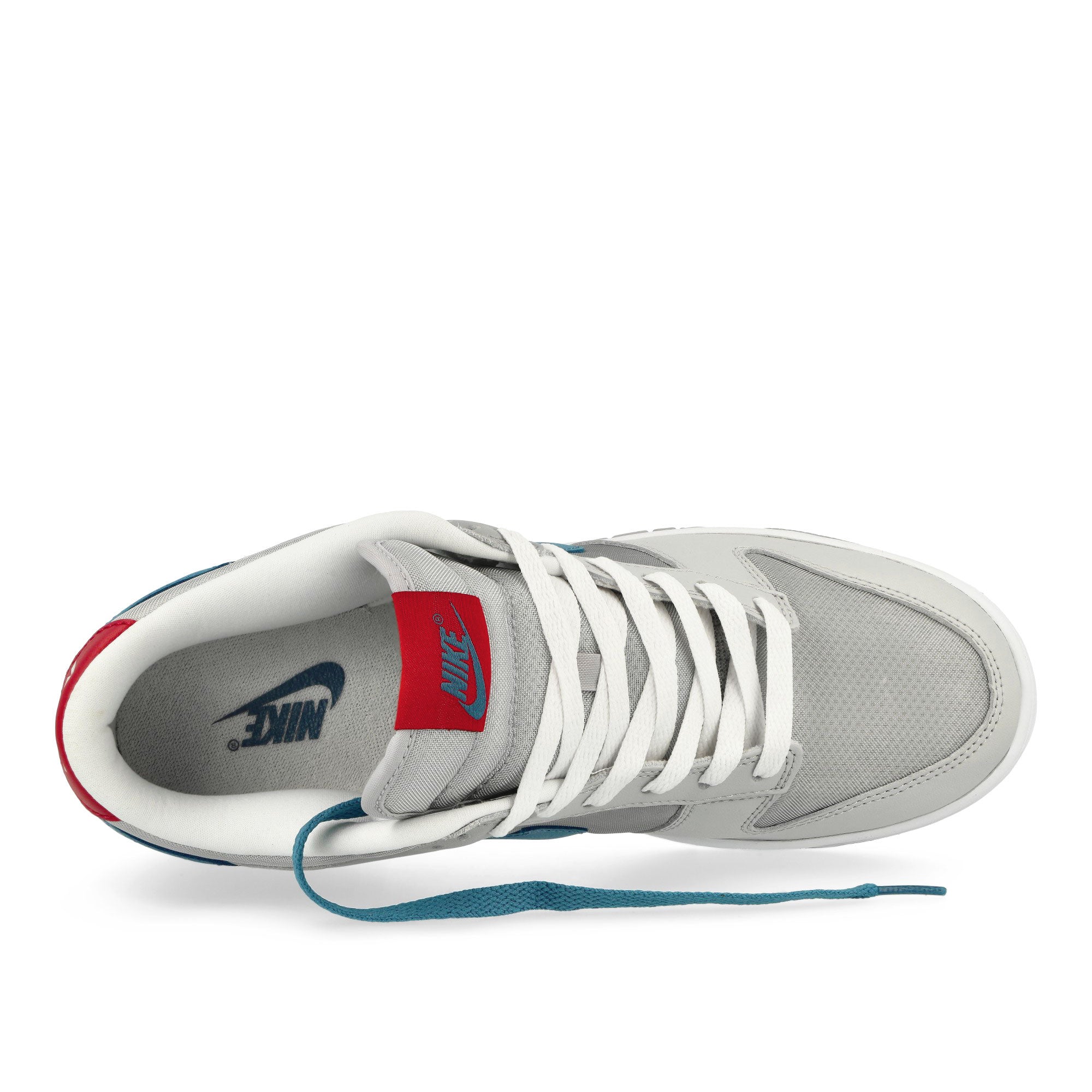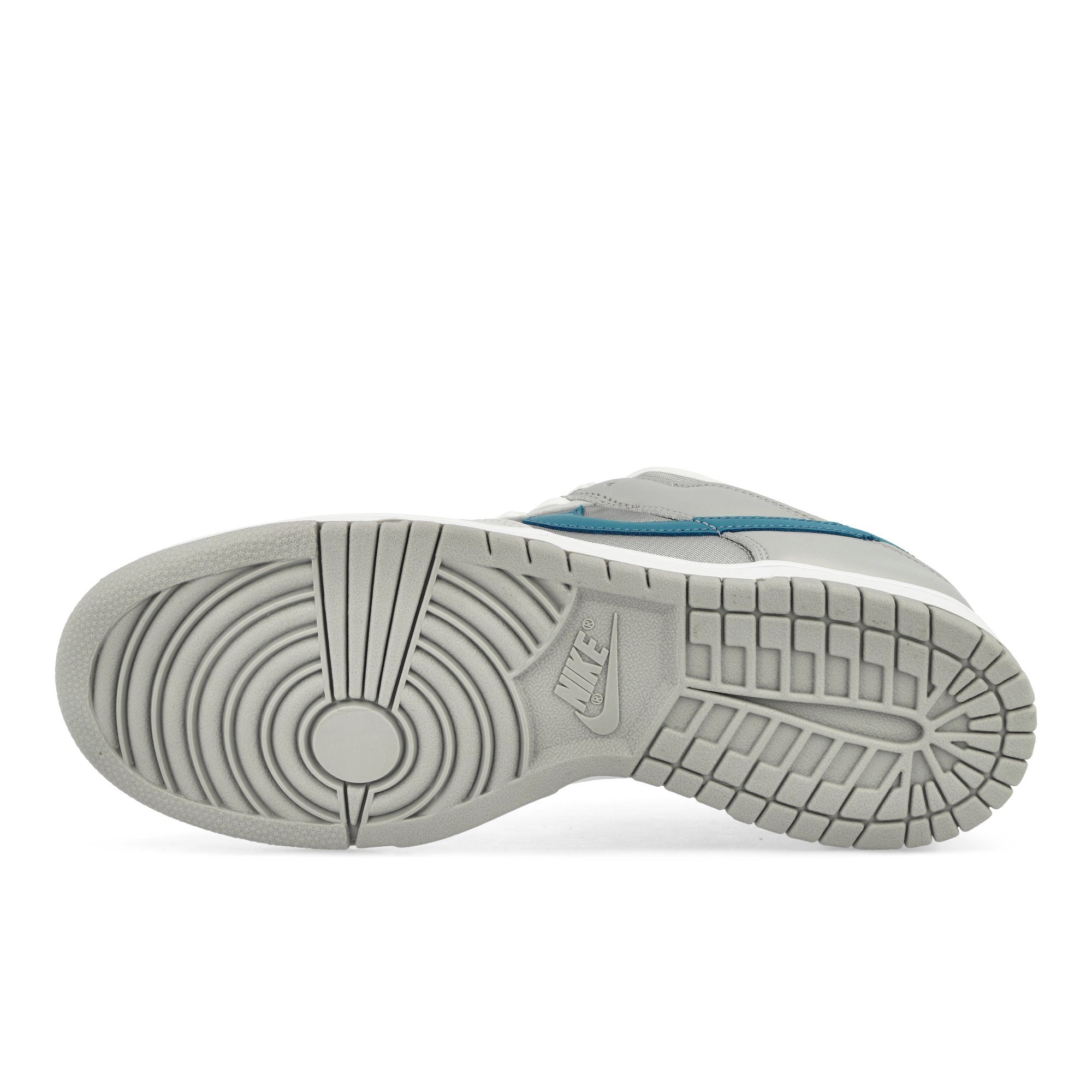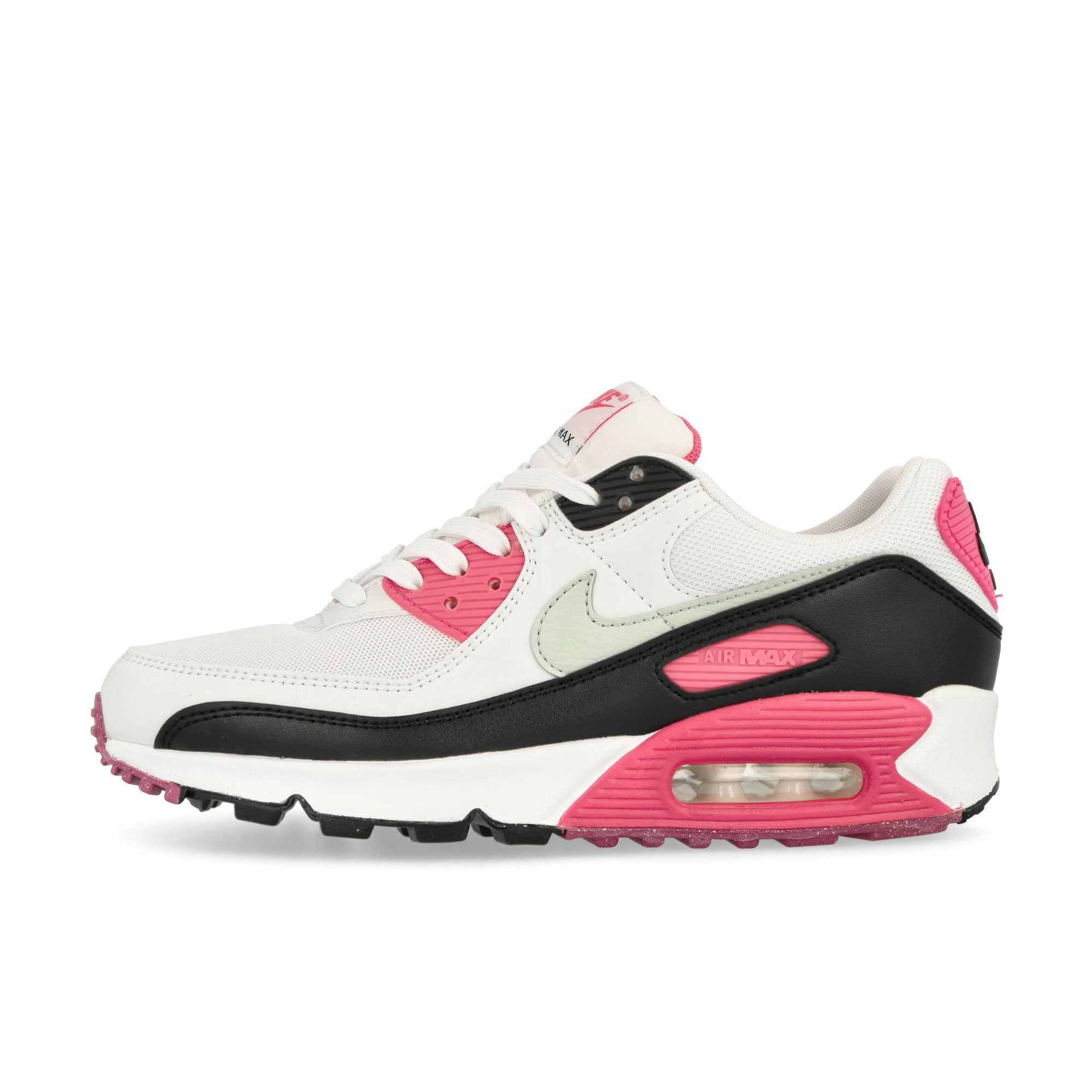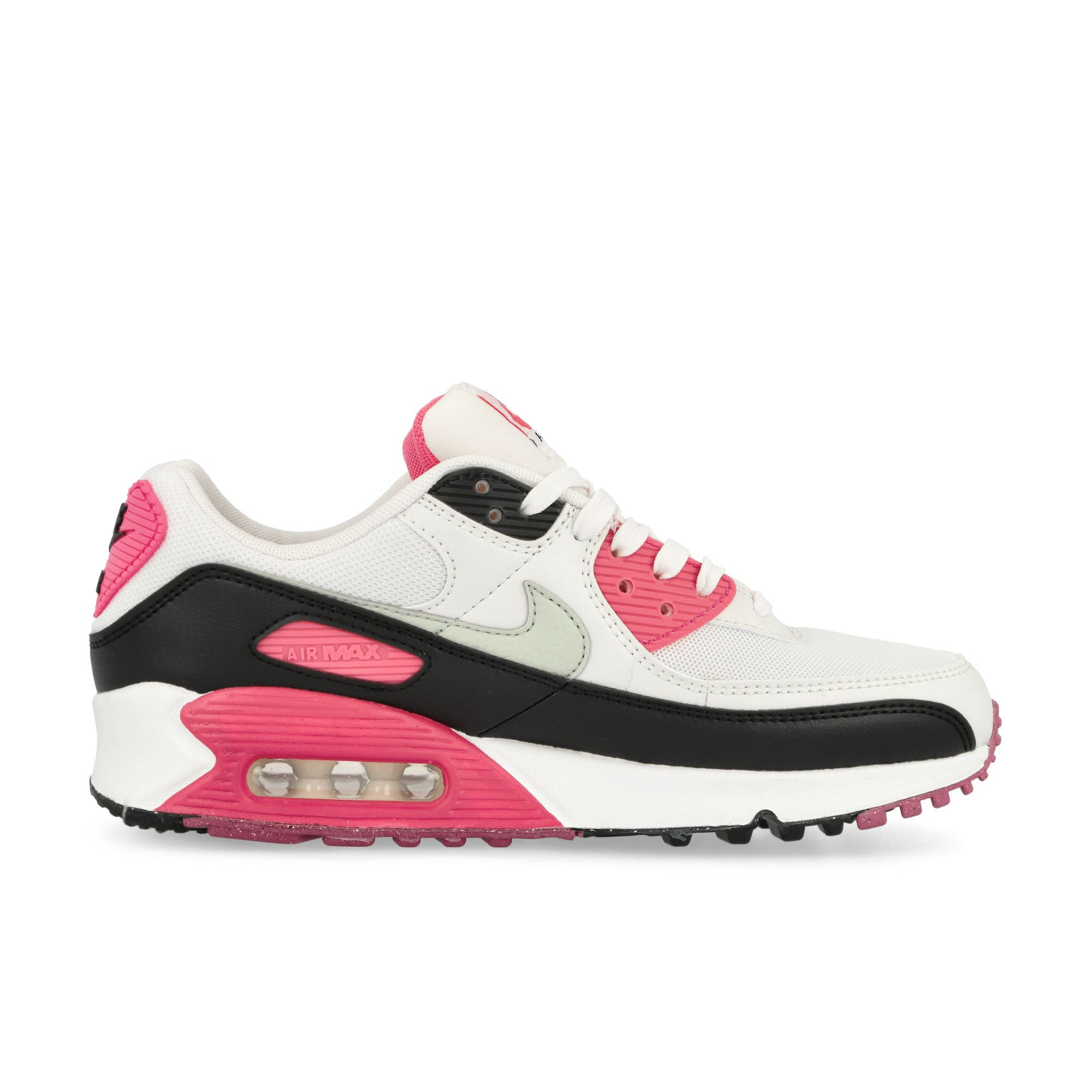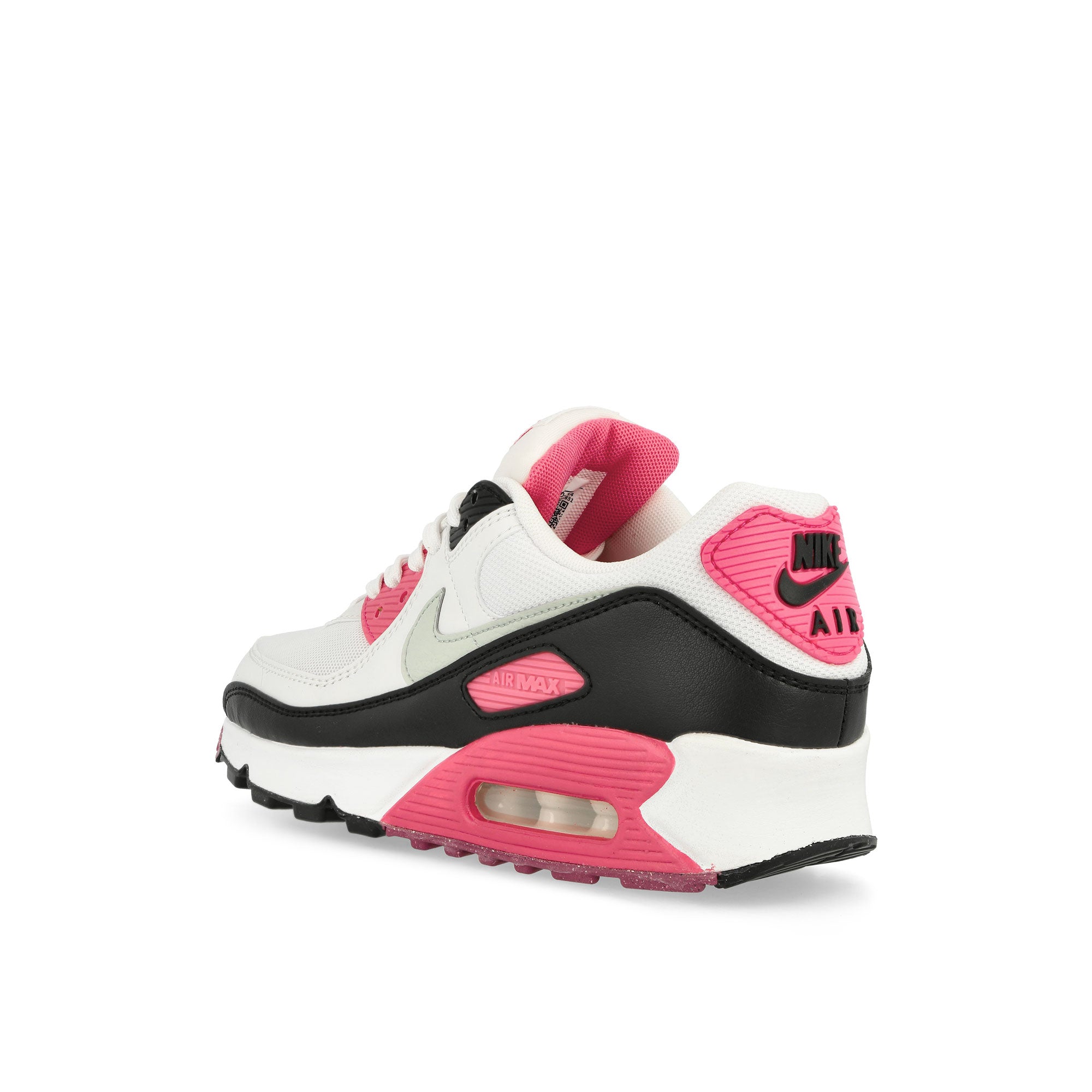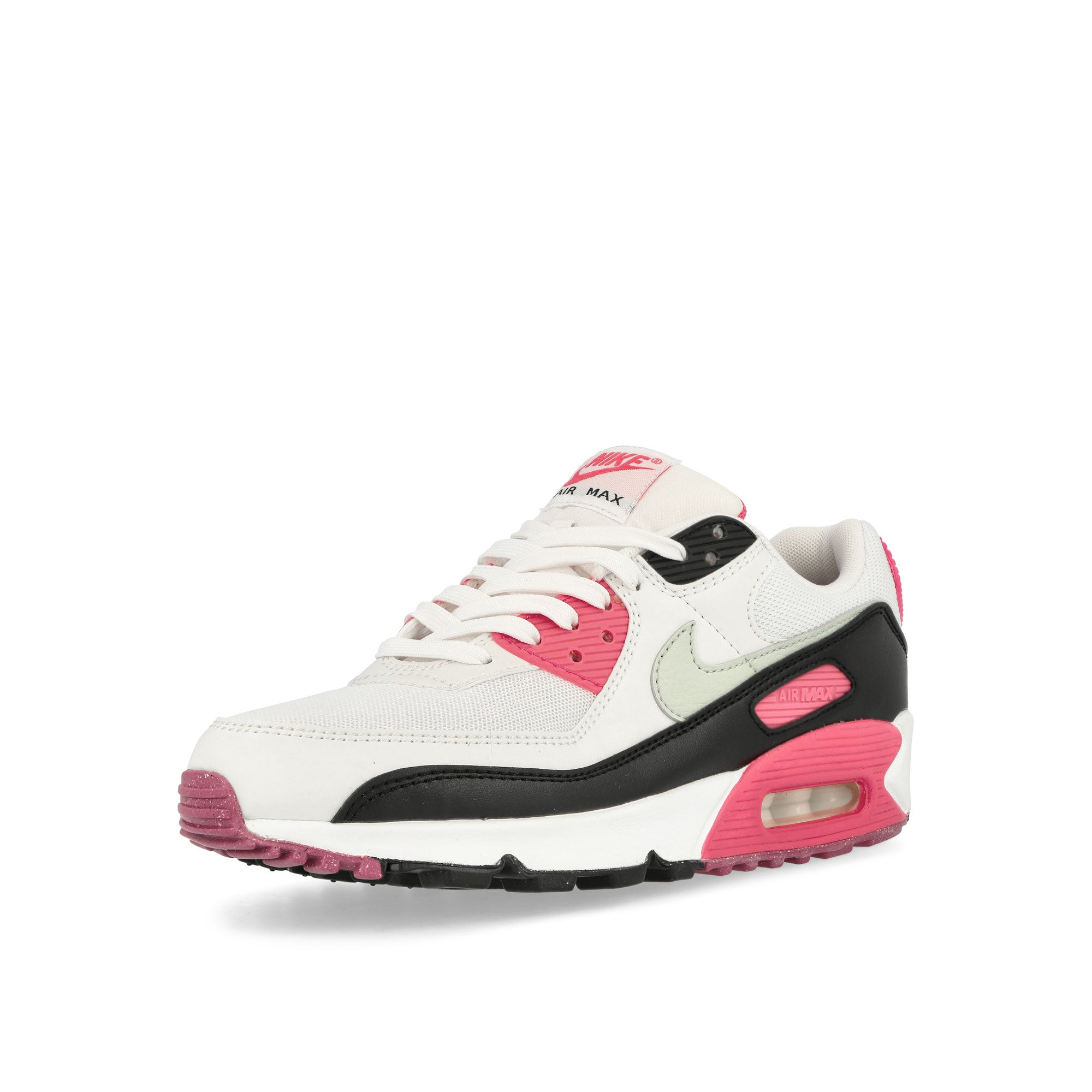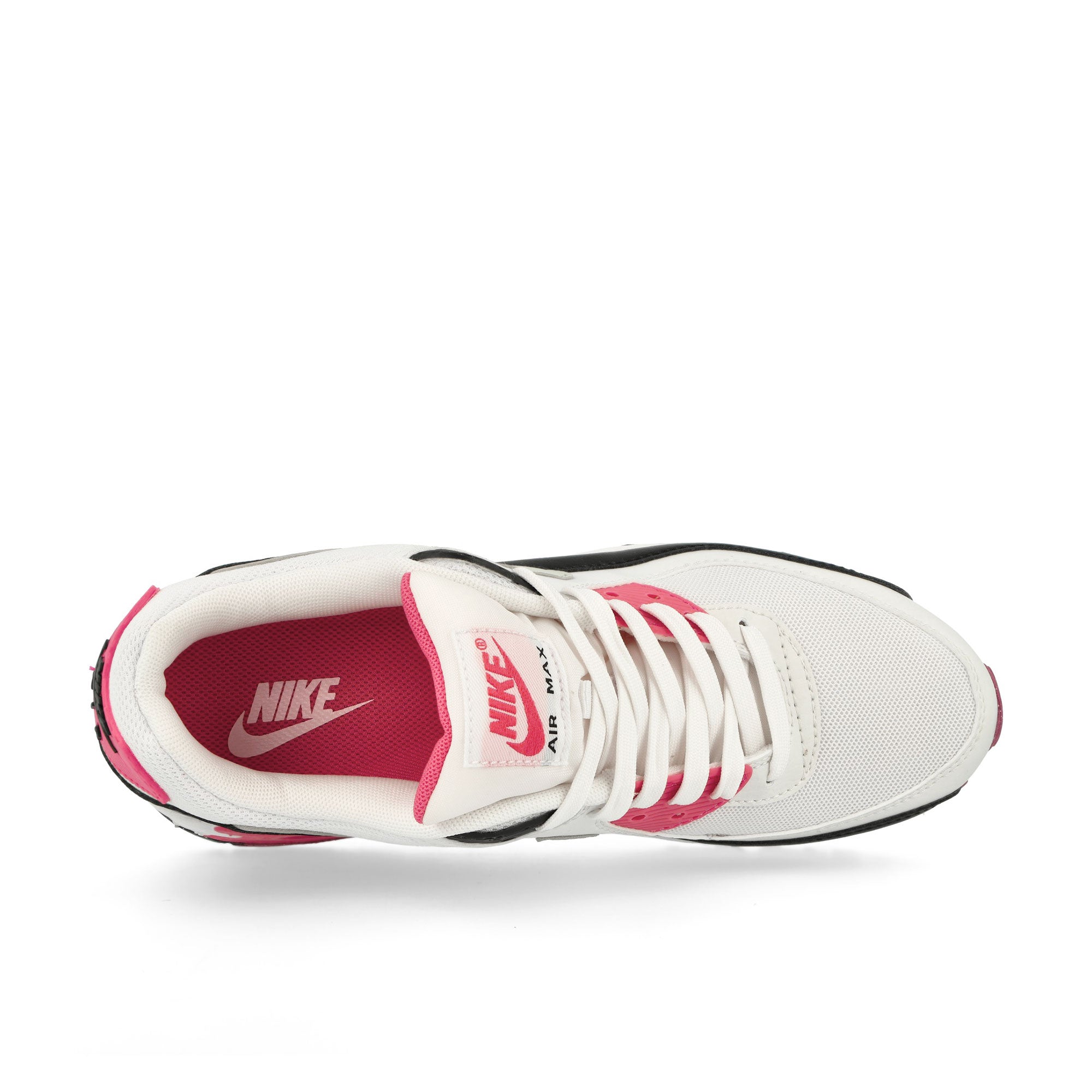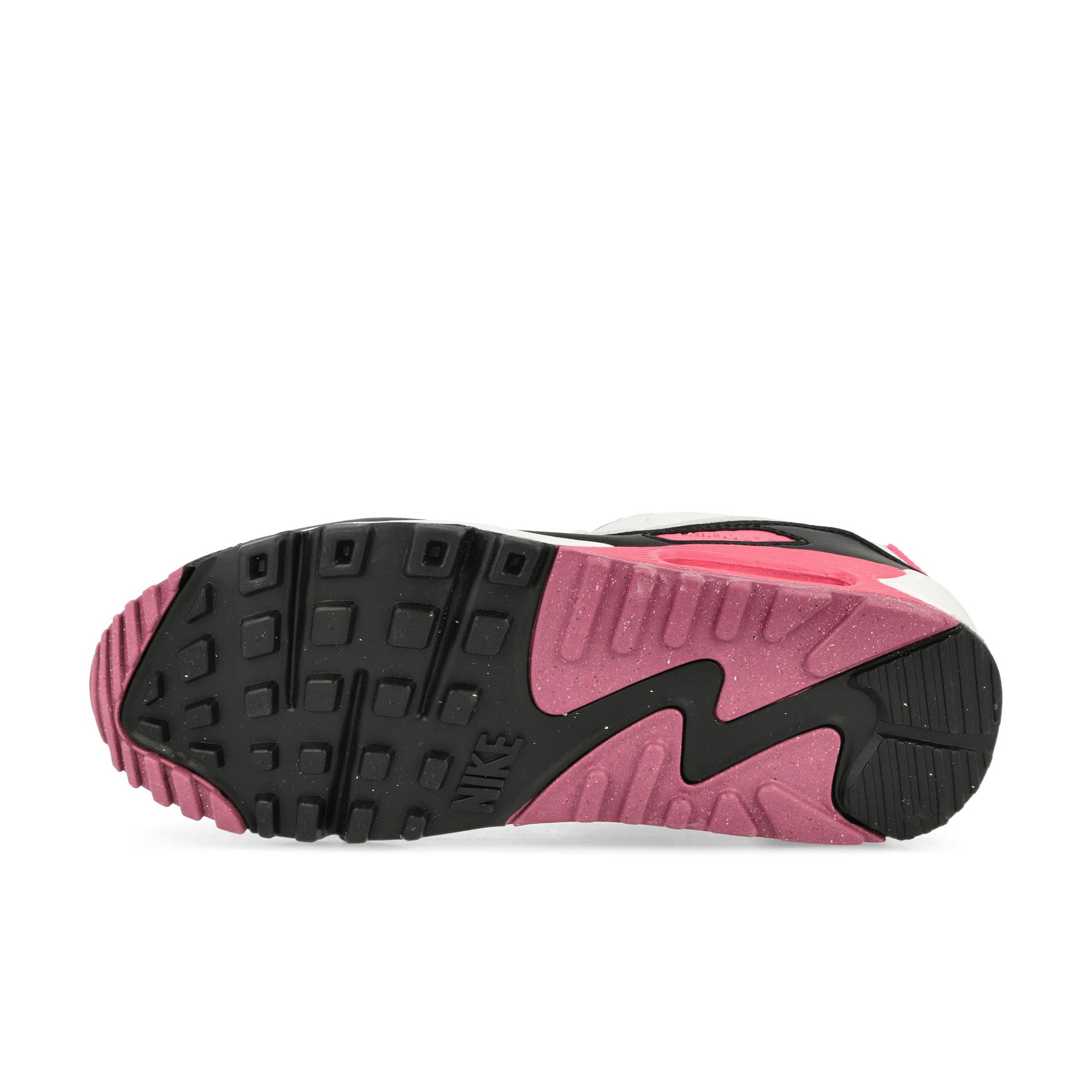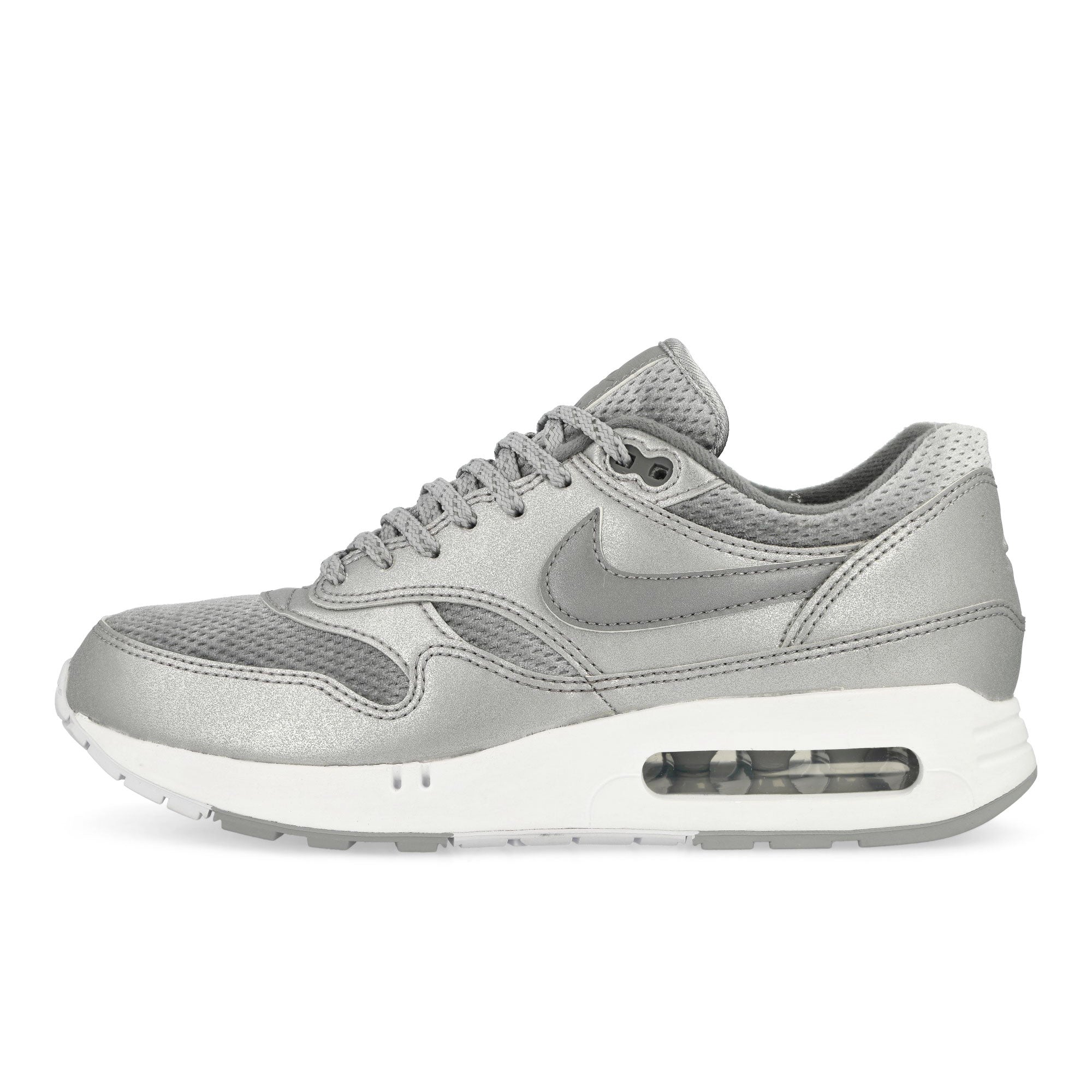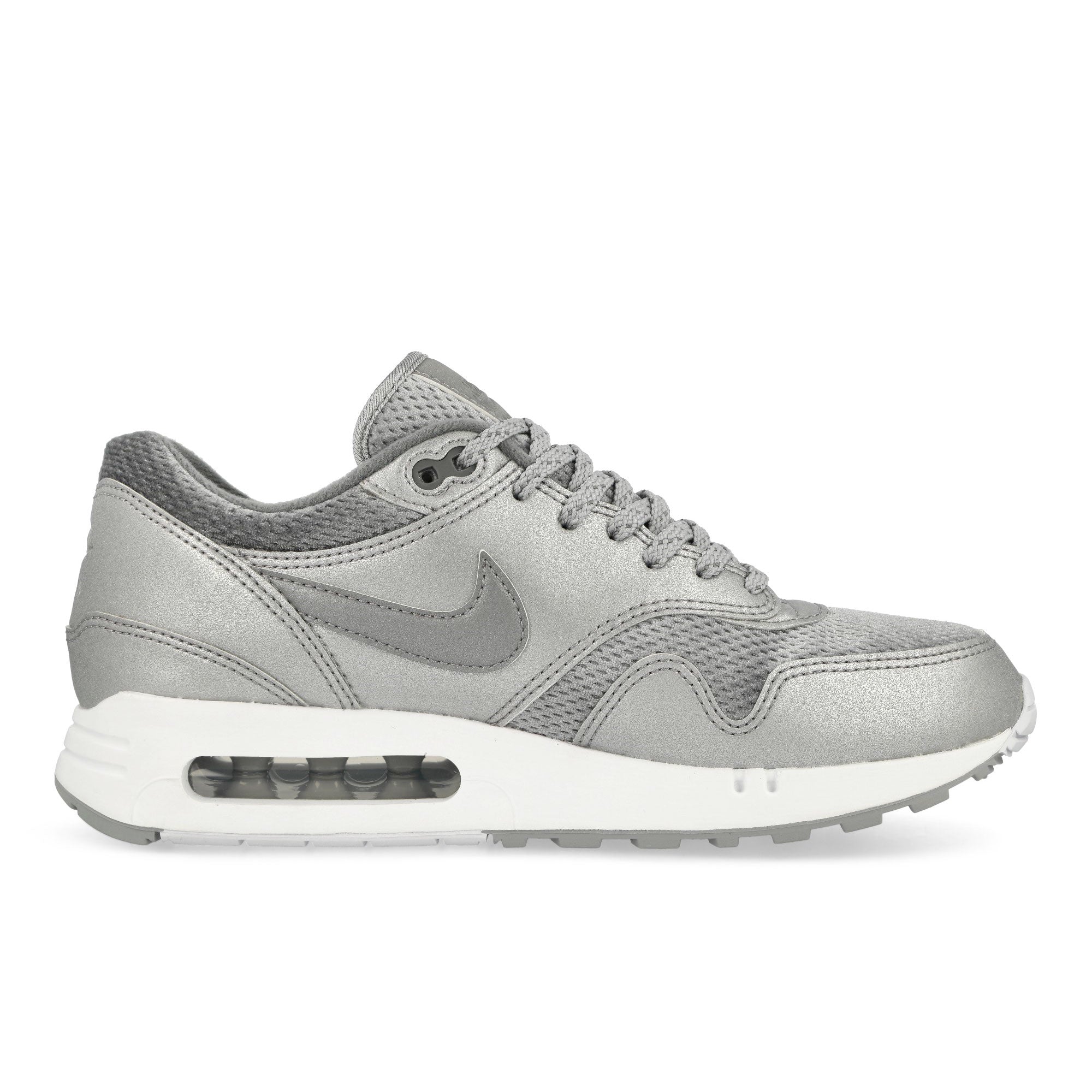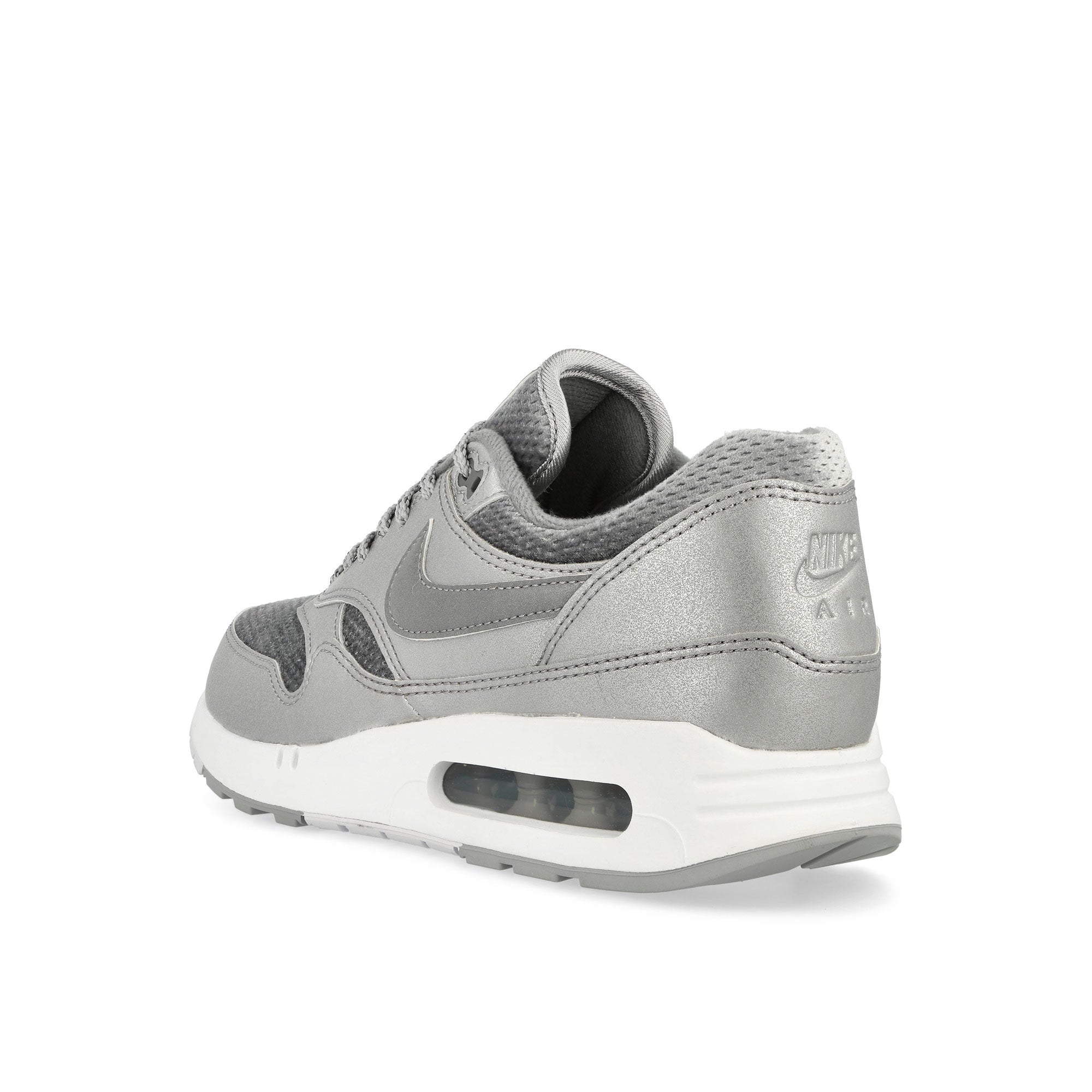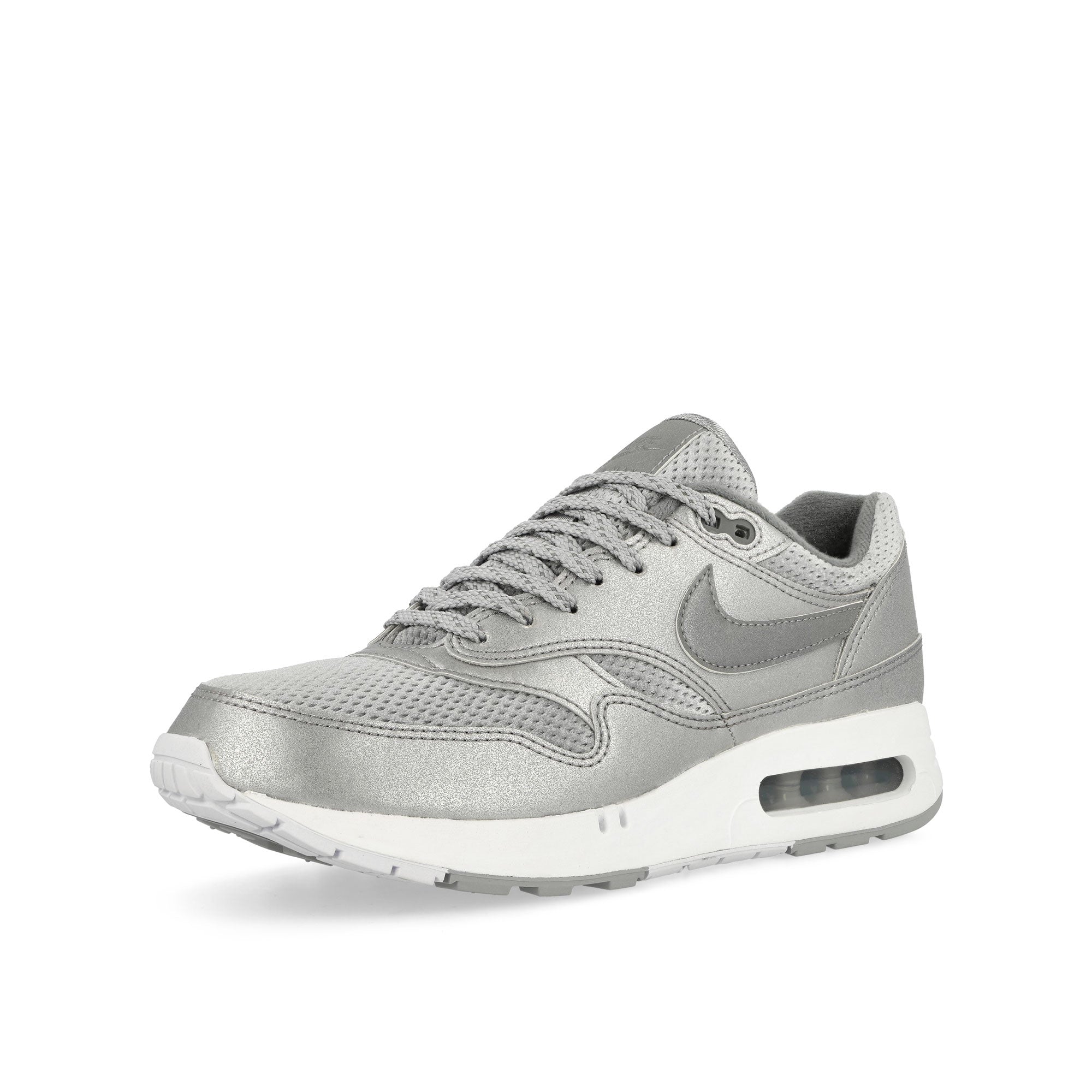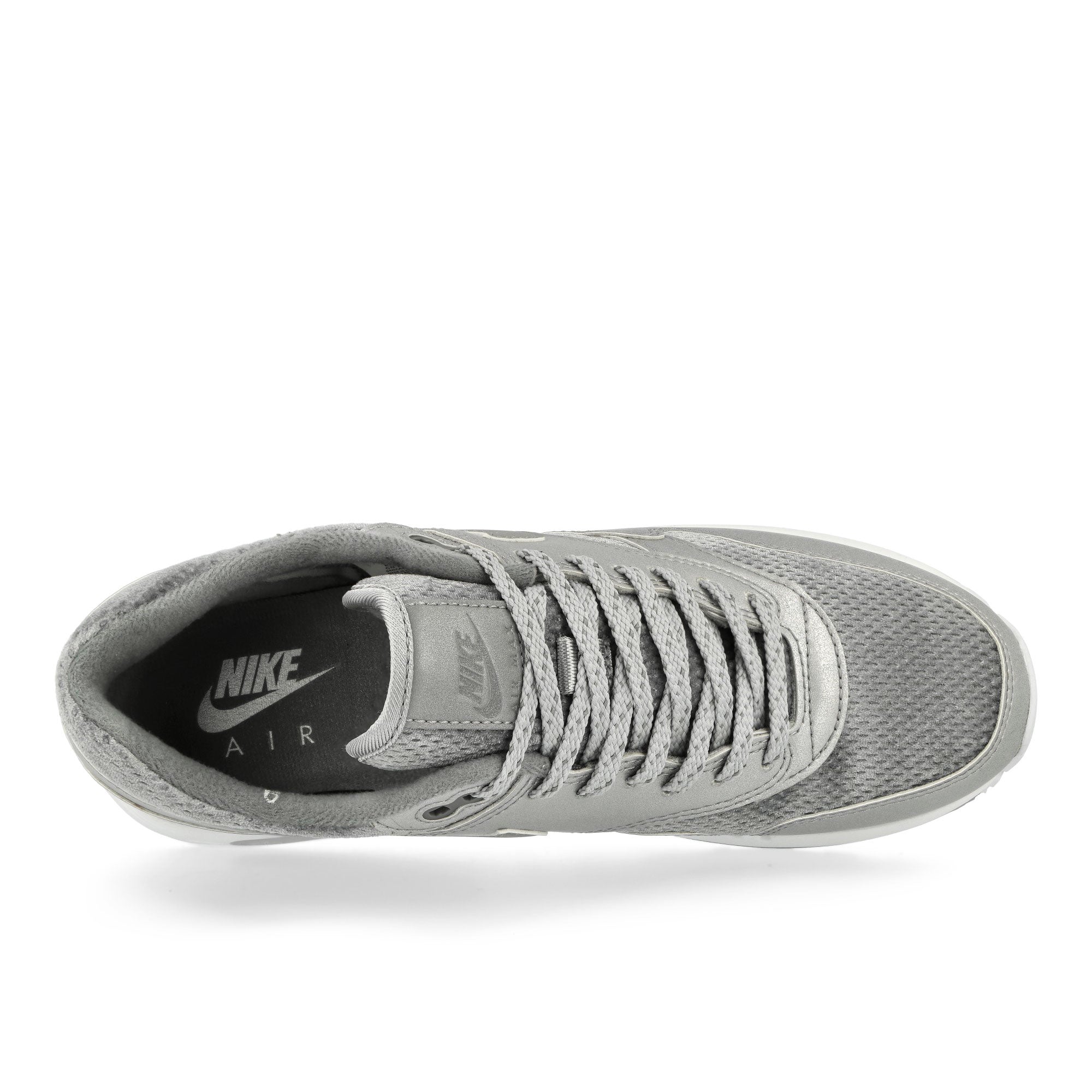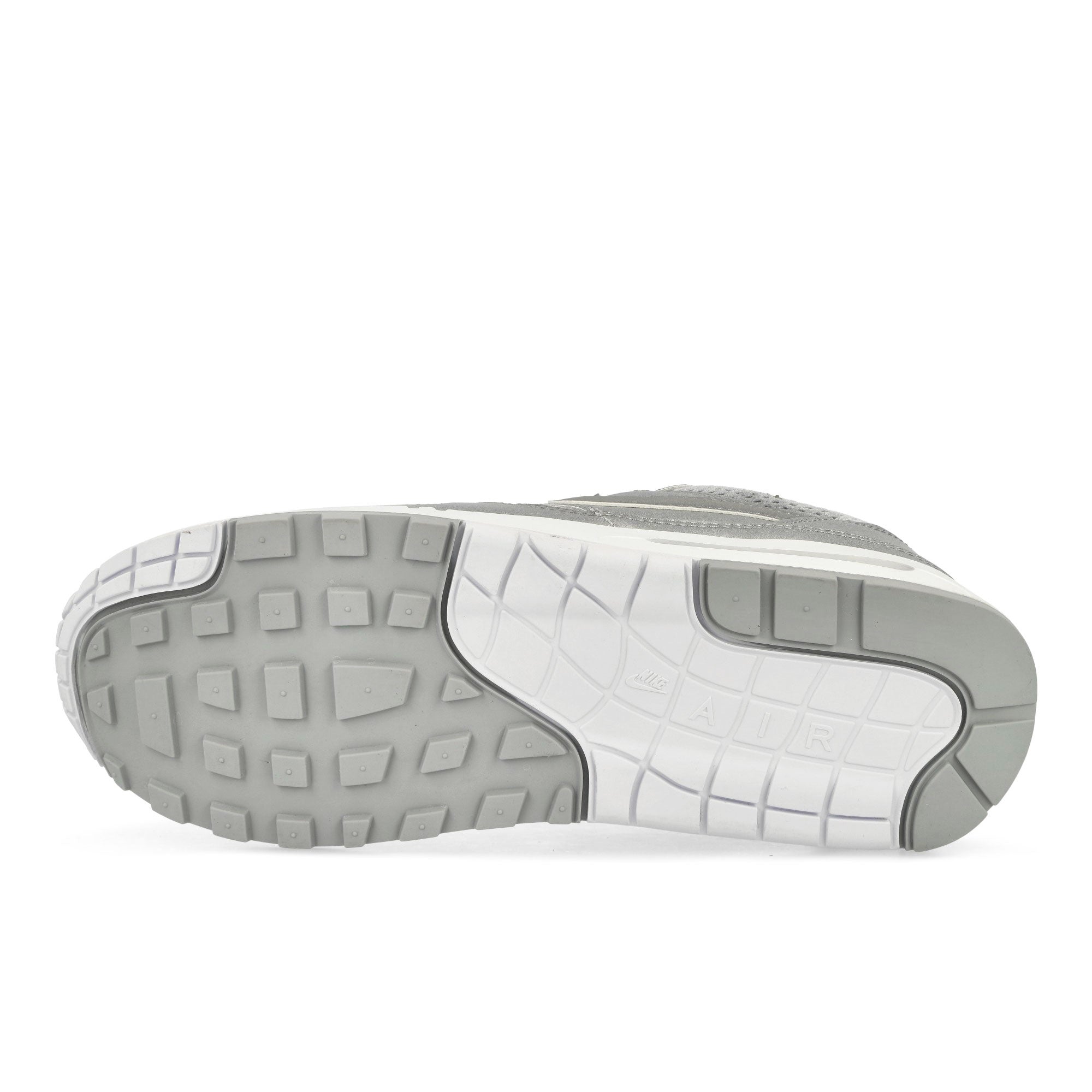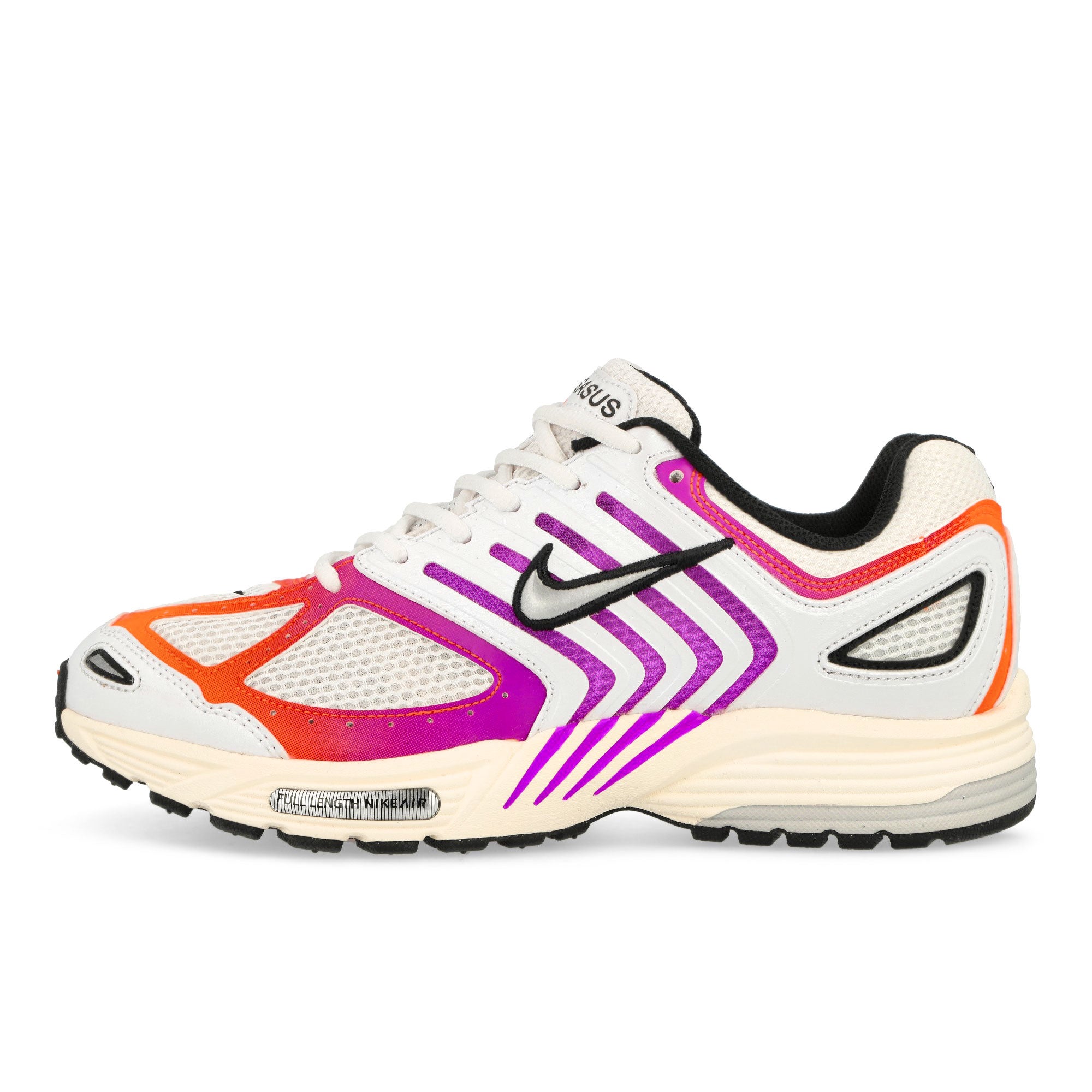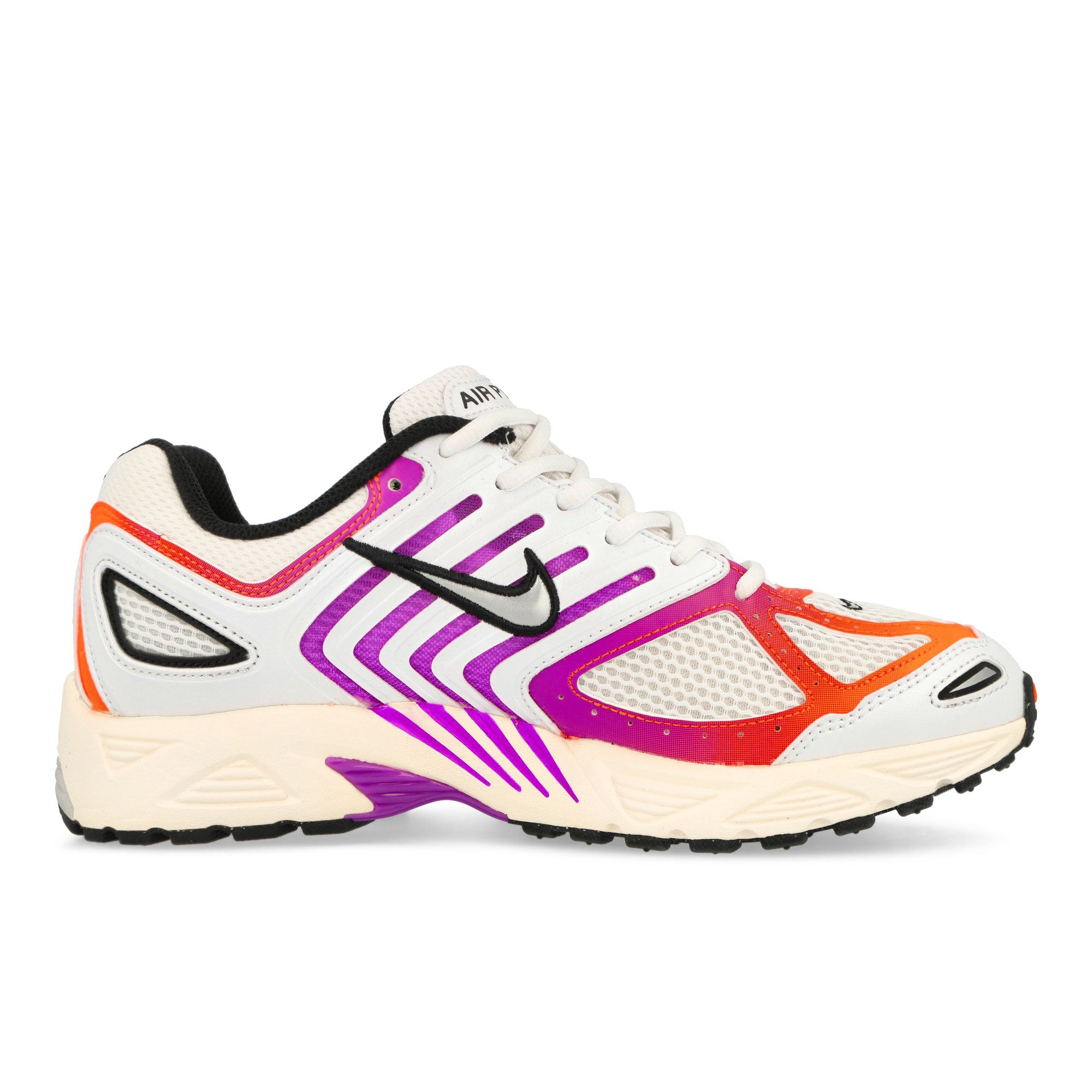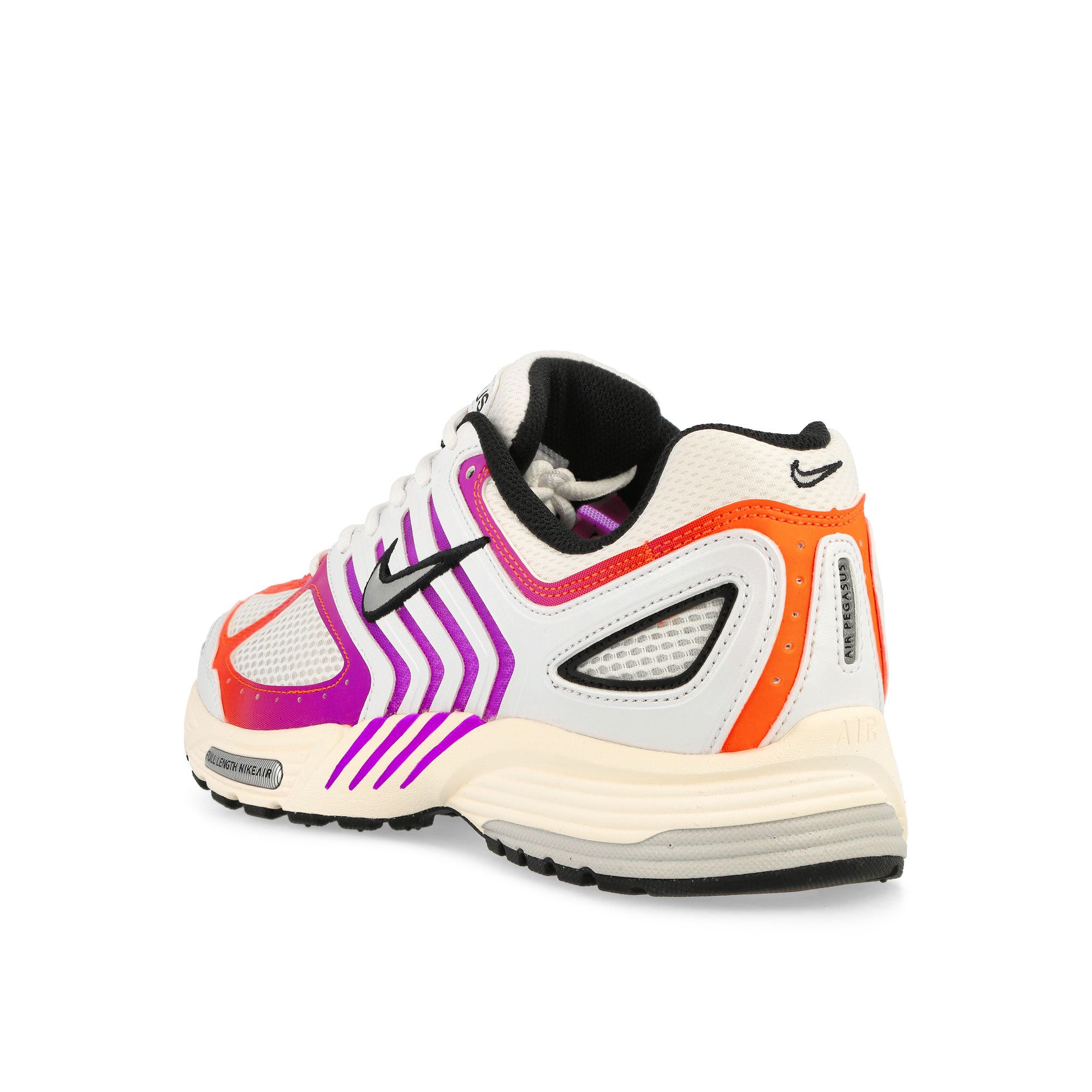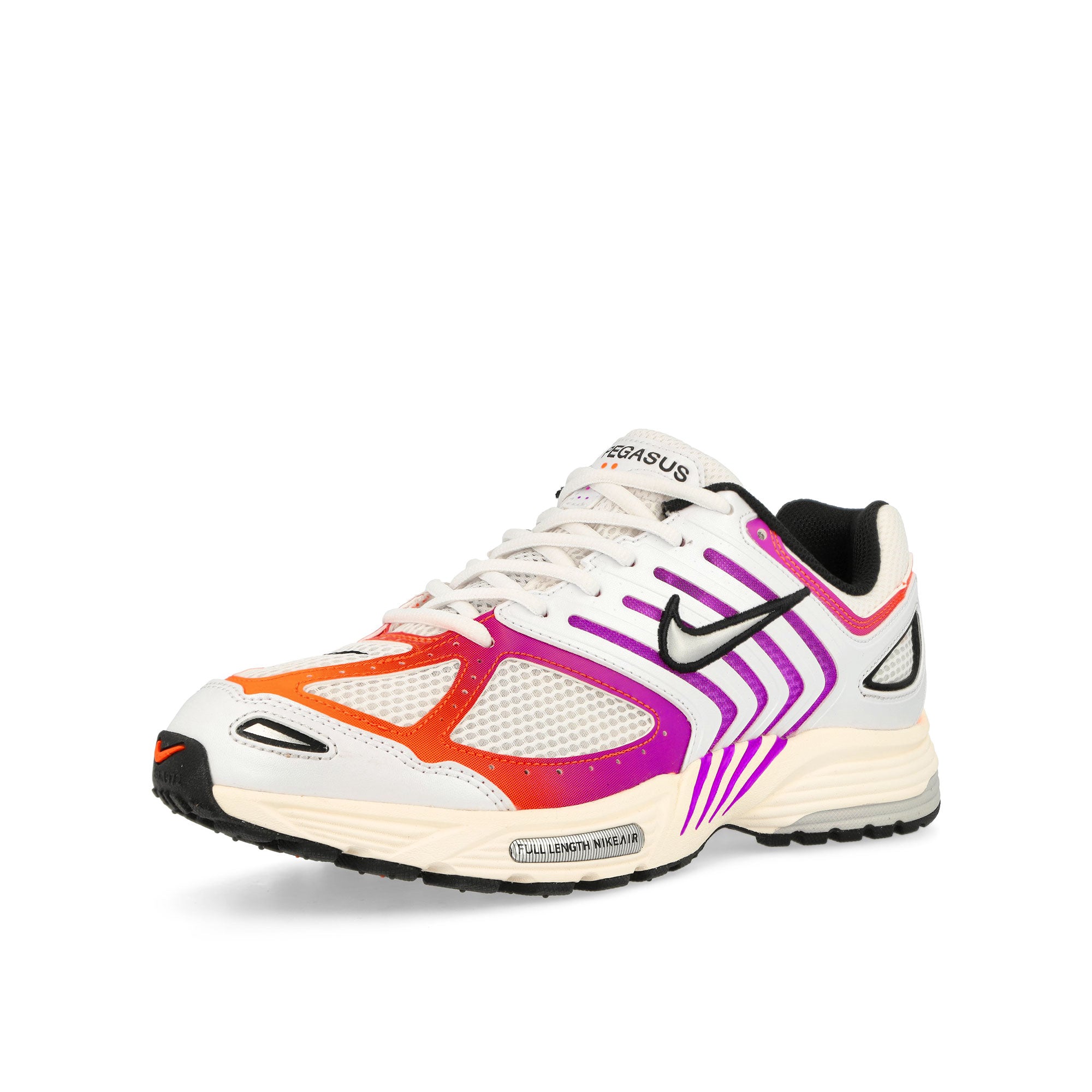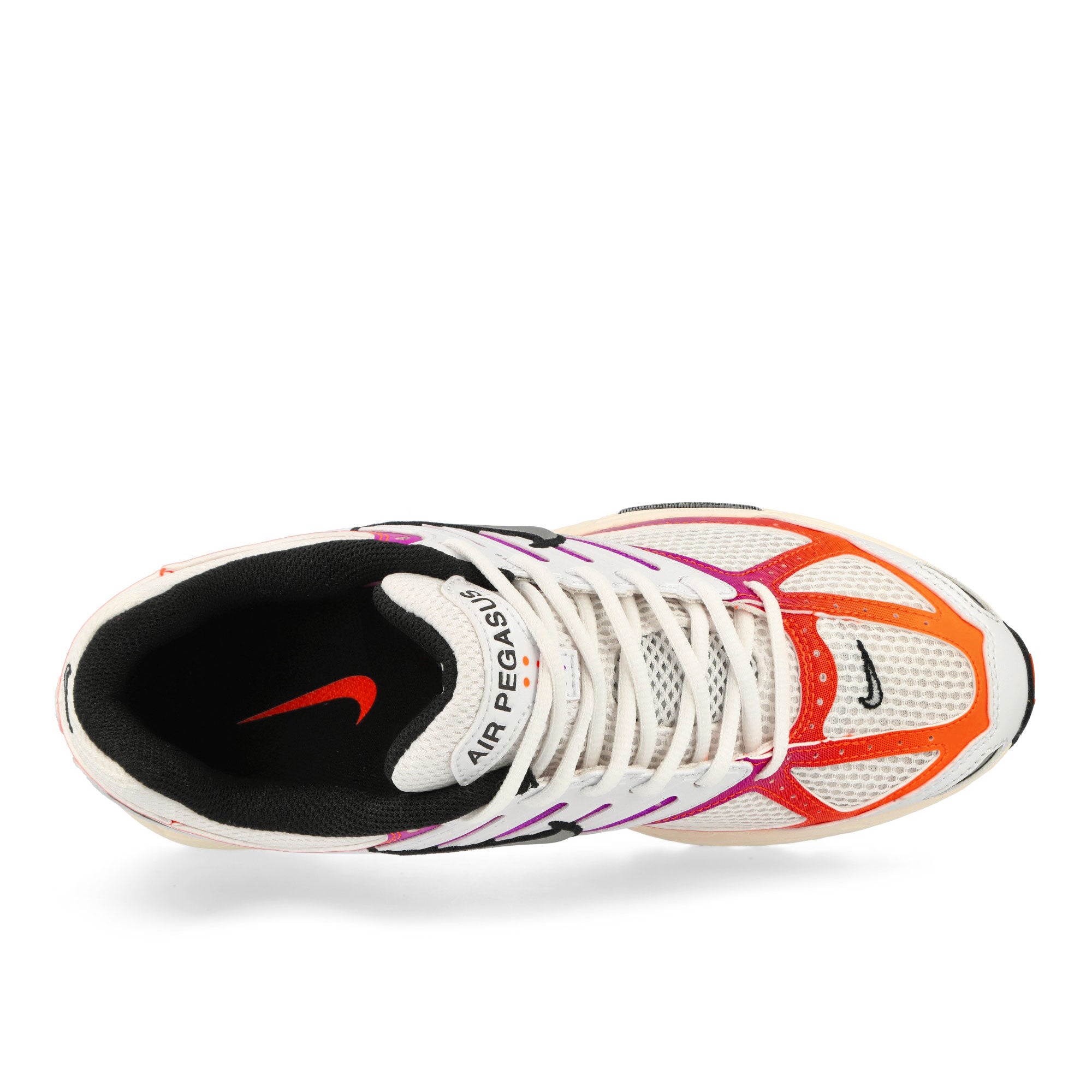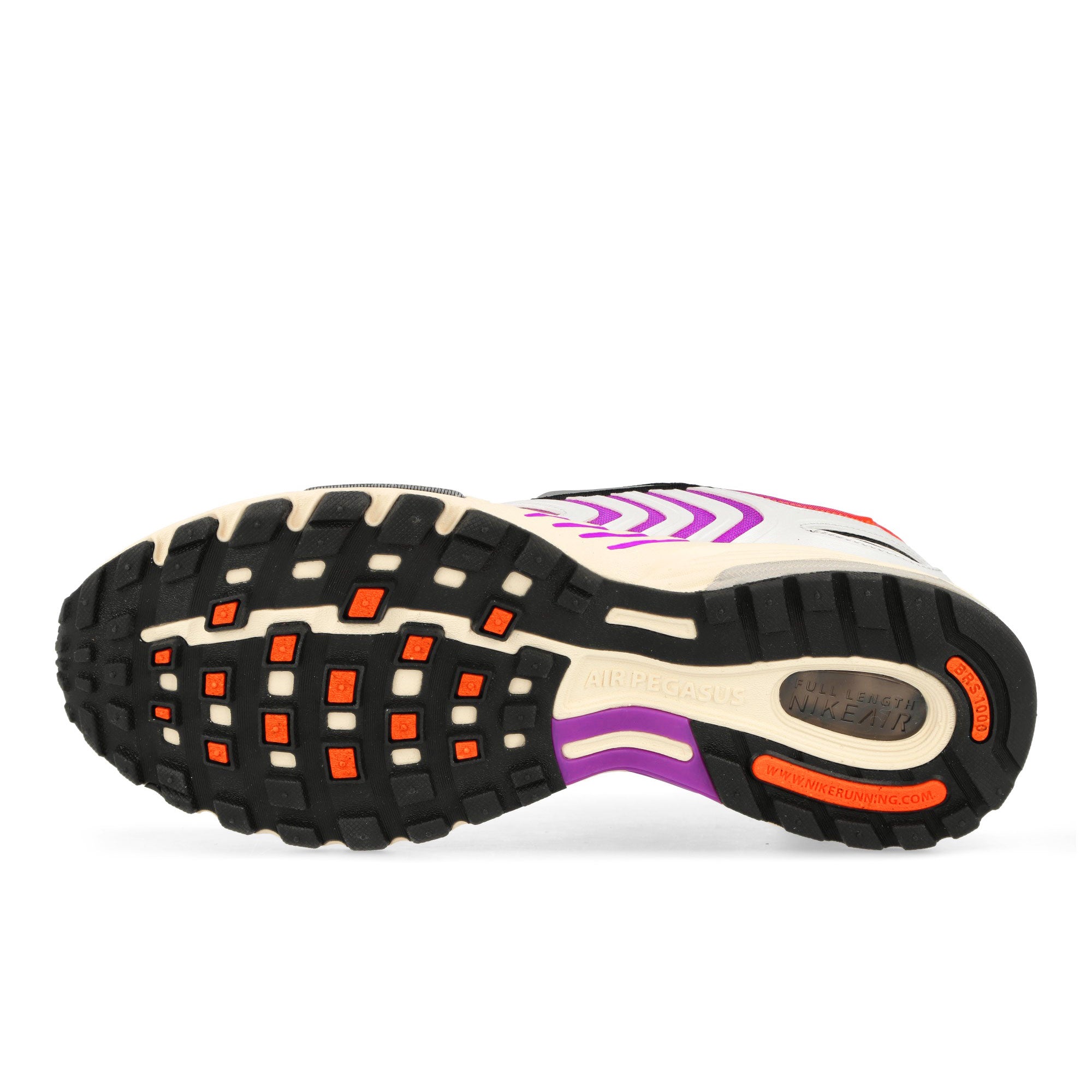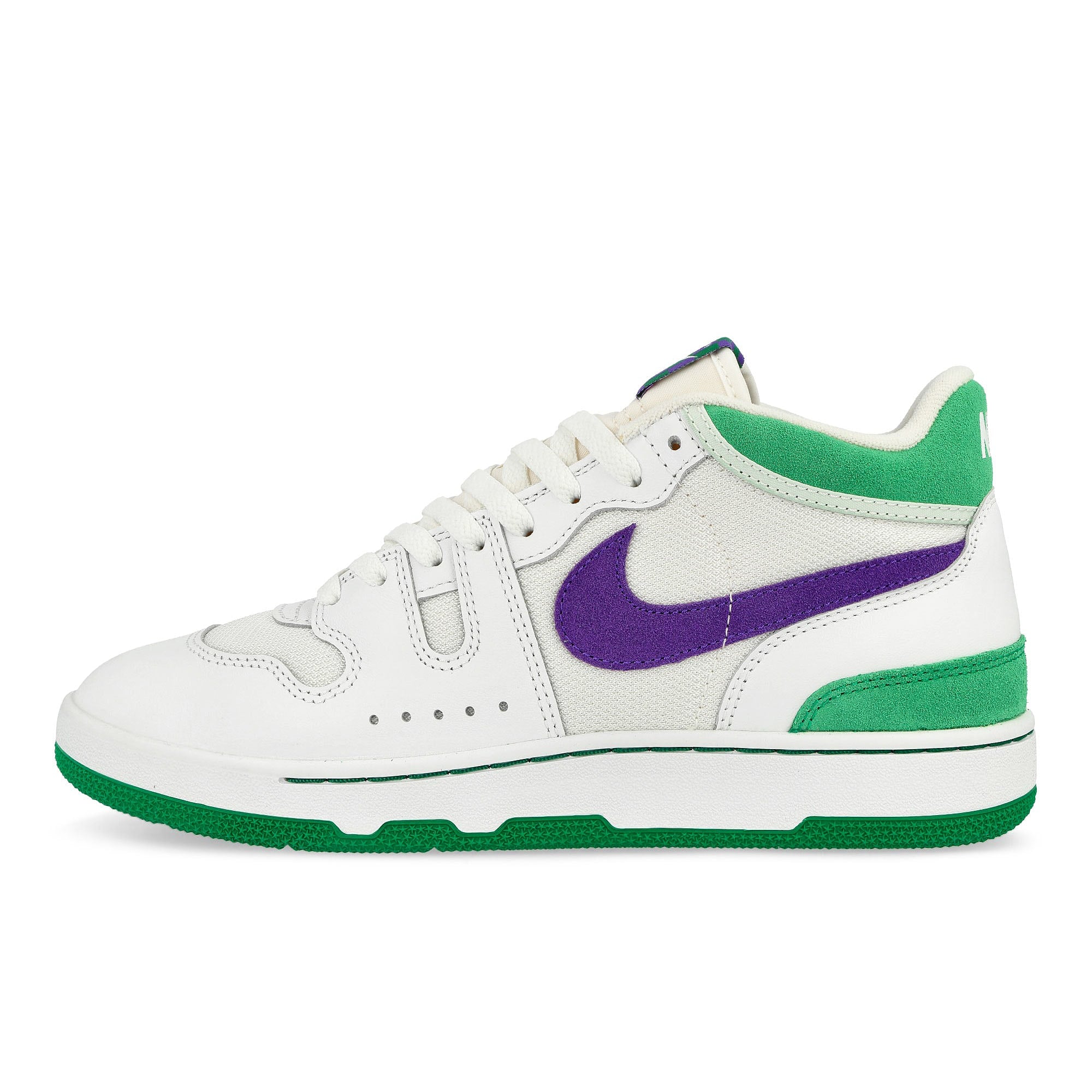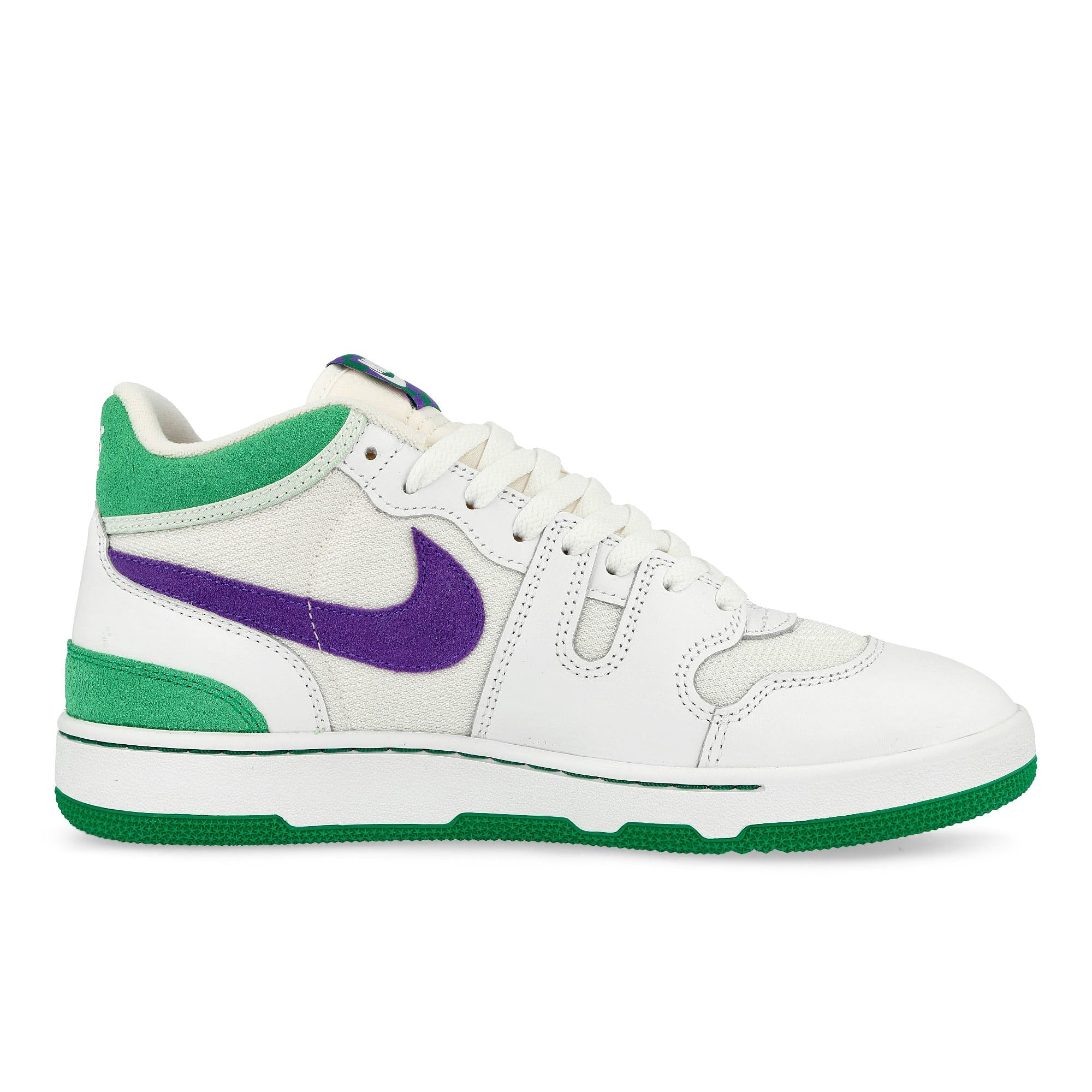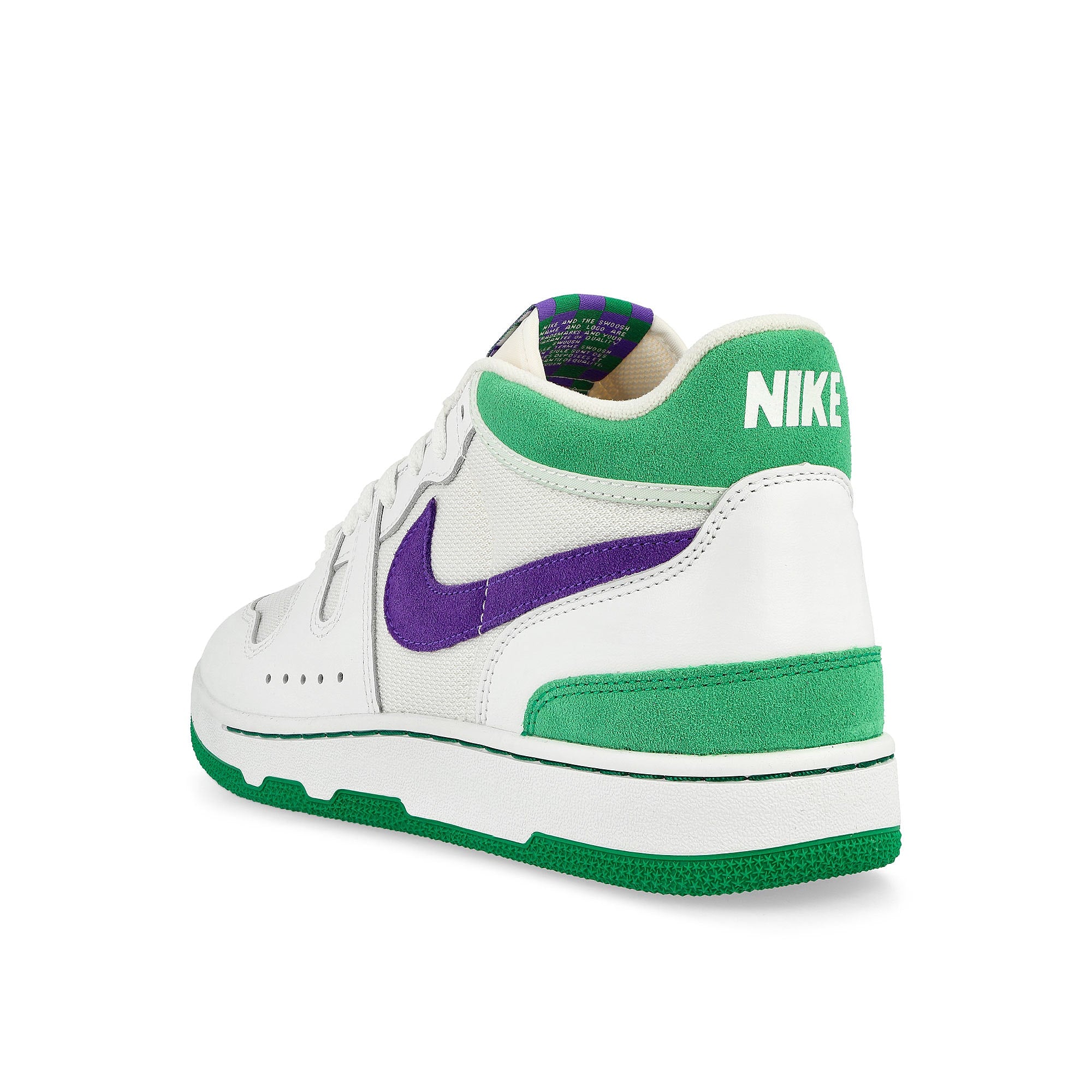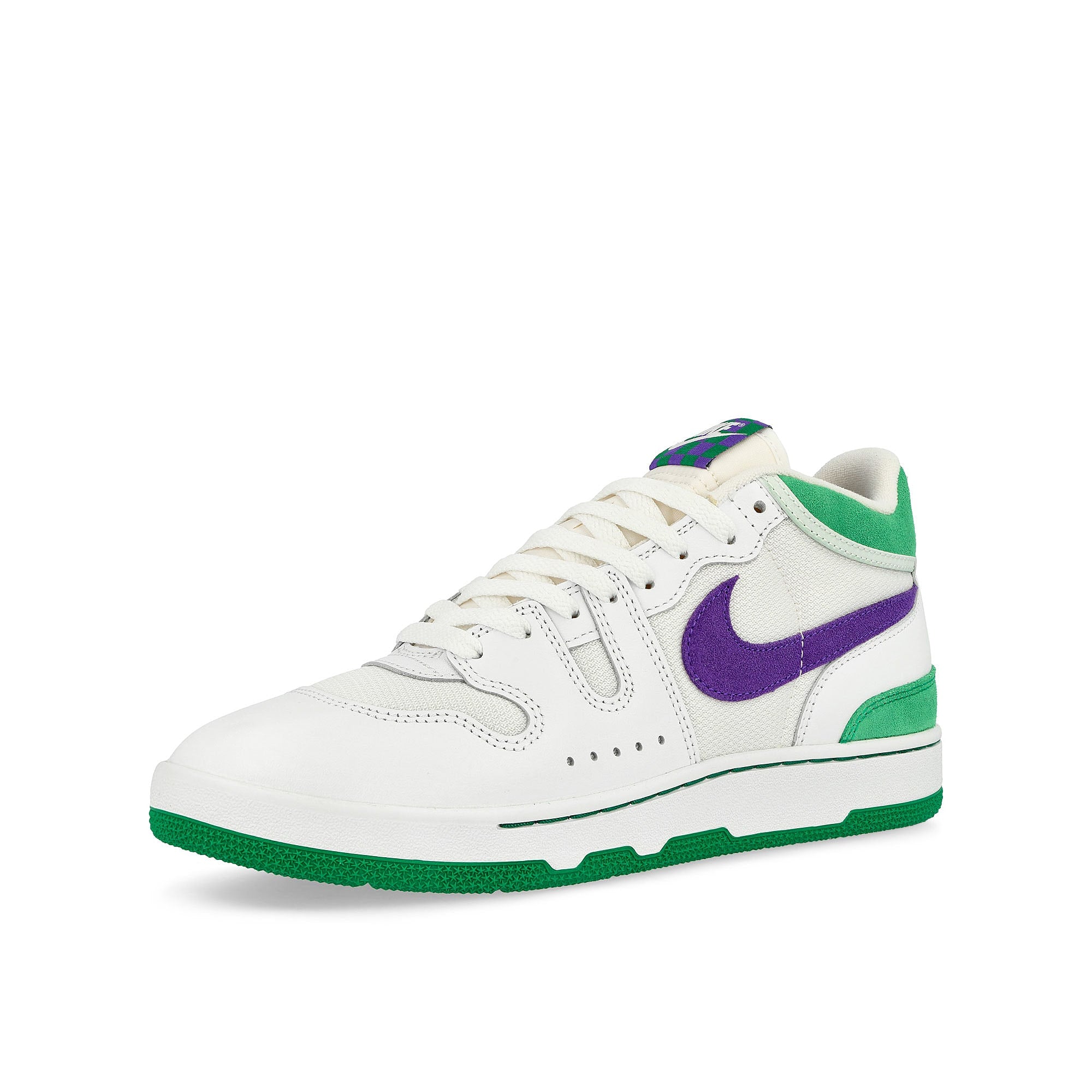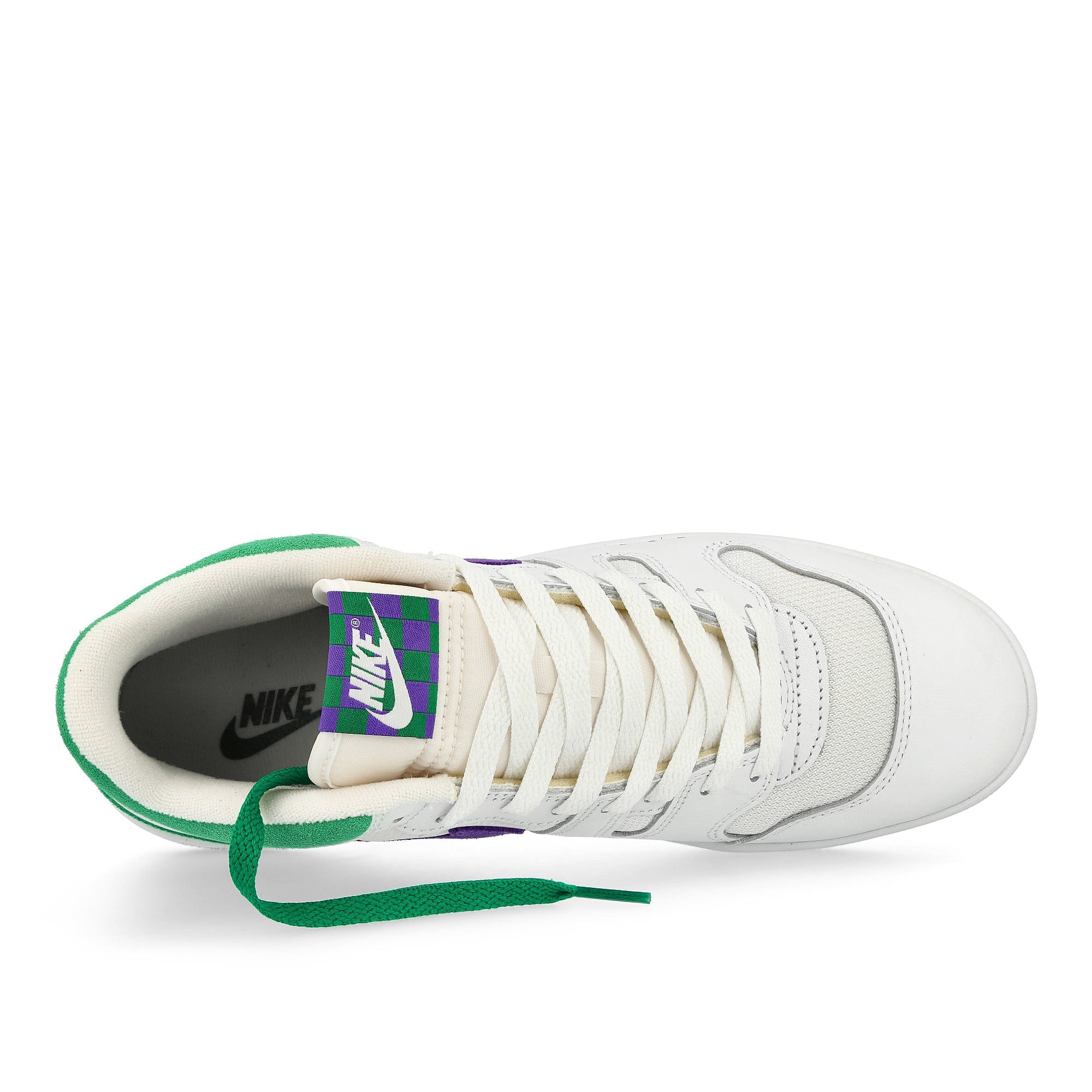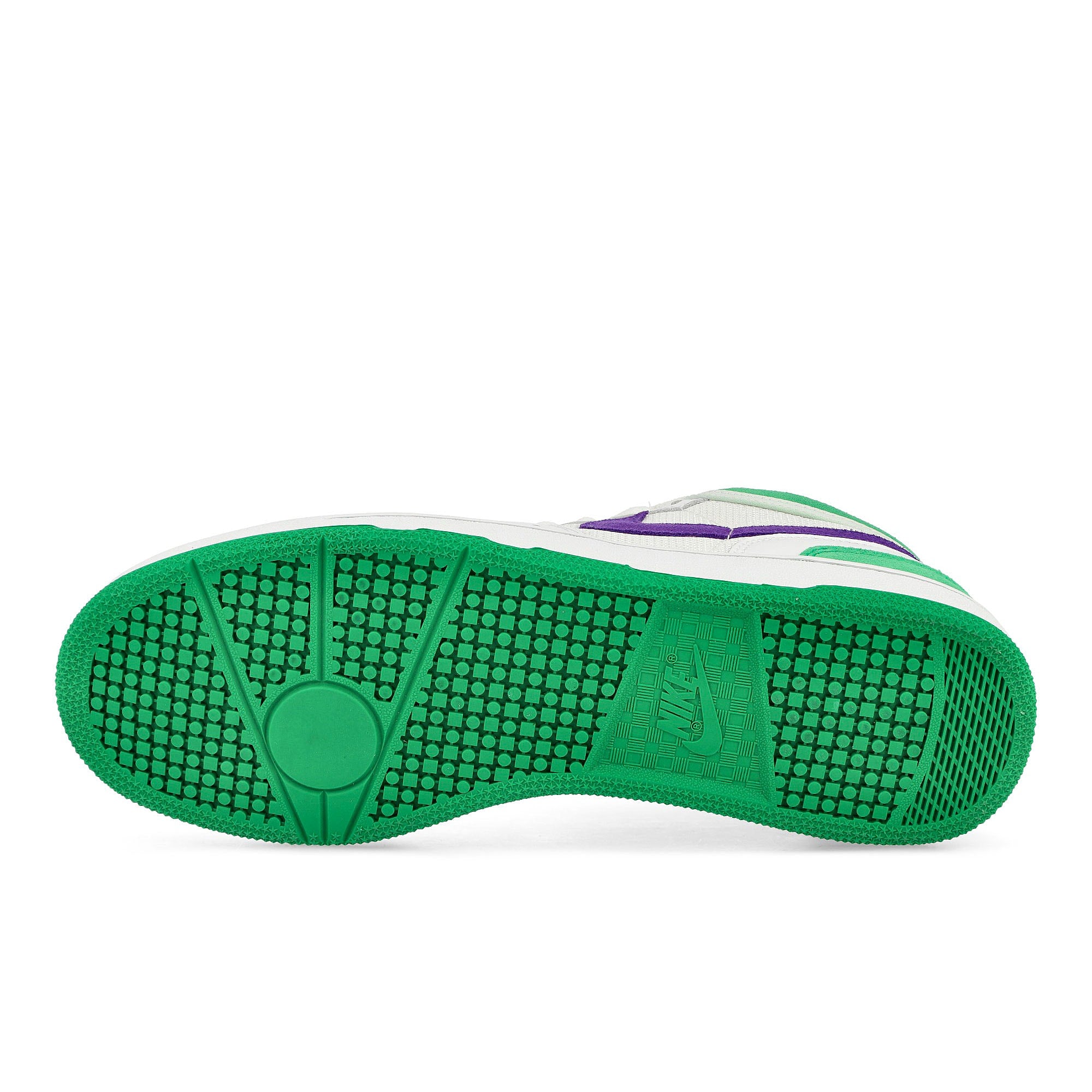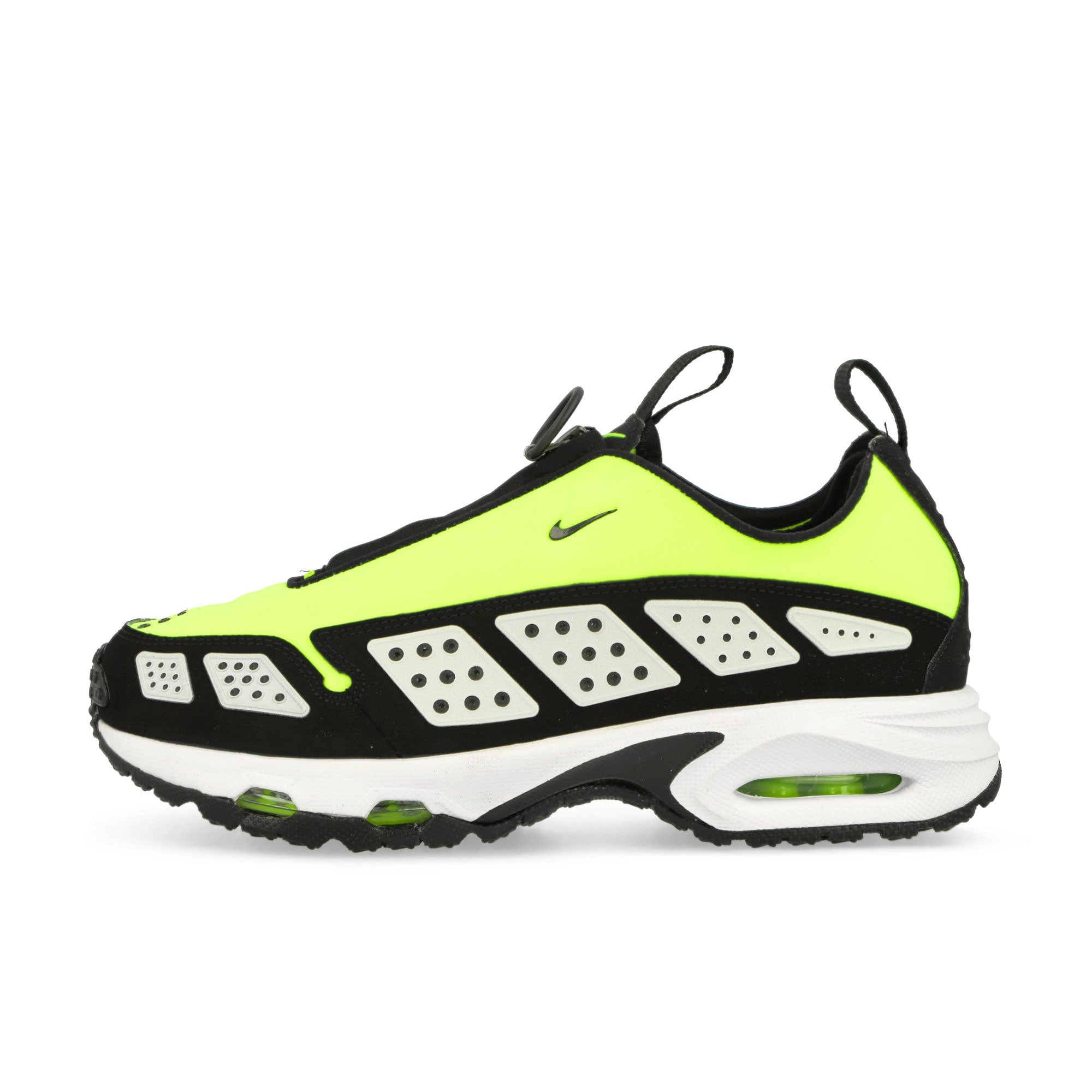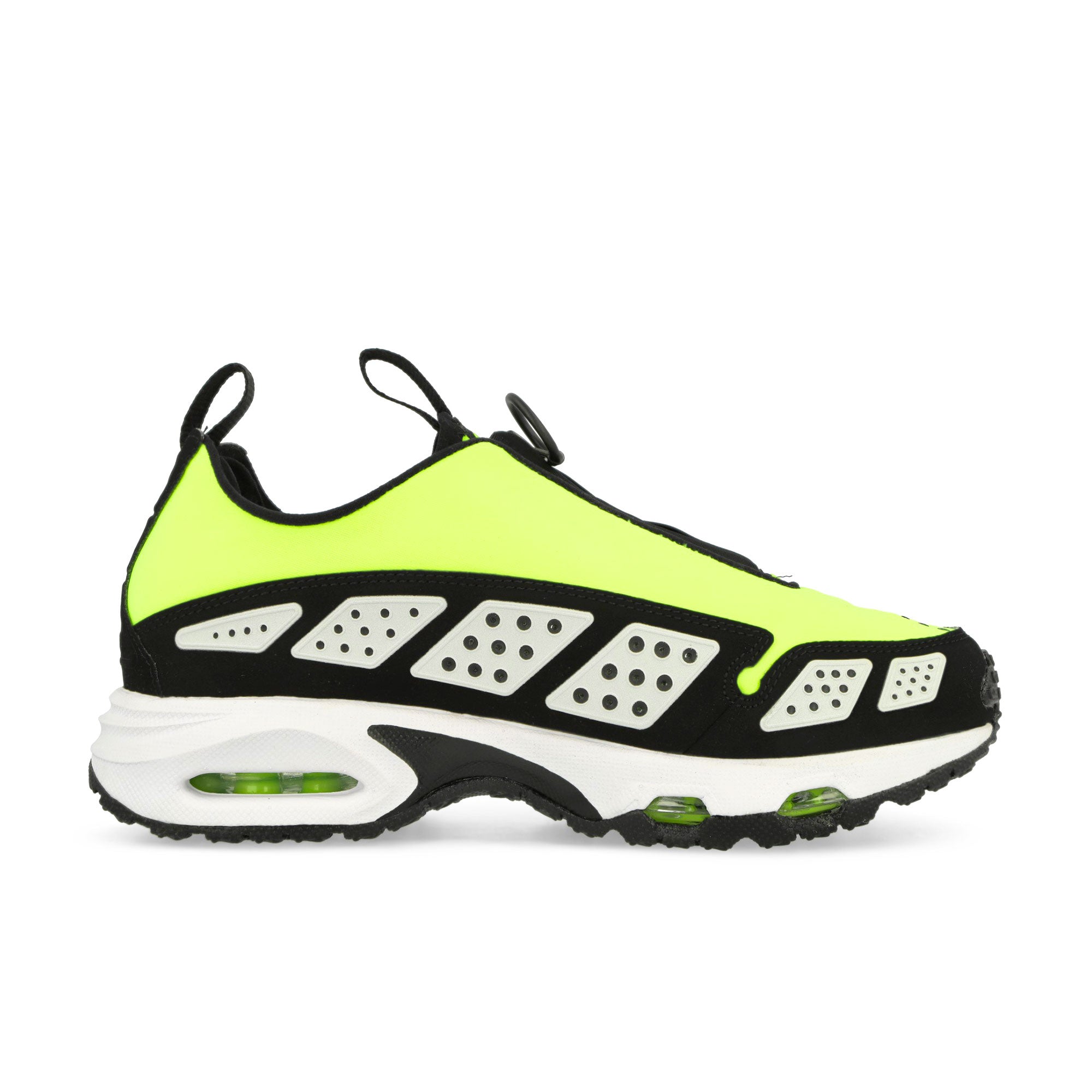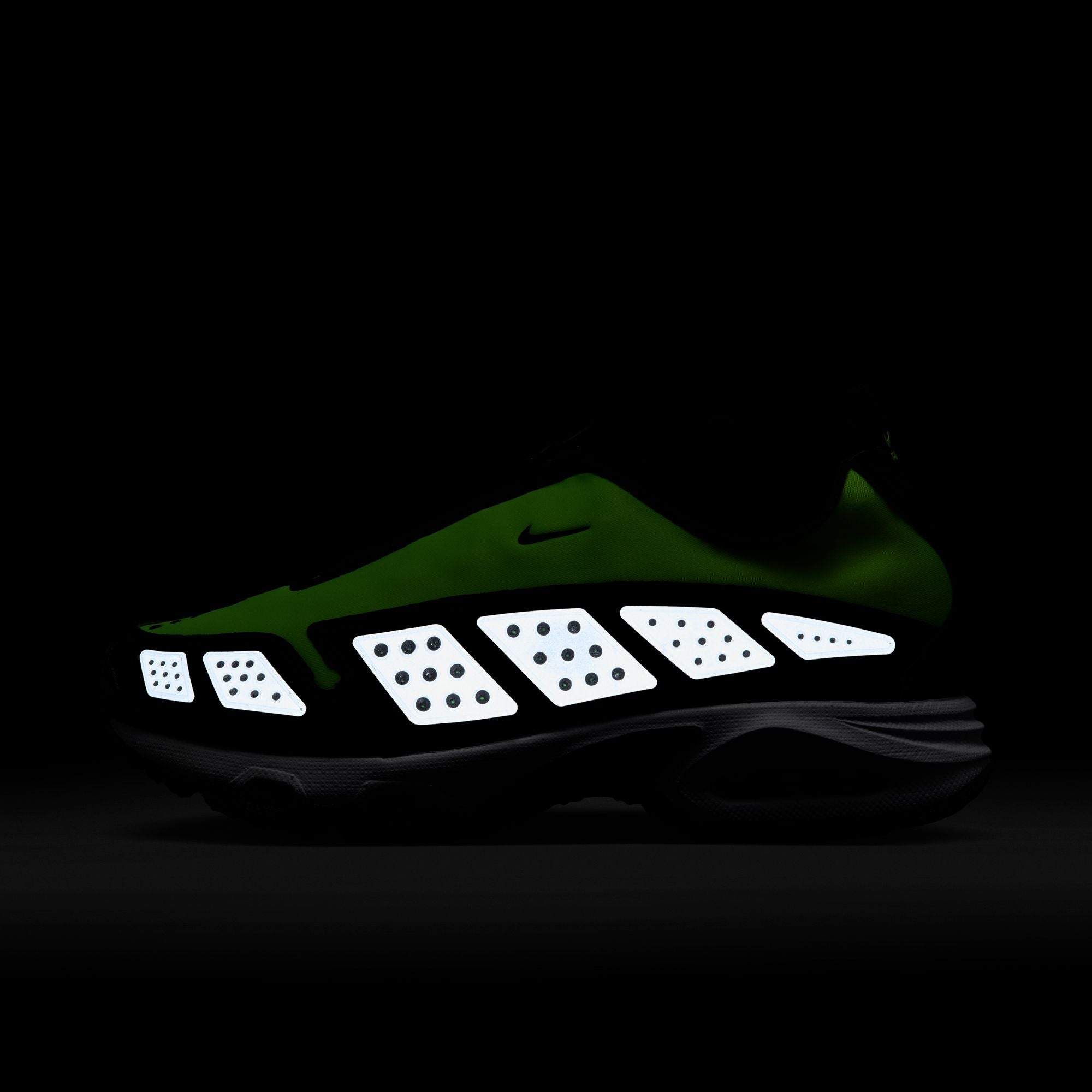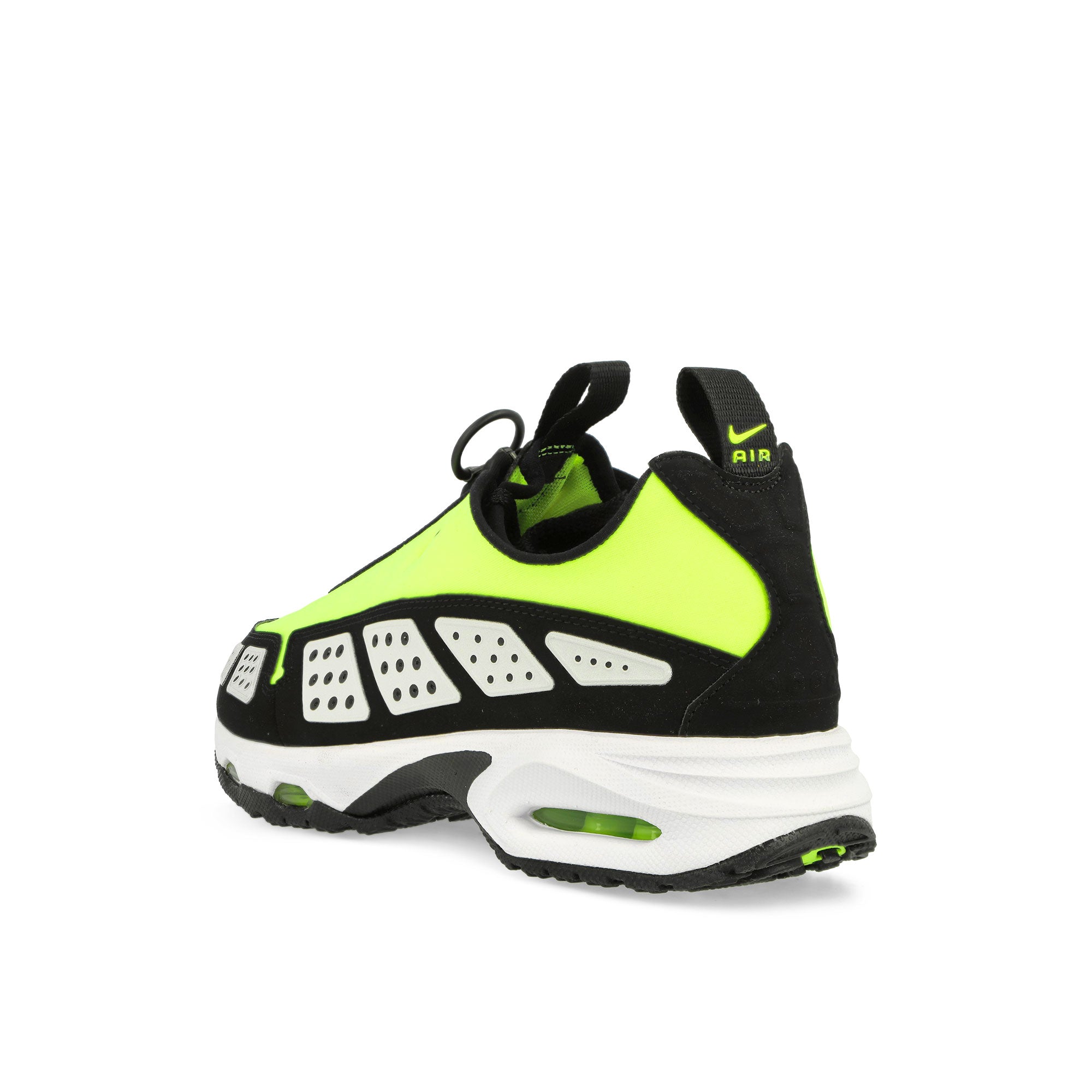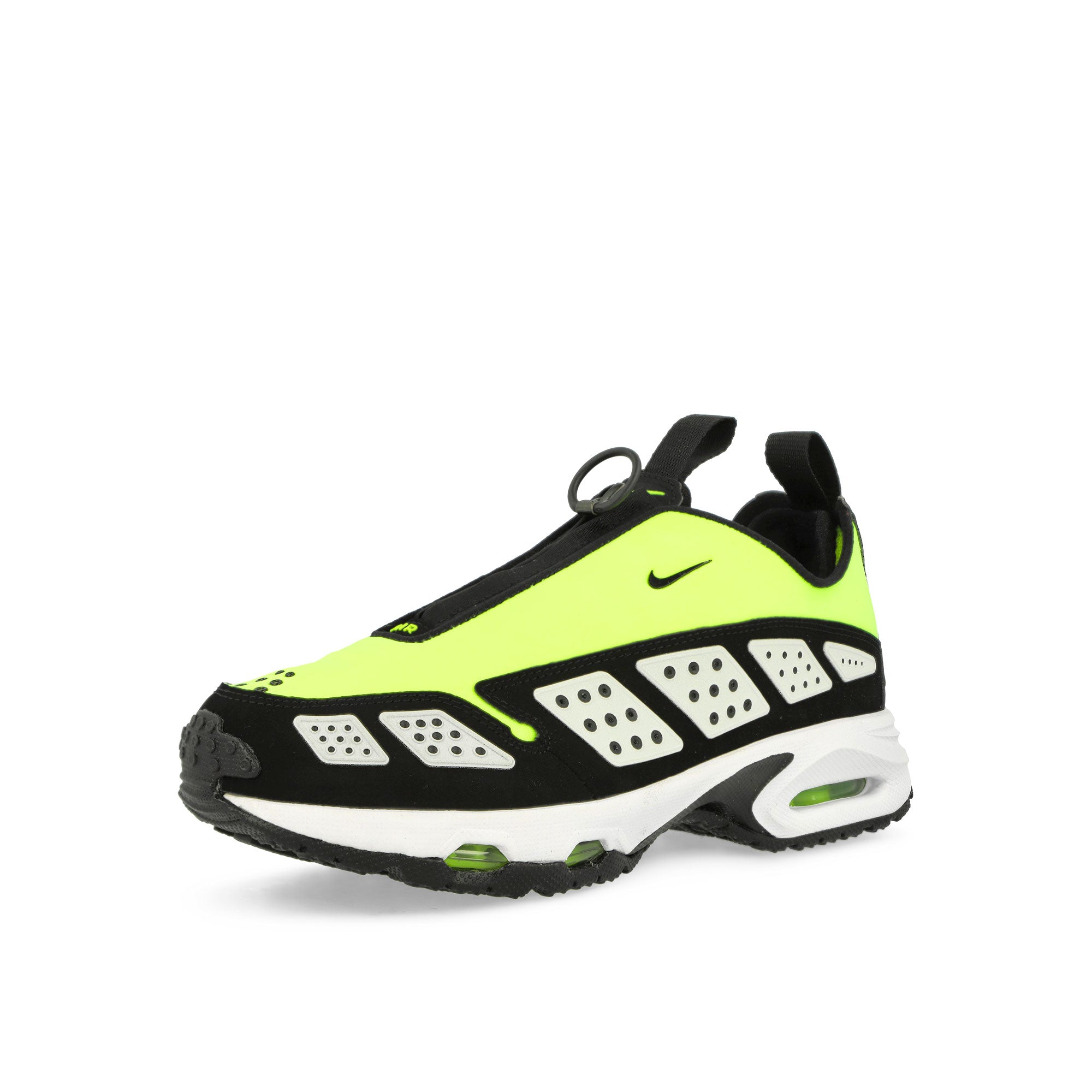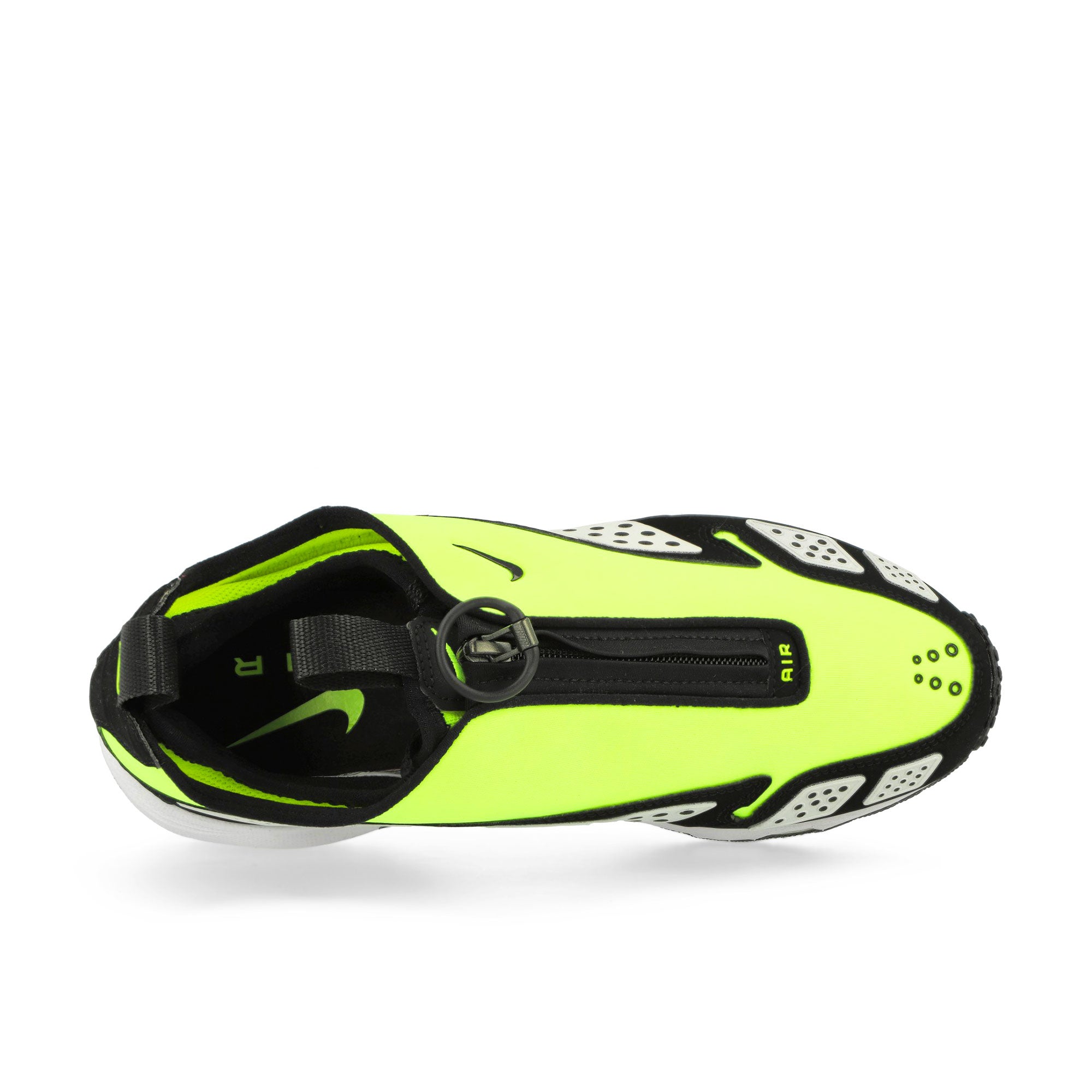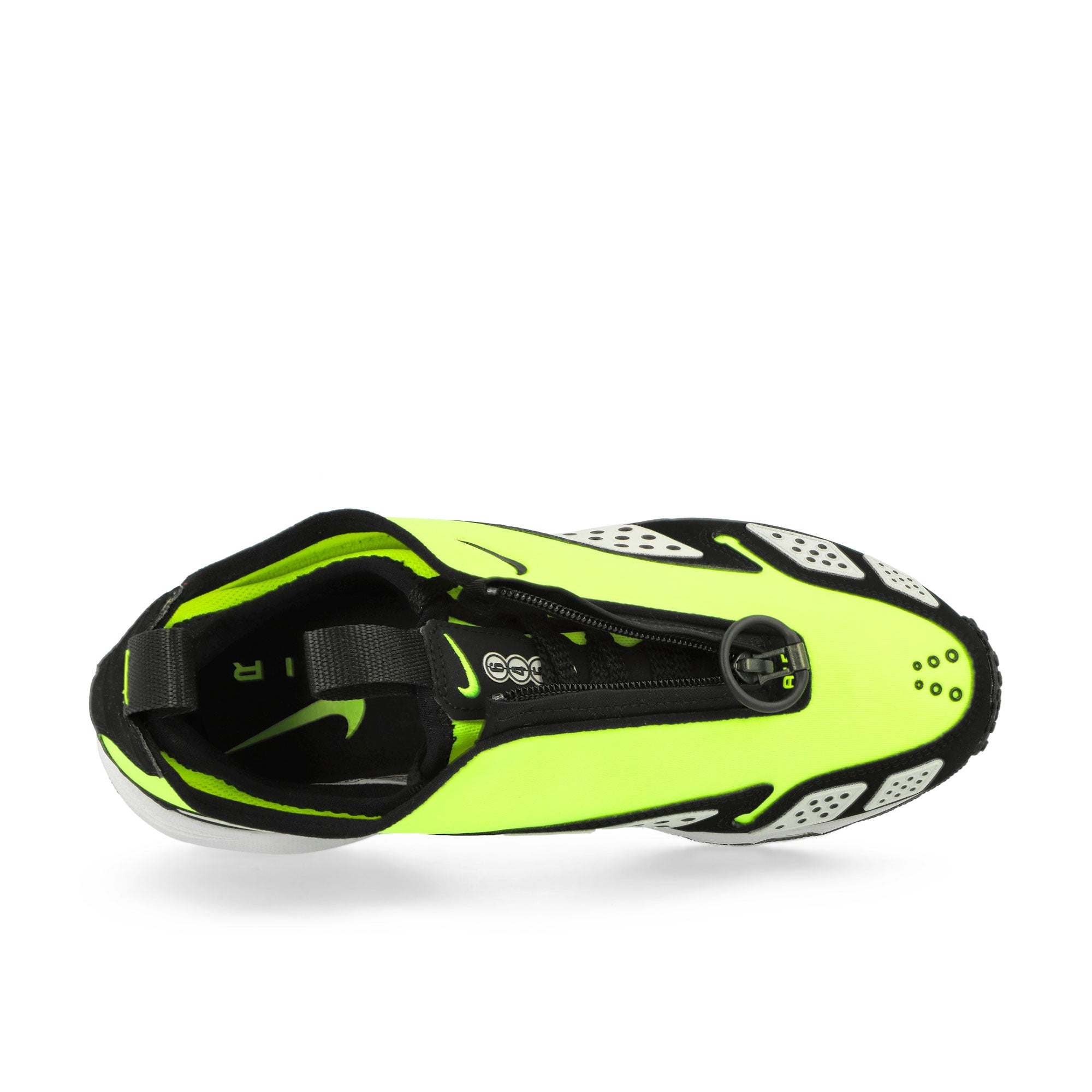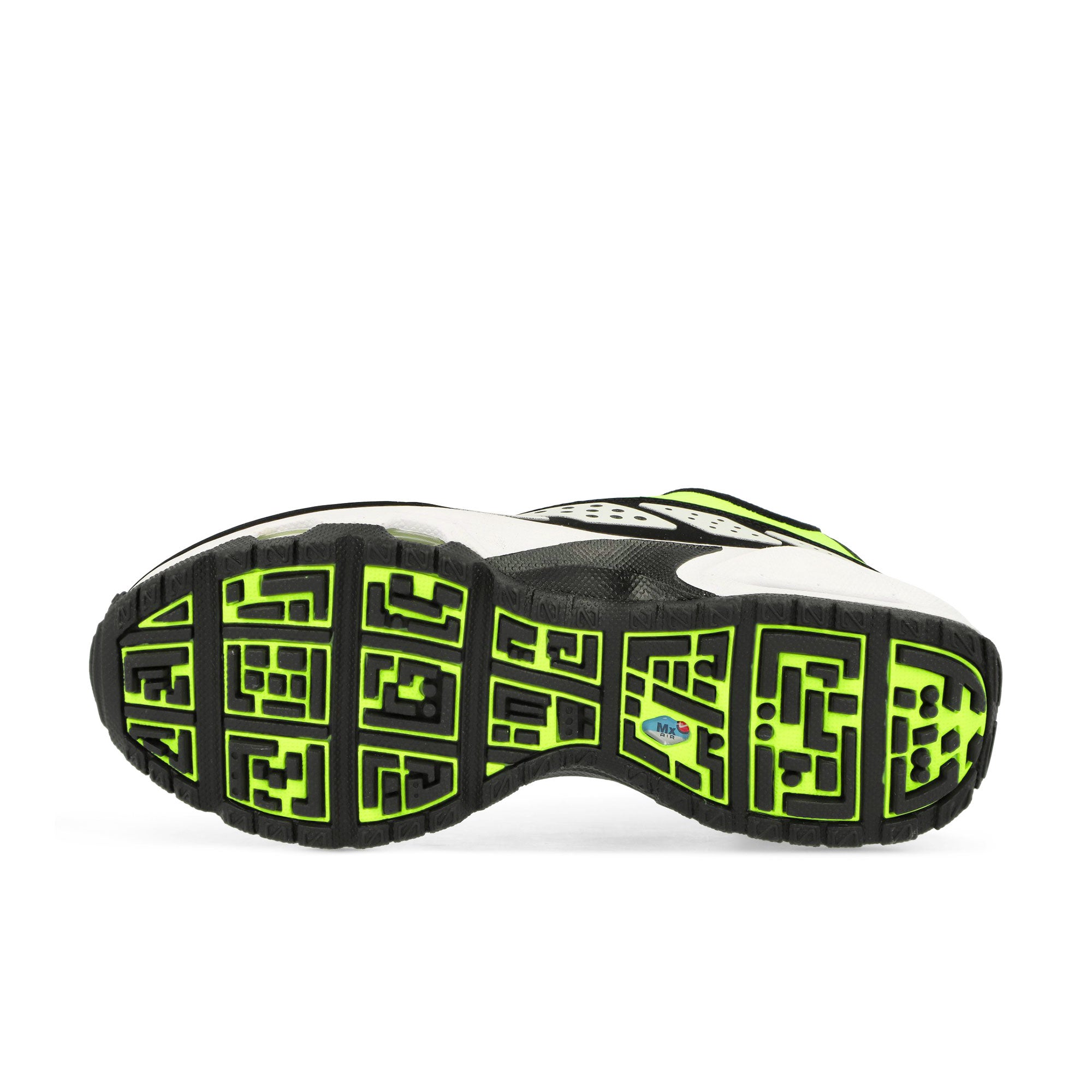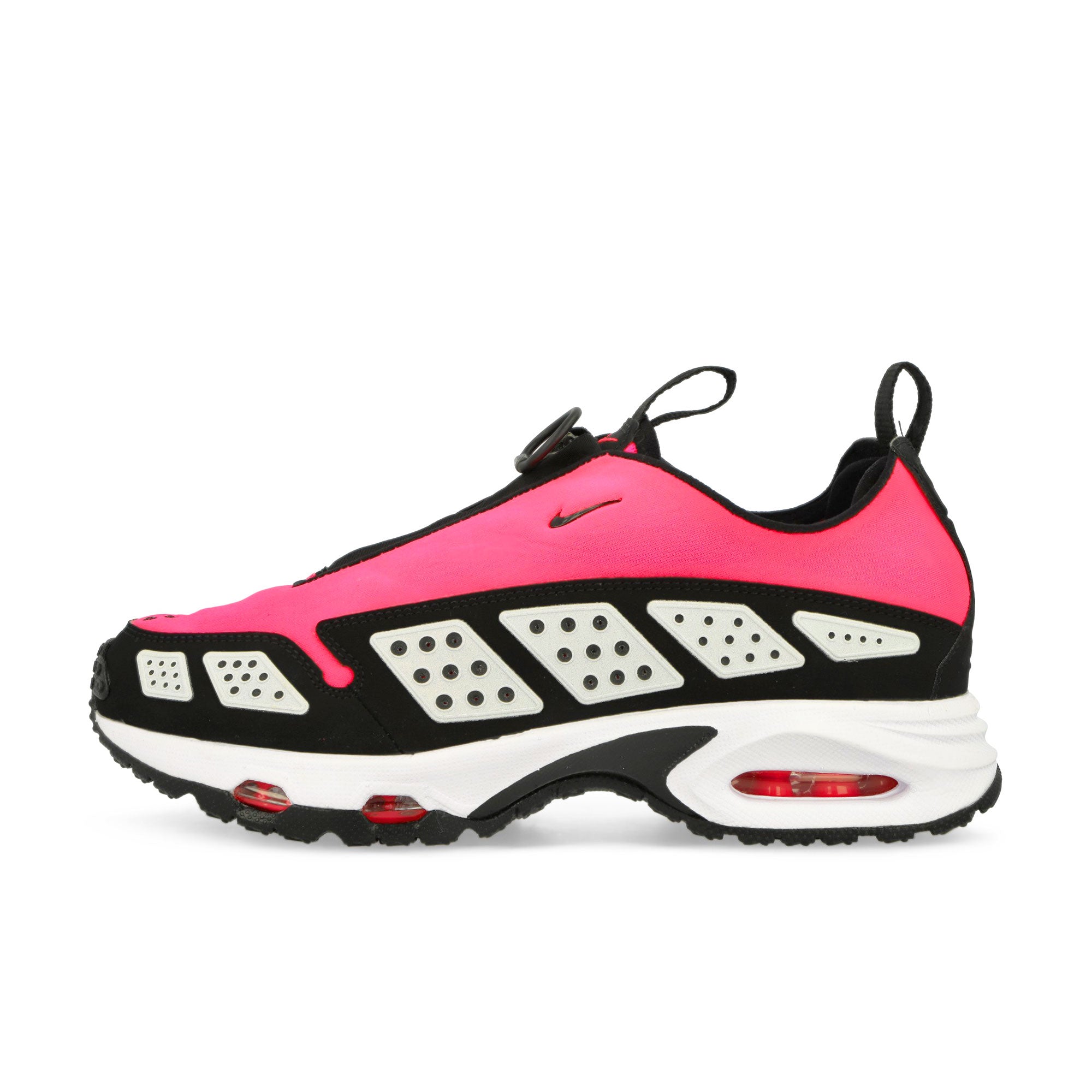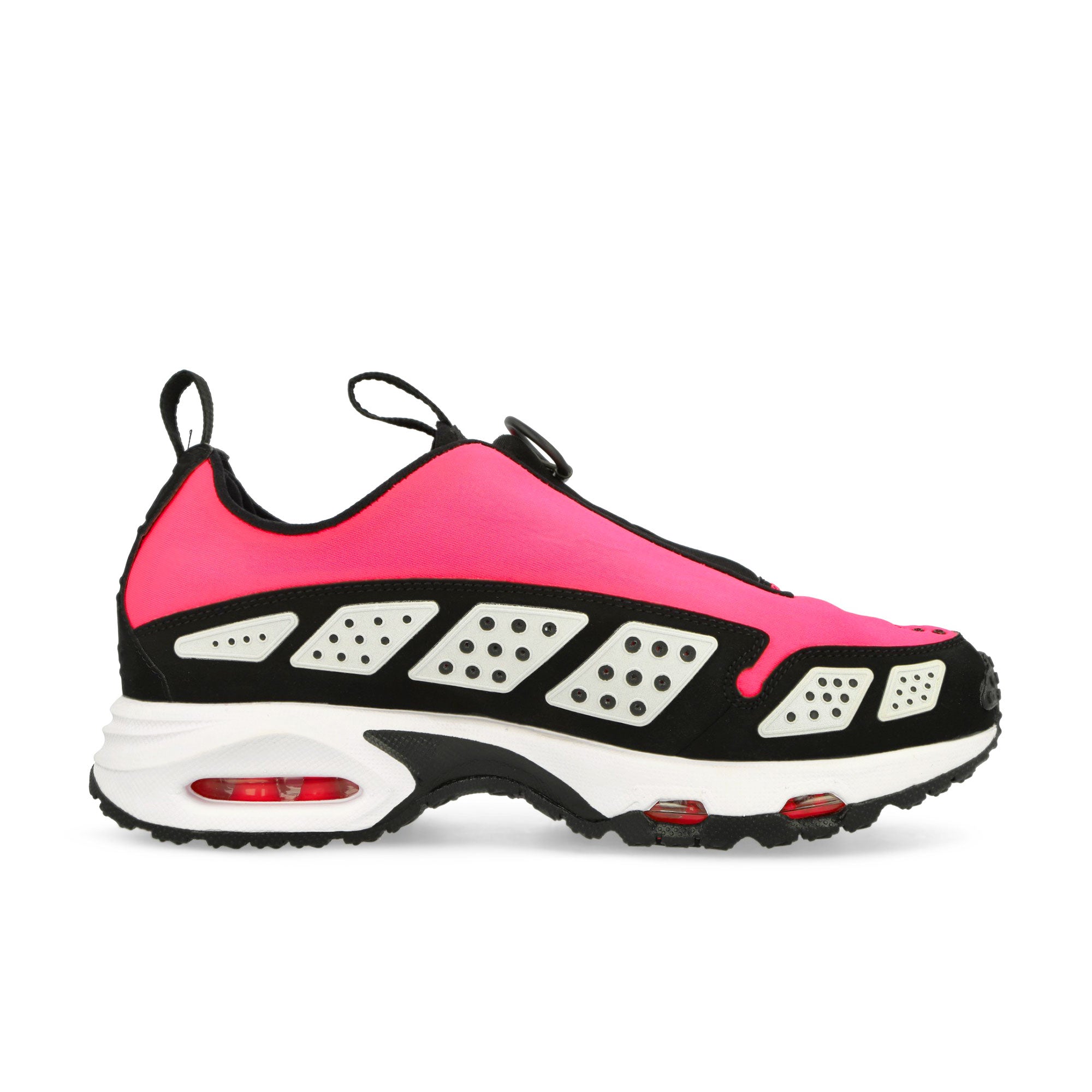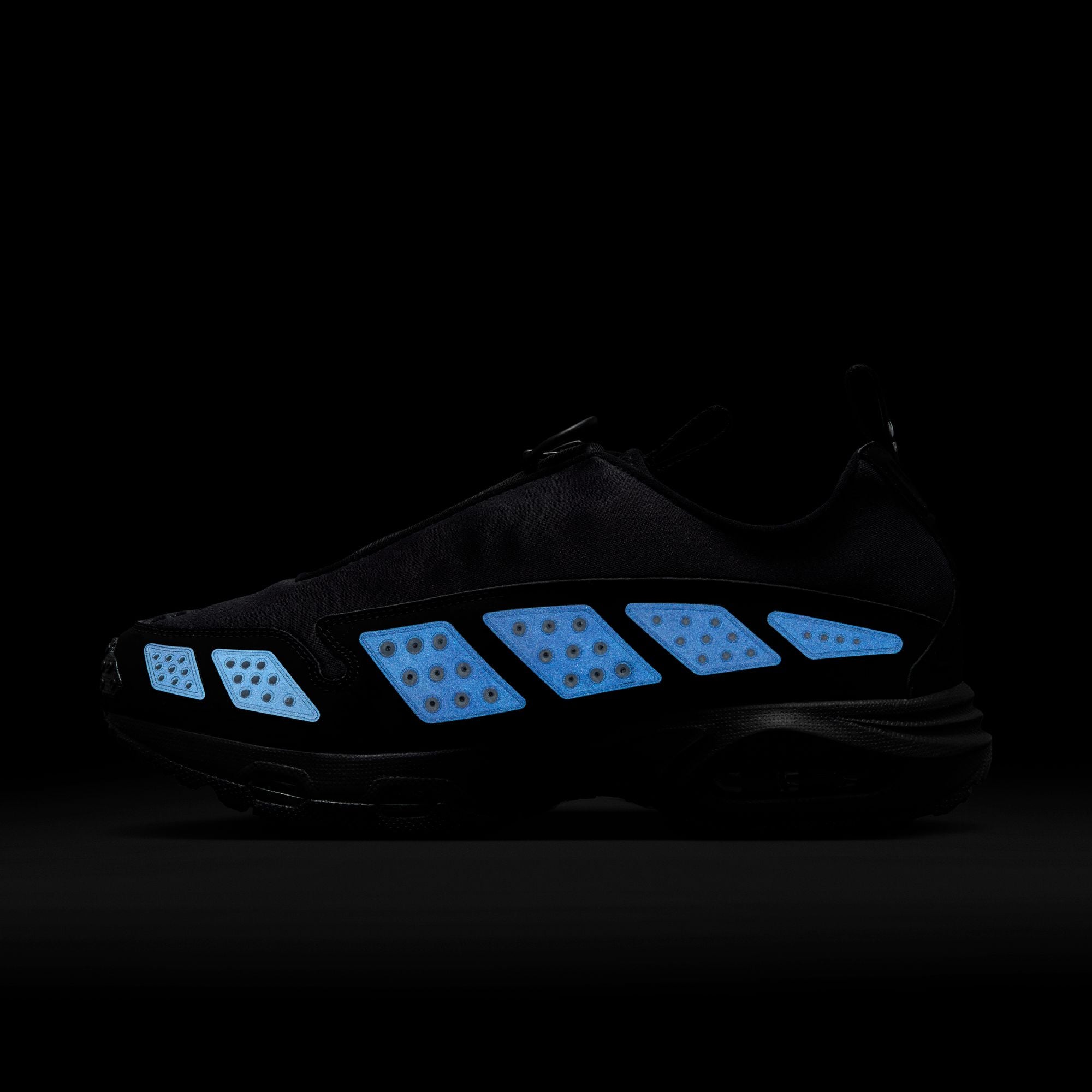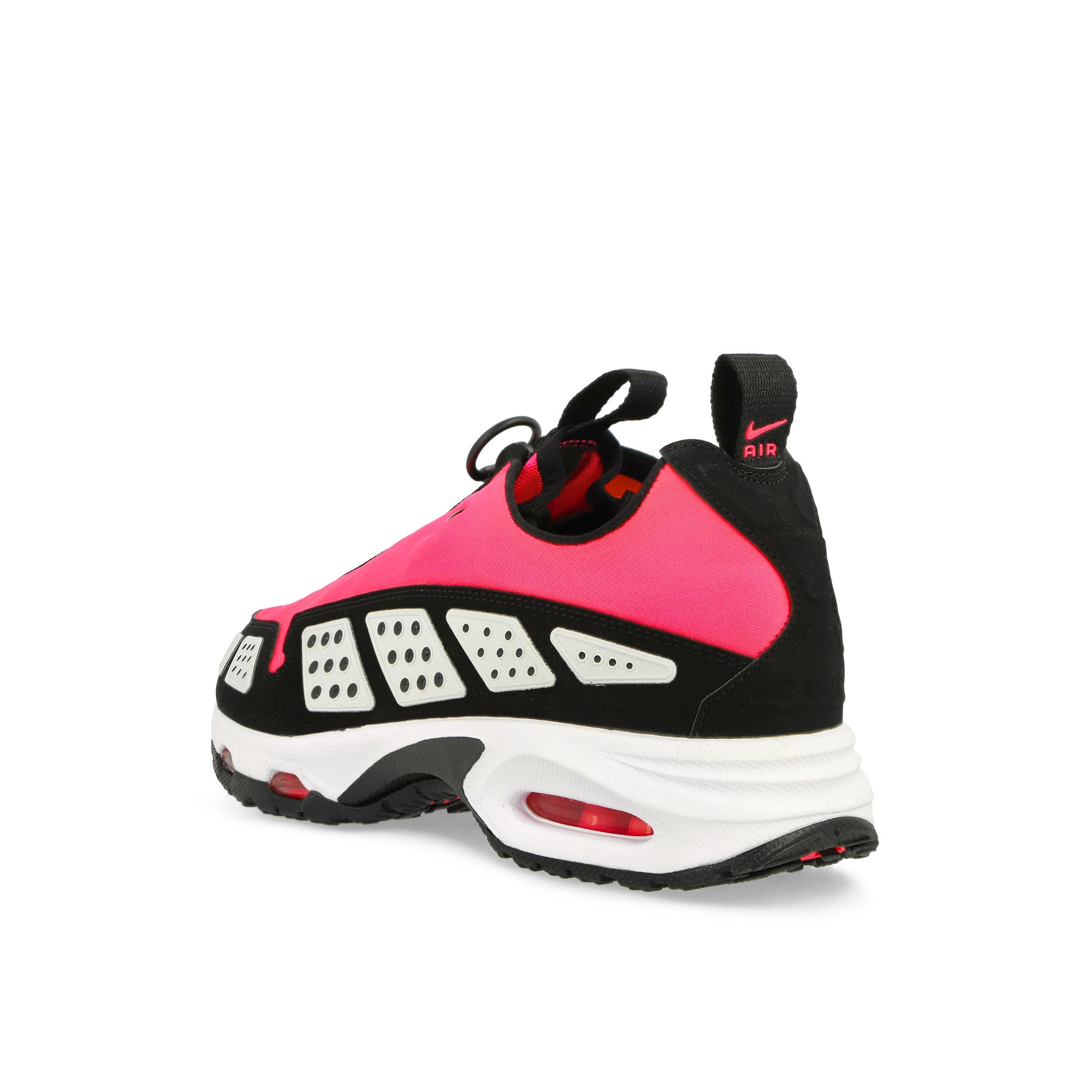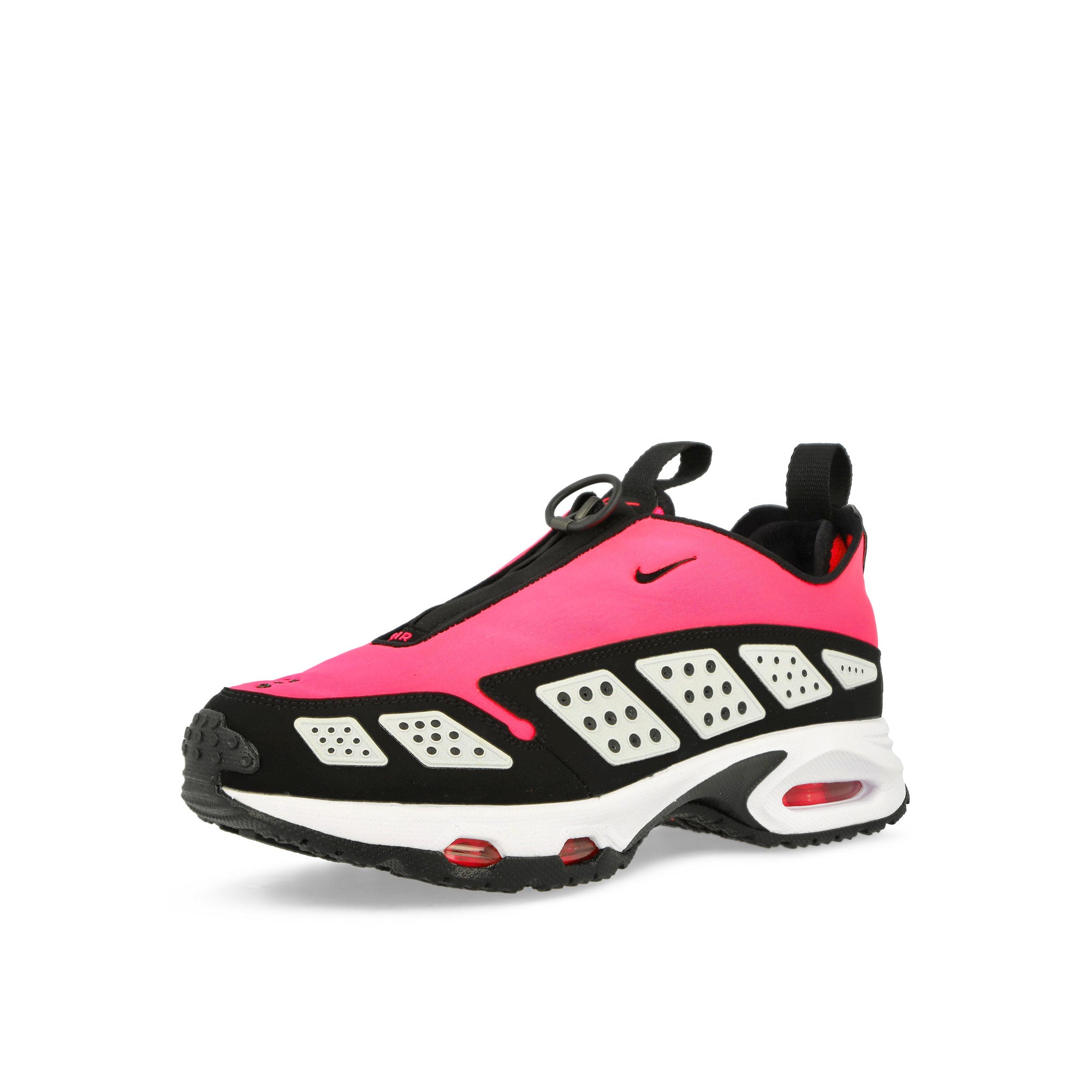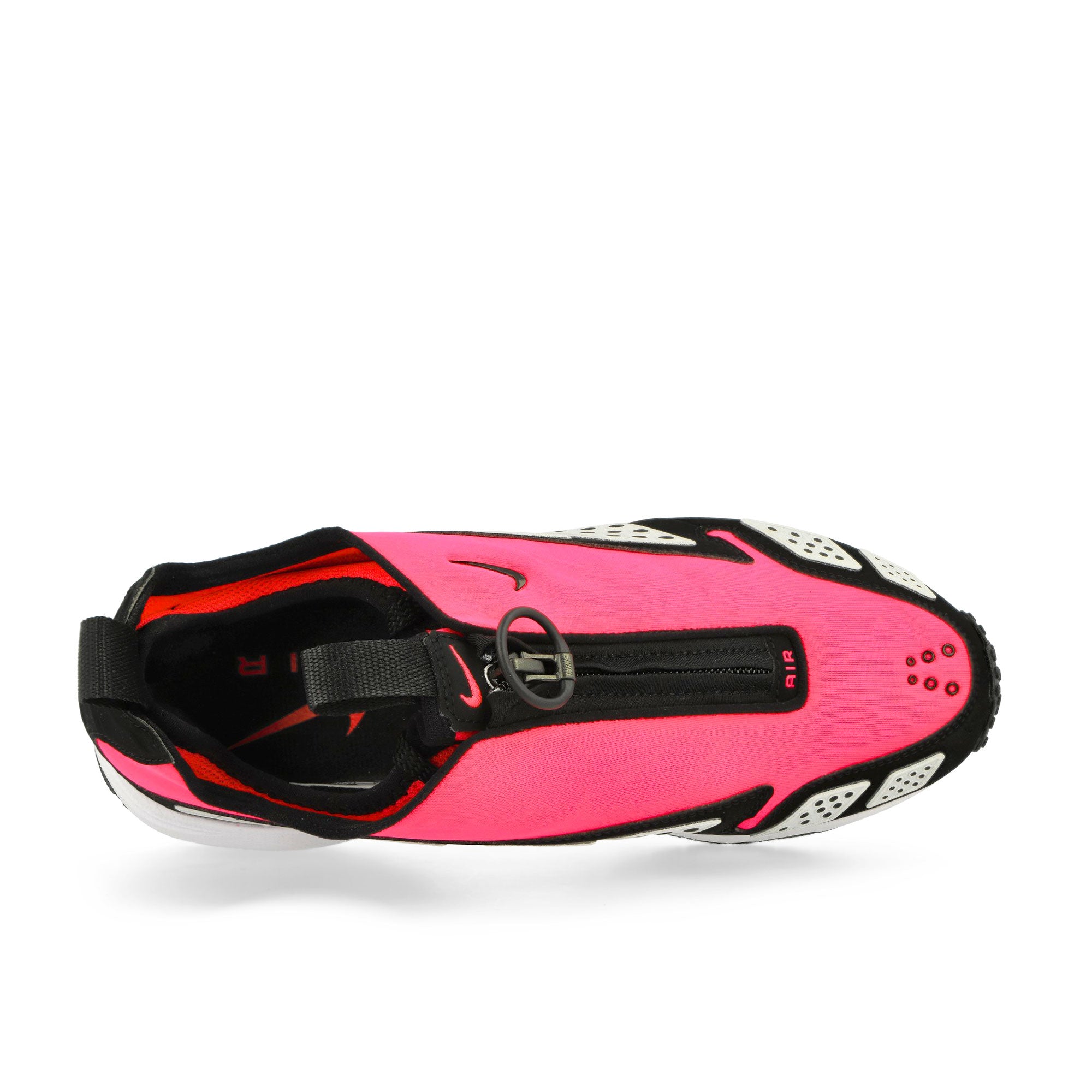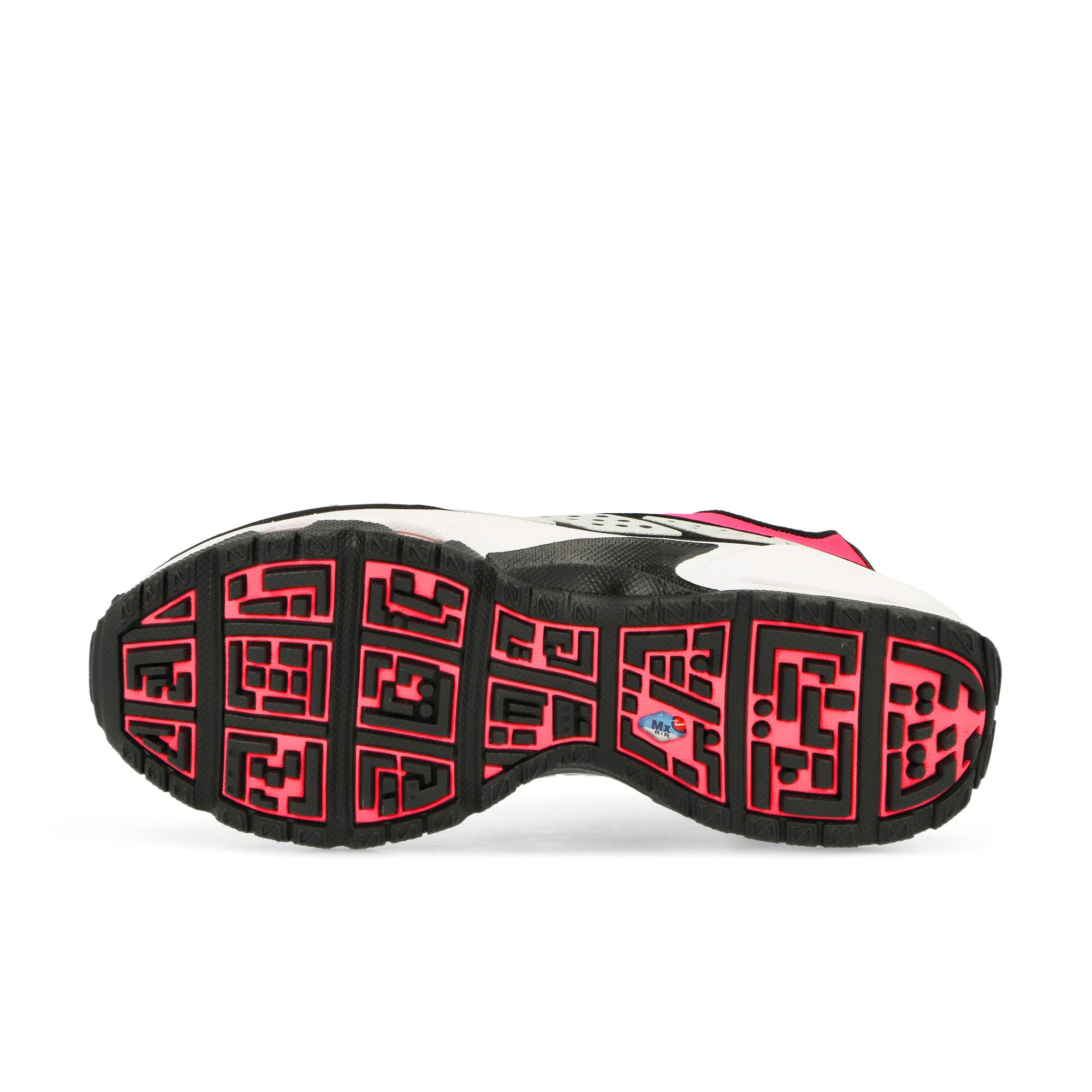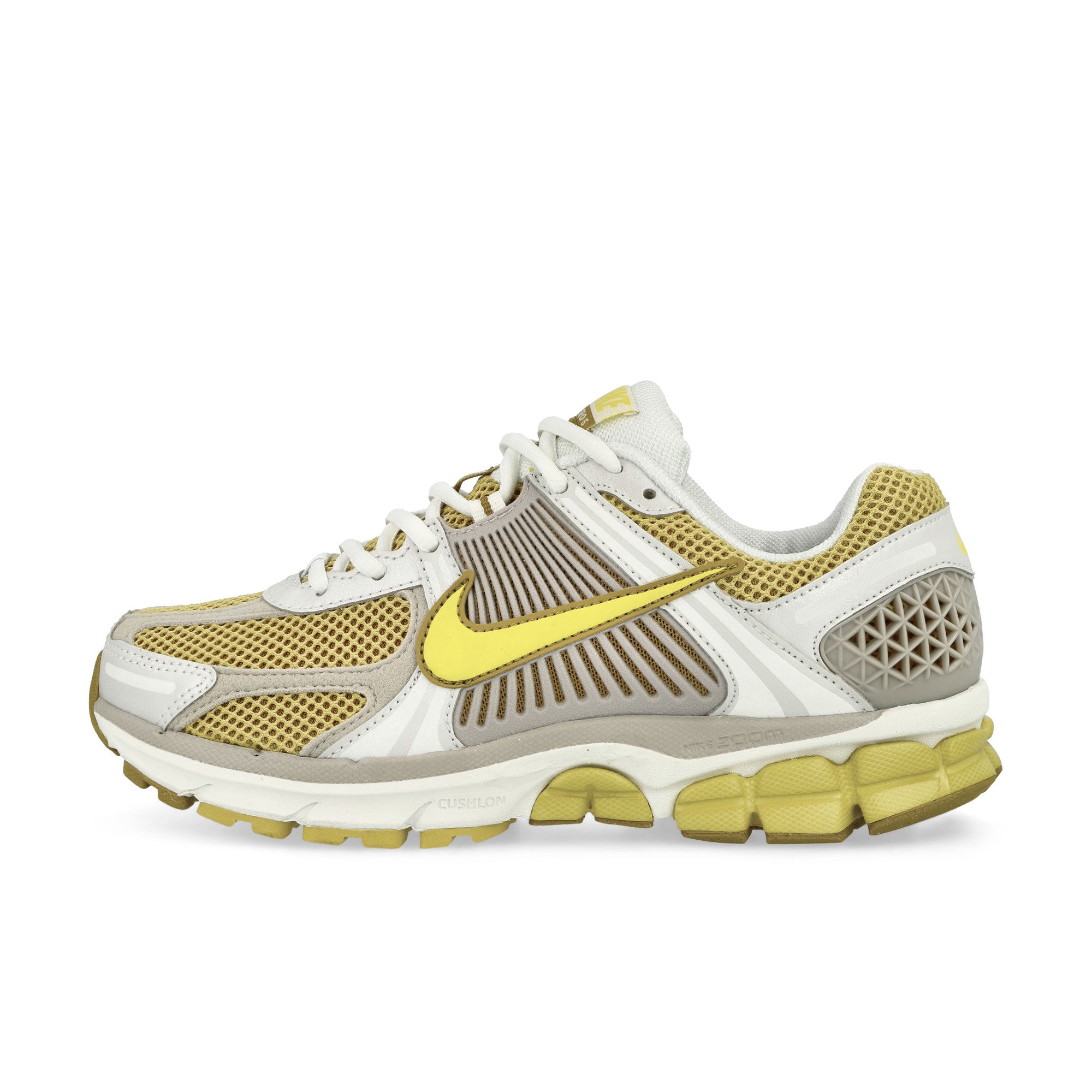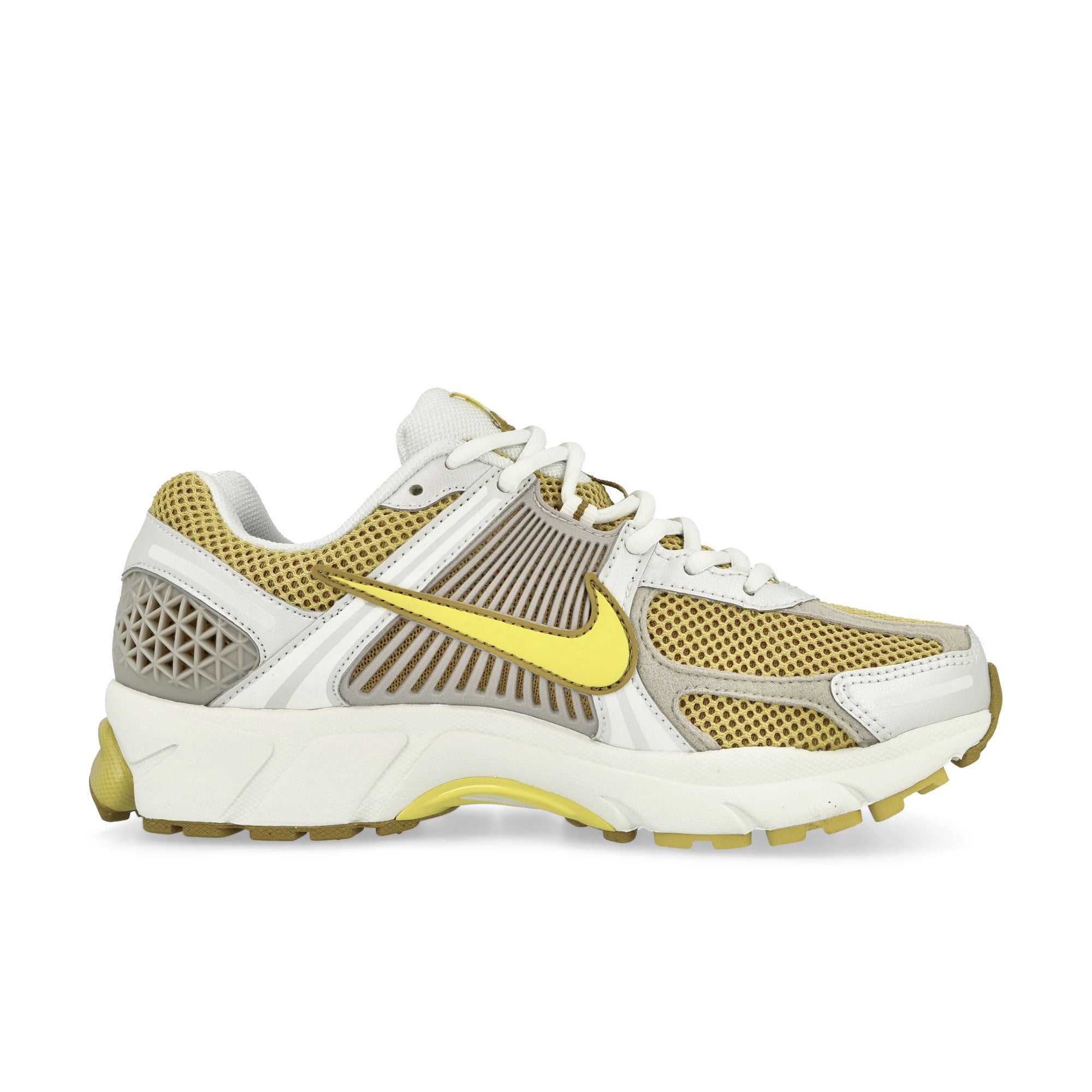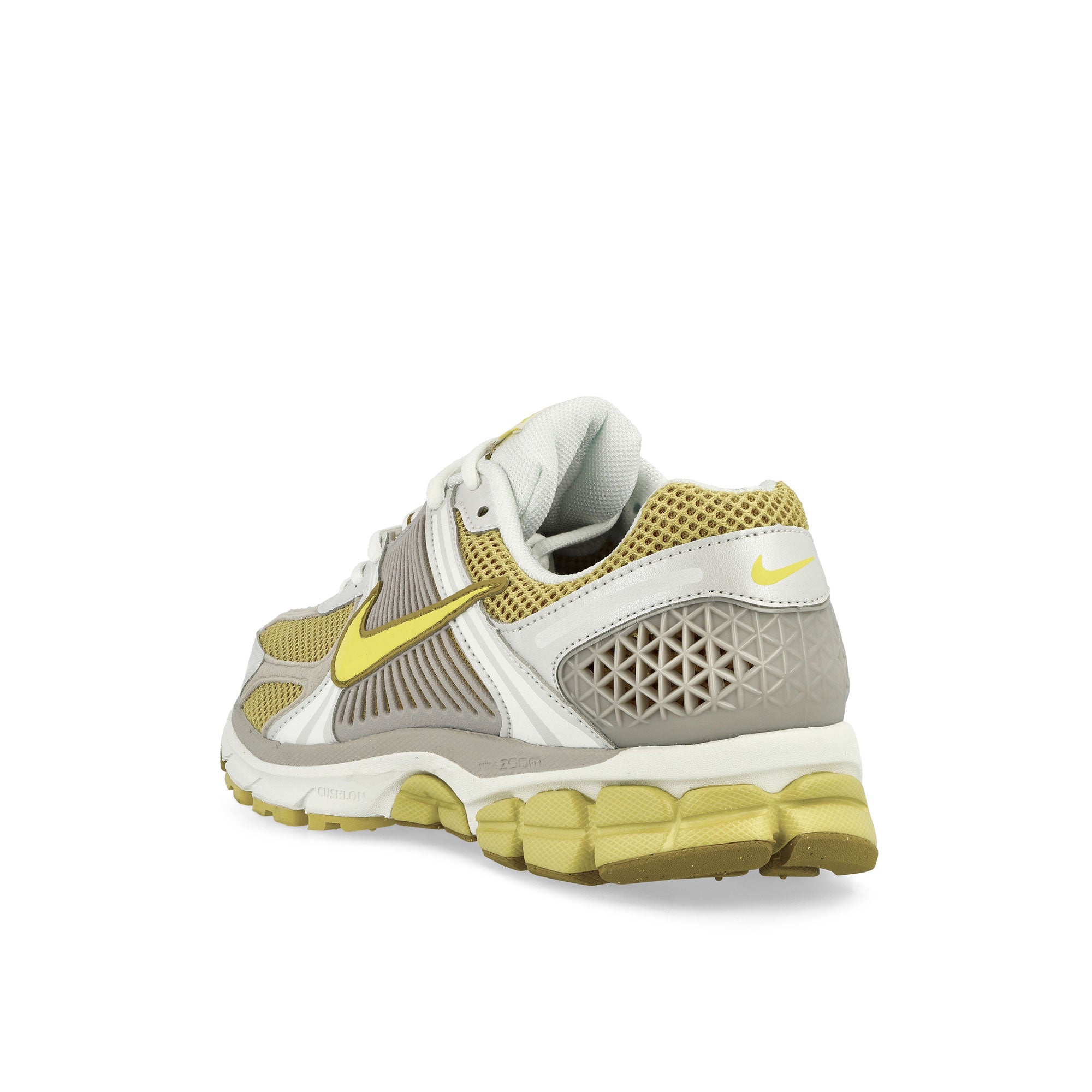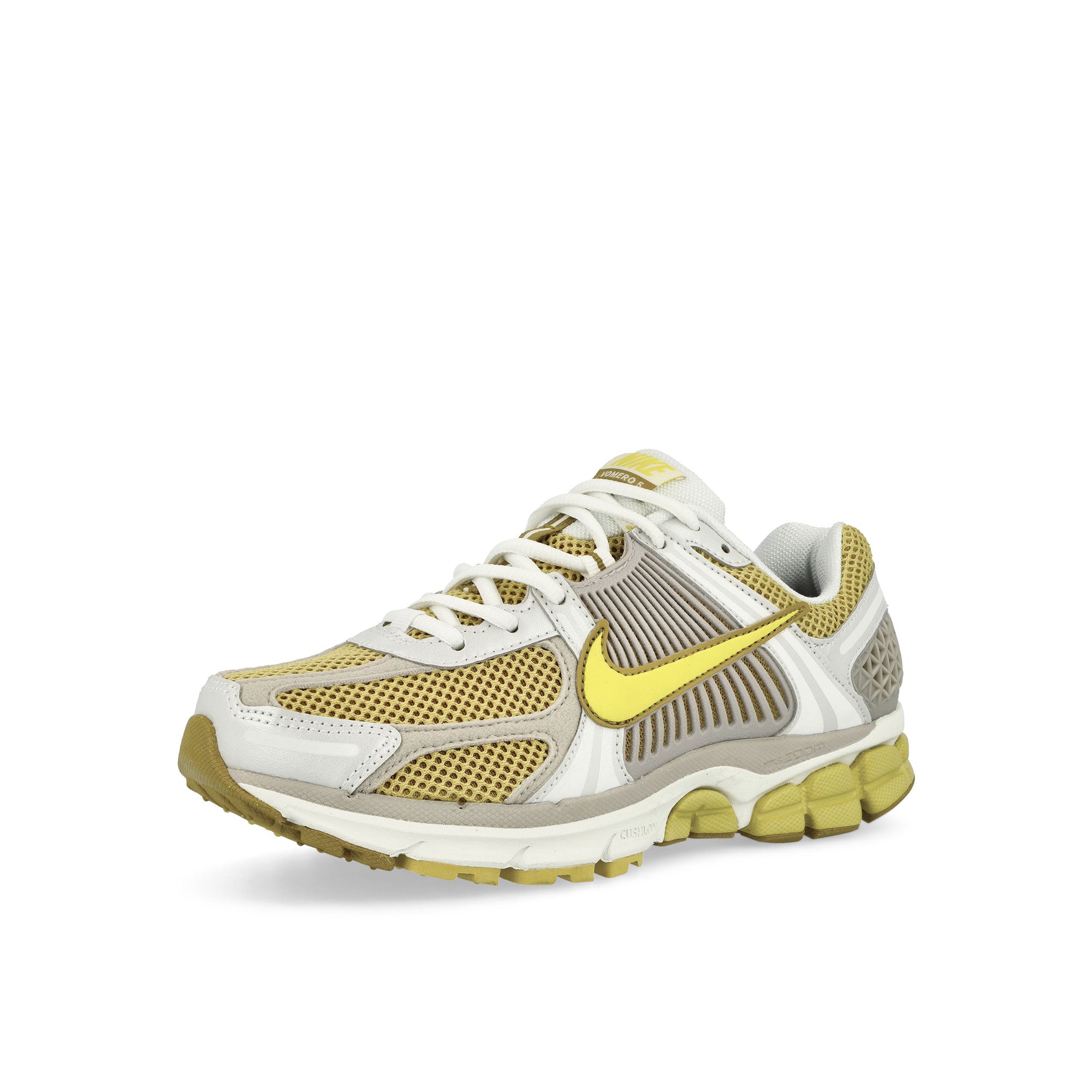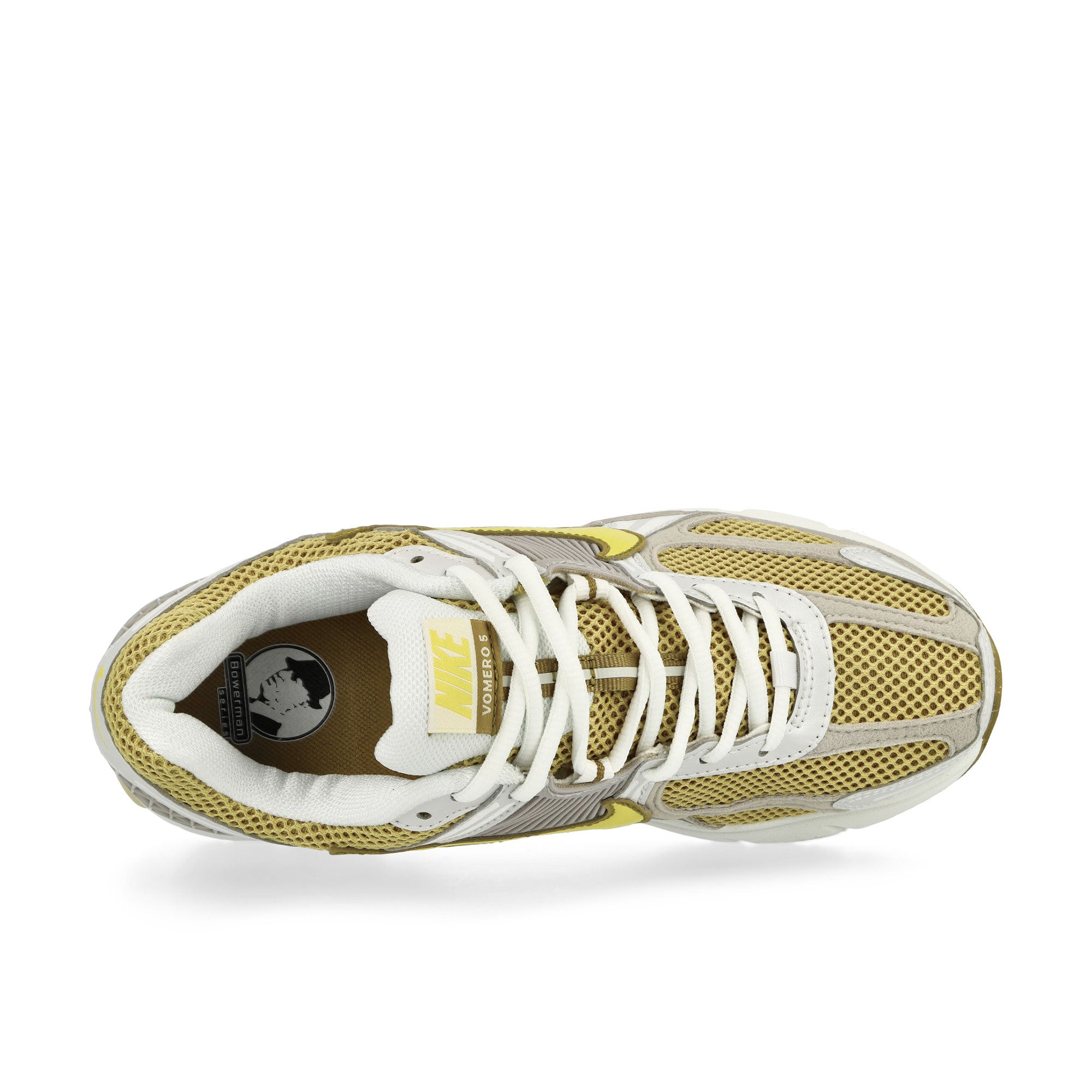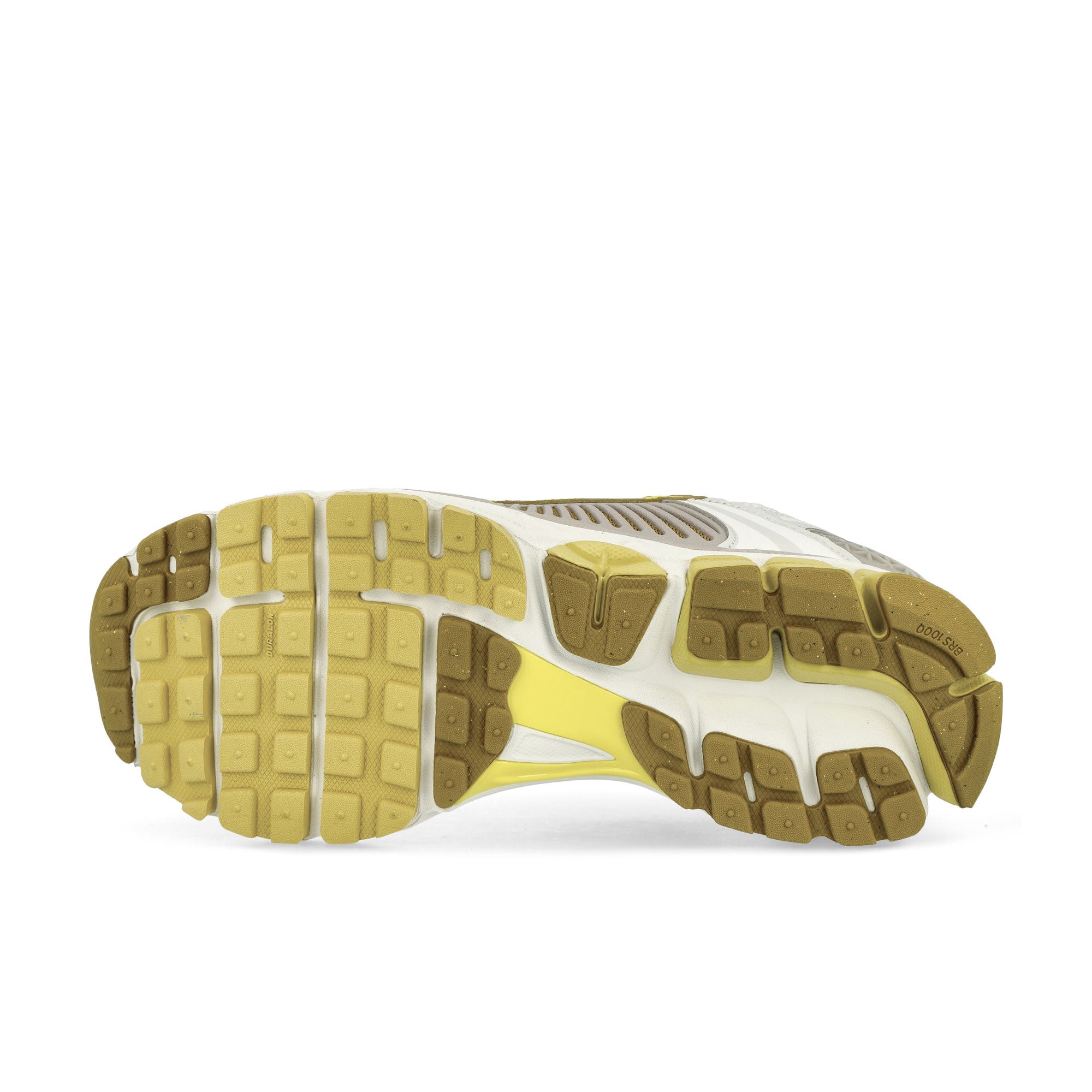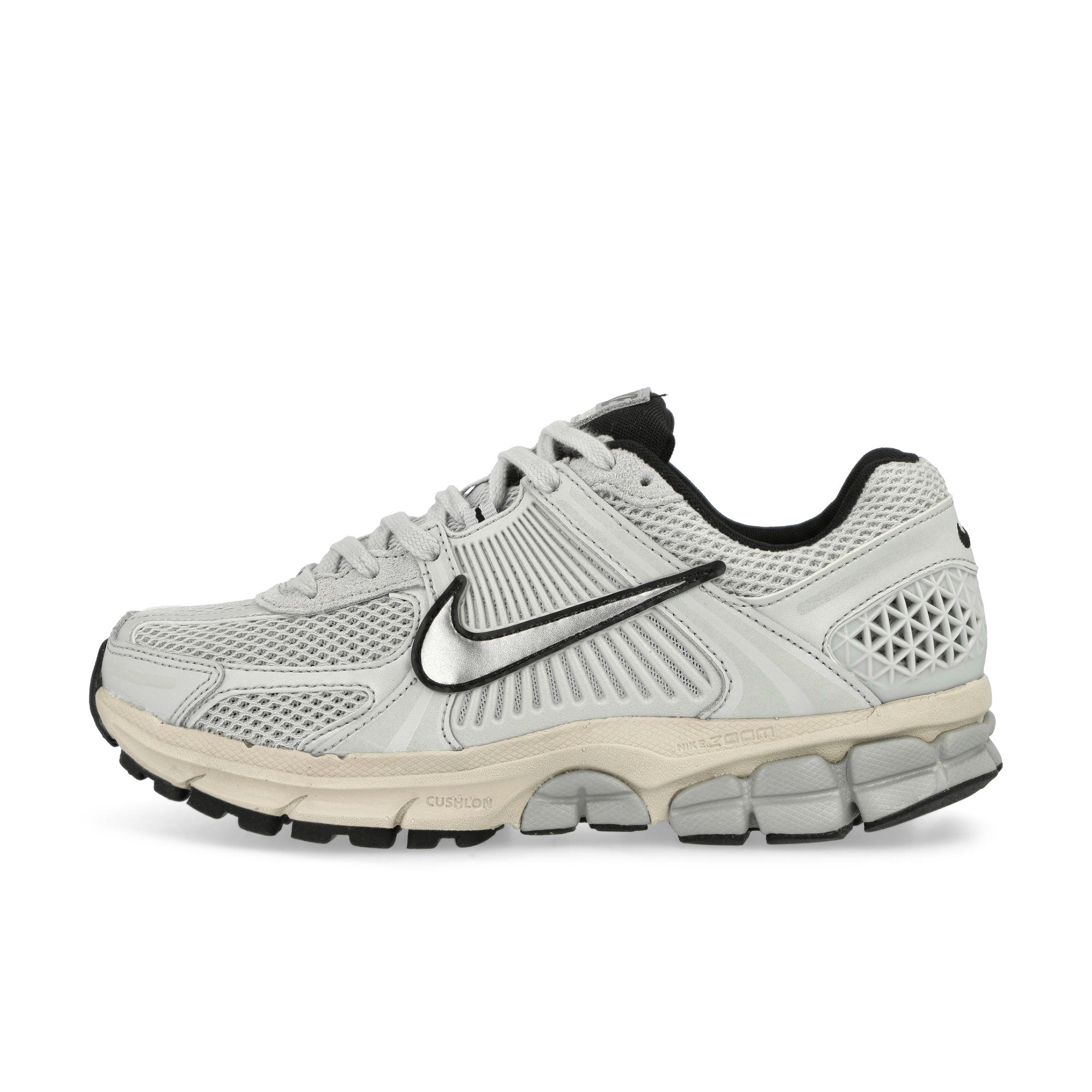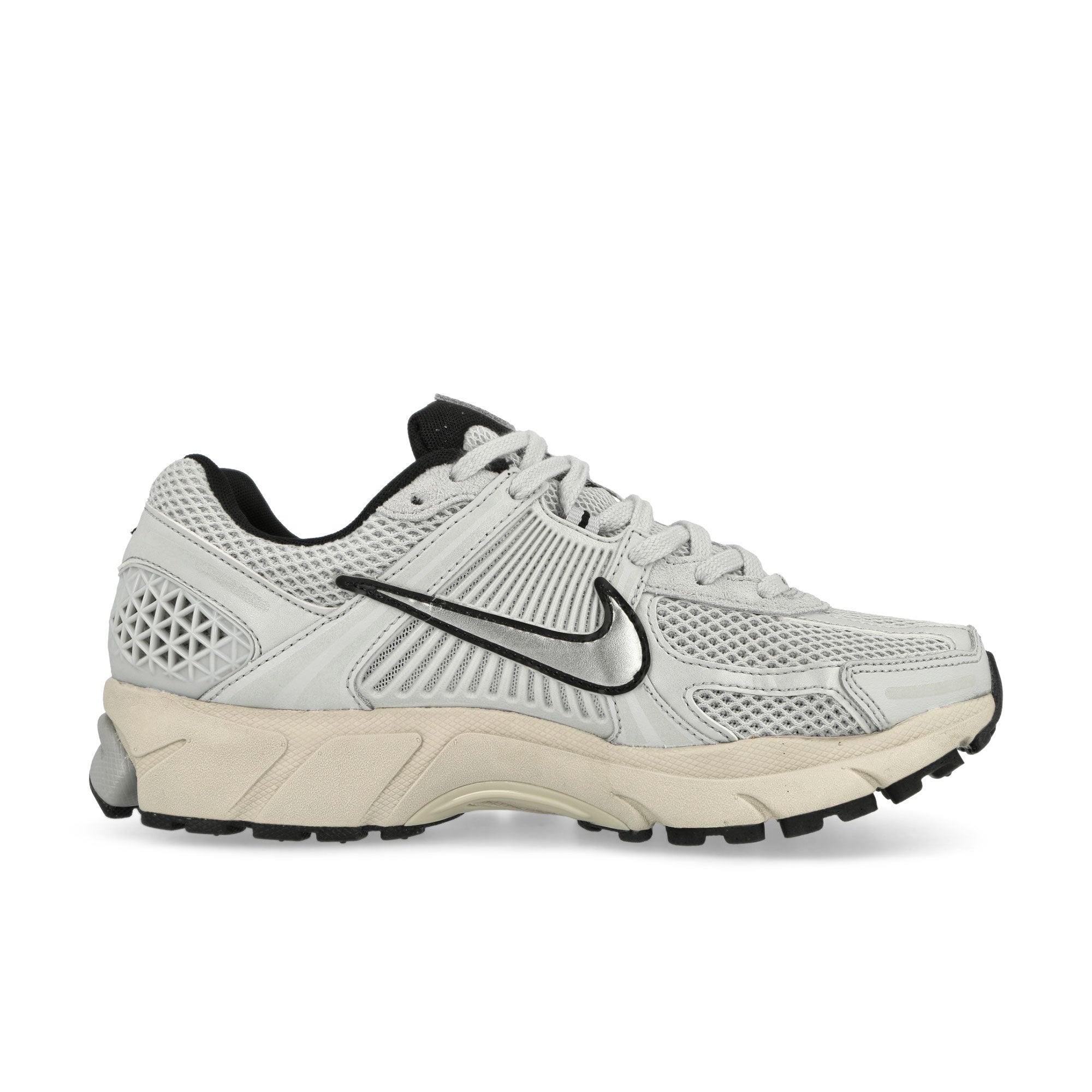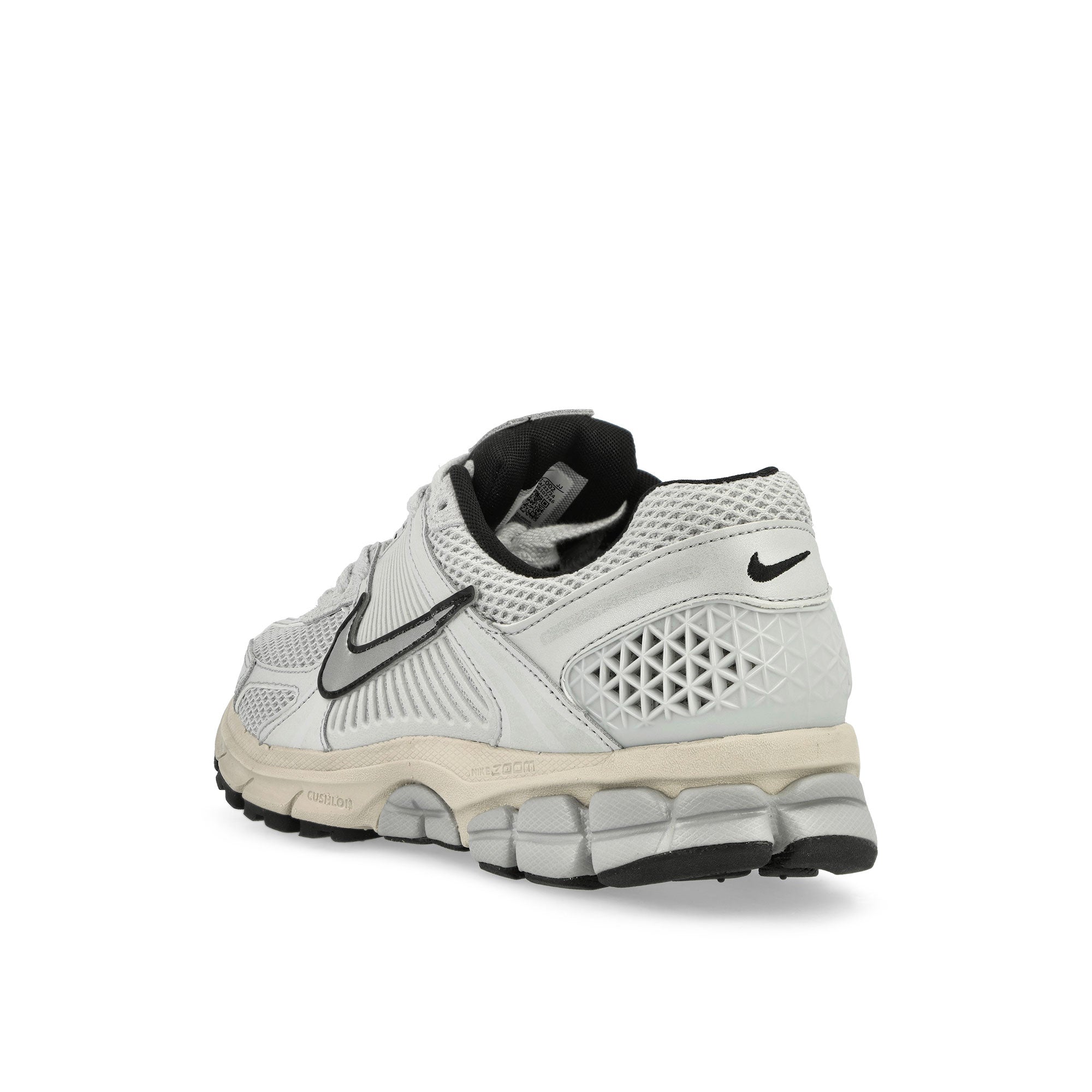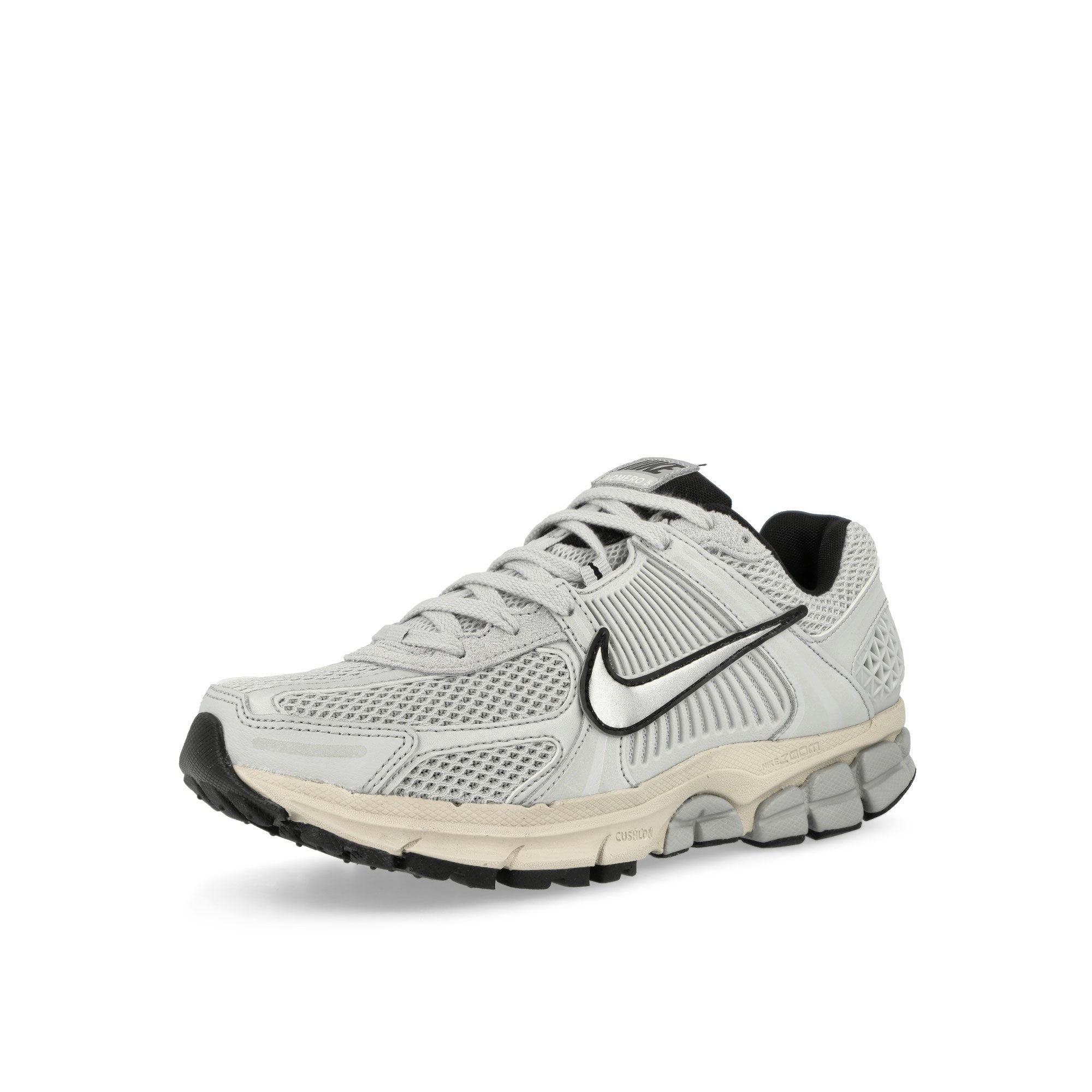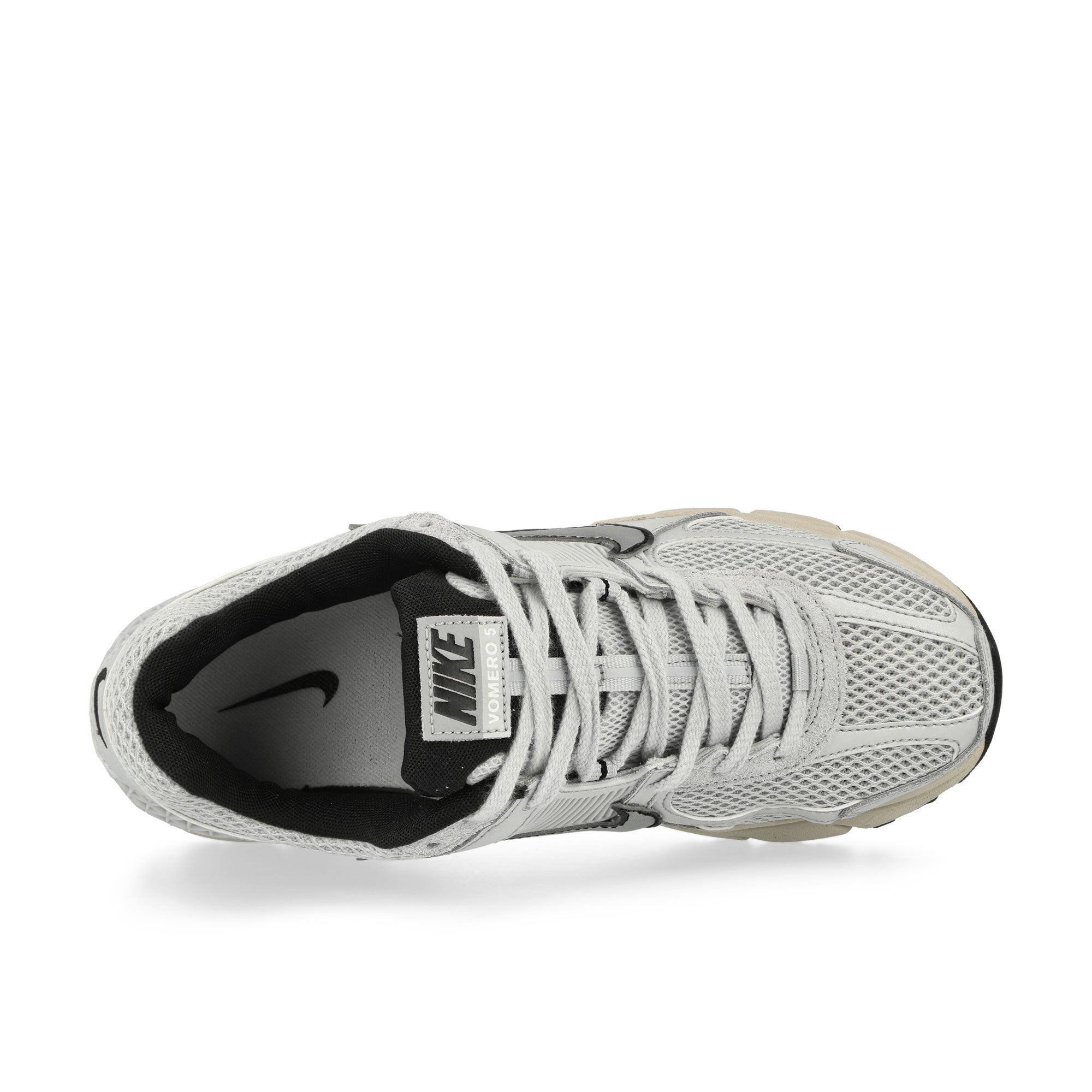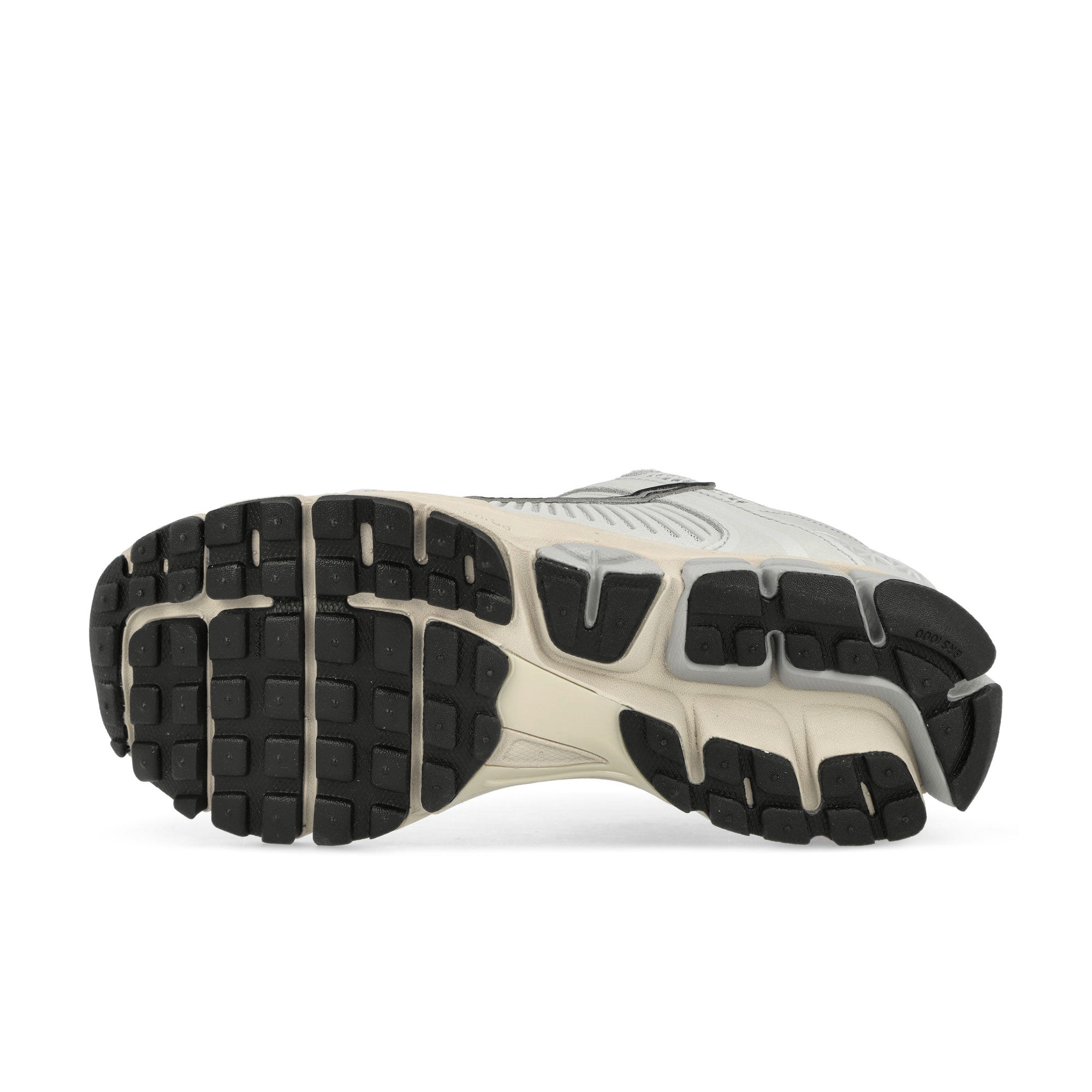After a thorough analysis of these shoes and driven by their own ambition, they renamed the company Nike in 1971 and began producing their own sports shoes.
What does Nike mean?
The name Nike comes from the Greek and means victory and that is what sport is all about.
What does the Nike Logo mean?
Nike is also the name of the winged goddess of victory from Ancient Greek mythology. Design student Carolyn Davidson designed the Swoosh in 1971 and her inspiration were the goddess’ wings.
1972 - Nike Cortez
Both founders were passionate athletes themselves and so Nike initially focused on running shoes. In a new test laboratory, individual aspects were taken into account and together with professional athletes they came up with the perfect Nike running shoe. As one of the first models of the newly created brand, the Nike Cortez was introduced in 1972 and from this point on, things took off for the brand.
1973 - Nike Blazer
Basketball was already incredibly popular in the US in the 70s and Nike came up with the blazer, which was perfect for this sport. The white leather upper with an oversized Nike Swoosh was unmissable and the perfect advertisement for Nike. Later, other versions followed with the Nike Blazer Mid and the Nike Blazer Low, with the low-top version becoming the popular skateboarding sneaker. Today, the Nike Blazer is a popular lifestyle sneaker and the Nike Blazer Mid for women is an absolute trend sneaker.
1974 - Nike Waffle Racer
In search of a running shoe that could be used on different grounds, Bill Bowerman experimented with his waffle iron. He poured liquid rubber onto the hot iron and after cooling down, he had invented the still legendary outsole for his Nike shoe.
1978 - Nike Tailwind - The birth of Air Technology
Former aerospace engineer Franklin Rudy presented his development to Phil Knight in 1977. The idea was to incorporate small cushions padded with inert gas into the sole of Nike shoes to cushion the impact. After several prototypes, the Tailwind 1978 was the first Nike sneaker with Nike's Air technology and the start of a revolution in the sneaker game.
1982 - Air Force 1
Nike's Air Force 1 High has been around for almost 40 years and is one of the brand's most popular sneakers. It was the first Nike high-top basketball sneaker with the Air technology, as the cushioning was especially needed when jumping and landing. In terms of marketing, Nike has always been one step ahead of all other brands, which is also noticeable in the model name of the Nike AF1. The model was named after the US president's plane, which was supposed to suggest exclusivity and a premium feel for the buyer. From the basketball court to the street, when the Nike Air Force 1 Low was introduced in 1983, the success of the model as a lifestyle sneaker was unstoppable. Basically, the Air Force 1 in white set the trend for white sneakers, but also in all-black, the Nike Air Force 1 makes quite a statement. With the Air Force 1, Nike has managed to create a timeless shoe that is popular both as a women's or men's sneaker. For the 25th anniversary, Nike has given the Air Force a few small extra makeovers. The Nike Air Force 1 07 LV8 has a slightly thicker midsole and is currently one of the brand's most sought-after models.
1982 - Nike Internationalist
With the Nike Internationalist, Nike presented another running sneaker in 1982. It made its debut at the New York Marathon and immediately won over runners, becoming the world's best performance sneaker for long distances. Today, the Nike Internationalist is a popular retro sneaker and as Nike Wmns Internationalist especially popular as a sneaker for women.
What does Nike Wmns mean?
With this term Nike describes sneakers for women, the Wmns stands for Womens. There are special colorways or modified versions of Nike sneakers, which are aimed at the female target group.
1985 – Nike Air Jordan 1
Michael Jordan was already one of the best basketball players of his time in the mid-80s. No wonder Nike secured the services of the "Rookie of the Year" and equipped him with a signature model. The Nike Air Jordan 1 high-top basketball sneaker had its debut in 1985 and has had legend status ever since. From then on, every new NBA season also featured a new model of Nike Air Jordan and the hype around the Jordan Brand grew bigger and bigger.
1985 – Nike Dunk
As a successor of the famous Air Force 1, Nike presented the Dunk High in 1985. Basketball continues to be one of the most popular sports in the USA and especially the college teams magically attracted fans. "Be true to your school" was Nike's marketing slogan and so they designed the model in the colors of the twelve most successful teams. Besides the basketball court, the flat version, the Nike Dunk Low, found many fans especially among skateboarders. With the flat sole and good cushioning, one had the perfect grip on the board. The career of this model has also not passed Nike, which is why they founded Nike SB (Skateboarding) in 2002 and perfected the Dunk models for the sport.
1987 – Nike Air Max 1
Air technology has been incorporated into a wide variety of Nike sneakers, but it finally became visible with the Air Max 1. The AM1 was given a small window in the midsole and was the first model in the Nike Air Max series.
In 1988, Nike advertised with the slogan "Just Do It" and took it literally themselves, because since 1989 Nike has been the largest and best-selling sporting goods manufacturer in the world. The foundation was laid with various technological innovations, as well as the symbiosis of marketing and the success of the athletes, which Nike had under contract. These were the perfect advertising medium for the brand's products and performance sneakers became lifestyle sneakers from Nike.
1990 – Air Max 90 aka Air Max III
The Air Max 90 was the third sneaker from Nike, which had the visible Air window. The model was designed by Tinker Hatfield, who was also responsible for the Air Max 1. For the 30th anniversary of the model, Nike reissued various original colorways and named the model Air Max III, in reference to the model name from 1990.
1991 – Air Max 180
No other than "His Airness" Michael Jordan himself promoted the shoe in TV commercials. The latest model from the Nike Air Max series had a continuous bubble in the sole, a 180 degree cushioning.
Also in 1991, Nike presented the Huarache, which was again penned by Tinker Hatfield. The goal of the extravagant design was to reduce the Nike running shoe to the most necessary. Inspired by water skiing, Hatfield designed a neoprene sock that hugs the foot, held in place by leather overlays and a rubber strap. Legend has it that Nike didn't want to release the sneaker at first, the missing Swoosh and the look were a bit unusual, but they thought better of it and the Nike Huarache became a huge success. In 2021 the model celebrates its 40th birthday and on the occasion of this anniversary there will be some reunions with original colorways of the Nike Huarache. During the 90s, Nike has continued to expand its supremacy. Legendary models, with or without Air system, were released and Nike has determined the sneaker trends.
1995 – Air Max 95
Sergio Lozano, who previously designed products for Nike ACG, brought a breath of fresh air to the Air Max range in 1995. When designing the Nike Air Max 95, he was inspired by the human anatomy. The model had layered panels on the side, which resembled muscle fibers and nylon eyelets for the laces, which were modeled after ribs. The model was mainly gray, but the Air system and some highlights in neon yellow or Volt as Nike calls this color. The Air Max 95 was also the first model from Nike, which also has the Air system in the forefoot area.
2000 – Nike Shox
After an incredible 16 years of research, Nike introduced Shox technology in 2000. The small rubber columns act like springs by absorbing shock while running and returning the energy to the runner. The whole Nike Shox series was way ahead of its time and is still hot 20 years later. If you're looking for a futuristic sneaker that's comfortable to boot, the Nike Shox is definitely the model for you.
In 2003, Nike bought out its competitor Converse. Models like the successful Converse Chuck Hi are modernized with new technologies. Lunarlon is introduced in 2009 and is another cushioning technology from Nike. Converse's Chuck Hi gets a Lunarlon insole to make the model's un-cushioned appearance more comfortable.
In 2012, Nike introduces Flyknit, another technological achievement from the brand. Flyknit uses lightweight but high-strength fibers which are knitted together to create a sock-like construct. Nike Flyknit provides support where it is needed, yet is flexible and breathable.









